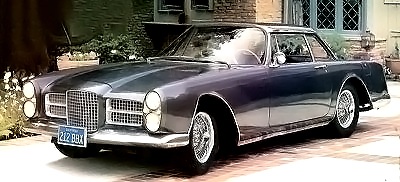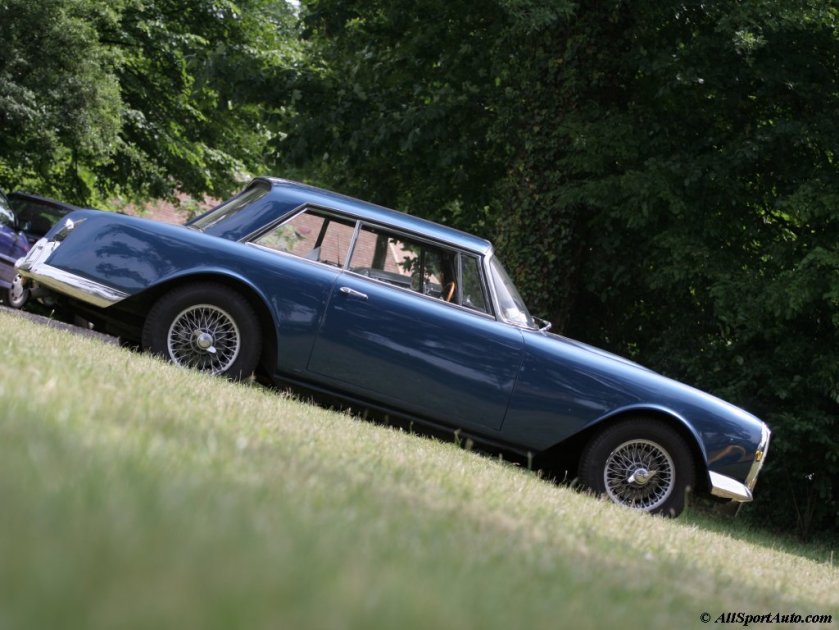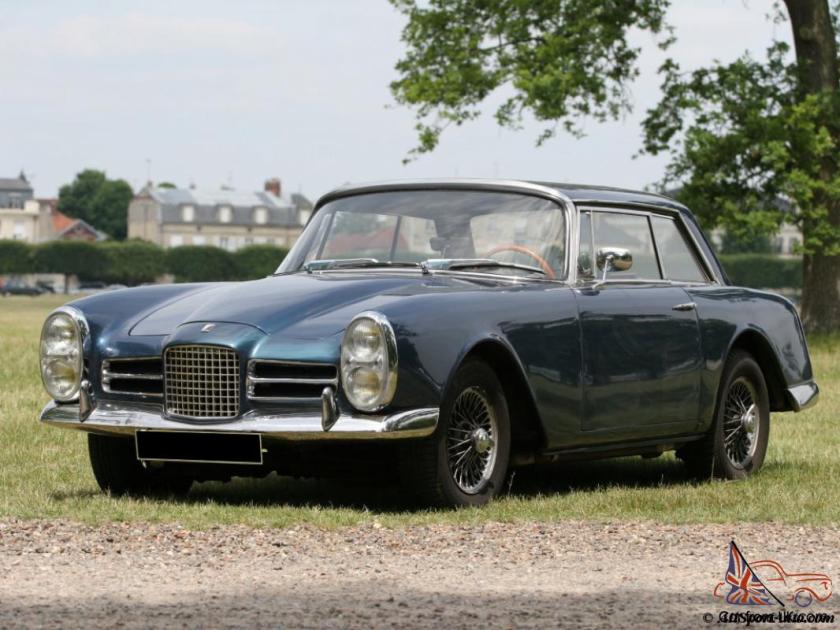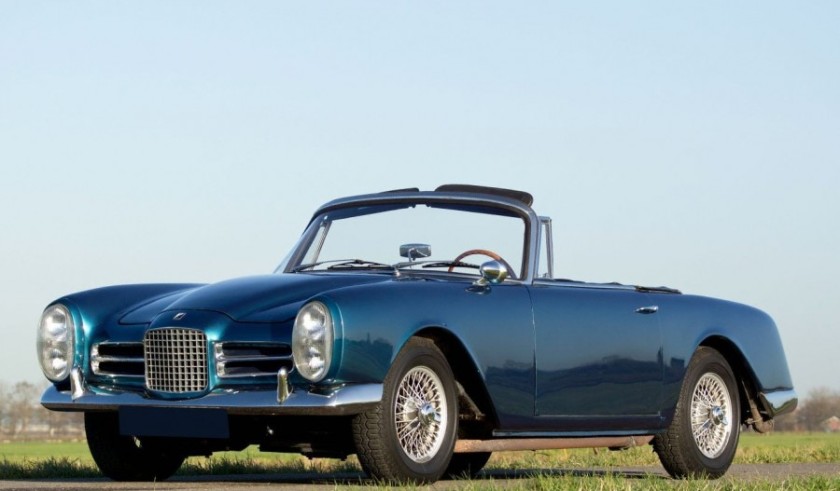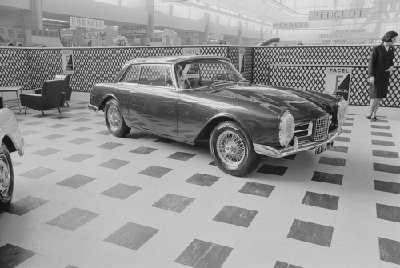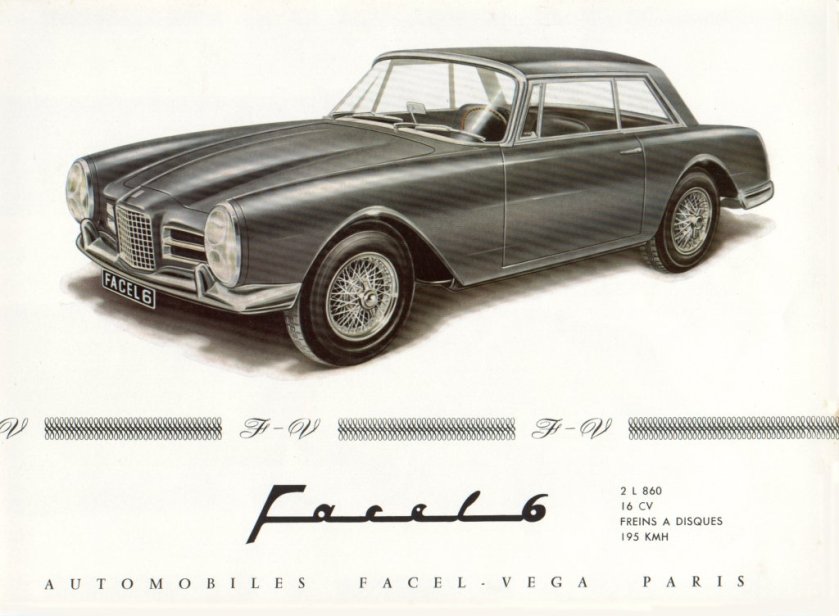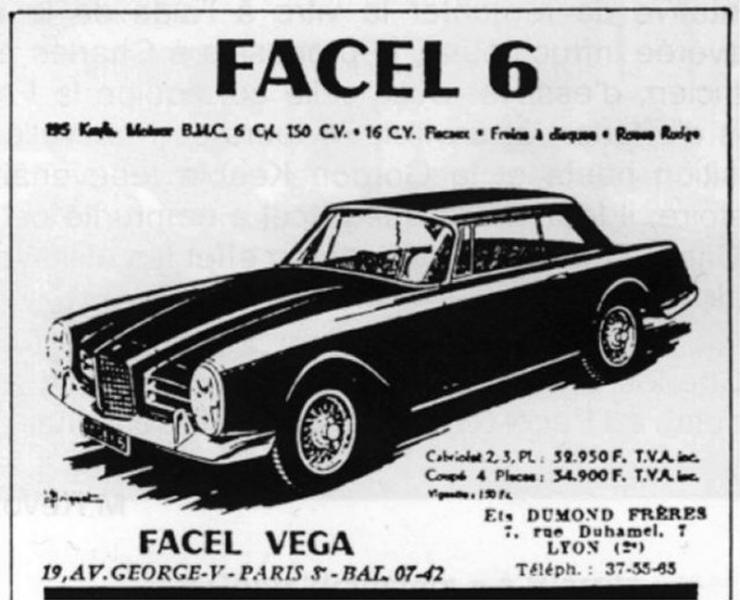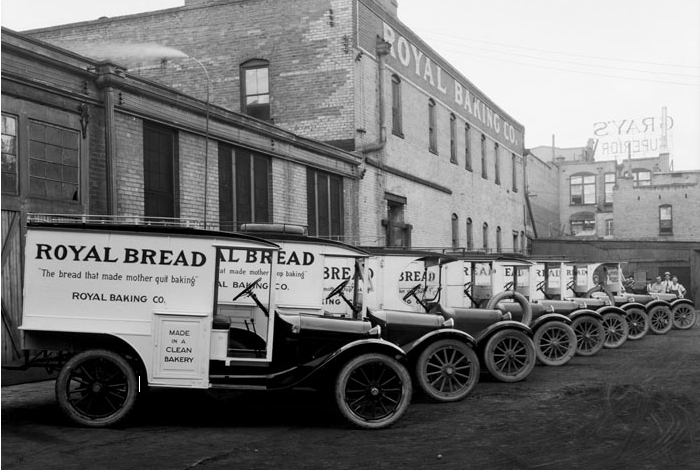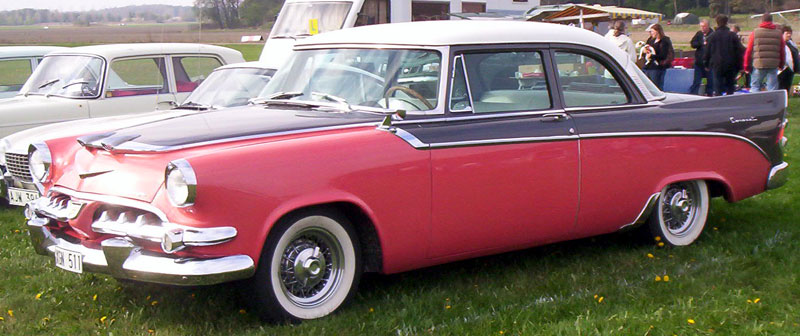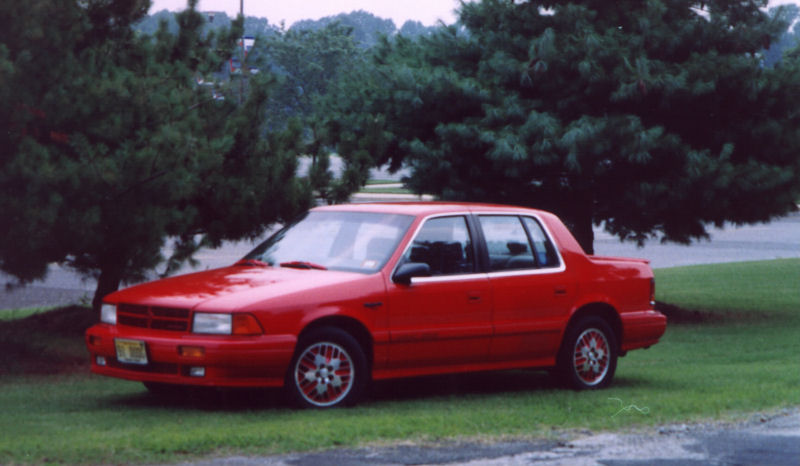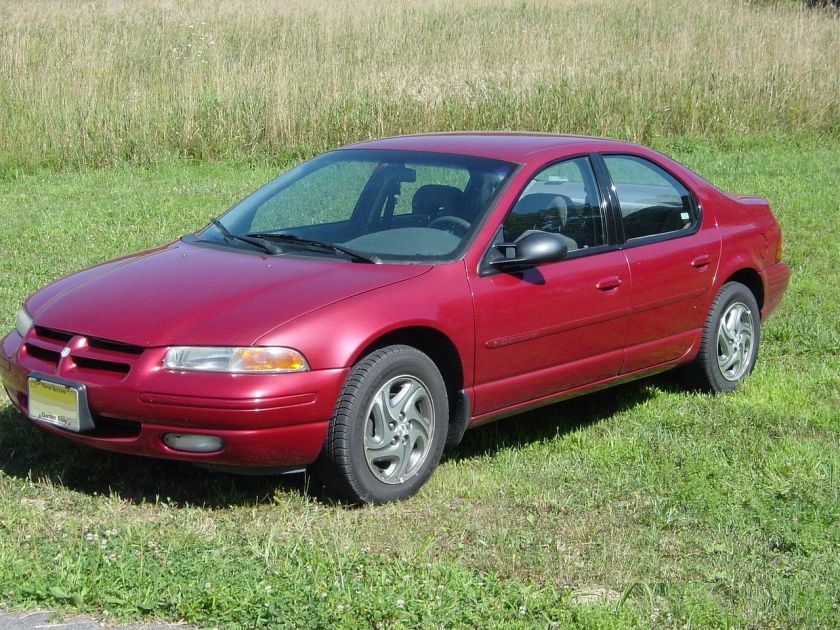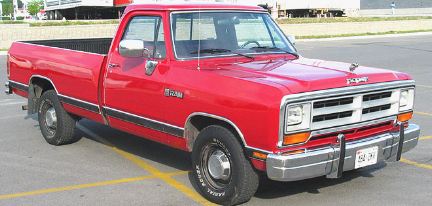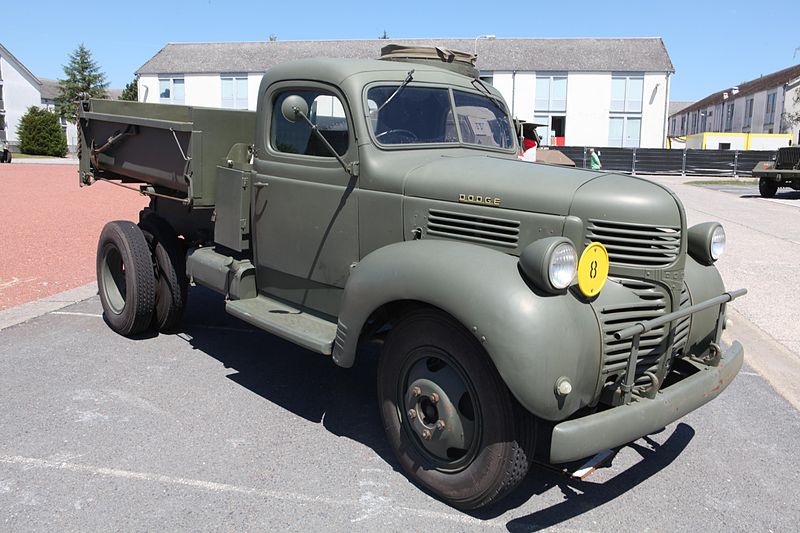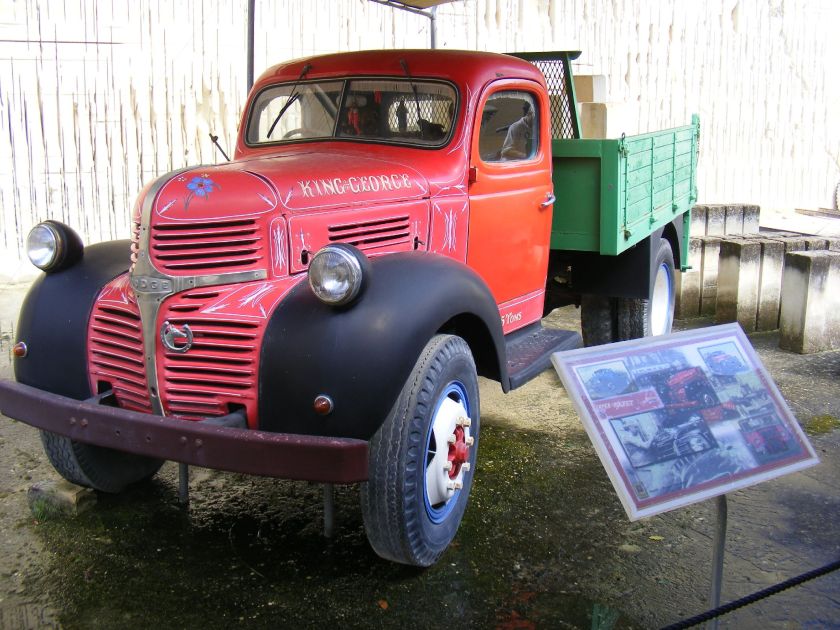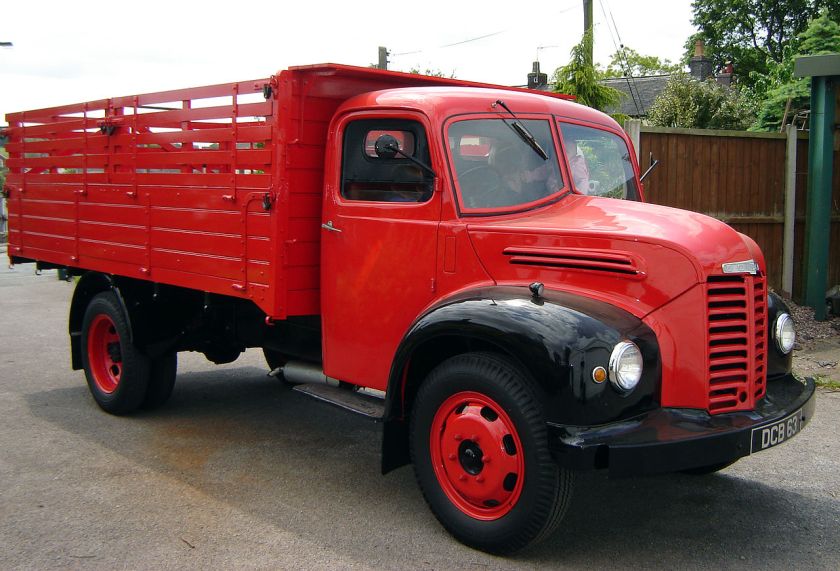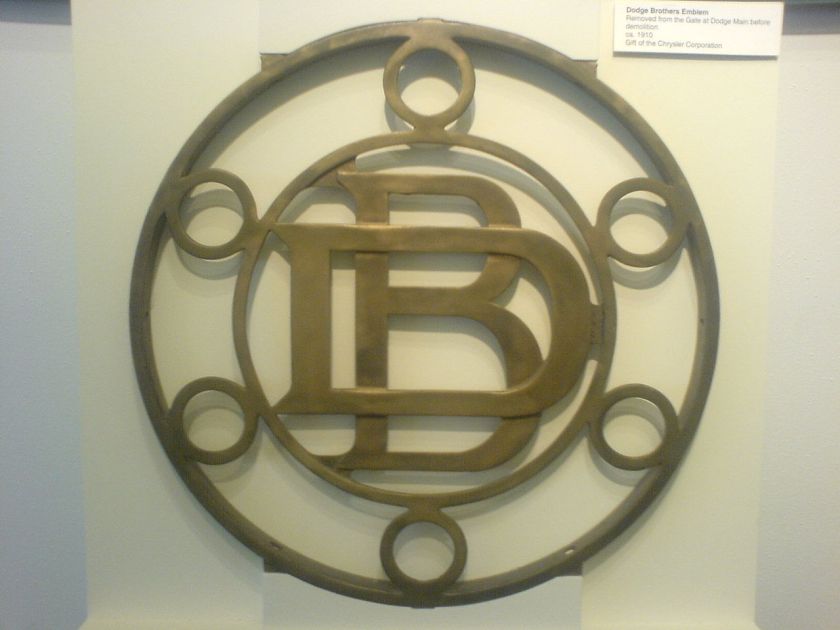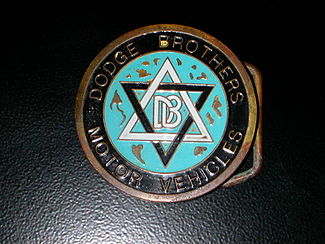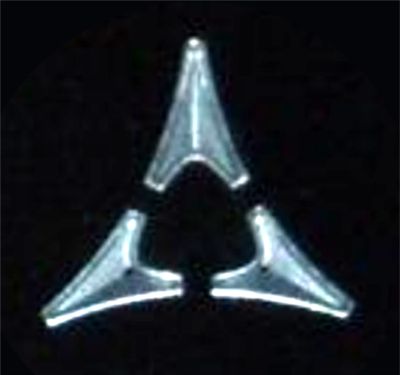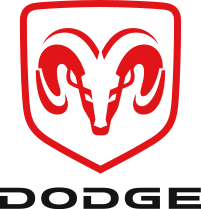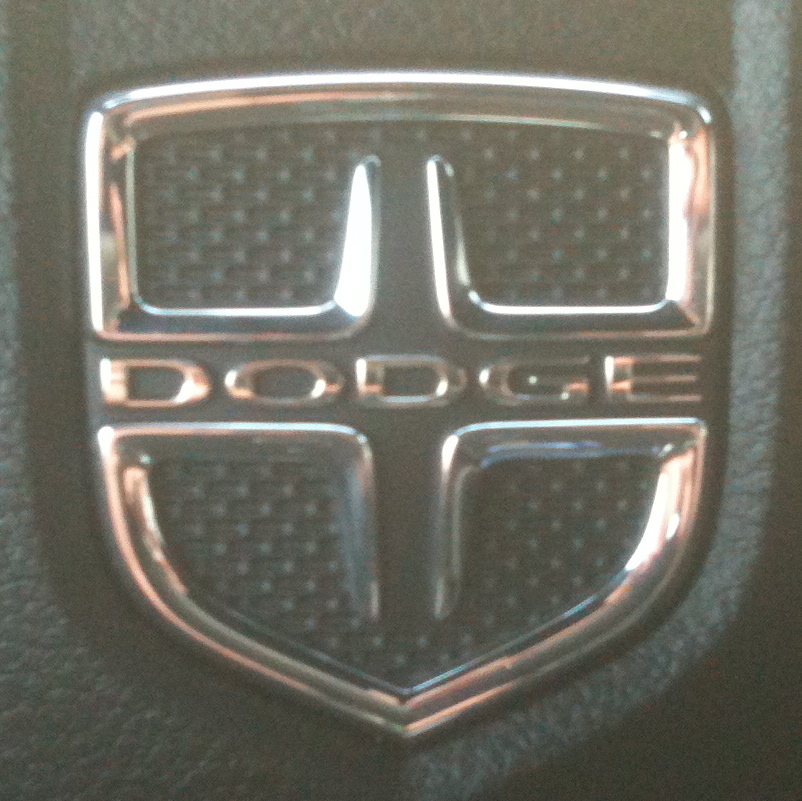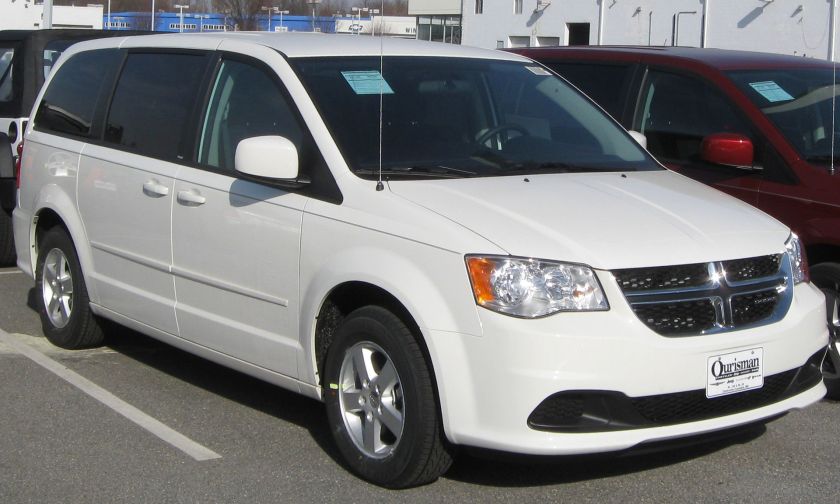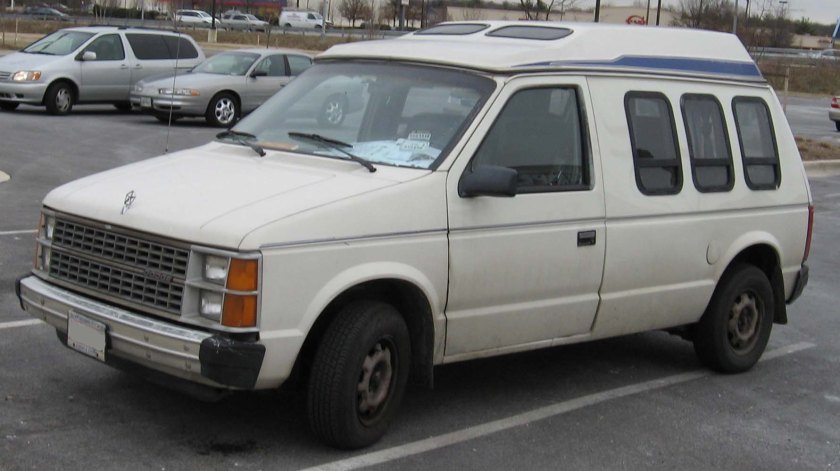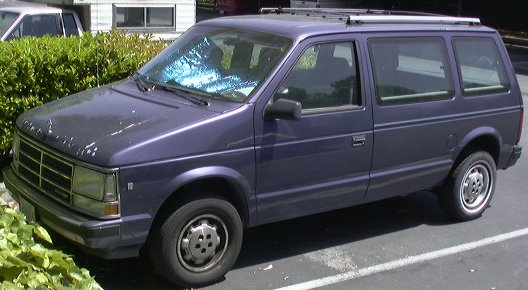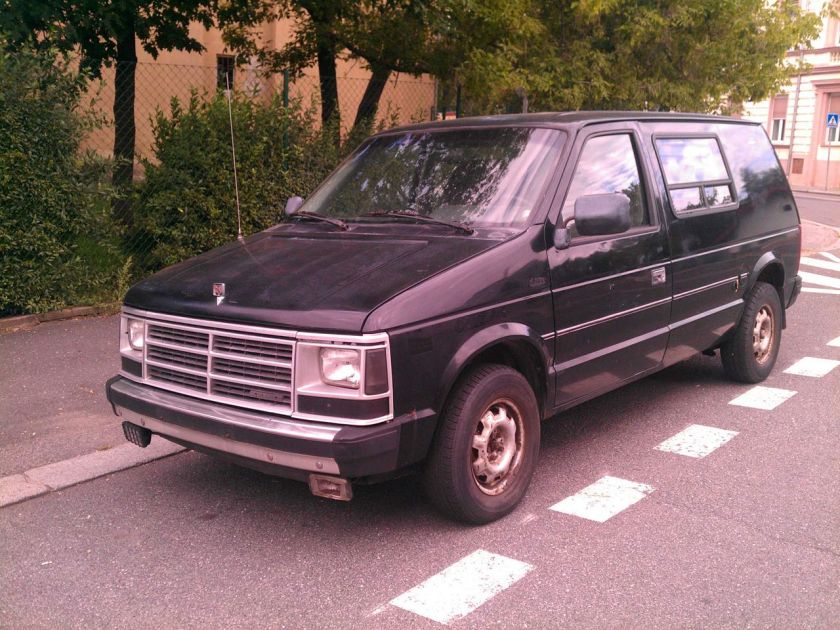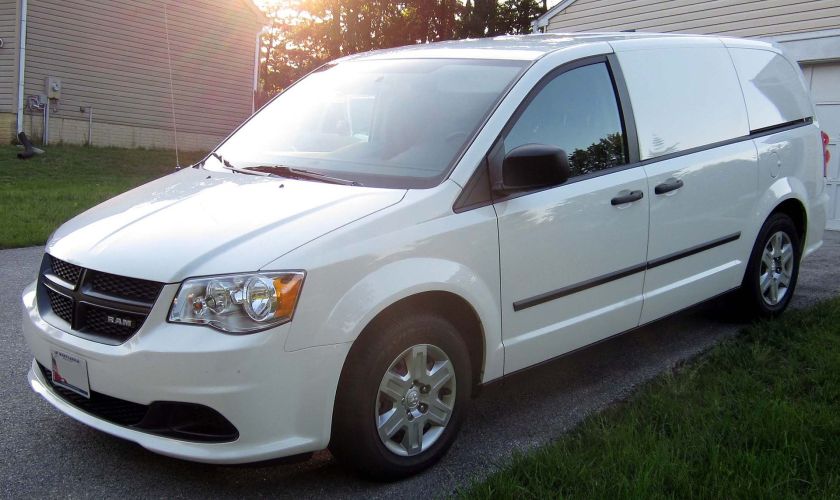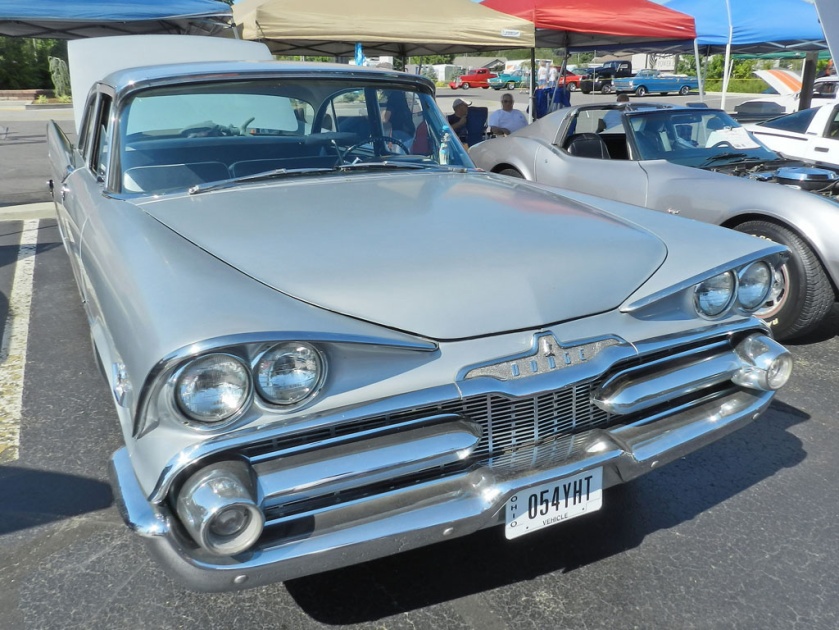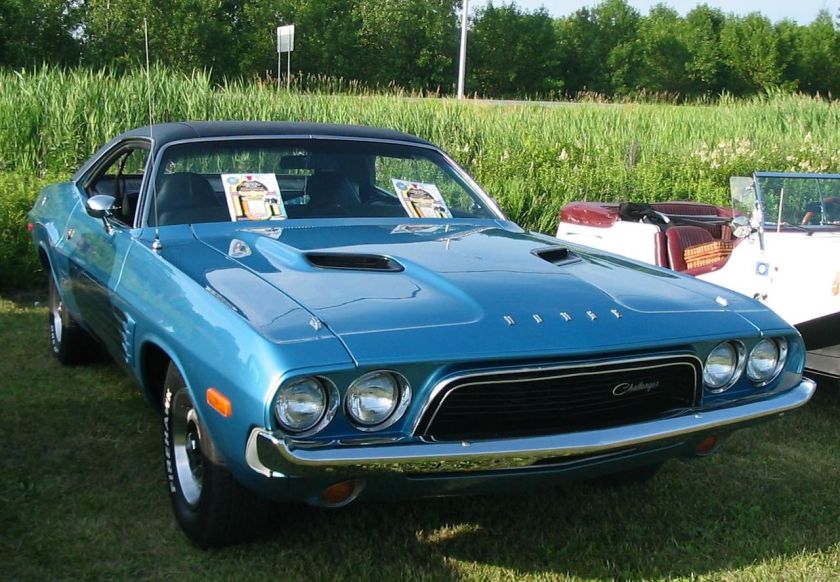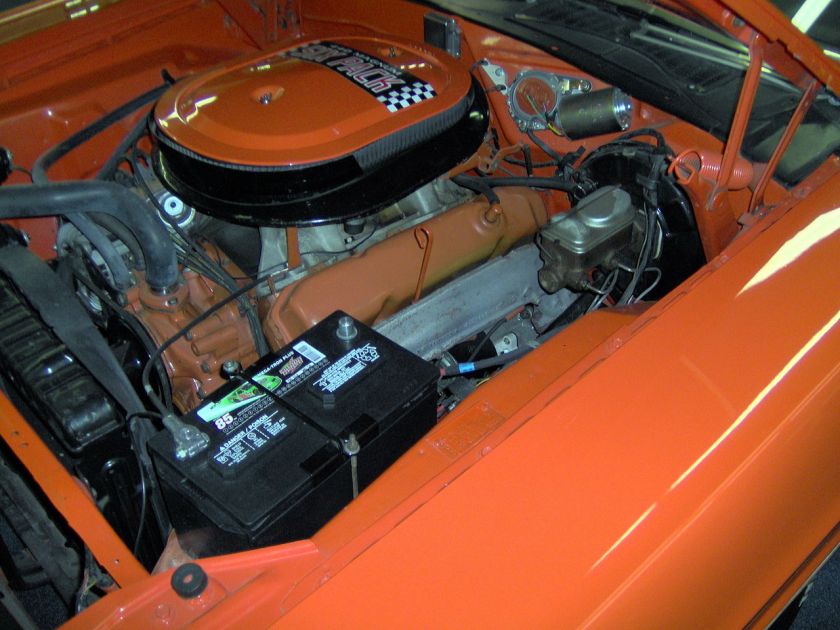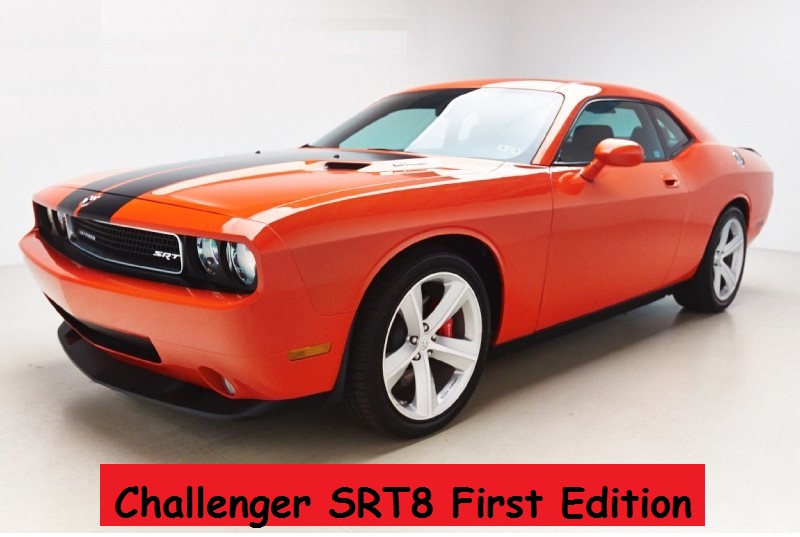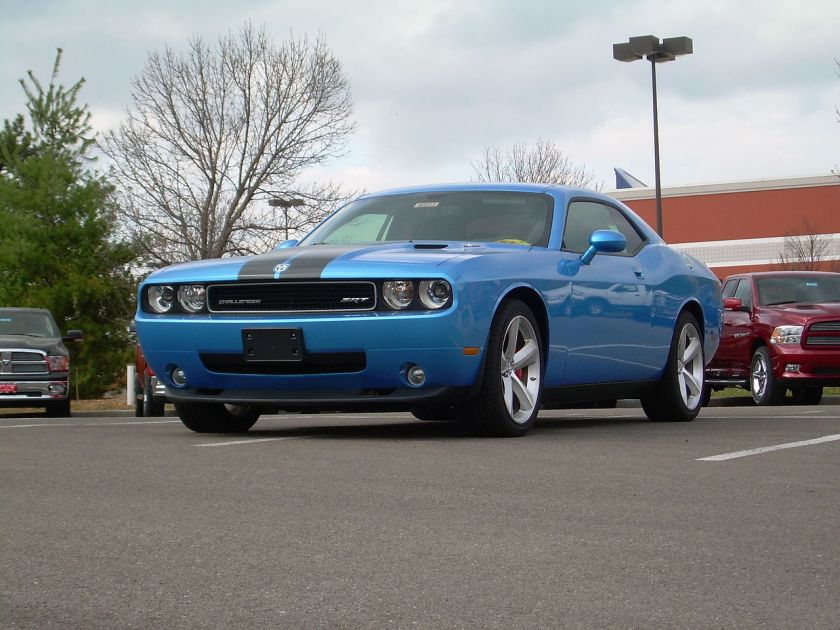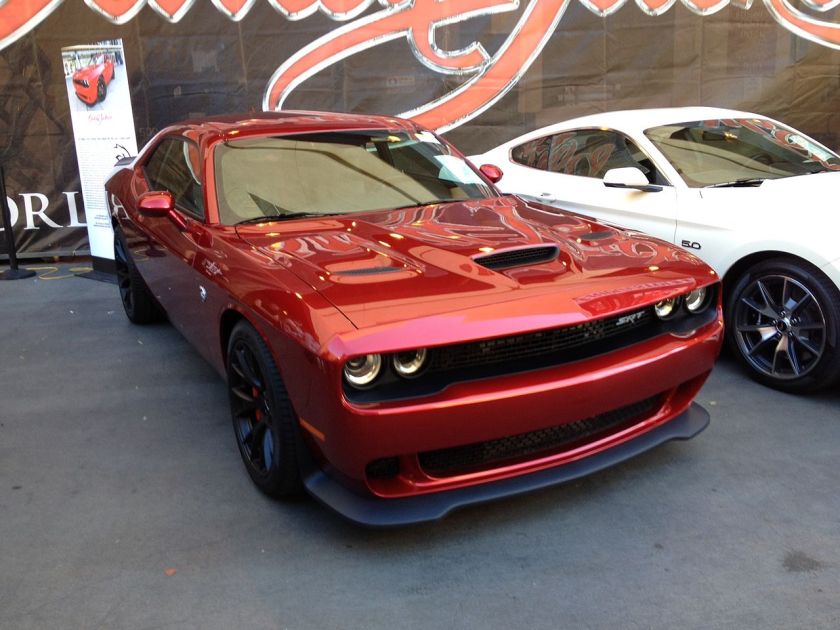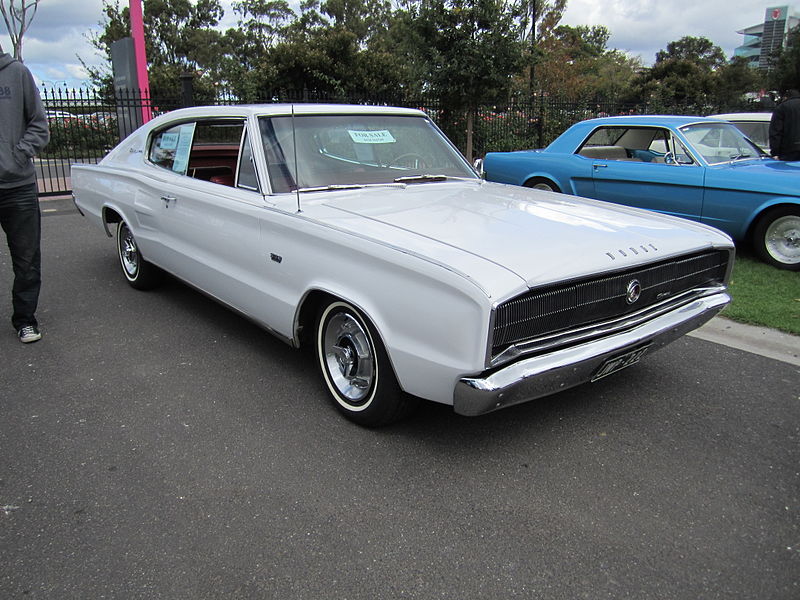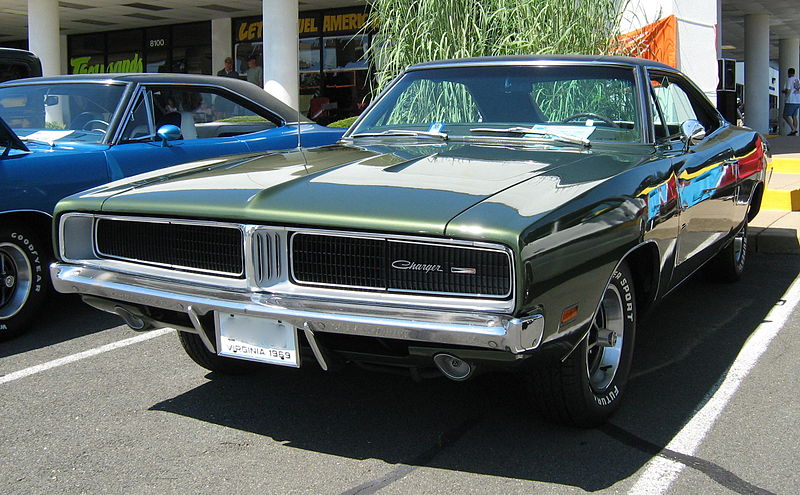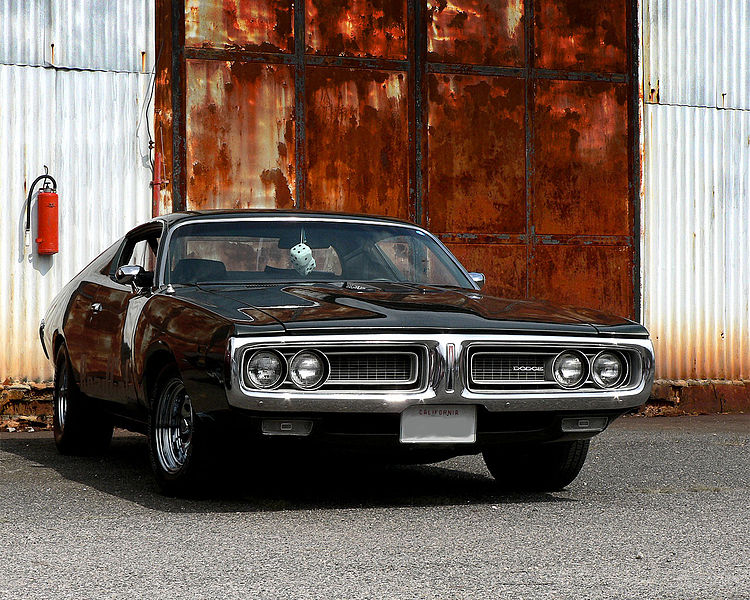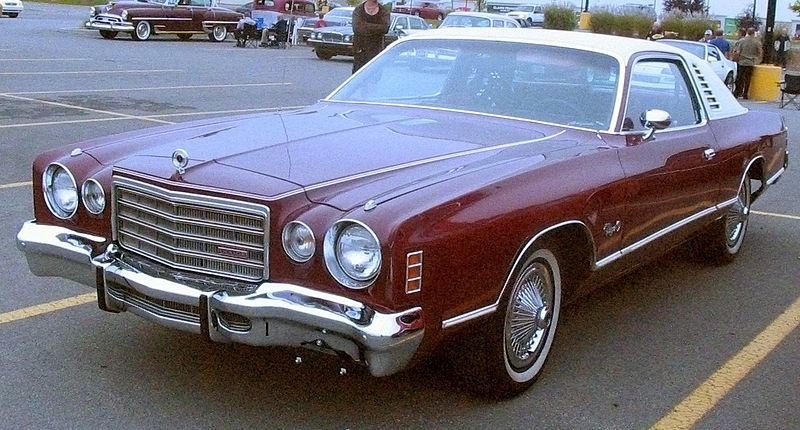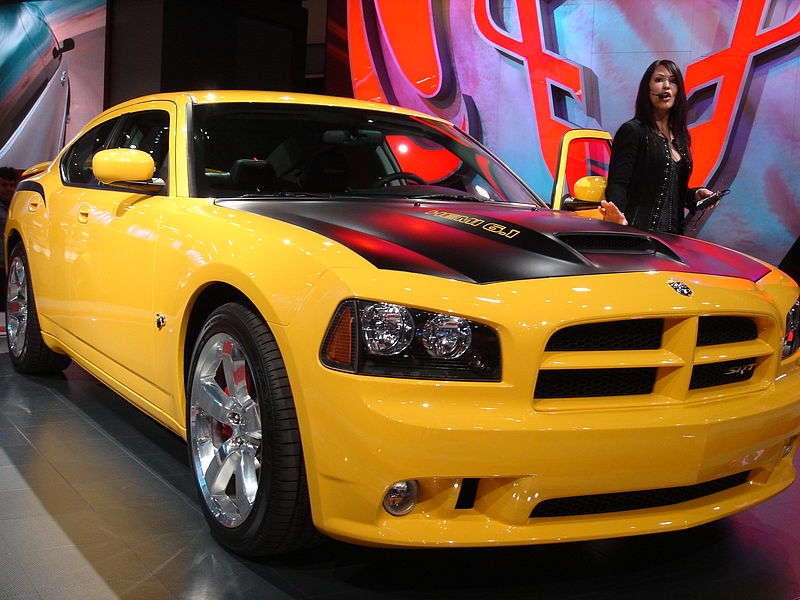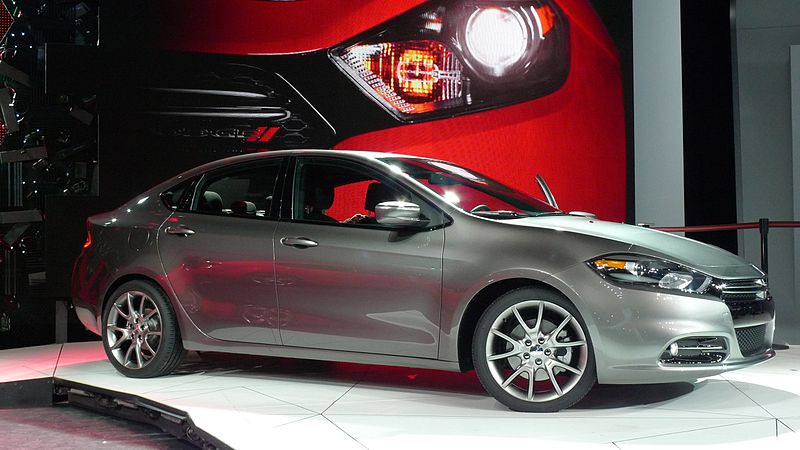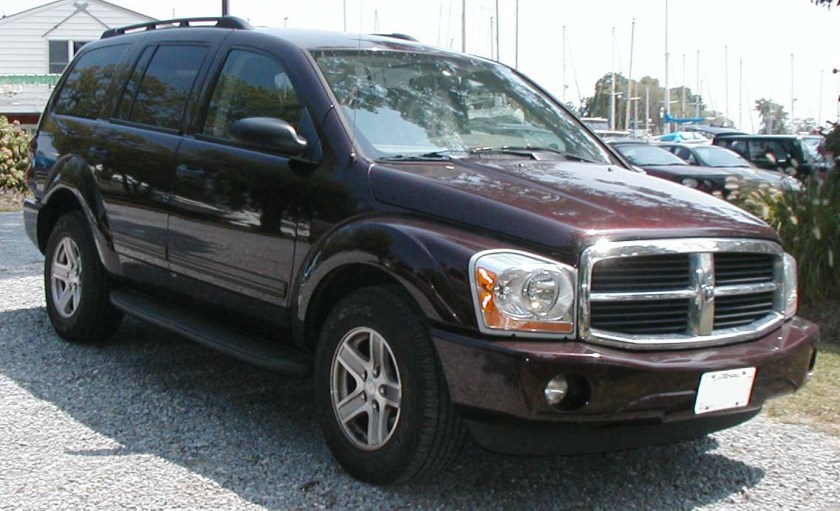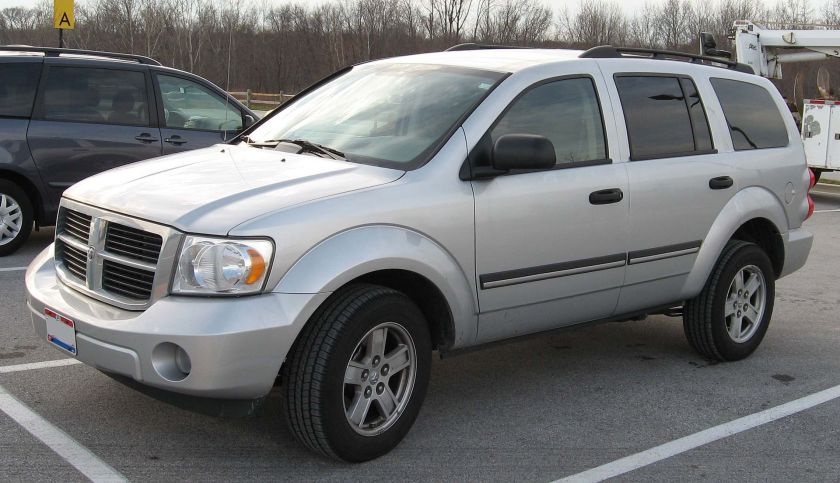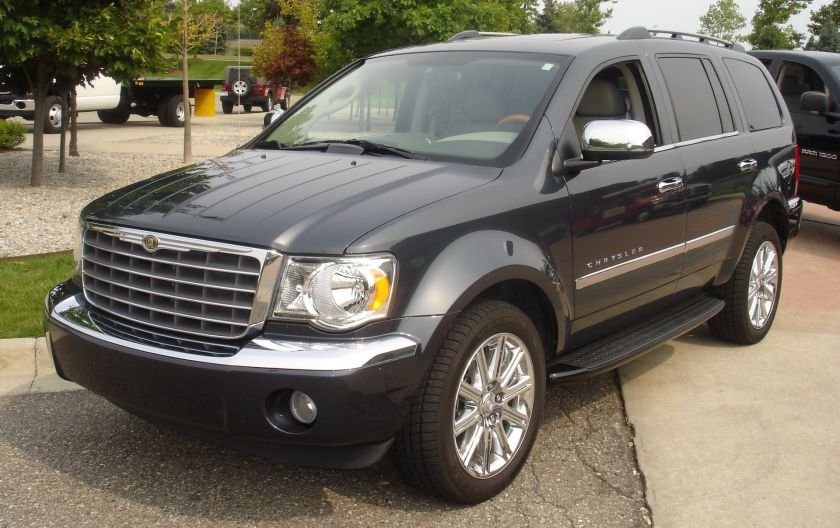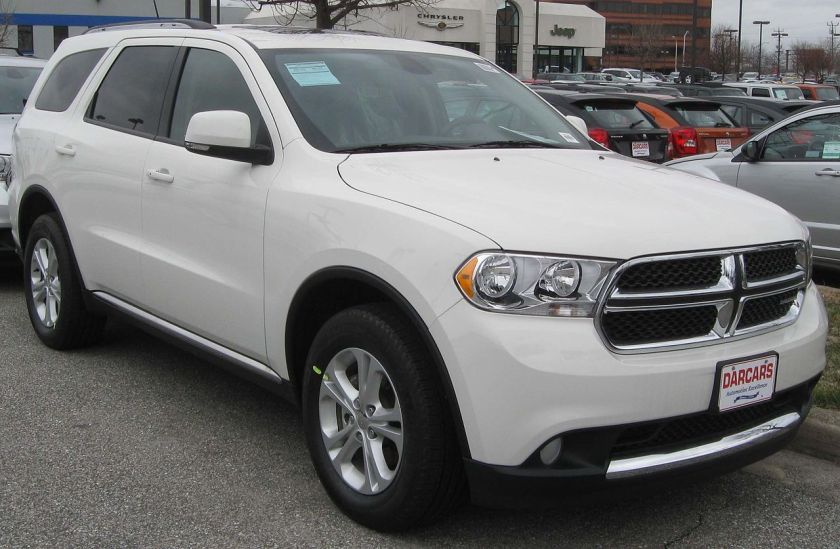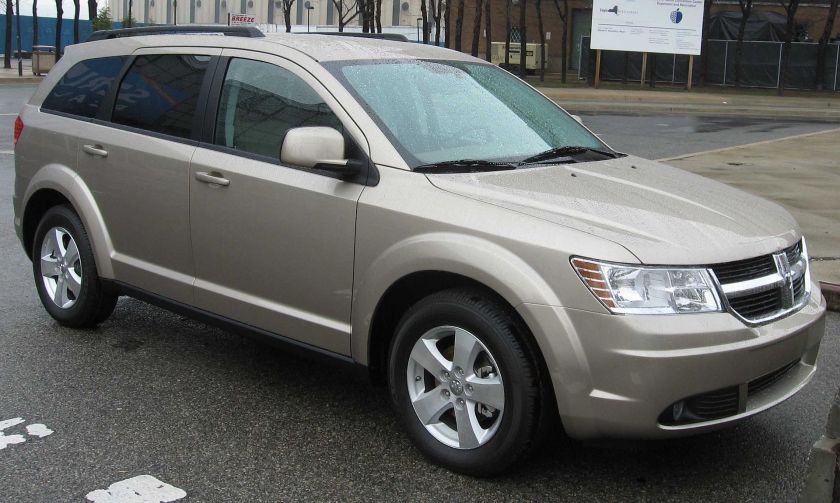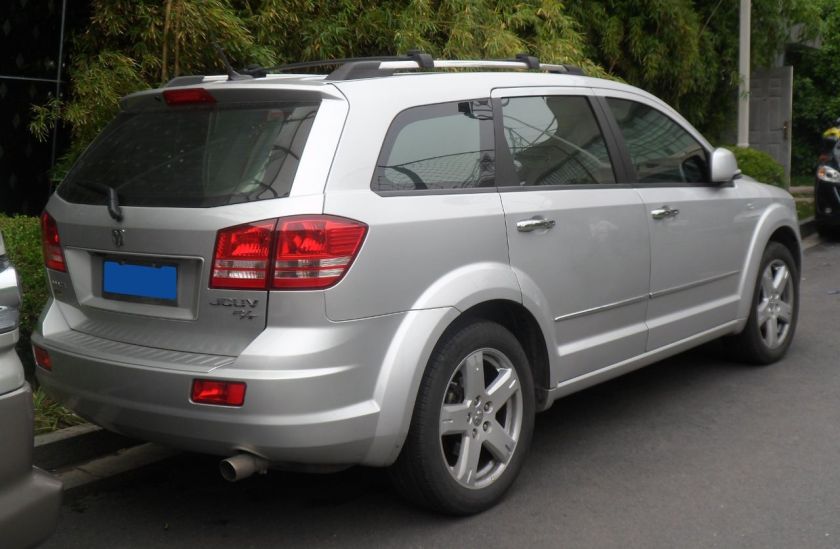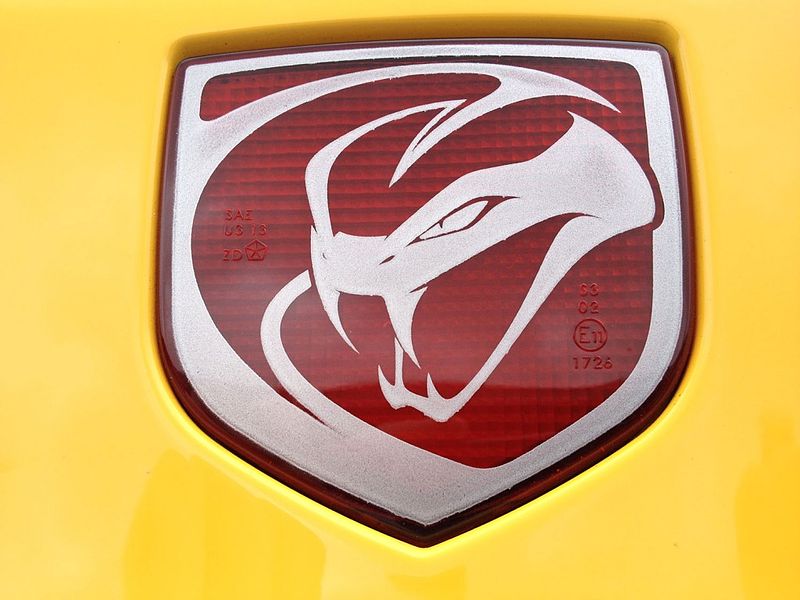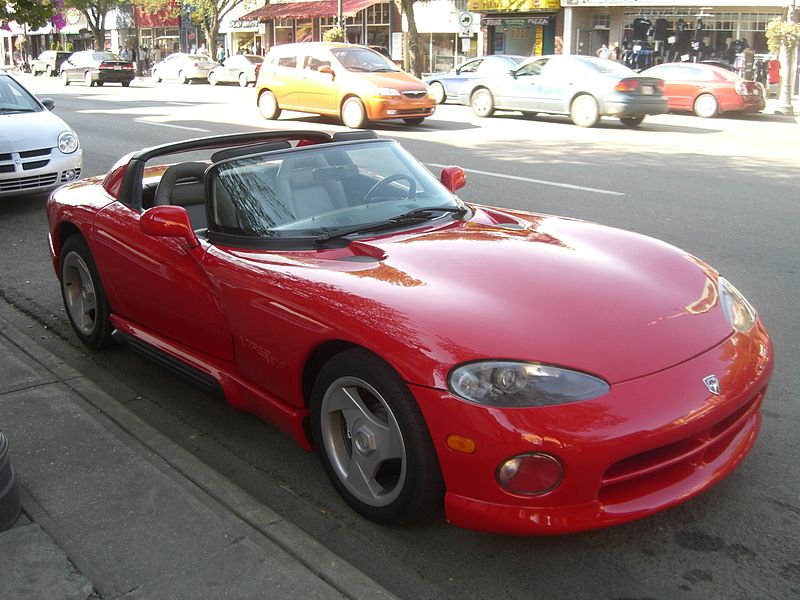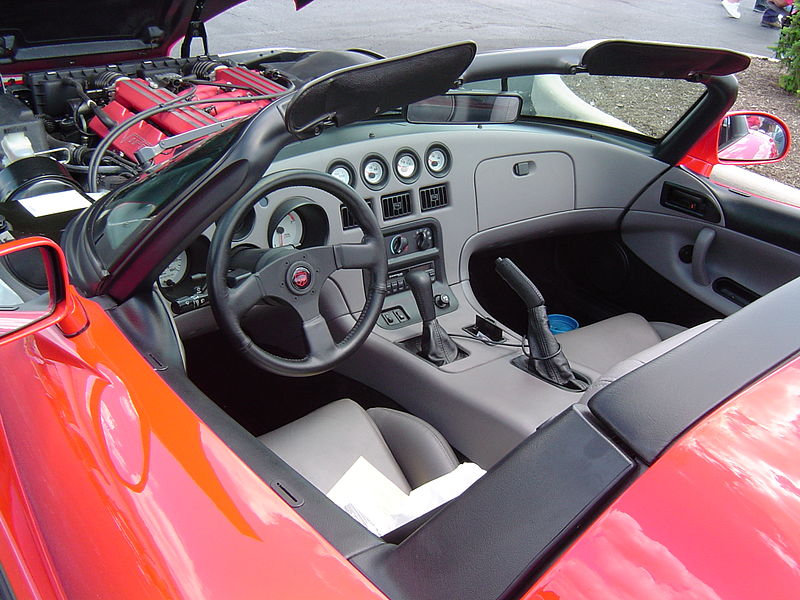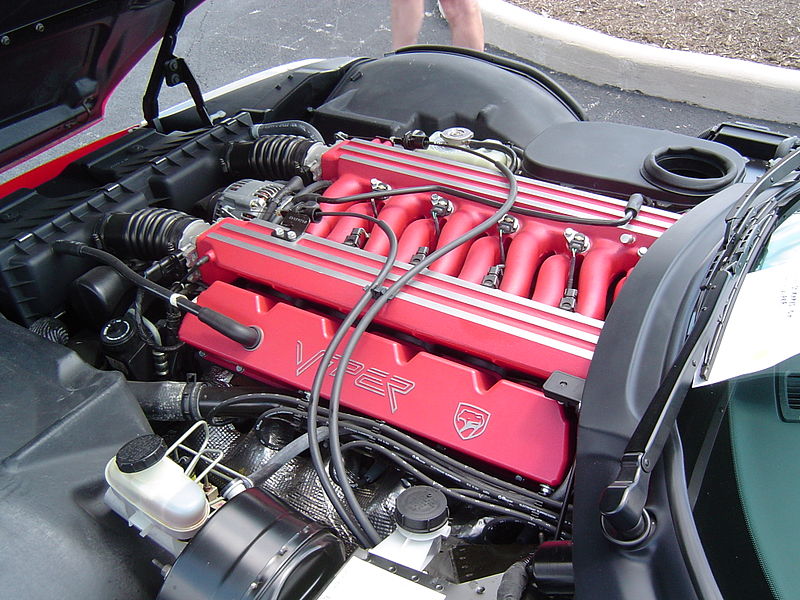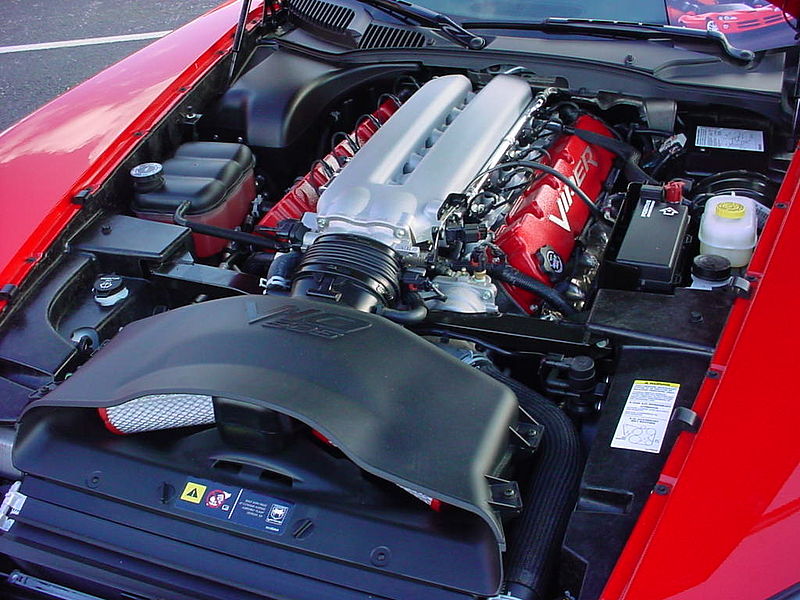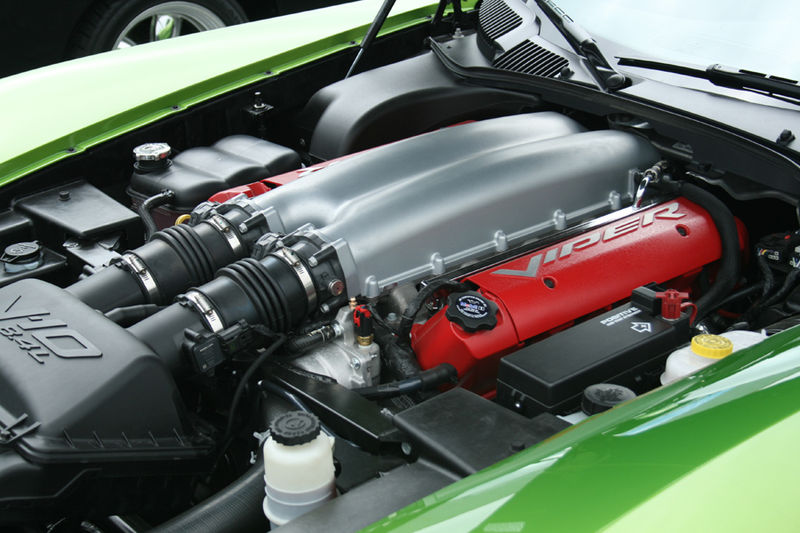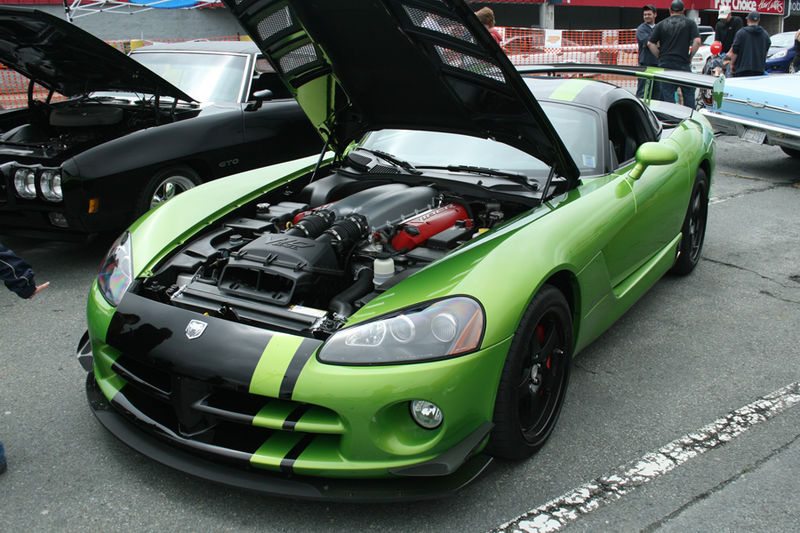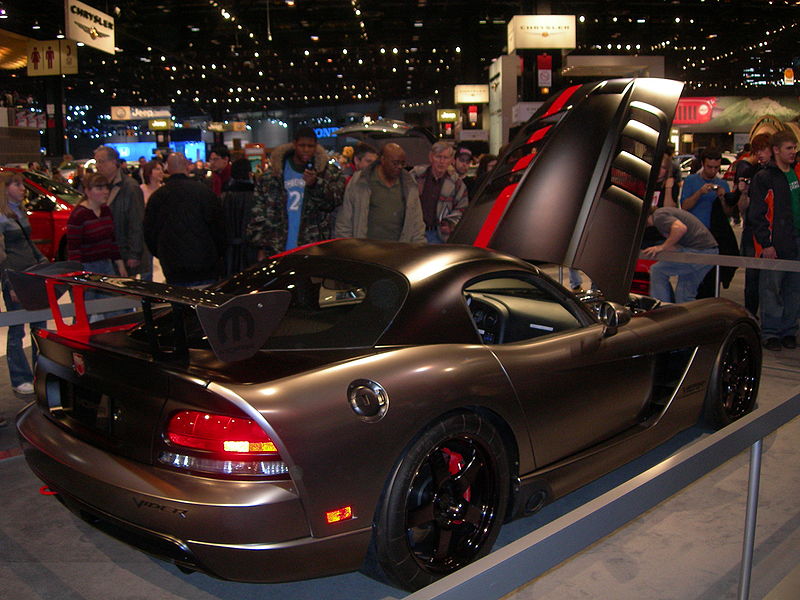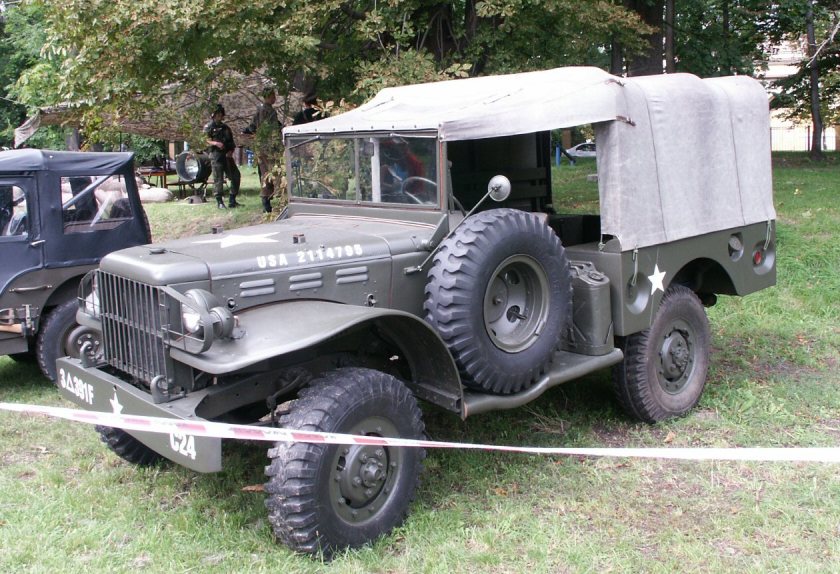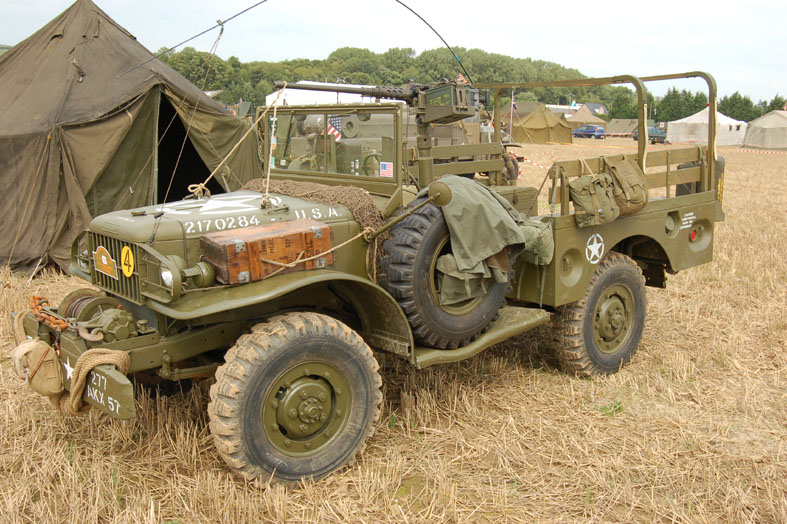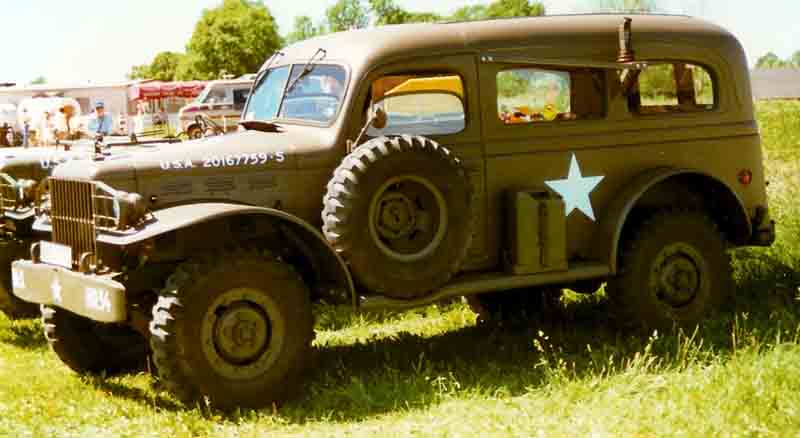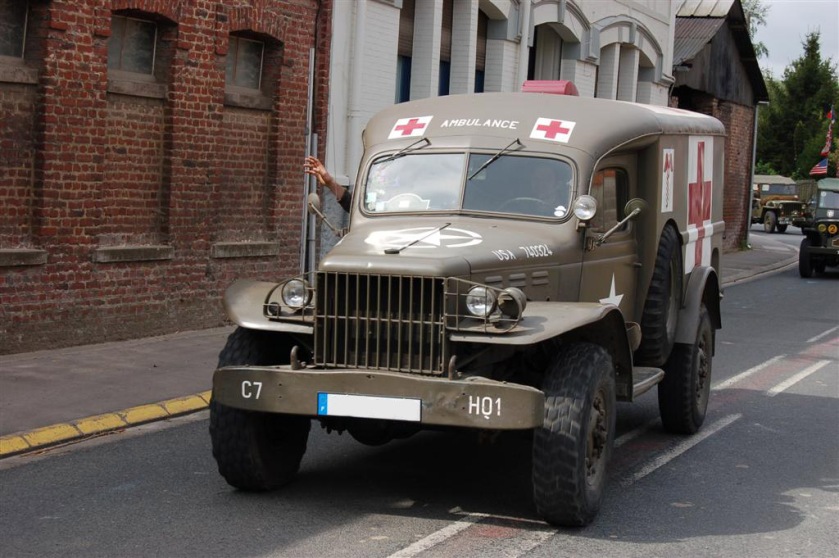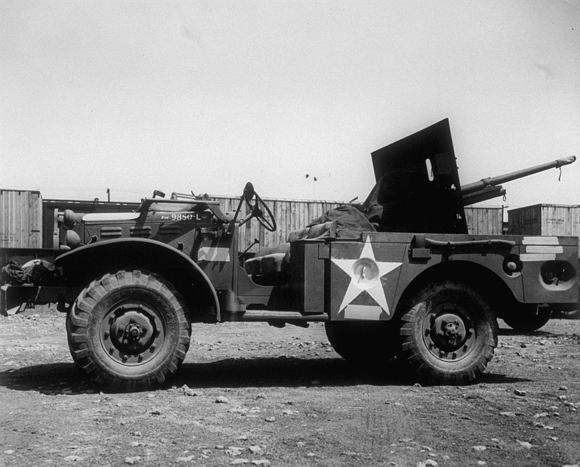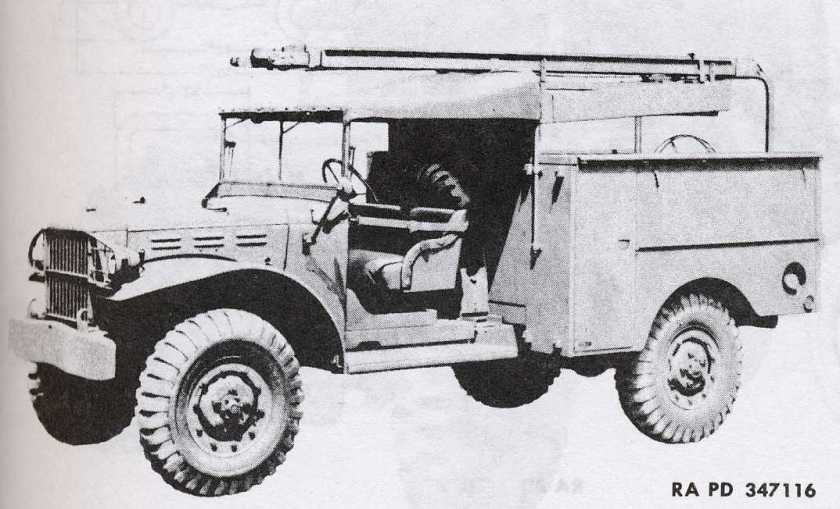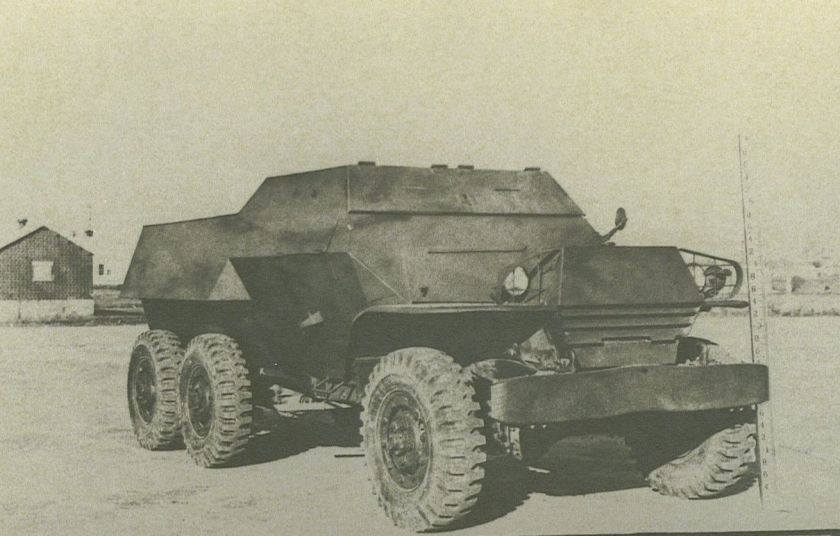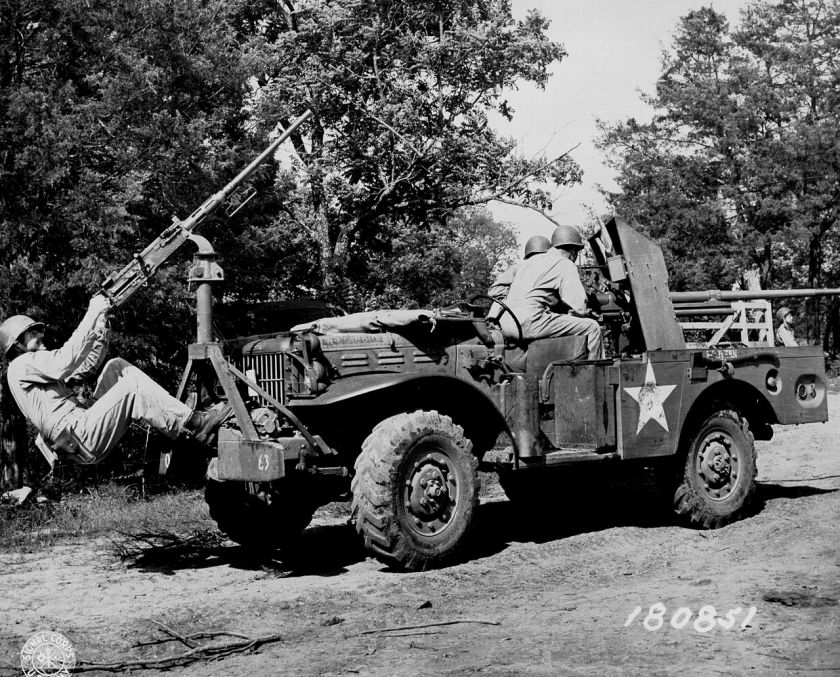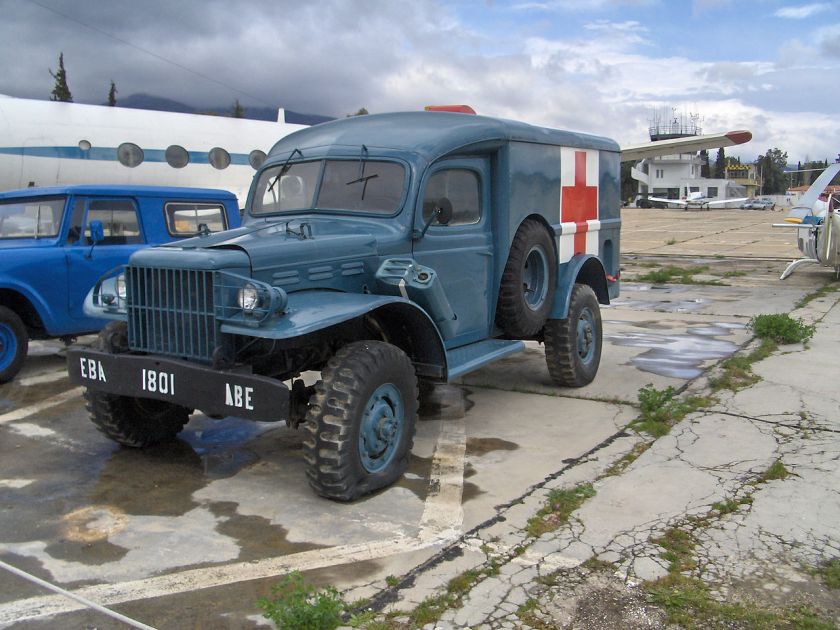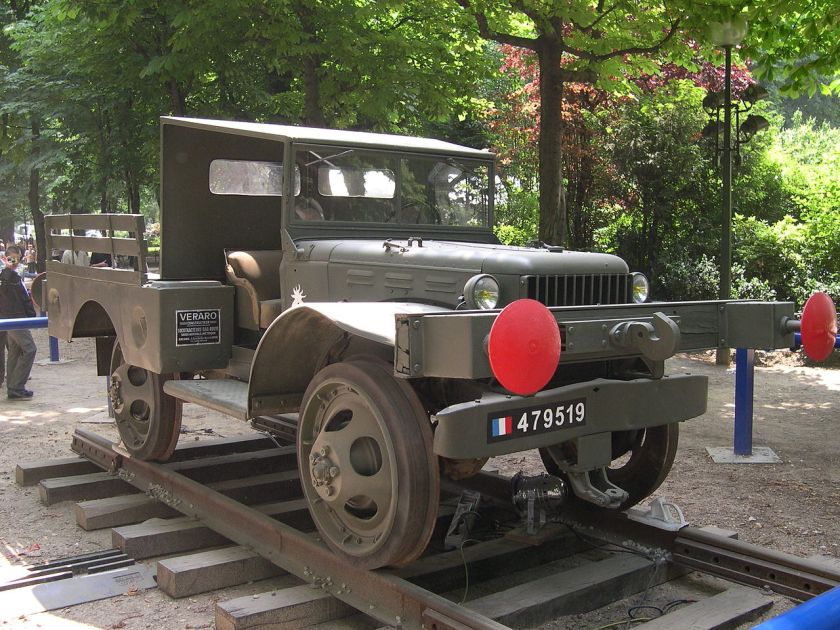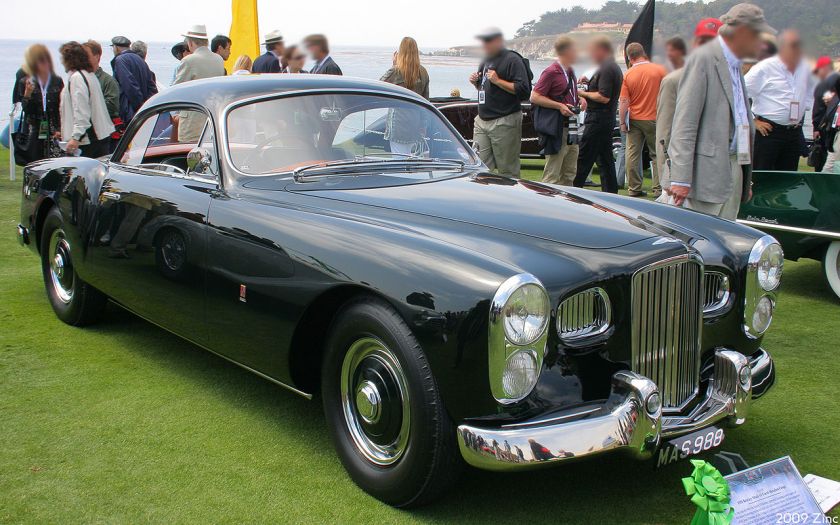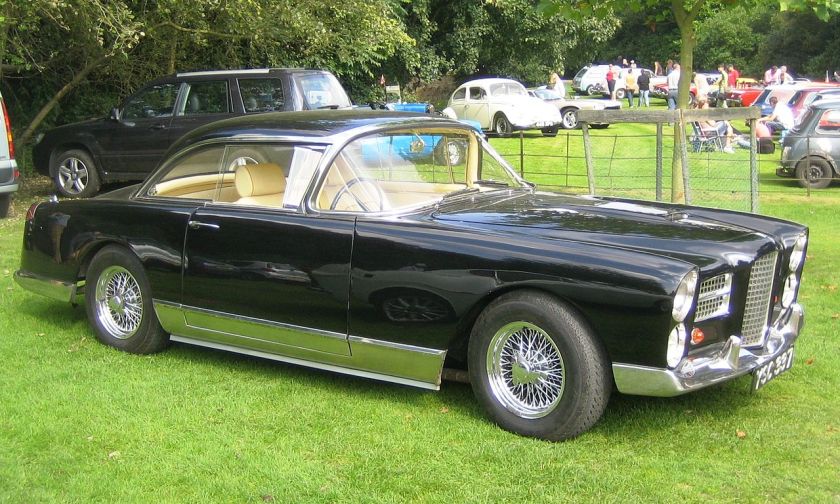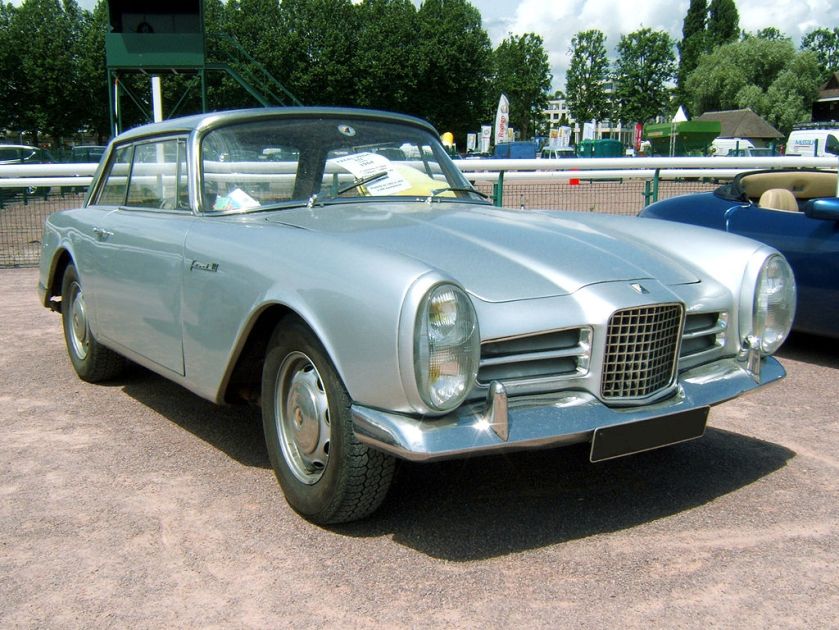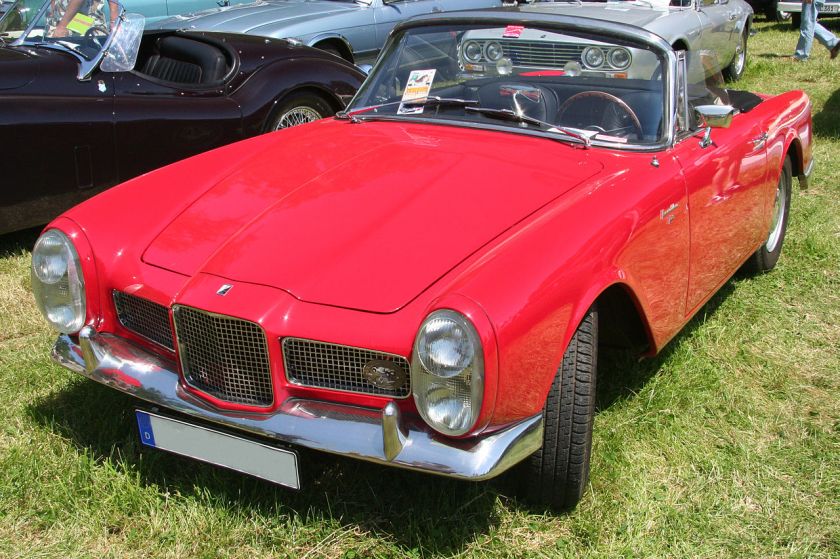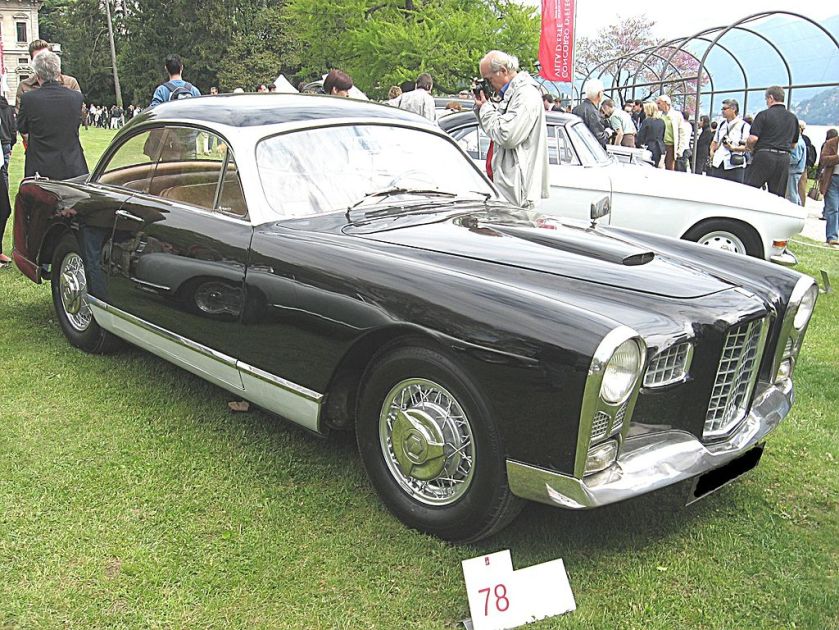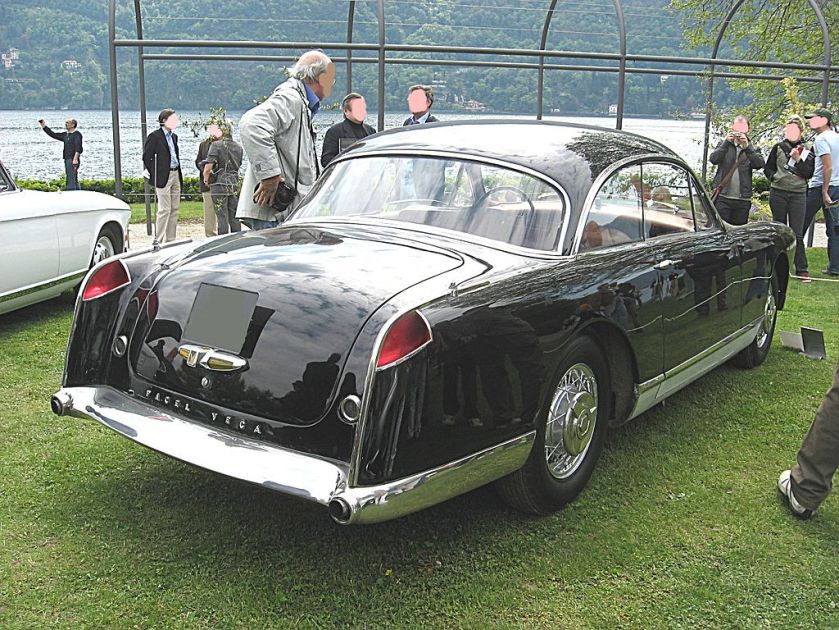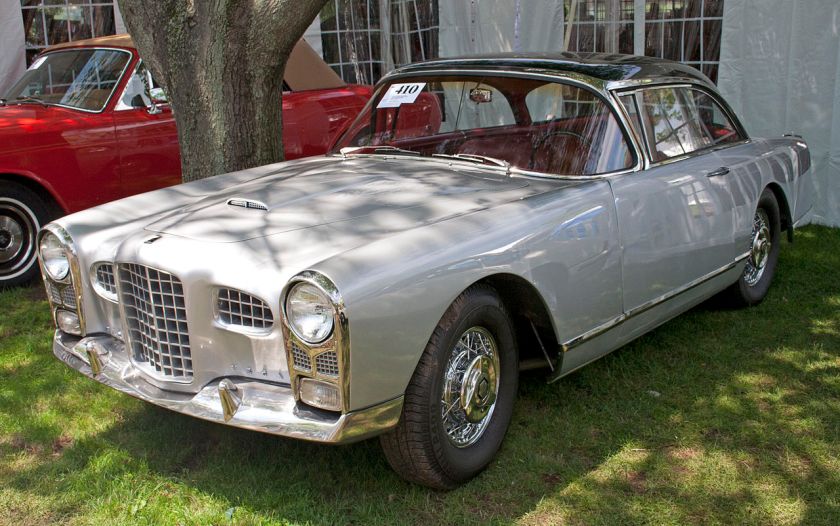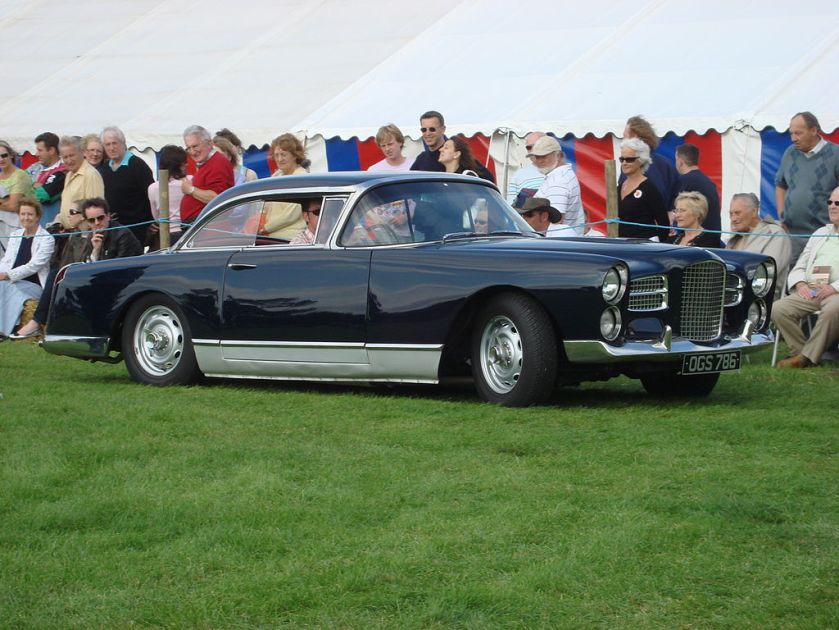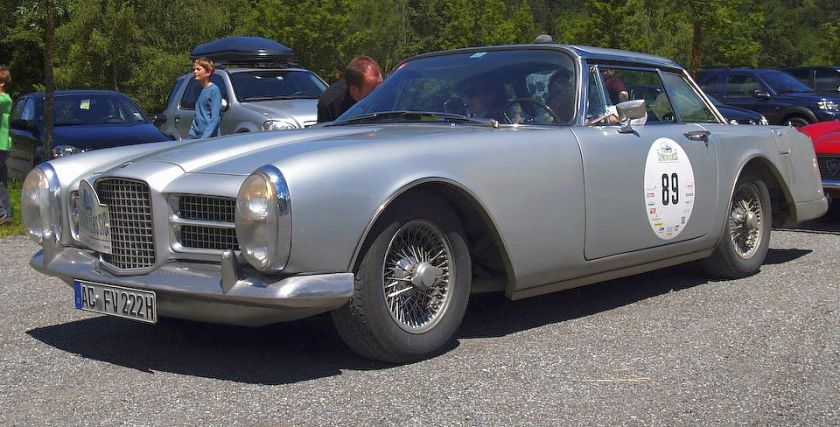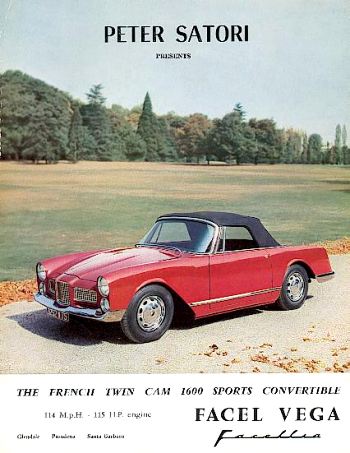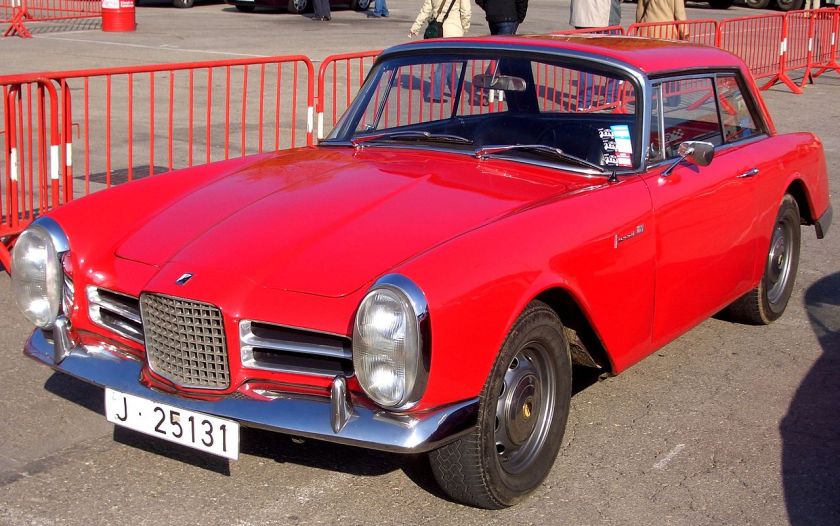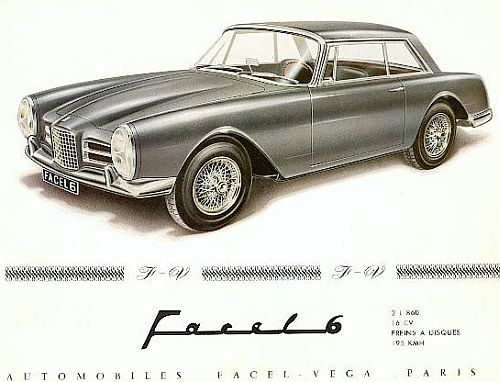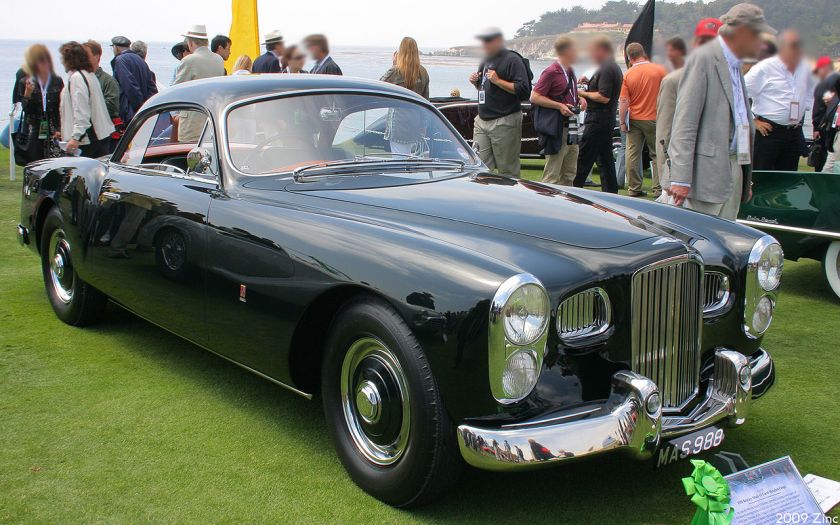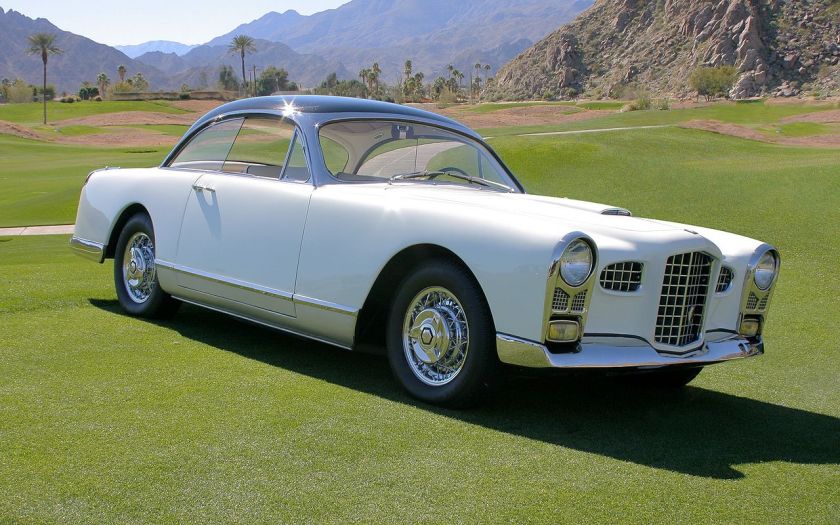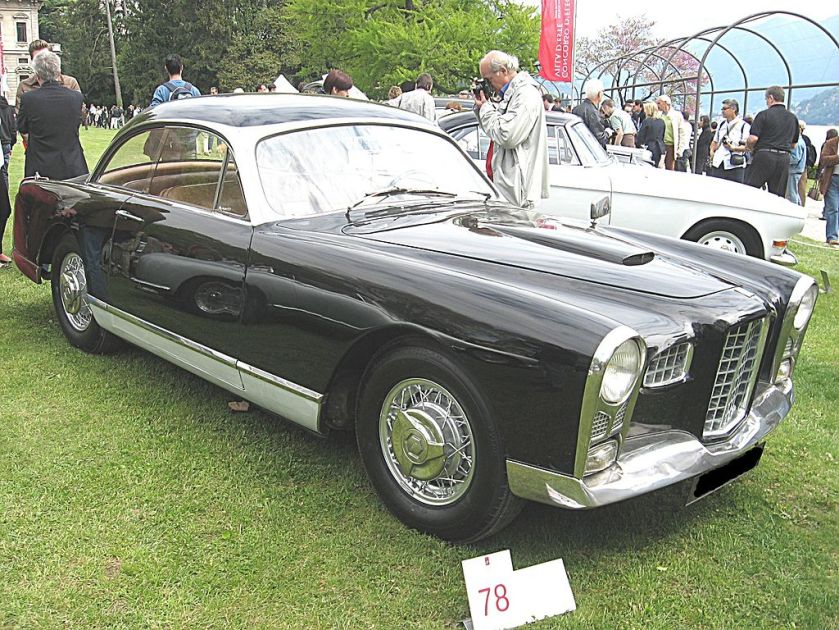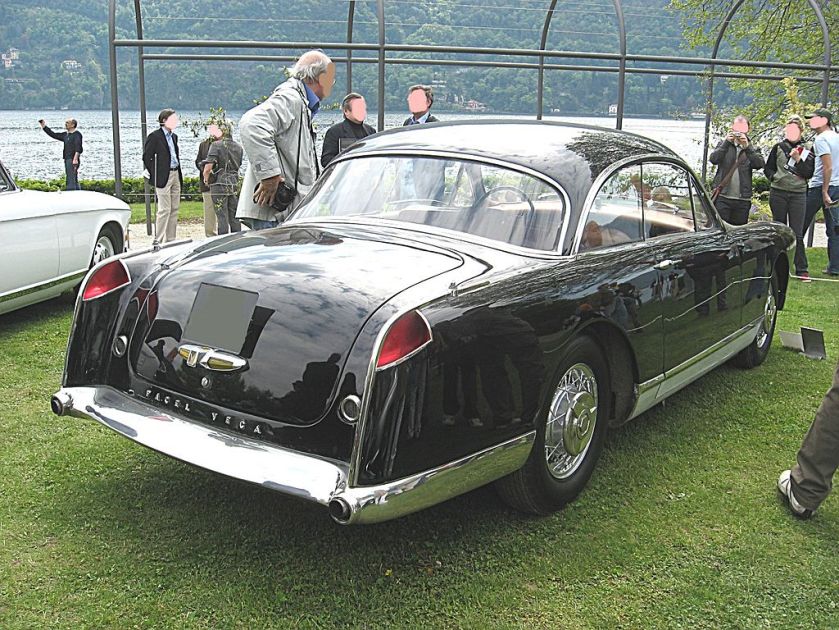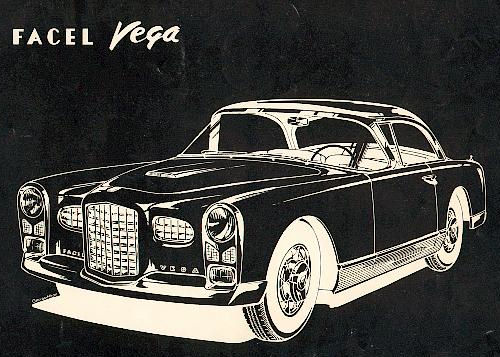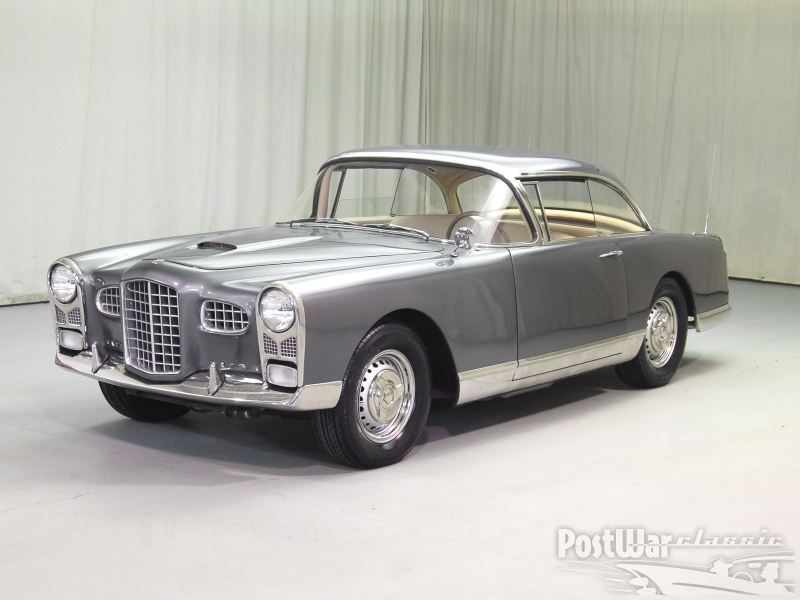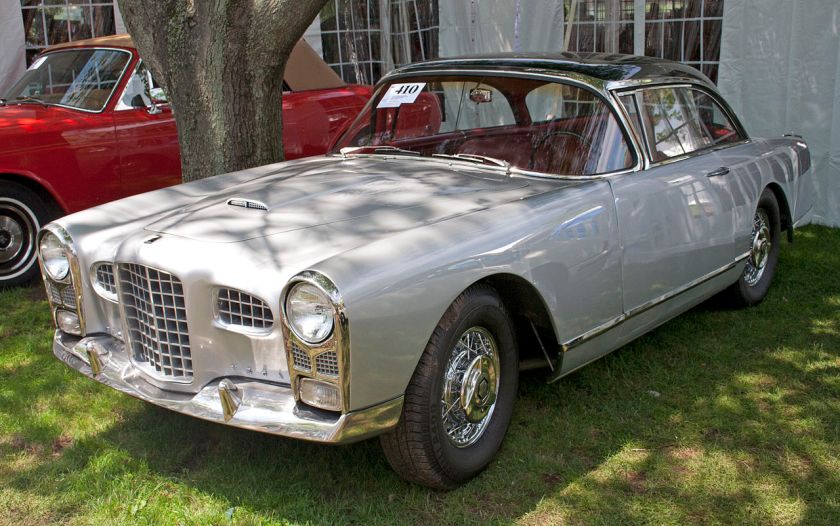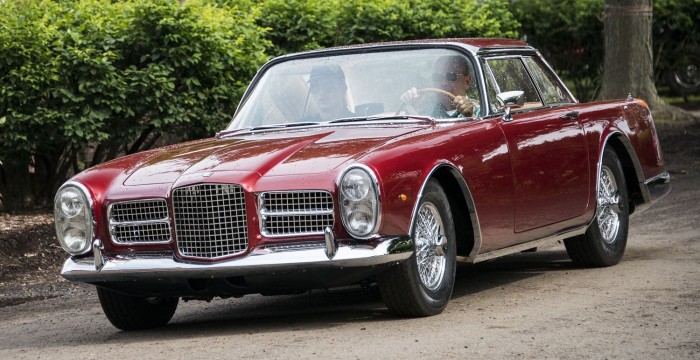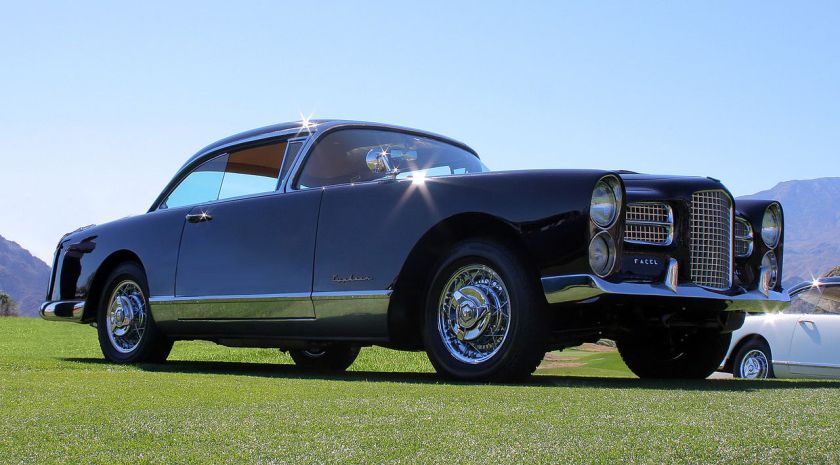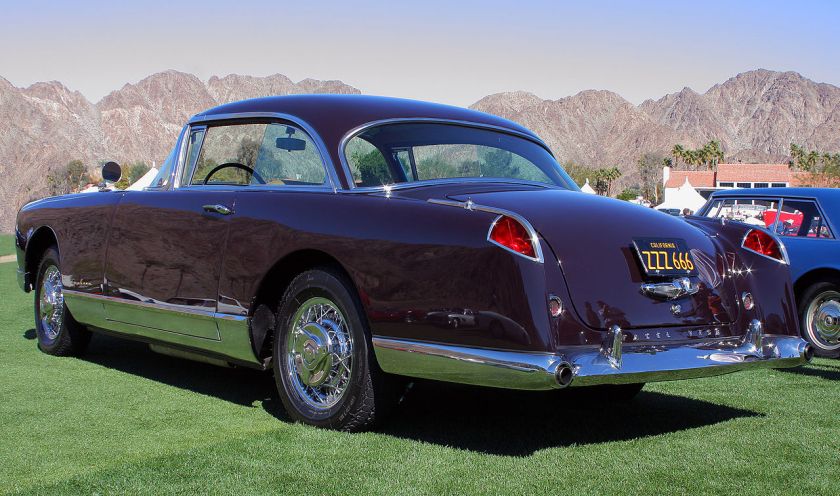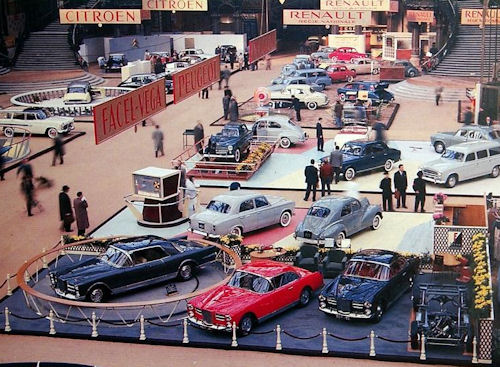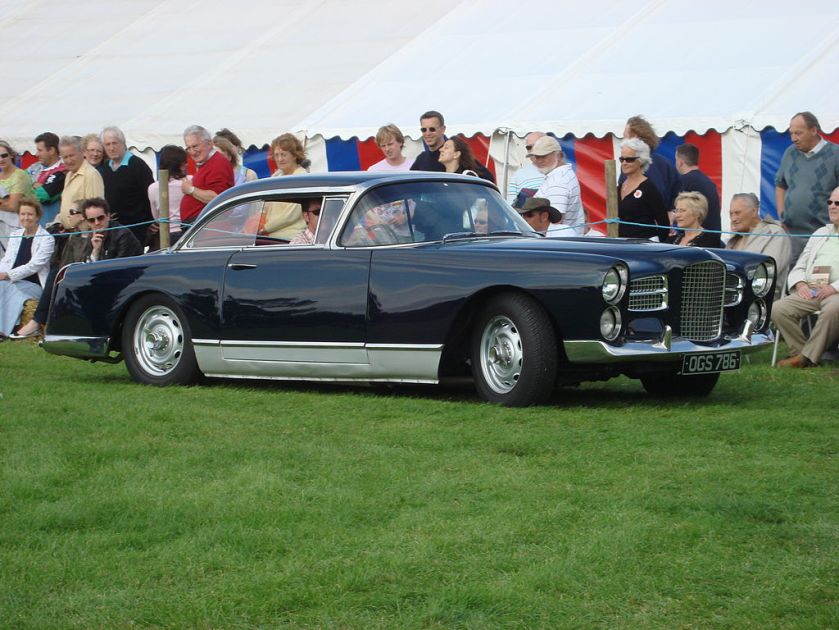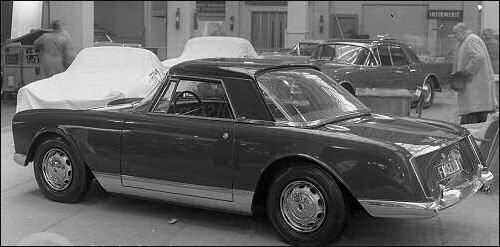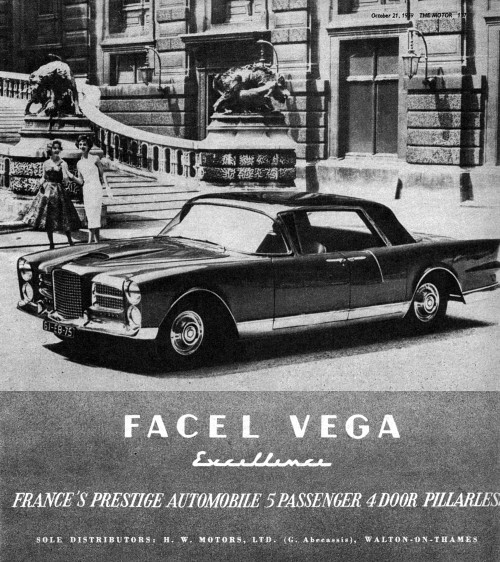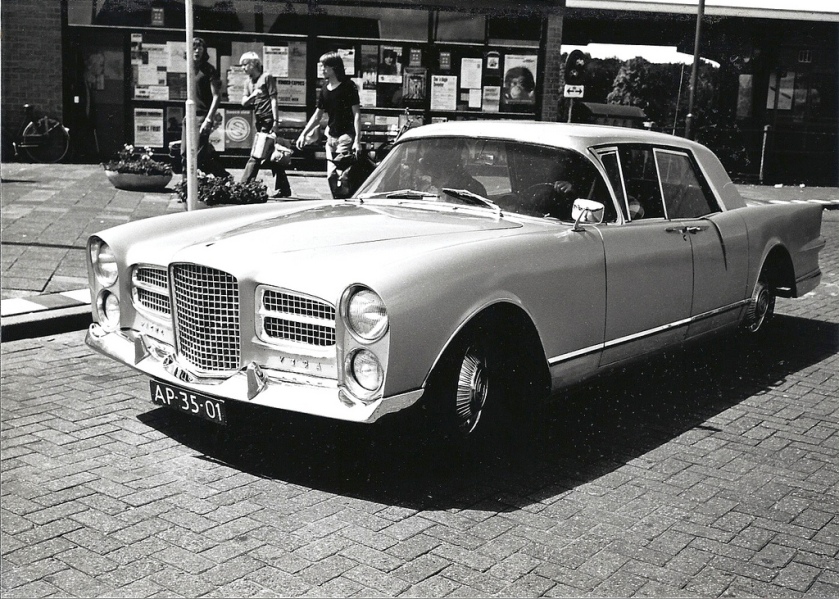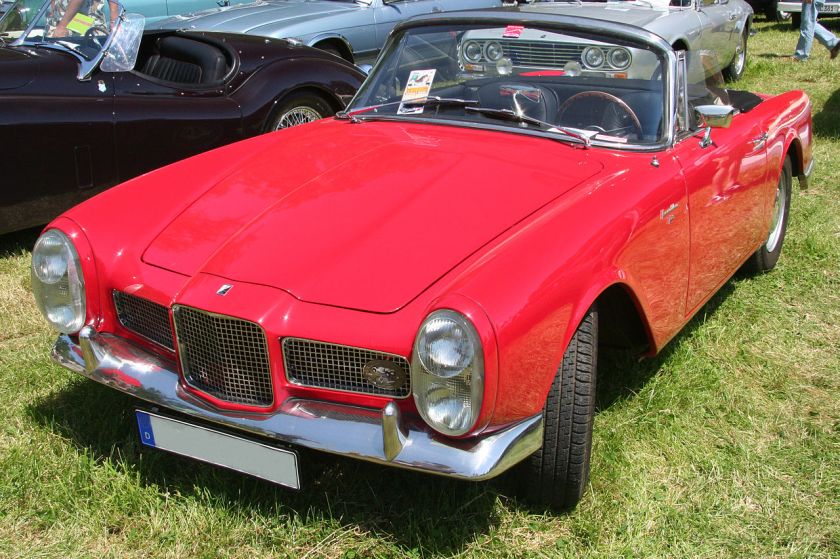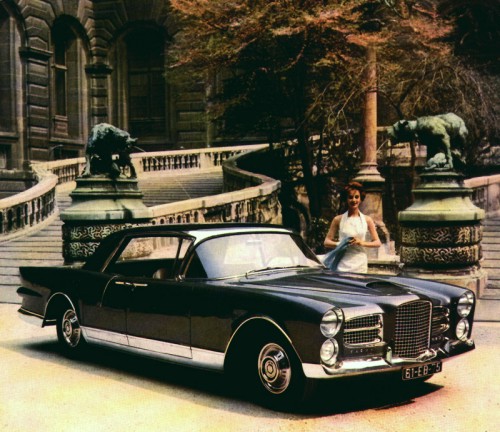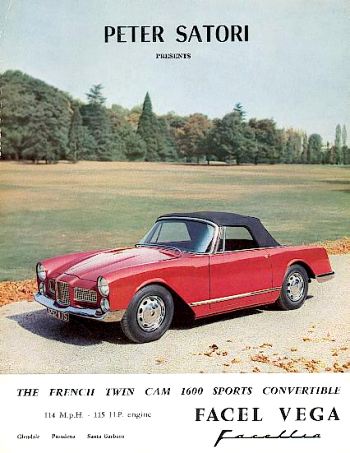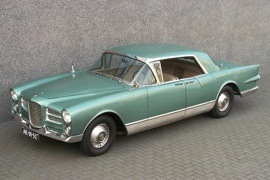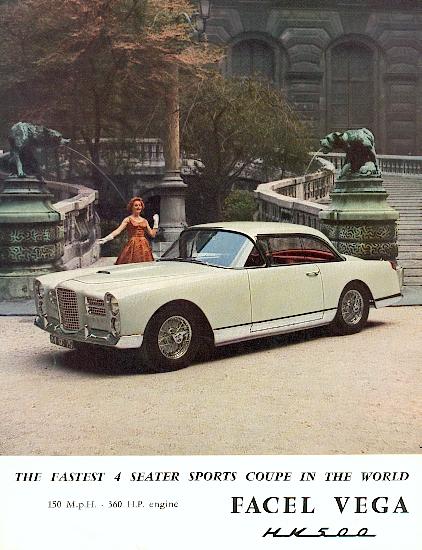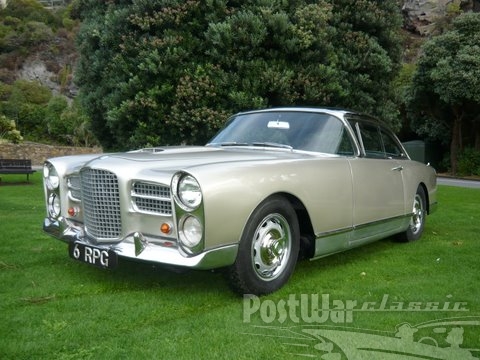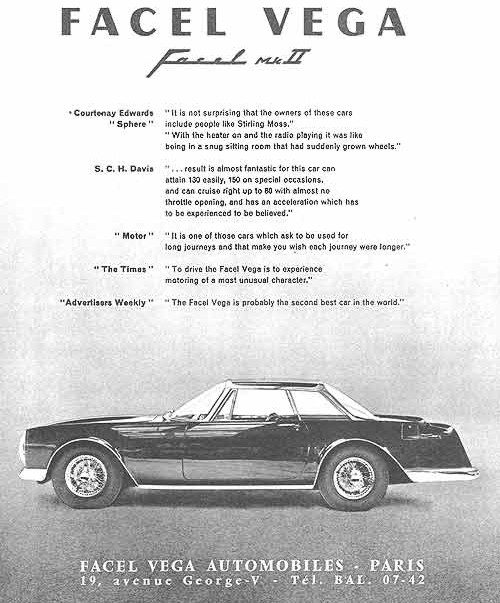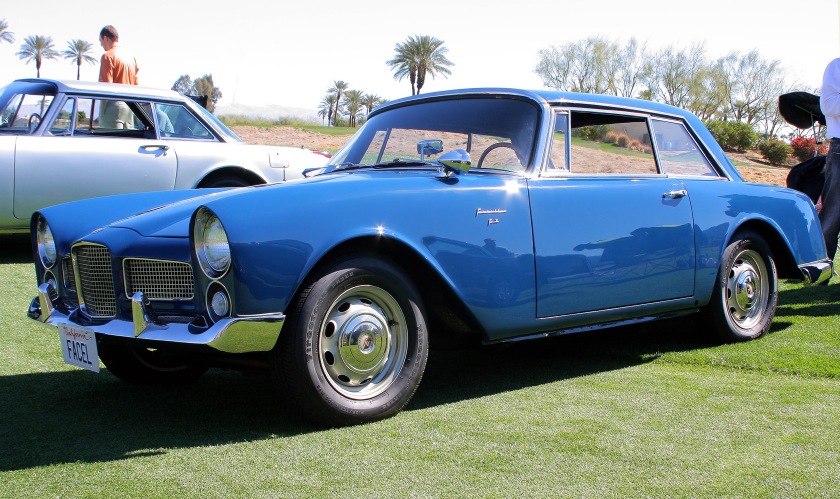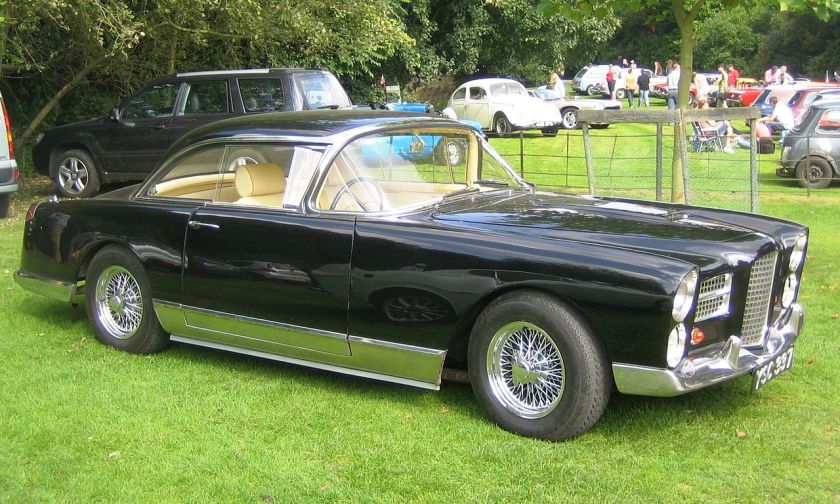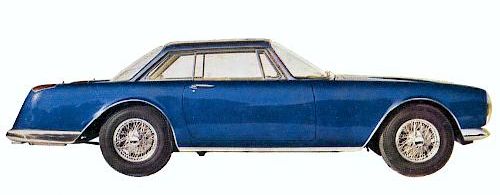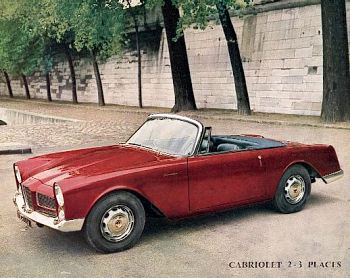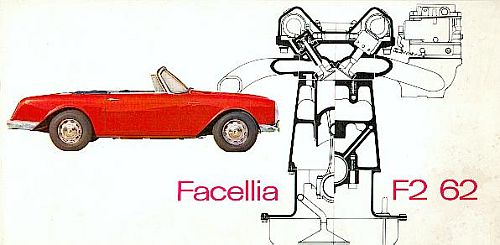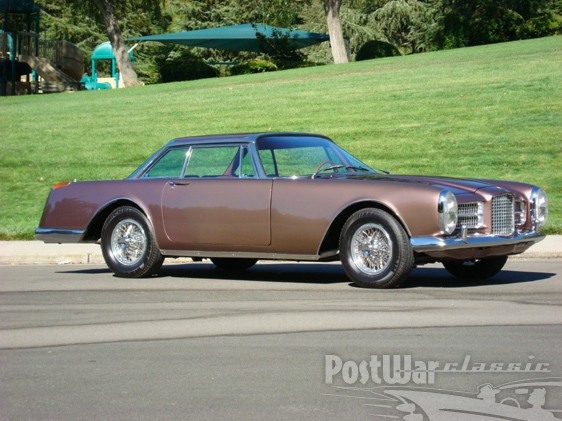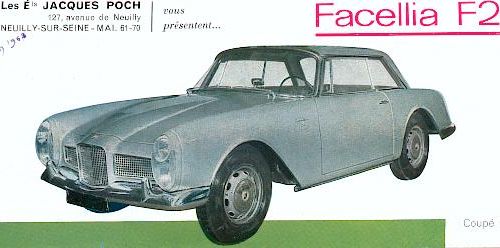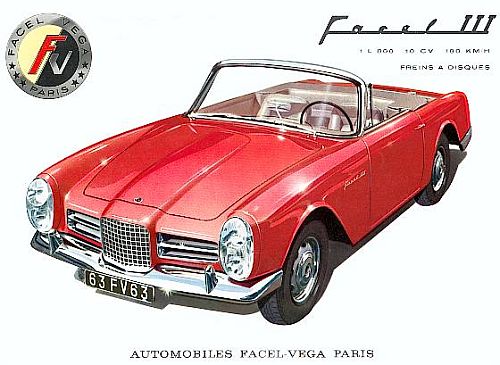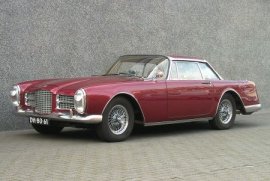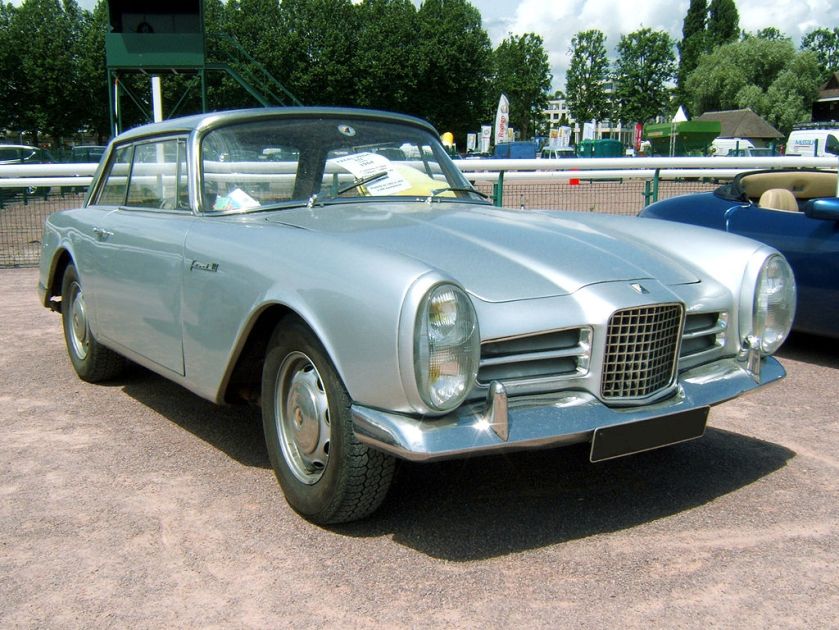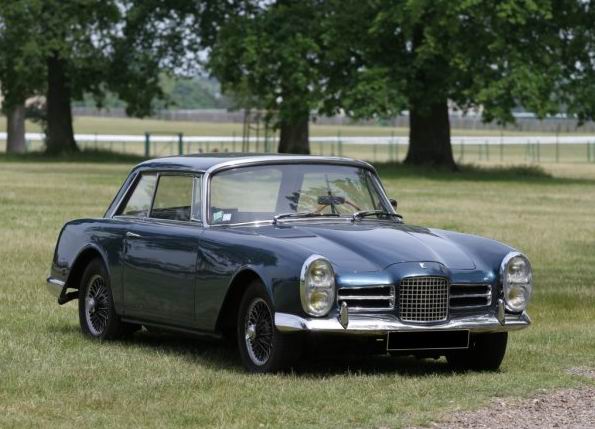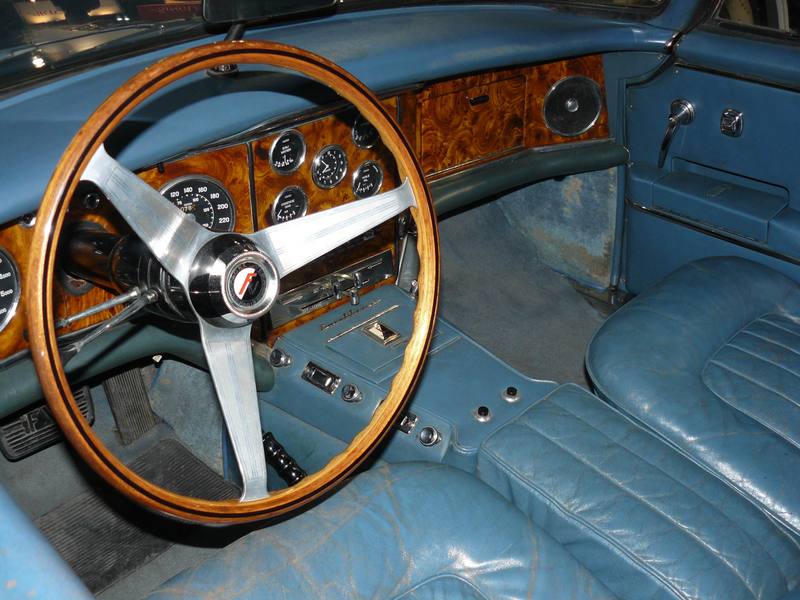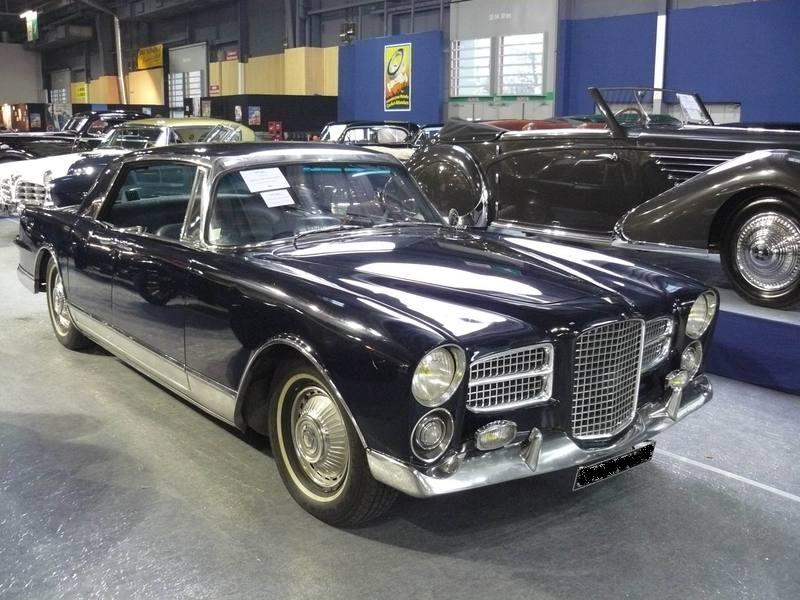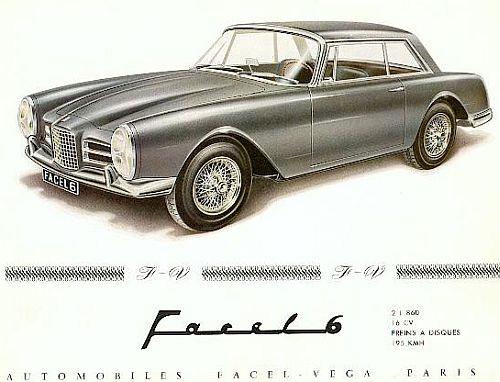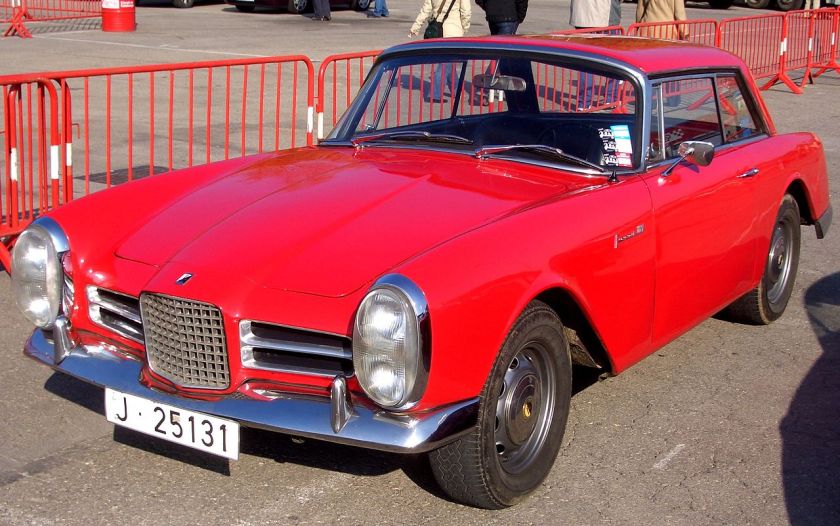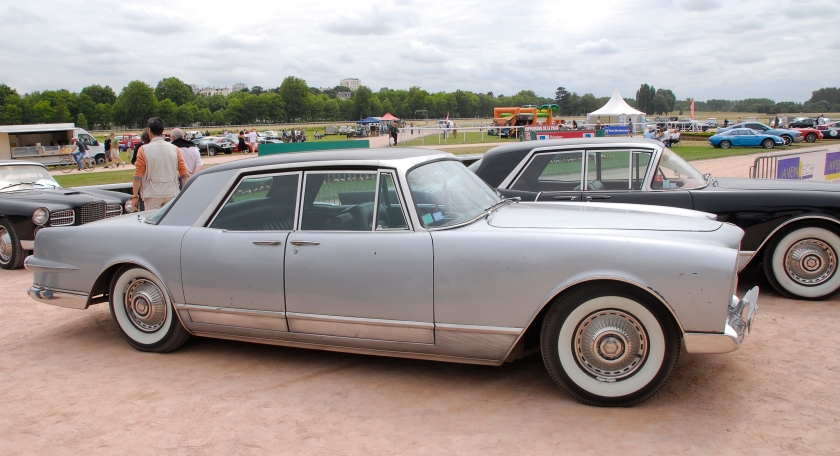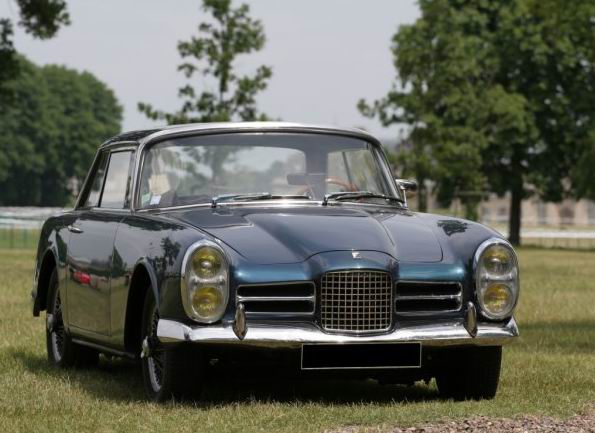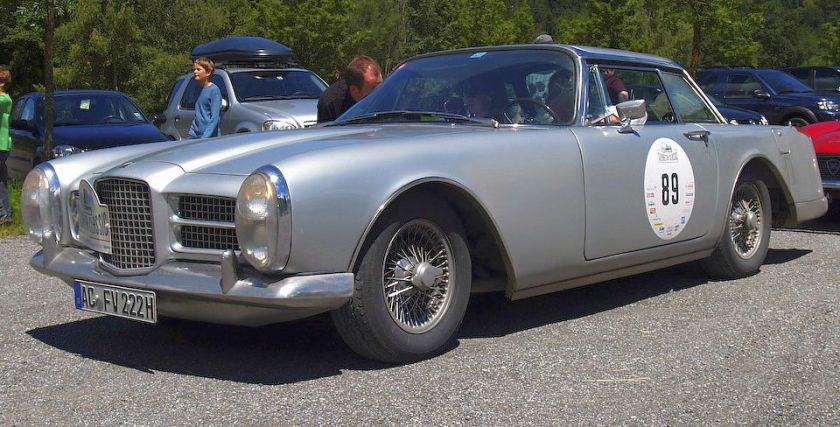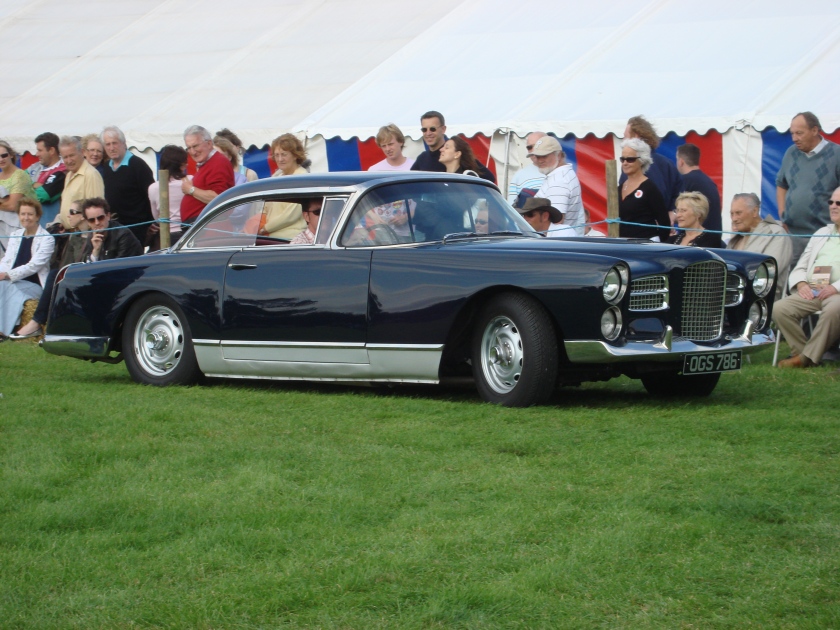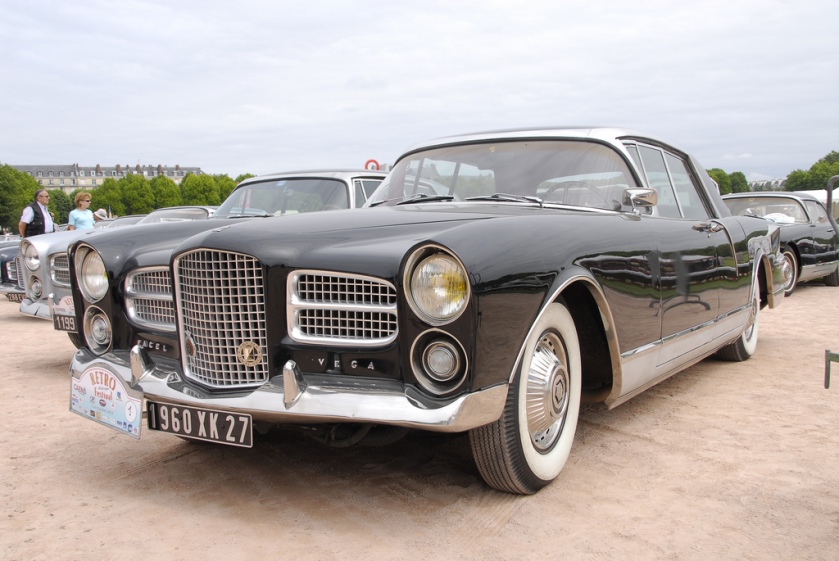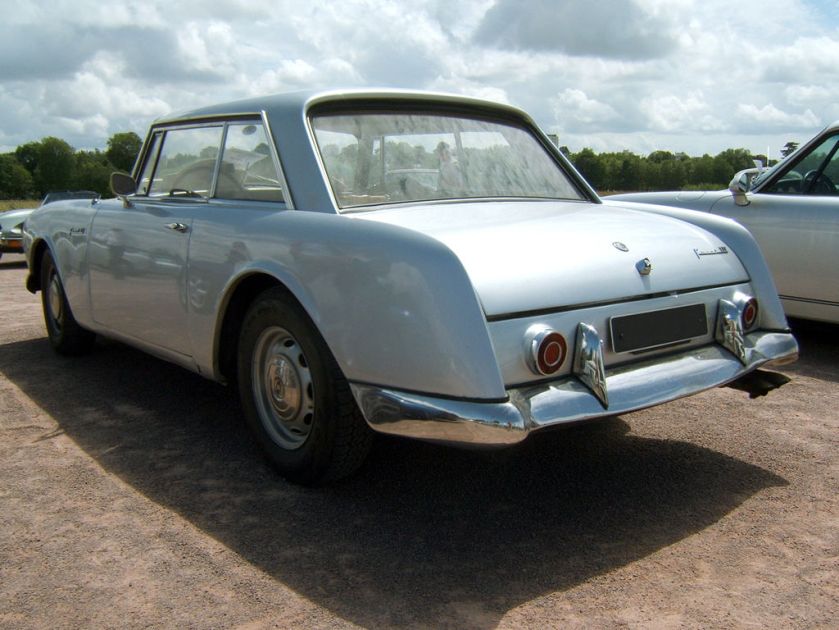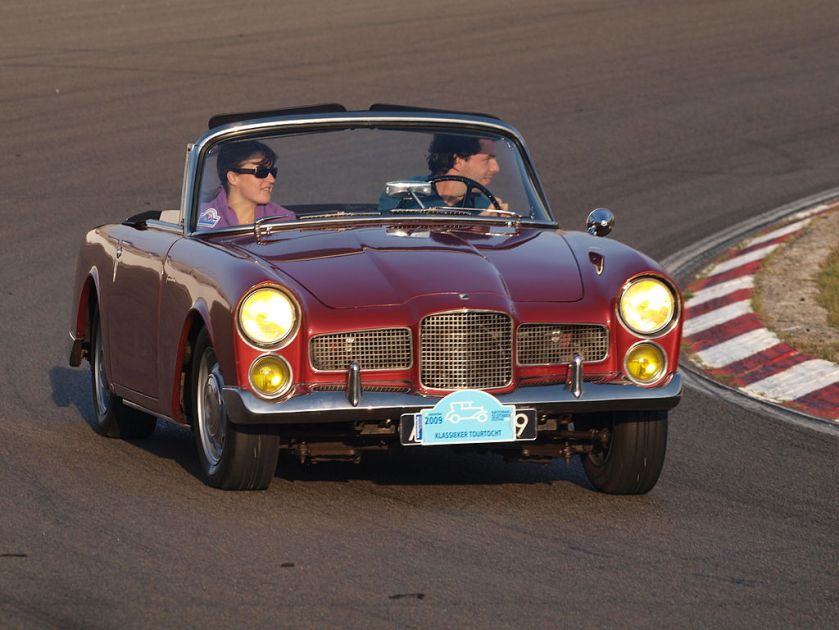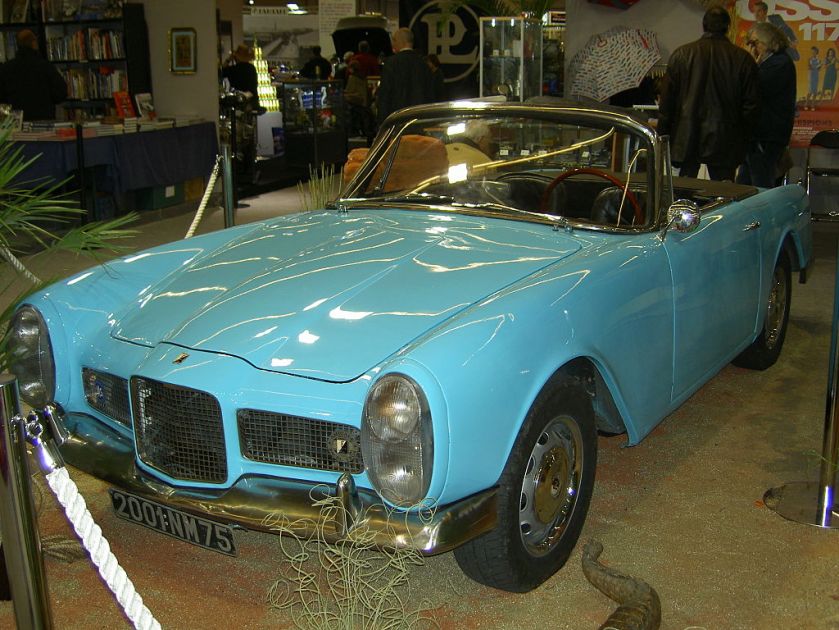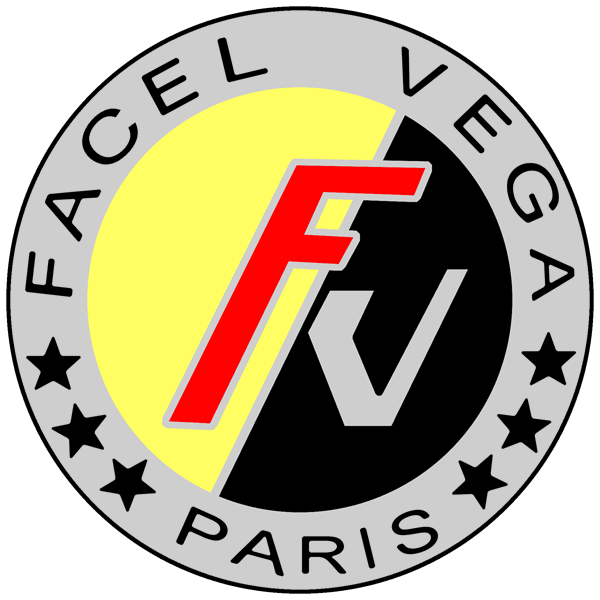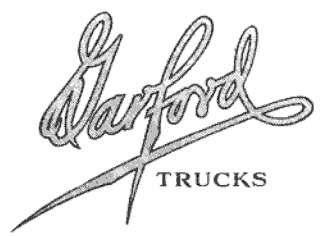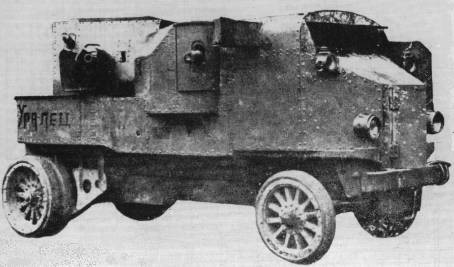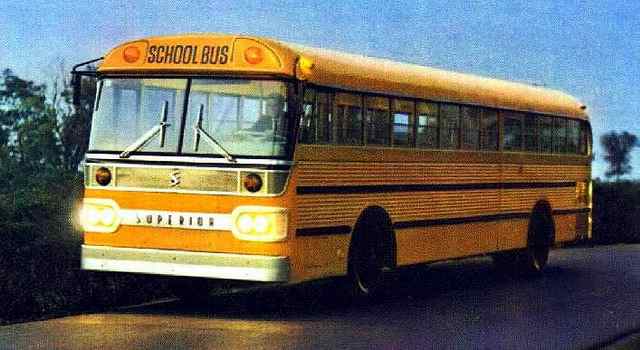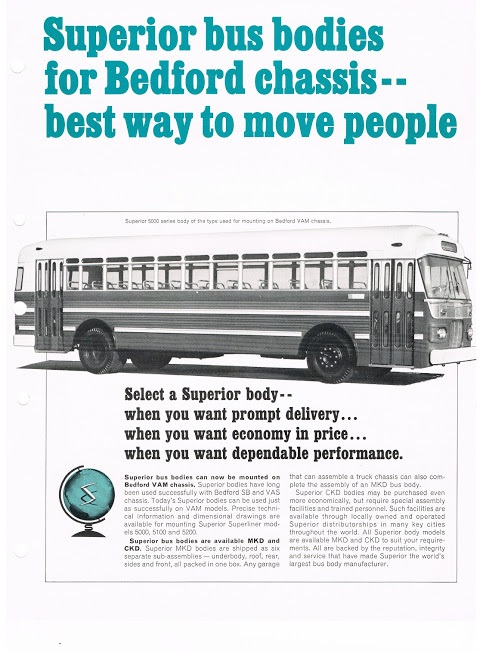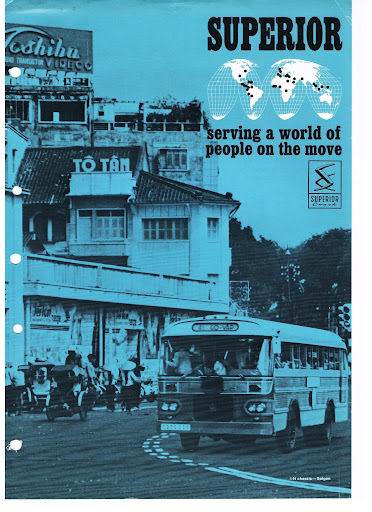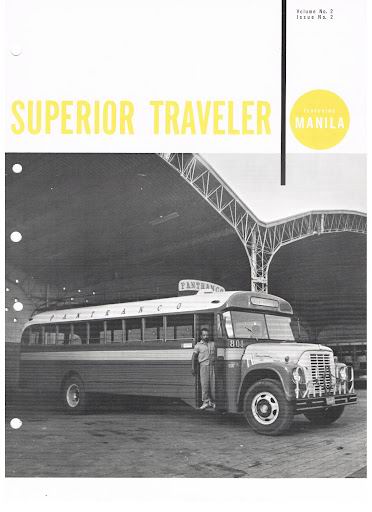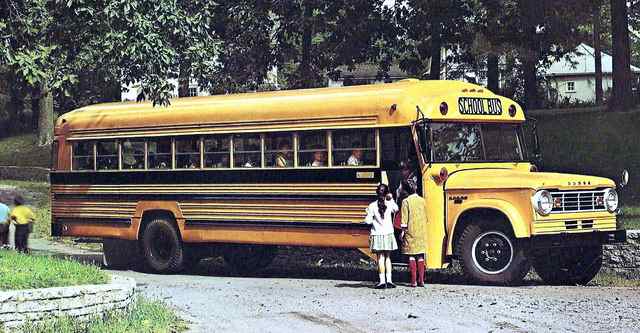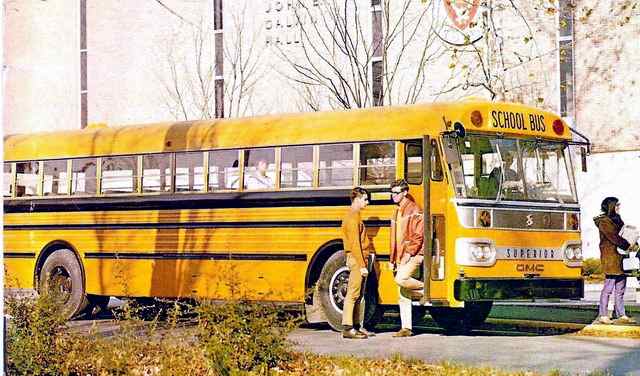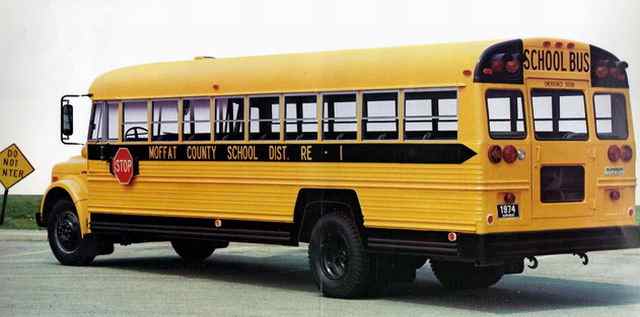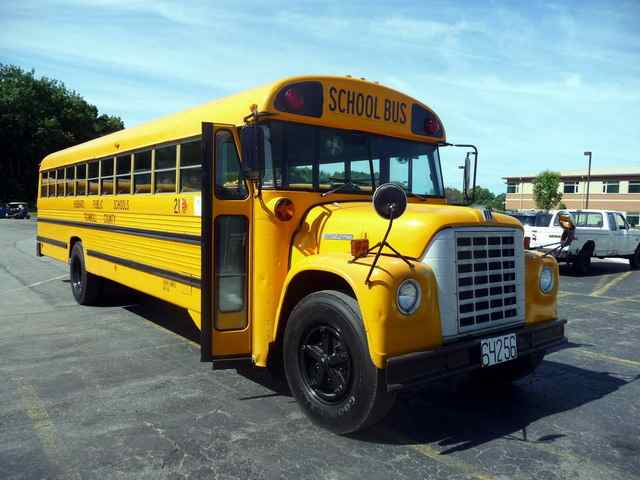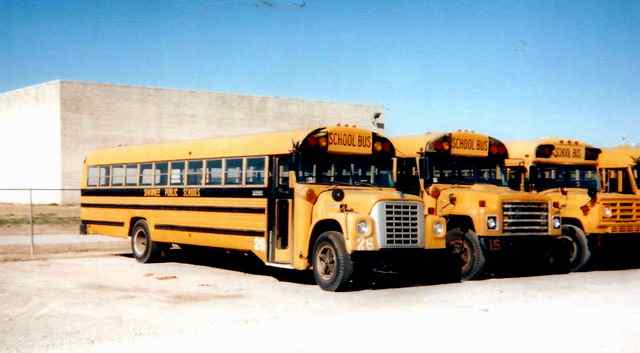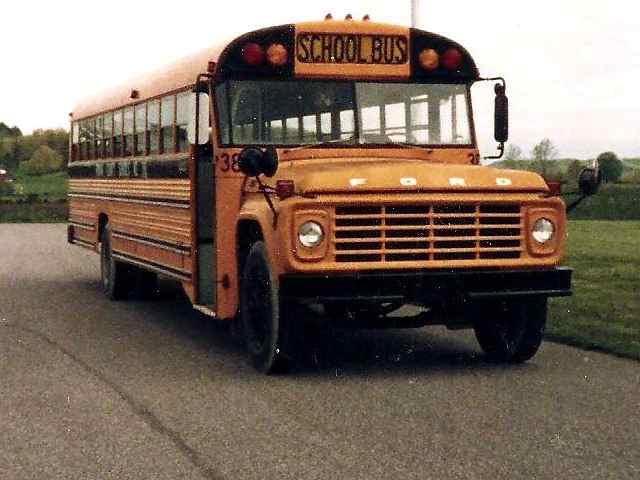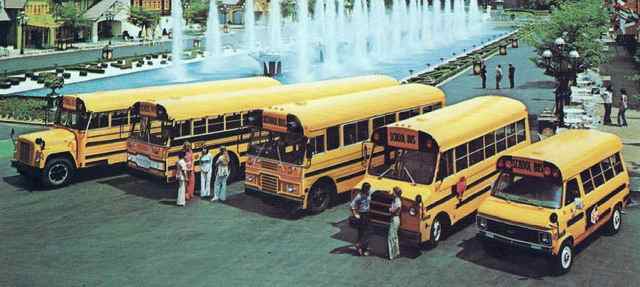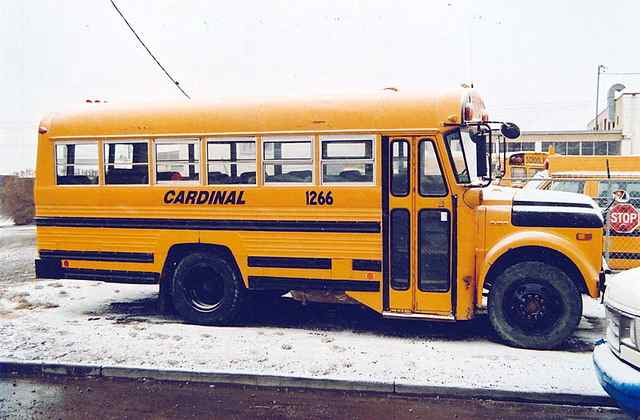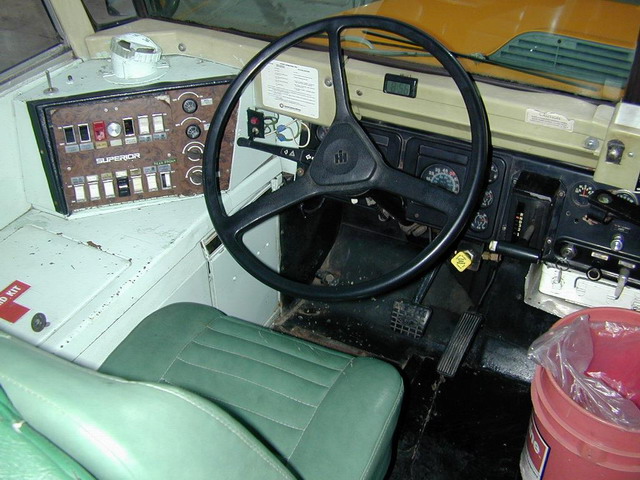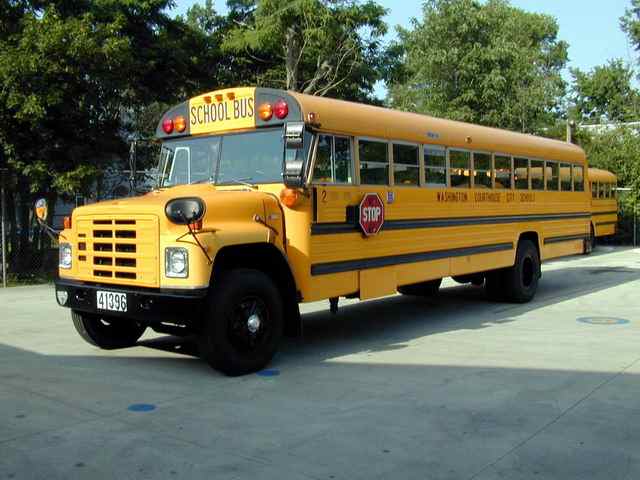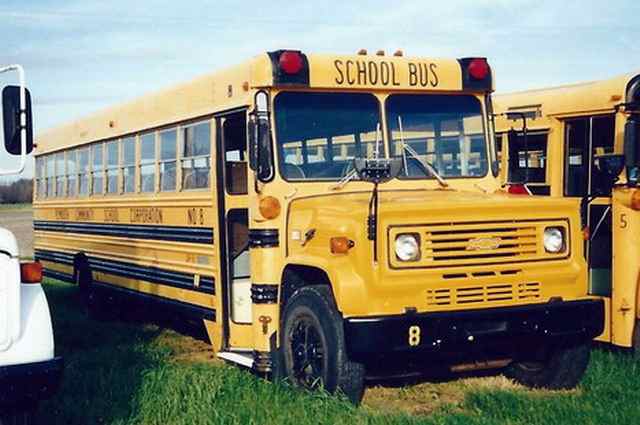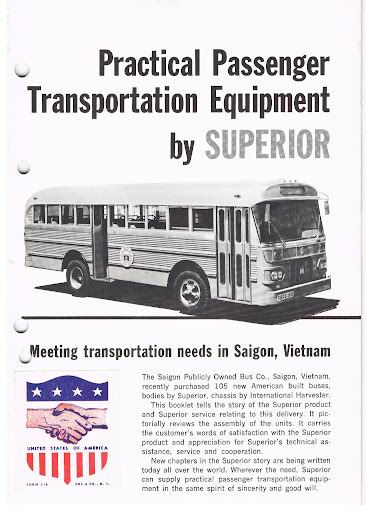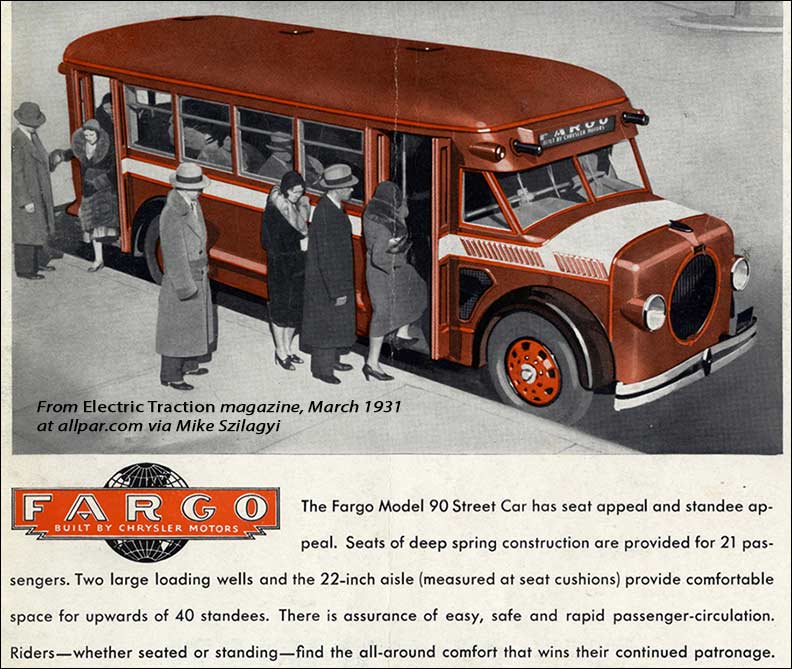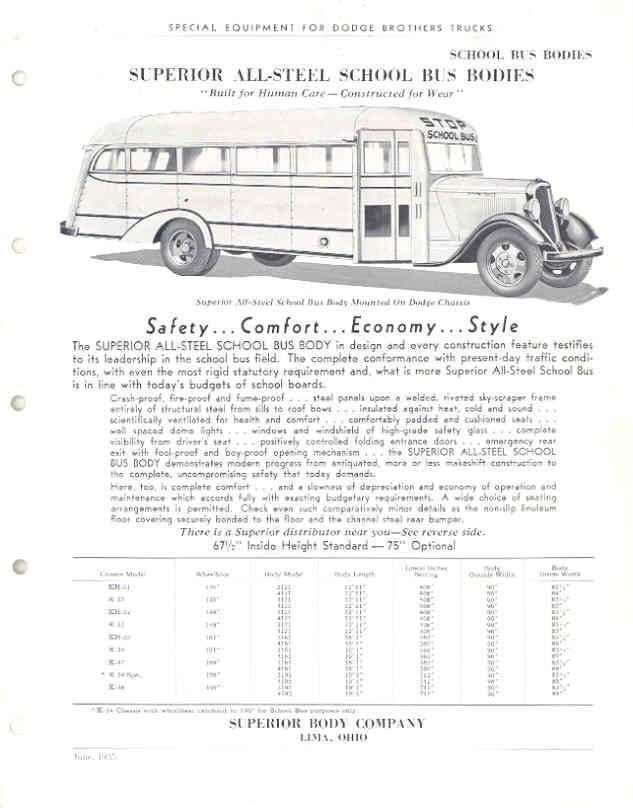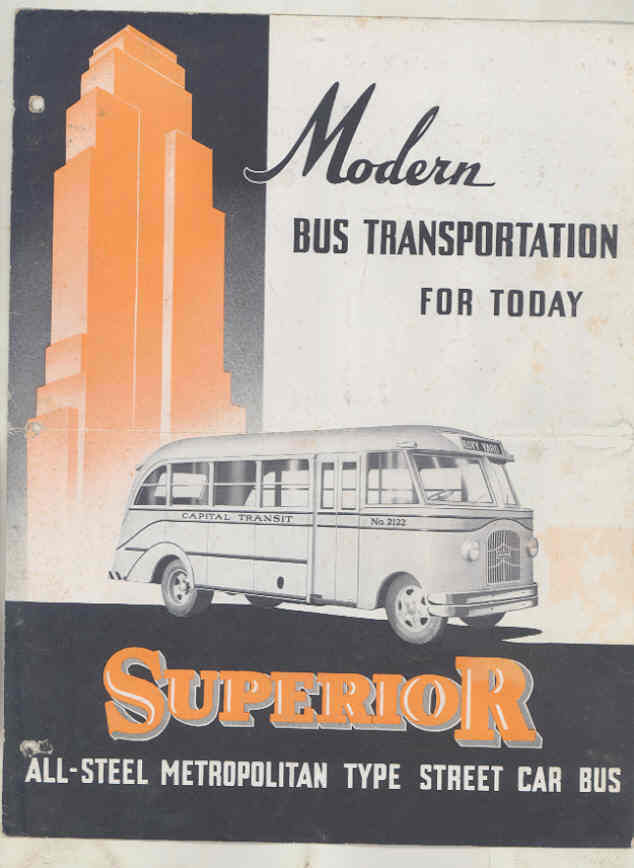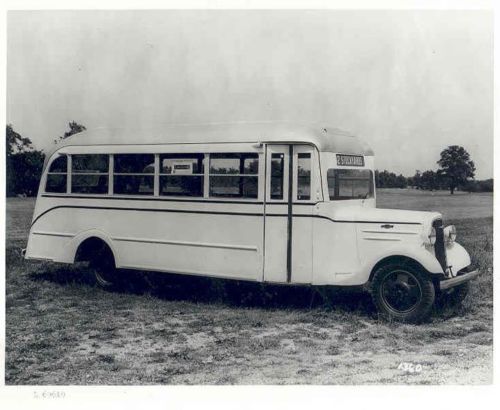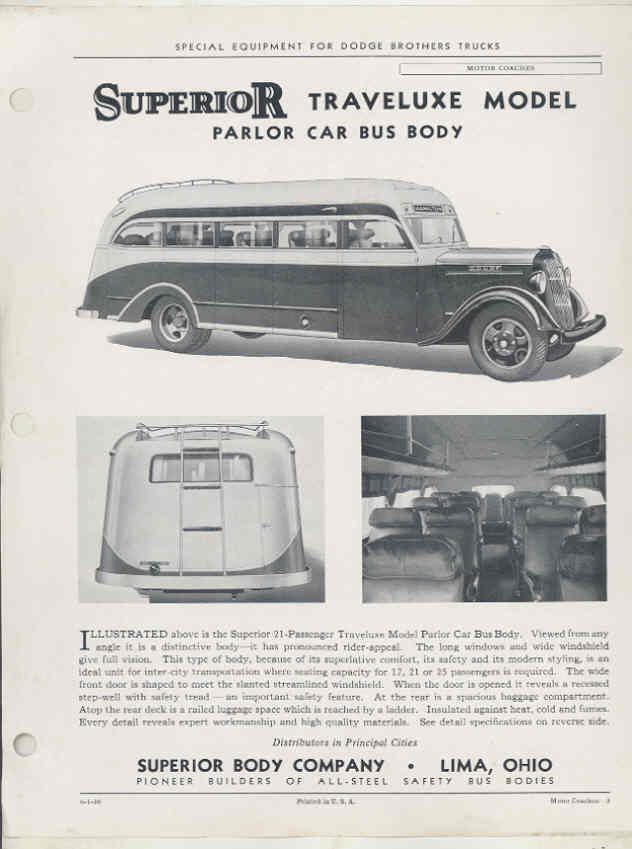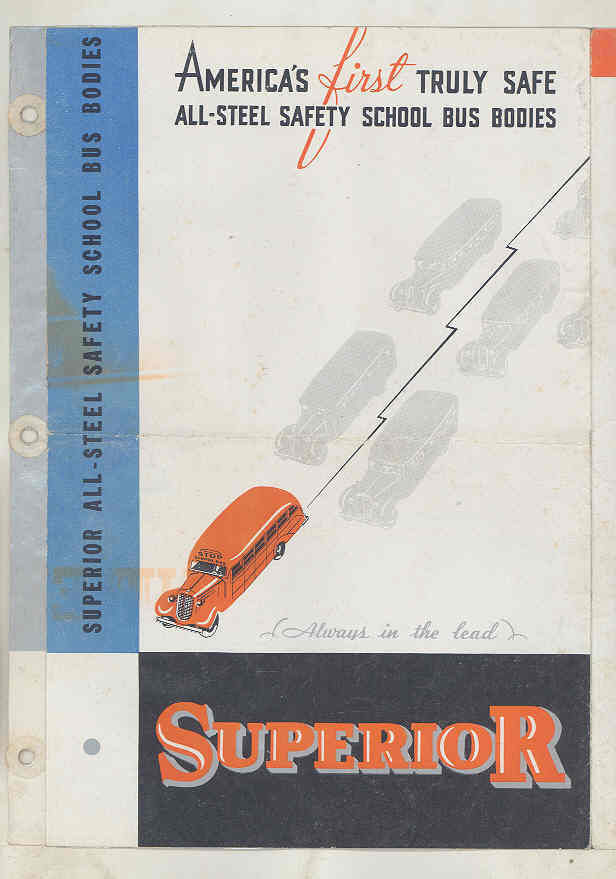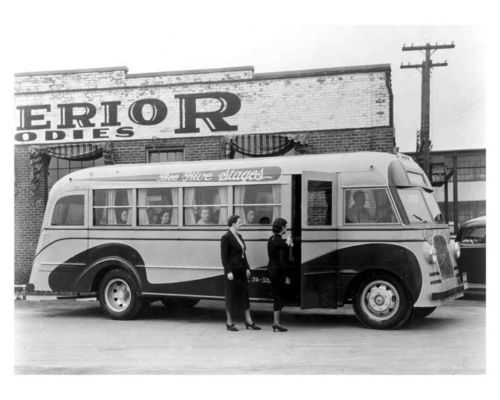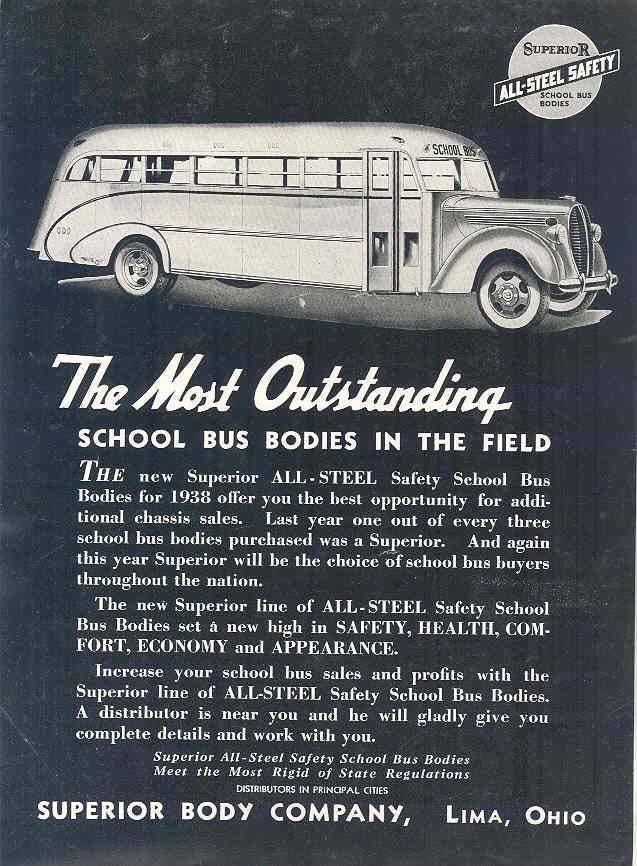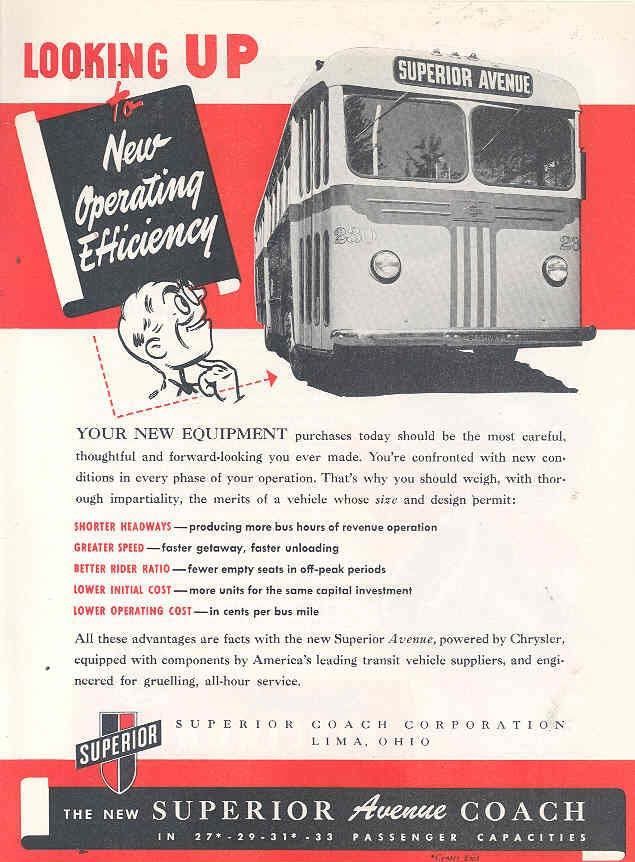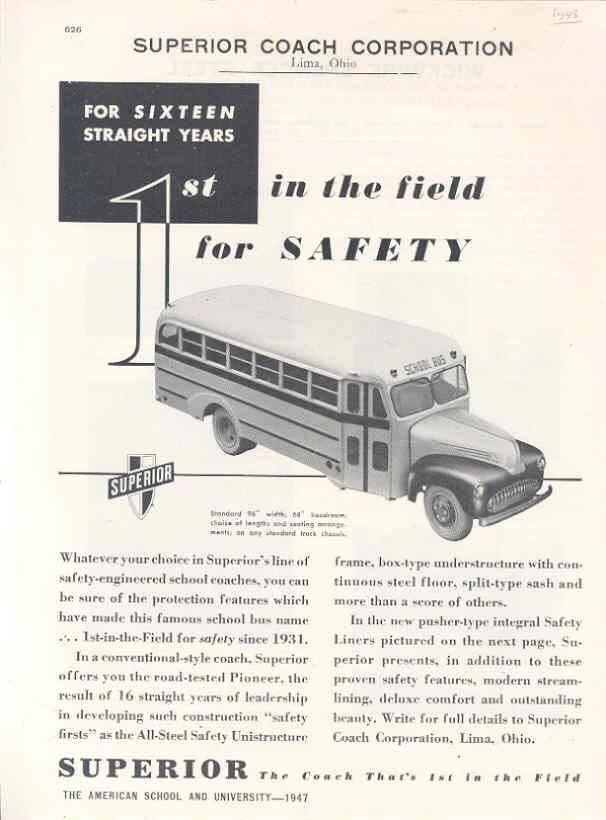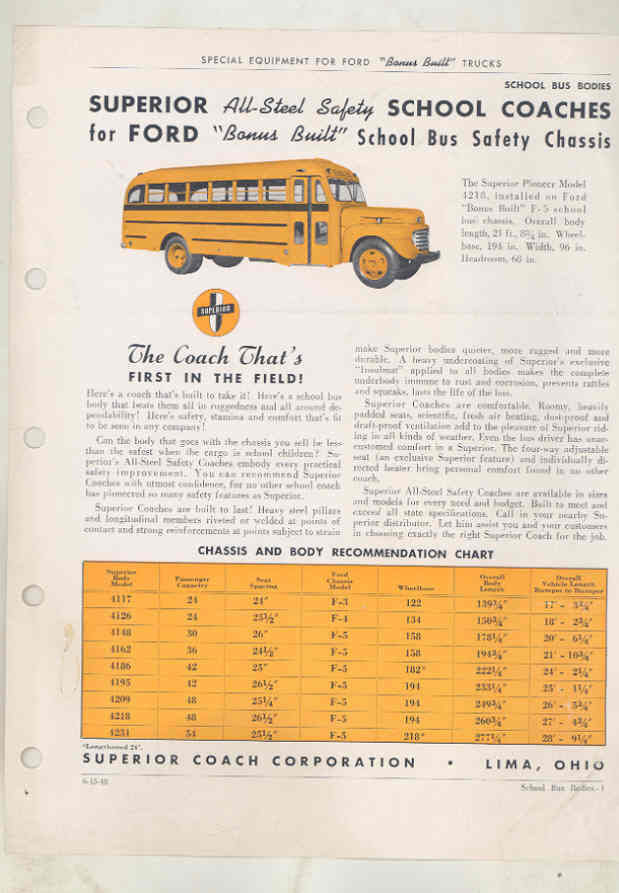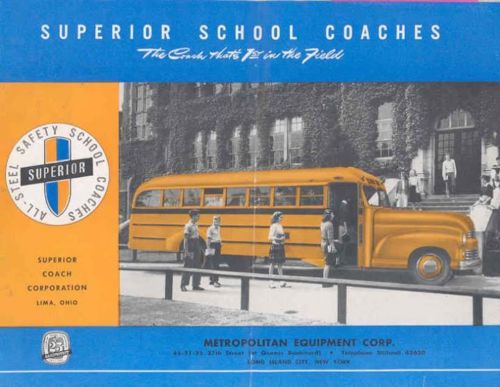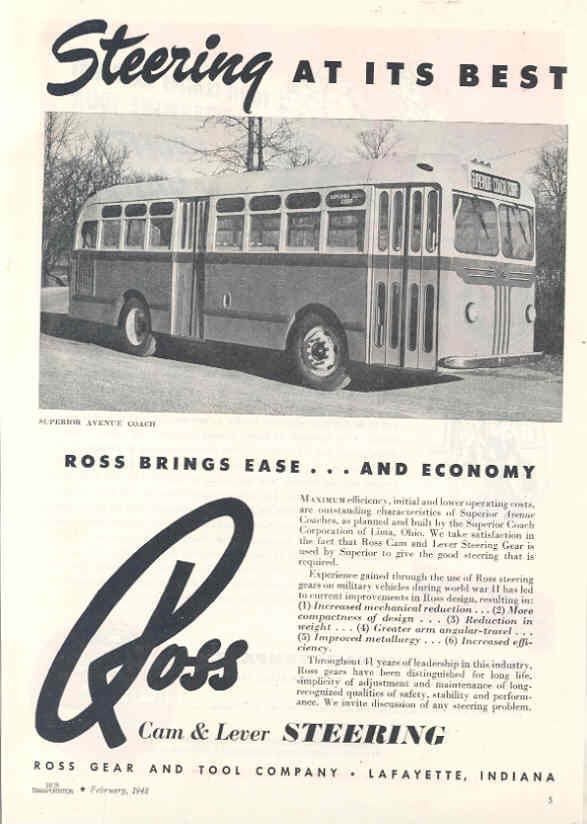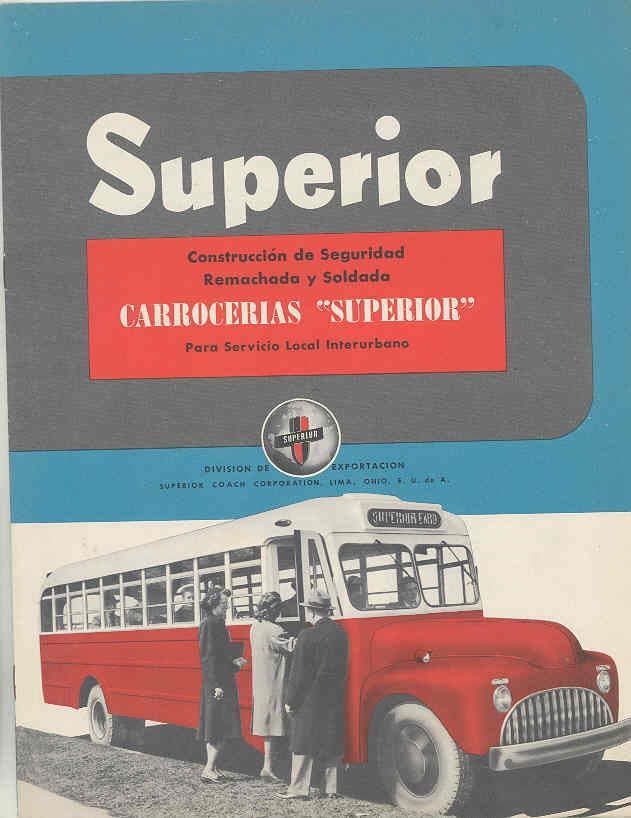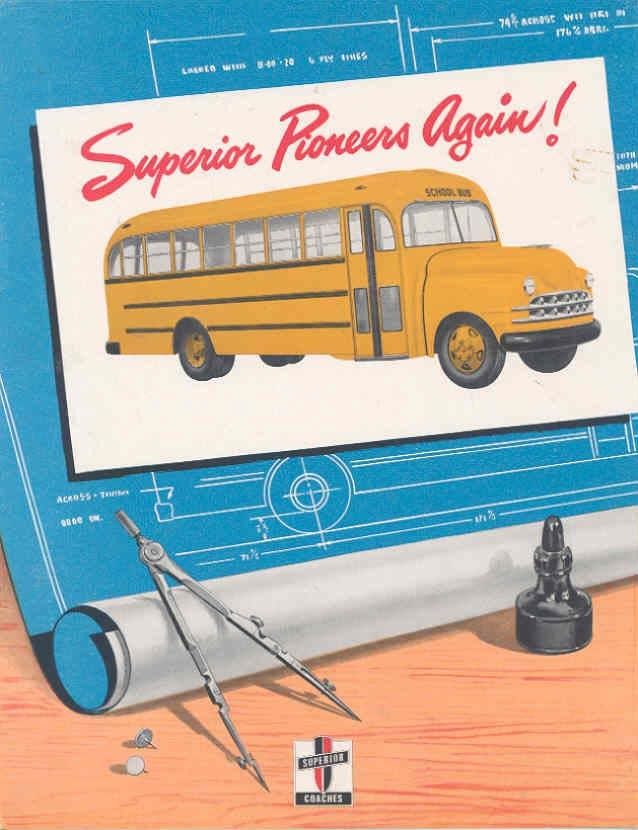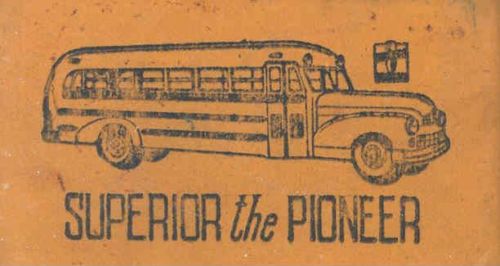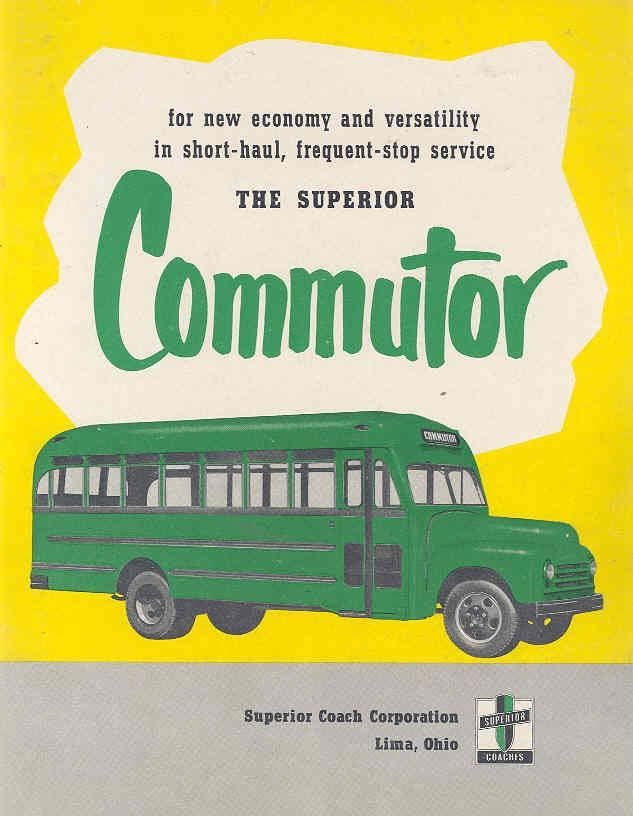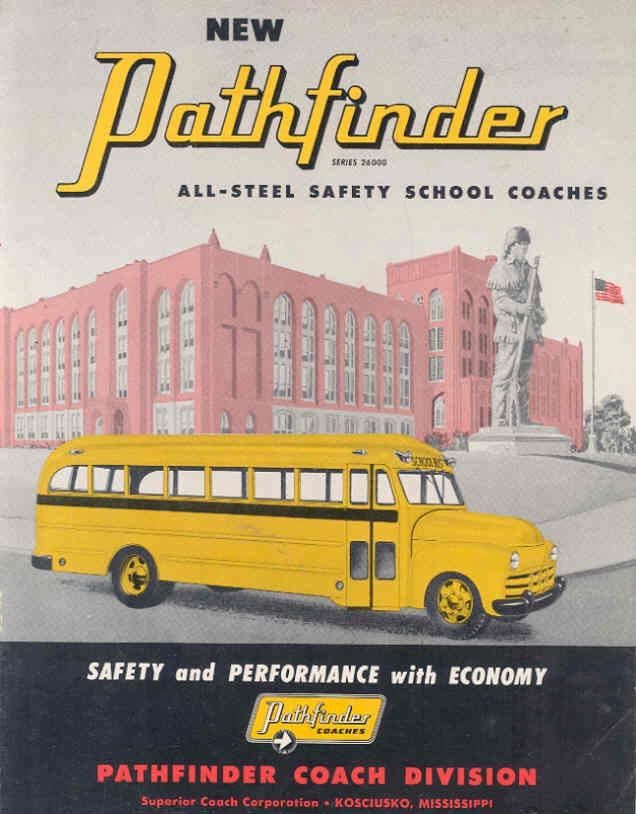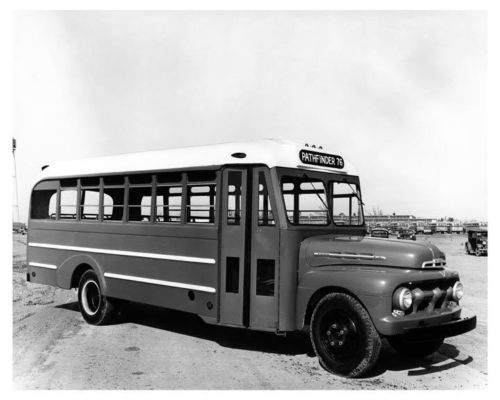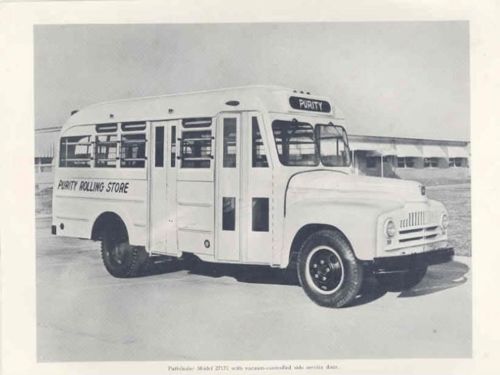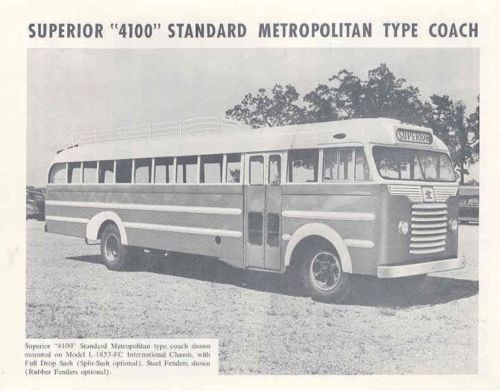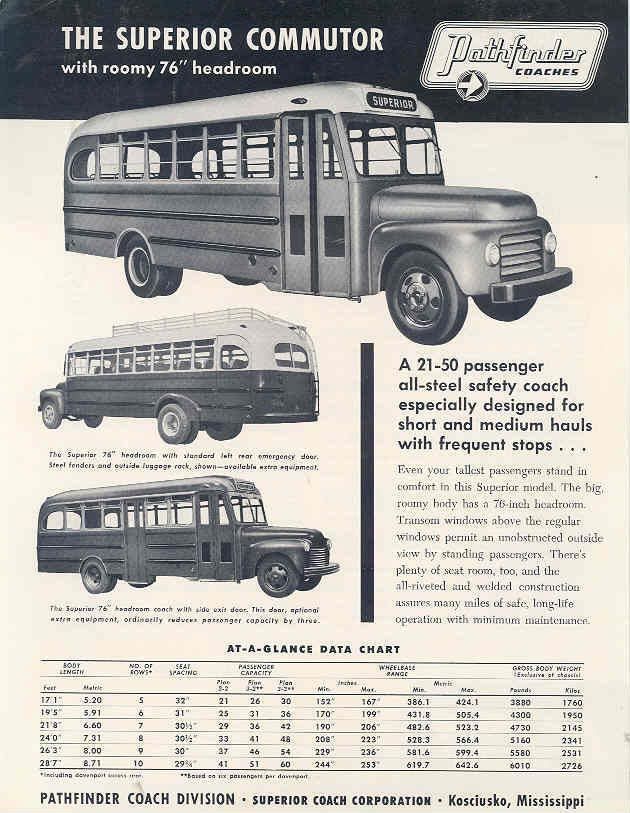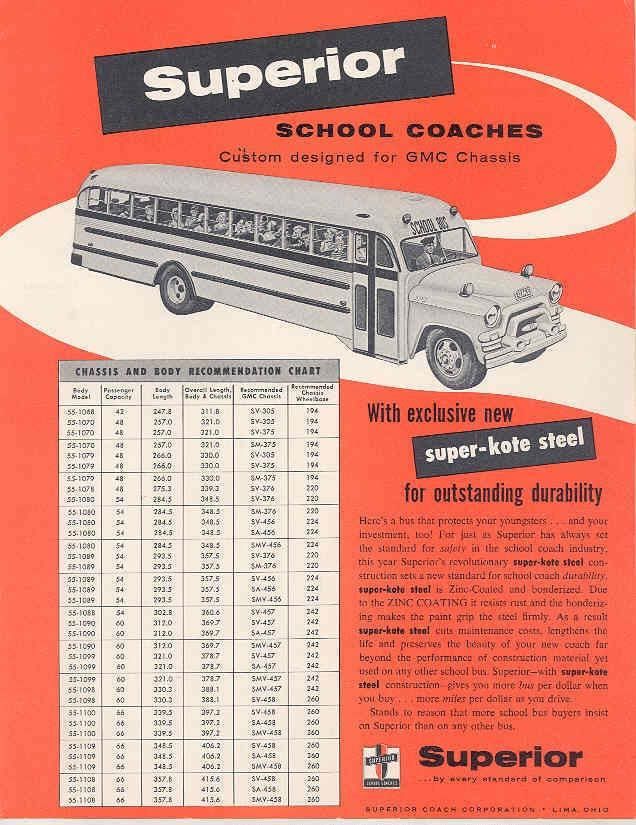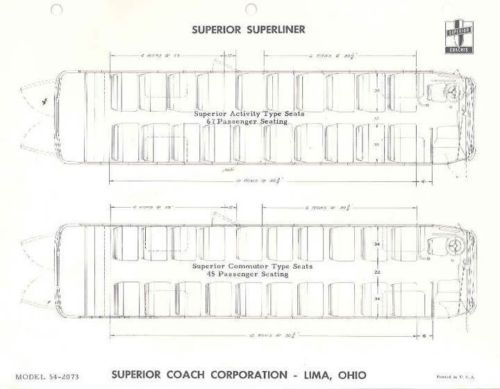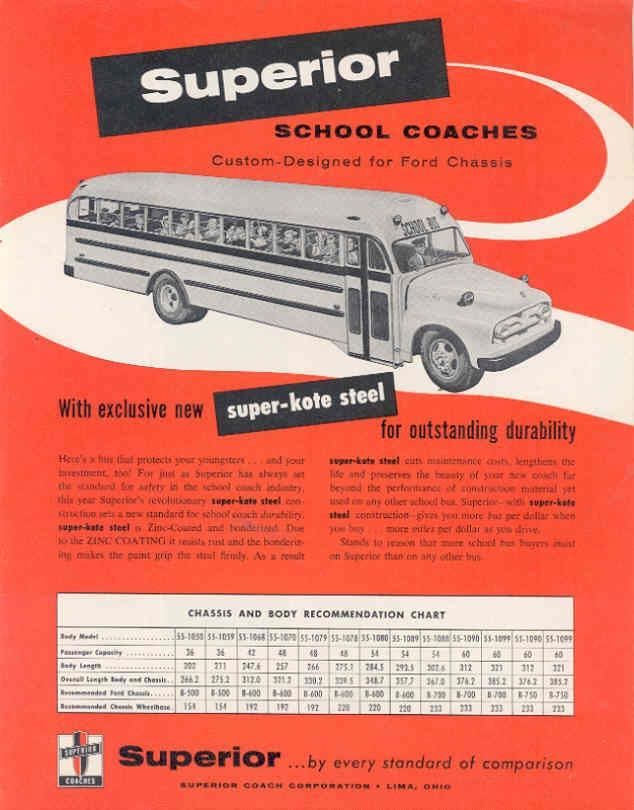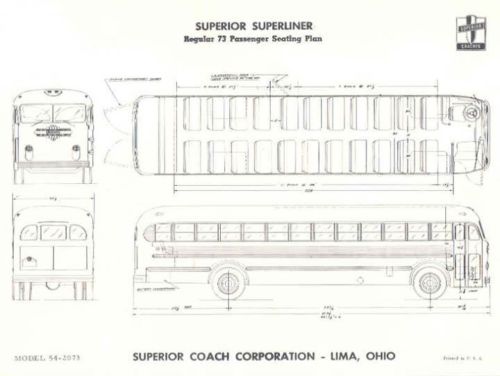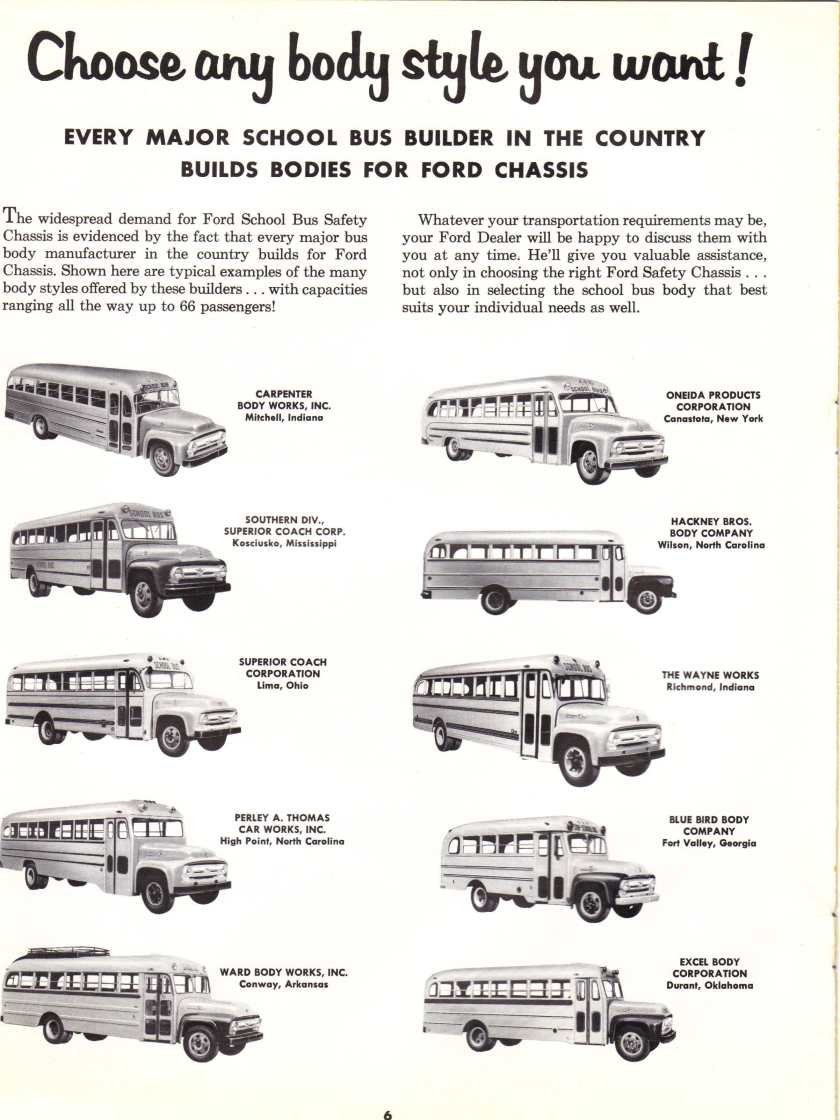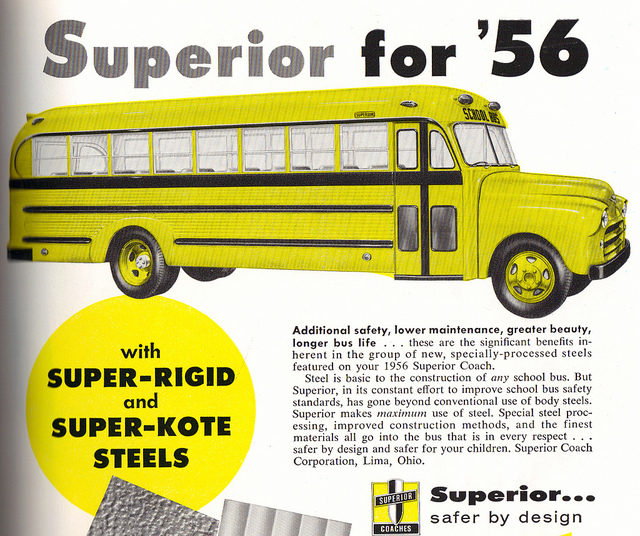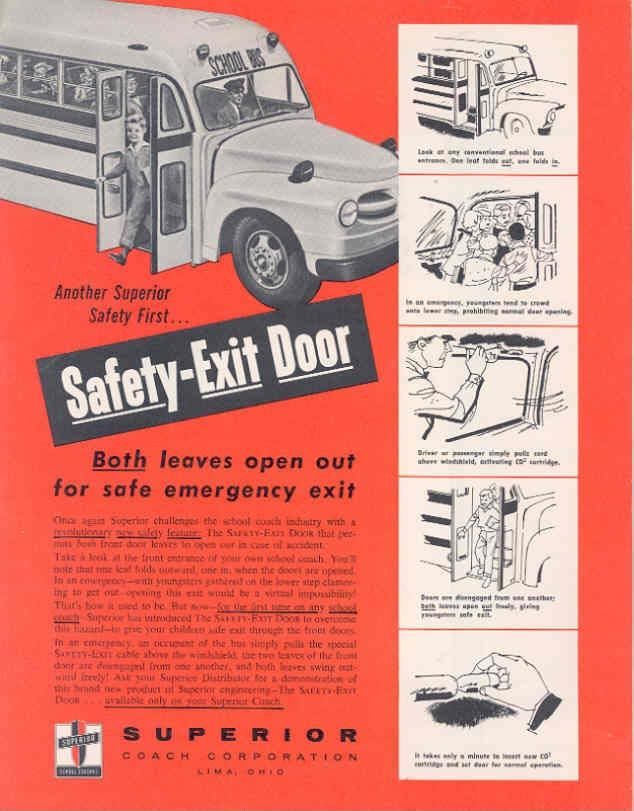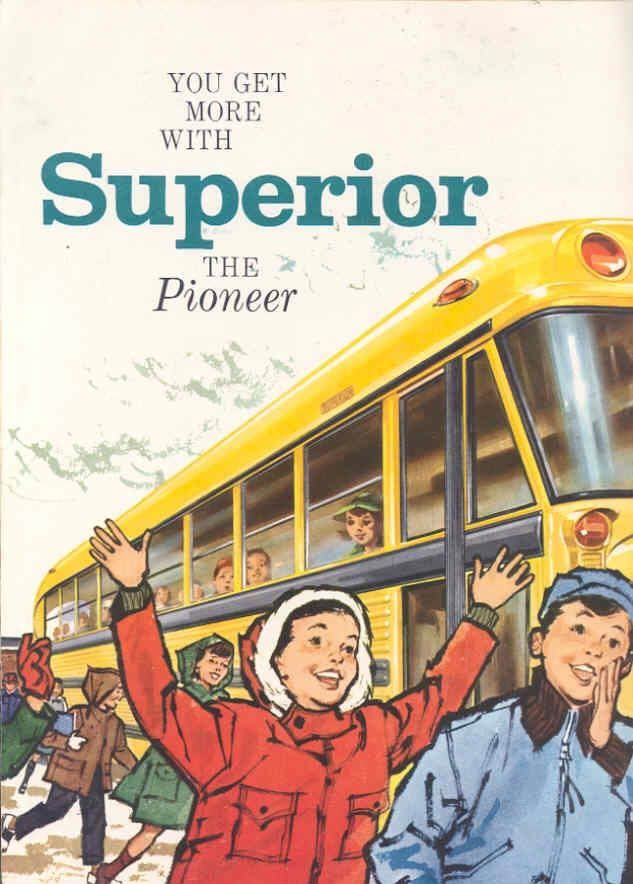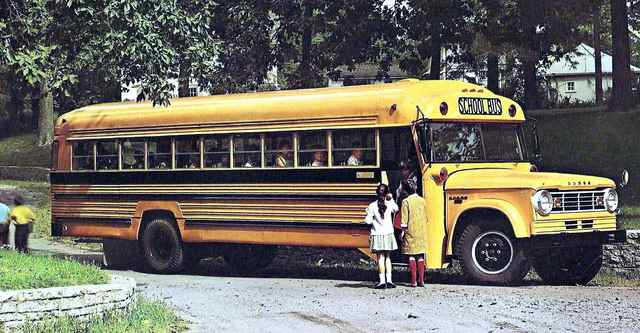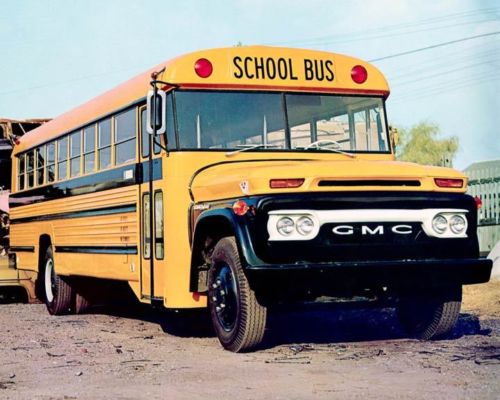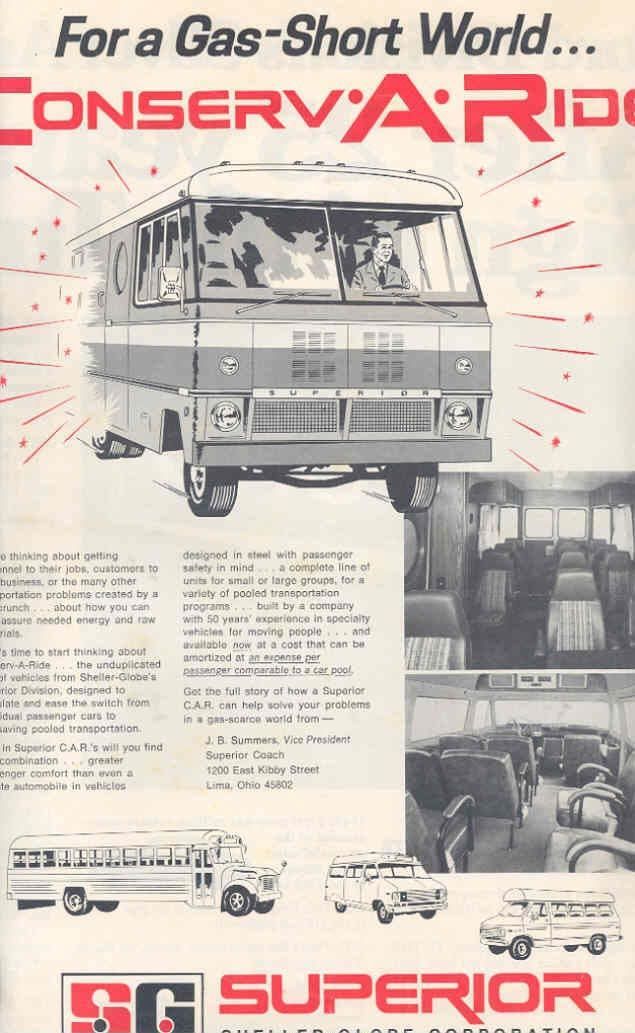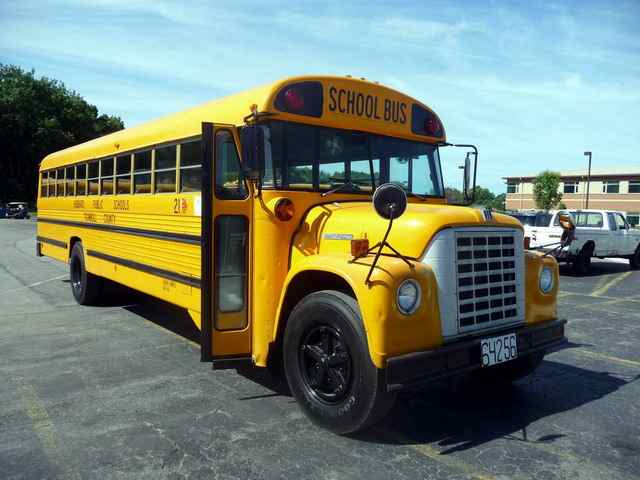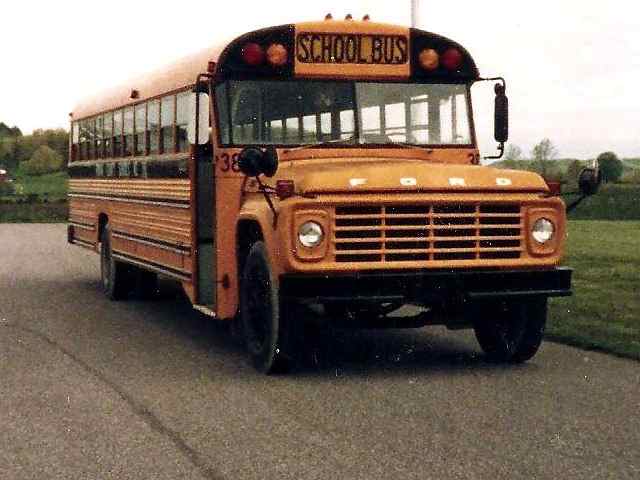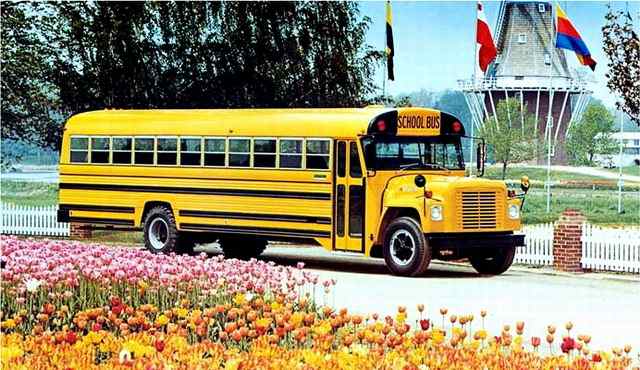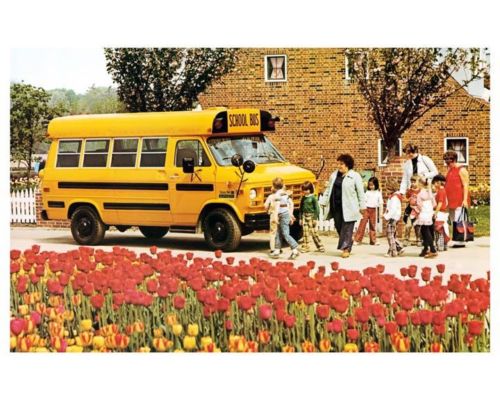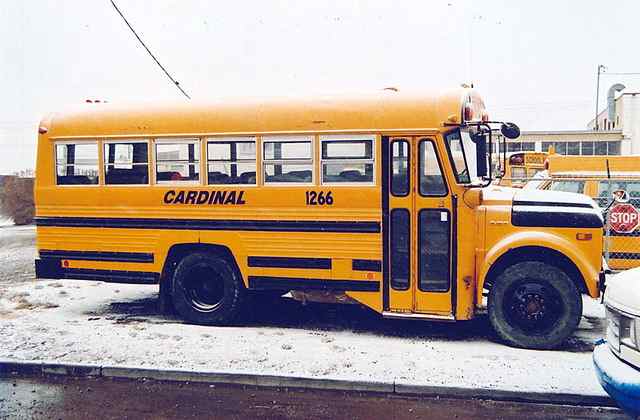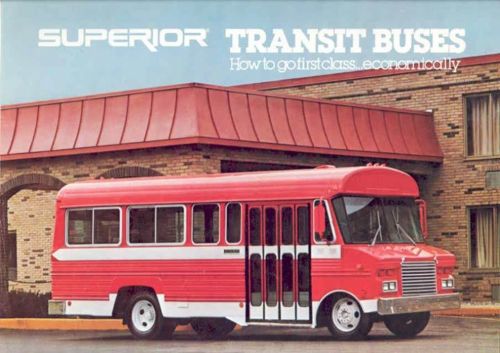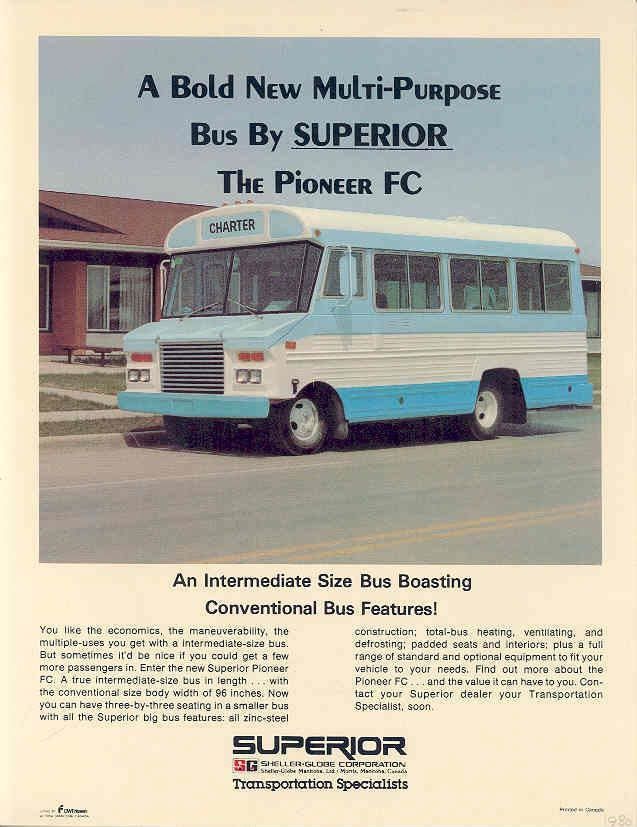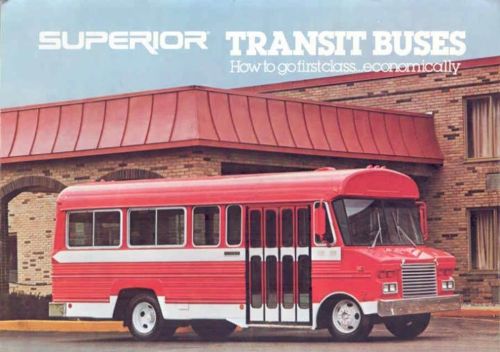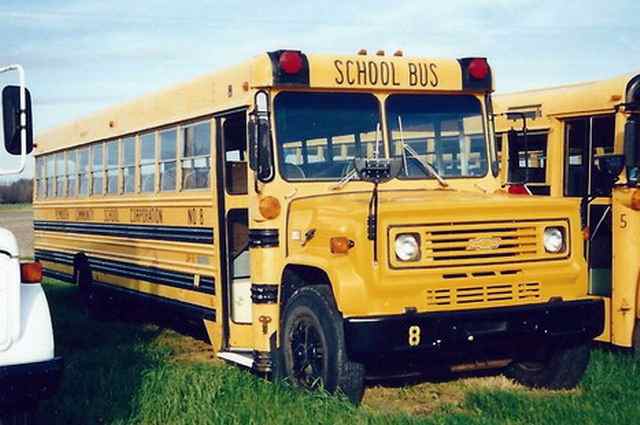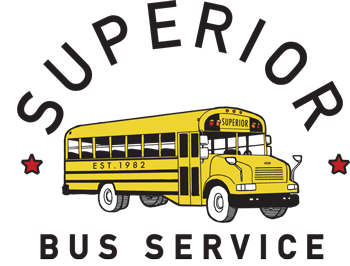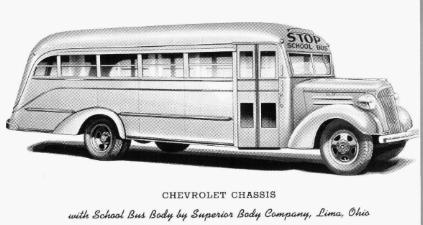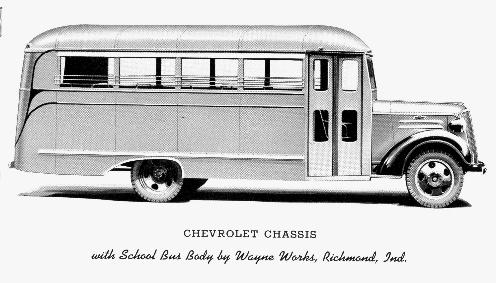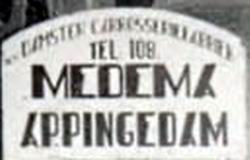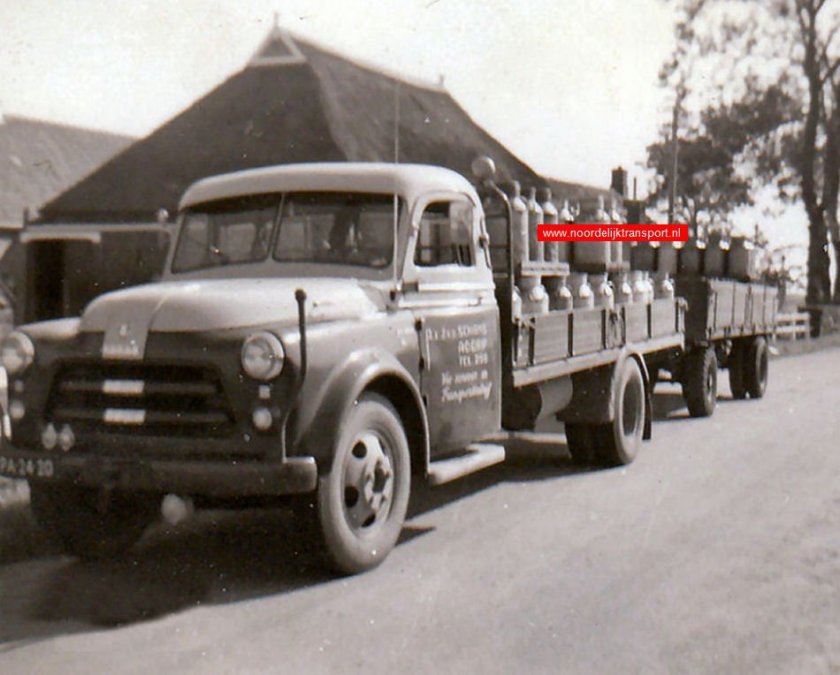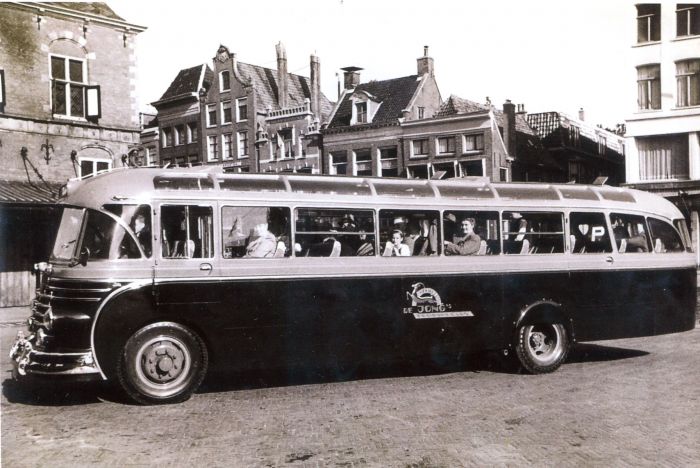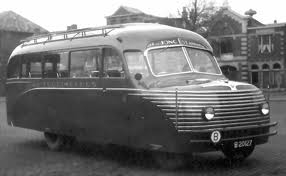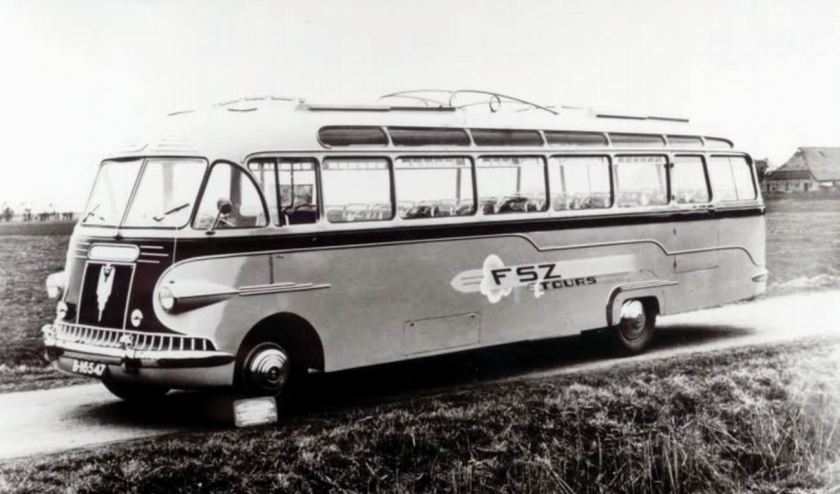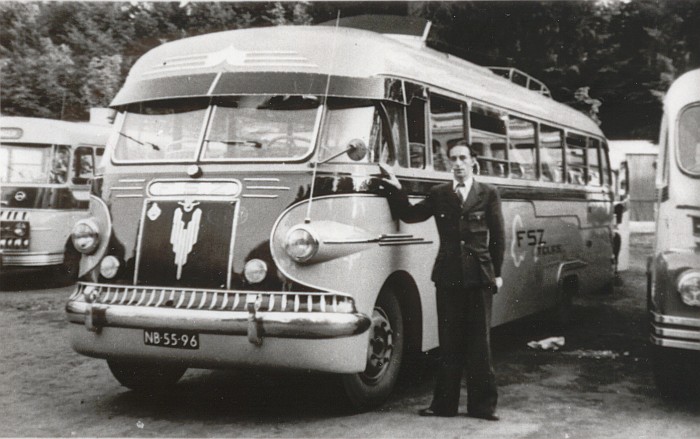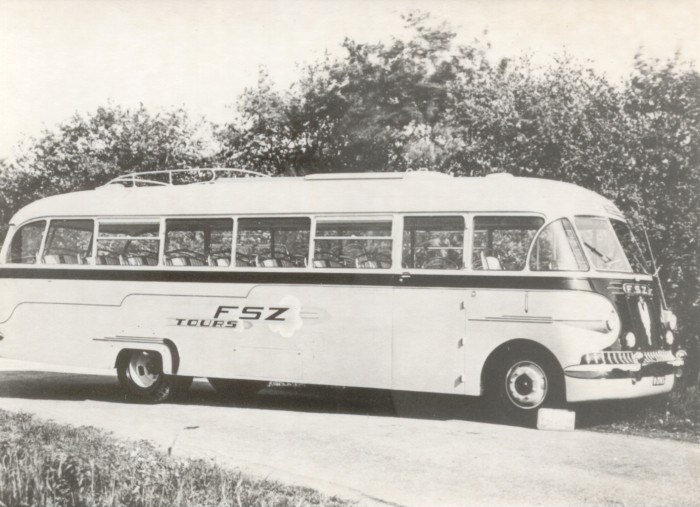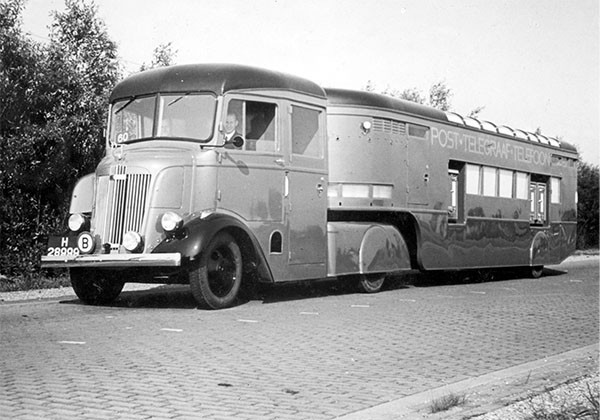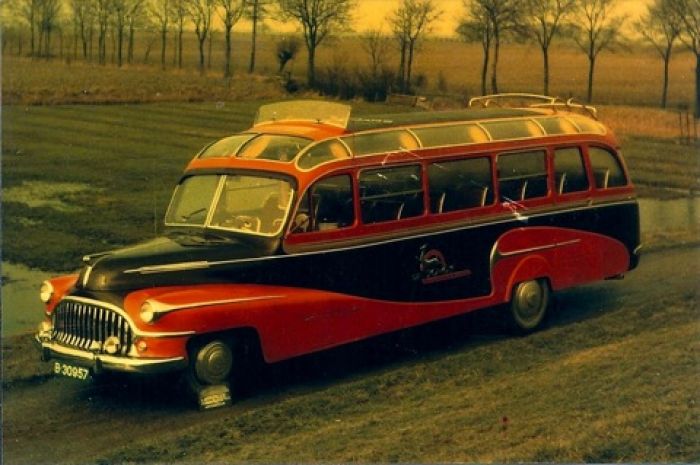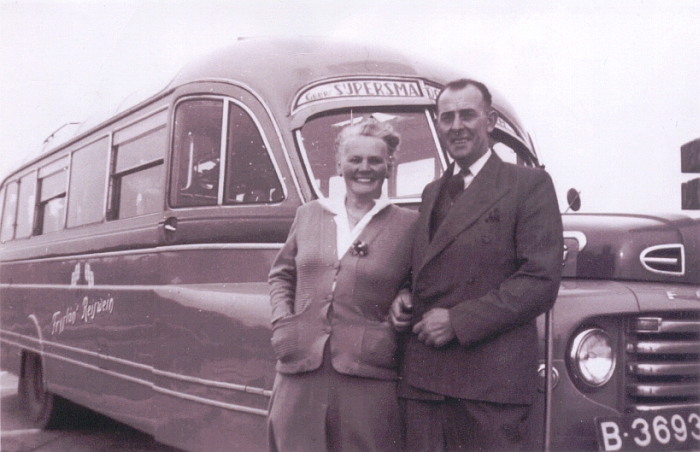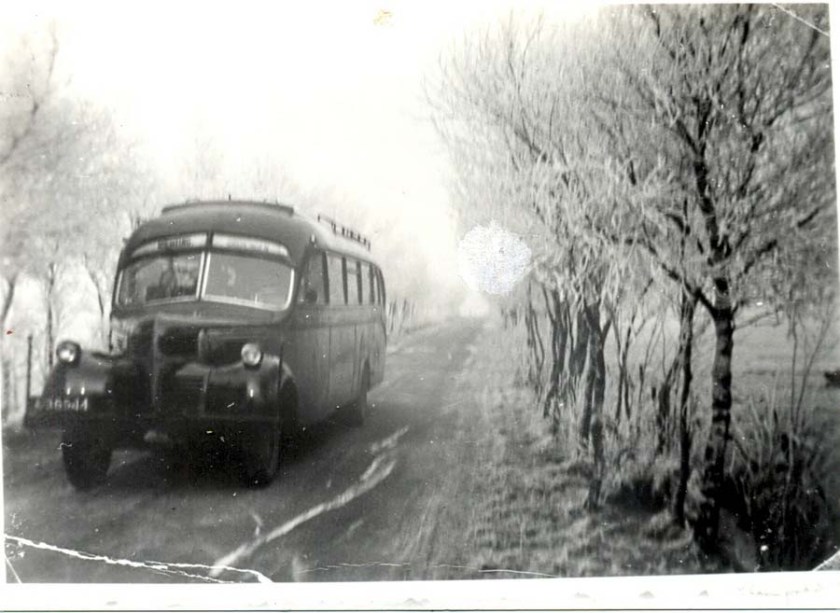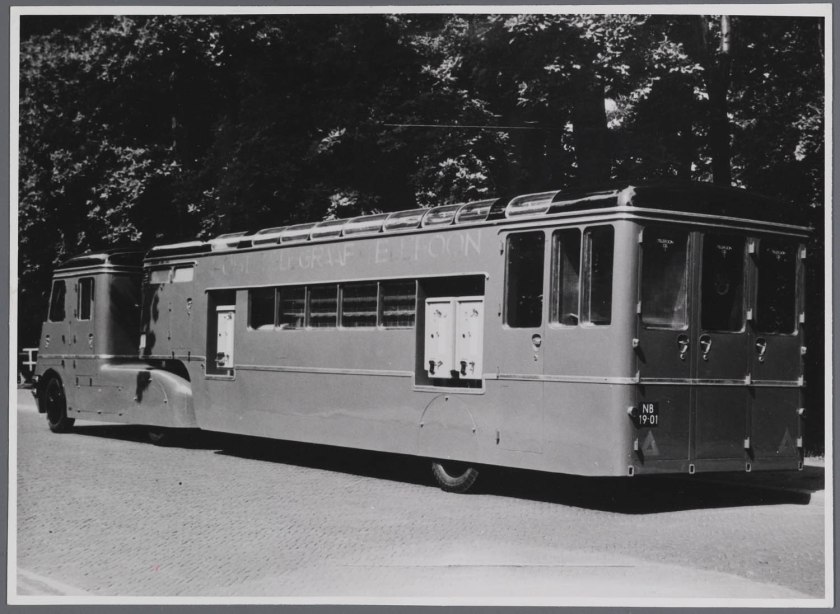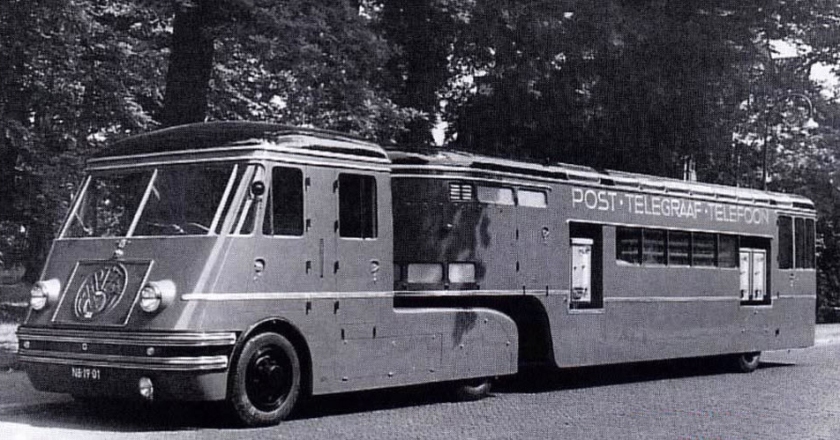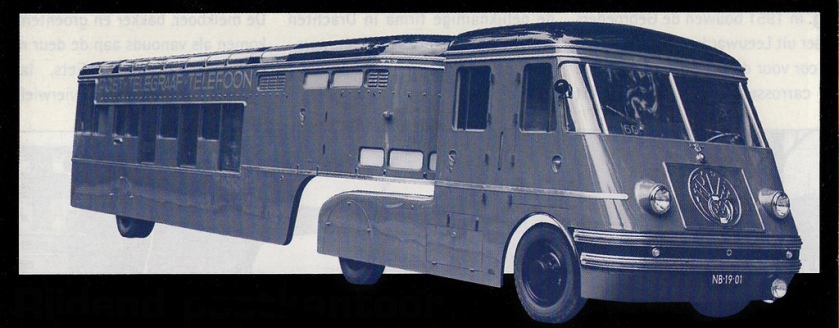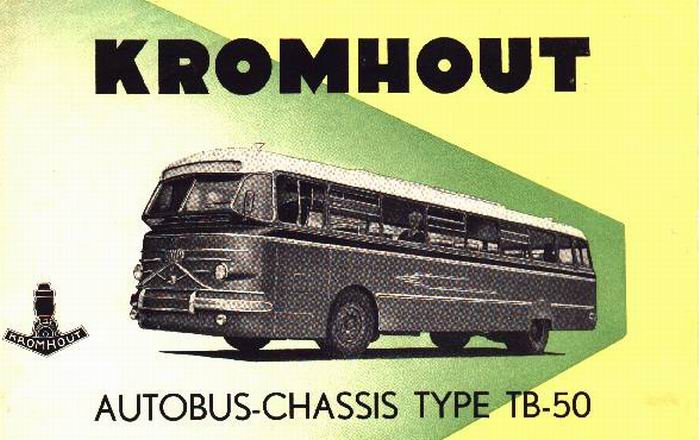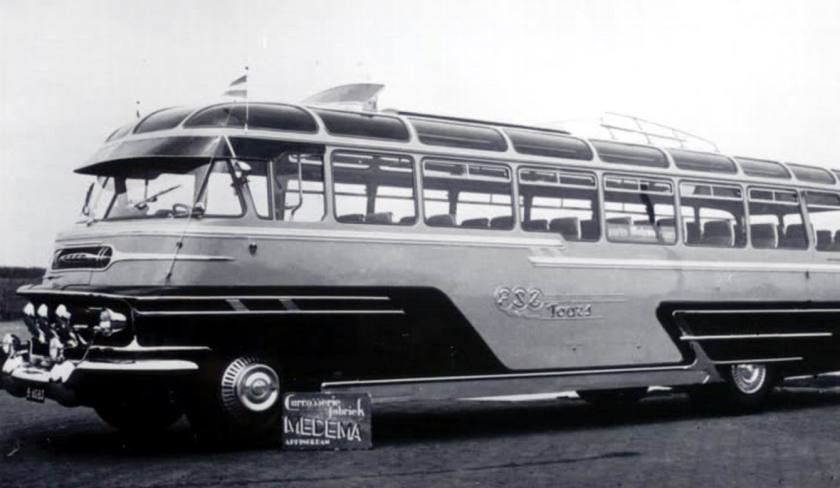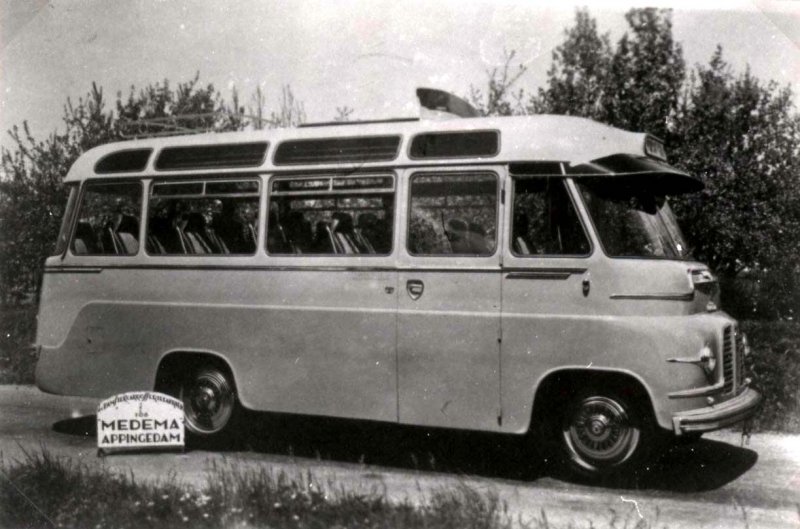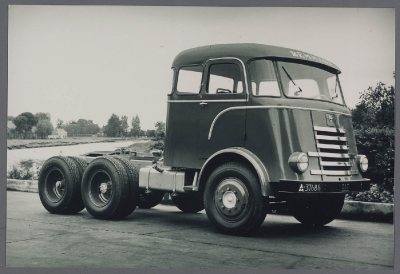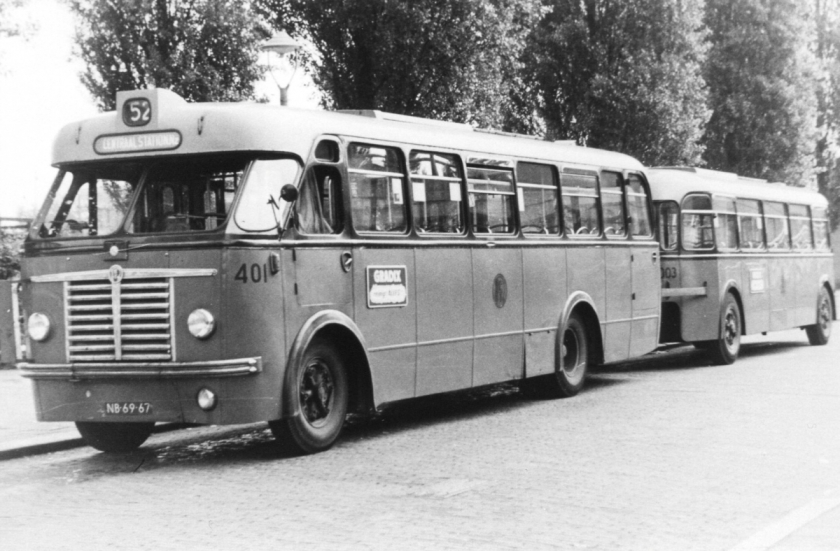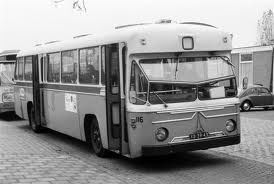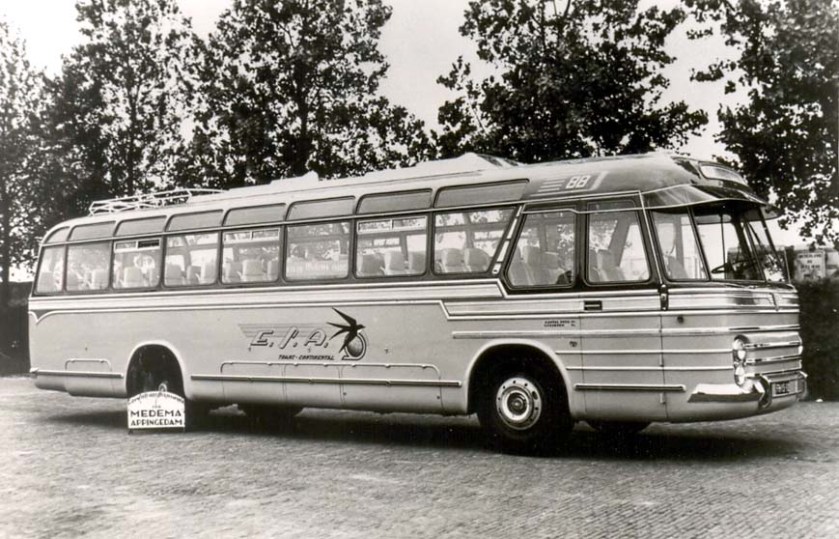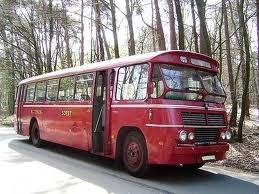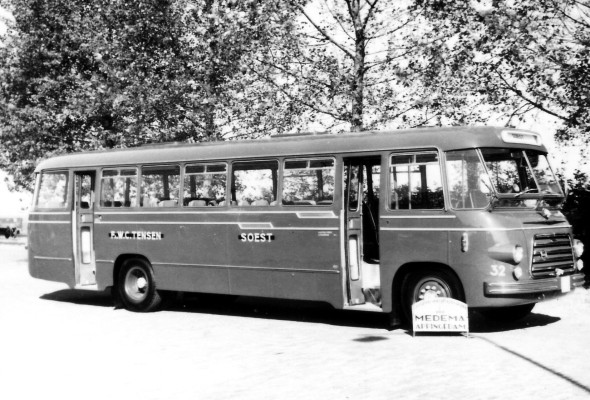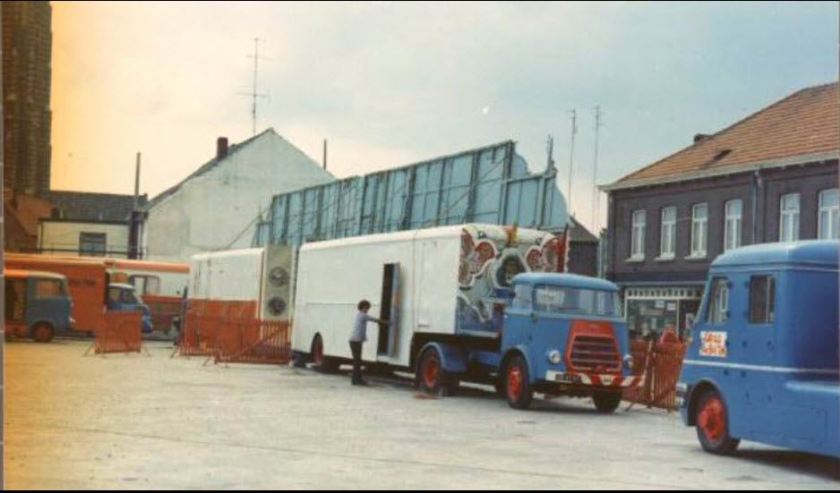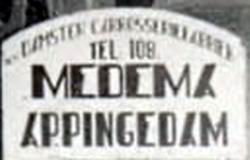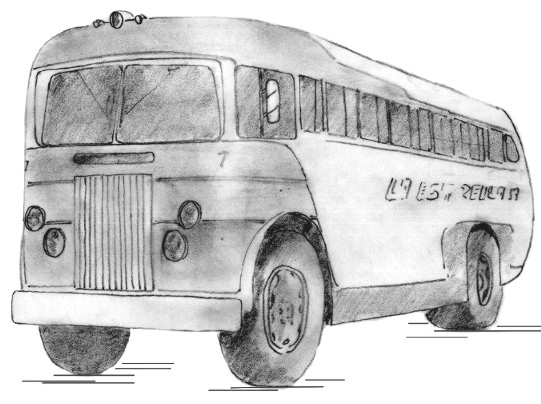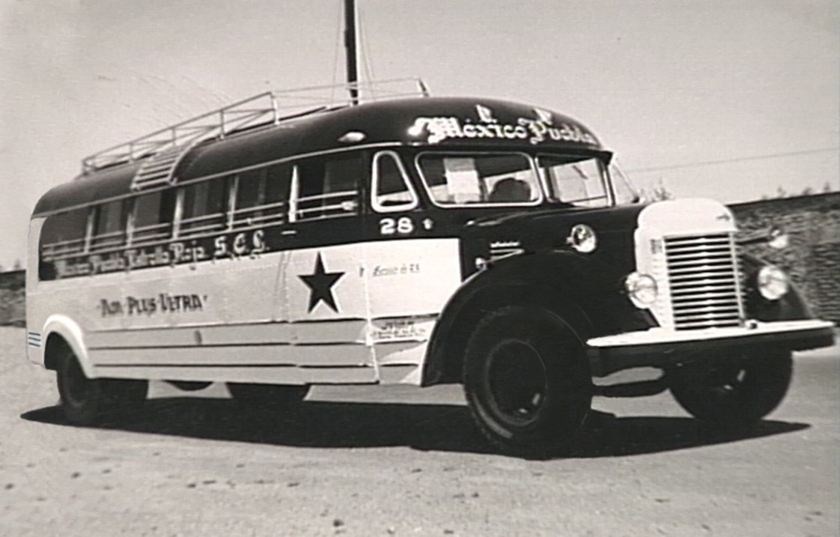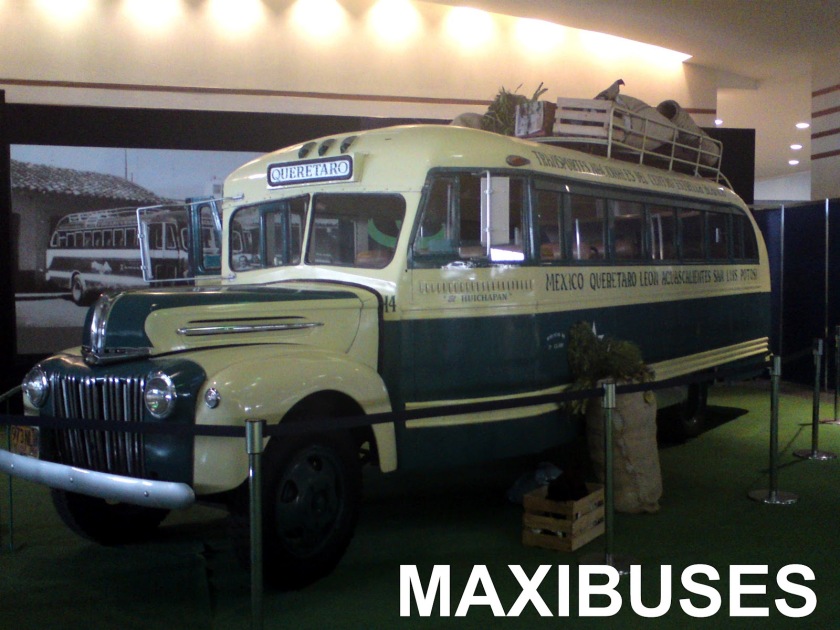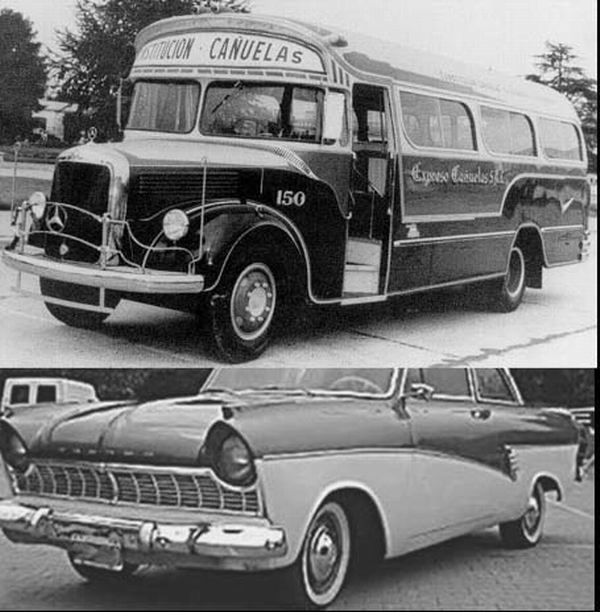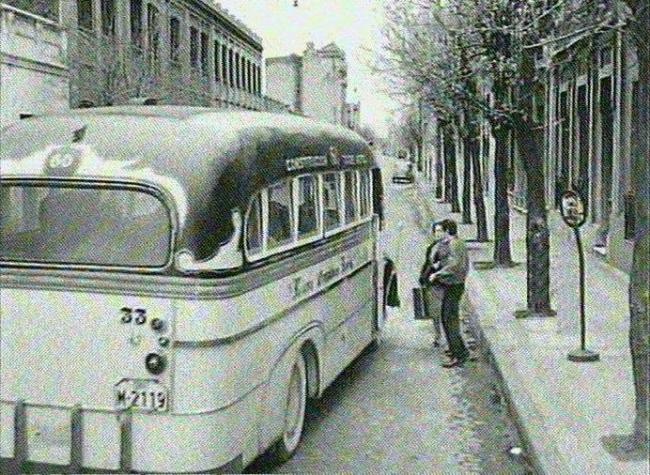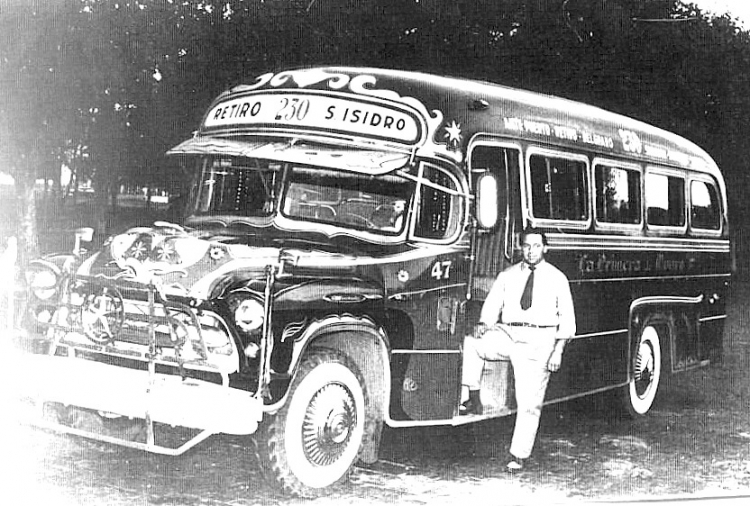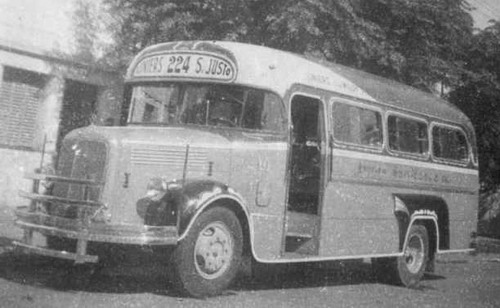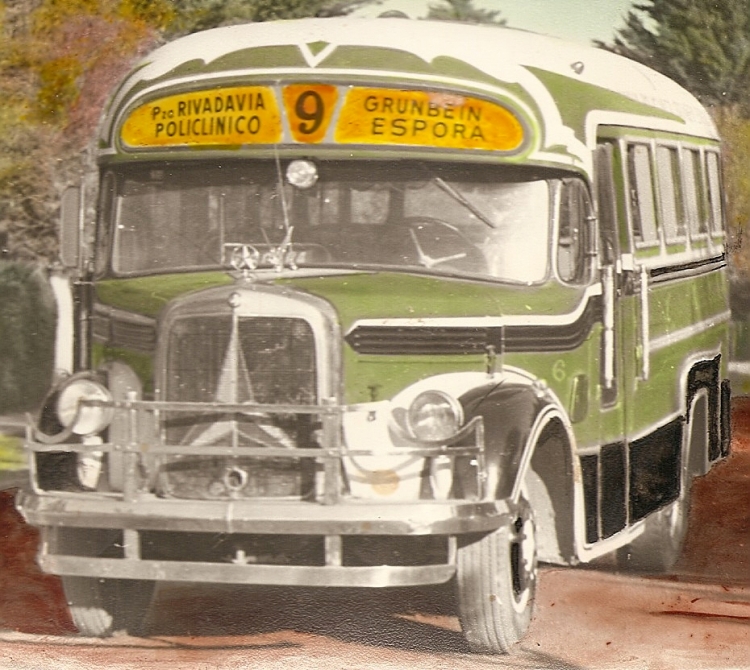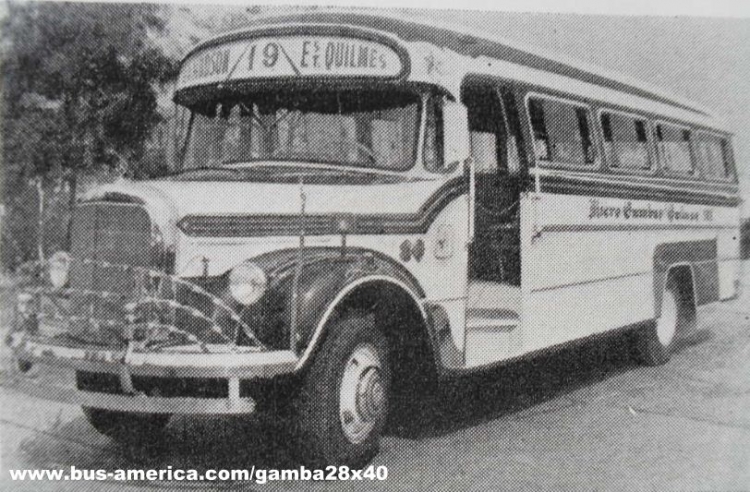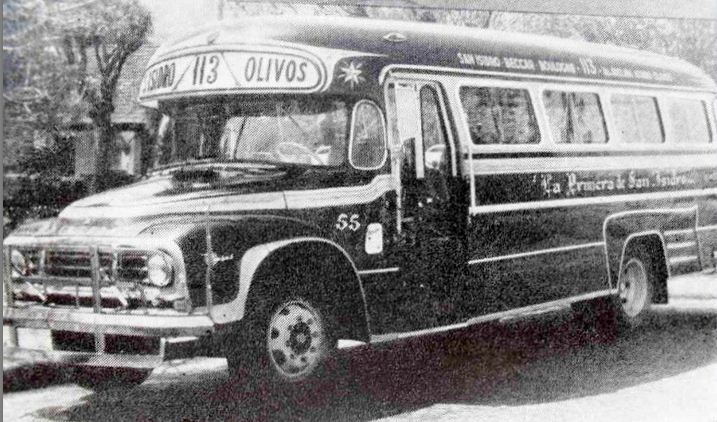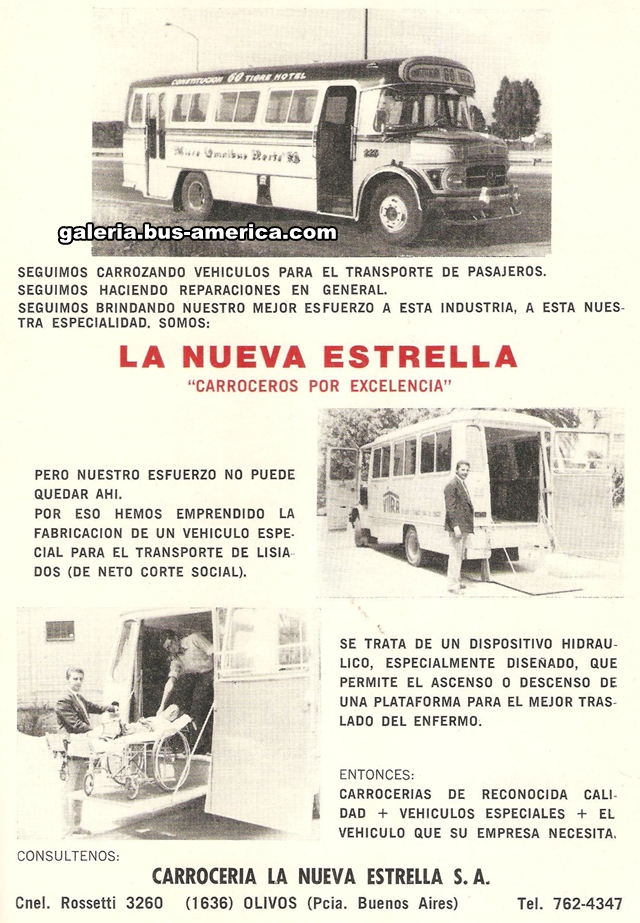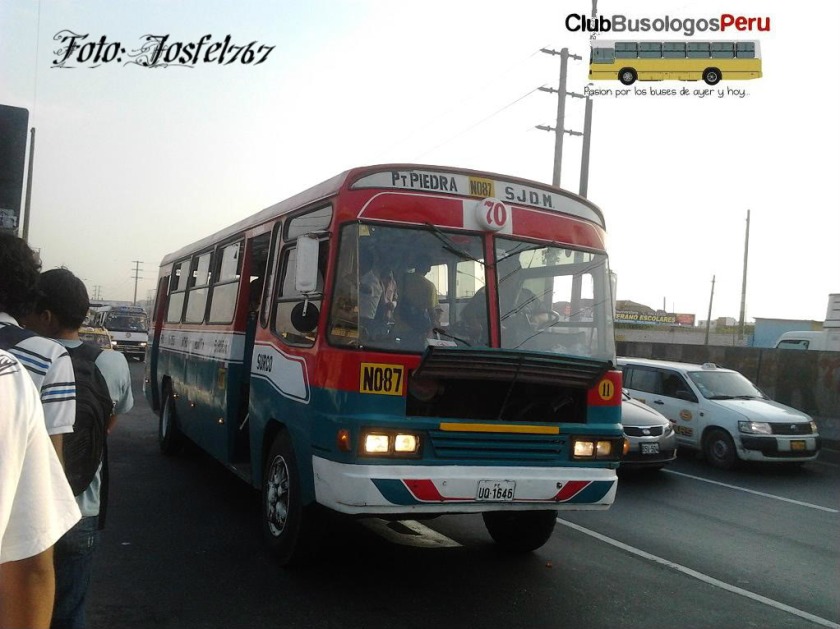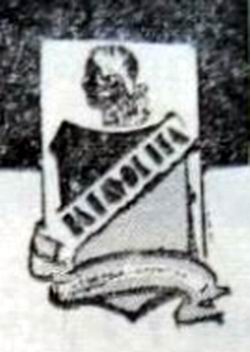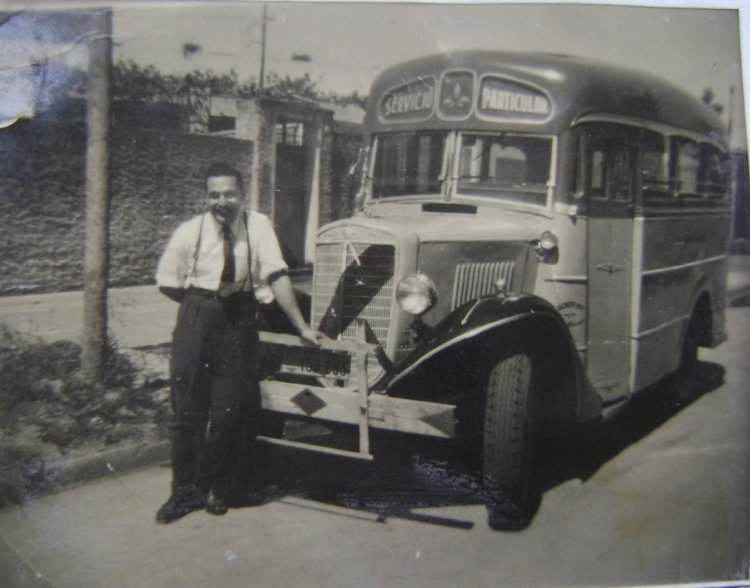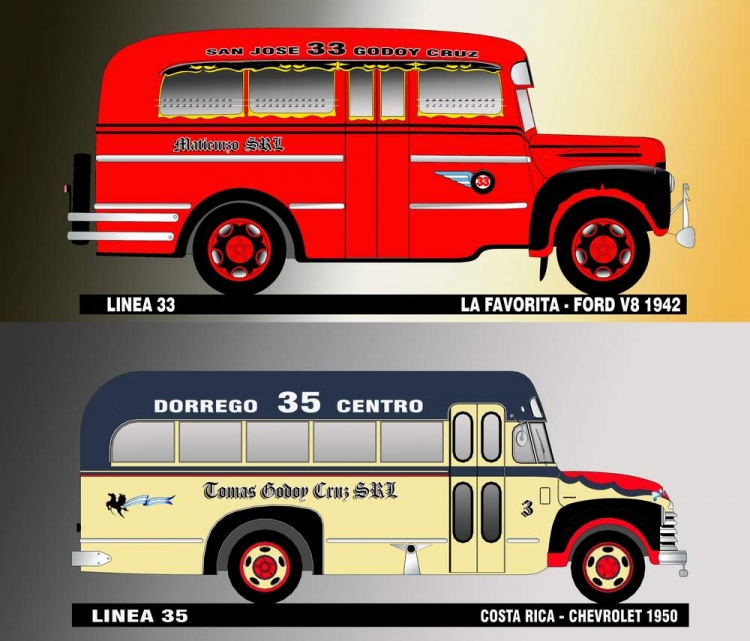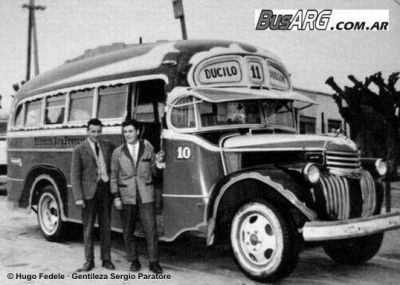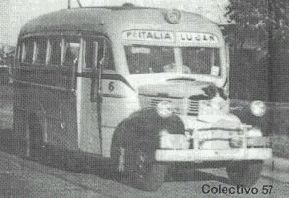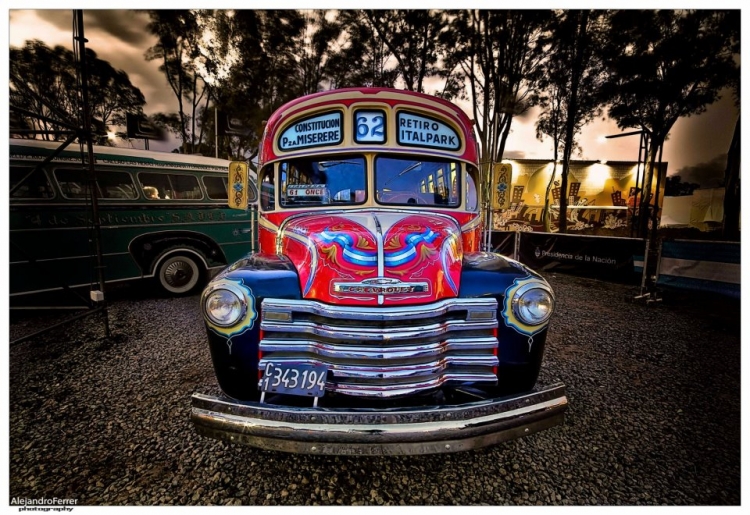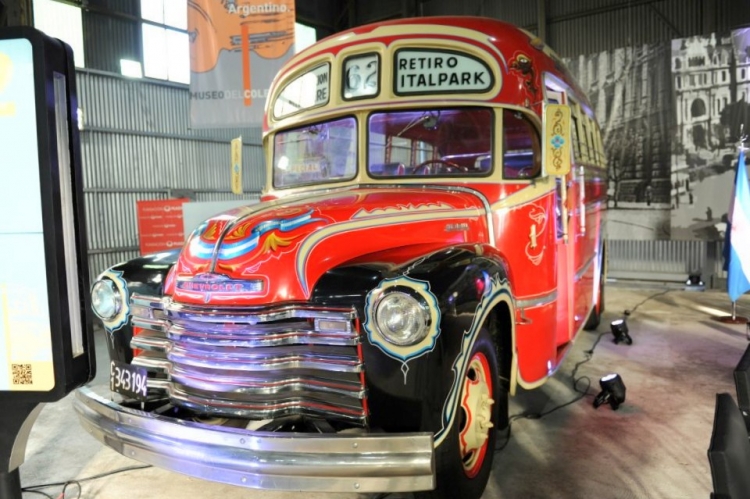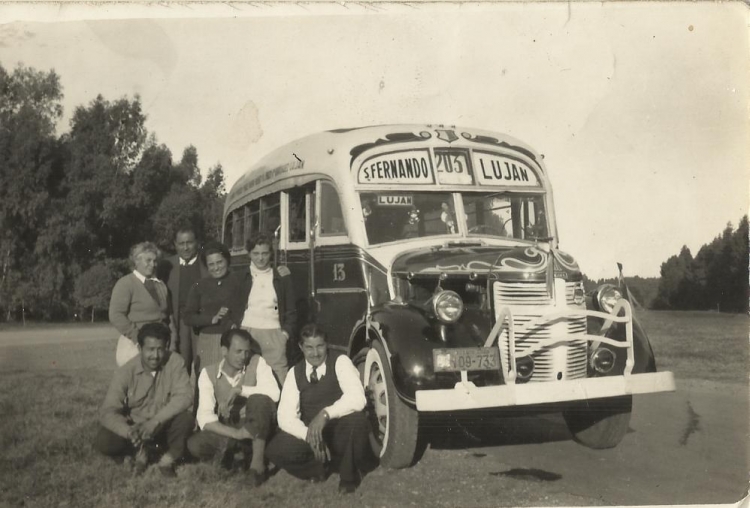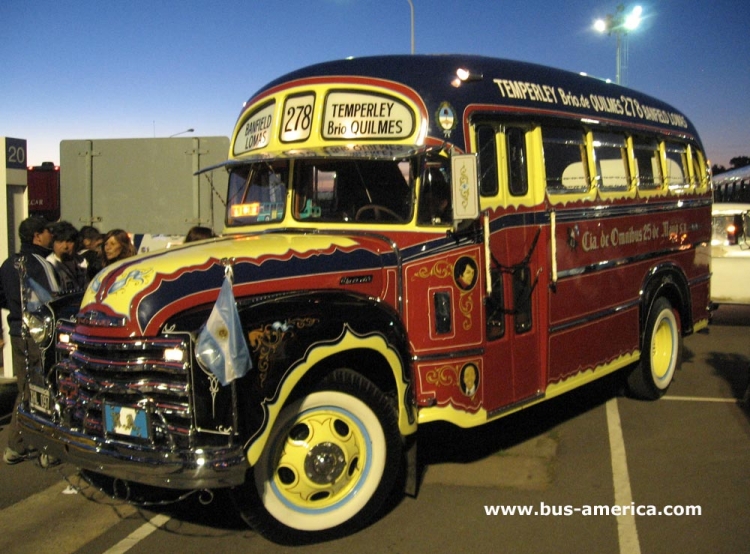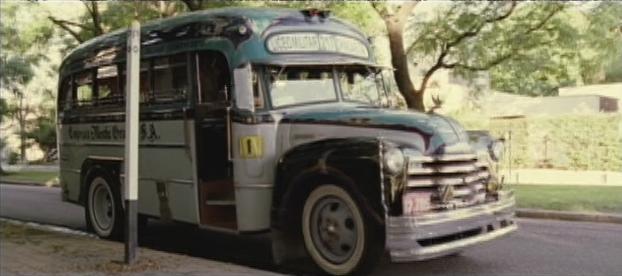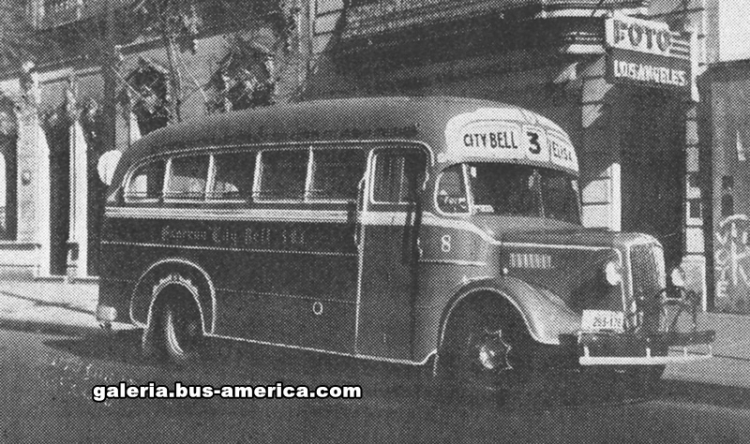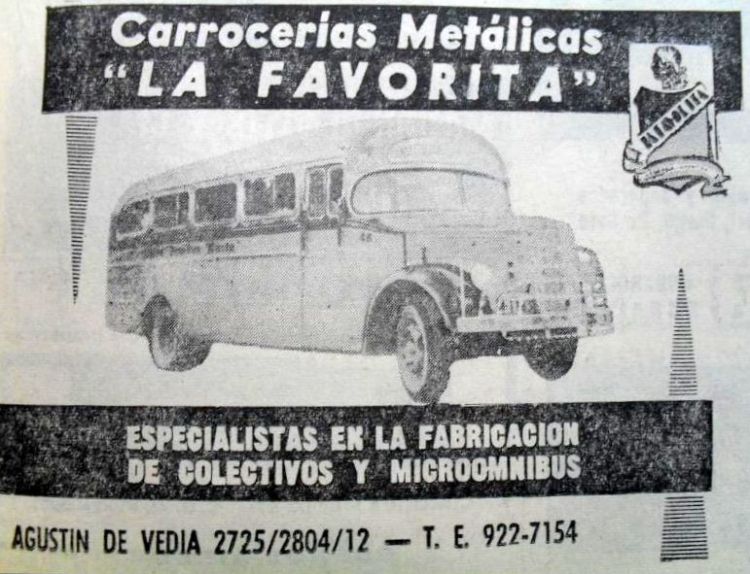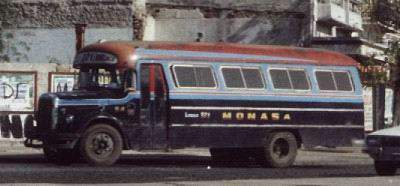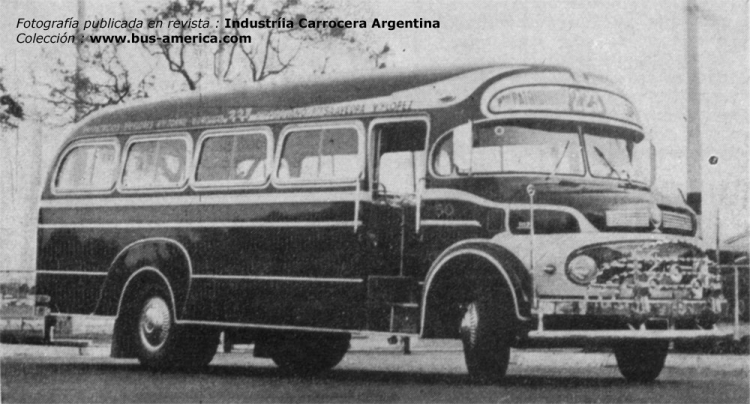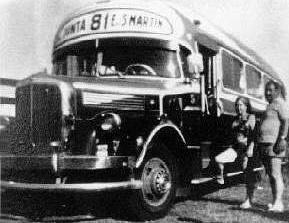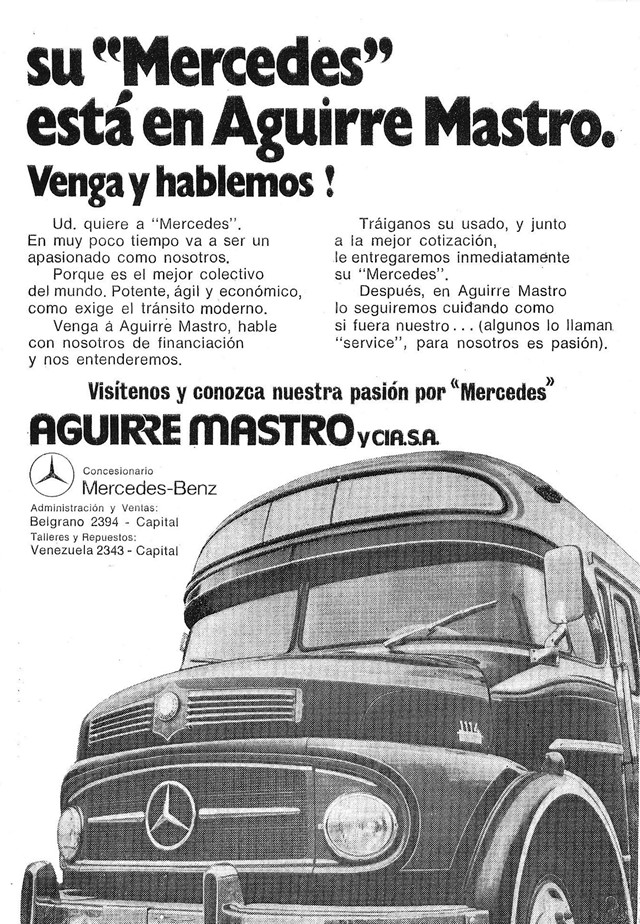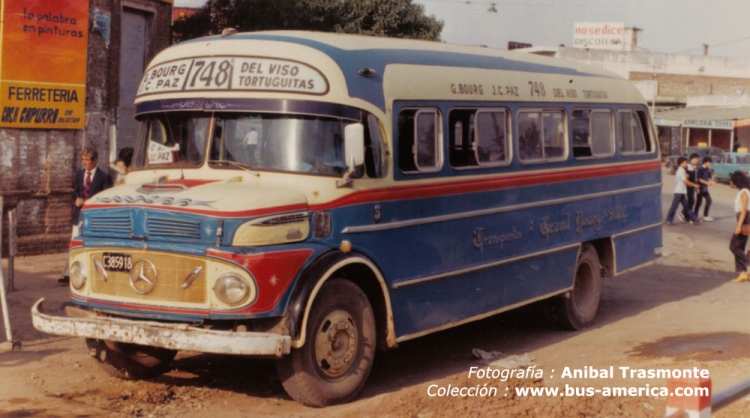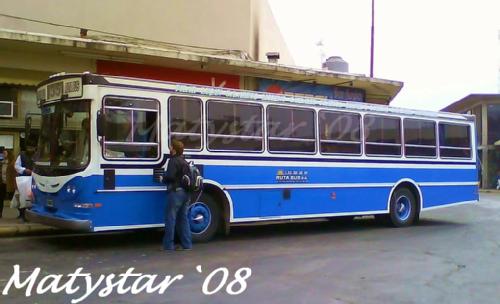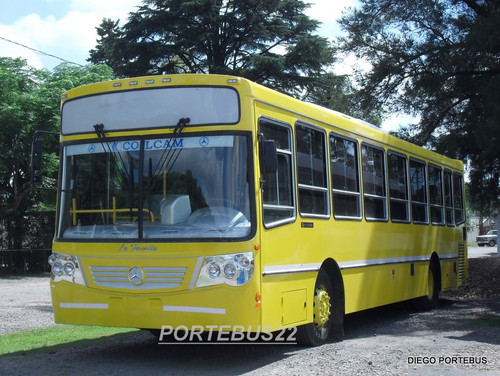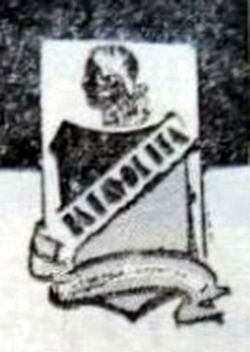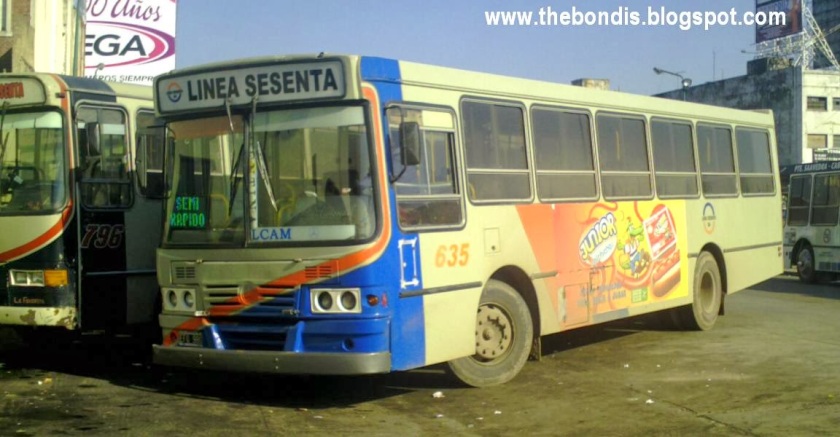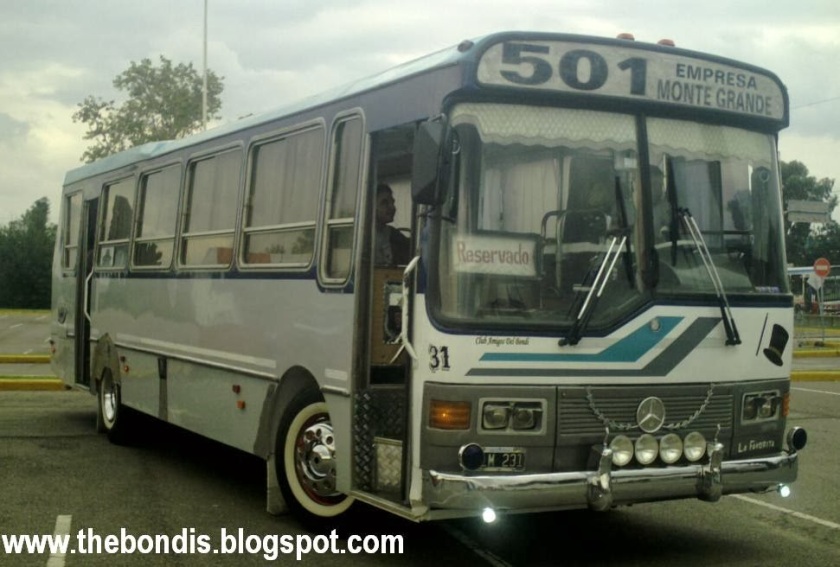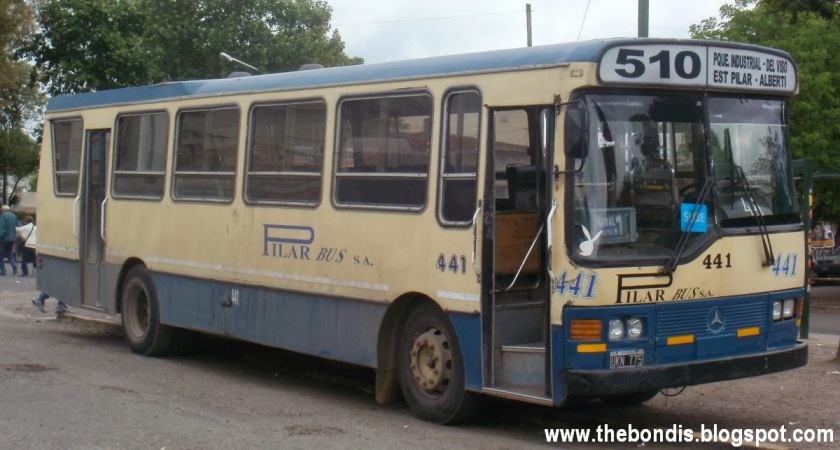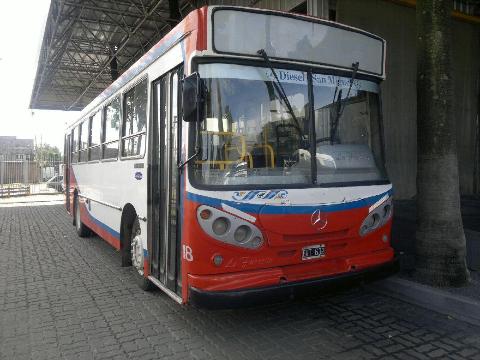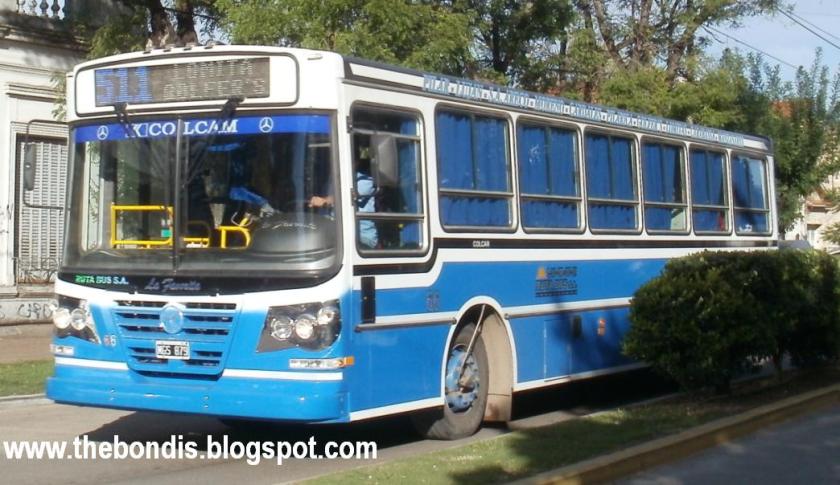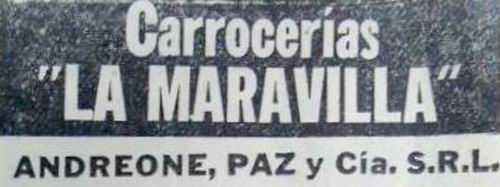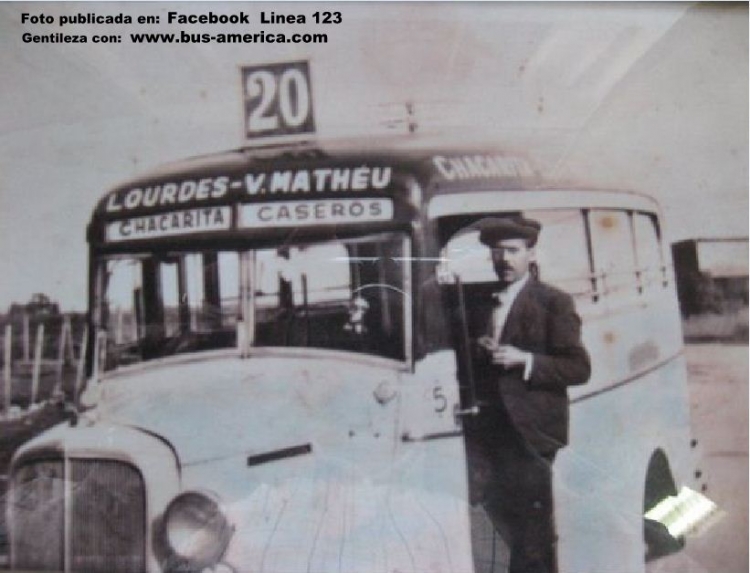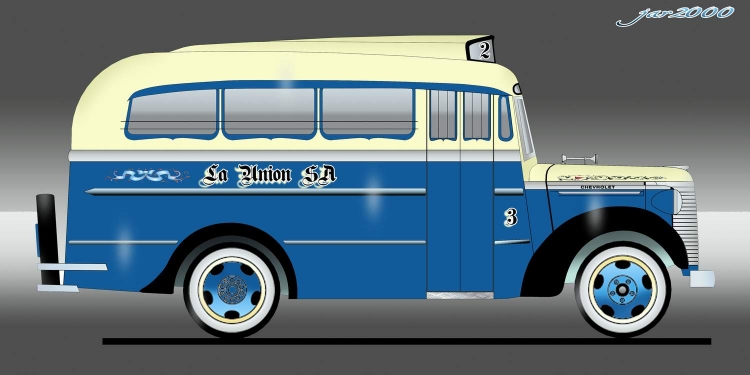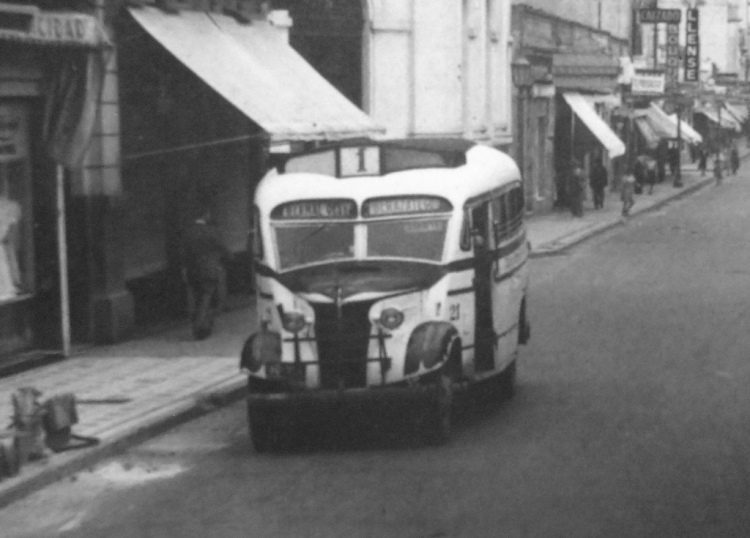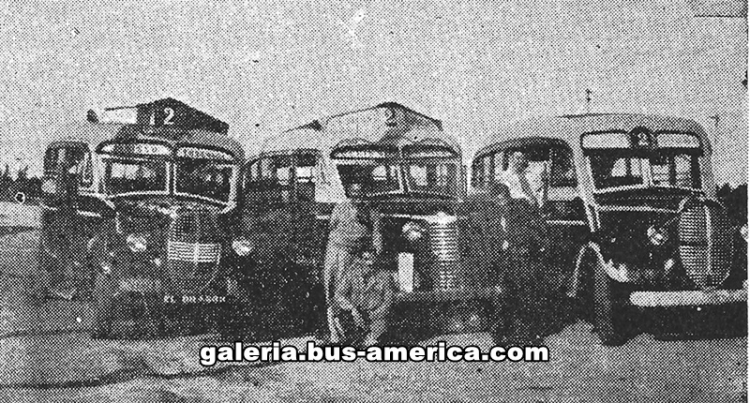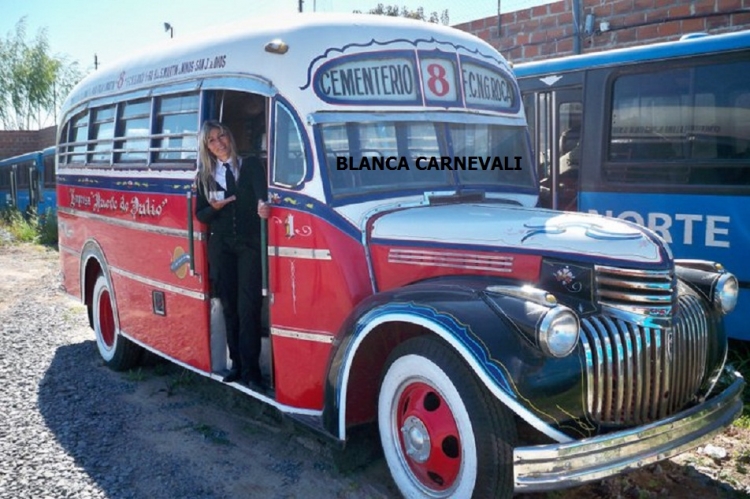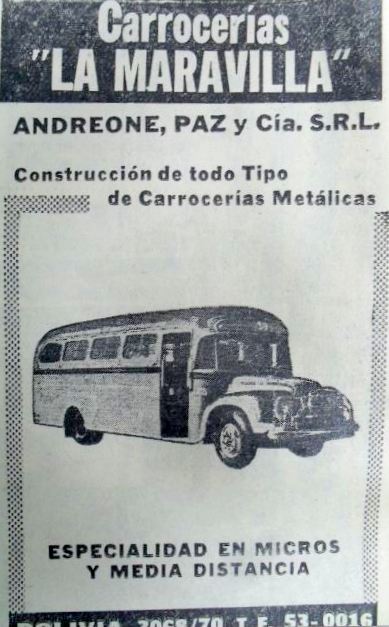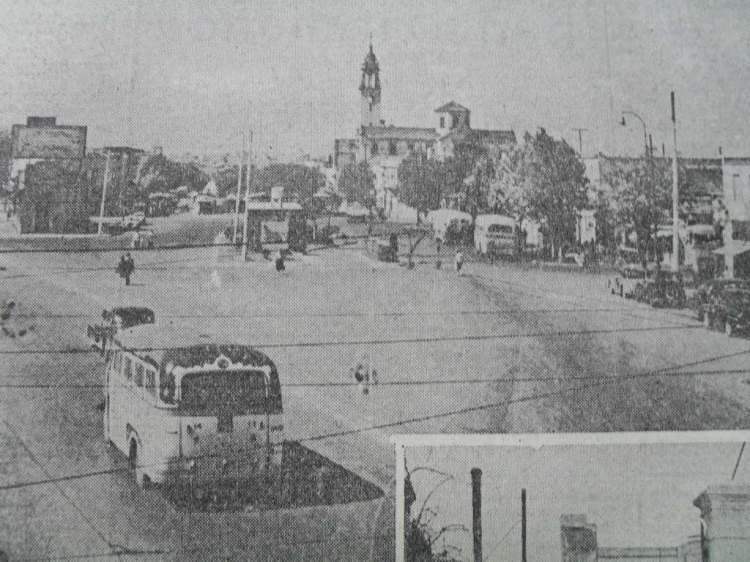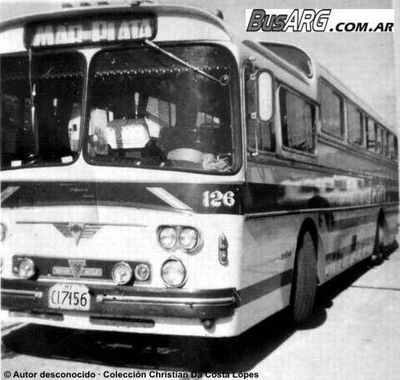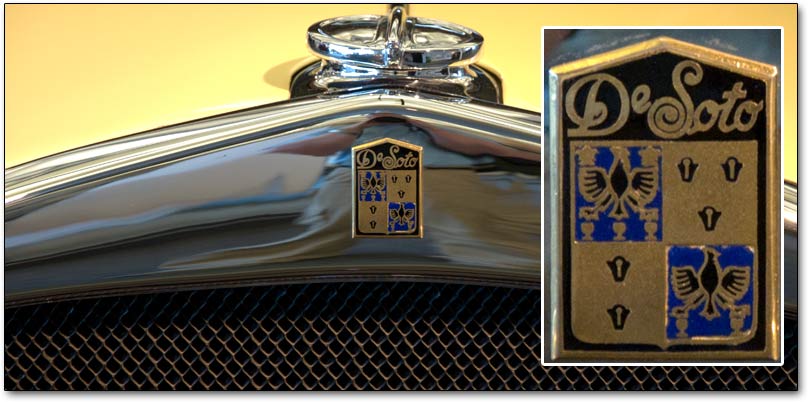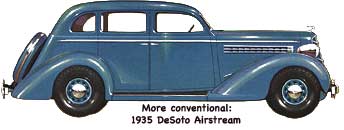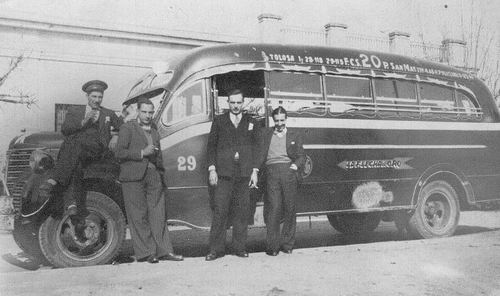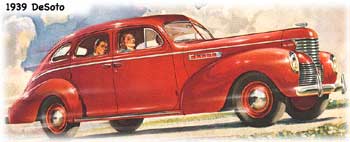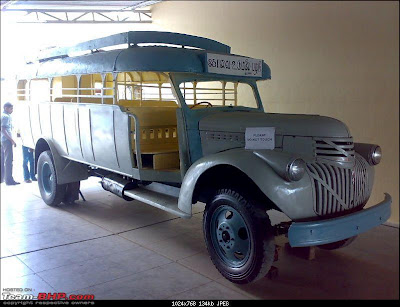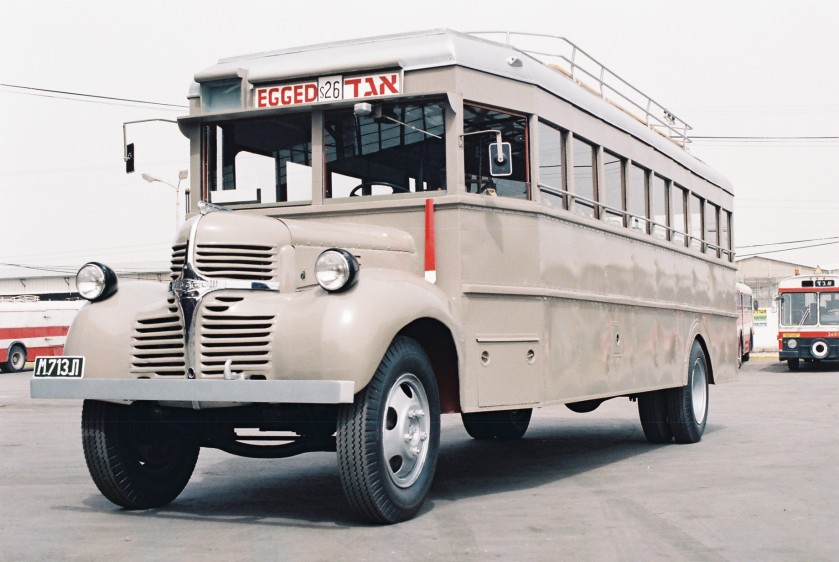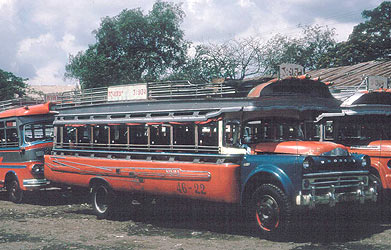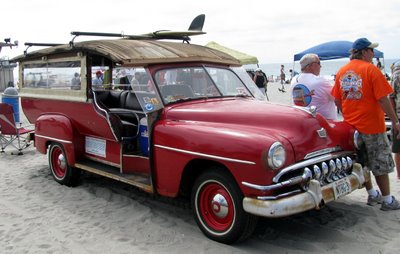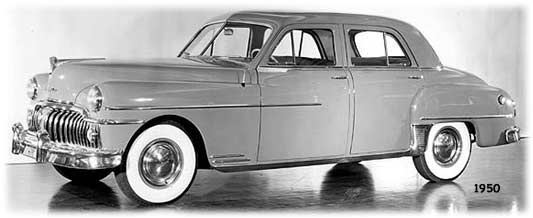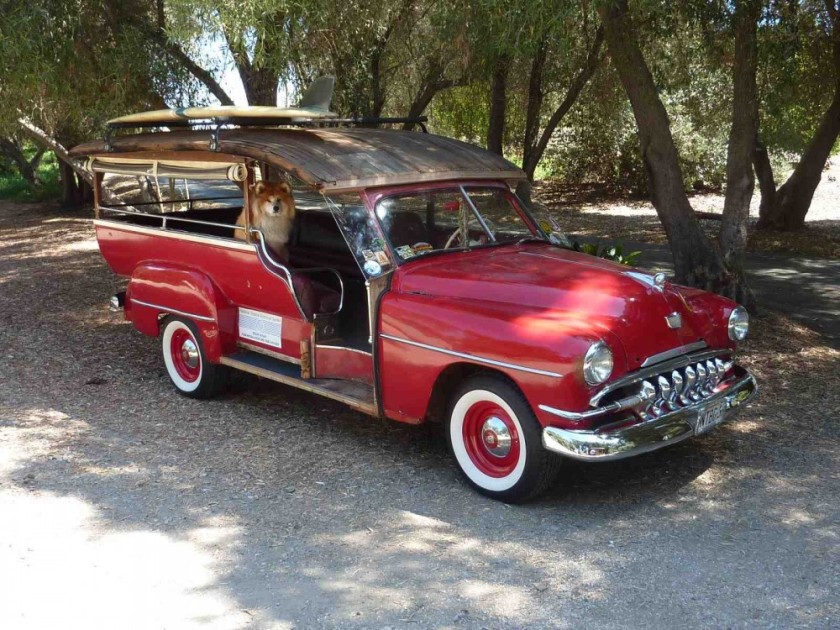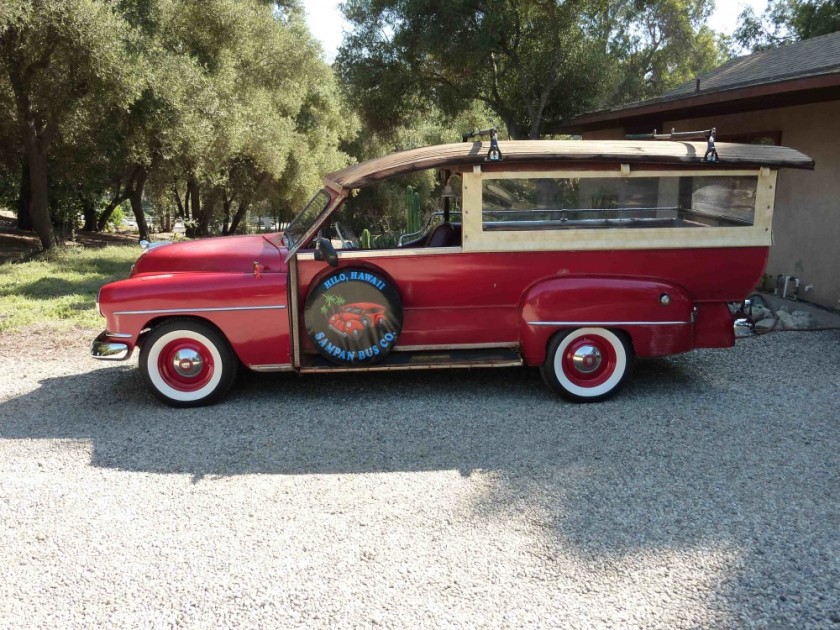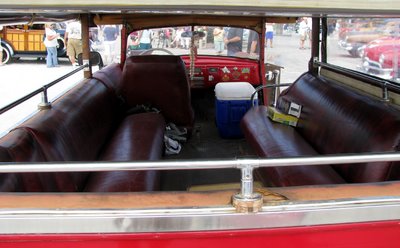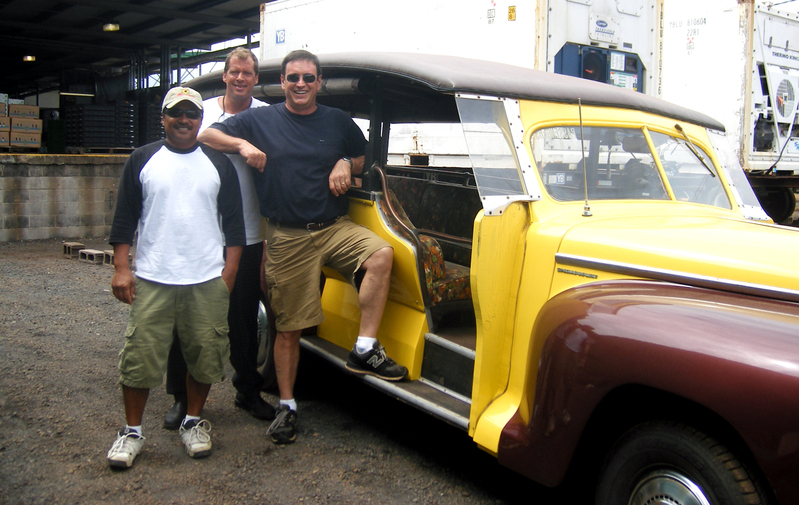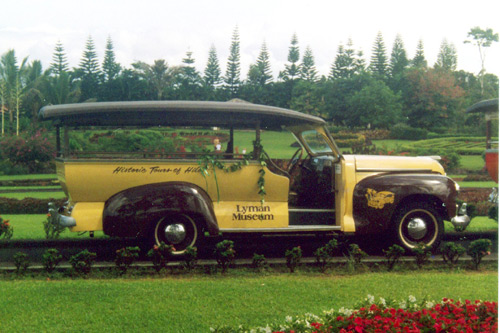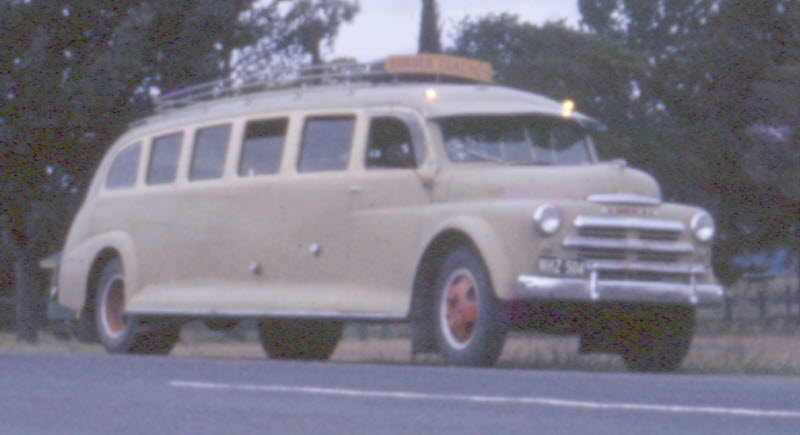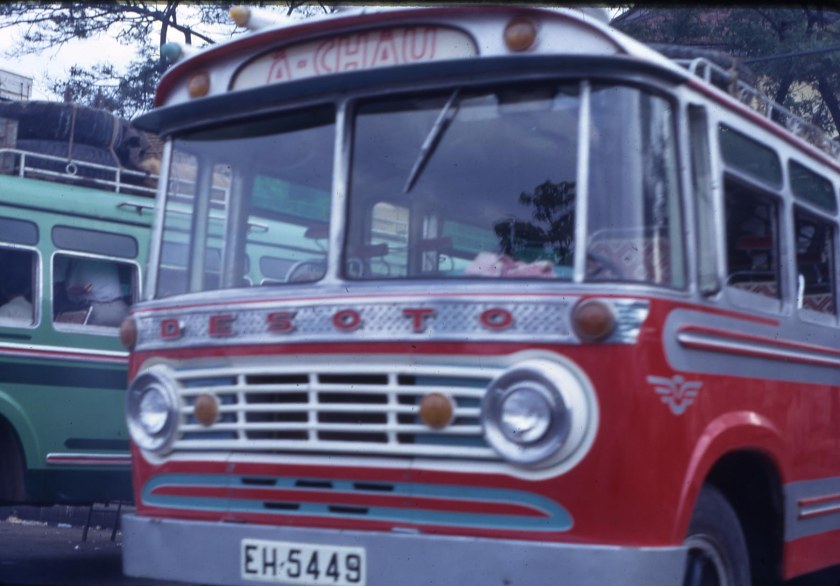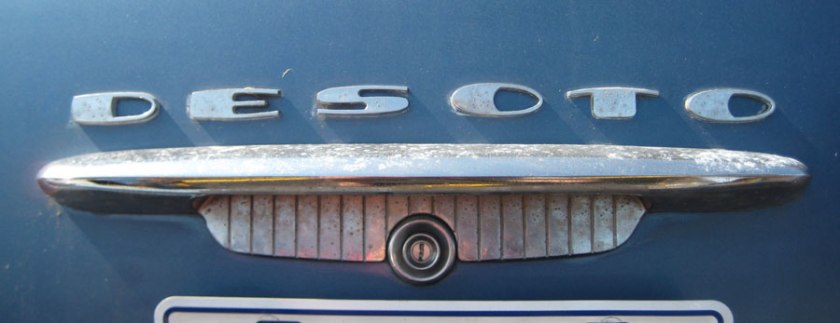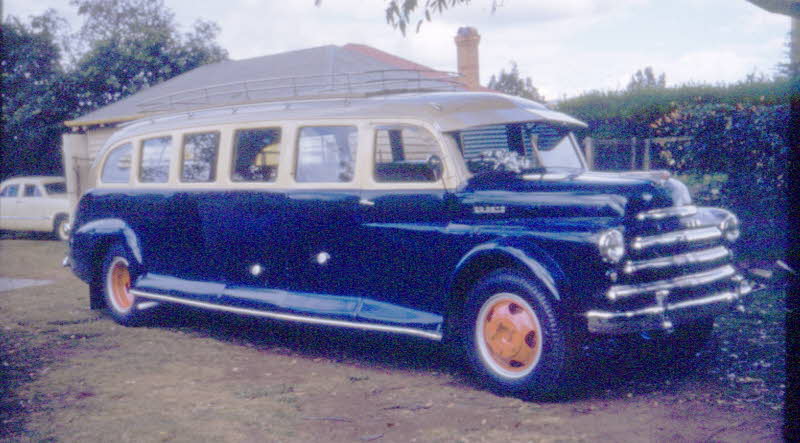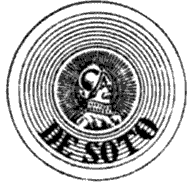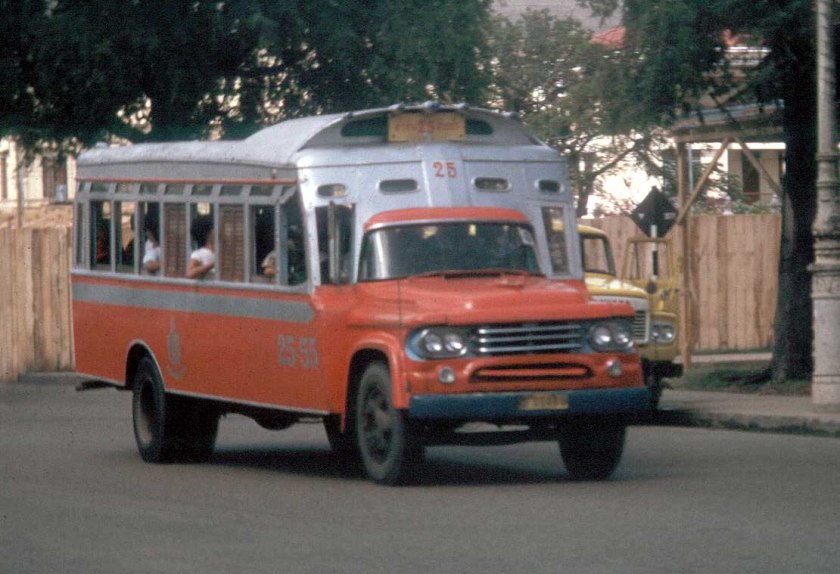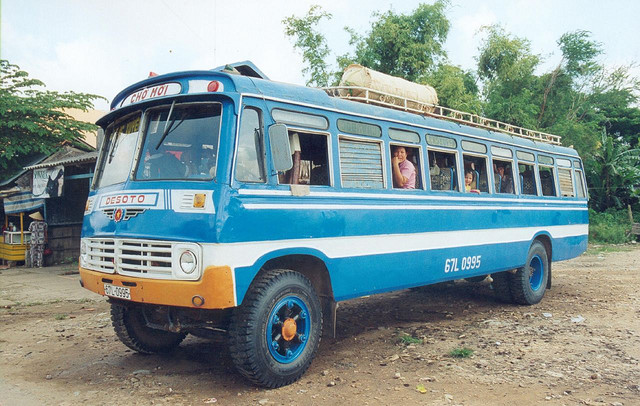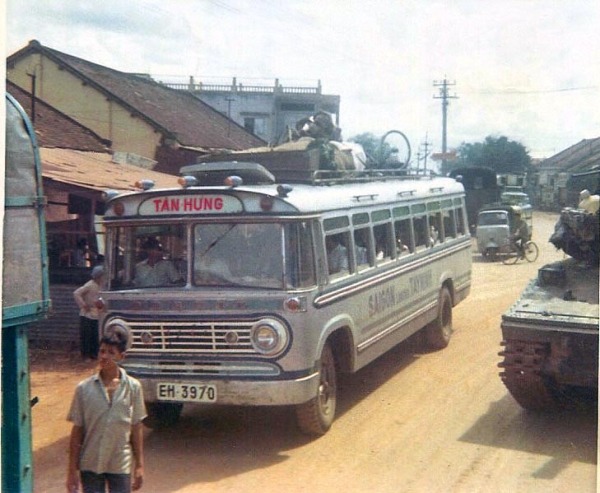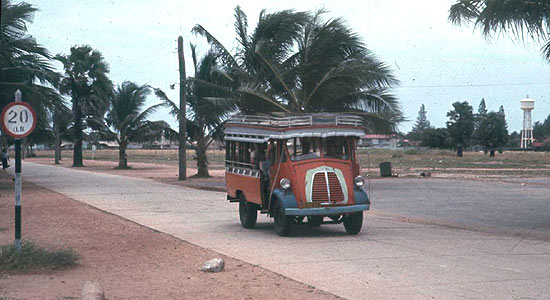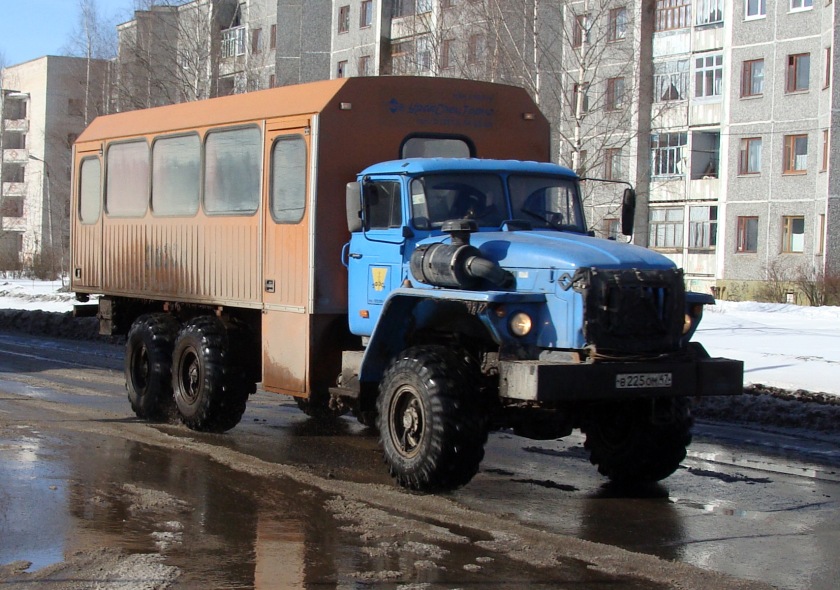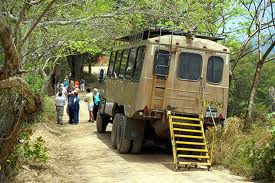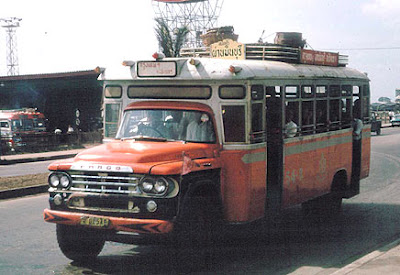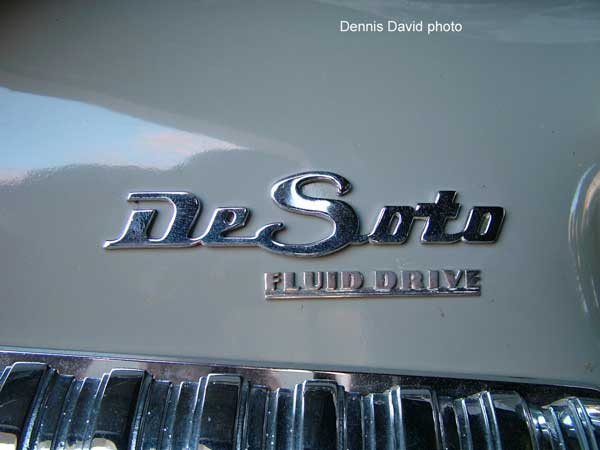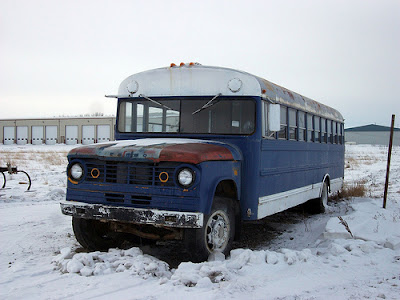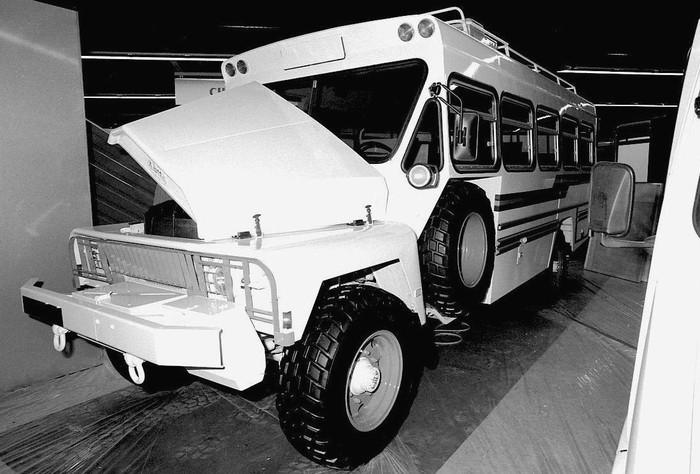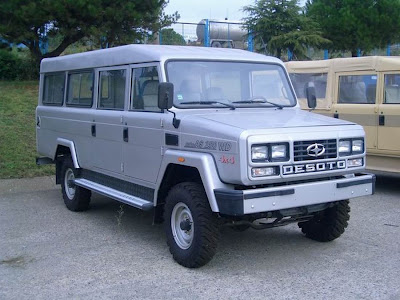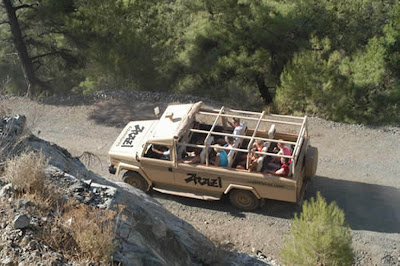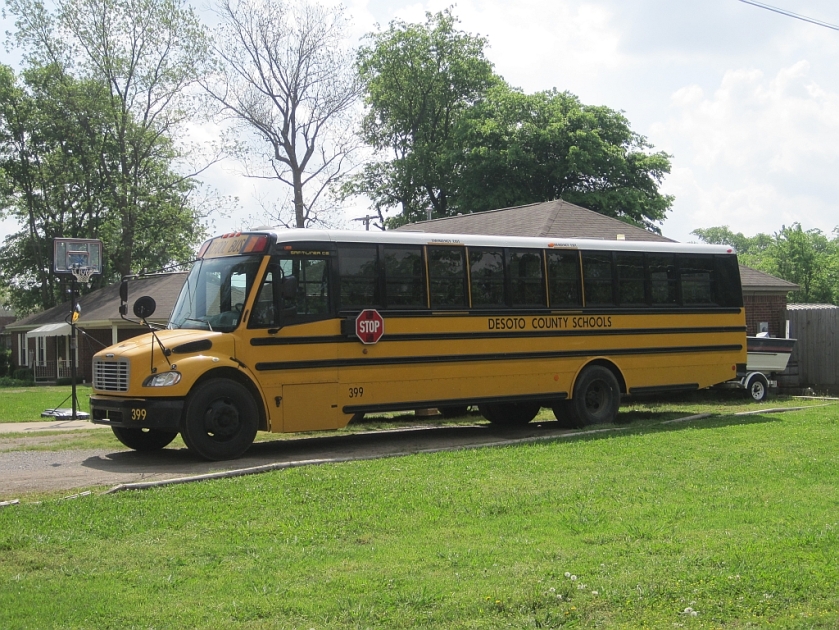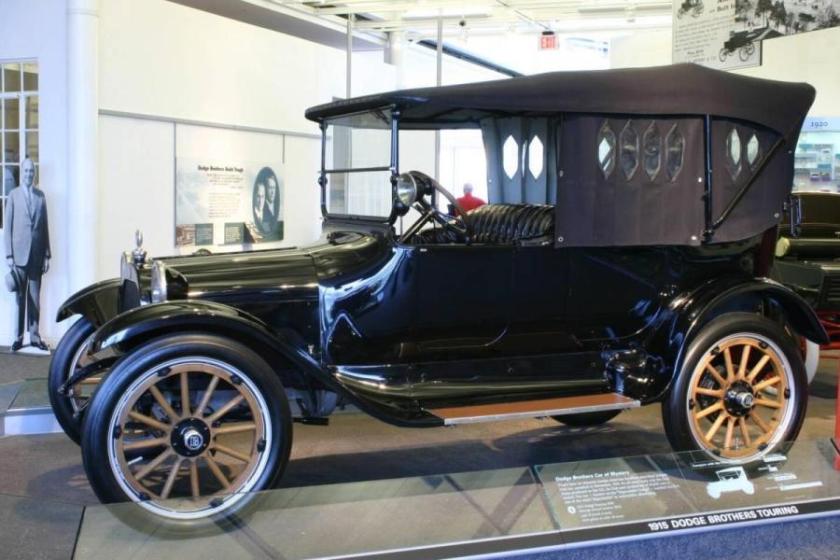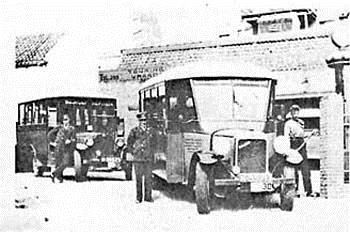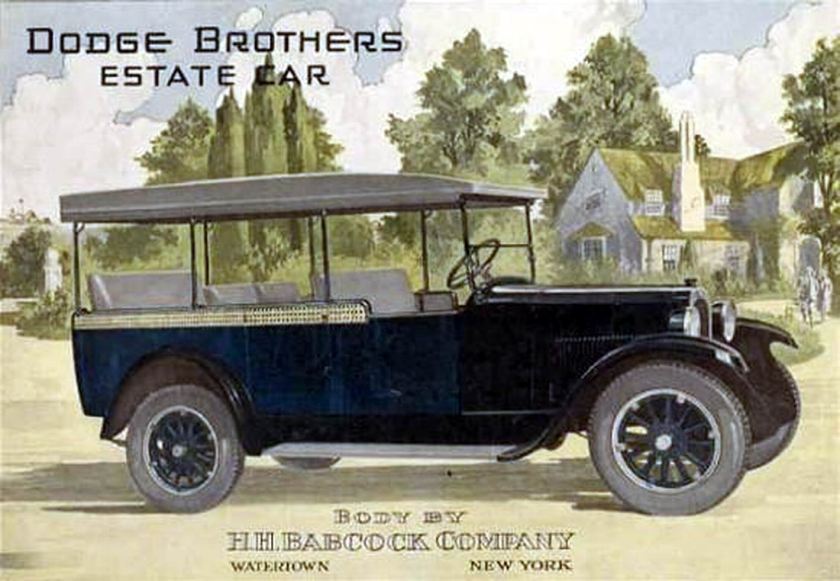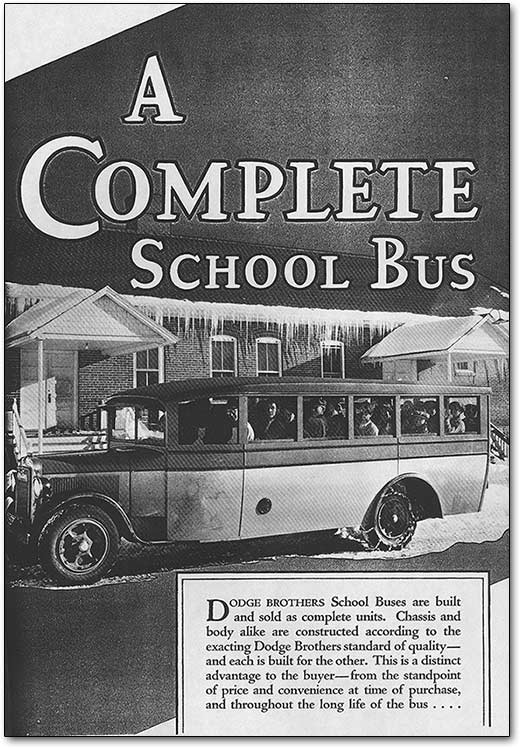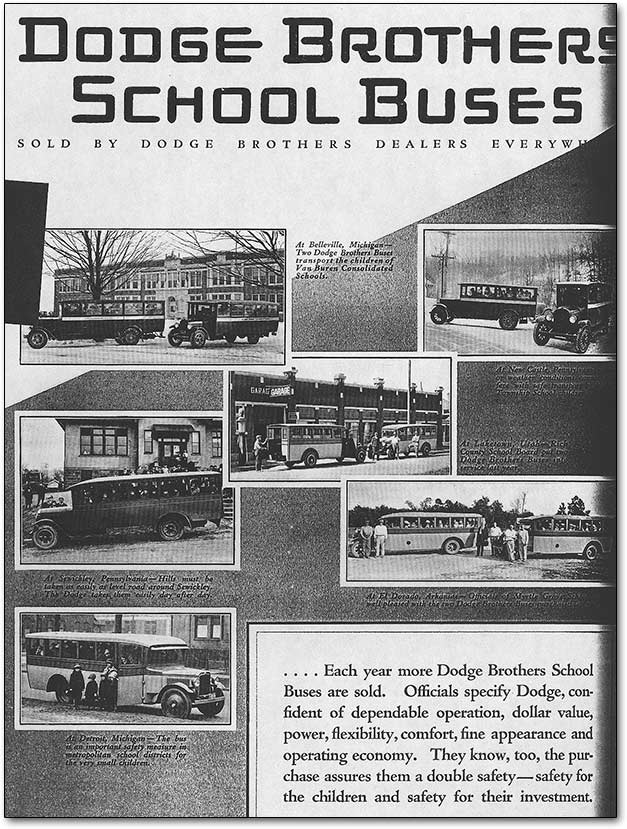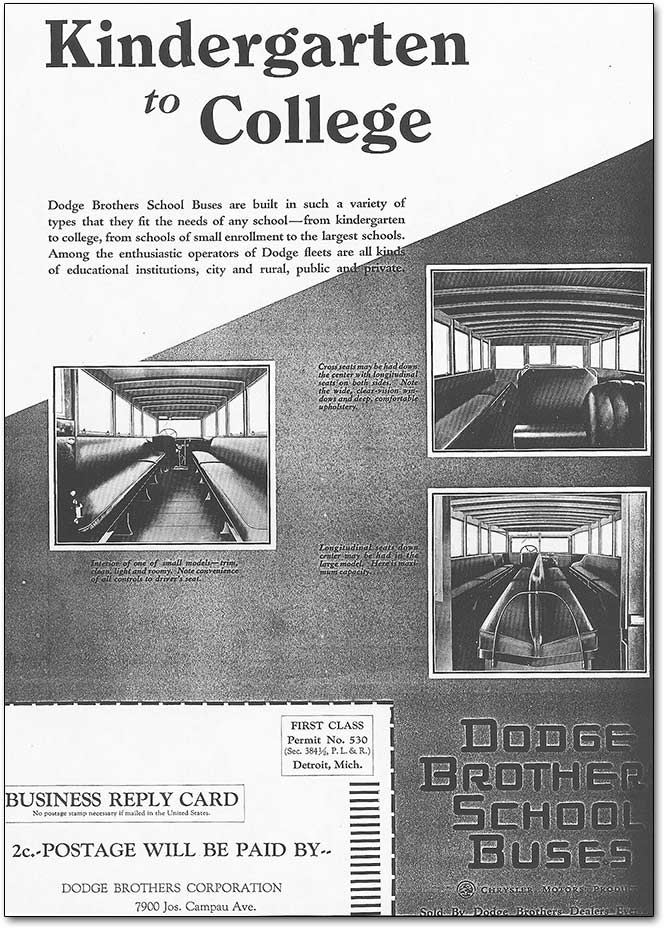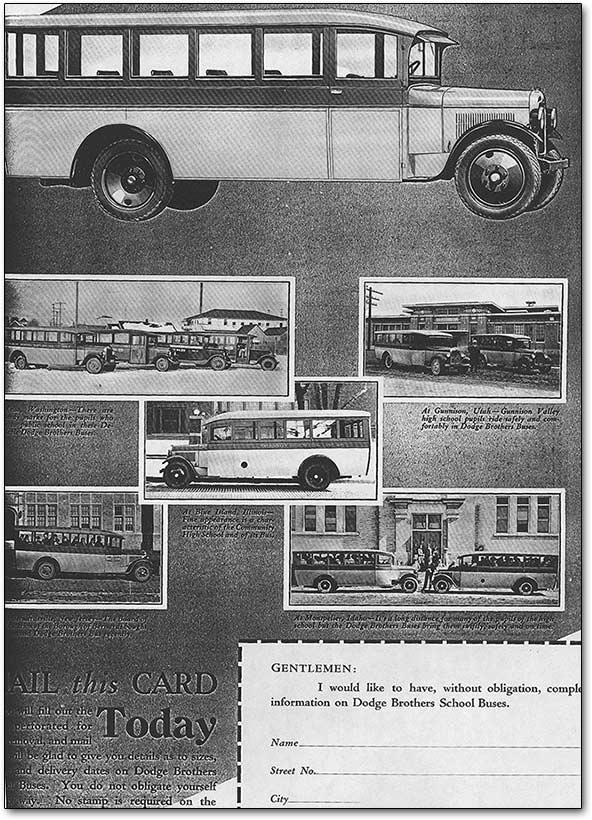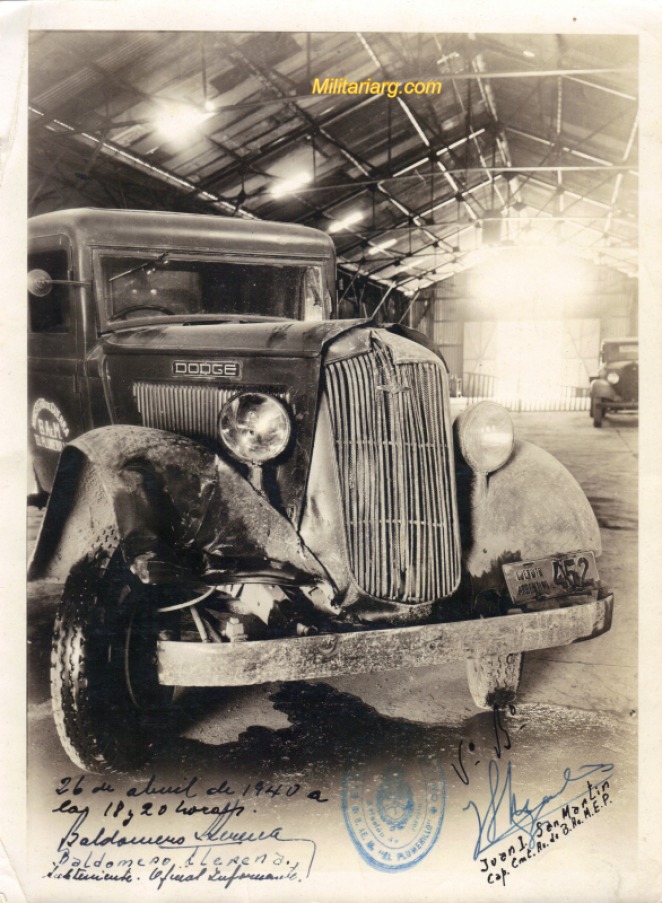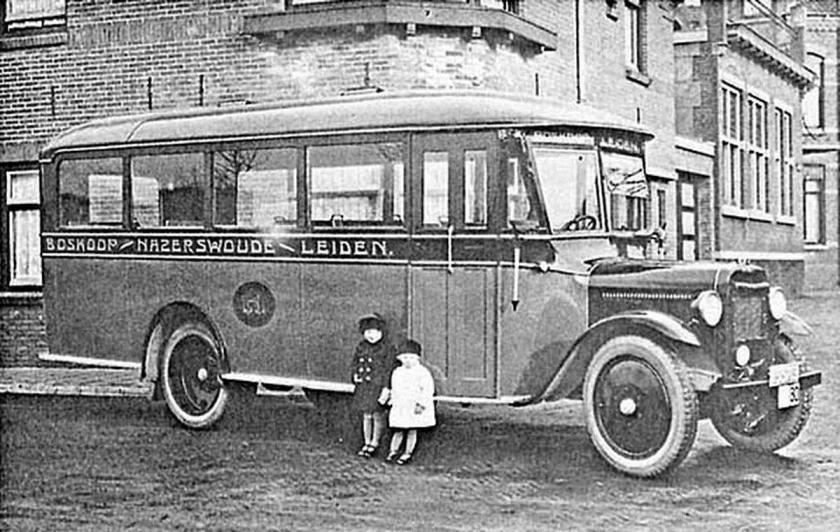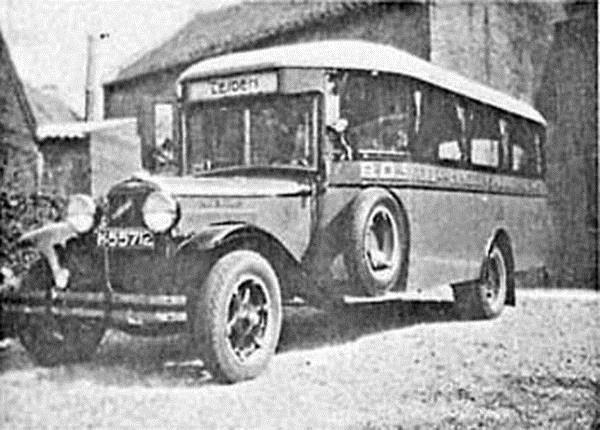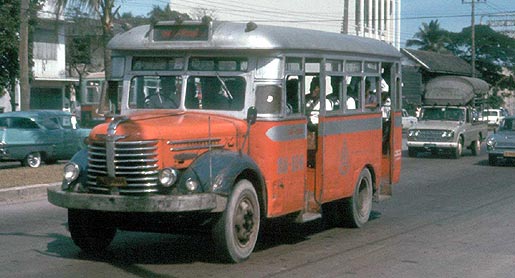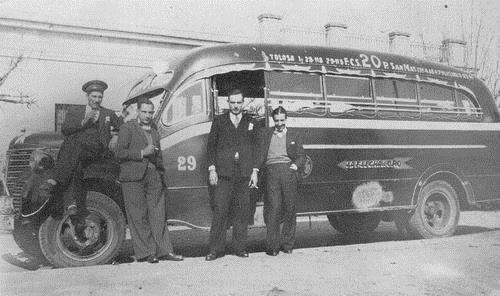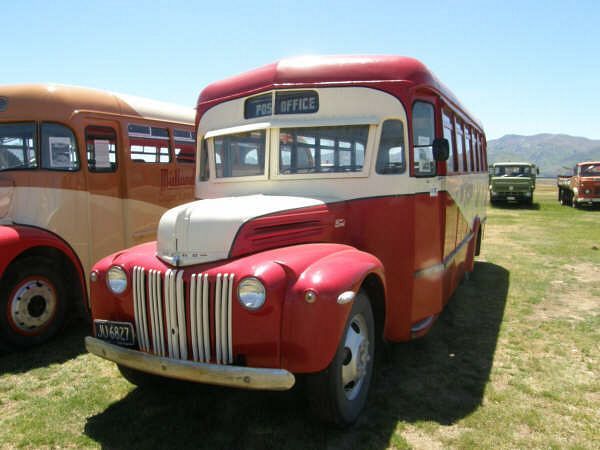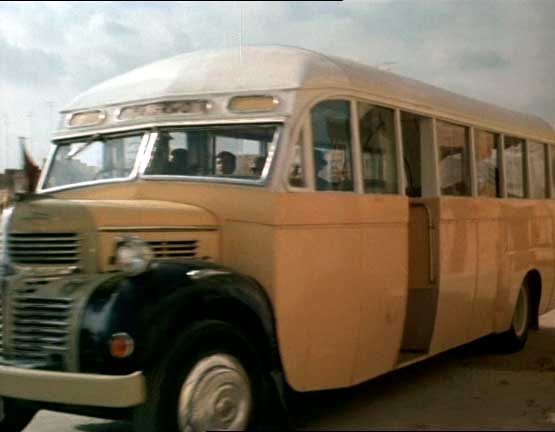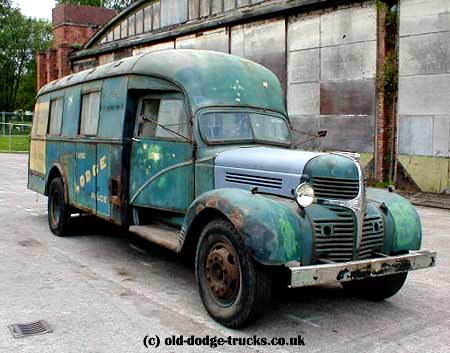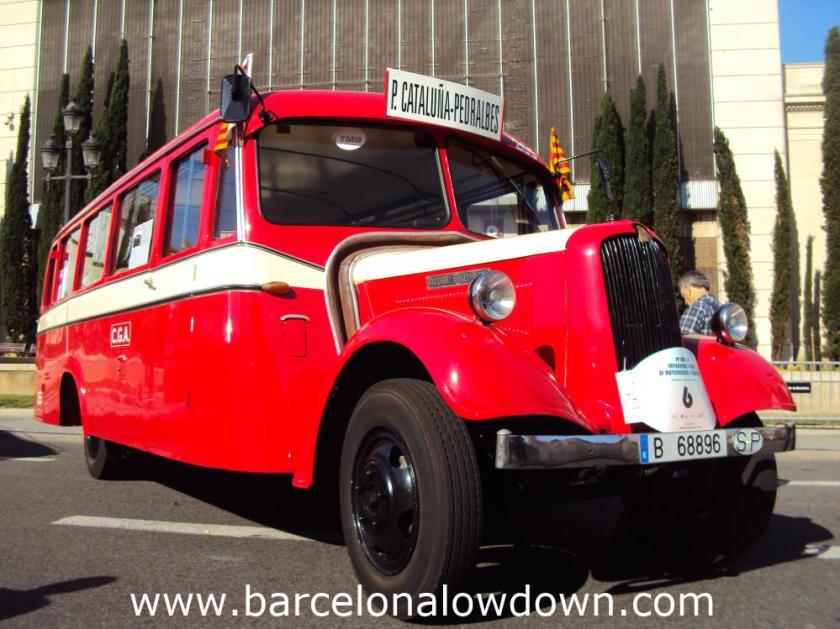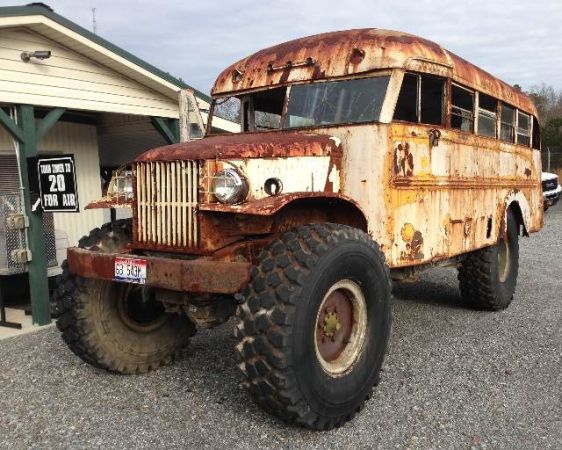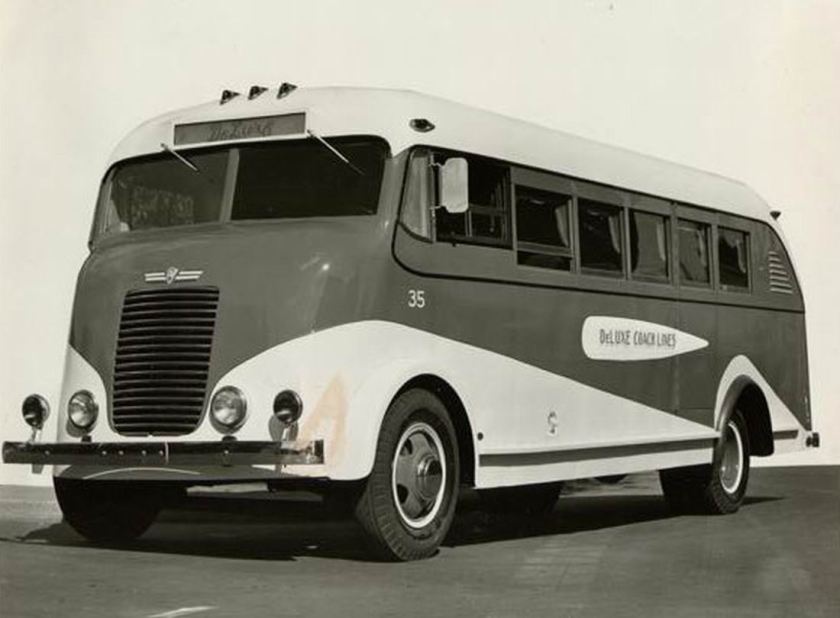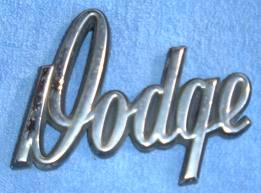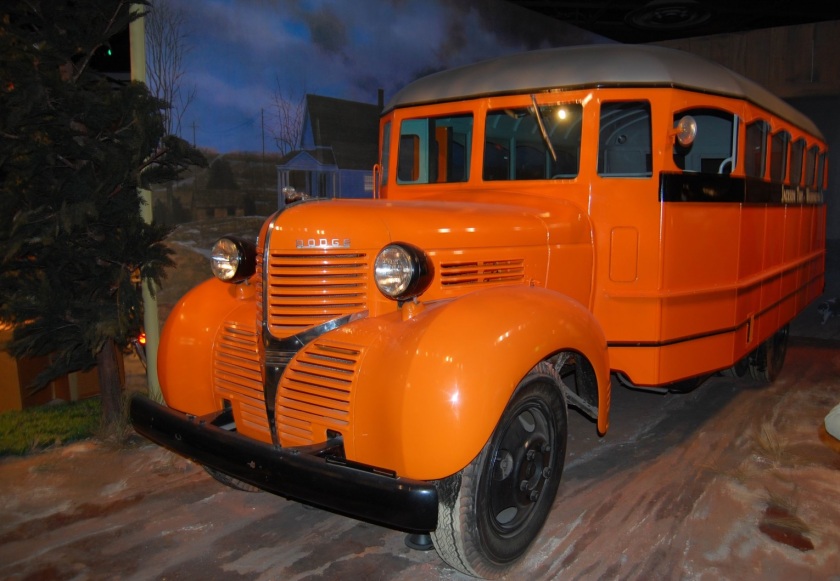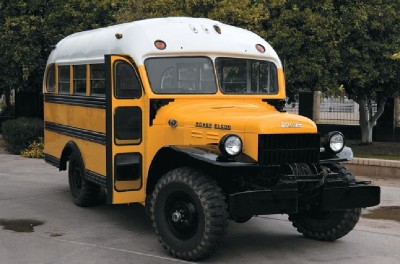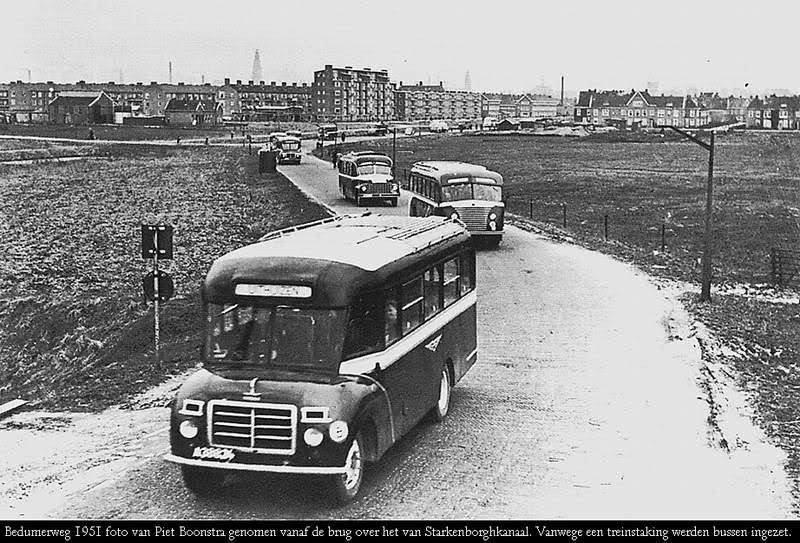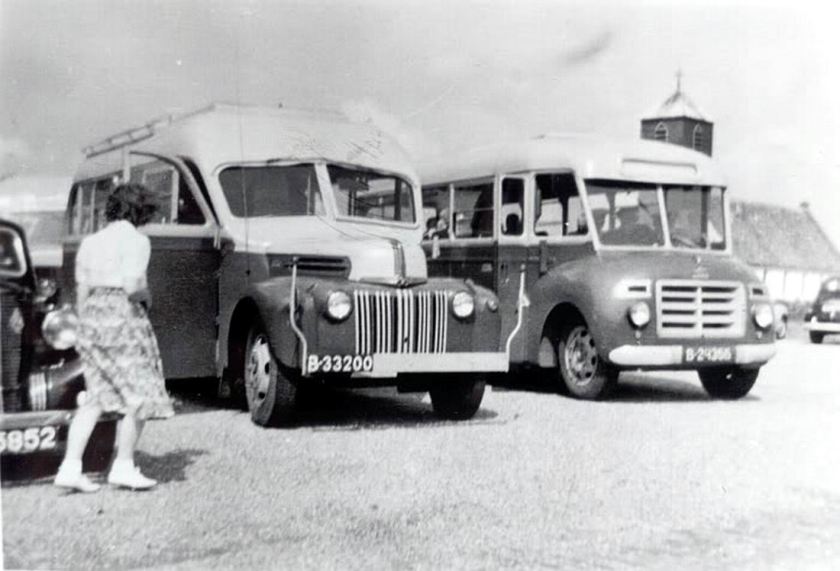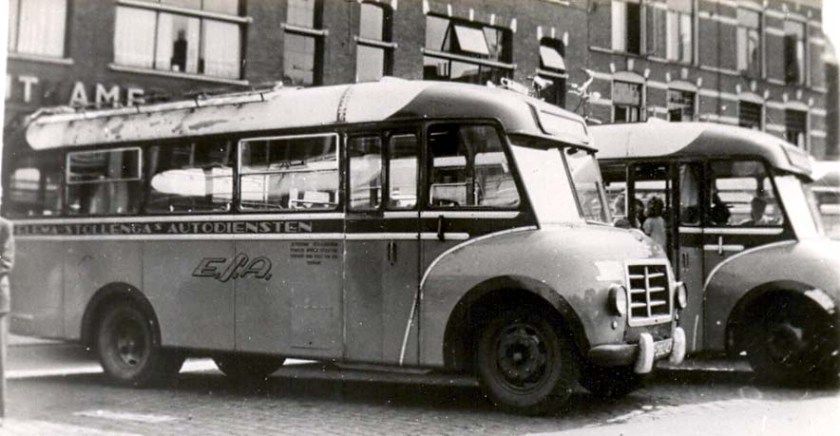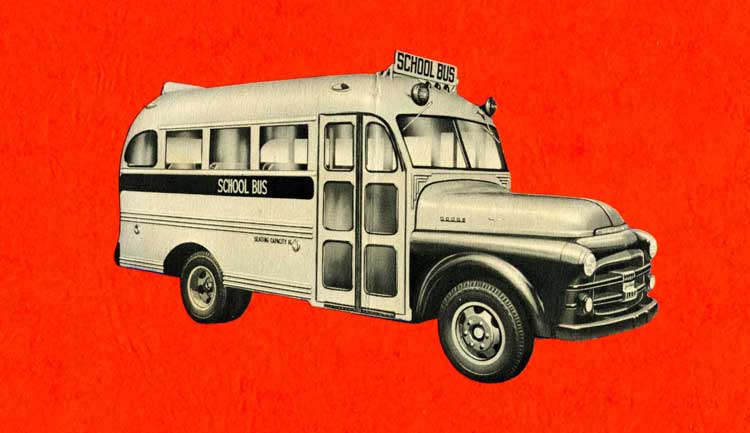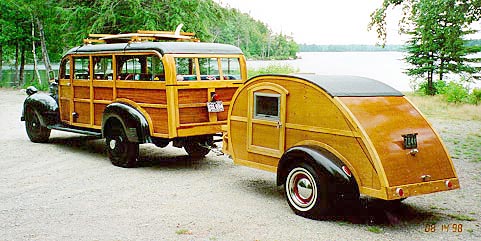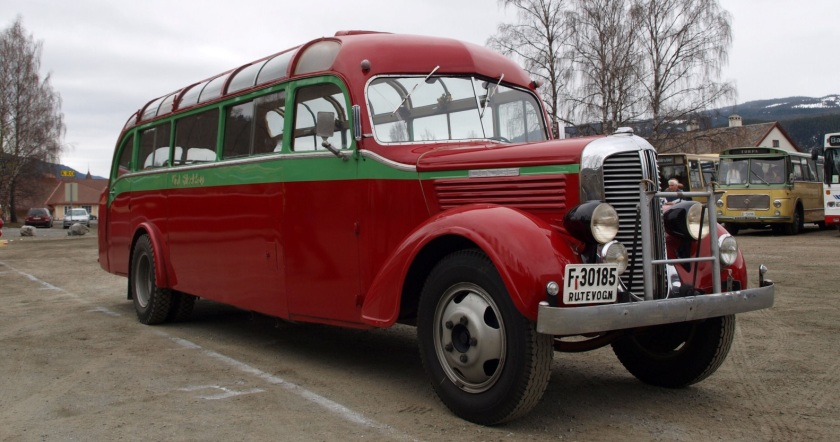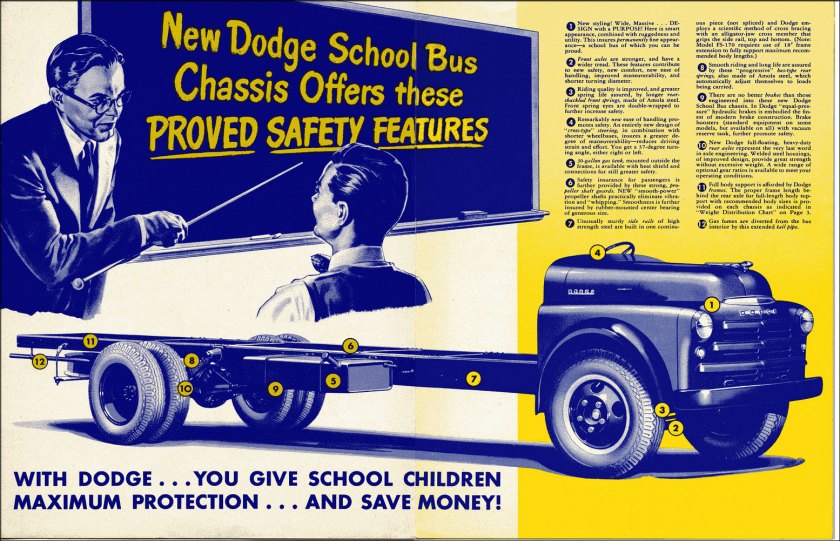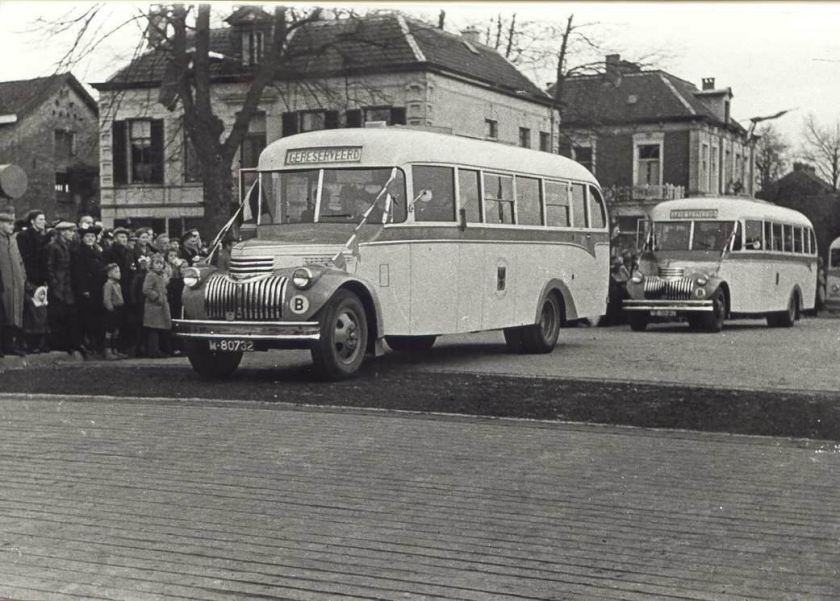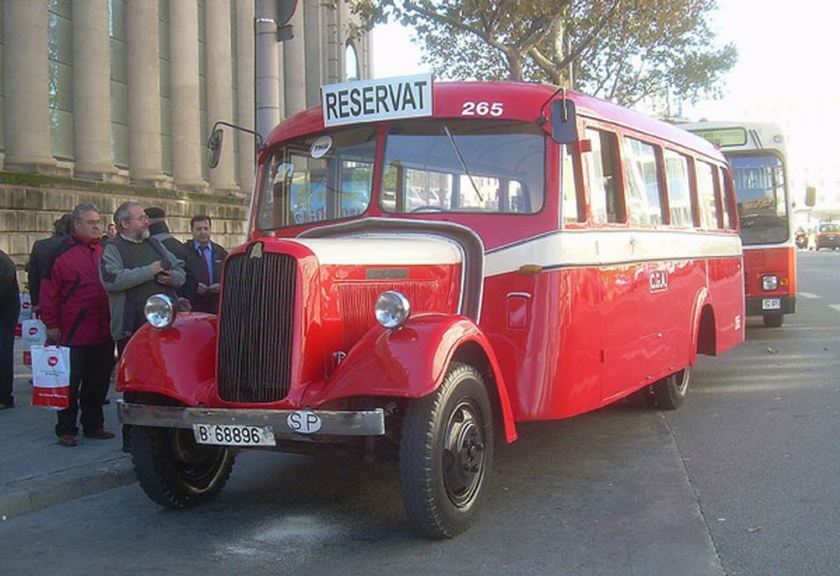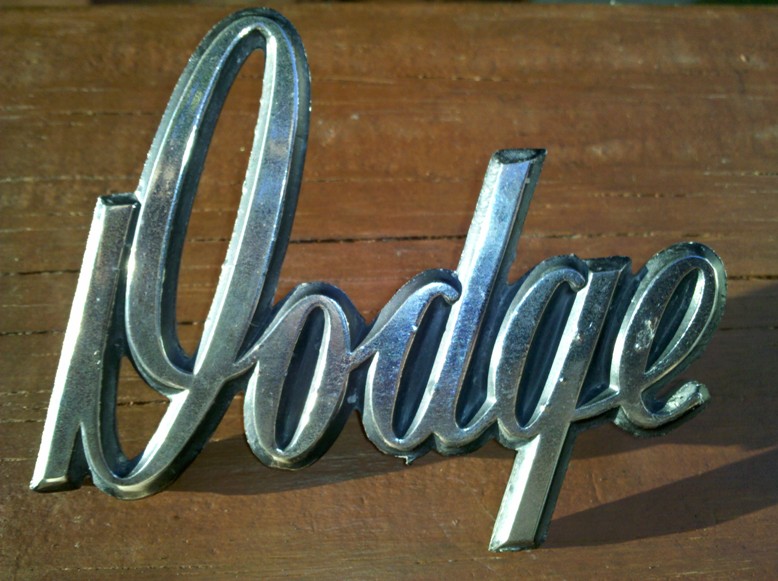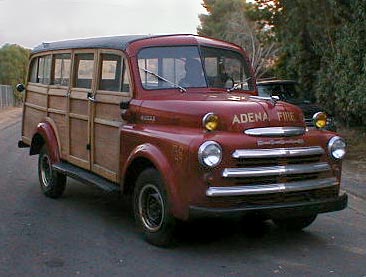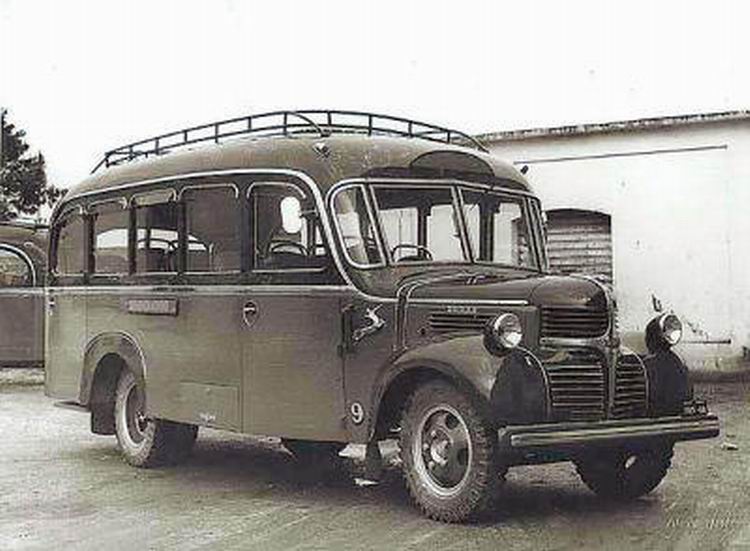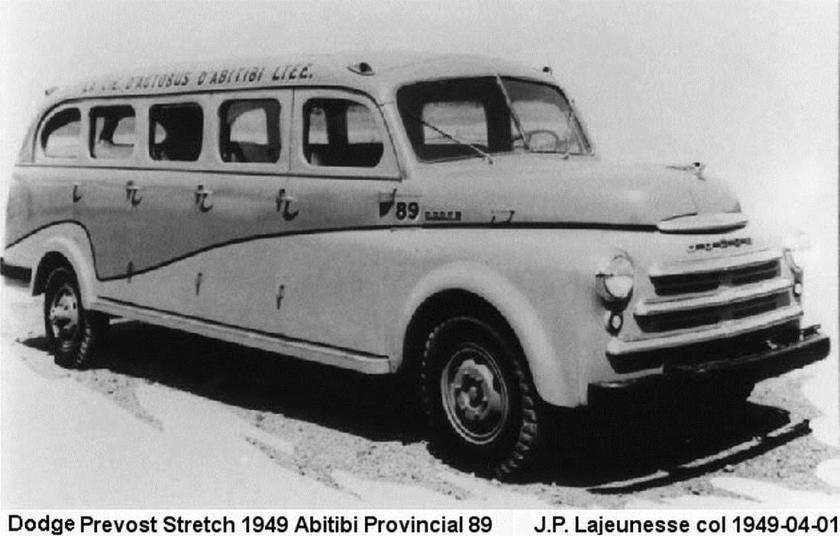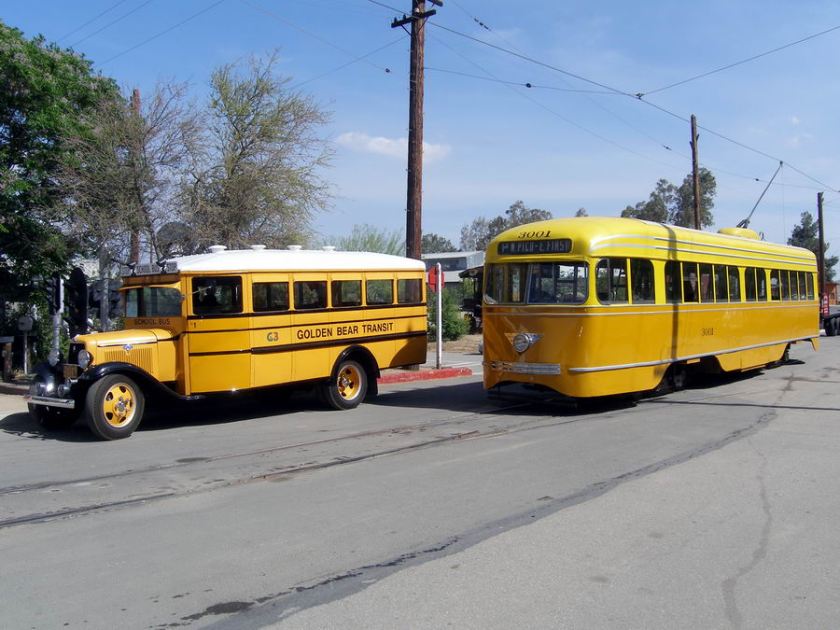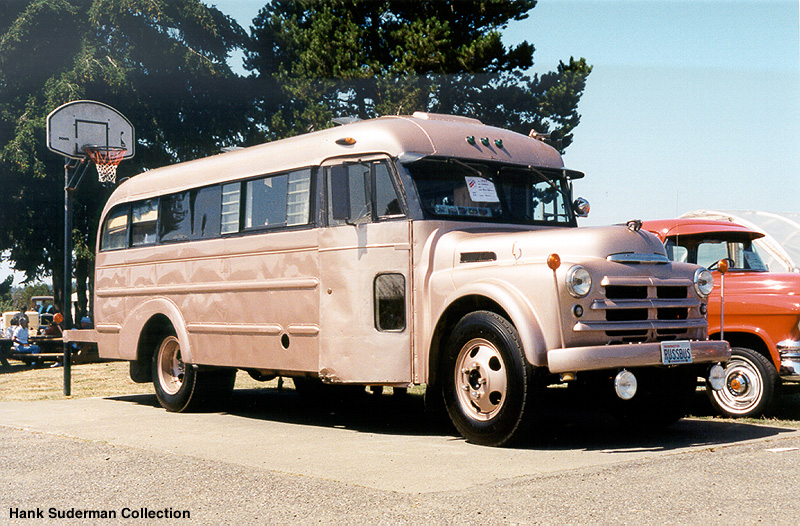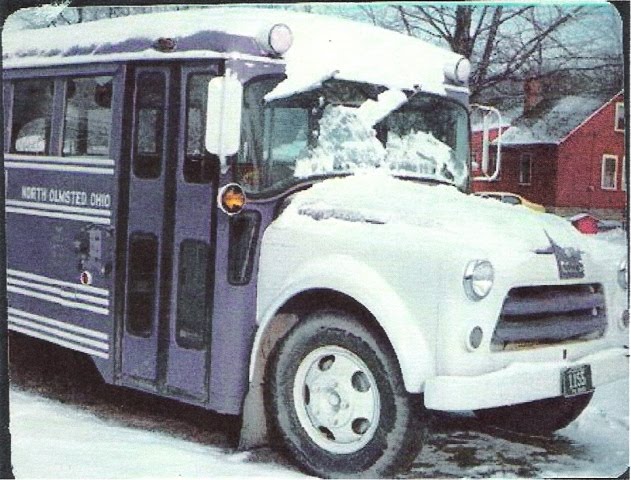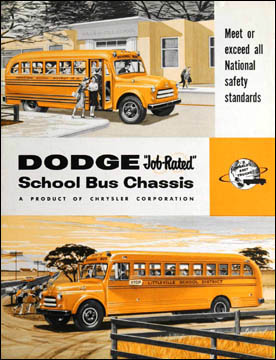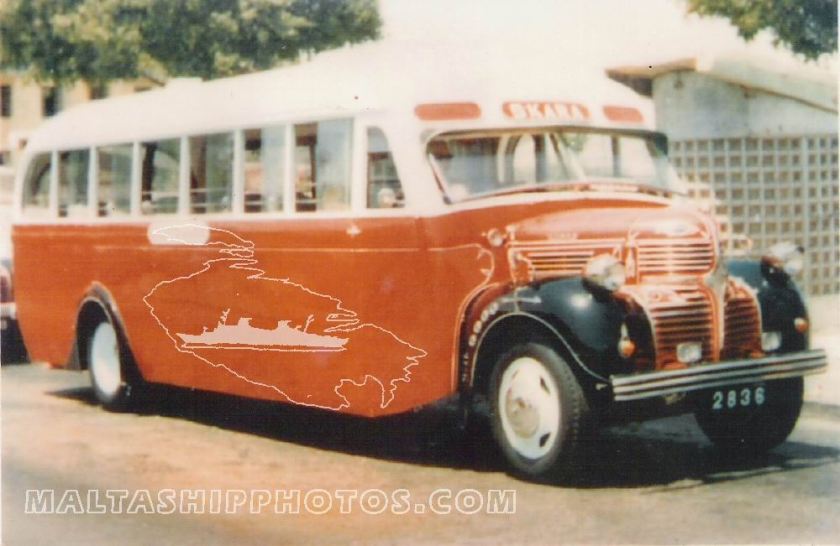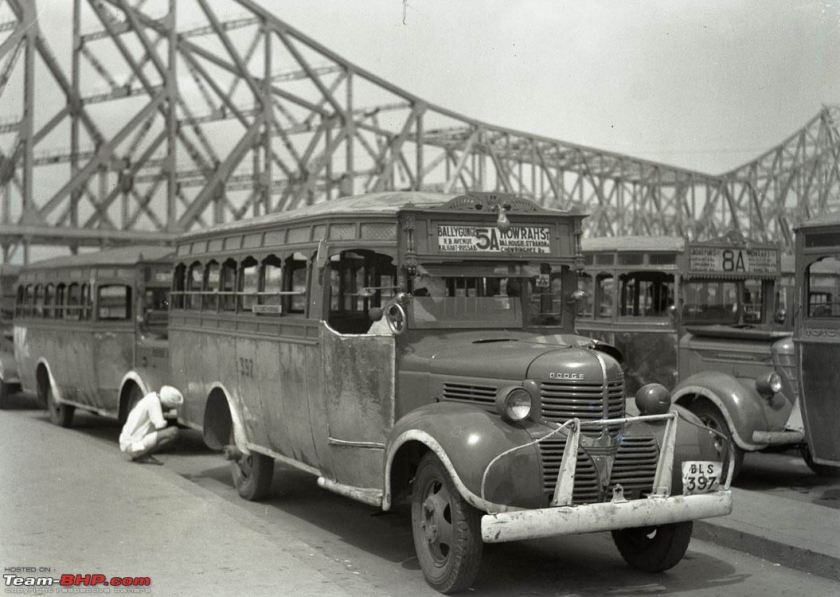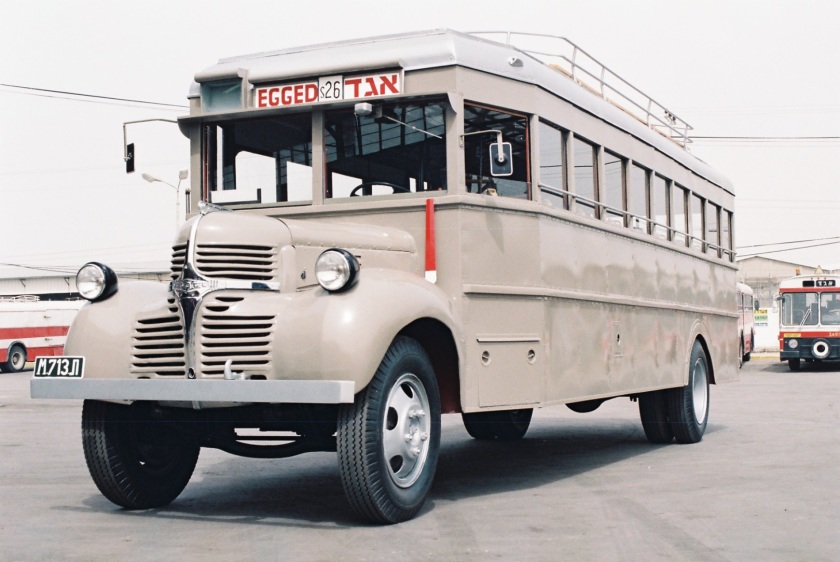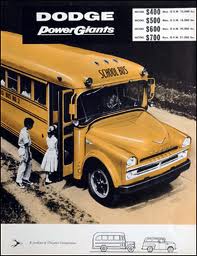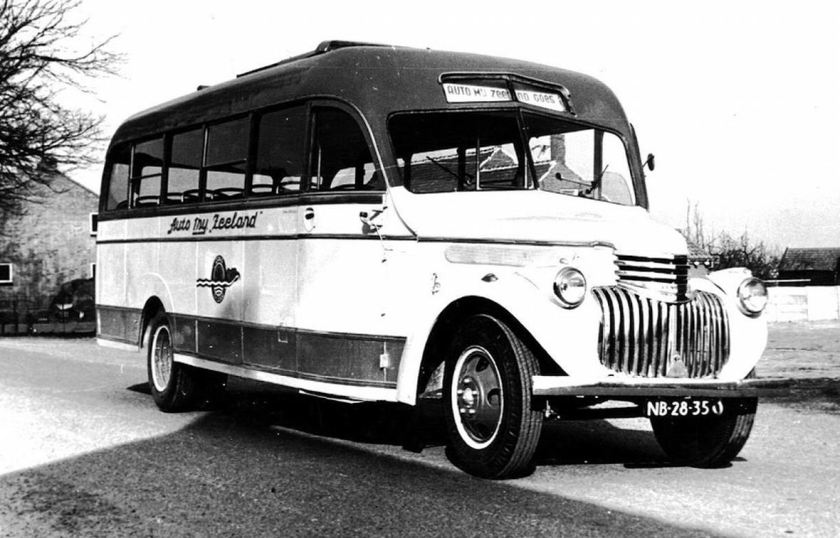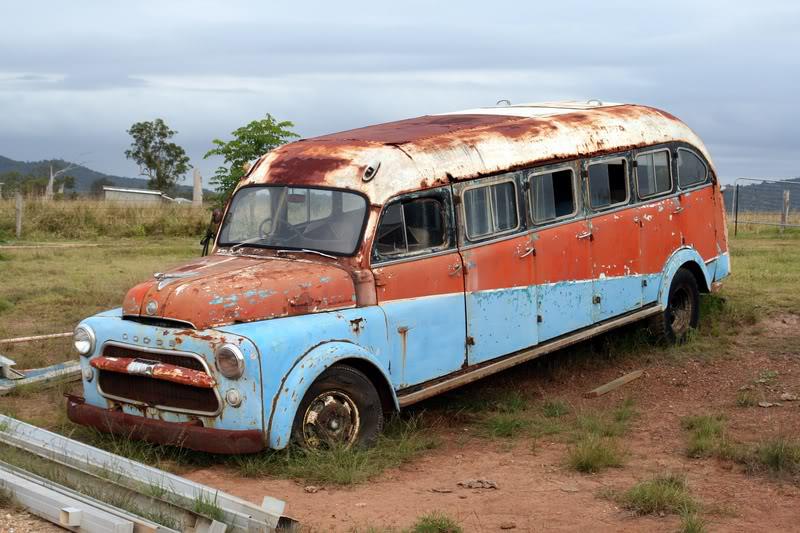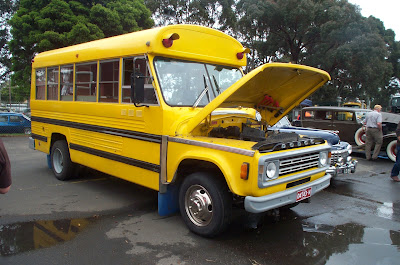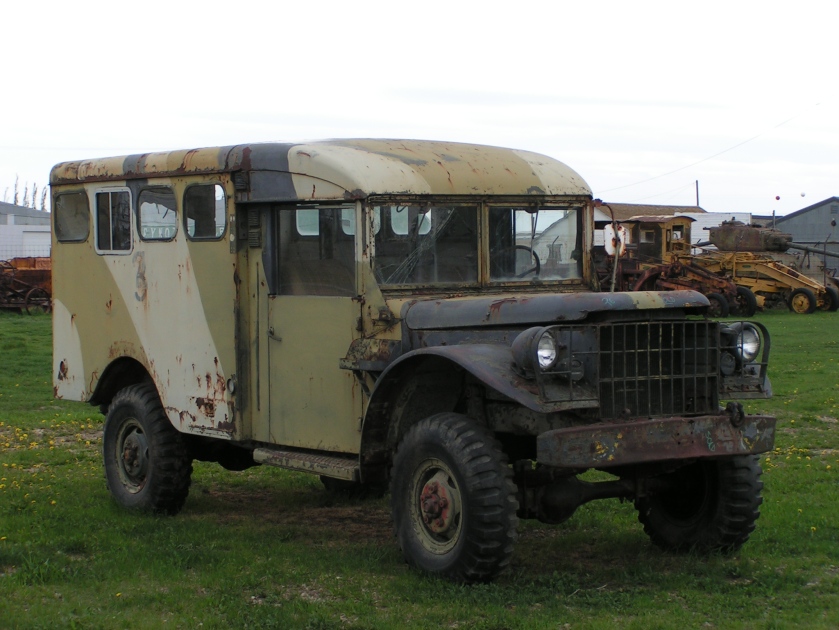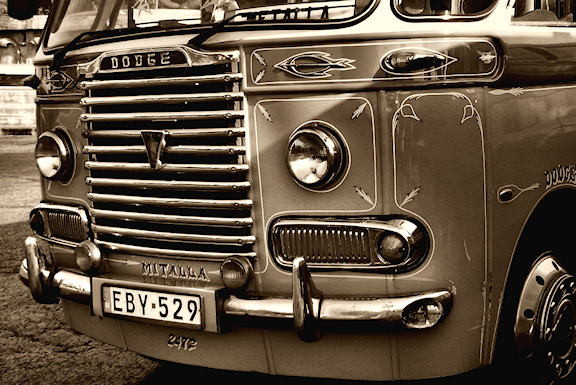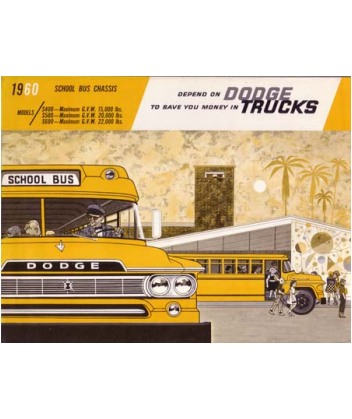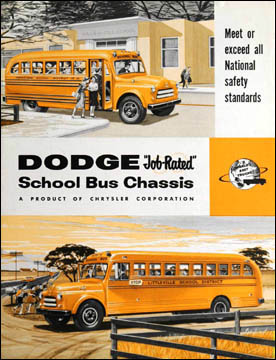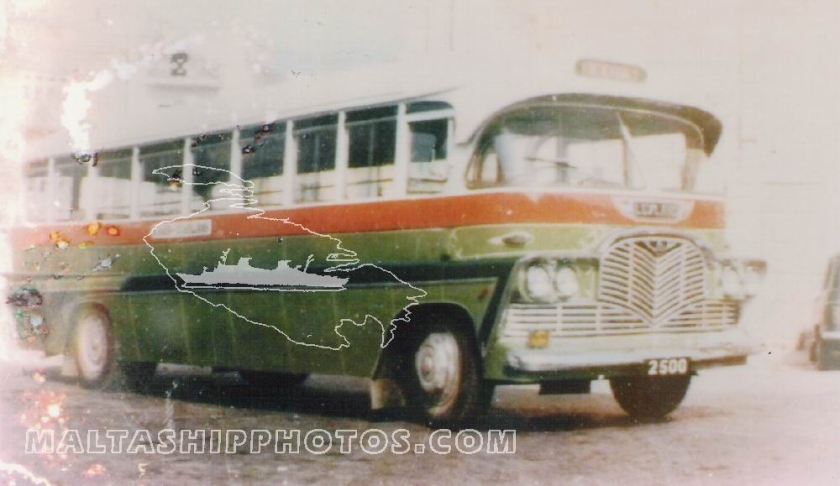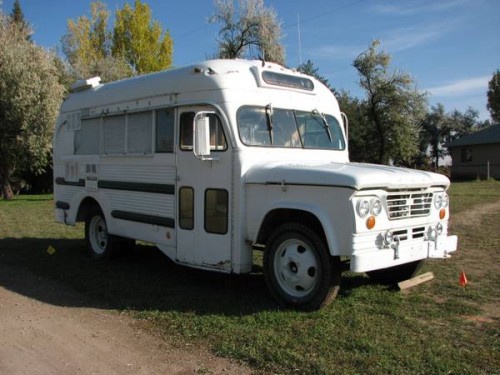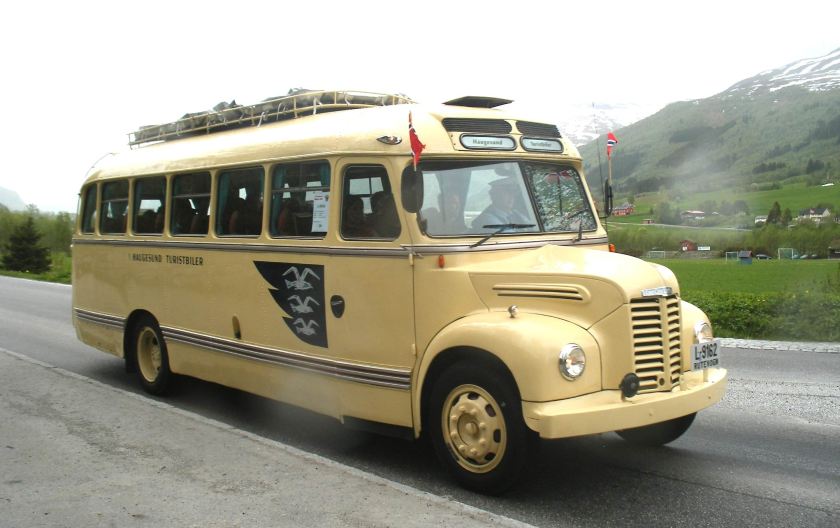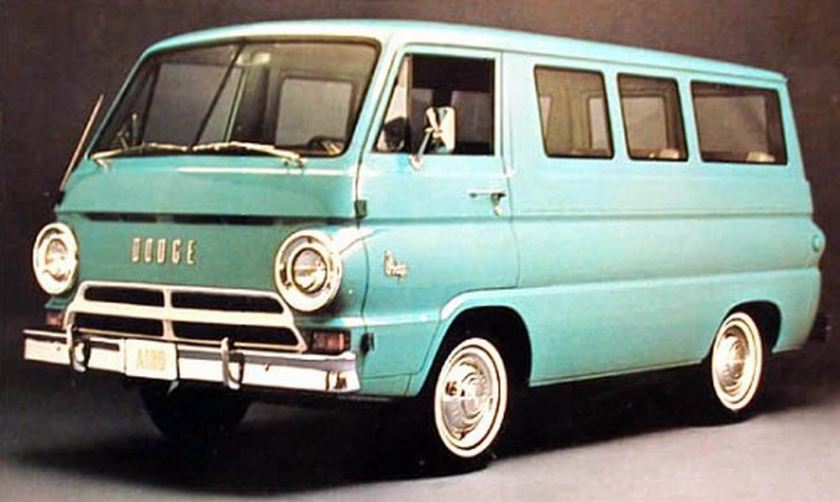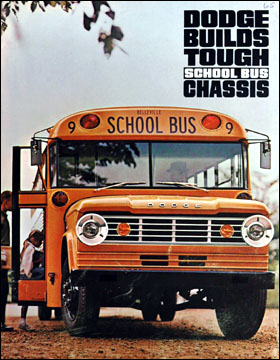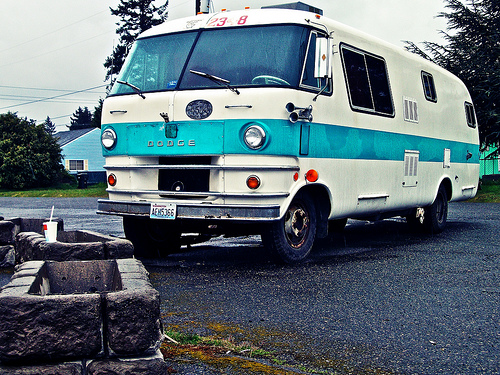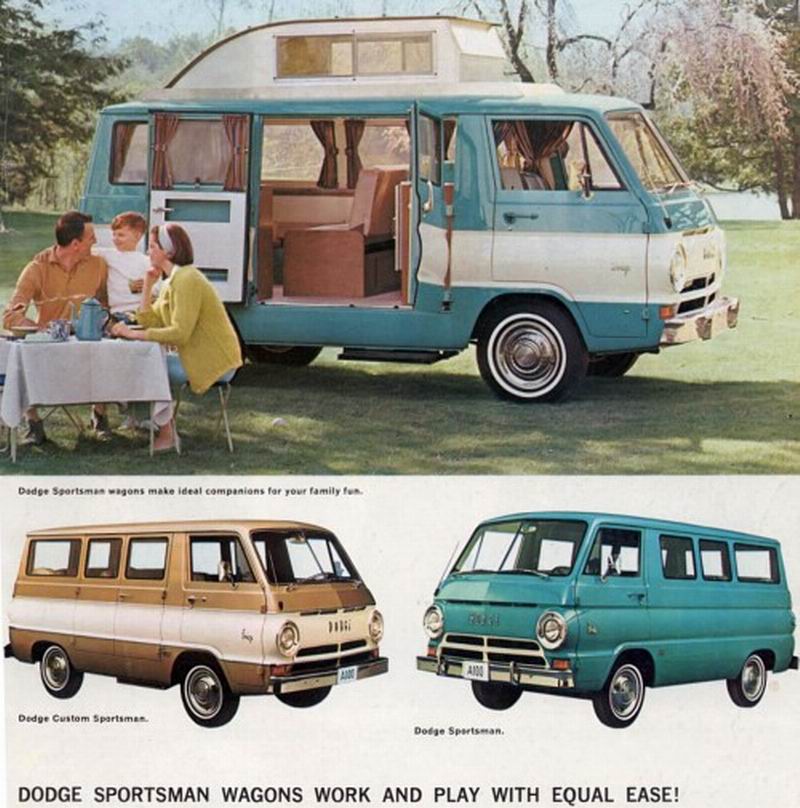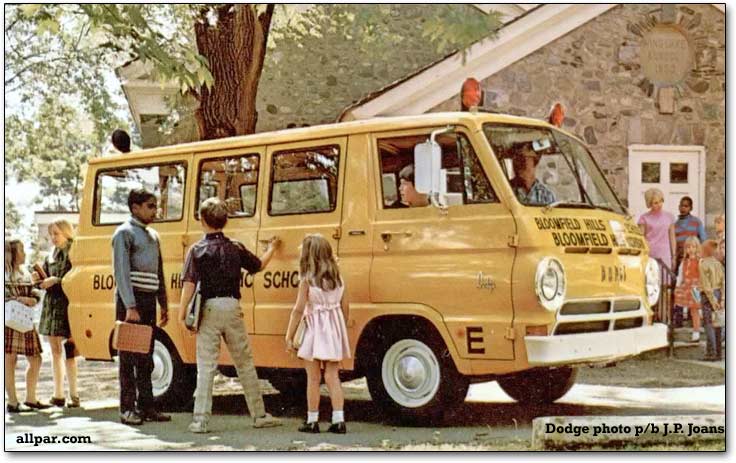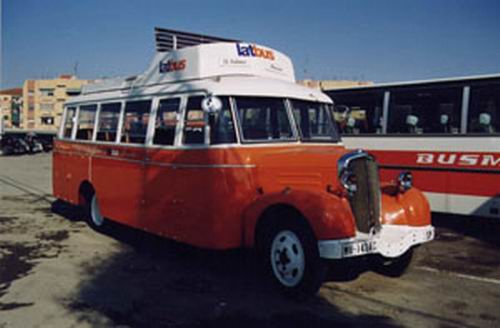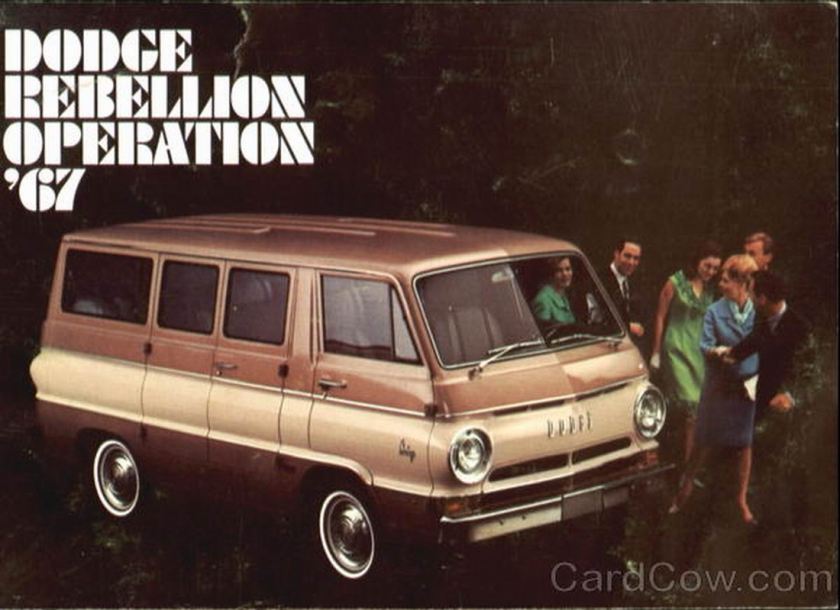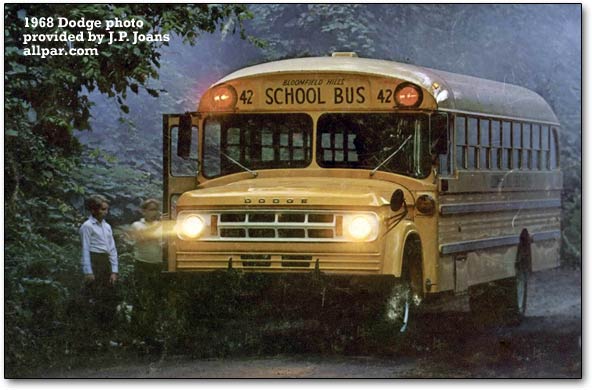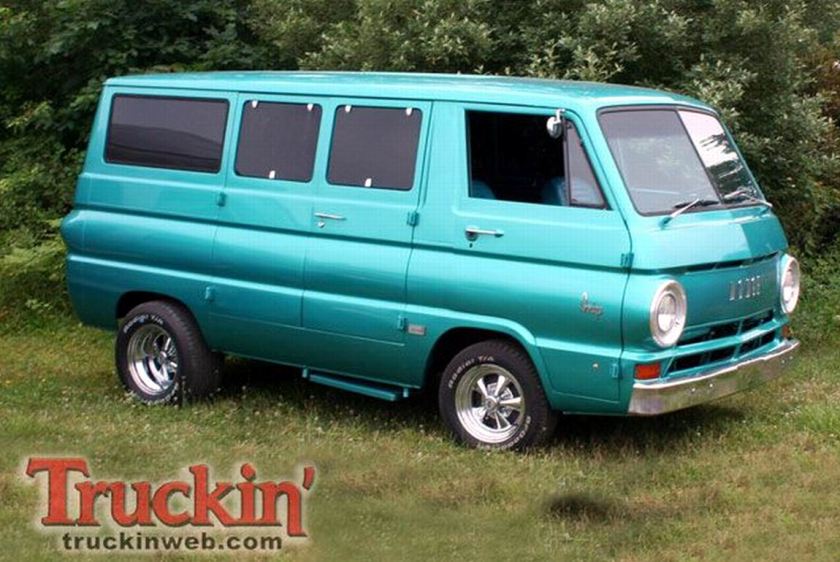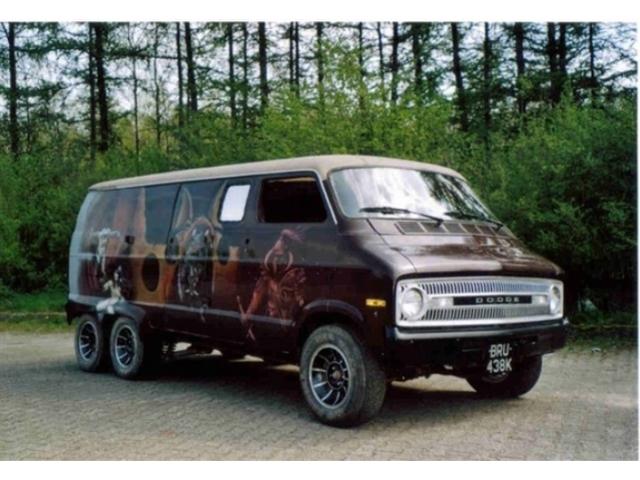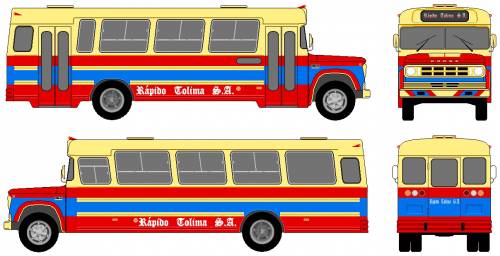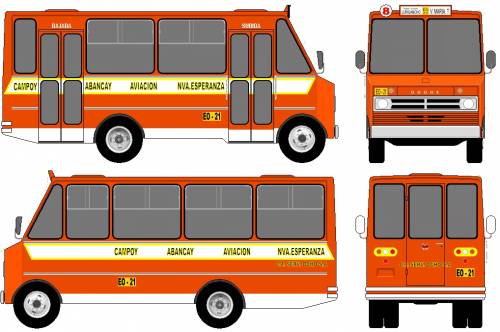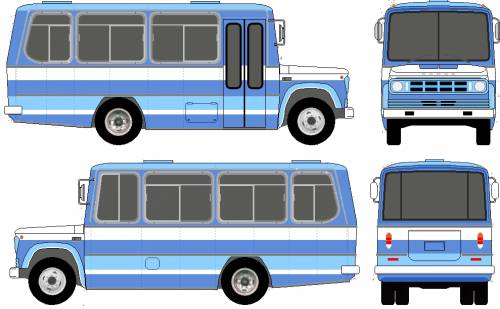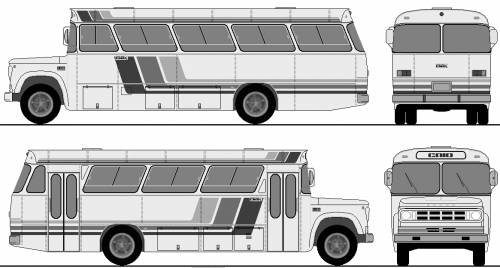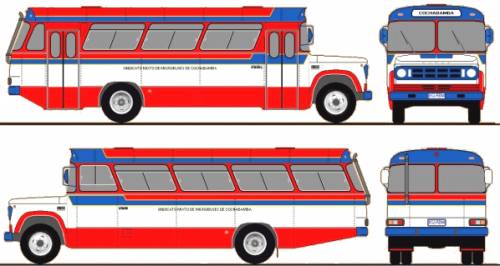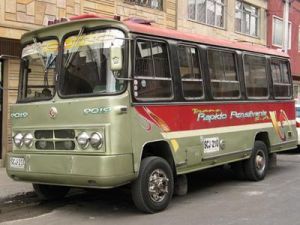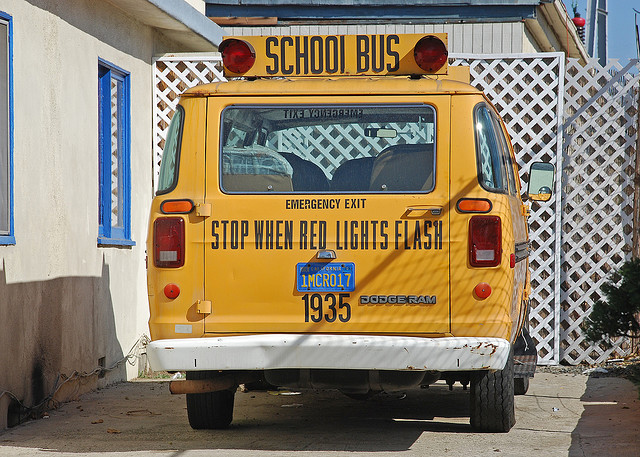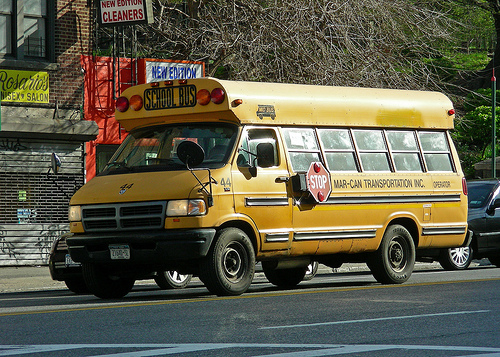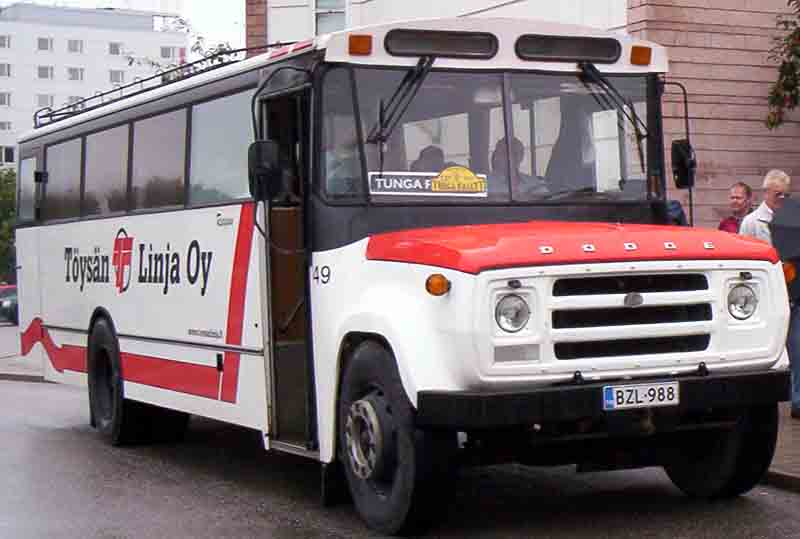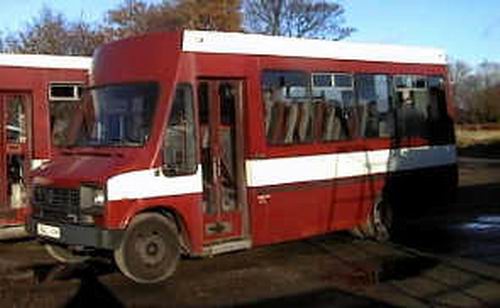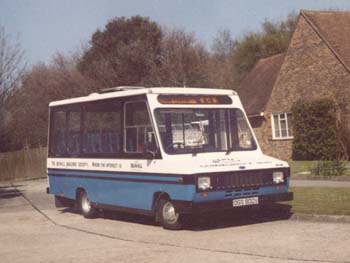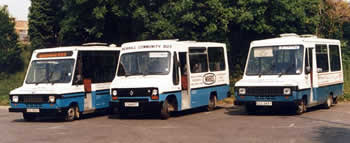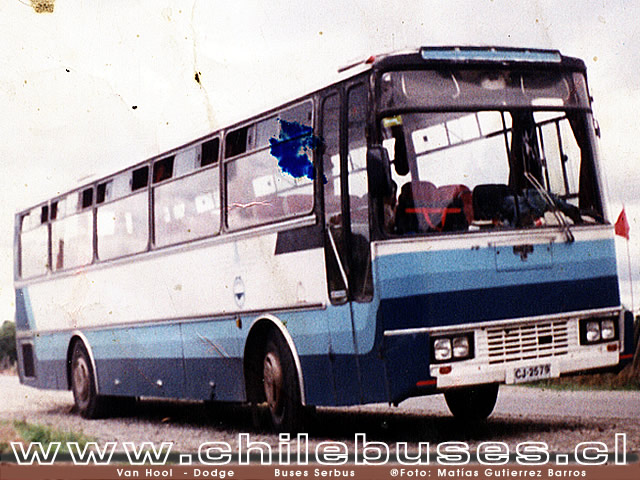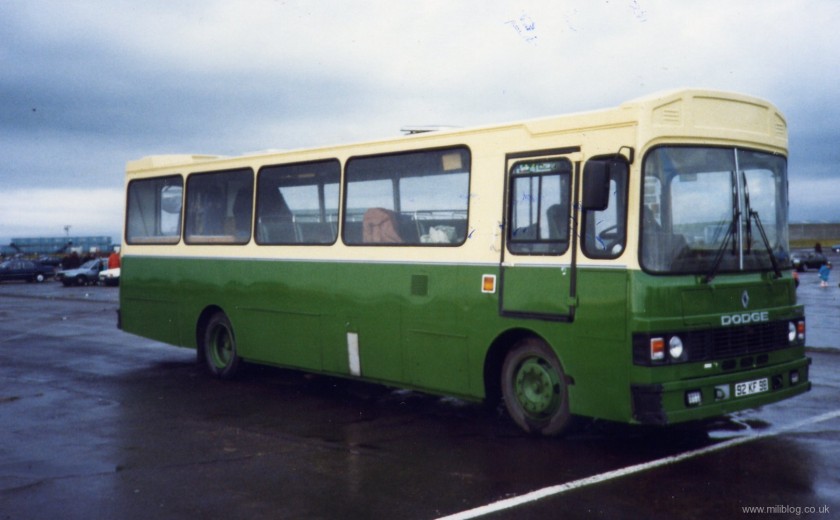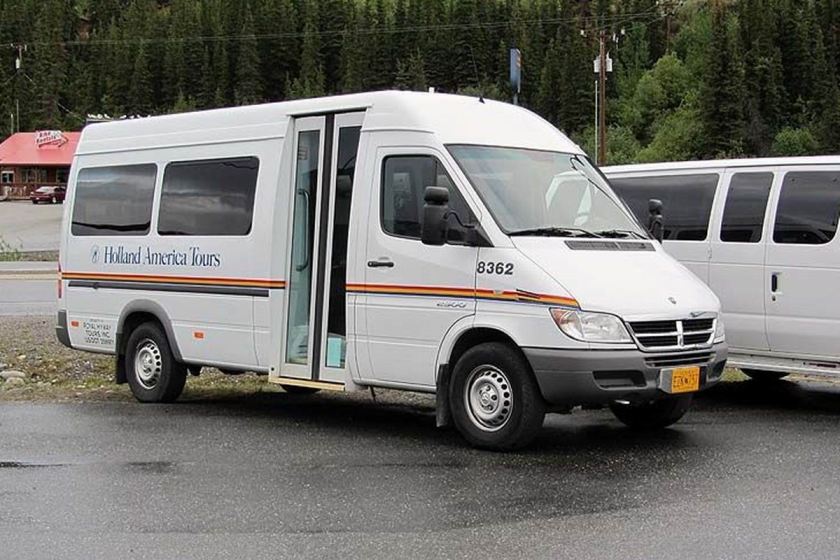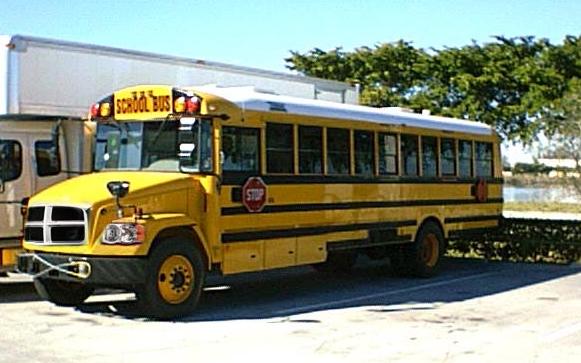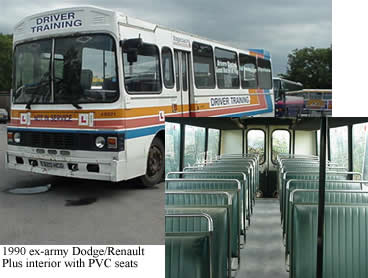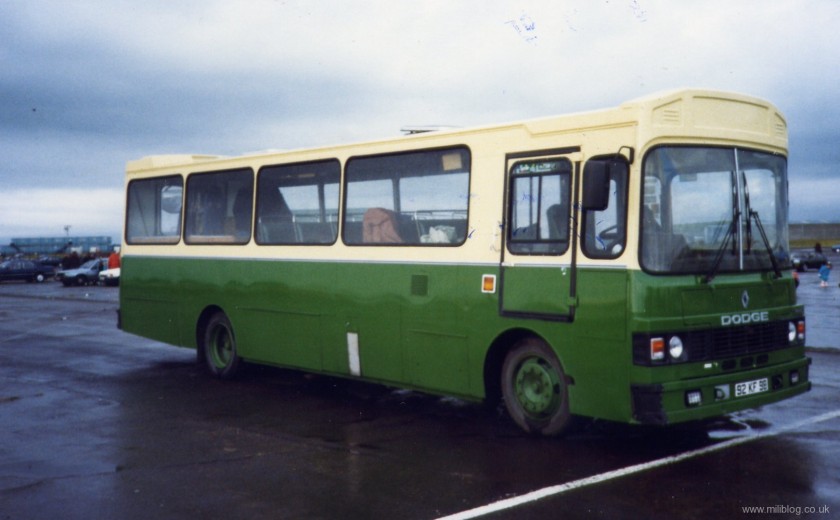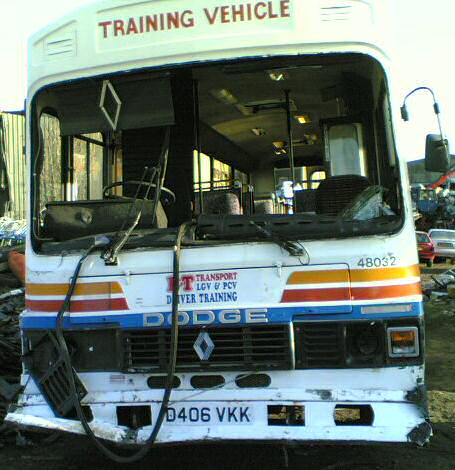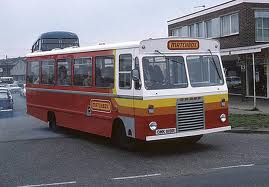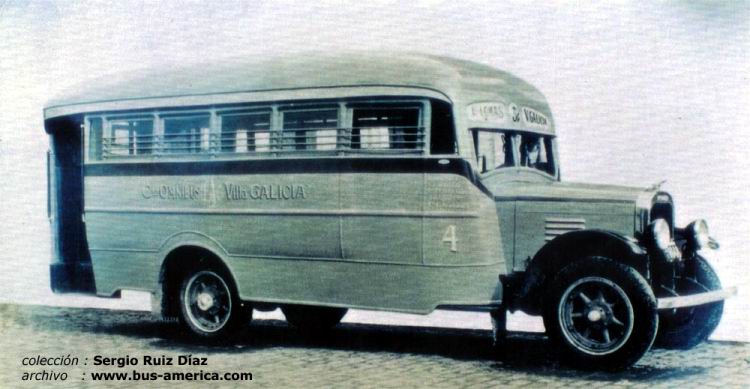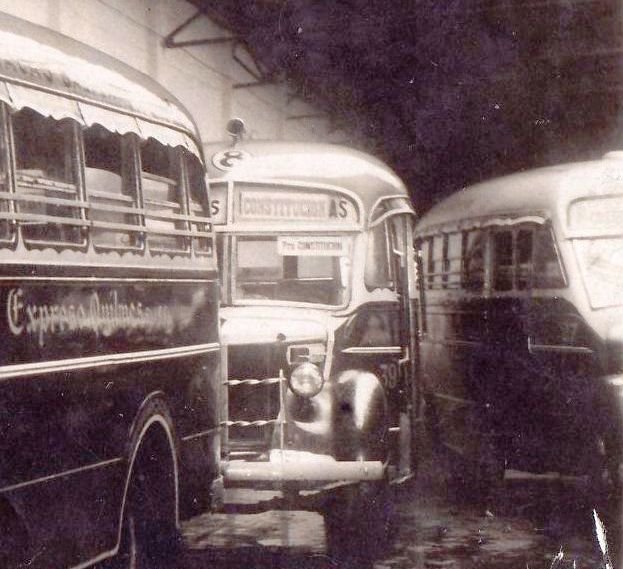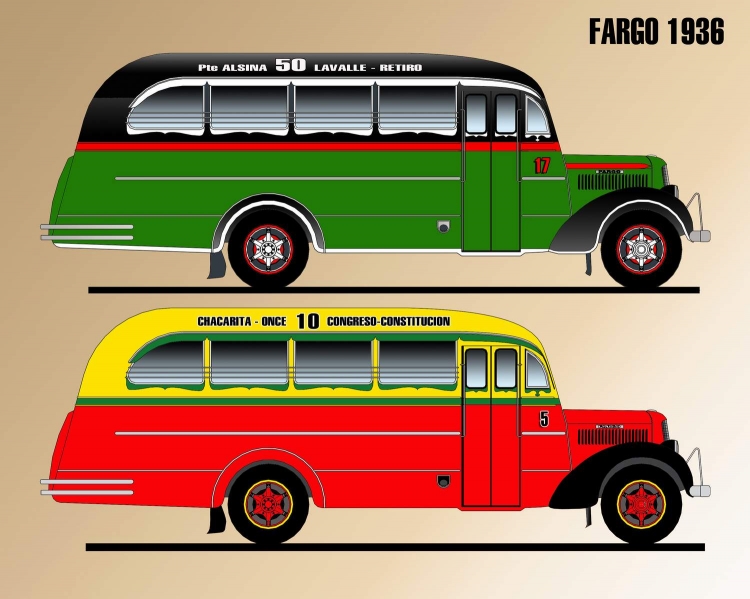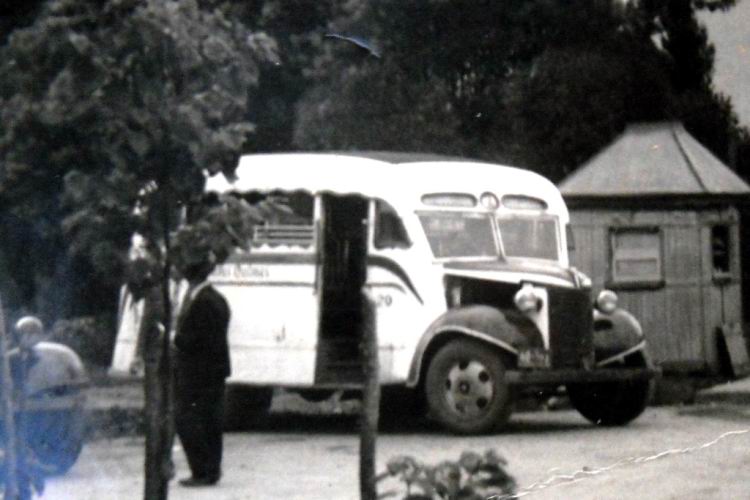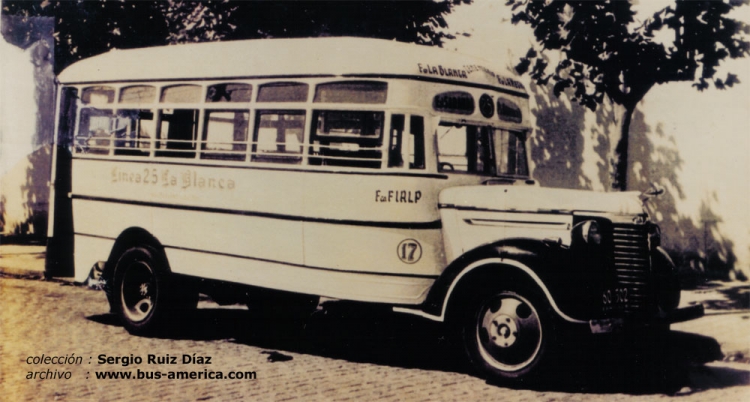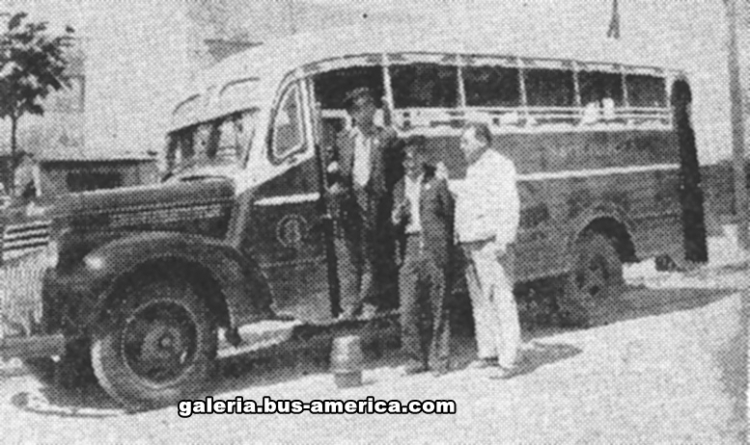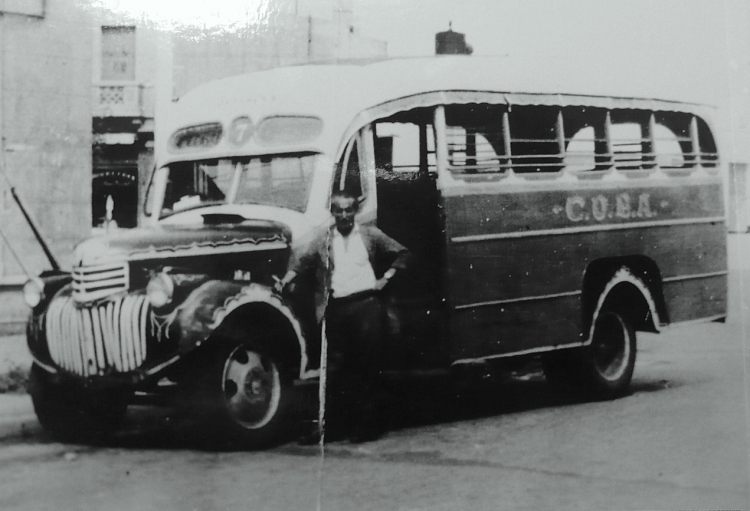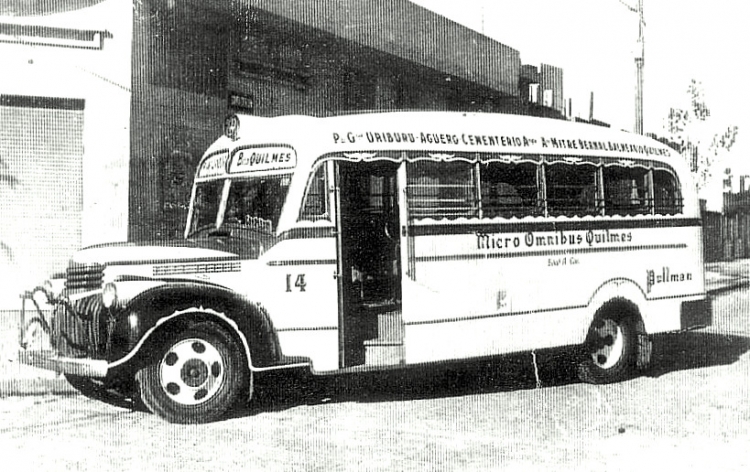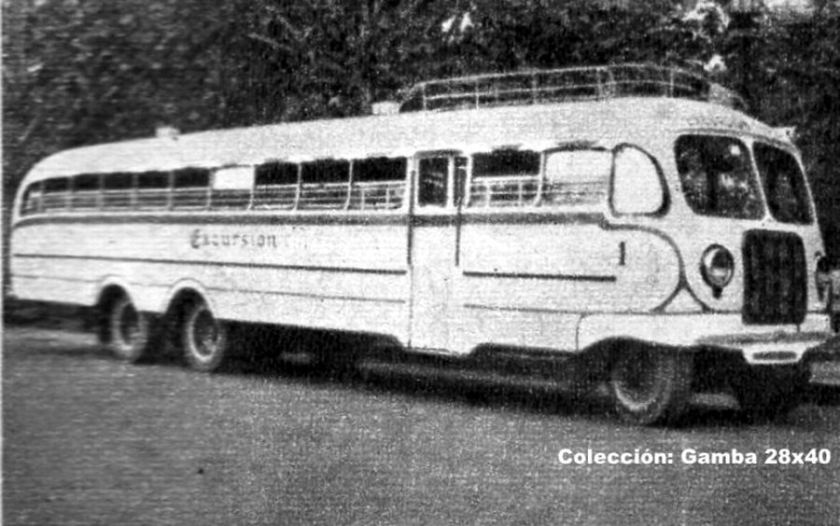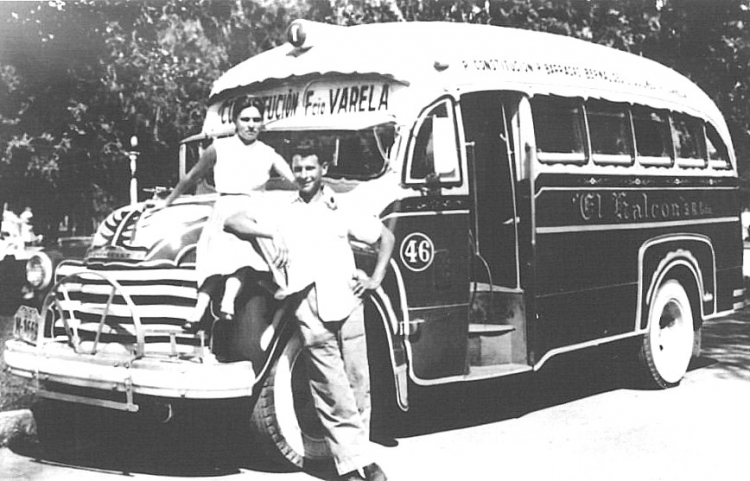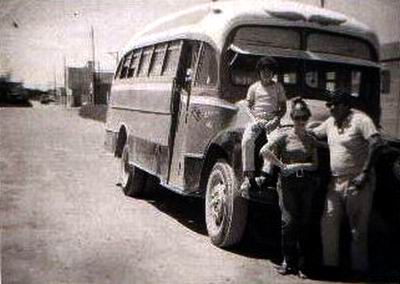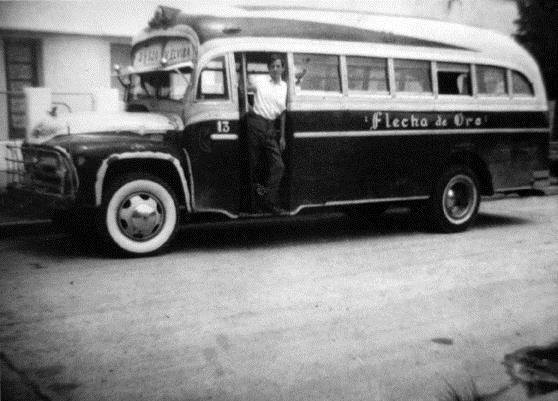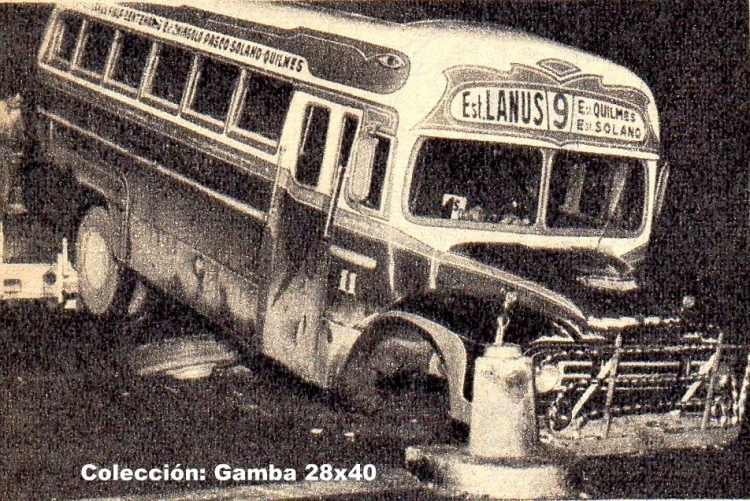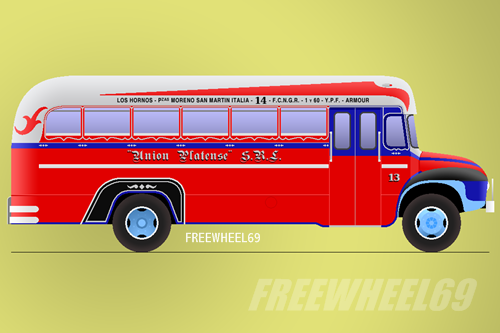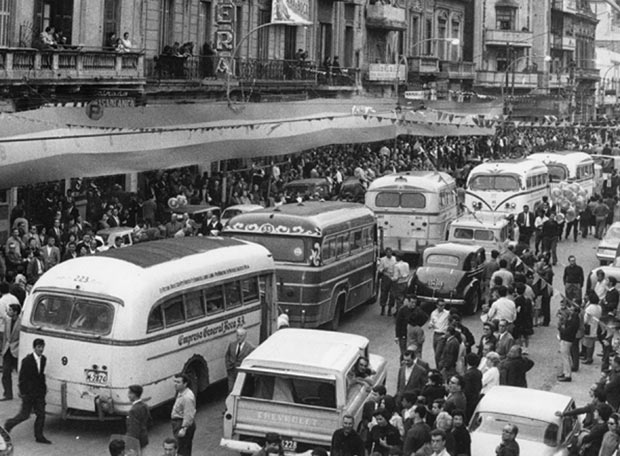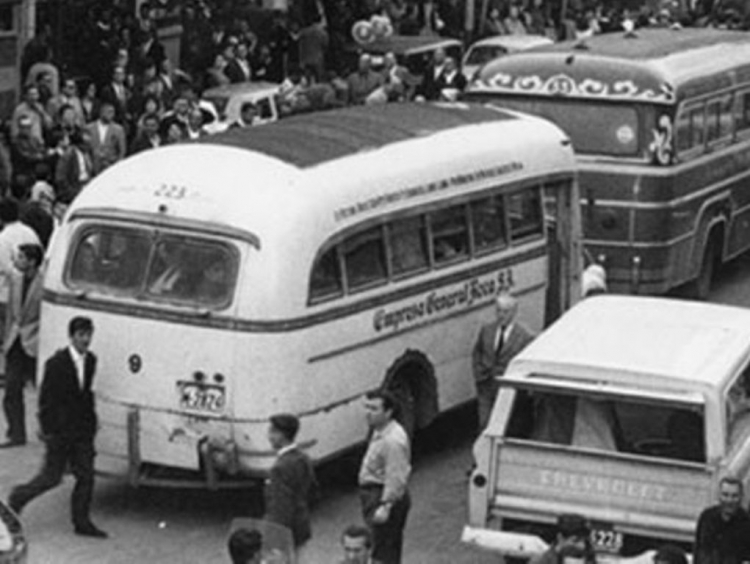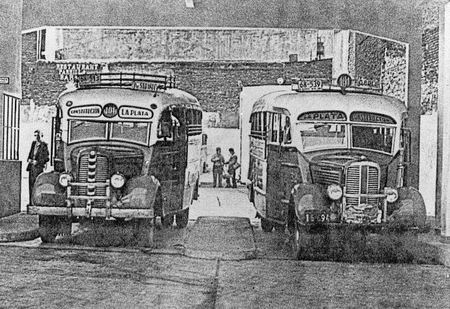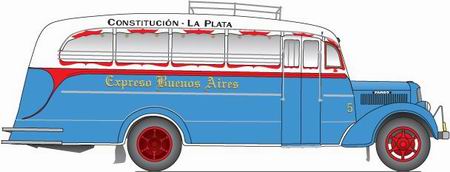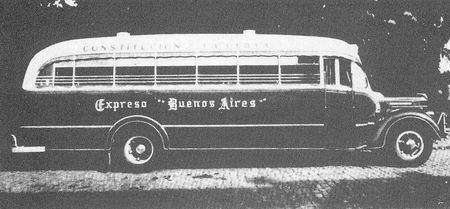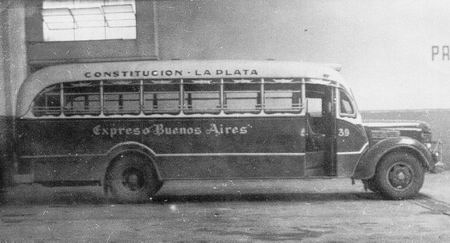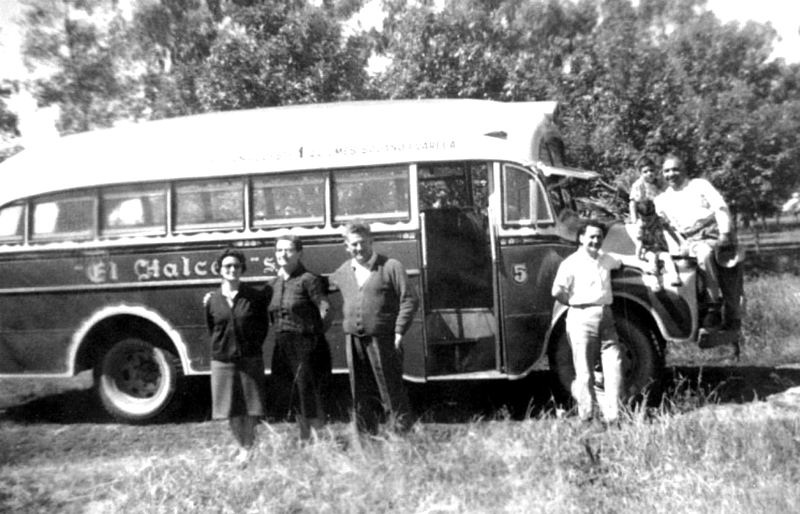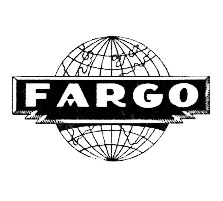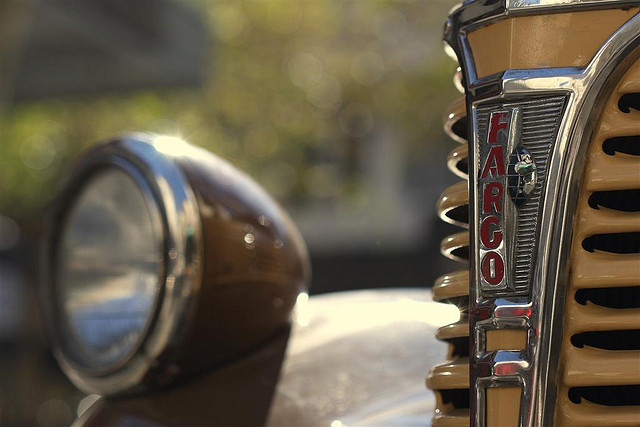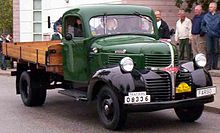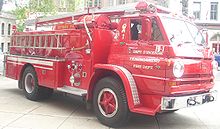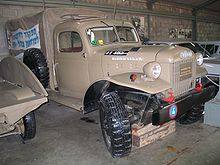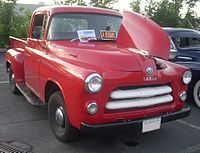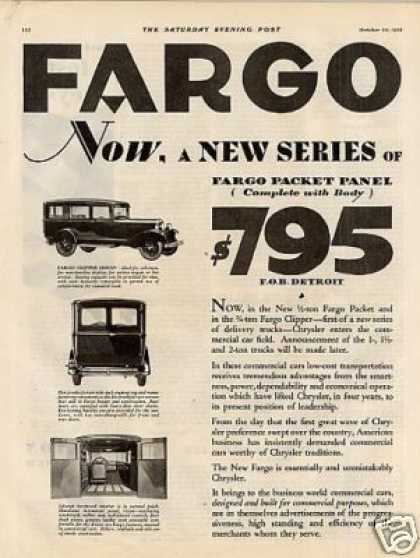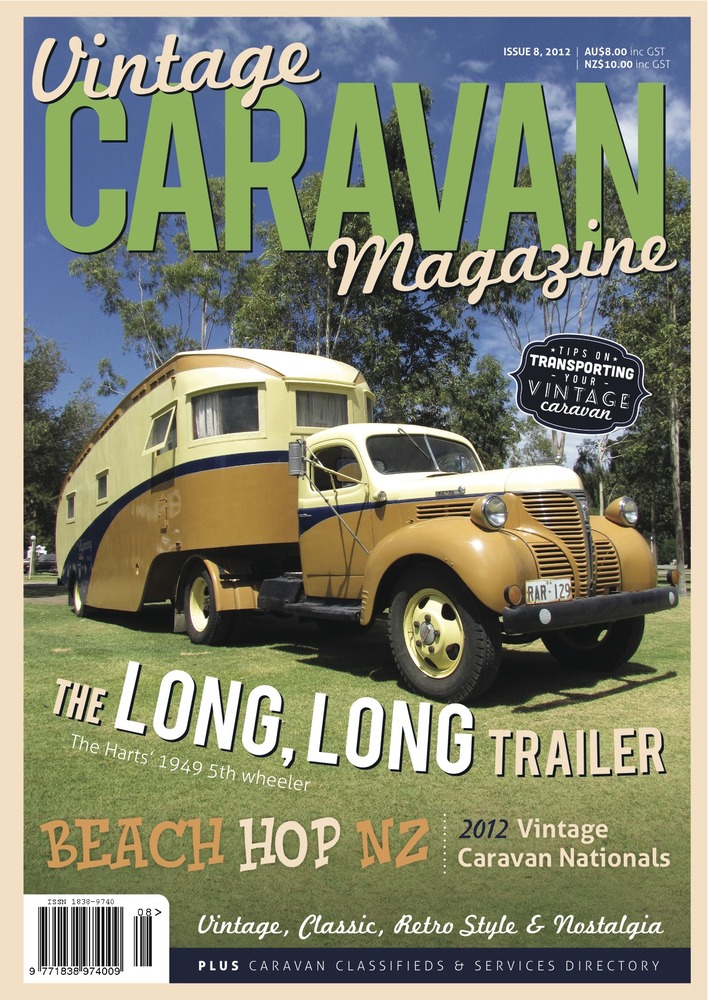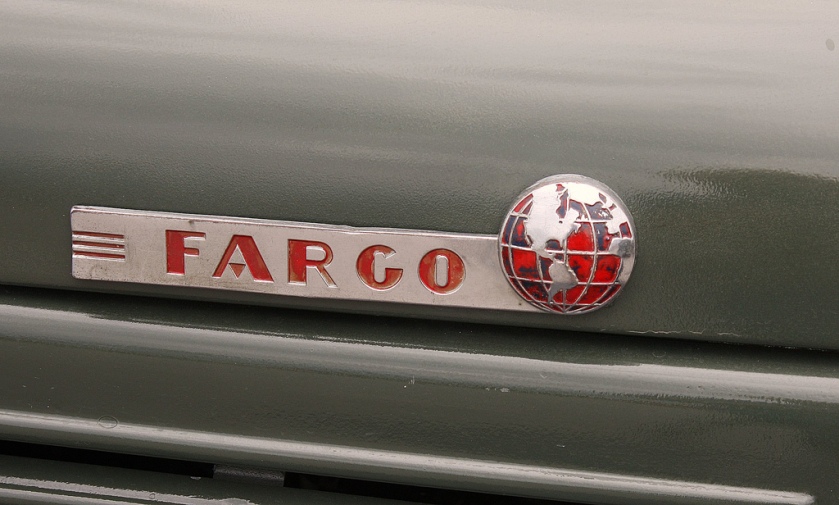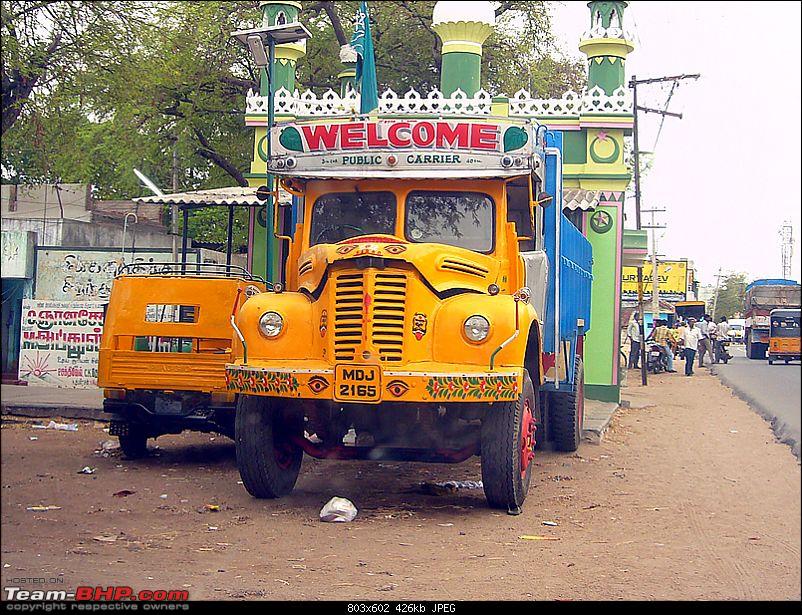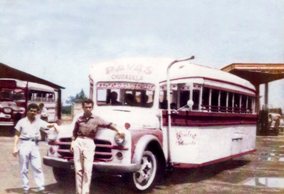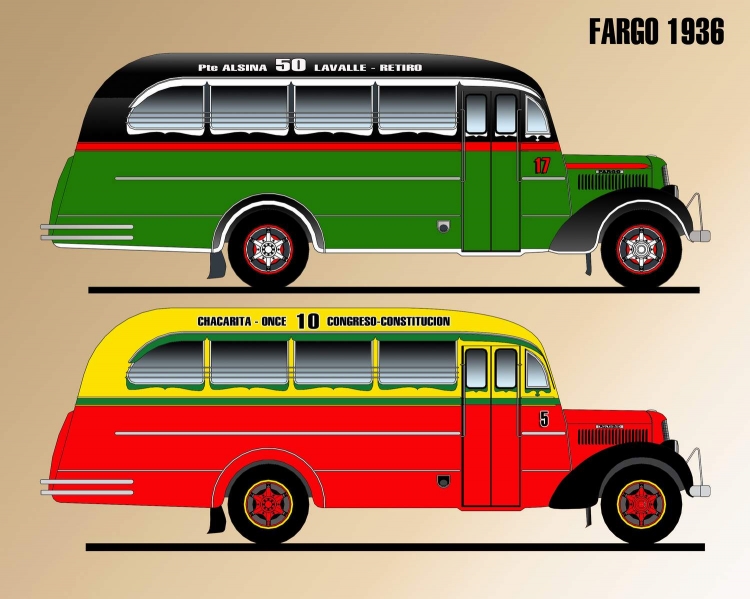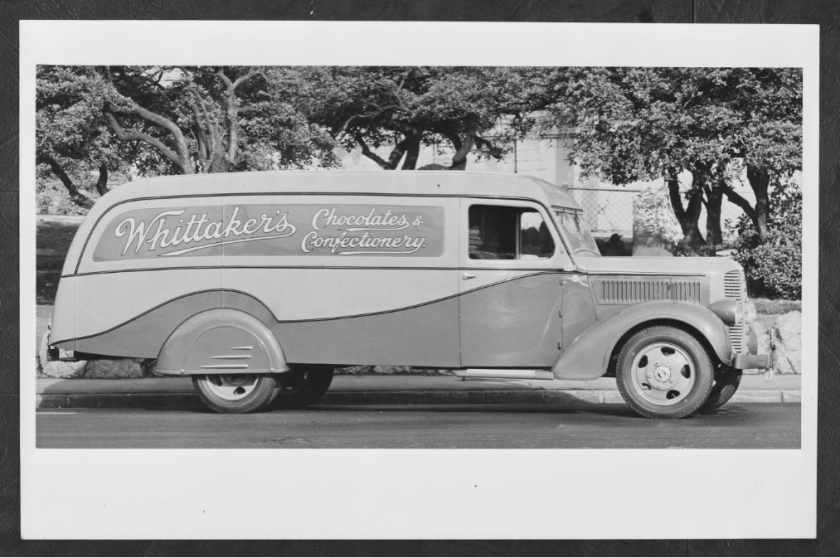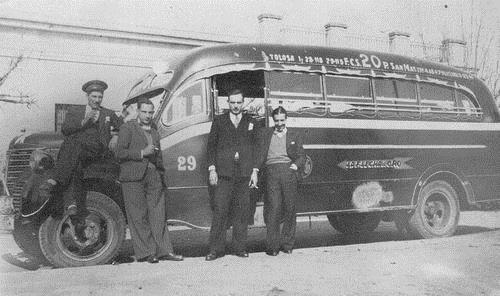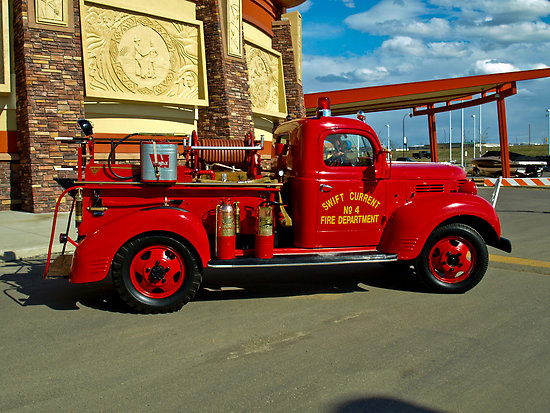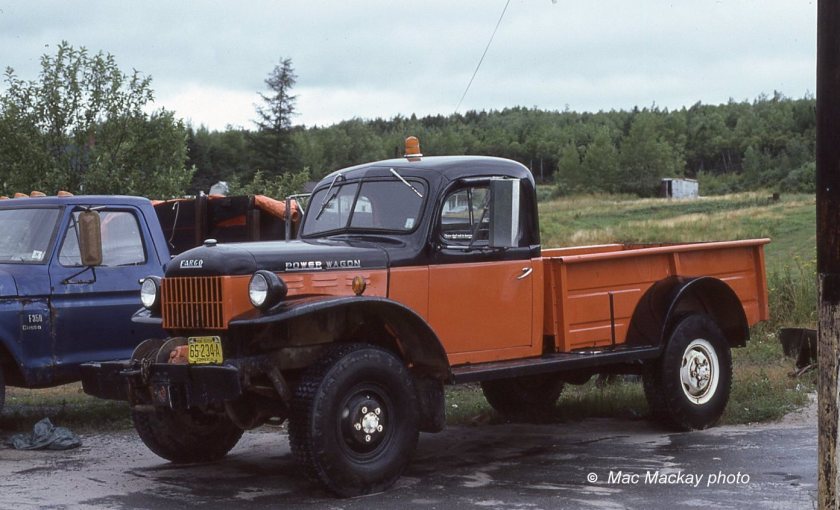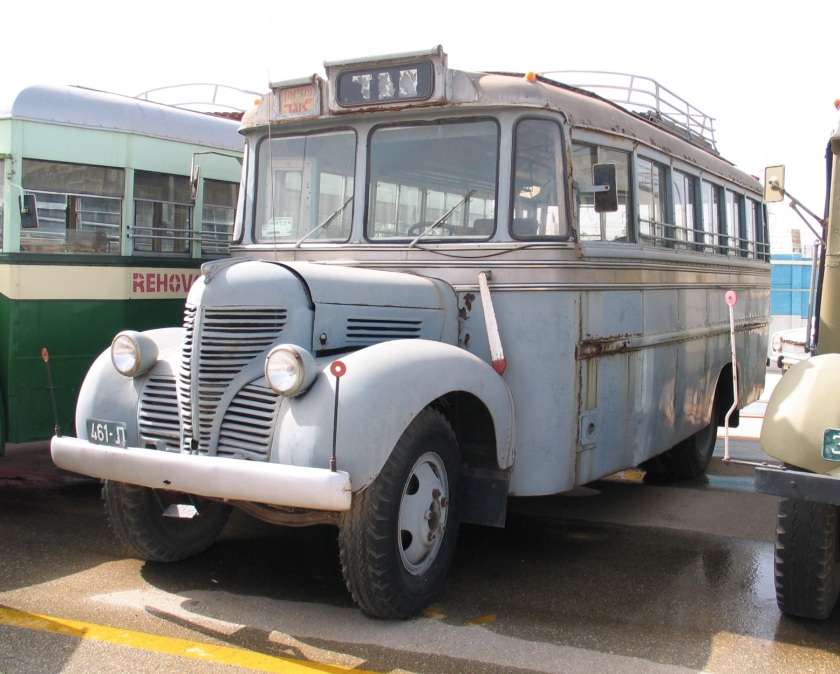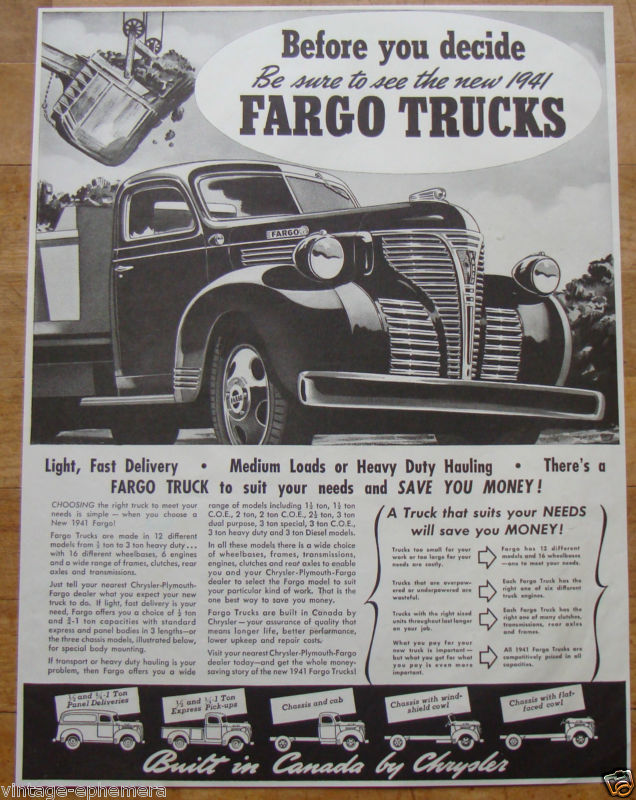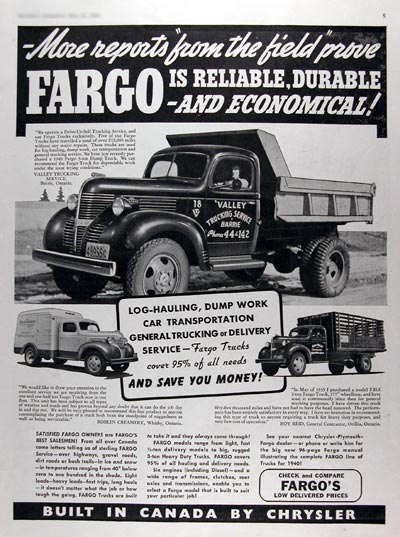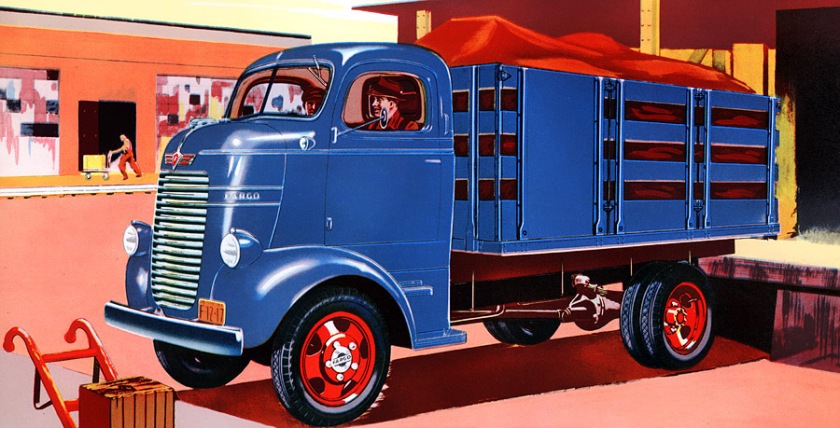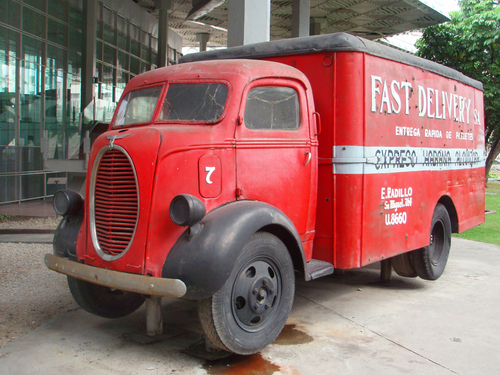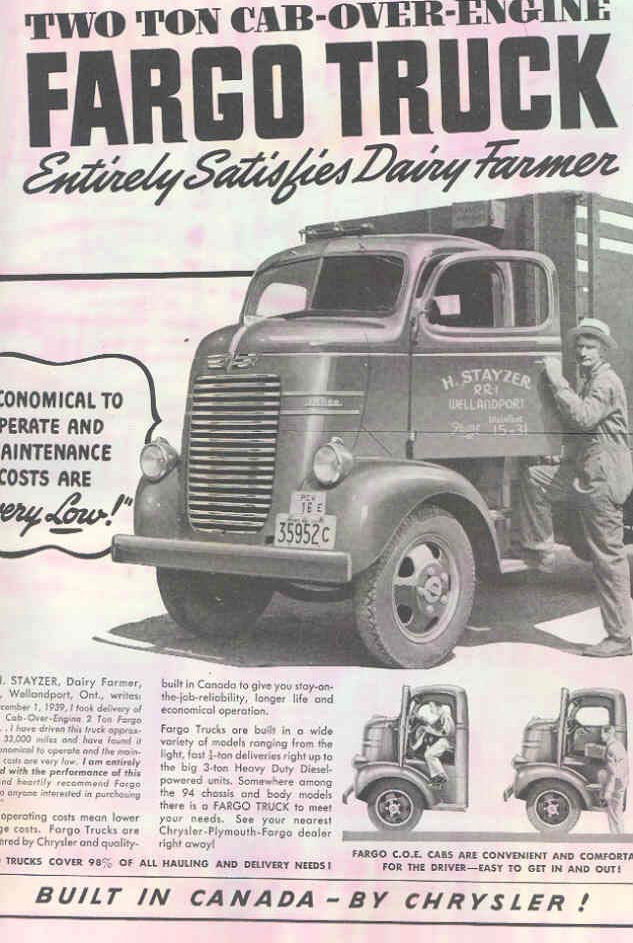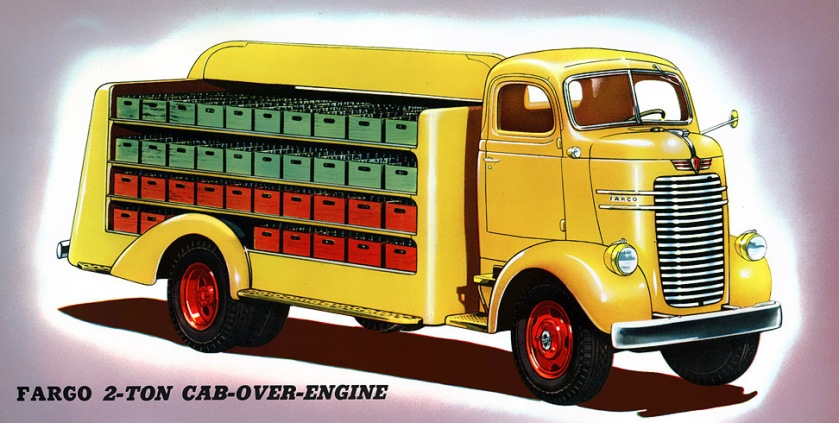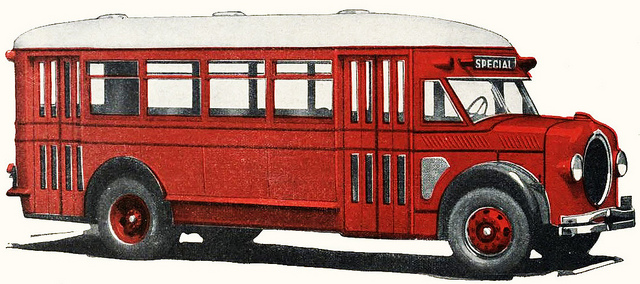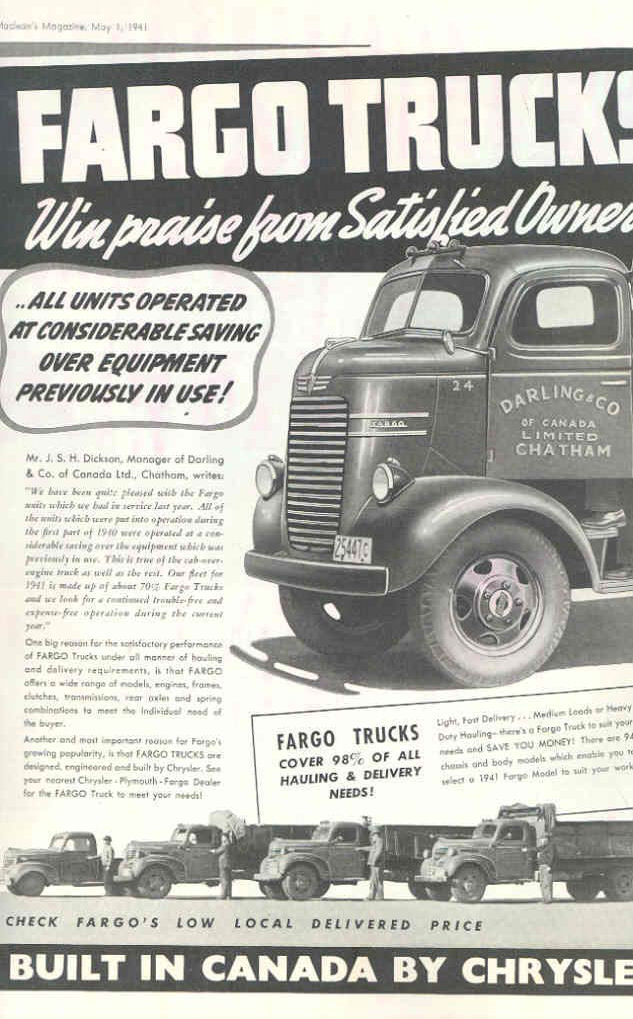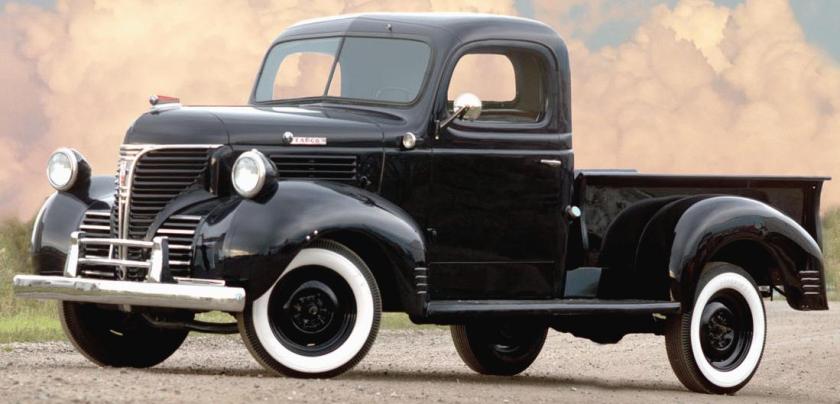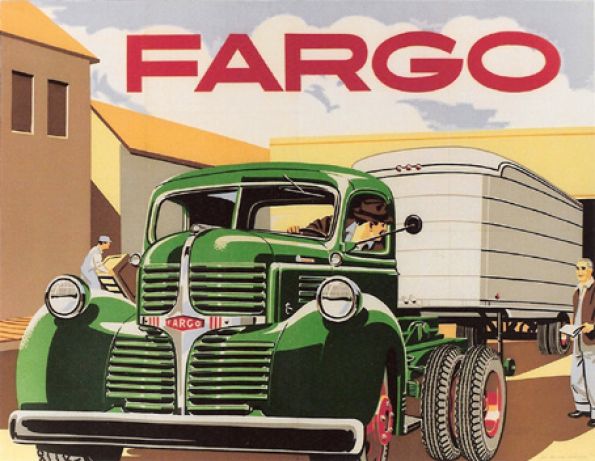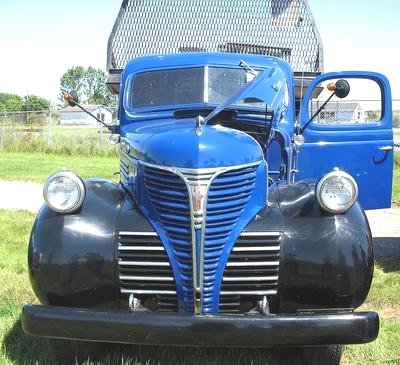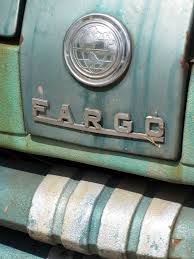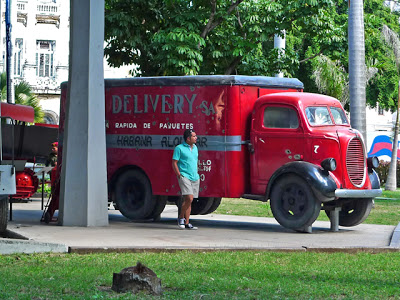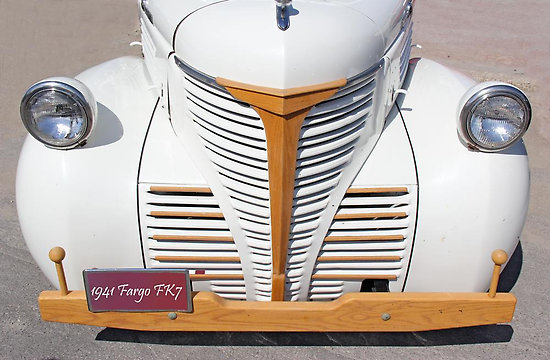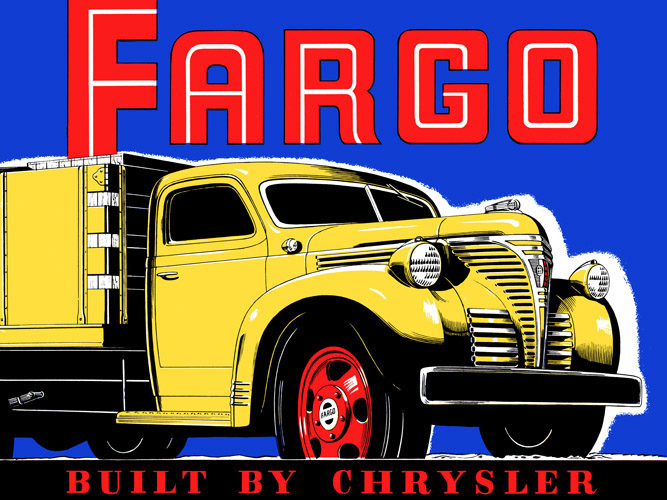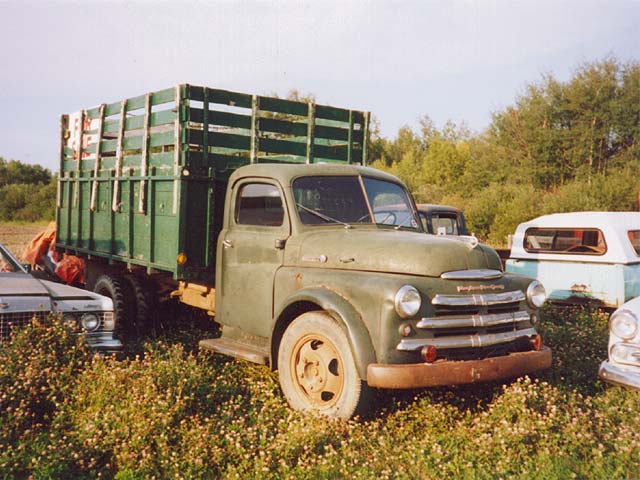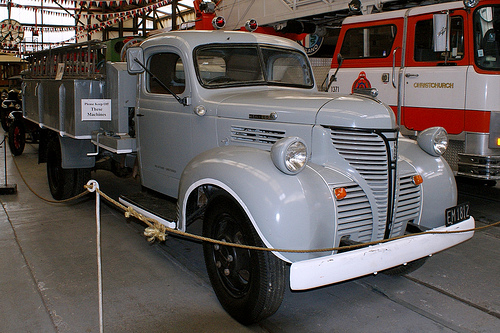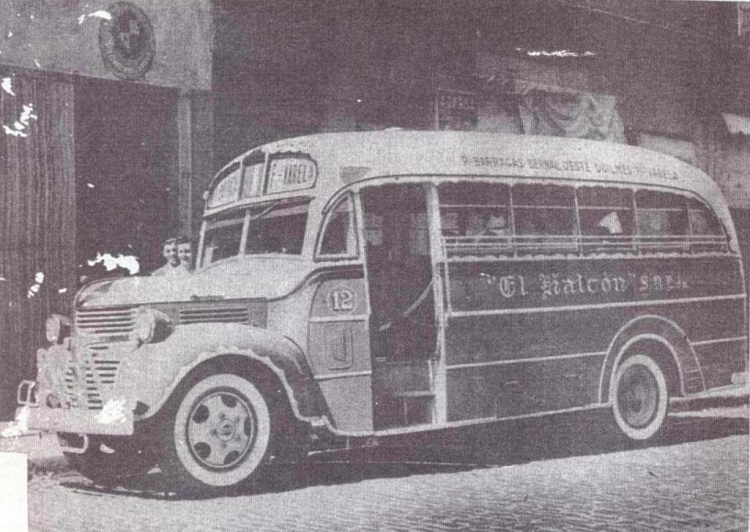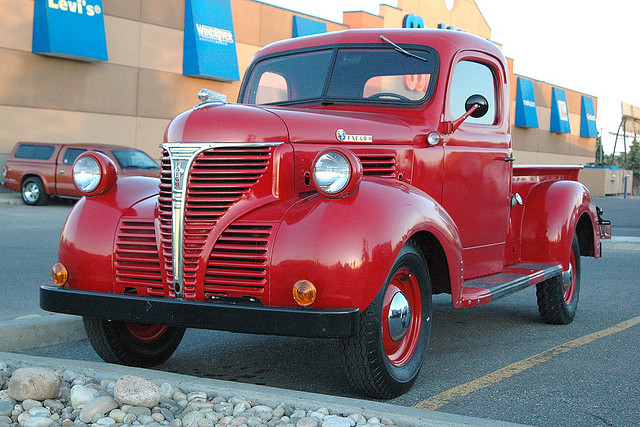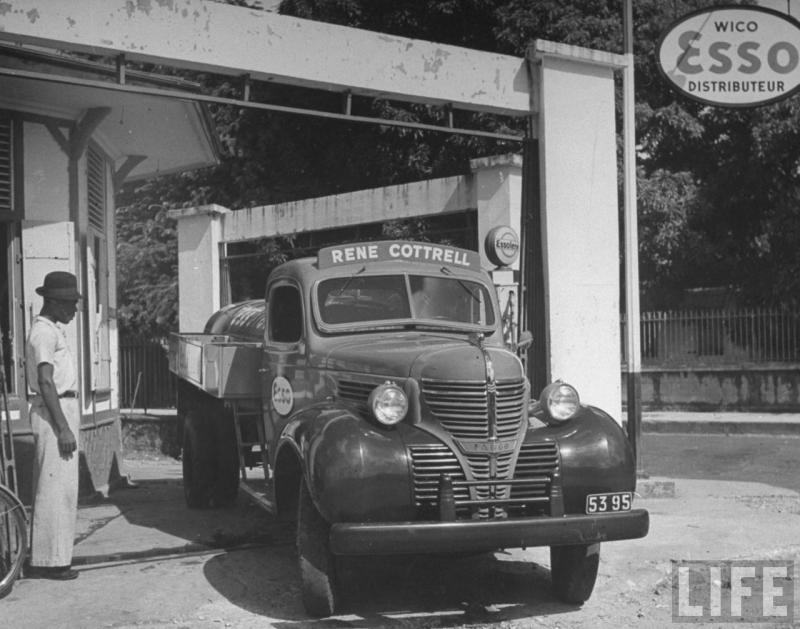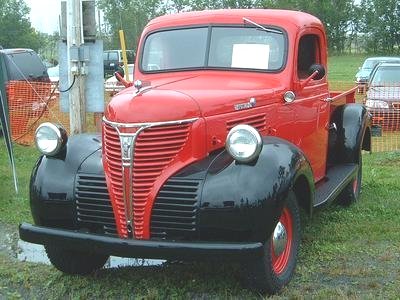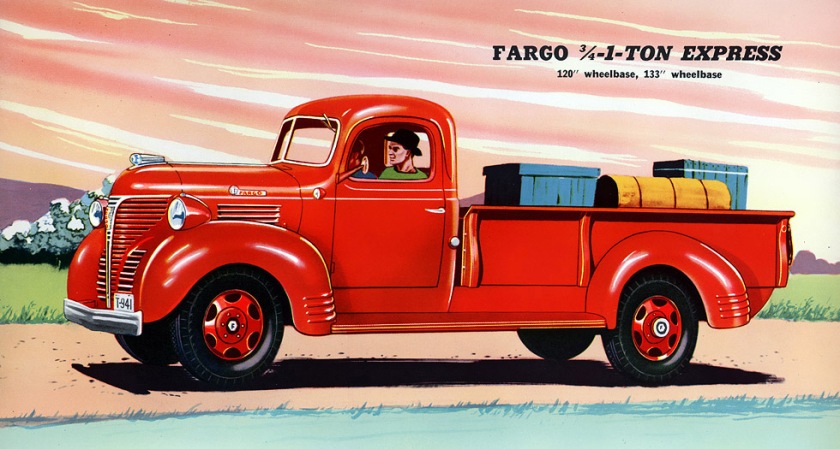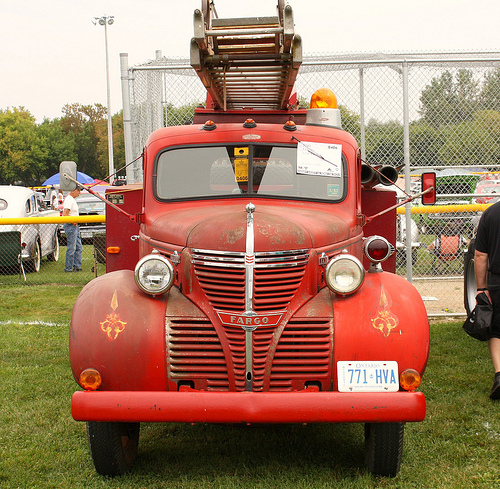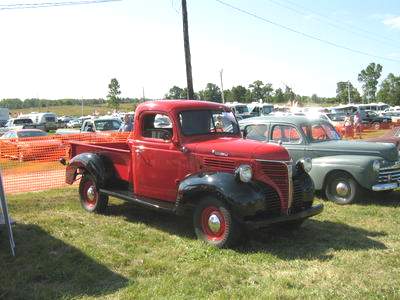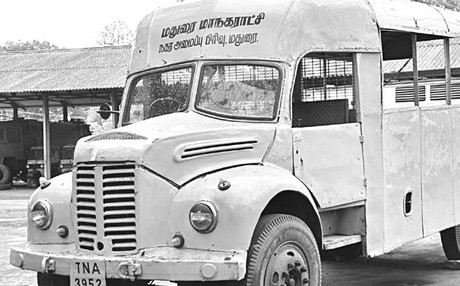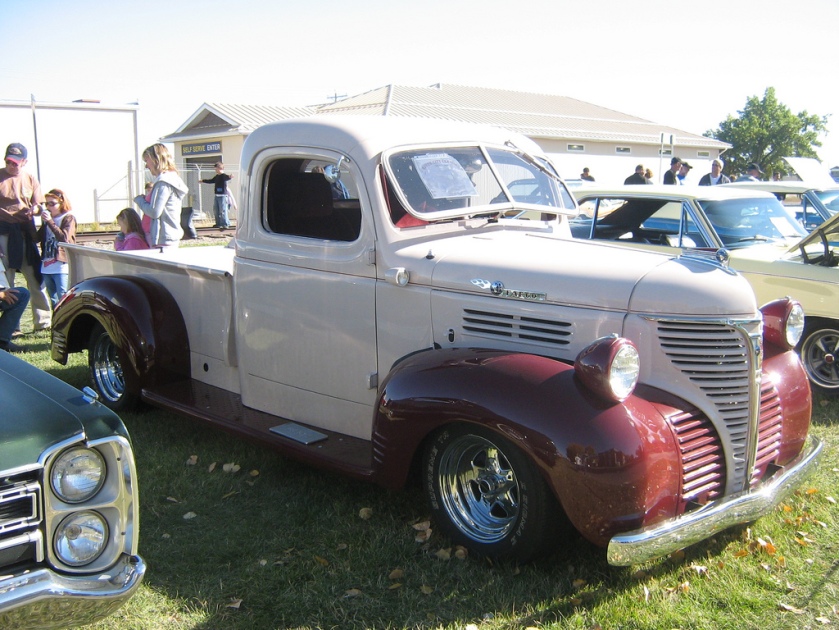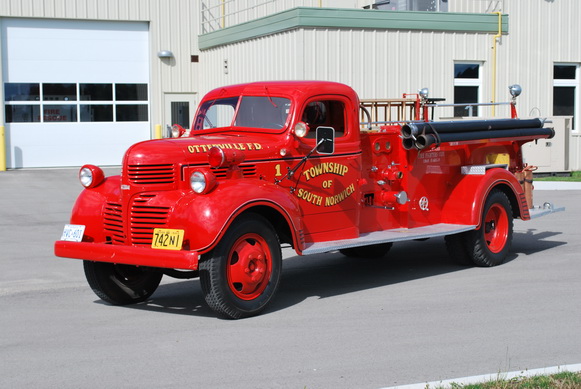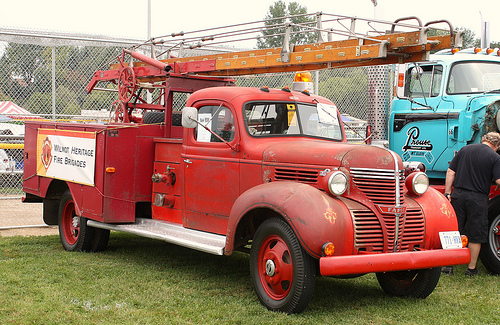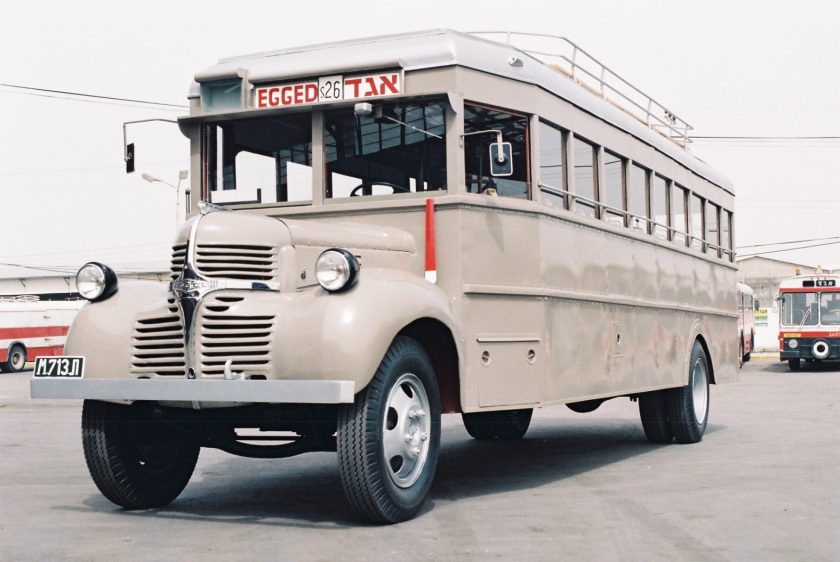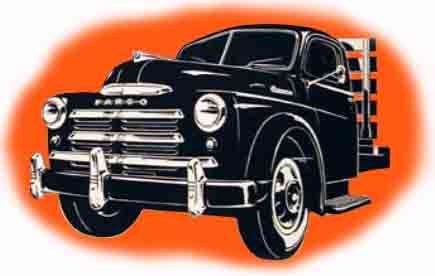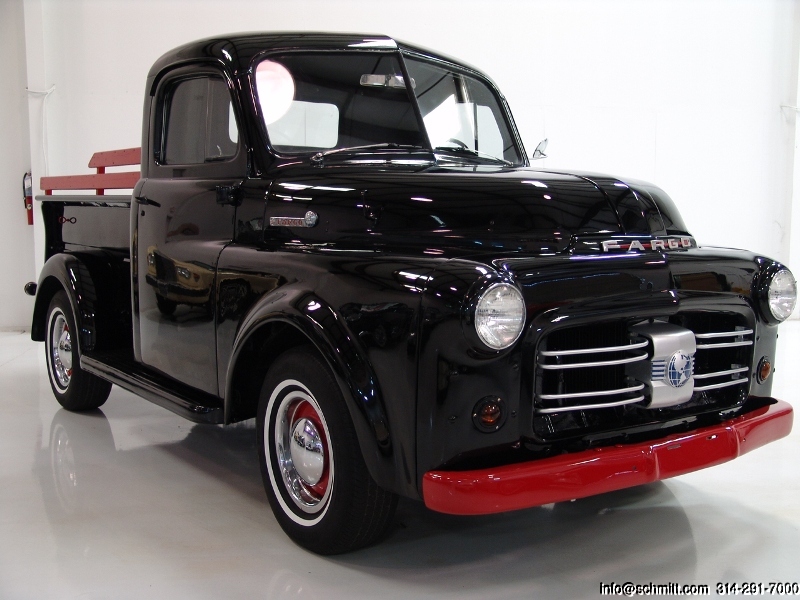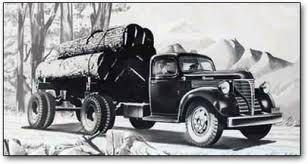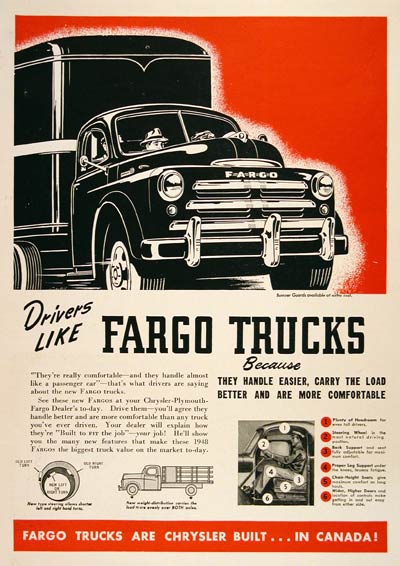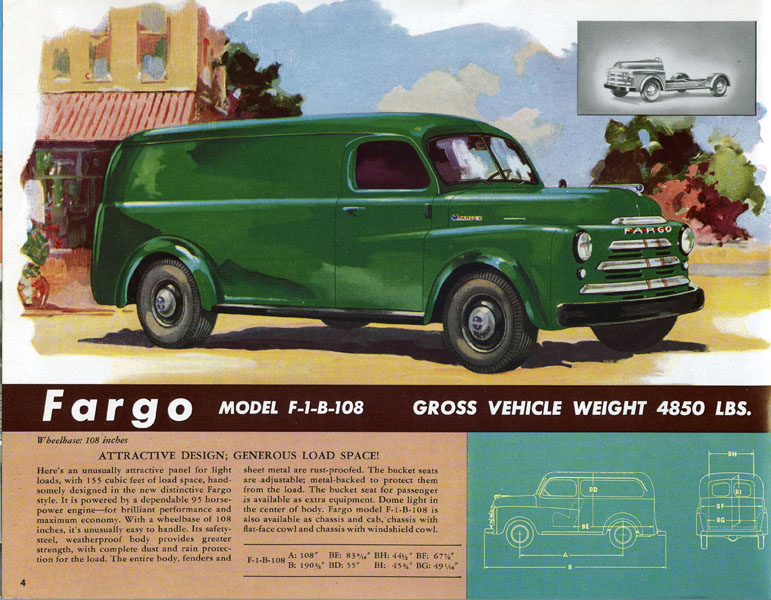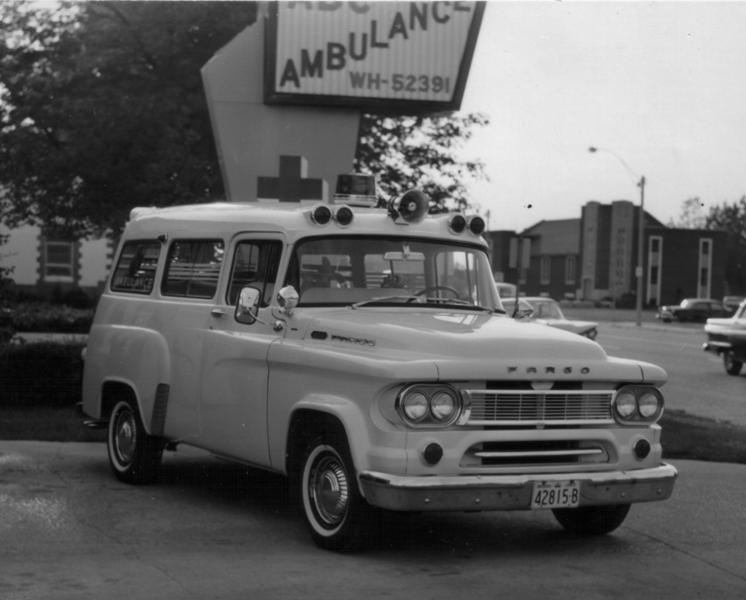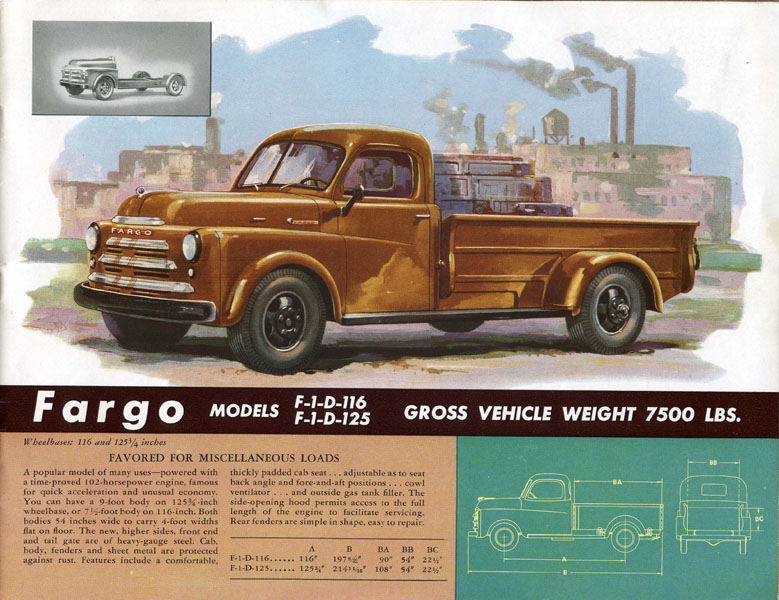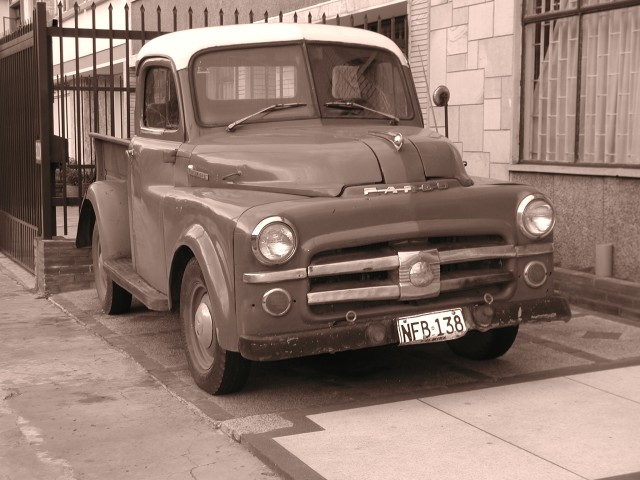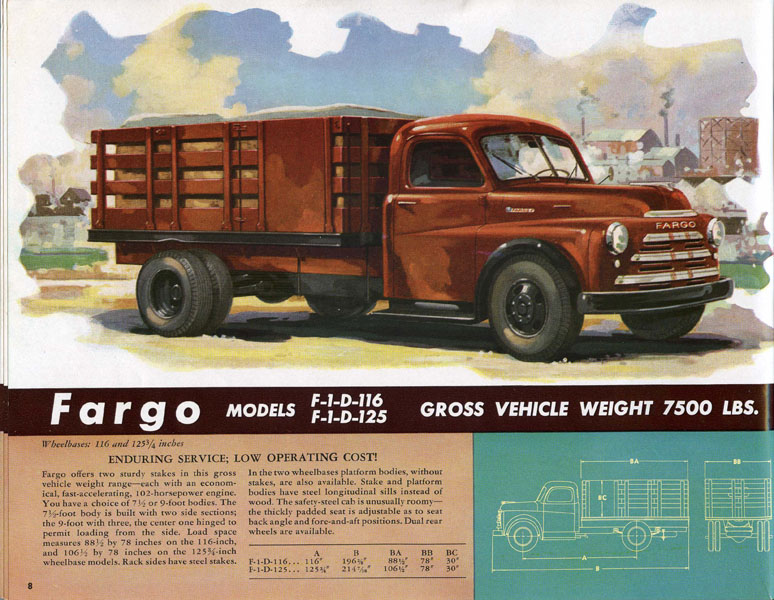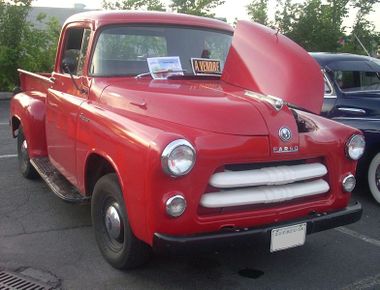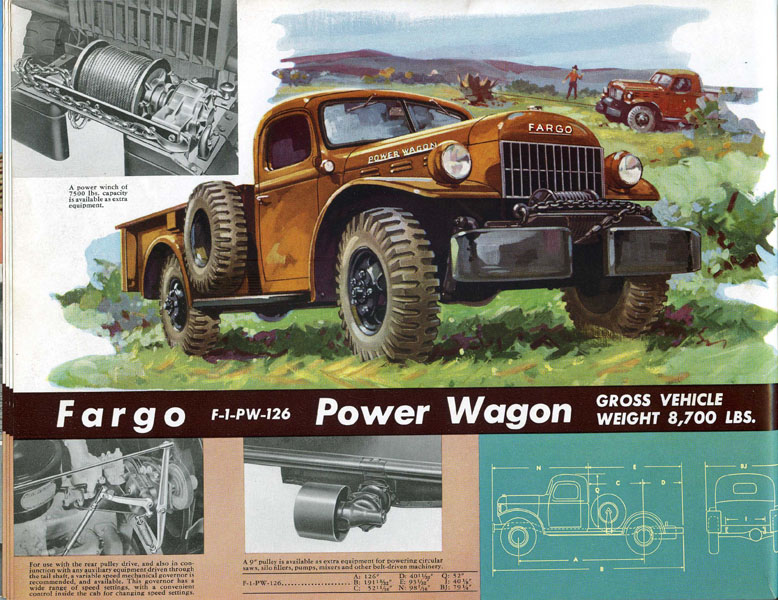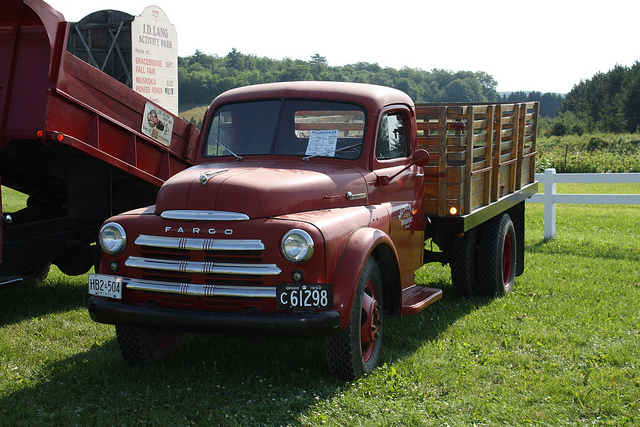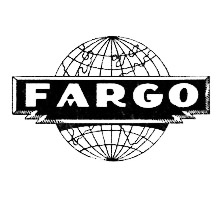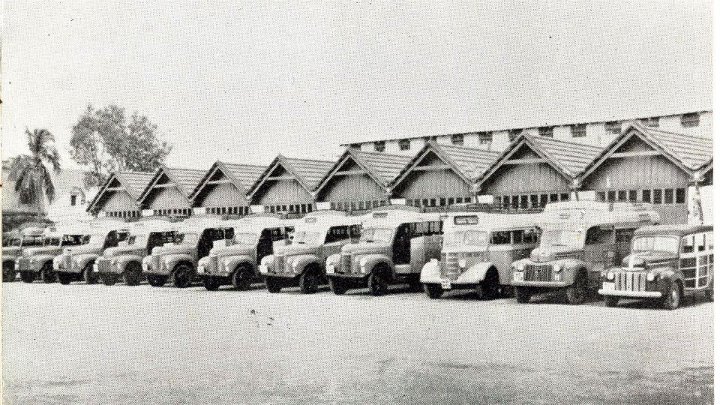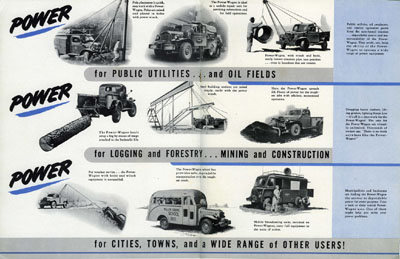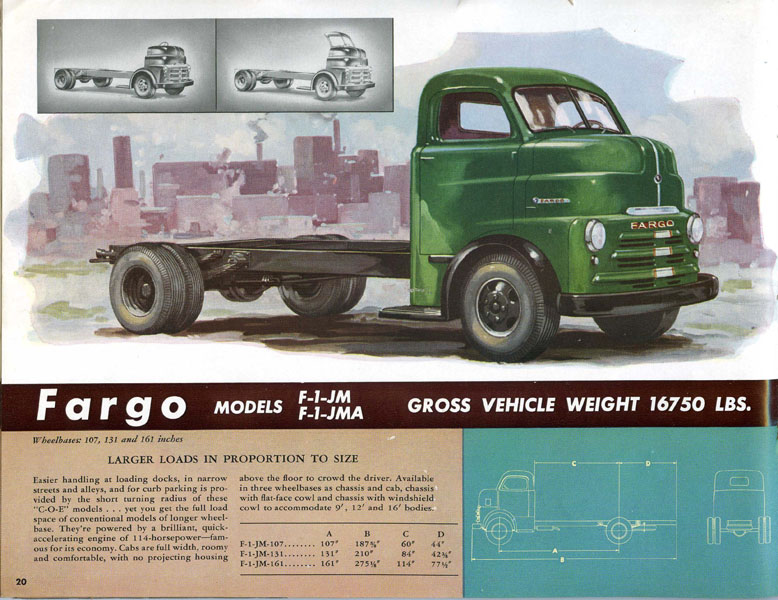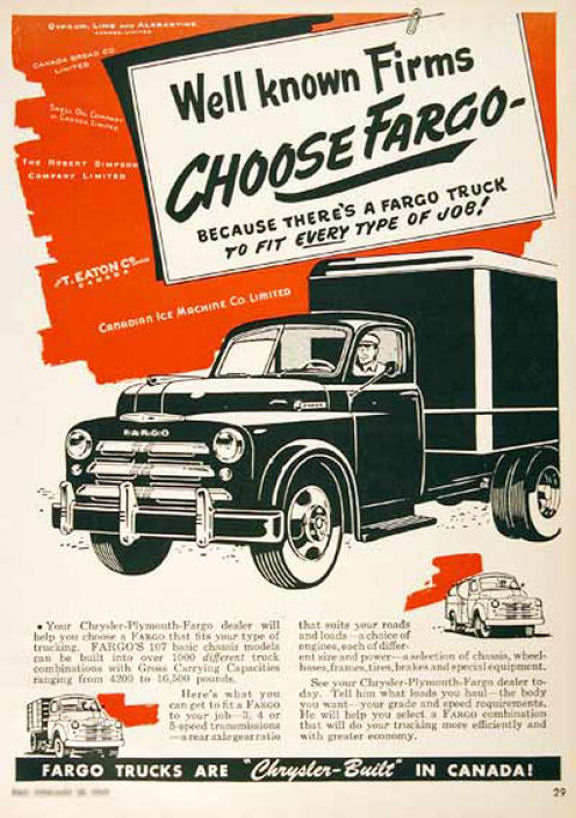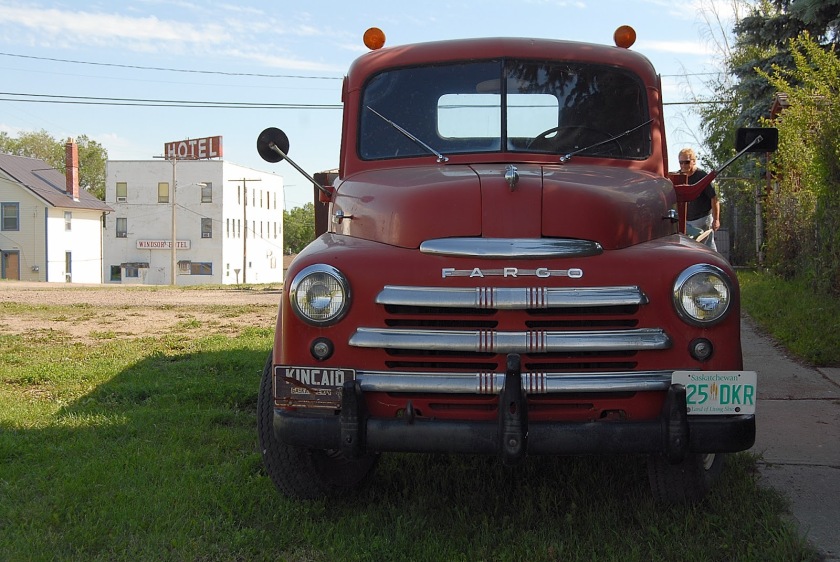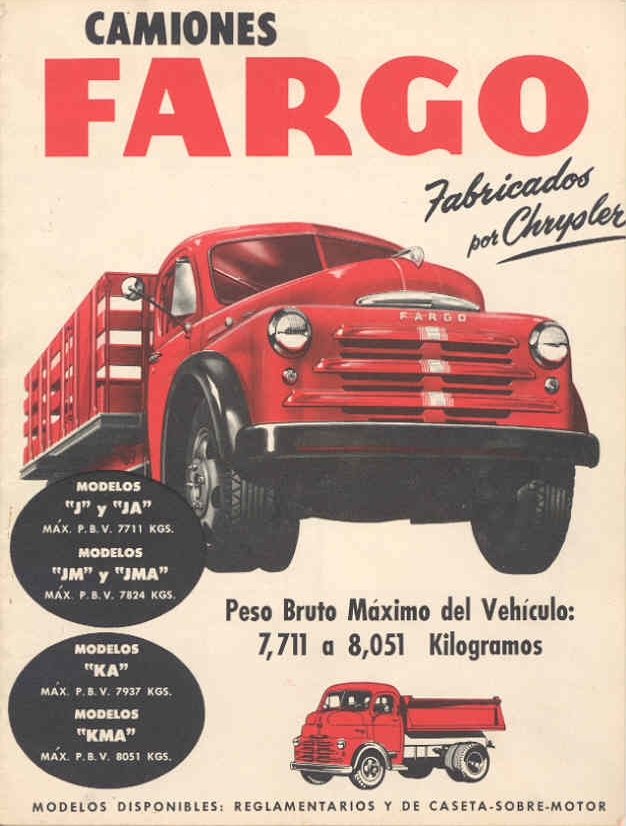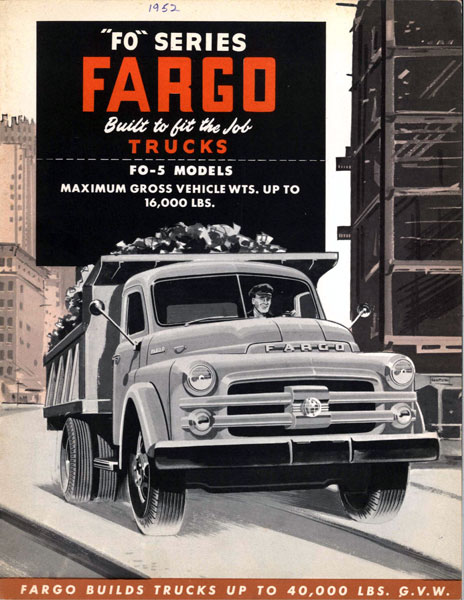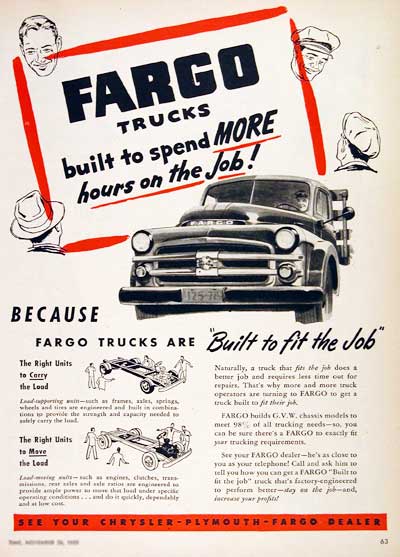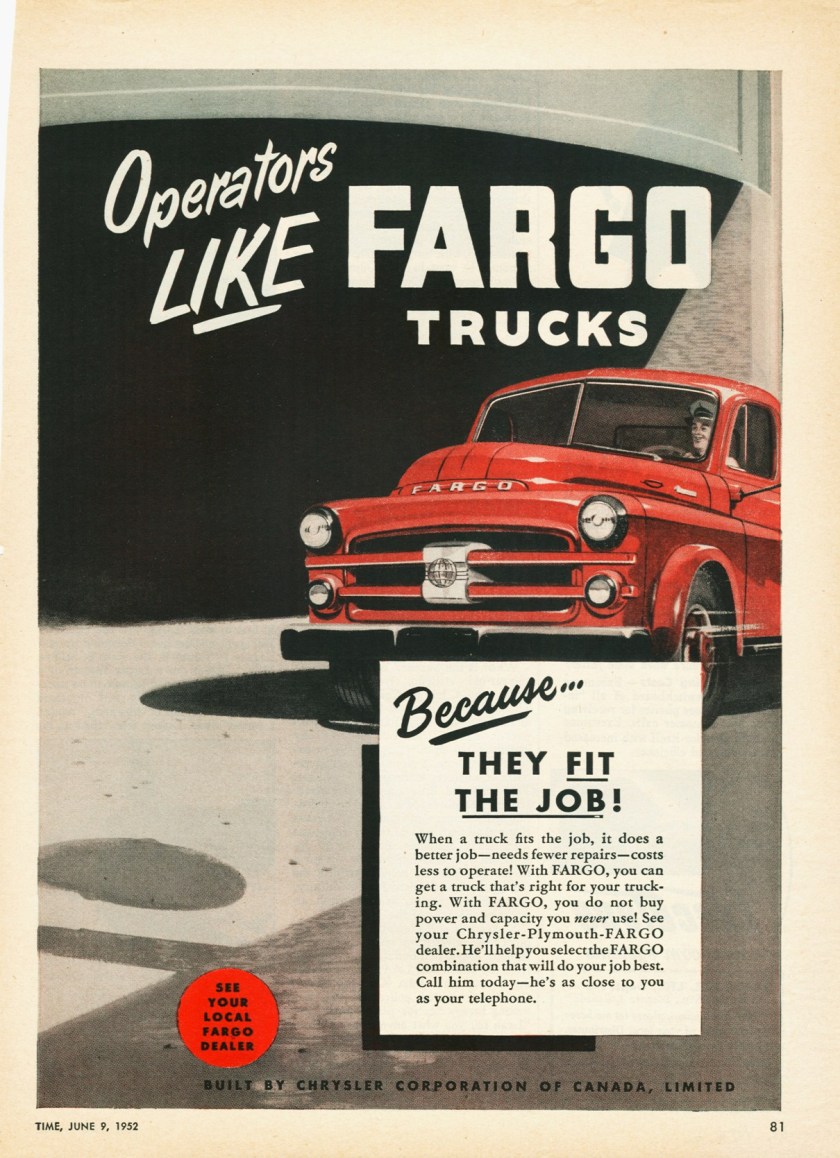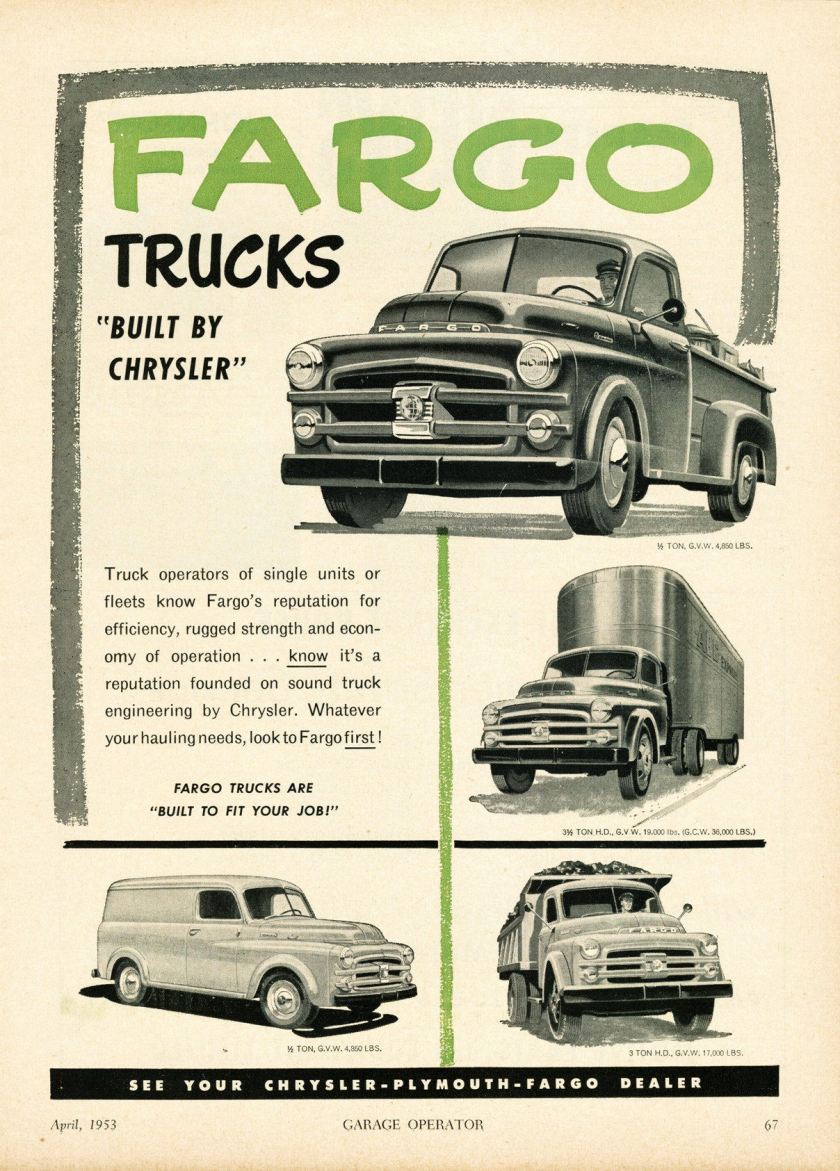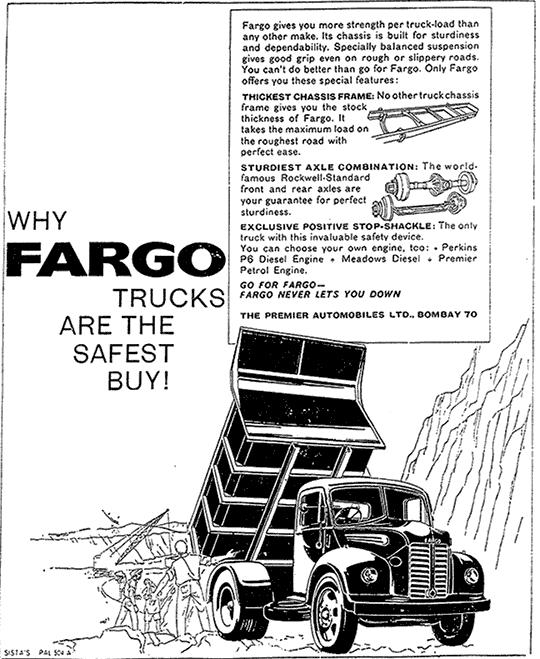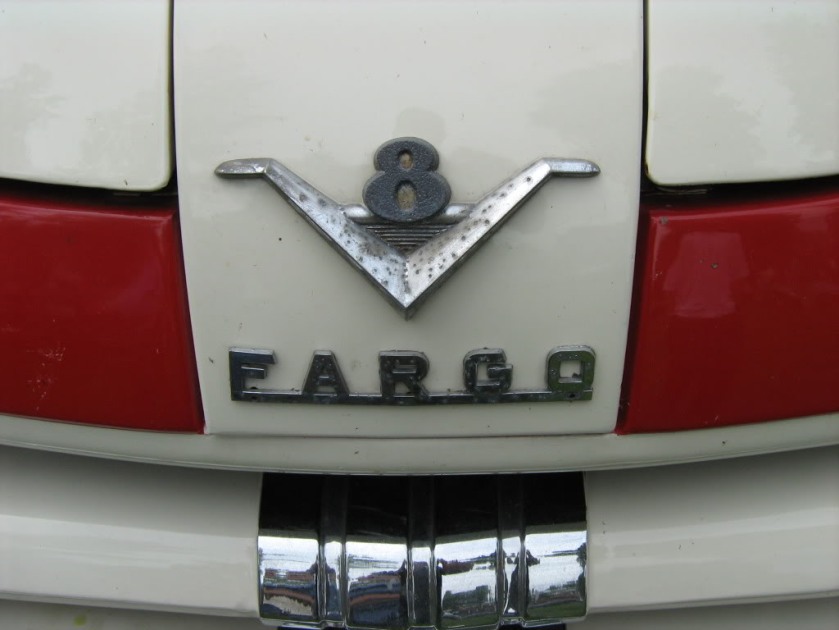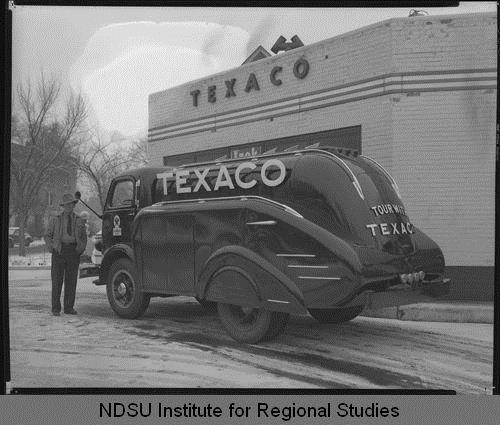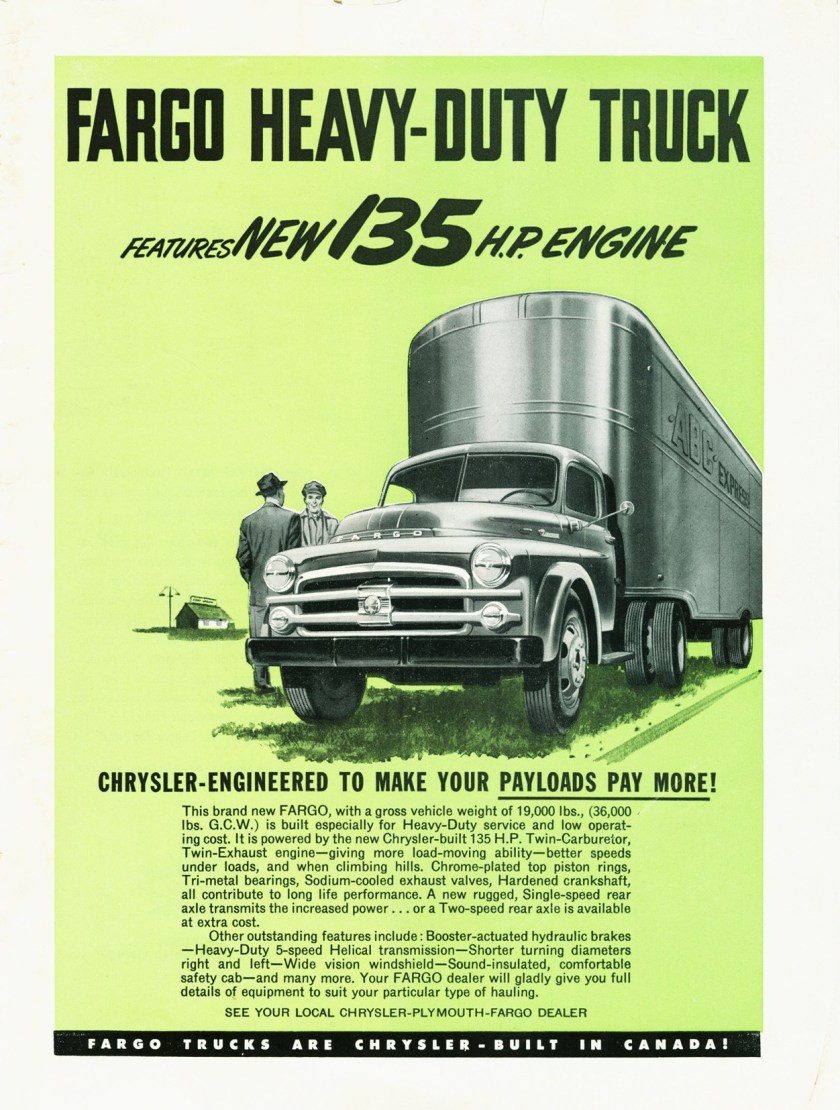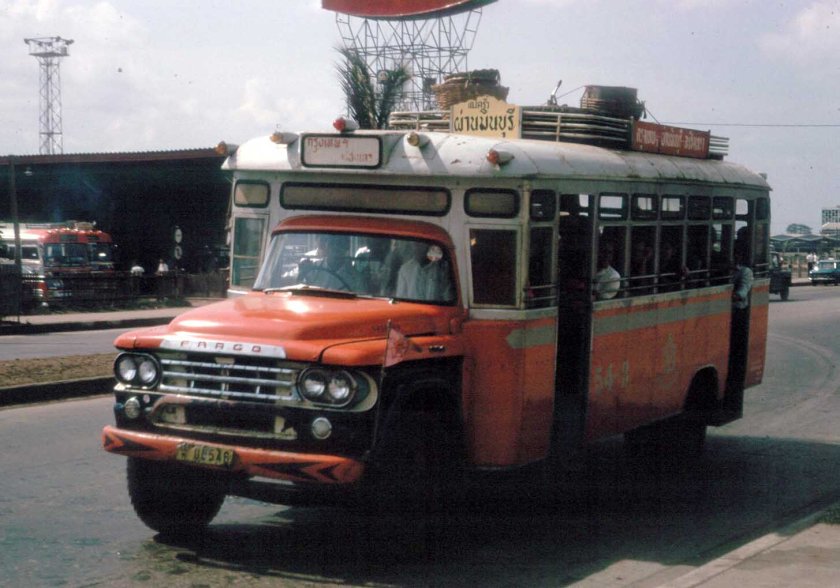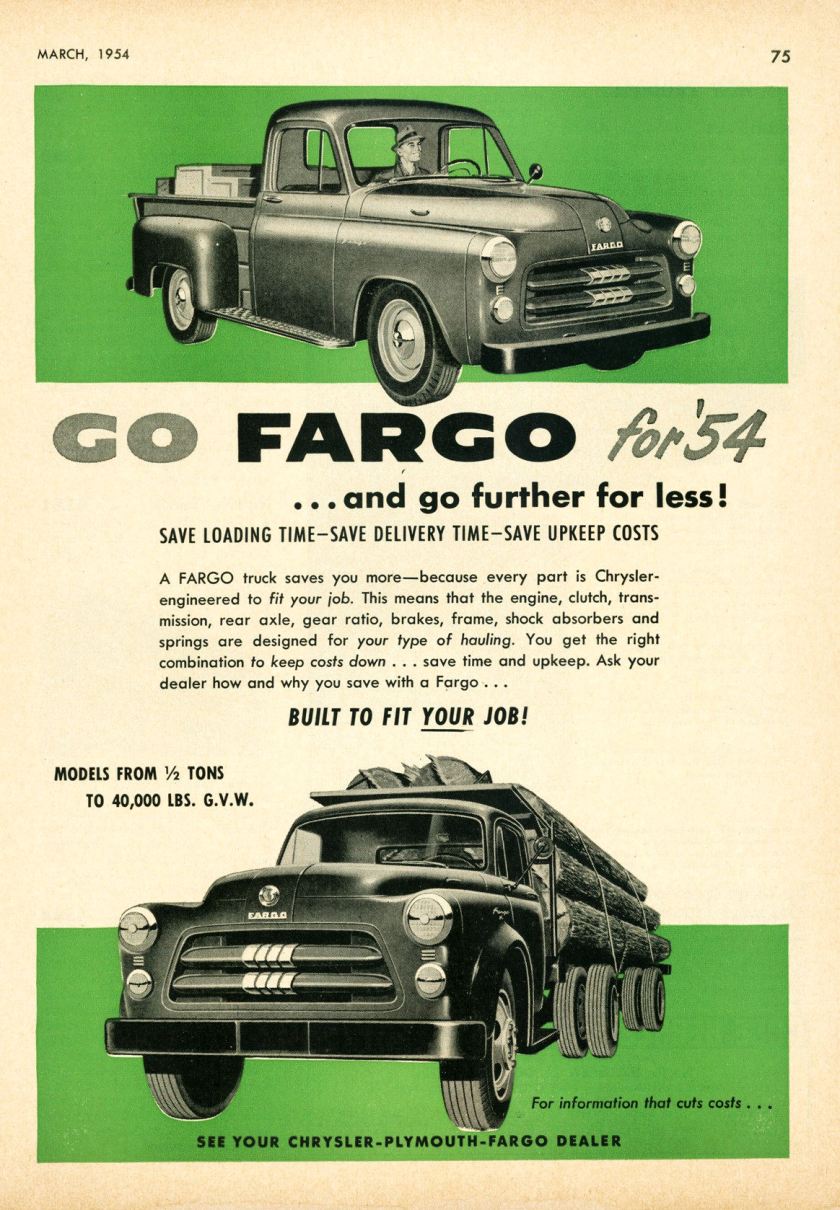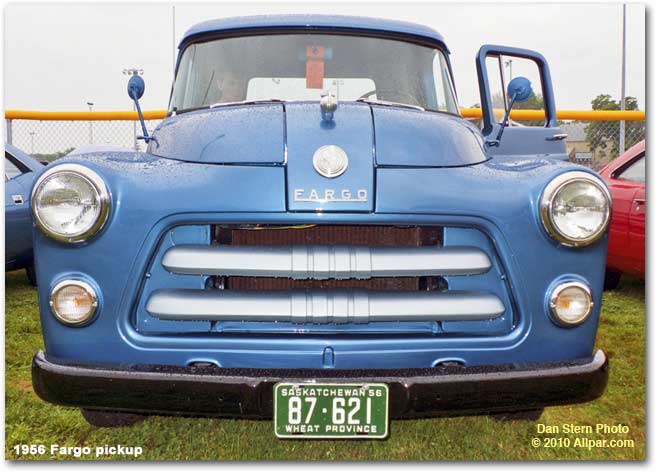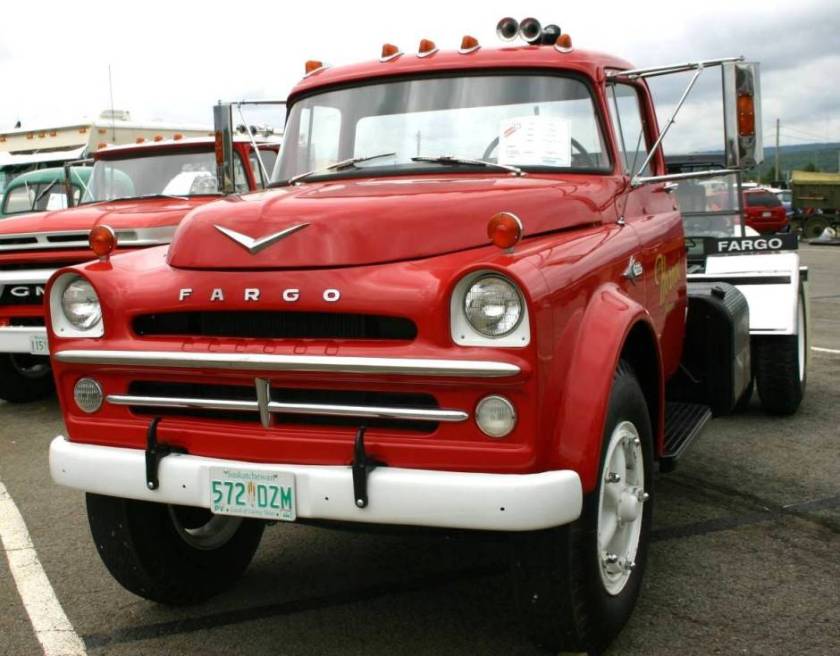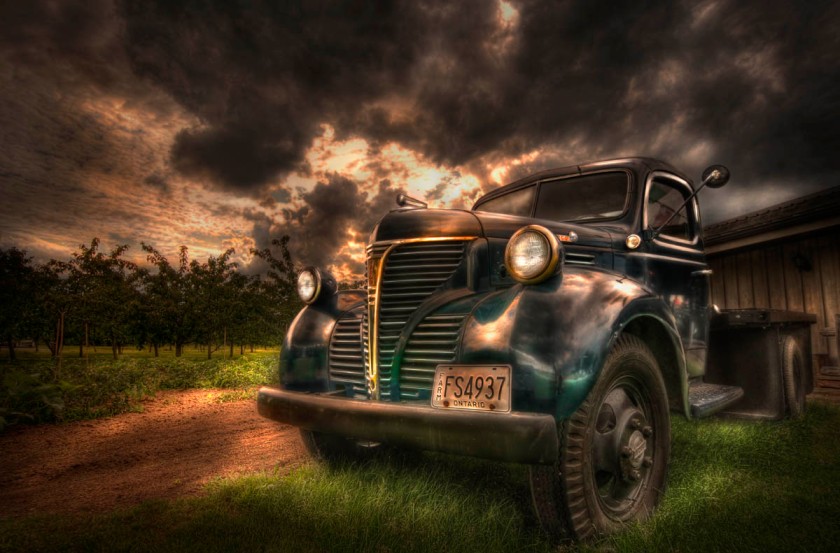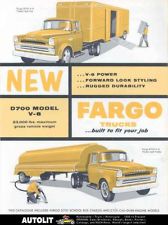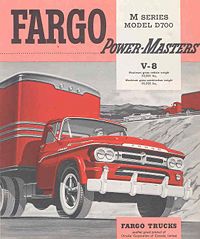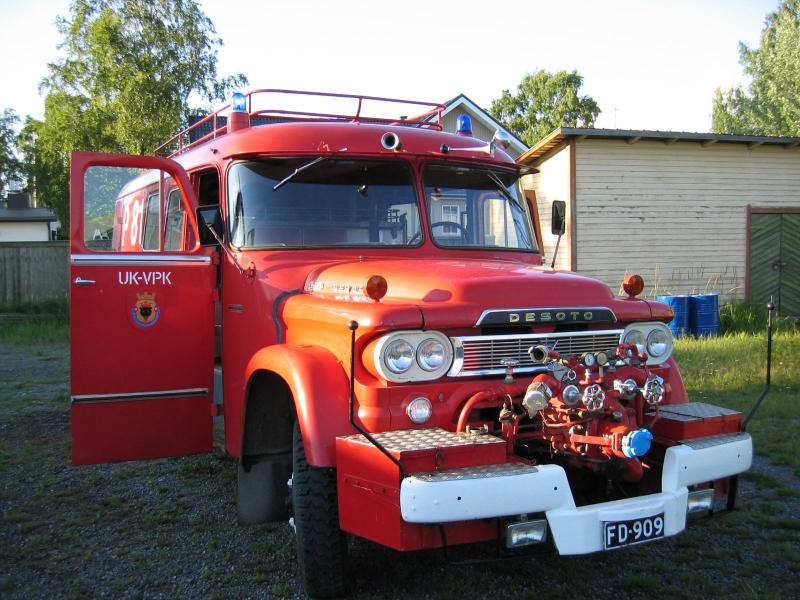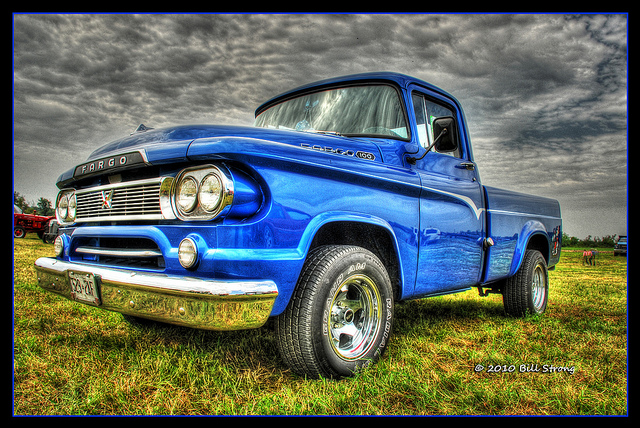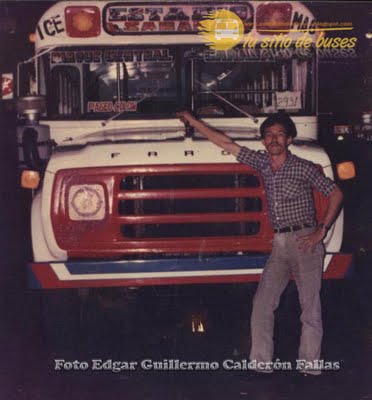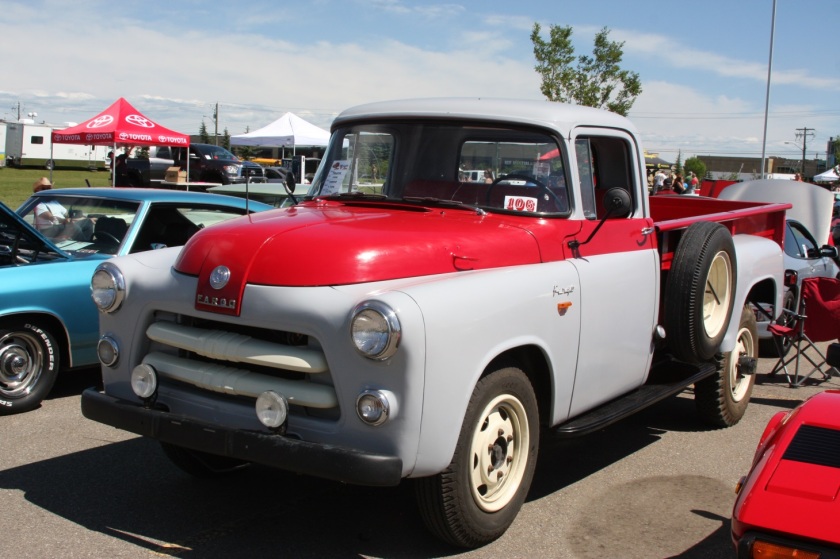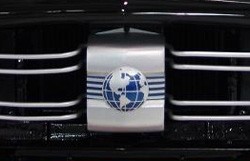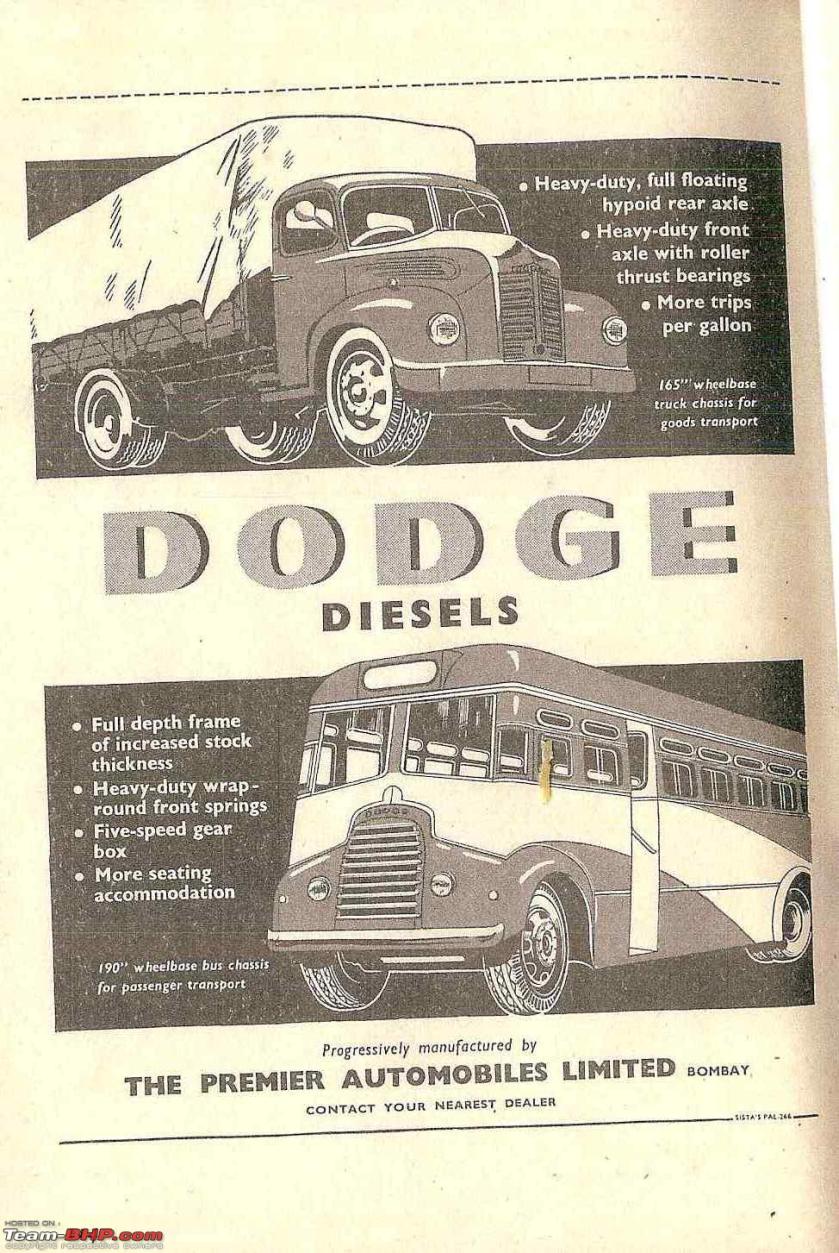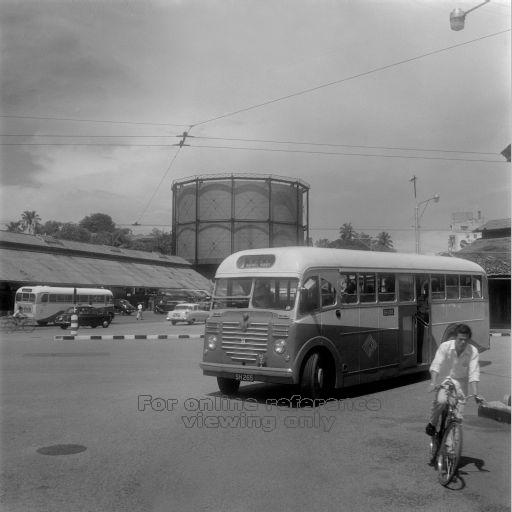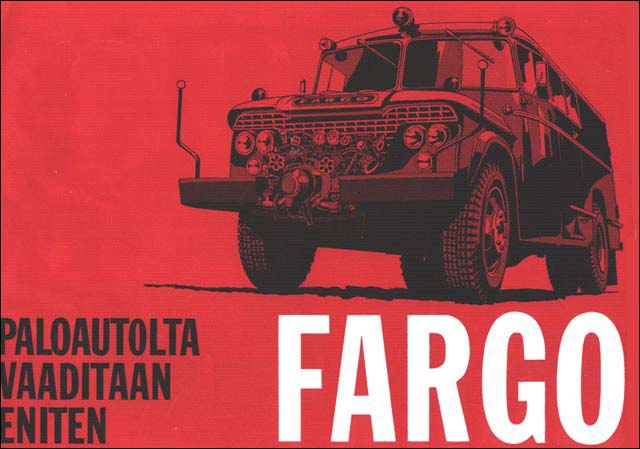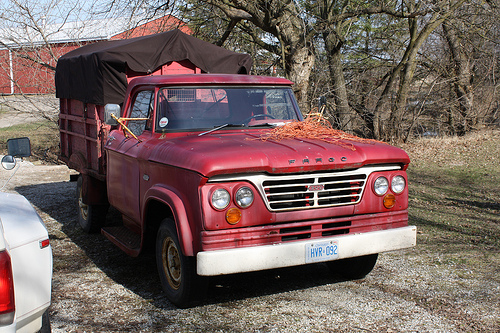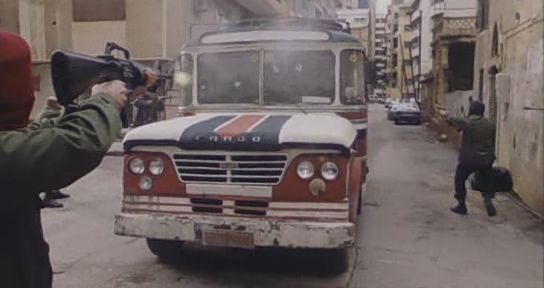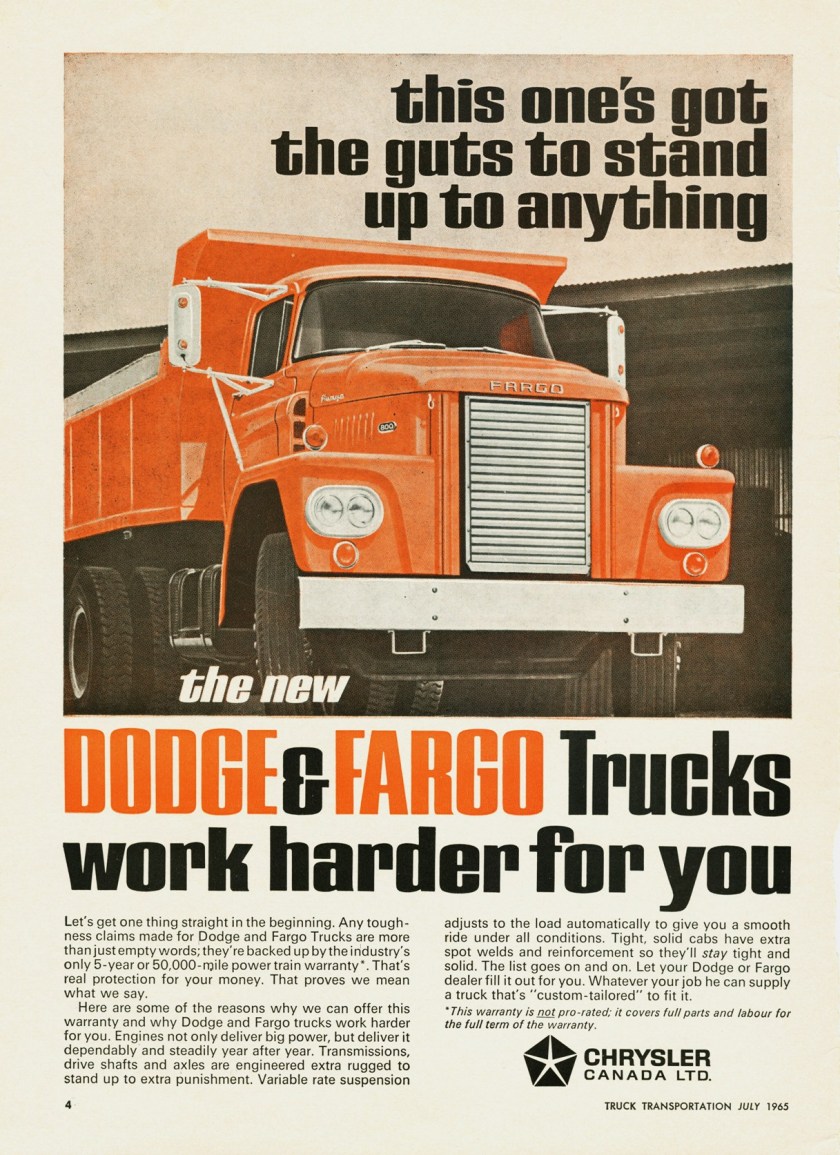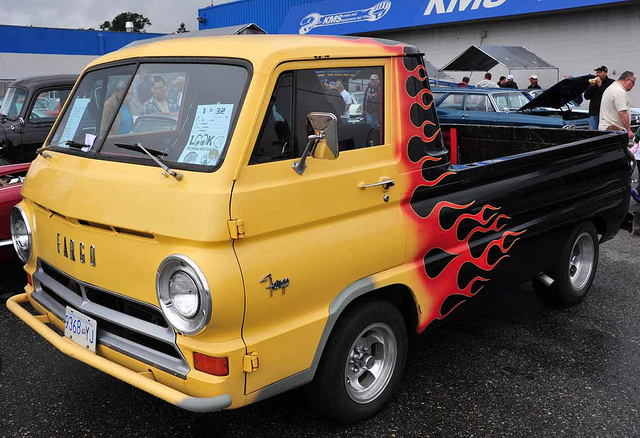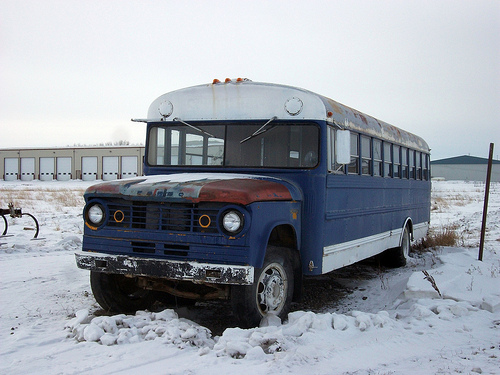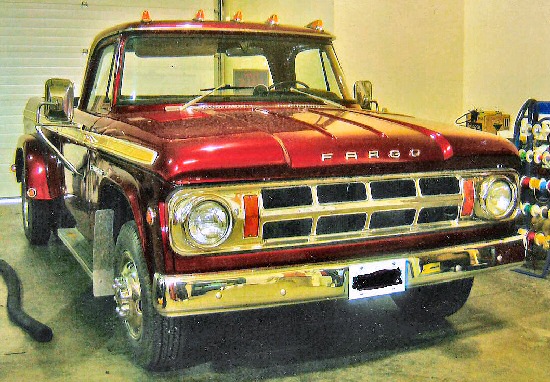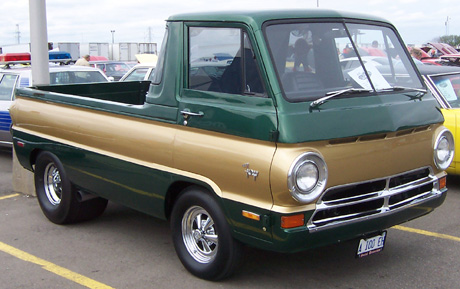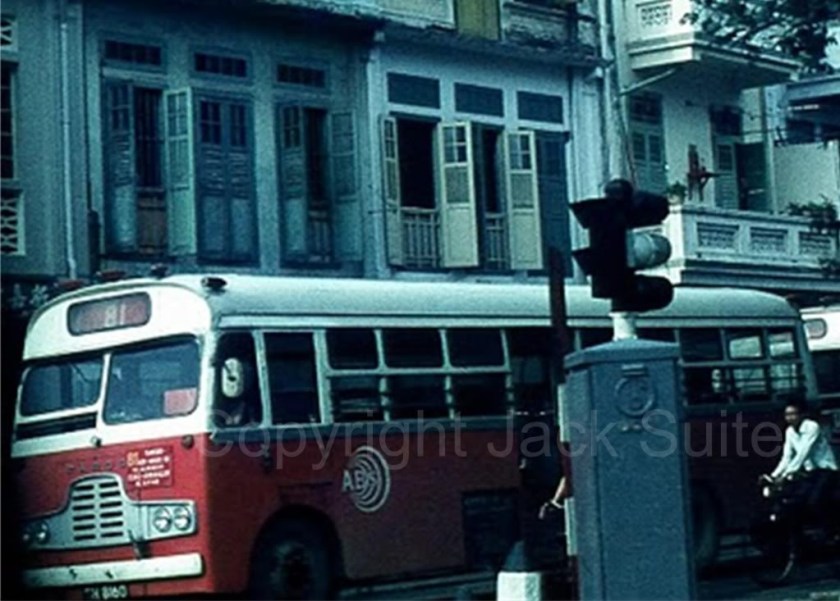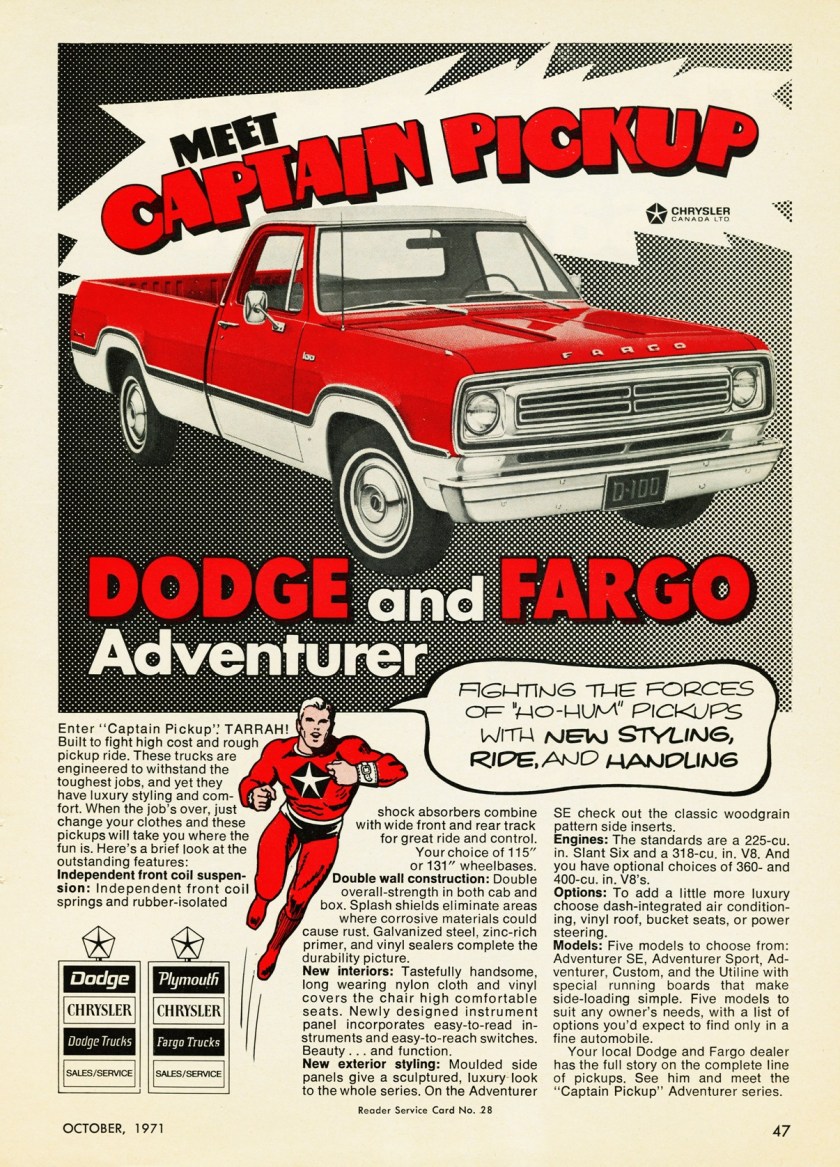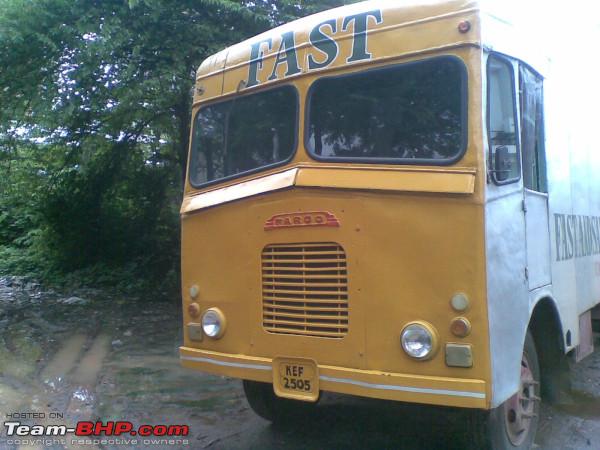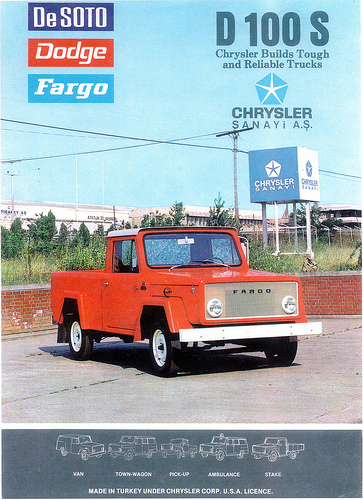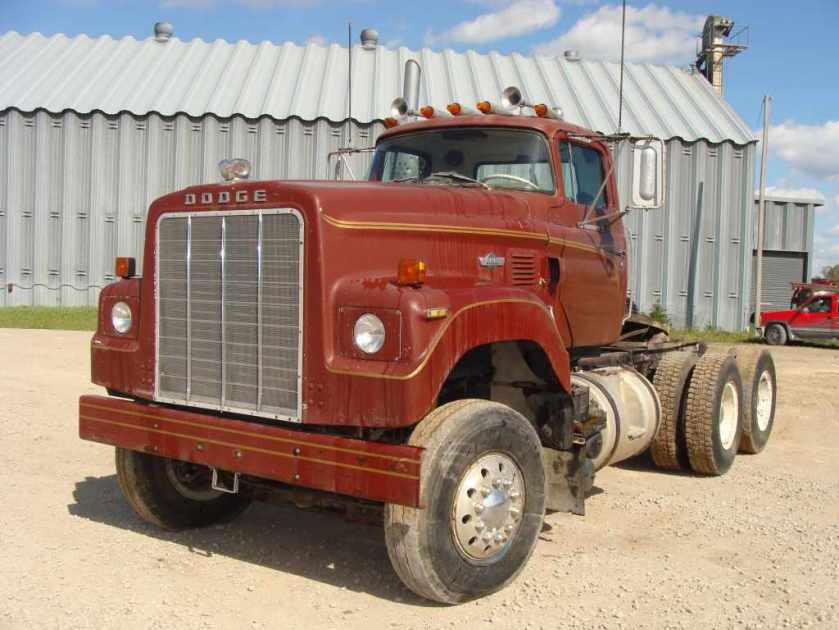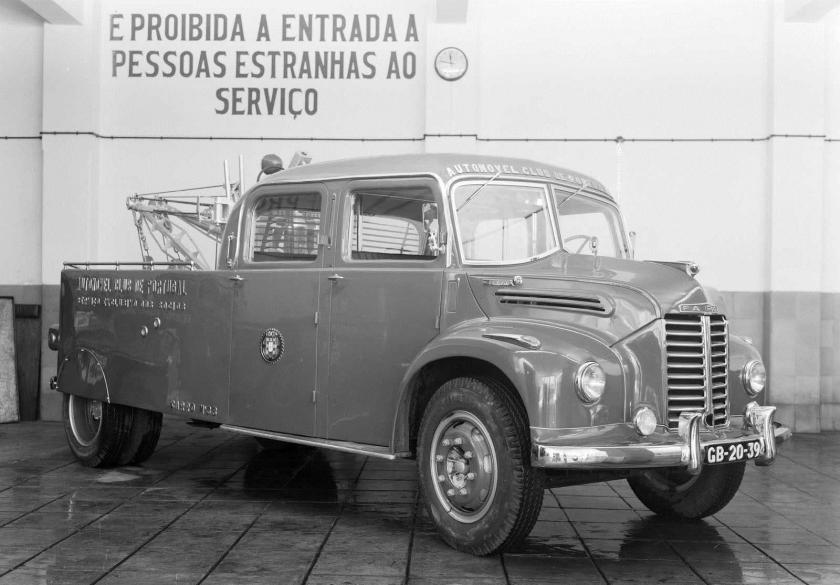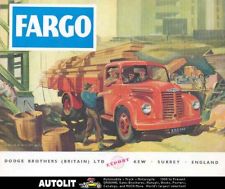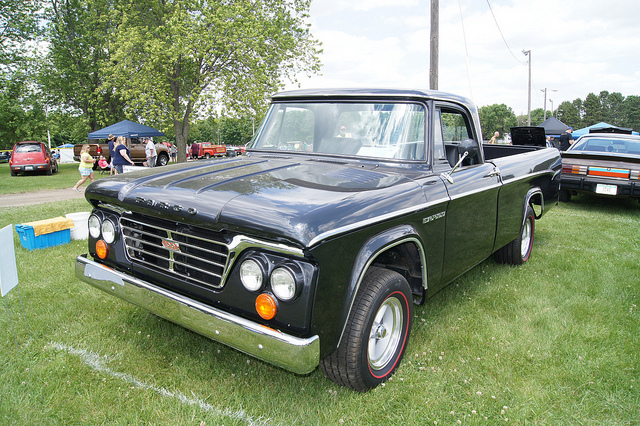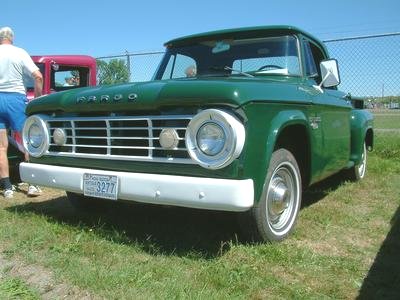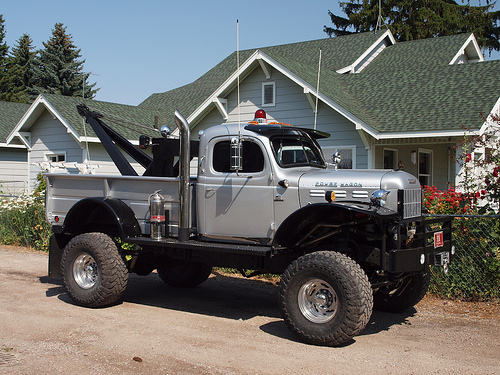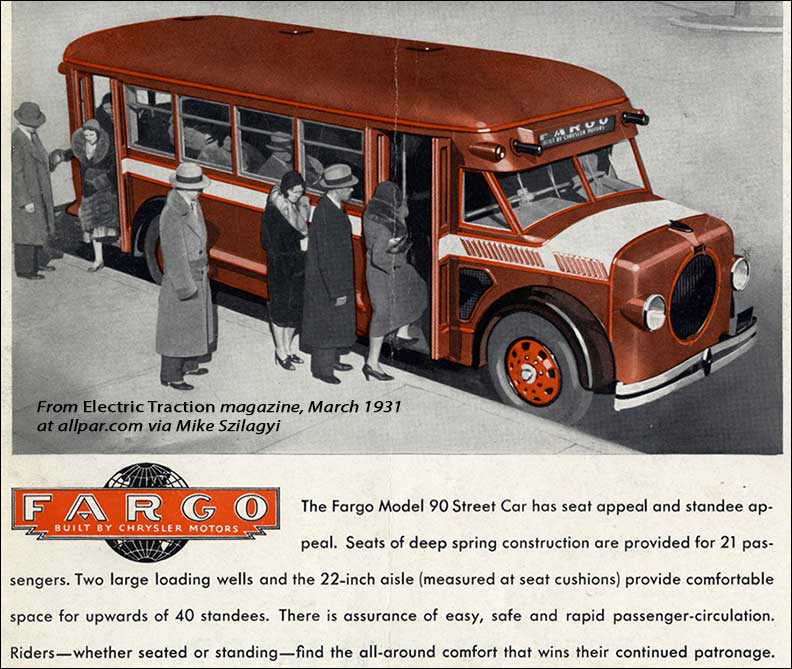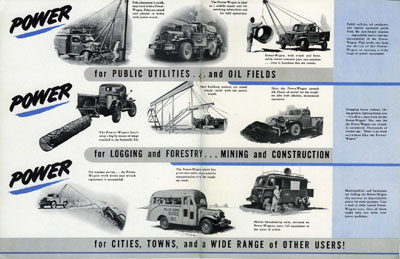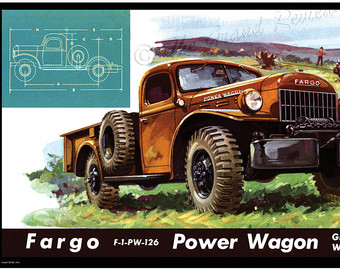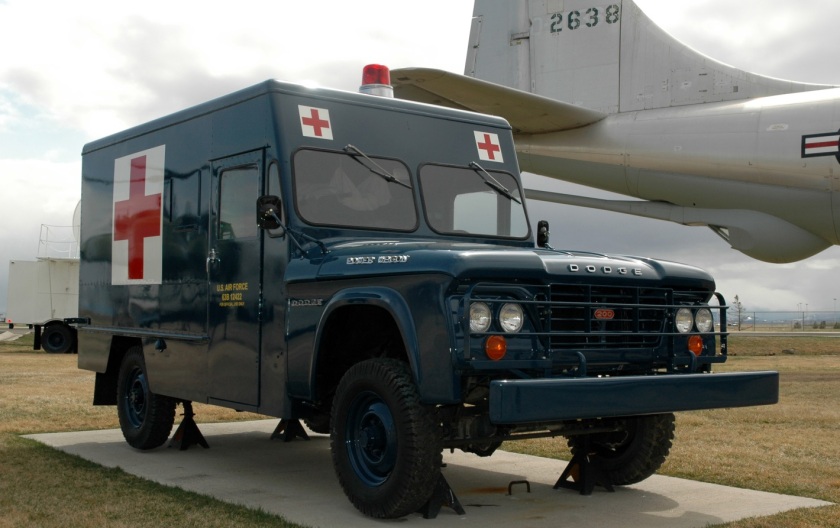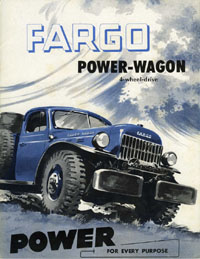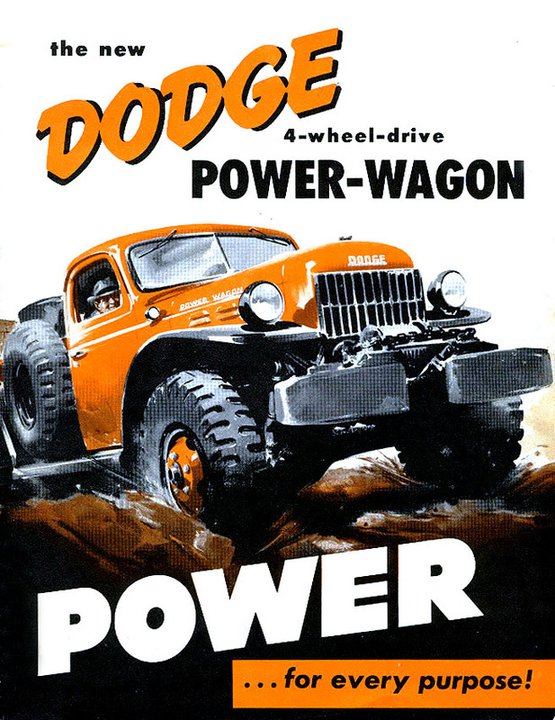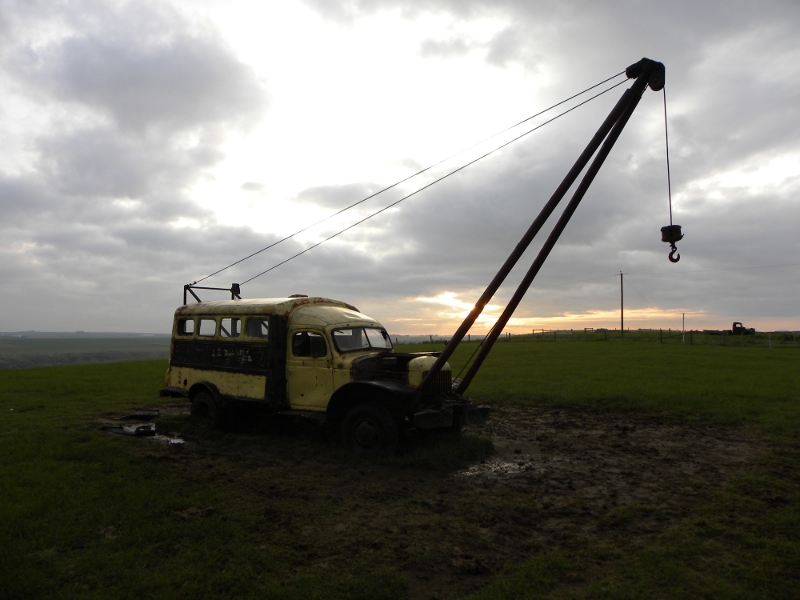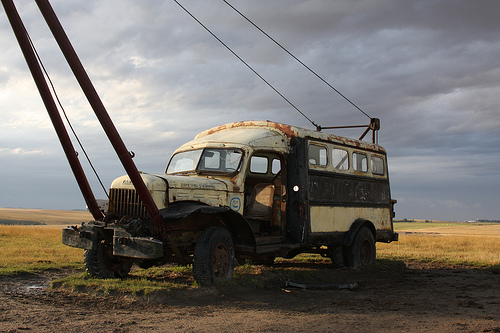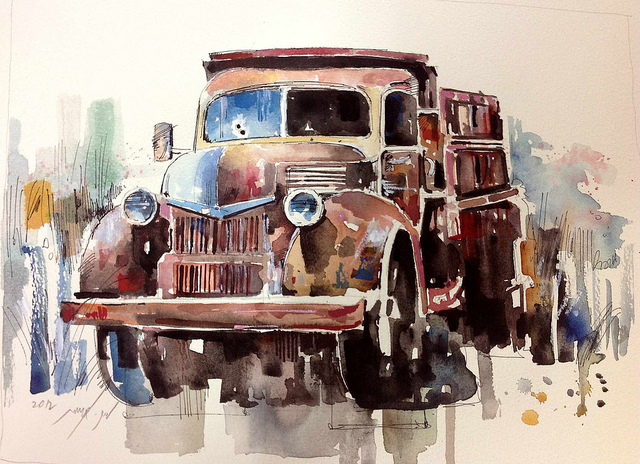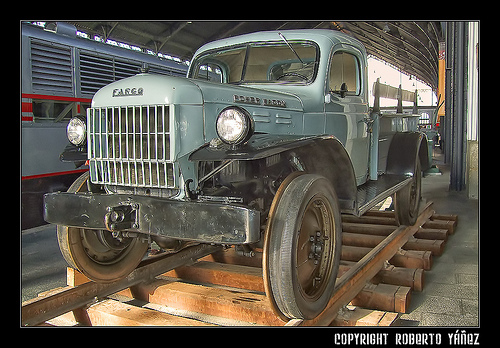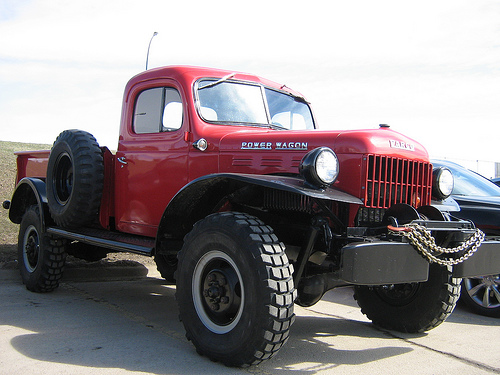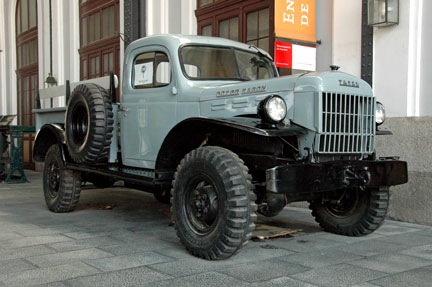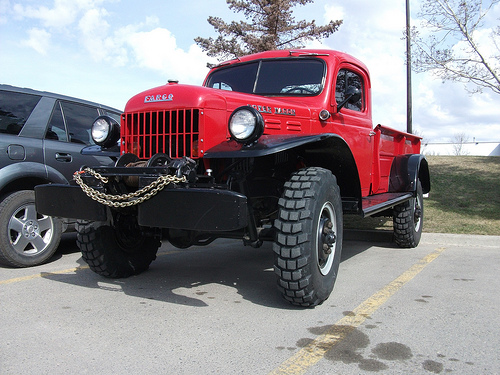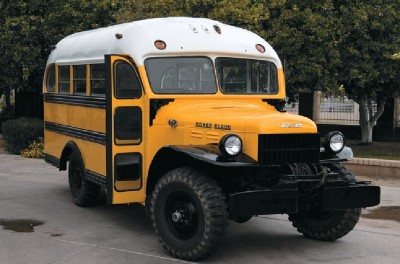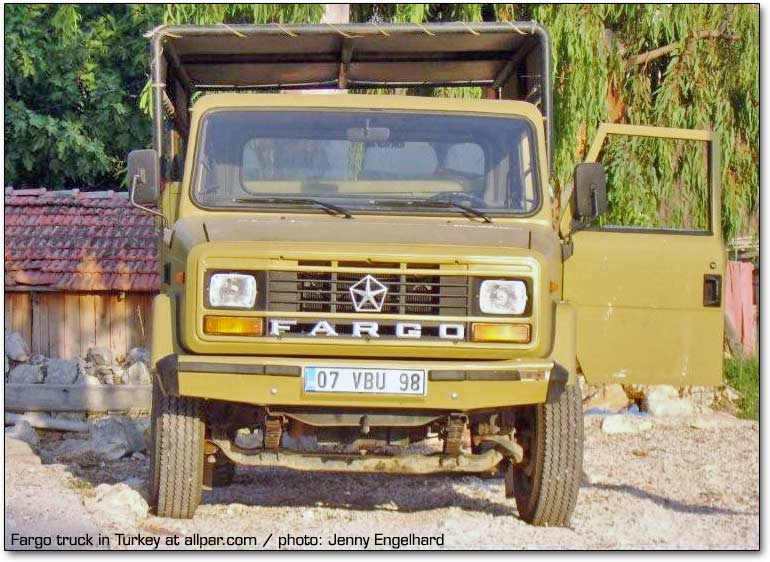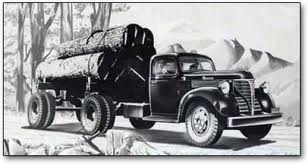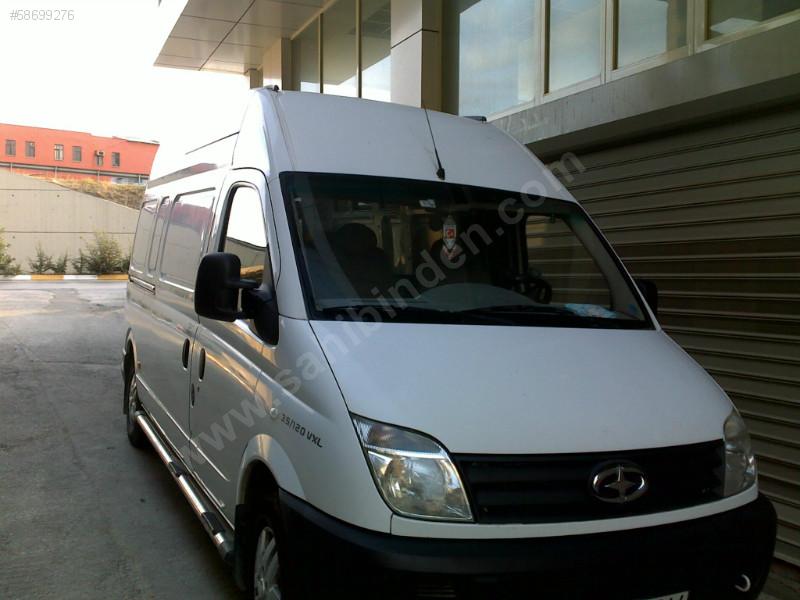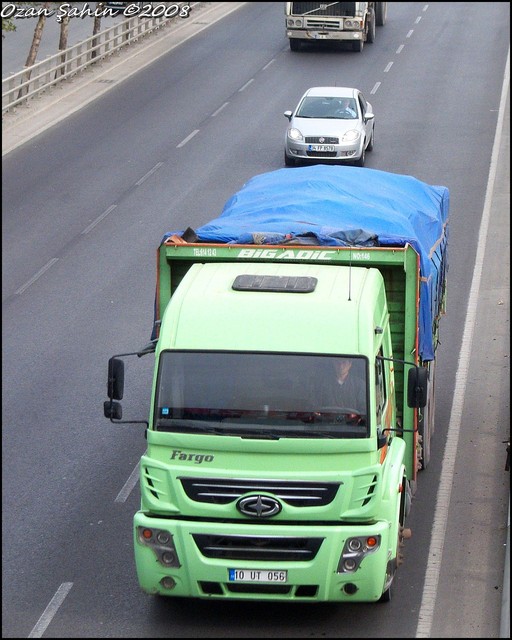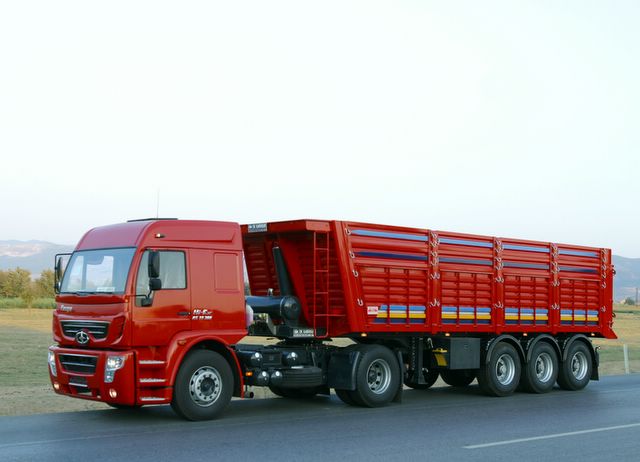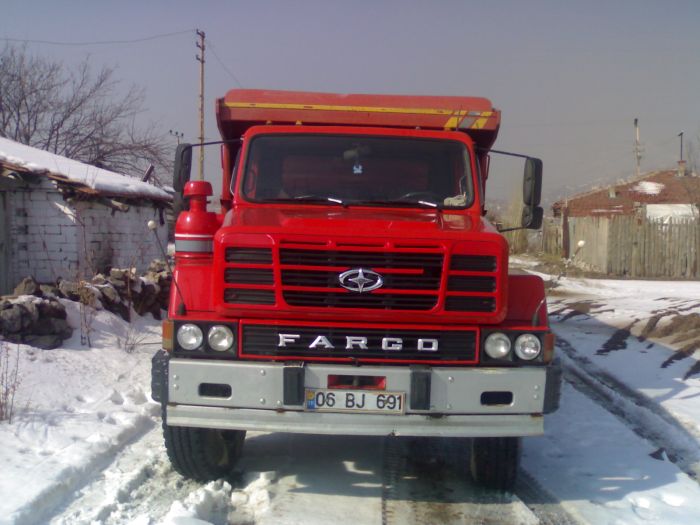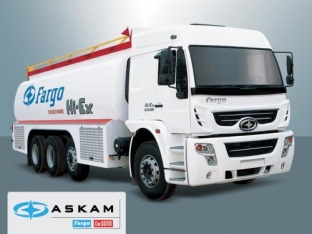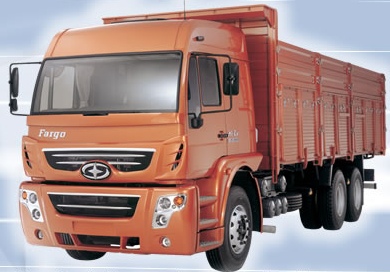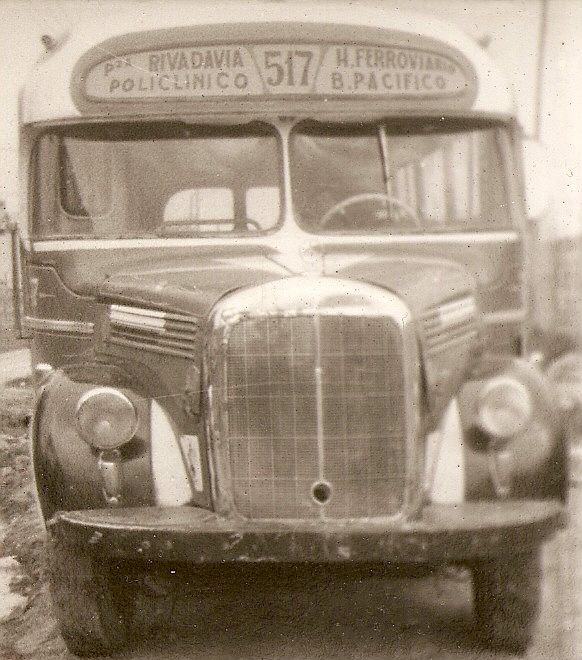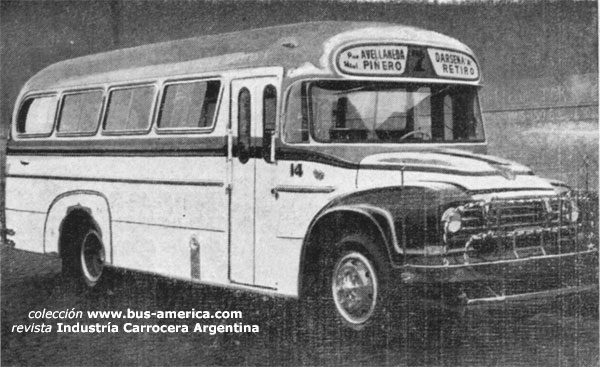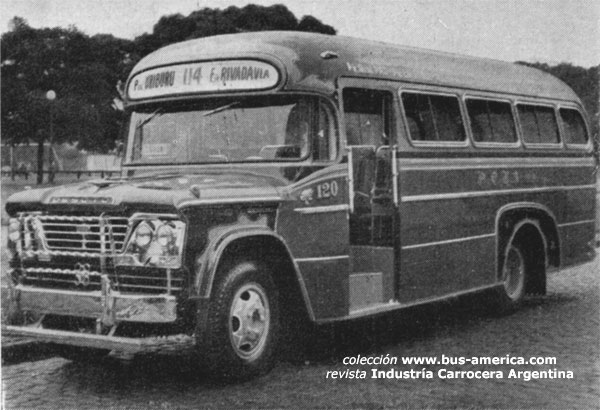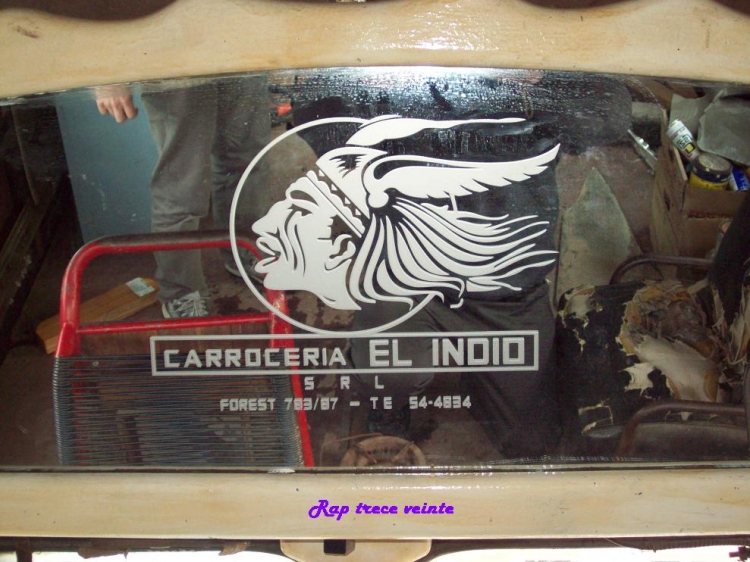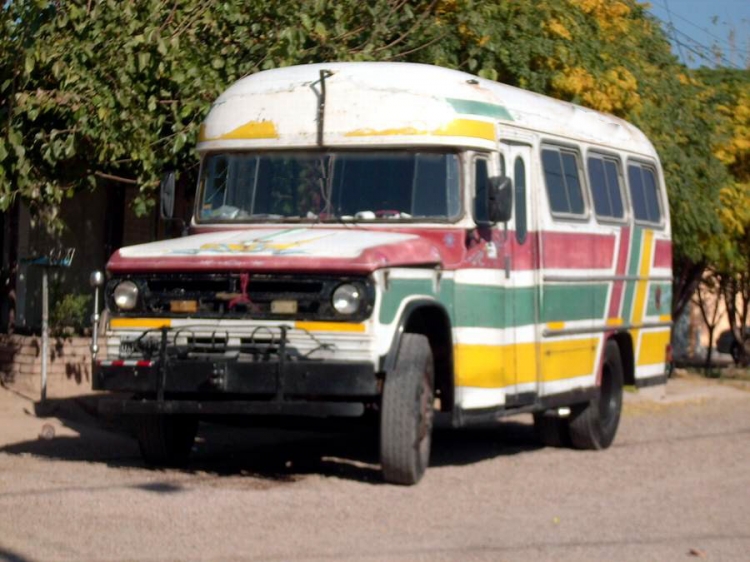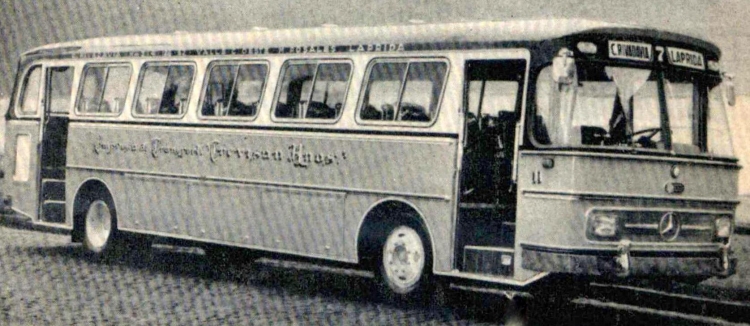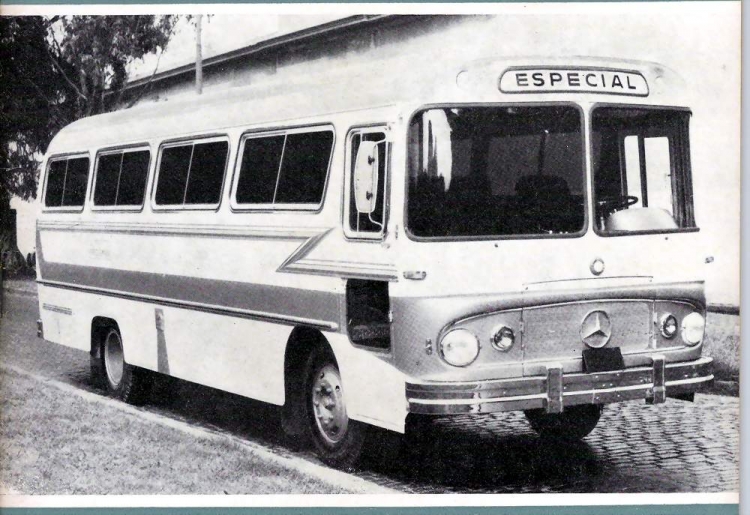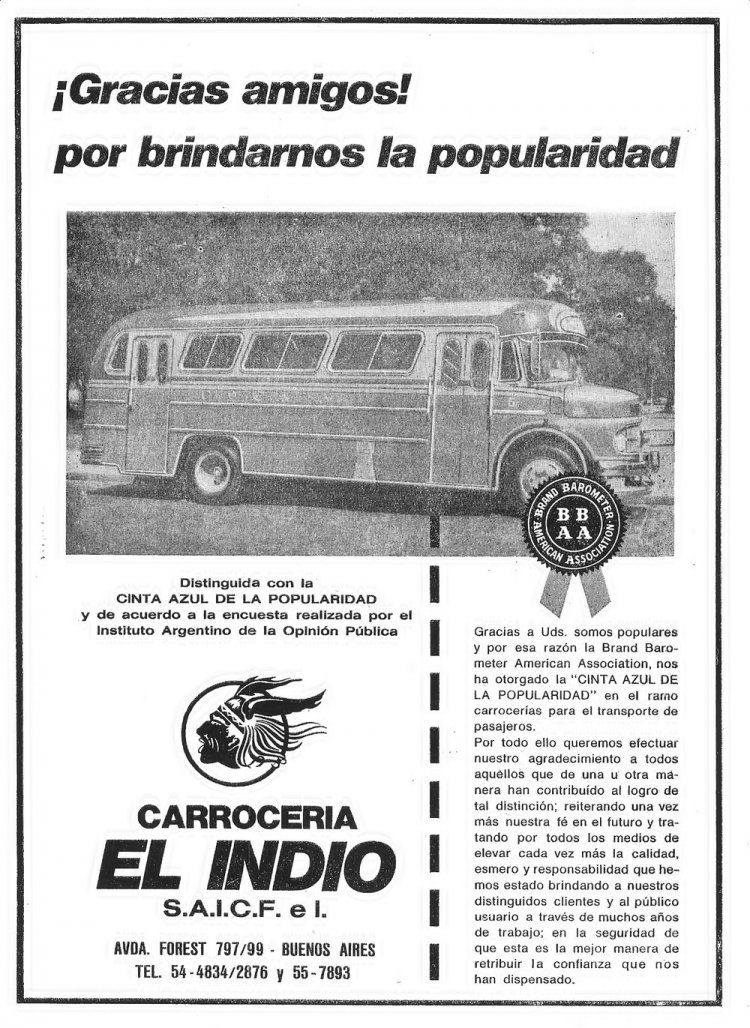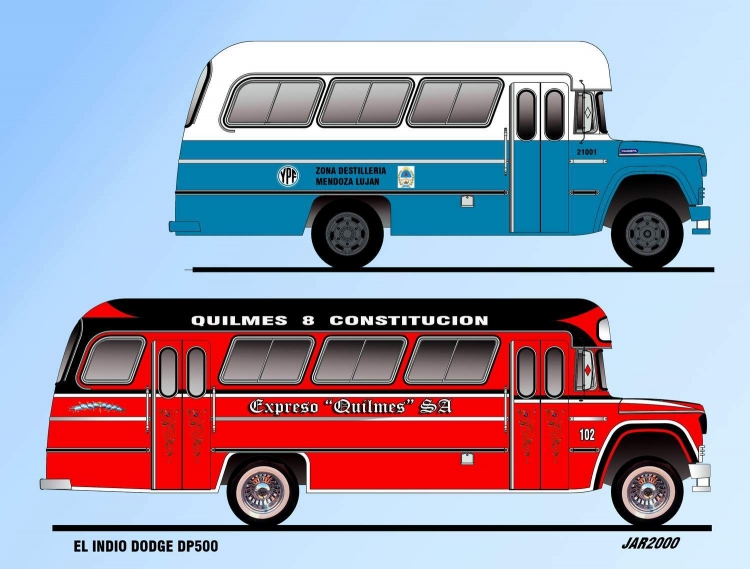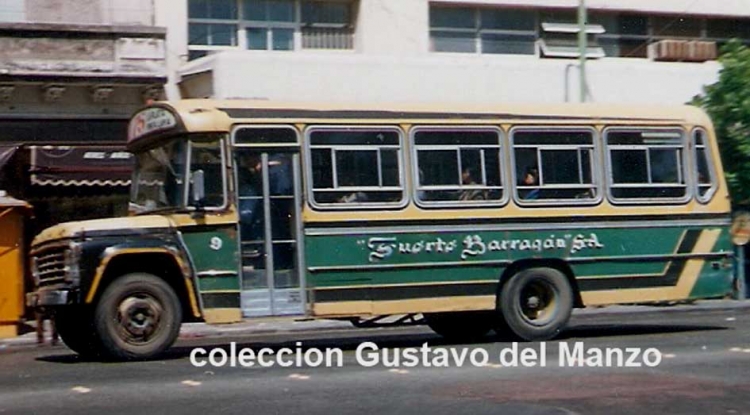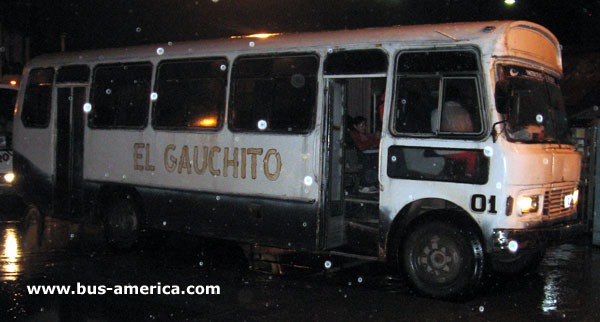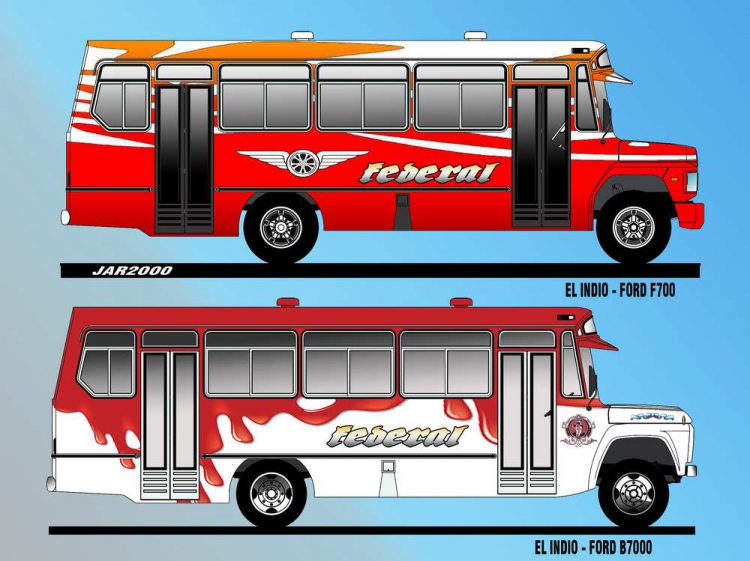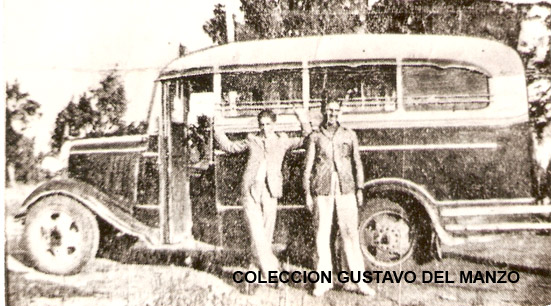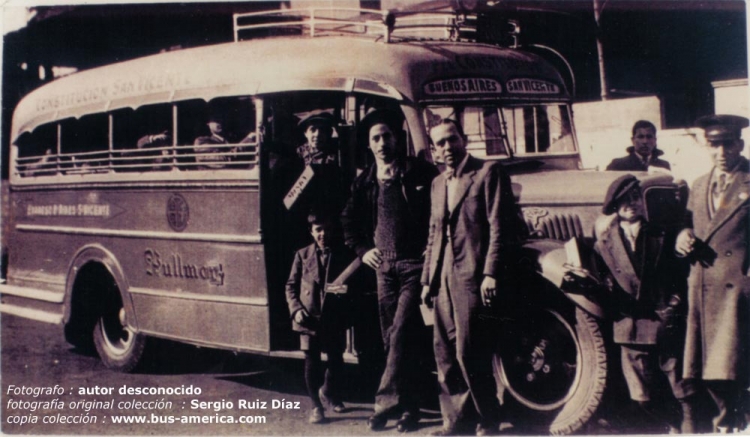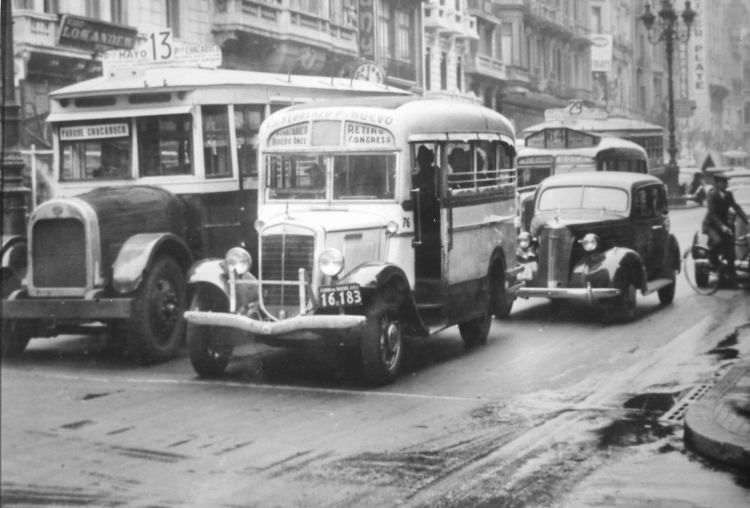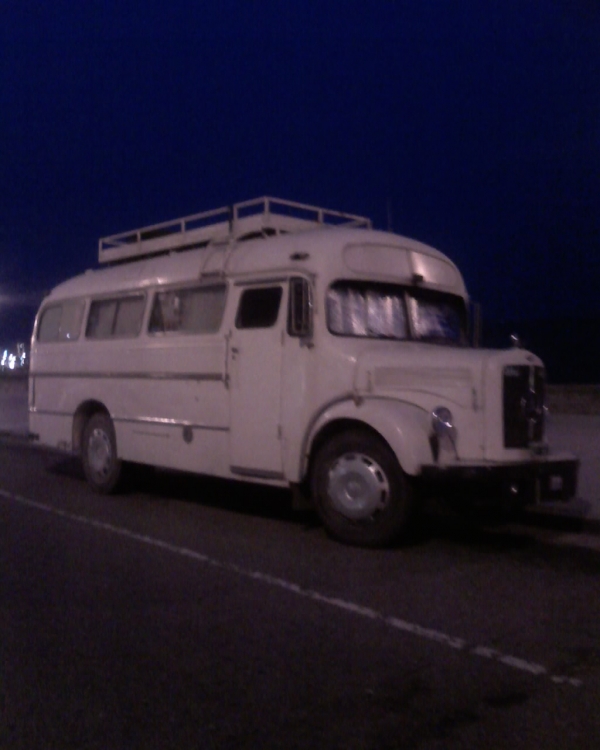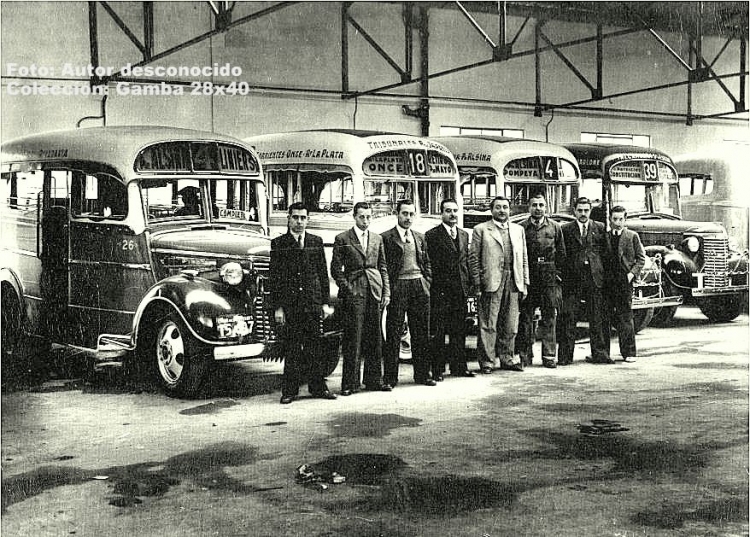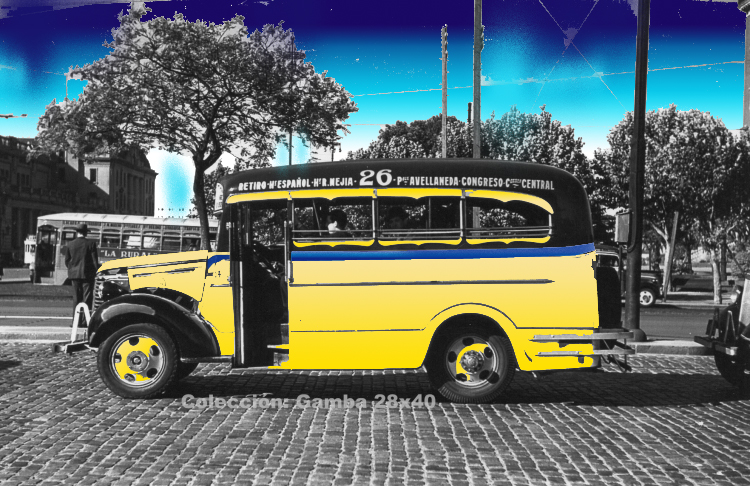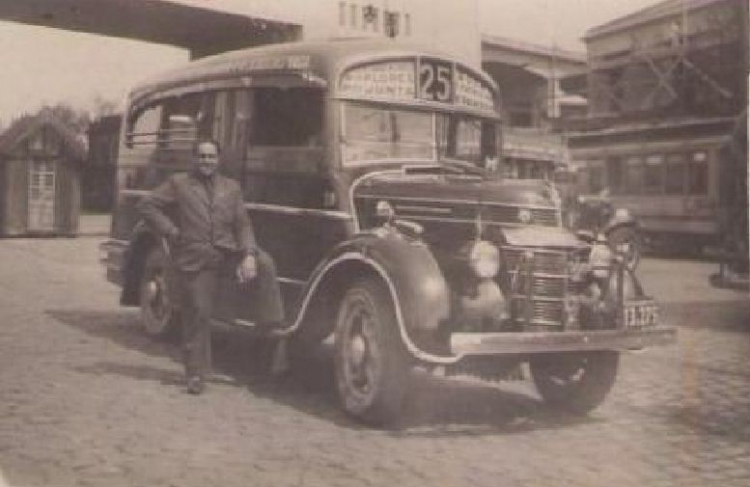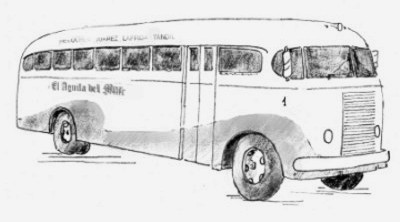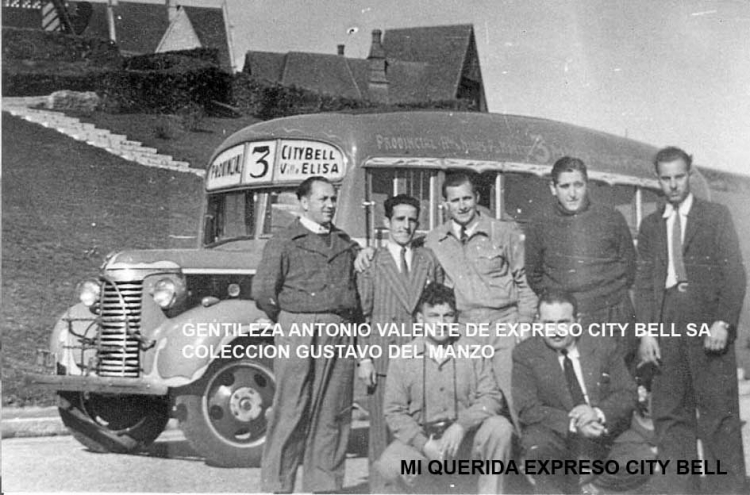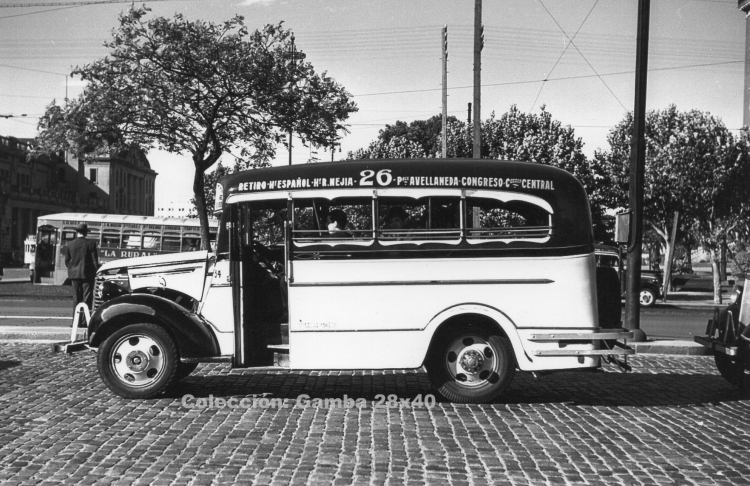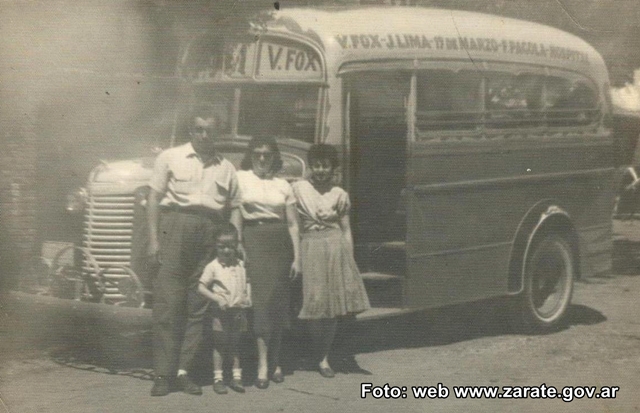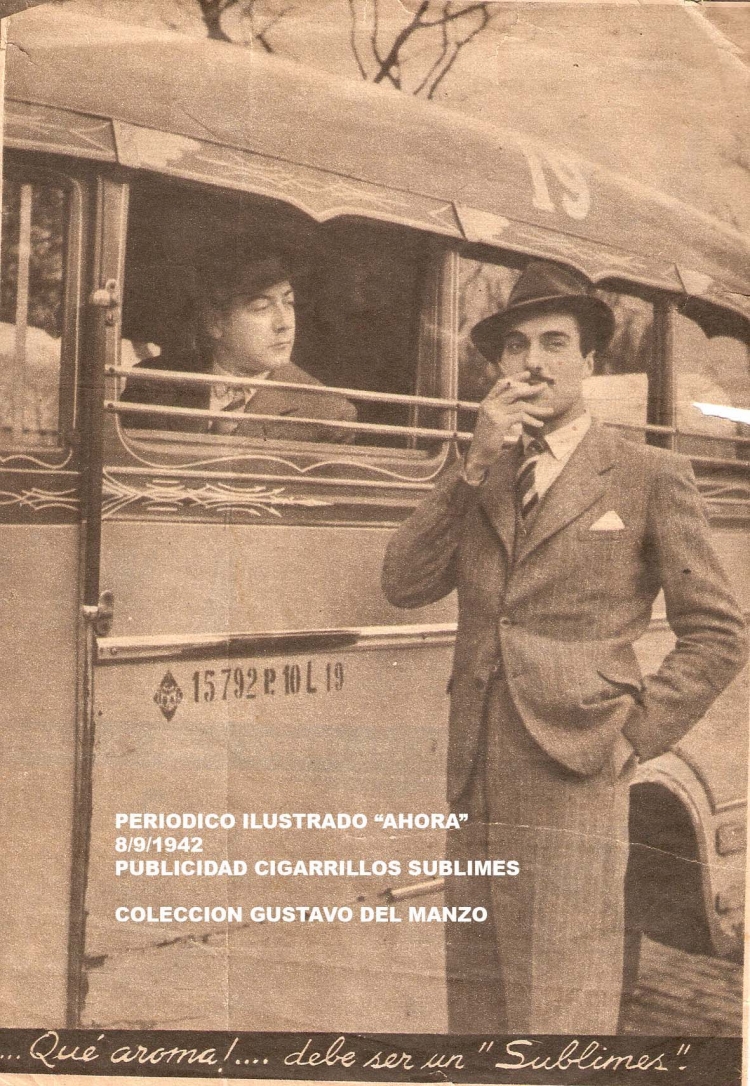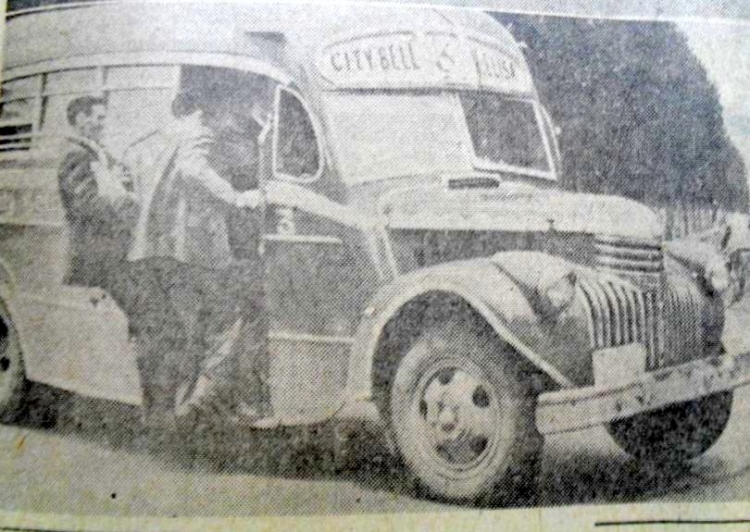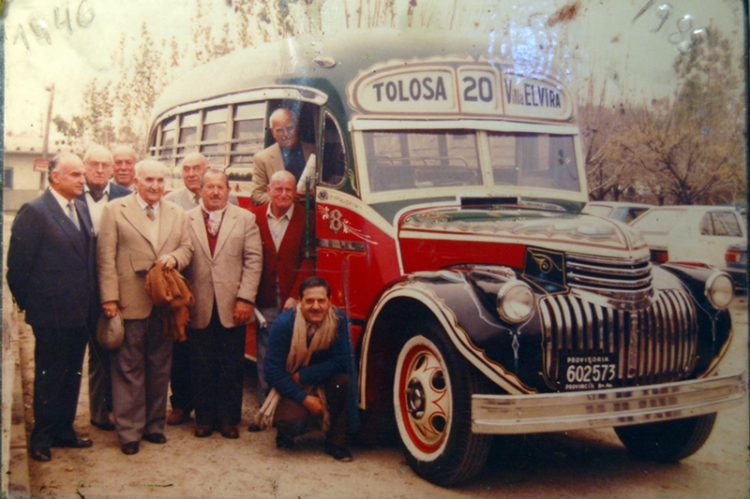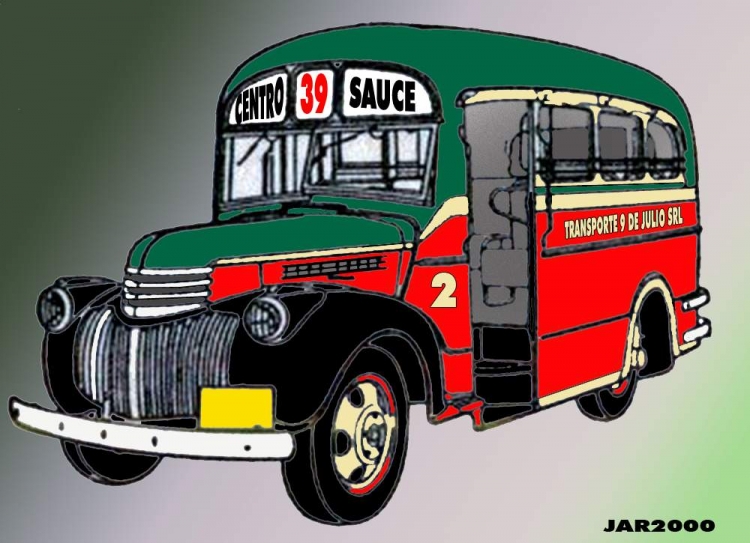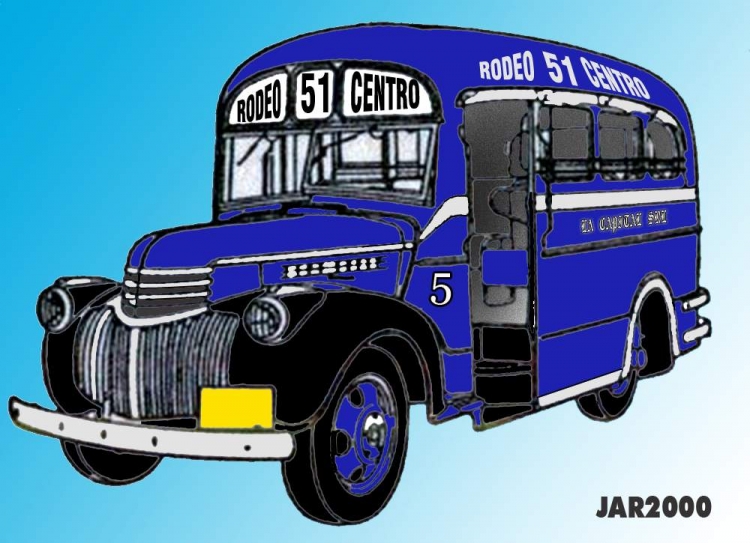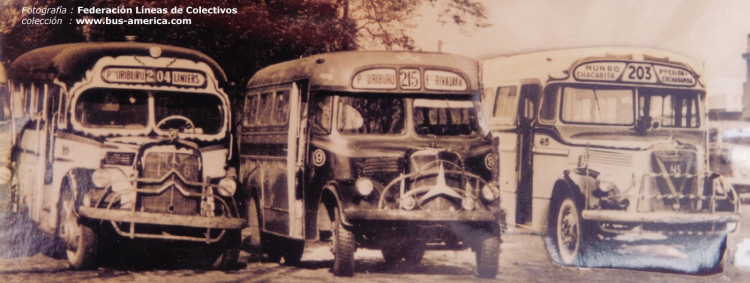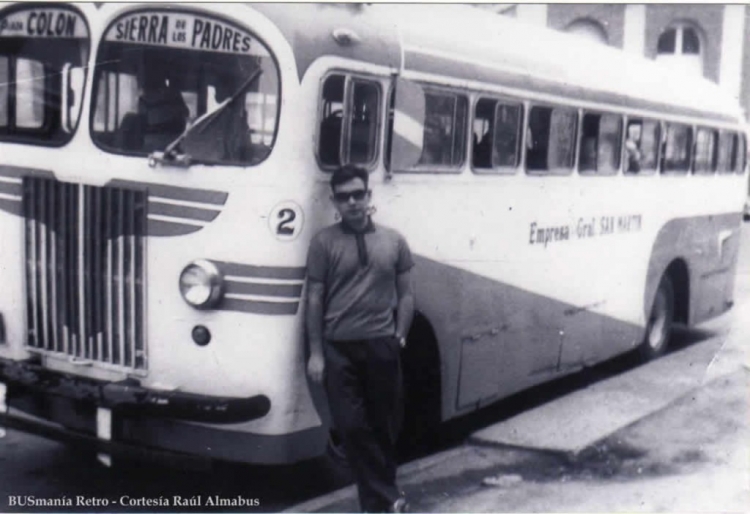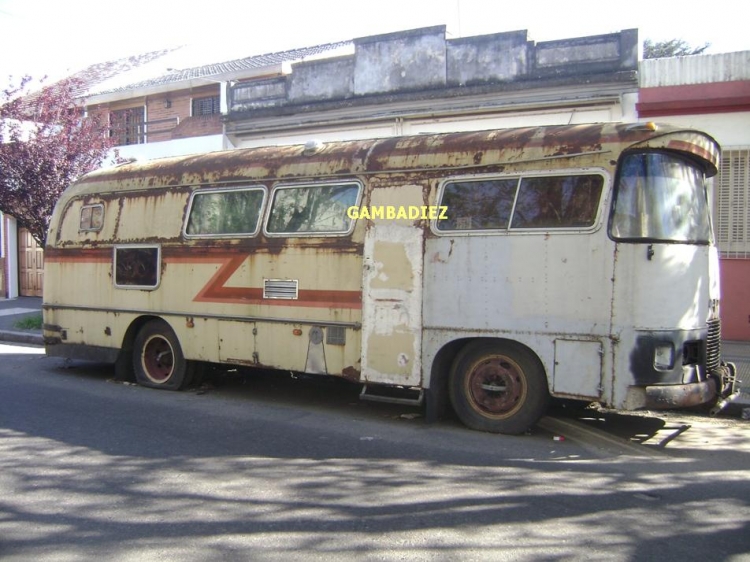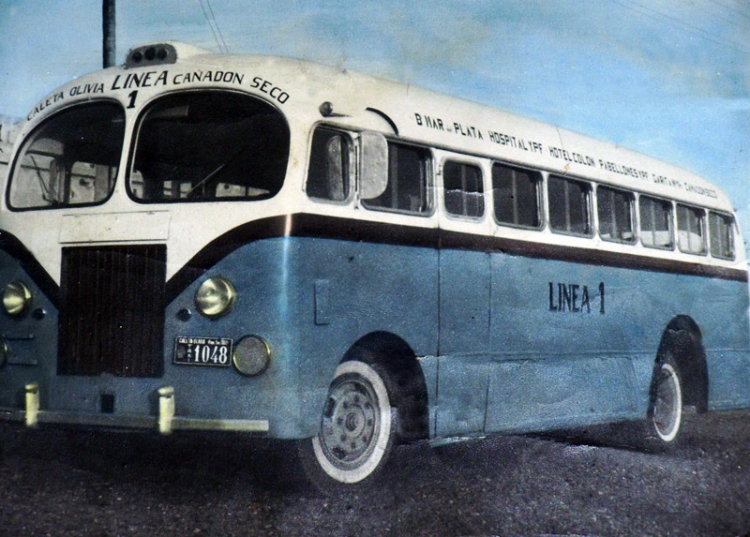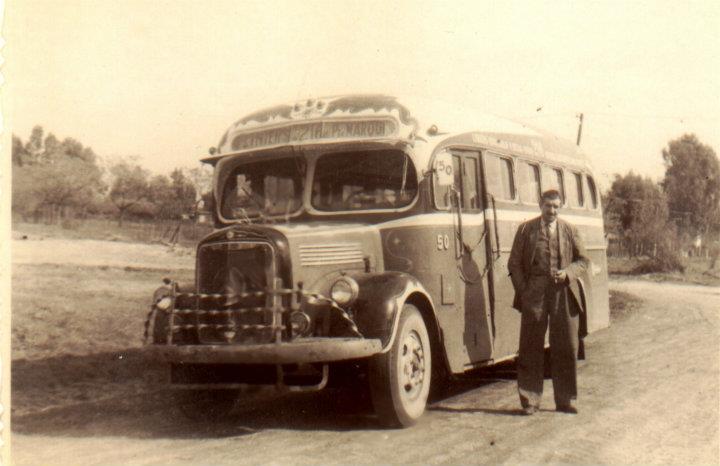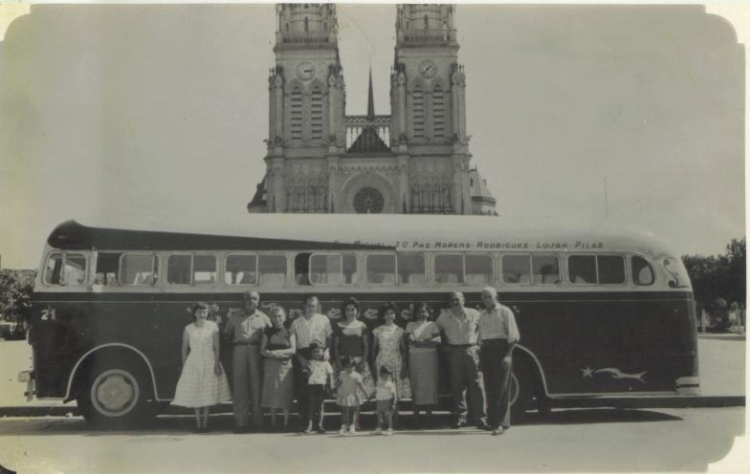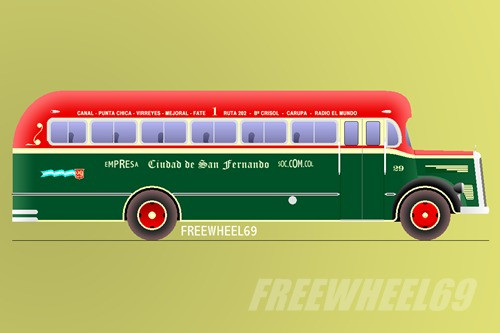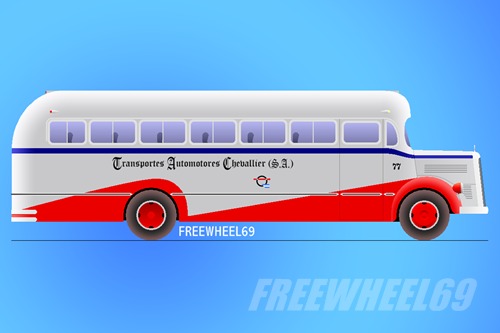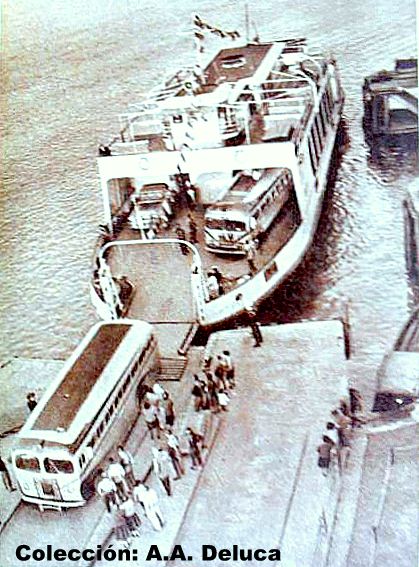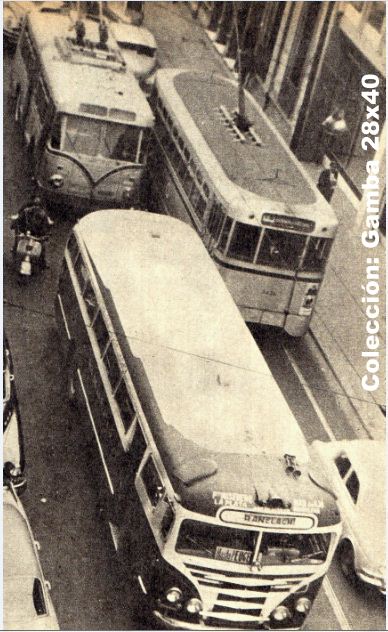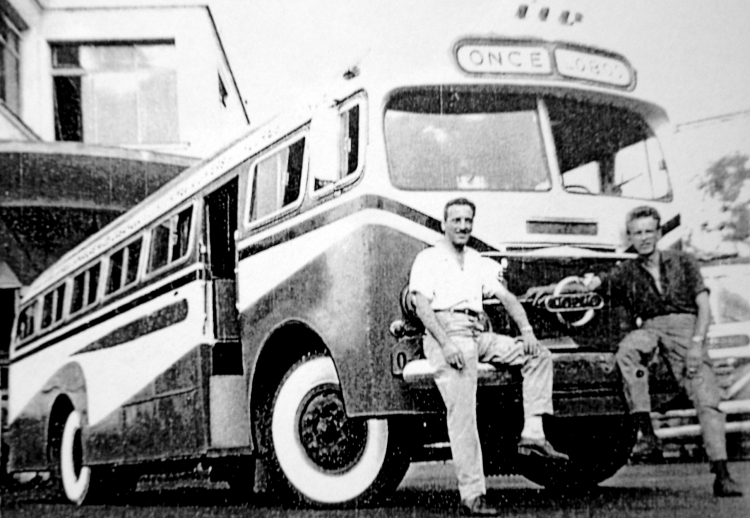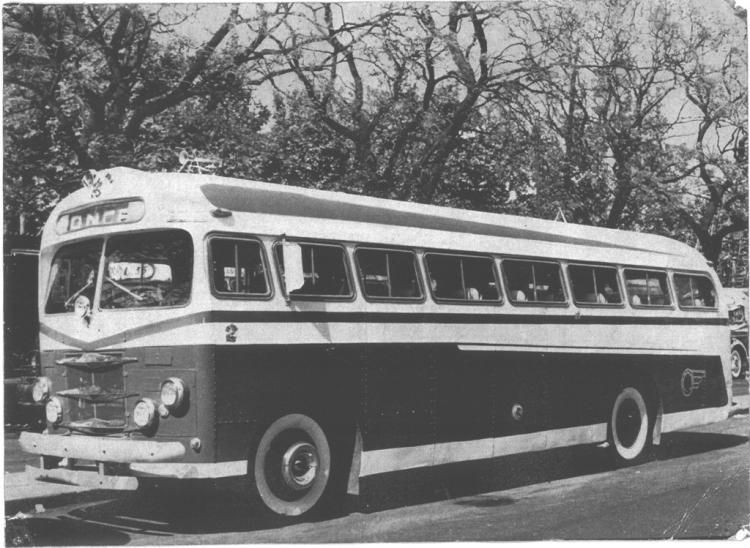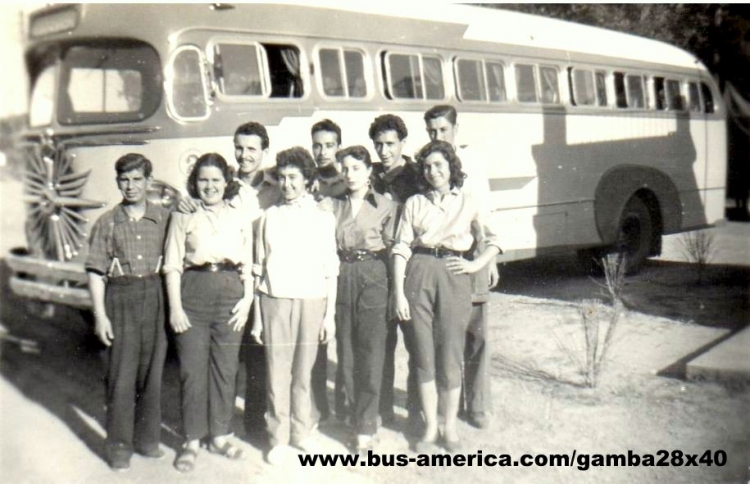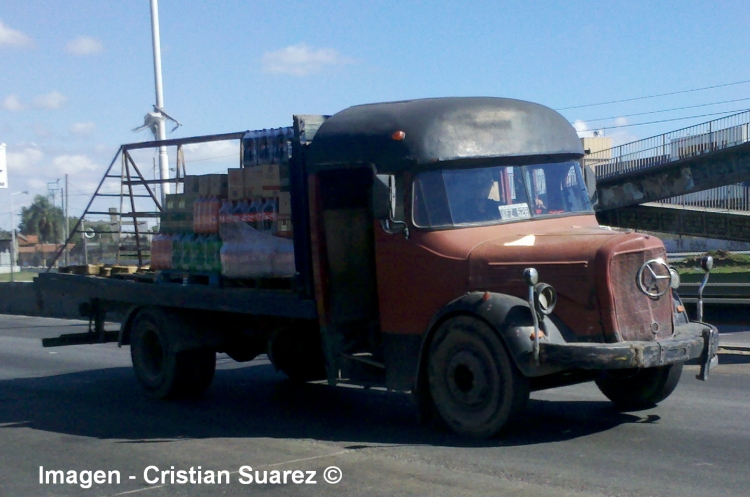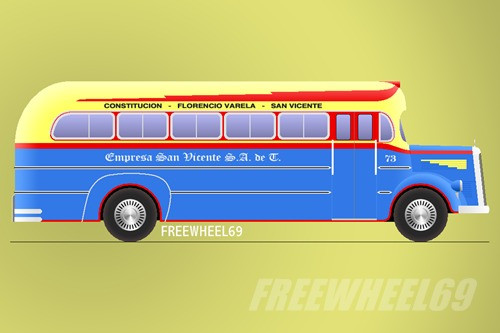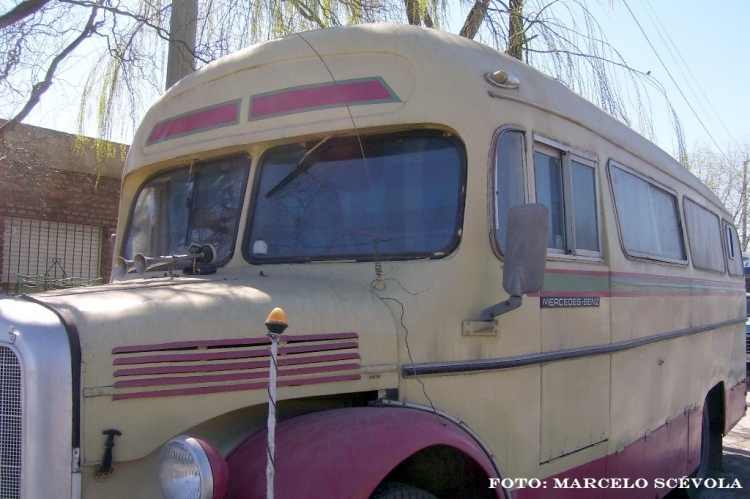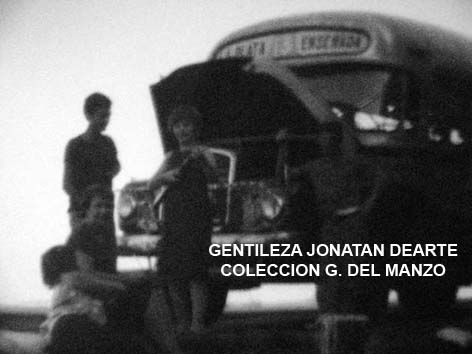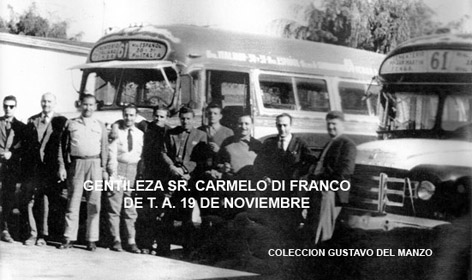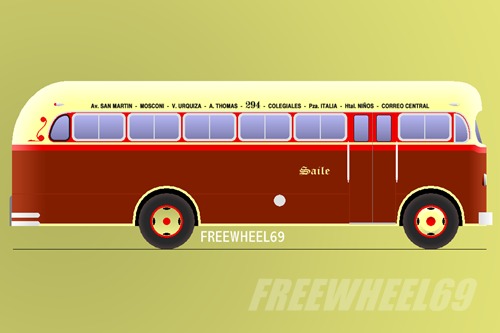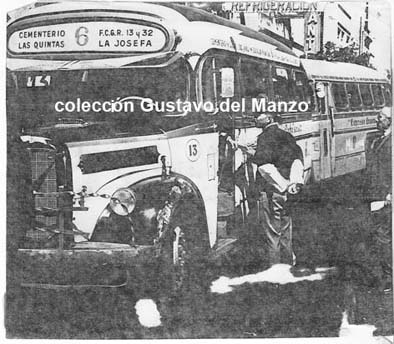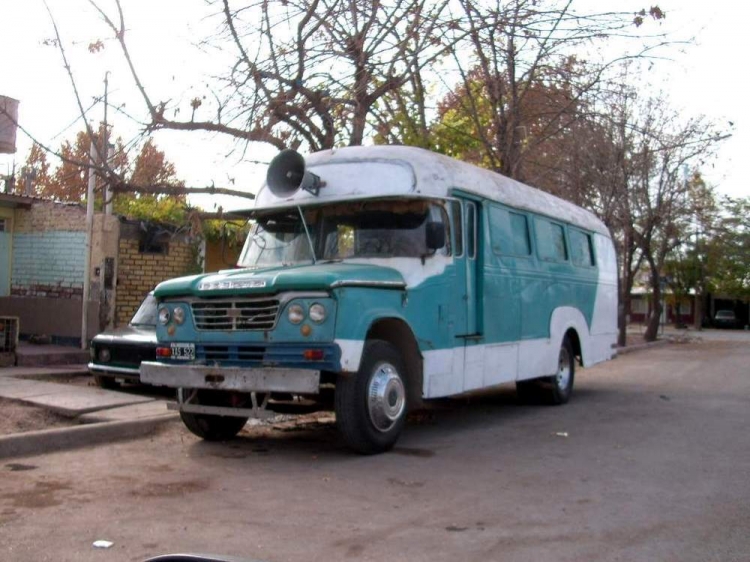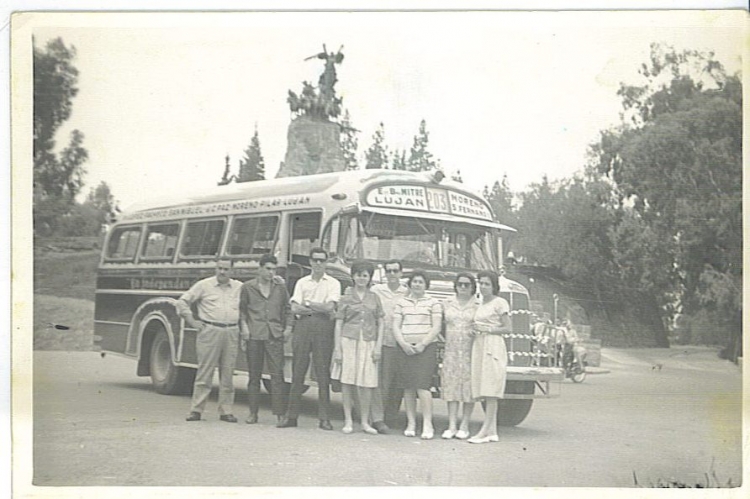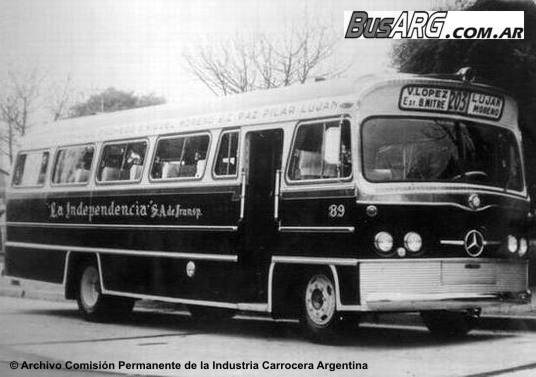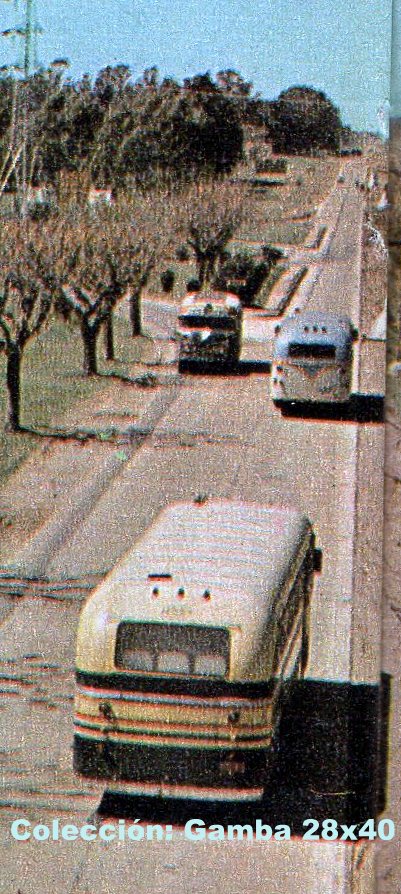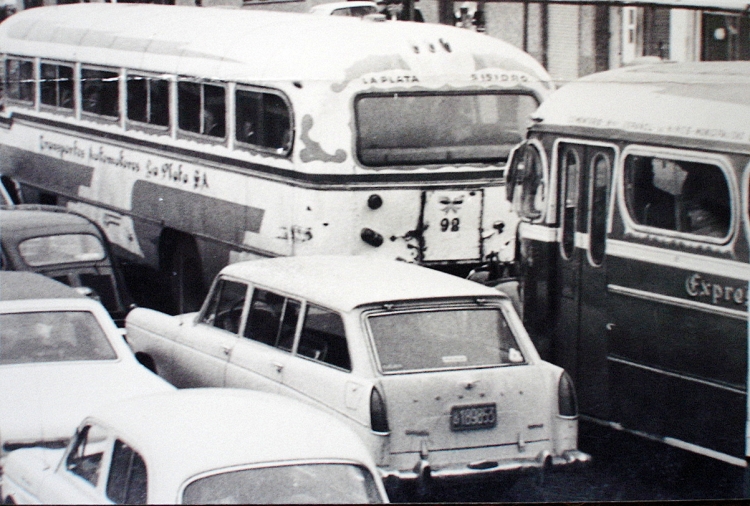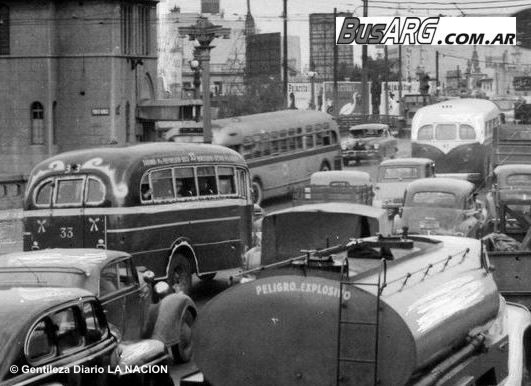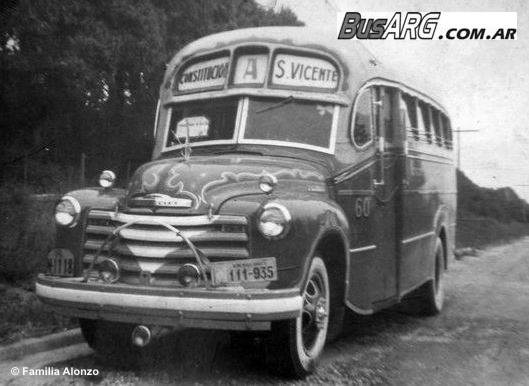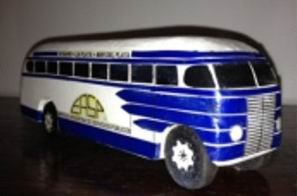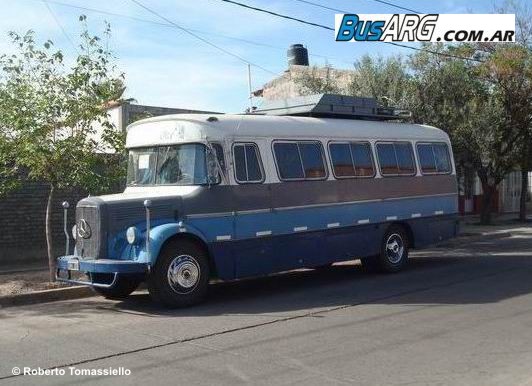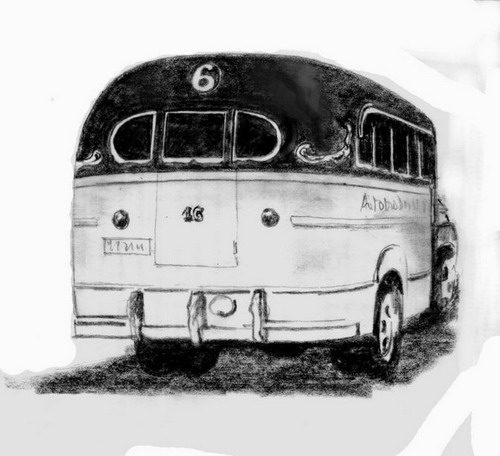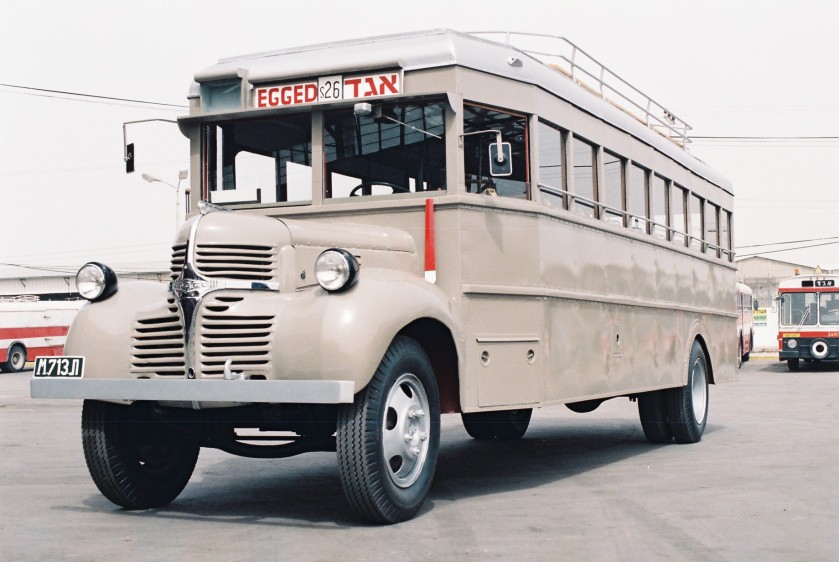Dodge Buses:
http://myntransportblog.com/2013/12/29/buses-dodge-brothers-detroit-usa/
Dodge is an American brand of automobiles, minivans, and sport utility vehicles manufactured by FCA US LLC (formerly known as Chrysler Group LLC), based in Auburn Hills, Michigan, and formerly known as the Dodge Division of Chrysler Corporation. Dodge vehicles presently include the lower-priced badge variants of Chrysler-badged vehicles as well as performance cars, though for much of its existence Dodge was Chrysler’s mid-priced brand above Plymouth.
Founded as the Dodge Brothers Company by brothers Horace Elgin Dodge and John Francis Dodge in 1900, Dodge was originally a supplier of parts and assemblies for Detroit-based automakers and began building complete automobiles in 1915, predating the founding of Chrysler Corporation. The Dodge brothers died suddenly in 1920 and the company was sold to Dillon, Read & Co. in 1925 before being sold to Chrysler in 1928. Dodge vehicles mainly consisted of trucks and full-sized passenger cars through the 1970s, though it did make some inroads into the compact car market during this time. The 1973 oil crisis and its subsequent impact on the American automobile industry led Chrysler to develop the K platform of compact to midsize cars for the 1981 model year. The K platform and its derivatives are credited with reviving Chrysler’s business in the 1980s; one such derivative became the Dodge Caravan.
The Dodge brand has withstood the multiple ownership changes at Chrysler from 1998–2009, including its short-lived merger with Daimler-Benz AG from 1998–2007, its subsequent sale to Cerberus Capital Management, its 2009 bailout by the United States government, and its subsequent Chapter 11 bankruptcy and acquisition by Fiat.
In 2011, Dodge, Ram, and Dodge’s Viper were separated. Dodge said that the Dodge Viper will now be an SRT product and Ram will be a manufacturer. In 2014, SRT was merged back into Dodge. Later that year, Chrysler Group was renamed FCA US LLC, corresponding with the merger of Fiat S.p.A. and Chrysler Group into the single corporate structure of Fiat Chrysler Automobiles.
History
Founding and early years
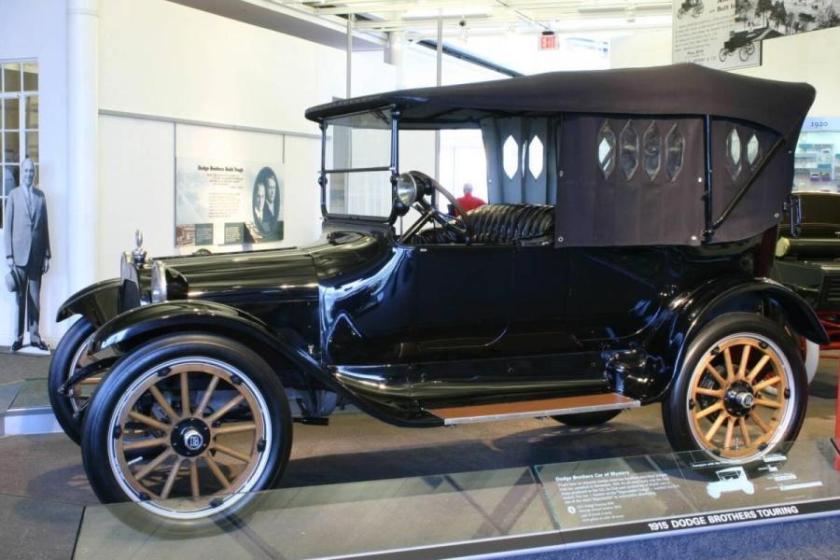
1915 Dodge Brothers Model 30-35 touring car
After the founding of the Dodge Brothers Company by Horace and John Dodge in 1900, the Detroit-based company quickly found work producing precision engine and chassis components for the city’s growing number of automobile firms. Chief among these customers were the established Olds Motor Vehicle Company and the then-new Ford Motor Company.
By 1914, Horace had created the new four-cylinder Dodge Model 30. Marketed as a slightly more upscale competitor to the ubiquitous Ford Model T, it pioneered or made standard many features later taken for granted: all-steel body construction (the vast majority of cars worldwide still used wood-framing under steel panels, though Stoneleigh and BSA used steel bodies as early as 1911); 12-volt electrical system (6-volt systems would remain the norm until the 1950s); 35 horsepower (versus the Model T’s 20), and sliding-gear transmission (the best-selling Model T would retain an antiquated planetary design until its demise in 1927). As a result of this, and the brothers’ well-earned reputation for the highest quality truck, transmission and motor parts they made for other successful vehicles, Dodge Brothers cars were ranked at second place for U.S. sales as early as 1916. That same year, Henry Ford decided to stop paying stock dividends to finance the construction of his new River Rouge complex. This led the Dodges to file suit to protect their annual stock earnings of approximately one million dollars, leading Ford to buy out his shareholders; the Dodges were paid some US$25 million.
Also in 1916, the Dodge Brothers’ vehicles won acclaim for durability while in service with the U.S. Army’s Pancho Villa Expedition into Mexico. One notable instance was in May when the 6th Infantry received a reported sighting of Julio Cárdenas, one of Villa’s most trusted subordinates. Lt. George S. Patton led ten soldiers and two civilian guides in three Dodge Model 30 touring cars to conduct a raid at a ranch house in San Miguelito,Sonora. During the ensuing firefight the party killed three men, of whom one was identified as Cárdenas. Patton’s men tied the bodies to the hoods of the Dodges, returning to headquarters in Dublán and an excited reception from US newspapermen.
Death of the Dodge brothers, Sale to Chrysler

1927 Dodge Brothers Series 124 sedan
Dodge Brothers cars continued to rank second place in American sales in 1920. However, the same year, tragedy struck as John Dodge was felled by pneumonia in January.[8] His brother Horace then died of cirrhosis in December of the same year (reportedly out of grief at the loss of his brother, to whom he was very close). With the loss of both founders, the Dodge Brothers Company passed into the hands of the brothers’ widows, who promoted long-time employee Frederick Haynes to the company presidency. During this time, the Model 30 was evolved to become the new Series 116 (though it retained the same basic construction and engineering features). However, throughout the 1920s Dodge gradually lost its ranking as the third best-selling automobile manufacturer, slipping down to seventh in the U.S. market.
Dodge Brothers emerged as a leading builder of light trucks. They also entered into an agreement whereby they marketed trucks built by Graham Brothers of Evansville, Indiana. The three Graham brothers would later produce Graham-Paige and Graham automobiles.
Stagnation in development was becoming apparent, however, and the public responded by dropping Dodge Brothers to fifth place in the industry by 1925. That year, the Dodge Brothers company was sold by the widows to the well-known investment group Dillon, Read & Co. for no less than US$146 million (at the time, the largest cash transaction in history).
Dillon, Read & Co. offered non-voting stock on the market in the new Dodge Brothers, Inc., firm, and along with the sale of bonds was able to raise $160 million, reaping a $14 million (net) profit. All voting stock was retained by Dillon, Read. Frederick Haynes remained as company head until E.G. Wilmer was named board chairman in November, 1926. Wilmer was a banker with no auto experience and Haynes remained as president. Changes to the car, save for superficial things like trim levels and colors, remained minimal until 1927, when the new Senior six-cylinder line was introduced. The former four-cylinder line was kept on, but renamed the Fast Four line until it was dropped in favor of two lighter six-cylinder models (the Standard Six and Victory Six) for 1928.
On October 1, 1925, Dodge Brothers, Inc., acquired a 51% interest in Graham Brothers, Inc., for $13 million and the remaining 49% on May 1, 1926. The three Graham brothers, Robert, Joseph and Ray, assumed management positions in Dodge Brothers before departing early in 1927.
Despite all this, Dodge Brothers’ sales had already dropped to seventh place in the industry by 1927, and Dillon, Read began looking for someone to take over the company on a more permanent basis. Eventually Dodge was sold to Chrysler Corporation in 1928.
Pre-war years
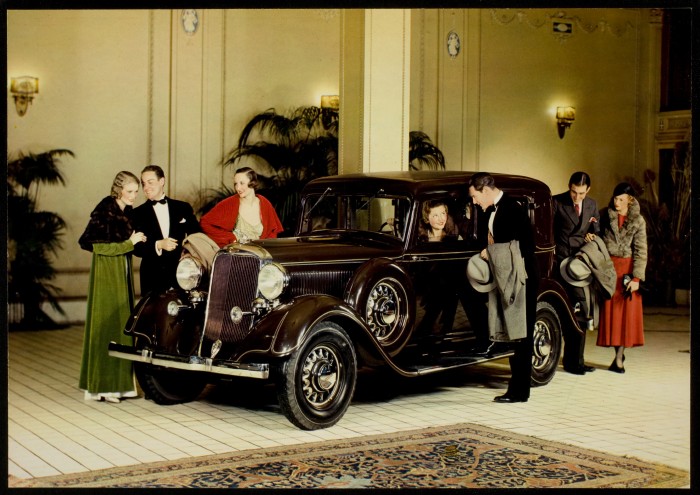
Dodge aimed for the luxury market in this advertisement for the 1933 models
To fit better in the Chrysler Corporation lineup, alongside low-priced Plymouth and medium-priced DeSoto, Dodge’s lineup for early 1930 was trimmed down to a core group of two lines and thirteen models (from three lines and nineteen models just over a year previous). Prices started out just above DeSoto but were somewhat less than top-of-the-line Chrysler, in a small-scale recreation of General Motors’ “step-up” marketing concept. (DeSoto and Dodge would swap places in the market for the 1933 model year, Dodge dropping down between Plymouth and DeSoto.)
For 1930, Dodge took another step up by adding a new eight-cylinder line to replace the existing Senior six-cylinder. This basic format of a dual line with Six and Eight models continued through 1933, and the cars were gradually streamlined and lengthened in step with prevailing trends of the day. The Dodge Eight was replaced by a larger Dodge DeLuxe Six for 1934, which was dropped for 1935. A long-wheelbase edition of the remaining Six was added for 1936 and would remain a part of the lineup for many years.
The Dodge line, along with most of the corporation’s output, was restyled in the so-called “Wind Stream” look for 1935. This was a mild form of streamlining, which saw sales jump remarkably over the previous year (even though Dodge as a whole still dropped to fifth place for the year after two years of holding down fourth). Dodge never got the radical Airflow styling that was the cause of depressed sales of Chryslers and DeSotos from 1934 to 1937.
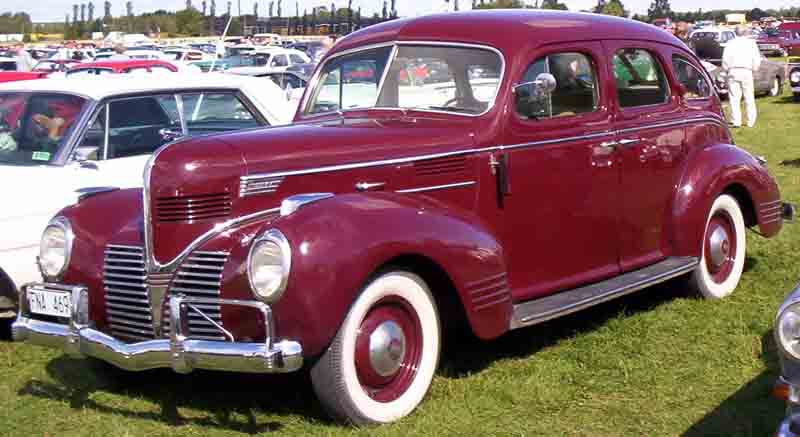
Dodge D11 Luxury Liner 4-Door Sedan 1939
Dodge (along with the rest of Chrysler) added safety features such as a smooth, flat dashboard with no protruding knobs, curved in door handles, and padded front-seat backs for the benefit of the rear-seat occupants.
Another major restyle arrived for the 25th-anniversary 1939 models, which Dodge dubbed the Luxury Liner series. These were once again completely redesigned, with new bodies for 1940, again in 1941, and a refreshing for 1942. However, just after the 1942 models were introduced, Japan’s attack on Pearl Harbor forced the shutdown of Dodge’s passenger car assembly lines in favor of war production in February 1942.
World War II
Chrysler was prolific in its production of war materiel from 1942 to 1945, and Dodge in particular was well known to both average citizens and thankful soldiers for their tough military-spec truck models and ambulances like the WC54. Starting with the hastily converted VC series and evolving into the celebrated WC series, Dodge built a strong reputation for itself that readily carried over into civilian models after the war.
Post-war years
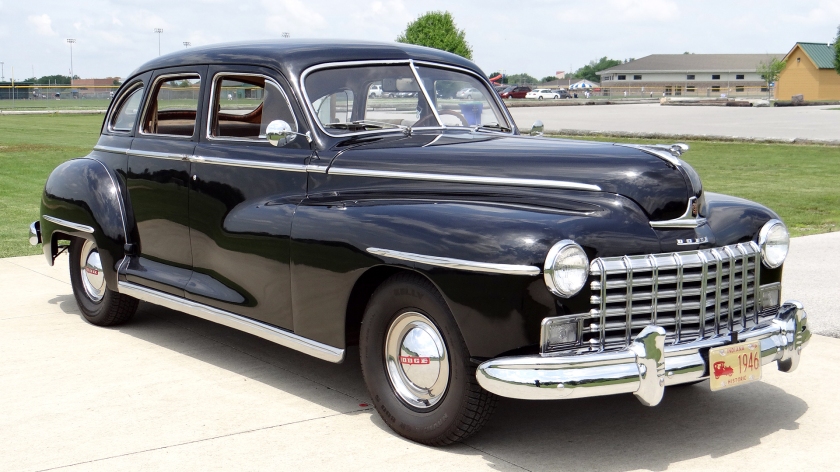
1946 Dodge Custom 4-door sedan
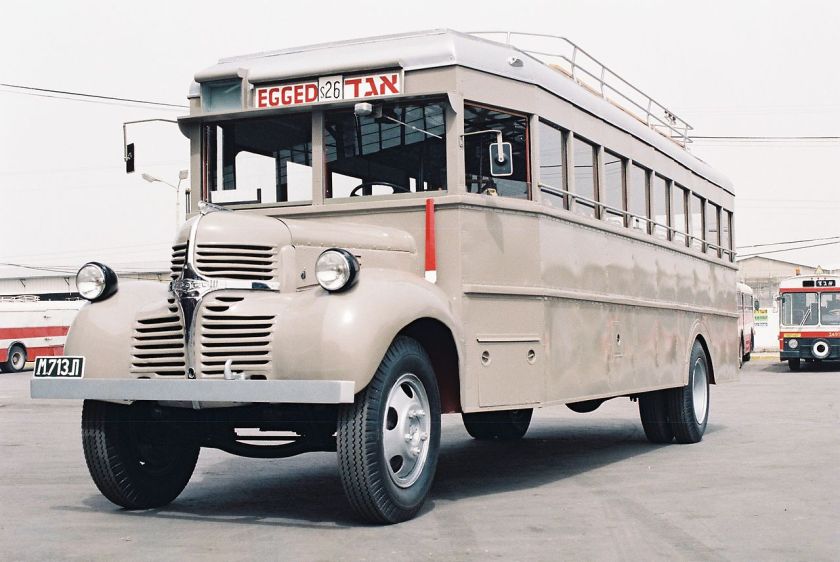
1946 Dodge FK6 bus operated by
Egged in 1940s
Civilian production at Dodge was restarted by late 1945, in time for the 1946 model year. The “seller’s market” of the early postwar years, brought on by the lack of any new cars throughout the war, meant that every automaker found it easy to sell vehicles regardless of any drawbacks they might have. Like almost every other automaker, Dodge sold lightly facelifted revisions of its 1942 design through the 1948 season. As before, these were a single series of six-cylinder models with two trim levels (basic Deluxe or plusher Custom).
Styling was not initially Dodge’s strong point during this period, though that began to change by 1953 under the direction of corporate design chief Virgil Exner. At the same time, Dodge also introduced its first V8 engine – the Red Ram Hemi, a smaller version of the original design of the famed Hemi. The new 1953 bodies were smaller and based on the Plymouth. For 1954, sales dropped, the stubby styling not going over well with the public. 1954 also saw the introduction of the fully automatic PowerFlite transmission.
New corporate “Forward Look” styling for 1955 began a new era for Dodge. With steadily upgraded styling and ever-stronger engines every year through 1960, Dodge found a ready market for its products as America discovered the joys of freeway travel. This situation improved when Dodge introduced a new line of Dodges called the Dart to do battle against Ford, Chevrolet and Plymouth. The result was that Dodge sales in the middle price class collapsed. Special and regional models were sold as well, including the LaFemme (a white and orchid-trimmed hardtop marketed toward women) and the Texan, a gold-accented Dodge sold in the Lone Star State.
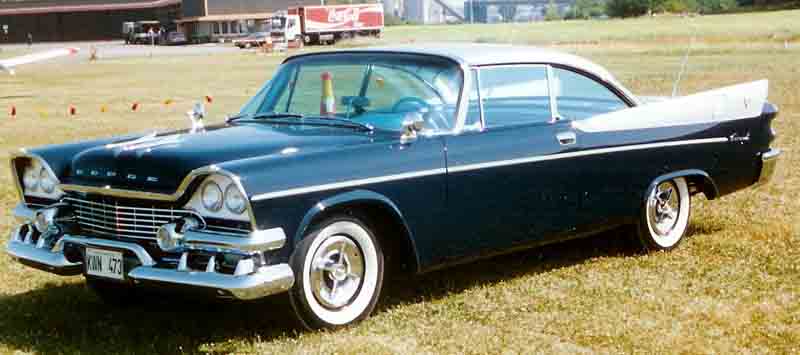
1958 Dodge Coronet Lancer hardtop coupe
Dodge entered the compact car field for 1961 with their new Lancer, a variation on Plymouth’s Valiant. Though it was not initially successful, the Dart range that succeeded the Lancer in 1963 would prove to be one of the division’s top sellers for many years.
Chrysler did make an ill-advised move to downsize the Dodge and Plymouth full-size lines for 1962, which resulted in a loss of sales. However, they turned this around in 1965 by turning those former full-sizes into “new” mid-size models; Dodge revived the Coronet nameplate in this way and later added a sporty fastback version called the Charger that became both a sales leader and a winner on the NASCAR circuit. Not only did this style dominate the racetrack for 4 full years, its aerodynamic improvements forever changed the face a NASCAR racing.
Full-size models evolved gradually during this time. After Dodge dealers complained about not having a true full-size car in the fall of 1961, the Custom 880 was hurried into production. The Custom 880 used the 1962 Chrysler Newport body with the 1961 Dodge front end and interior. The 880 continued into 1965, the year a completely new full-size body was put into production, the Polara entered the medium price class and the Monaco was added as the top series. The Polara and Monaco were changed mostly in appearance for the next ten years or so. Unique “fuselage” styling was employed for 1969 through 1973 and then was toned down again for the 1974 to 1977 models.

1967 Dodge Coronet 440 sedan
Dodge is well-known today for being a player in the muscle car market of the late 1960s and early 1970s. Along with the Charger, models like the Coronet R/T and Super Bee were popular with buyers seeking performance. The pinnacle of this effort was the introduction of the Challenger sports coupe and convertible (Dodge’s entry into the “pony car” class ) in 1970, which offered everything from mild economy engines up to the wild race-ready Hemi V8 in the same package. In an effort to reach every segment of the market, Dodge even reached a hand across the Pacific to its partner, Mitsubishi Motors, and marketed their subcompact as the Colt to compete with the AMC Gremlin, Chevrolet Vega, and Ford Pinto. Chrysler would over the years come to rely heavily on their relationship with Mitsubishi.
Times of crisis
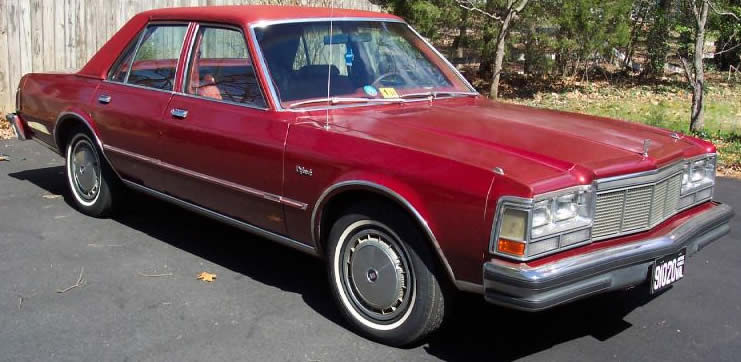
1977 Dodge Diplomat sedan
The 1973 oil crisis caused significant changes at Dodge, as well as Chrysler as a whole. Except for the Colt and Slant Six models of the Dart, Dodge’s lineup was quickly seen as extremely inefficient. In fairness, this was true of most American automakers at the time, but Chrysler was also not in the best financial shape to do anything about it. Consequently, while General Motors and Ford were quick to begin downsizing their largest cars, Chrysler (and Dodge) moved more slowly out of necessity.
At the very least, Chrysler was able to use some of its other resources. Borrowing the recently introduced Chrysler Horizon from their European division, Dodge was able to get its new Omni subcompact on the market fairly quickly. At the same time, they increased the number of models imported from Mitsubishi: first came a smaller Colt (based on Mitsubishi’s Lancer line), then a revival of the Challenger as a Mitsubishi compact hardtop coupe with nothing more than a four-cylinder under the hood, rather than the booming V8s of yore. Bigger Dodges, though, remained rooted in old habits. The Dart was replaced by a new Aspen for 1976, and Coronet and Charger were effectively replaced by the Diplomat for 1977, which was actually a fancier Aspen. While the Aspen got accolades for styling and handling, build quality was problematic, sullying the car’s reputation at the time when sales were desperately needed. Meanwhile, the huge Monaco (Royal Monaco beginning in 1977 when the mid-sized Coronet was renamed “Monaco”) models hung around through 1977, losing sales every year, until finally being replaced by the St. Regis for 1979 following a one-year absence from the big car market. In a reversal of what happened for 1965, the St. Regis was an upsized Coronet. Buyers, understandably, were confused and chose to shop the competition rather than figure out what was going on at Dodge.
Everything came to a head in 1979 when Chrysler’s new chairman, Lee Iacocca, requested and received federal loan guarantees from the United States Congress in an effort to save the company from having to file bankruptcy. With a Federal Loan in hand, Chrysler quickly set to work on new models that would leave the past behind, while reorganizing to pay the government loan which stood at 29%.
K-Cars and minivans
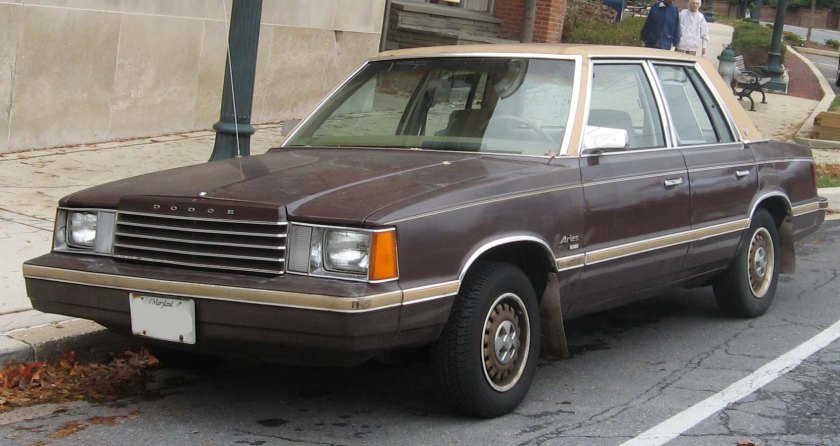
1981–82 Aries Special Edition
The first fruit of Chrysler’s crash development program was the “K-Car“, the Dodge version of which was the Dodge Aries. This basic and durable front-wheel drive platform spawned a whole range of new models at Dodge during the 1980s, including the groundbreaking Dodge Caravan. The Caravan not only helped save Chrysler as a serious high-volume American automaker, but also spawned an entirely new market segment that remains popular today: the minivan.
Through the late 1980s and 1990s, Dodge’s designation as the sporty-car division was backed by a succession of high-performance and/or aggressively styled models including the Daytona, mid-sized 600 and several versions of the Lancer. The Dodge Spirit sedan was well received in numerous markets worldwide. The Omni remained in the line through 1990. Dodge-branded Mitsubishi vehicles were phased out by 1993 except for the Dodge Stealth running through 1996, though Mitsubishi-made engines and electrical components were still widely used in American domestic Chrysler products. In 1992, Dodge moved their performance orientation forward substantially with the Viper, which featured an aluminum V10 engine and composite sports roadster body. This was the first step in what was marketed as “The New Dodge”, which was an aggressive advertising campaign with a litany of new models, with television ads narrated by Edward Herrmann that pointed out the innovations in the vehicles and challenged their competitors. Later that year, was the introduction of new Intrepid sedan, totally different from its boxy Dynasty predecessor and for 1993, the new Dodge Ram pickup was introduced with bold styling. The Intrepid used what Chrysler called “cab forward” styling, with the wheels pushed out to the corners of the chassis for maximum passenger space. They followed up on this idea in a smaller scale with the Stratus and Neon, both introduced for 1995. The Neon in particular was a hit, buoyed by a clever marketing campaign and good performance.
The modern era
DaimlerChrysler & private ownership
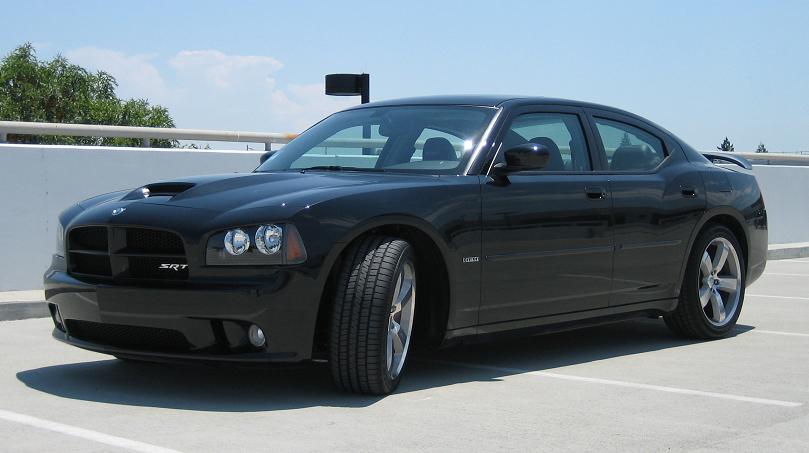
2006 Dodge Charger SRT8 sedan
In a move that never lived up to the expectations of its driving forces, Chrysler Corporation merged with Daimler-Benz AG in 1998 to form DaimlerChrysler. Rationalizing Chrysler’s broad lineup was a priority, and Dodge’s sister brand Plymouth was withdrawn from the market. With this move, Dodge became DaimlerChrysler’s low-price division as well as its performance division.
The Intrepid, Stratus, and Neon updates of the 1998 to 2000 timeframe were largely complete before Daimler’s presence, and Dodge’s first experience of any platform sharing with the German side of the company was the 2005 Magnum station wagon, introduced as a replacement for the Intrepid. Featuring Chrysler’s first mainstream rear-wheel drive platform since the 1980s and a revival of the Hemi V8 engine. The Charger was launched in 2006 on the same platform.
Further cost savings were explored in the form of an extensive platform-sharing arrangement with Mitsubishi, which spawned the Caliber subcompact as a replacement for the Neon and the Avenger sedan. The rear-drive chassis was then used in early 2008 to build a new Challenger, with styling reminiscent of the original 1970 Challenger. Like its predecessor, the new Challenger coupe was available with a powerful V8 engine (base models featured a V6). In Spring 2007, DaimlerChrysler reached an agreement with Cerberus Capital Management to dump its Chrysler Group subsidiary, of which the Dodge division was a part. Soon after, the housing bubble began to collapse the American market, and on May 1, 2009, Chrysler and GM filed for bankruptcy on the same day.
Fiat ownership.
On June 10, 2009, Italian automaker Fiat formed a partnership with Chrysler under Sergio Marchionne, with the UAW, and the US Government to form Chrysler Group LLC, of which Dodge remained fully integrated. For its part, the US Government provided more than $6 billion in loans at 21%, called a “bridge loan” or “bailout”. The newly formed company went on to fully repay that loan, remortgaging to reduce the interest rate several times down to 6%. They fully paid back the loan with interest to the U.S. Government on May 24, 2011, a full five years early. The UAW, being partners throughout the process, were paid well and above $3.9 billion in 2013 as Sergio’s plan for full consolidation has continued on schedule. This has allowed Chrysler LLC to fully merge with Fiat to form FCA, Fiat Chrysler Automobiles, in 2014. The combined company will be based in London.[13]
In 2013, Dodge re-introduced a compact car based on an Alfa-Romeo design called the Dart. It was the first new Dodge model produced under FCA.
On May 6, 2014, FCA announced a major restructuring, in which Dodge would focus solely on performance vehicles and will be positioned between Chrysler (which is moving downmarket into mainstream vehicles) and a relaunched Alfa Romeo (making its return to North America after a 20-year absence) in the FCA lineup. This is a set up similar to PSA Peugeot Citroën, which positions Peugeot as its conservative mainstream brand while Citroën is more performance-based, as well as Hyundai Motor Group having its two mainstream brands, Kia Motors and Hyundai Motor Company focusing on performance and mid-luxury, respectively. (Among the American press, it has drawn comparisons to the decades-long set up of Chevrolet and Pontiac at General Motors before the phase-out of Pontiac in 2010.) As part of the restructuring, Dodge will discontinue the Dodge Grand Caravan(after 32 years) and Dodge Avenger without replacements, while launching a sporty subcompact below the Dart in 2018. Additionally, while the Ram Trucks division will remain separate (although the Dodge Durango will remain in production as a Dodge), the SRT division was merged back into Dodge.
Dodge trucks
Over the years, Dodge has become at least as well known for its many truck models as for its prodigious passenger car output. In 2009, trucks were spun off into the Ram brand, named after the brand’s most popular truck, the Dodge Ram. However, it should be noted that even though the Ram trucks are marketed separately from Dodge cars, Ram President Fred Diaz has stated that “Ram trucks will always and forever be Dodges. Ram will always have the Dodge emblem inside and outside and they will be ‘vinned’ (from the acronym VIN, or Vehicle Identification Number) as a Dodge. We need to continue to market as Ram so Dodge can have a different brand identity: hip, cool, young, energetic. That will not fit the campaign for truck buyers. The two should have distinct themes.”
Pickups and medium to heavy trucks
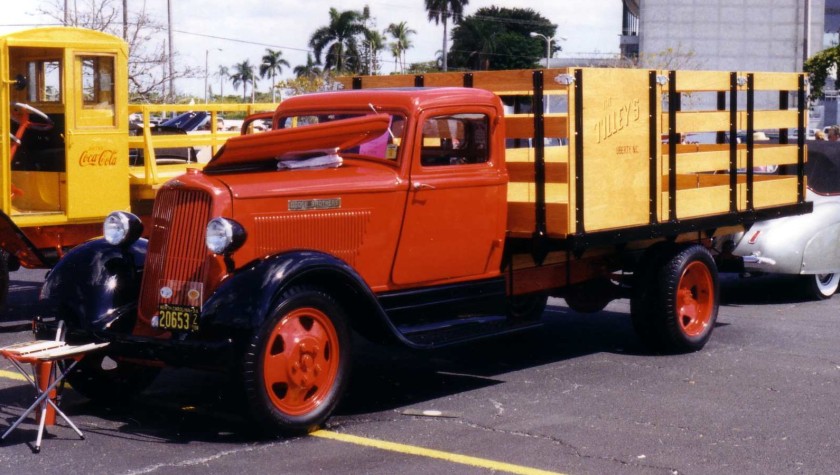
1934 Dodge K-34 stake bed truck
Ever since the beginning of its history in 1914, Dodge has offered light truck models. For the first few years, these were based largely on the existing passenger cars, but eventually gained their own chassis and body designs as the market matured. Light- and medium-duty models were offered first, then a heavy-duty range was added during the 1930s and 1940s.
Following World War II and the successful application of four-wheel drive to the truck line, Dodge introduced a civilian version that it called the Power Wagon. At first based almost exactly on the military-type design, variants of the standard truck line were eventually given 4WD and the same “Power Wagon” name.
Dodge was among the first to introduce car-like features to its trucks, adding the plush Adventurer package during the 1960s and offering sedan-like space in its Club Cab bodies of the 1970s. Declining sales and increased competition during the 1970s eventually forced the company to drop its medium- and heavy-duty models, an arena the company has only recently begun to reenter.
Dodge introduced what they called the “Adult Toys” line to boost its truck sales in the late 1970s, starting off with the limited edition Lil’ Red Express pickup (featuring, a 360 c.i. police interceptor engine and visible big rig-styleexhaust stacks). Later came the more widely available Warlock. Other “Adult Toys” from Dodge included the “Macho Power Wagon” and “Street Van”.
As part of a general decline in the commercial vehicle field during the 1970s, Dodge eliminated their LCF Series heavy-duty trucks in 1975, along with the Bighorn and medium-duty D-Series trucks, and affiliated S Series school buses were dropped in 1978. On the other hand, Dodge produced several thousand pickups for the United States Military under the CUCV program from the late 1970s into the early 1980s.
Continuing financial problems meant that even Dodge’s light-duty models – renamed as the Ram Pickup line for 1981 – were carried over with the most minimal of updates until 1993. Two things helped to revitalize Dodge’s fortunes during this time. First was their introduction of Cummins’ powerful and reliable B Series turbo-diesel engine as an option for 1989. This innovation raised Dodge’s profile among serious truck buyers who needed power for towing or large loads. A mid-size Dakota pickup, which later offered a class-exclusive V8 engine, was also an attractive draw.
Dodge introduced the Ram’s all-new “big-rig” styling treatment for 1994. Besides its instantly polarizing looks, exposure was also gained by usage of the new truck on the hit TV show Walker, Texas Ranger starring Chuck Norris. The new Ram also featured a totally new interior with a console box big enough to hold a laptop computer, or ventilation and radio controls that were designed to be easily used even with gloves on. A V10 engine derived from that used in the Viper sports car was also new, and the previously offered Cummins turbo-diesel remained available. The smaller Dakota was redesigned in the same vein for 1997, thus giving Dodge trucks a definitive “face” that set them apart from the competition.
The Ram was redesigned again for 2002 (the Dakota in 2005), basically as an evolution of the original but now featuring the revival of Chrysler’s legendary Hemi V8 engine. New medium-duty chassis-cab models were introduced for 2007 (with standard Cummins turbo-diesel power), as a way of gradually getting Dodge back in the business truck market again.
For a time during the 1980s, Dodge also imported a line of small pickups from Mitsubishi. Known as the D50 or (later) the Ram 50, they were carried on as a stopgap until the Dakota’s sales eventually made the imported trucks irrelevant. (Mitsubishi has more recently purchased Dakota pickups from Dodge and restyled them into their own Raider line for sale in North America.)
Vans
Dodge had offered panel delivery models for many years since its founding, but their first purpose-built van model arrived for 1964 with the compact A Series. Based on the Dodge Dart platform and using its proven six-cylinder or V8 engines, the A-series was a strong competitor for both its domestic rivals (from Ford and Chevrolet/GMC) and the diminutive Volkswagen Transporter line.
As the market evolved, however, Dodge realized that a bigger and stronger van line would be needed in the future. Thus the B Series, introduced for 1971, offered both car-like comfort in its Sportsman passenger line or expansive room for gear and materials in its Tradesman cargo line. A chassis-cab version was also offered, for use with bigger cargo boxes or flatbeds.
Like the trucks, though, Chrysler’s dire financial straits of the late 1970s precluded any major updates for the vans for many years. Rebadged as the Ram Van and Ram Wagon for 1981, this venerable design carried on for 33 years with little more than cosmetic and safety updates all the way to 2003.
The DaimlerChrysler merger of 1999 made it possible for Dodge to explore new ideas; hence the European-styled Mercedes-Benz Sprinter line of vans was brought over and given a Dodge styling treatment. Redesigned for 2006 as a 2007 model, the economical diesel-powered Sprinters have become very popular for city usage among delivery companies like FedEx and UPS in recent years. Because of their fuel efficiency major motorhome manufacturer Thor Motor Coach made several Class C and Class A Motorhomes available on the Dodge Sprinter Chassis including their popular Four Winds Siesta & Chateau Citation product lines.
Dodge also offered a cargo version of its best-selling Caravan for many years, at first calling it the Mini Ram Van (a name originally applied to short-wheelbase B-Series Ram Vans) and later dubbing it the Caravan C/V (for “Cargo Van”). However, for model year 2011, the Caravan C/V was rebranded as a Ram, called the Ram C/V.
Sport utility vehicles
Dodge’s first experiments with anything like a sport utility vehicle appeared in the late 1950s with a windowed version of their standard panel-truck – known as the Town Wagon. These were built in the same style through the mid-1969s.
But the division didn’t enter the SUV arena in earnest until 1974, with the purpose-built Ramcharger. Offering the then-popular open body style and Dodge’s powerful V8 engines, the Ramcharger was a strong competitor for trucks like the Ford Bronco, Chevrolet Blazer and International Harvester Scout II.
Once again, though, Dodge was left with outdated products during the 1980s as the market evolved. The Ramcharger hung on through 1993 with only minor updates. When the Ram truck was redesigned for the 1994 model year, the Ramcharger was discontinued in the American and Canadian markets. A version using the updated styling was made for the Mexican Market but was never imported to the U.S. or Canada.
Instead, Dodge tried something new in 1998. Using the mid-sized Dakota pickup’s chassis as a base, they built the four-door Durango SUV with seating for eight people and created a new niche. Sized between smaller SUVs (like the Chevrolet Blazer and Ford Explorer) and larger models (like the Chevrolet Tahoe and Ford Expedition), Durango was both a bit more and bit less of everything. The redesigned version for 2004 grew a little bit in every dimension, becoming a full-size SUV (and thus somewhat less efficient), but was still sized between most of its competitors on either side of the aisle. For 2011 a new unibody Durango based on the Jeep Grand Cherokee was released. The 2011 Durango shrank slightly to size comparable to the original model.
Dodge also imported a version of Mitsubishi’s popular Montero (Pajero in Japan) as the Raider from 1987 to 1989.
International markets
Dodge vehicles are now available in many countries throughout the world.
Argentina
Dodge came to Argentina in the early 20th century with imported cars & trucks. But, since 1960, has partnered with a local representative: Fevre-Basset. The first vehicle made in Argentina was the pick up D-100 “Sweptilte”. For 1961 to 1980 arrives the trucks, like: D-400/DP-400 D-500/DP-500 DP600, DD900 & DD1000 (the last two with one curiosity: the aircooled Deutz engine rather Perkins or Chrysler). Respecting the passenger cars, made the Valiant I & II, and the local versions of the 1966 Dodge Dart (called Valiant III & IV). For 1971, arrives the Dodge 1500, a rebadged Hillman Avenger from UK. In 1982, ceased the Dodge brand, because Volkswagen bought the Fevre plant and the shares.
In 1993, Dodge cars and pick-ups began to be marketed in the country. Currently, the Journey and the Ram sold in Argentina by Dodge.
Asia
Dodge entered the Japanese market in mid-2007, and re-entered the Chinese market in late 2007. Soueast Motors of China assembles the Caravan for the Chinese market. Dodge had already been marketing its vehicles in South Korea since 2004, starting with the Dakota.
Dodge vehicles have been sold in the Middle East for a considerably longer period.
Australia
Dodge re-entered the Australian market in 2006 with the Caliber, their first offering since the AT4/D5N trucks in 1979 and the first Dodge passenger car to be marketed in Australia since the Phoenix sedan was discontinued in 1973. The second model to be introduced was the Nitro, with the Avenger and Journey followed. Dodge chose not use the full model lines and engines available to them, the 2.7L V6 being available in the Journey and Avenger instead of the 3.2 in the North American versions. However they did introduce diesel engines in all their cars. Following the Global Financial Crisis, Chrysler introduced the facelifted model of the Caliber and discontinued the Avenger imports. From early 2012 on, model year 2010 cars were available. By early 2012 no new cars were being brought into Australia aside from the new facelifted 2012 Journey. There are now rumours that Dodge cars will be re-badged as Fiats in the Australian market as has happened in Europe. In contrast, recent speculation has suggested that the Dodge nameplate would continue on until at least 2015, due to consistent sales of the Journey.
Brazil
In Brazil, Dodge cars were produced between 1969 and 1981 with the models Dart, Charger, Magnum, LeBaron (all powered by the same 318 cid V8 engine), and the compact 1800/Polara, based on the British Hillman Avenger. The manufacturer was acquired by Volkswagen in 1981. In 1998, the Dakota pickup started production in a new plant in Campo Largo, Paraná by Mercedes-Benz, which belongs to its former partner Daimler AG. It was built there until 2001 with petrol and diesel engines and regular, extended and crew cabs. In 2010, Dodge started sales of the imported pickup Ram 2500. The model portfolio is being expanded, starting with the Journey crossover for the 2009 model year.
Canada
In Canada, the Dodge lineup of cars started down the road to elimination along with the Plymouth line when in 1988 the Dodge Dynasty was sold in Canada as the Chrysler Dynasty and sold at both Plymouth and Dodge dealers. Similarly, the new Dodge Intrepid, the Dynasty’s replacement, was sold as the Chrysler Intrepid.
For 2000, the new Neon became the Chrysler Neon. The Chrysler Cirrus and Mitsubishi-built Dodge Avenger were dropped. Dodge trucks, which have been sold at Canadian Plymouth dealers since 1973, continued without change. All Plymouth-Chrysler and Dodge-Chrysler dealers became Chrysler-Dodge-Jeep dealers.
The diluting of the Chrysler name did not go well in Canada, especially as the nameplate had been pushed as a luxury line since the 1930s. For 2003, the revamped Neon appeared in Canada as the Dodge SX 2.0. Since then all new Dodge models have been sold in Canada under the Dodge name.
Europe
Dodge started assembling lorries (trucks) in the United Kingdom, from imported parts, in 1922. In 1933 it began to manufacture a British chassis, at its works in Kew, using American engines and gearboxes.
- Right-hand drive Dodge trucks
|
|
|
1952 Kew-built Dodge D100
|
|
Following Chrysler’s takeover of the British Rootes Group, Simca of France, and Barreiros of Spain, and the resultant establishment of Chrysler Europe in the late 1960s, the Dodge brand was used on light commercial vehicles, most of which were previously branded Commer or Karrier, on pickup and van versions of the Simca 1100, on the Spanish Dodge Dart, and on heavy trucks built in Spain. The most common of these was the Dodge 50 series, widely used by utility companies and the military, but rarely seen outside the UK, and the Spanish-built heavy-duty 300 series available as 4×2, 6×4, 8×2, and 8×4 rigids, as well as 4×2 semi-trailer tractors. All of these were also sold in selected export markets badged either as Fargo or De Soto.
Following Chrysler Europe’s collapse in 1977, and the sale of their assets to Peugeot, the Chrysler/Dodge British and Spanish factories were quickly passed on to Renault Véhicules Industriels. Chrysler licensed the Dodge name to be used on Renault trucks sold in certain European markets – most notably the United Kingdom, although it eventually reverted back to Renault when the associated models were discontinued. They would eventually drop these products altogether and used the plants to produce engines (in the UK) and “real” Renault truck models in Spain. Dodge vehicles would not return to the UK until the introduction of the Neon, badged as a Chrysler, in the mid-1990s.
The Dodge marque was reintroduced to Europe on a broad scale in 2006. Currently, the Dodge lineup in Europe consists of the Caliber, Avenger, Viper SRT-10, Nitro and Dodge Journey. However, in 2010 Chrysler pulled the Dodge marque from the UK lineup due to poor sales.
On June 1, 2011 the Dodge name was dropped from the rest of Europe when it was replaced by the Fiat brand, where Fiat rebadged the Dodge Journey as the Fiat Freemont. However, the Freemont is not available in the Ireland or UK Fiat lineup.
Mexico
In Mexico, the Hyundai Accent, Hyundai Atos, and Hyundai H100 are branded as “Dodge” or “Verna by Dodge”, “Atos by Dodge” and “Dodge H100” respectively, and sold at Chrysler/Dodge dealers. Current models are marketed with Hyundai logos instead of the “Ram” logo on previous model years. Dodge and Hyundai will end the venture and Dodge will use rebadged and reworked Fiats.
Logos
- Star: The original Dodge was a circle, with two interlocking triangles forming a six-pointed star in the middle; an interlocked “DB” was at the center of the star, and the words “Dodge Brothers Motor Vehicles” encircled the outside edge. Although similar to the Star of David, the Dodge brothers were not Jewish. Although the “Brothers” was dropped from the name for trucks in 1929 and cars in 1930, the DB star remained in the cars until the 1939 models were introduced.
- Ram: For 1932 Dodge cars adopted a leaping ram as the car’s hood ornament. Starting with the 1940 models the leaping ram became more streamlined and by 1951 only the head, complete with curving horns, remained. The 1954 model cars were the last to use the ram’s head before the rebirth in the 1980s. Dodge trucks adopted the ram as the hood ornament for the 1940 model year with the 1950 models as the last.
- Crest: For 1941 Dodge introduced a crest, supposedly the Dodge family crest. The design had four horizontal bars broken in the middle by one vertical bar with an “O” in the center. A knight’s head appeared at the top of the emblem. Although the head would be dropped for 1955, the emblem would survive through 1957 and reappear on the 1976 Aspen. The crest would be used through to 1981 on its second time around, being replaced by the Pentastar for 1982. The knight’s head without the crest would be used for 1959.
- Forward Look: Virgil Exner‘s radical “Forward Look” redesign of Chrysler Corporation’s vehicles for the 1955 model year was emphasized by the adoption of a logo by the same name, applied to all Chrysler Corporation vehicles. The Forward Look logo consisted of two overlapped boomerang shapes, suggesting space age rocket-propelled motion. This logo was incorporated into Dodge advertising, decorative trim, ignition and door key heads, and accessories through September 1962. See also: Forward Look
- Fratzog: Dodge’s logo from September 1962 through 1981 was a fractured deltoid composed of three arrowhead shapes forming a three-pointed star. The logo first appeared on the 1962 Polara 500 and the mid-year 1962 Custom 880. One of its designers came up with the meaningless name Fratzog for the logo, which ultimately stuck. As the Dodge Division’s logo, Fratzog was incorporated in various badges and emblems on Dodge vehicles. It was also integrated into the design of such parts as steering wheel center hubs and road wheel covers.
- Pentastar: From 1982 to 1995, Dodge used Chrysler’s Pentastar logo on its cars and trucks to replace the Dodge crest, although it had been used for corporate recognition since late 1962. In advertisements and on dealer signage, Dodge’s Pentastar was red, while Chrysler-Plymouth’s was blue.
- Ram’s head: Dodge reintroduced the ram’s head hood ornament on the new 1973 Dodge Bighorn heavy duty tractor units. Gradually the ram’s head began appearing on the pickup trucks as Dodge began to refer to their trucks as Ram. The present iteration of the Ram‘s-head logo appeared in 1993, standardizing on that logo in 1996 for all vehicles except the Viper. which is using the Viper’s Head.
- New logo: In 2010, with the separation of the Ram brand, two new Dodge logos were unveiled. The first logo features the word “DODGE” with two inclined stripes. It was originally used strictly for marketing purposes, however Dodge introduced the logo onto the grilles of the 2012 lineup.
A second emblem was revealed during the unveiling of the 2011 Durango, which used the same five-point shield-shaped outline of the old emblem, but with the ram’s head replaced with a chrome cross reminiscent of the brand’s signature cross-haired grille.[21] This was only used on the steering wheel. In 2014, the cross logo was replaced by the word “DODGE” on the Durango steering wheel. A modified version of the Ram’s head logo is still used for the Ram brand, with “RAM” written across the bottom in bold white or black lettering.
-
Dodge Brothers emblem ca. 1910, removed from the gate of the Dodge Main plant before its 1981 demolition
-
Dodge Brothers logo used from 1914 to 1927 (seen here on a modern belt buckle)
-
-
Red Chrysler Pentastar logo, used 1966–1996
-
The Ram logo, used 1993–2010
-
Crosshairs and shield logo on the steering wheel are used on all models starting 2011 year (with the exception of the 2011-12 Caliber and Nitro having the Ram logo.)
Slogans
- Dependability, The Dependables. (1920’s-1967)
- Dodge Fever. (1968-1969)
- You Could be Dodge Material. (1970-1971)
- An American revolution. (1982–1989) (slogan recycled by Chevrolet, a non-Chrysler make in 2005)
- The new Dodge. (1992–2000)
- Dodge. Different. (2000–2001)
- Grab life by the horns. (2001–2007, mainly for Dodge truck market)
- Grab life. (2007-mid June 2010, in Ram pickup truck ads)
- Never neutral. (2010–present)
- Guts. Glory. Ram. (2010–present, Ram Truck division)
- Born Dodge. (2014-)
List of Dodge automobiles
Current models
Dodge Caravan
The Dodge Caravan is a passenger minivan manufactured by Chrysler and marketed under the Dodge brand. Introduced for model year 1984 and now in its fifth generation, the Caravan has been offered in short-wheelbase (1984-2007) and long-wheelbase (1987-present) variants, the latter as the Grand Caravan.
Noted as a pioneering example of the minivan configuration, the Caravan has been manufactured and marketed worldwide alongside rebadged variants: the Plymouth Voyager (1984–2001), Chrysler Voyager(1988–2014), Chrysler Town & Country (1989–present), Chrysler Grand Voyager, Lancia Voyager (2011-2015) and Volkswagen Routan (2008–2012) — selling more than 11 million combined, worldwide.
Having played an instrumental role in Chrysler’s 1980’s survival and having survived Chrysler’s 1990’s merger with Daimler — Chrysler’s current parent company, FCA, announced in early 2014 that the Dodge Caravan would end production after model year 2015.
Overview
Chrysler introduced the Dodge Caravan minivan alongside its badge engineered variant, the Plymouth Voyager in November 1983 for the 1984 model year, using an extended derivative of the Chrysler K platform, the Chrysler S platform. Chrysler followed with a long wheelbase (LWB) model, the Grand Caravan in 1987, also based on the Chrysler S platform.
Lee Iacocca and Hal Sperlich had conceived their idea for this type of vehicle during their earlier tenure at Ford Motor Company. Henry Ford II rejected the idea (and a prototype) of a minivan in 1974. Iaccoca followed Sperlich to Chrysler Corporation, and together they created what was internally designated the T-115 minivan – a prototype that was to become the Caravan and Voyager, known in initial marketing as the “Magic-wagons”.
The Chrysler minivans launched a few months ahead of the Renault Espace (the first MPV/minivan in Europe, initially presented to executives as a Talbot in 1979, but not launched until 1984), making them the first of their kind – effectively creating the modern minivan segment in the U.S. The original Matra design for the Renault Espace was created when Matra was owned by Chrysler Corporation, so Chrysler may also be credited with originating the minivan concept in Europe as well.
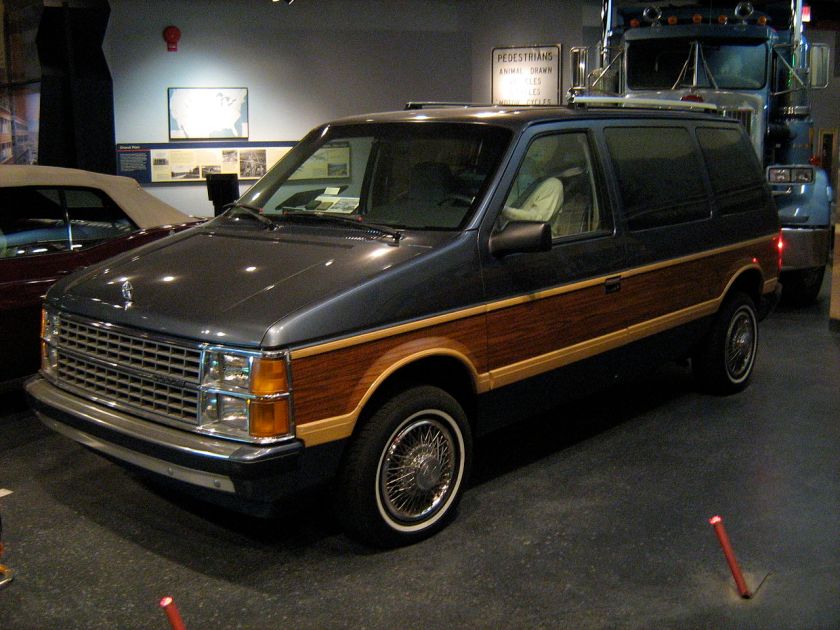
1986 Dodge Caravan at the Smithsonian’s National Museum of American History
Since their introduction in the fall of 1983, the Chrysler minivans have outsold other minivans in the United States, with over 13 million Chrysler, Dodge and Plymouth minivans in over 80 countries sold as of October 2008. Only recently has Chrysler ceded the top-selling minivan spot to the Honda Odyssey, if Dodge Grand Caravan and Chrysler Town & Country sales are considered separately.
Having played an instrumental role in Chrysler’s survival and having survived Chrysler’s takeover by Daimler in the 1990s, Chrysler’s current mother company, FCA, announced in early 2014 that the Dodge Caravan would end production after model year 2015.
Generation 1 (1984–1990)
| Generation I |
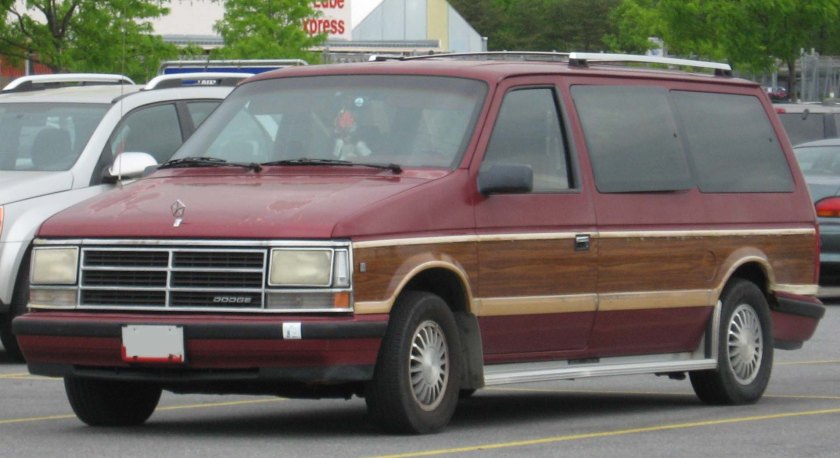 |
| Overview |
| Also called |
Dodge Grand Caravan (LWB Model)
Dodge Caravan (SWB Model) |
| Production |
October 1983–1990 |
| Model years |
1984–1990 |
| Body and chassis |
| Body style |
3-door minivan |
| Layout |
Transverse front-engine, front-wheel drive |
| Platform |
Chrysler S platform |
| Related |
Chrysler Town & Country
Plymouth Voyager
Dodge Mini Ram
Chrysler Voyager (Europe only) |
| Powertrain |
| Engine |
2.2 L K I4
2.5 L K I4
2.5 L Turbo I4
2.6 L Mitsubishi G54B I4
3.0 L Mitsubishi 6G72 V6
3.3 L EGA V6 |
| Transmission |
4-speed A460 manual
5-speed manual
3-speed A413 automatic
3-speed A470 automatic
3-speed A670 automatic
4-speed A604 automatic |
| Dimensions |
| Wheelbase |
1984–1988 SWB: 112.1 in (2,847 mm)
Grand Caravan & C/V Extended: 119.1 in (3,025 mm)
1989–1990 SWB & C/V: 112 in (2,844.8 mm) |
| Length |
SWB & C/V: 175.9 in (4,468 mm)
Grand Caravan: 190.5 in (4,839 mm)
1989–1990 LE SWB: 177.3 in (4,503 mm)
1989–1990 Grand Caravan LE: 191.9 in (4,874 mm)
C/V Extended: 190.6 in (4,841 mm) |
| Width |
1984–1988: 69.5 in (1,765 mm)
1989–1990: 72 in (1,829 mm) |
| Height |
1984–1988 SWB: 64.4 in (1,636 mm)
1987–1988 Grand Caravan: 65 in (1,651 mm)
C/V: 64.2 in (1,631 mm)
1989–1990 SWB: 64.6 in (1,641 mm)
1989–1990 Grand Caravan: 64.8 in (1,646 mm) |
Generation I Caravans used Chrysler’s S platform, closely related to the K-platform, in three trim levels: base, mainstream SE, and LE. Beginning with model year 1987, all trim levels were also available in a long wheelbase variant (LWB), marketed as the Grand Caravan, which allowed more cargo space behind the rear seat. Interior trim, controls, and instrumentation were borrowed from the K-car, and coupled with the lower floor enabled by the front-wheel-drive, the Caravan featured car-like ease of entry.
The vans came equipped for seven passengers in three rows of seating. Two bucket seats with attached armrests and open floor space between them in the front, a 2 person bench seat in the second row, and a 3 person bench seat in the back row. The two bench seats in the rear were independently removable, and the large 3 person bench could also be installed in the 2nd row location via a second set of attachment points on the van’s floor, ordinarily hidden with snap-in plastic covers. This configuration allowed for conventional 5 person seating with a sizable cargo area in the rear. The latching mechanisms for the benches were easy to operate though removing and replacing the seats typically required 2 adults. A front low-back 60/40 split bench, accommodating a third front passenger in the middle, was offered in the SE trim level in 1985 only, allowing for a maximum of 9 passengers in the van with two 3-passenger rear benches installed. This configuration was subsequently dropped. Eight-passenger models, with 2 front bucket seats and two 3-passenger rear benches, were offered in the Grand Caravan from 1987 to 1990.
Safety features consisted of 3-point seat belts for the front two passengers, with simple lap belts for the rear 5. Seats on base models and cloth-trimmed SEs had no headrests, which were not mandated due to the van’s “light truck” legal status. However, the two front seats were equipped with non-adjustable headrests on the LE model and in conjunction with vinyl upholstery on the SE. Side-impact reinforcements were mandated, and were at all seating positions front and rear. Neither Airbags nor ABS were available.
Access to the rear rows of seating was by a large passenger-side sliding door enabling easy access in confined situations, e.g., parking. Because only one sliding door was offered, the smaller 2nd row bench seat was shifted to the drivers side of the van, facilitating passenger access to the 3rd row seat. To facilitate variable cargo storage behind the rear seat, the seat could be adjusted forward in 2 increments, the first of which removed roughly 6 inches (150 mm) of legroom from the back row passengers, and the second of which would push the bench all the way to the back of the 2nd row, making the seats unusable. The seatback of the rear bench could also be folded forward, providing a flat cargo shelf. The smaller 2nd row bench was not adjustable, nor foldable; it could only be removed entirely.
Cargo access to the rear was via a hatchback, similar to the one on the K-Car station wagons. The hatch was hinged at the top and held open by gas struts.
A cargo version of the Caravan, called the Mini Ram Van, was also introduced in 1984, renamed the Caravan C/V for 1989 and discontinued after 1995. It was available either with the short- or long-wheelbase models. Unique to the Caravan C/V was the option of either having the traditional hatch door in the back or the optional swing-out bi-parting doors (with or without windows), similar to those of more traditional cargo vans. These doors were made of fiberglass and required the C/V vans to be “drop shipped”, as these doors were custom installed by another vendor. Also based on the C/V were after-market conversion vans.
-
1984–1986 Dodge Mini Ram Van (conversion)
-
-
1987–1988Dodge Mini Ram Van
-
1989–1990 Dodge Caravan C/V
Transmissions
Both a three-speed TorqueFlite automatic transmission and a five-speed manual were available with all inline-4 engines, including the turbocharged 2.5 L (this was a rare combination). The Plymouth Voyager, which was a rebadged version of the Caravan, was also available with a manual transmission. The Chrysler Town & Country, which was a more luxurious repackaged version of the Caravan, had no manual transmission option. Manual shift was not available on V6 or long wheelbase models.
V-6 engines were only offered with the venerable fully hydraulically operated Torque Flite, until the computer controlled Ultradrive 4-speed automatic became available in 1989. The Ultradrive offered much better fuel economy and responsiveness, particularly when paired with the inline-4 engine. However, it suffered from reliability problems, usually stemming from what is known as “gear hunt” or “shift busyness”, resulting in premature wear of the internal clutches. It also required an uncommon type of automatic transmission fluid and is not clearly labeled as such, leading many owners to use the more common Dexron II rather than the specified “Mopar ATF+3”, resulting in transmission damage and eventual failure.
The Ultradrive received numerous design changes in subsequent model years to improve reliability, and many early model transmissions would eventually be retrofitted or replaced with the updated versions by dealers, under warranty. These efforts were mostly successful, and most 1st generation Caravans eventually got an updated transmission.
Engines
For the first 3 years of production, two engines were offered in the Caravan — both inline-4 engines with 2 barrel carburetors. The base 2.2L was borrowed from the Chrysler K-cars, and produced 96 hp (72 kW) horsepower. The higher performance fuel-injected version of the 2.2L engine later offered in the Chrysler K-cars was never offered in the Caravan, and the 2-bbl version would remain the base power plant until mid-1987. Alongside the 2.2L, an optional Mitsubishi 2.6L engine was available producing 104 hp (78 kW) horsepower.
In mid-1987, the base 2.2L I4 was replaced with a fuel-injected 2.5L I4, which produced a respectable 100 hp (75 kW), while the Mitsubishi G54B I4 was replaced with the new fuel-injected 3.0L Mitsubishi V-6producing 136 hp (101 kW).
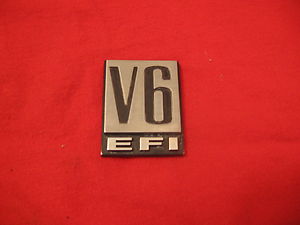
Fender badge originally used on V6 equipped Caravans
Shortly thereafter in 1989, a more powerful engine became optional, with a turbocharged version of the base 2.5L producing 150 hp (112 kW). Revisions to the Mitsubishi V-6 upped its output to 142 hp (106 kW) that same year, and in 1990 a new 150 hp (110 kW) 3.3 L V-6 was added to the option list. The V6 engines became popular as sales of the 2.5 turbo dwindled and it was dropped at the end of the year. In these years, the ES model debuted (short wheelbase only) to highlight the new engines, the turbo 2.5 in particular. The ES continued throughout 2003, before it was discontinued and replaced with the SXT.
- 1984–1987 2.2 L K I4, 96 hp (72 kW), 119 lb·ft (161 N·m)
- 1984–1987 2.6 L Mitsubishi G54B I4, 104 hp (78 kW), 142 lb·ft (193 N·m)
- 1987½–1990 2.5 L K I4, 100 hp (75 kW), 135 lb·ft (183 N·m)
- 1987½–1988 3.0 L Mitsubishi 6G72 V6, 136 hp (101 kW), 168 lb·ft (228 N·m)
- 1989–1990 2.5 L Turbo I4, 150 hp (110 kW), 180 lb·ft (240 N·m)
- 1989–1990 3.0 L Mitsubishi 6G72 V6, 142 hp (106 kW), 173 lb·ft (235 N·m)
- 1990 3.3 L EGA V6, 150 hp (110 kW), 180 lb·ft (240 N·m)
Generation II (1991–1995)
| Generation II |
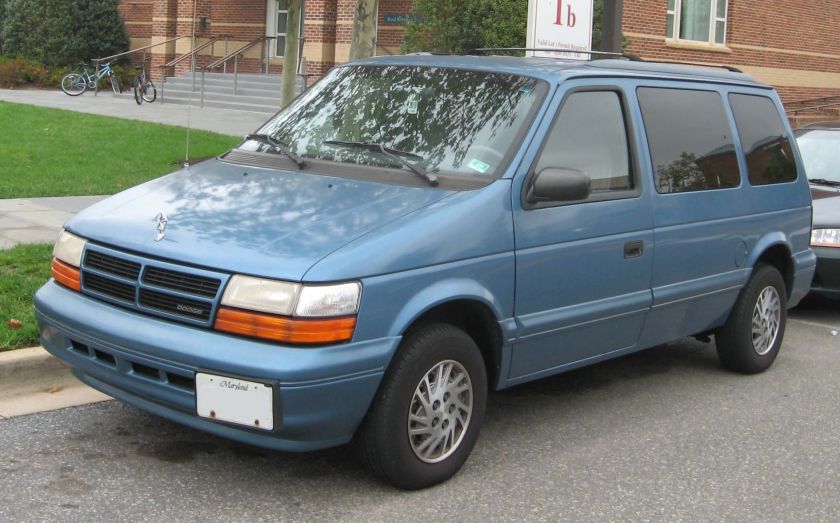 |
| Overview |
| Also called |
Dodge Grand Caravan (LWB Model)
Dodge Caravan (SWB Model) |
| Production |
August 14, 1990 – August 1995 |
| Model years |
1991–1995 |
| Body and chassis |
| Body style |
3-door minivan |
| Layout |
Transverse front-engine, front-wheel drive / all-wheel drive |
| Platform |
Chrysler AS platform |
| Related |
Chrysler Town & Country
Plymouth Voyager
Chrysler Voyager (Europe only) |
| Powertrain |
| Engine |
2.5 L K I4
3.0 L Mitsubishi 6G72 V6
3.3 L EGA V6
3.8 L EGH V6 |
| Transmission |
4-speed manual
5-speed manual
3-speed A670
3-speed A413 automatic
4-speed A604 automatic |
| Dimensions |
| Wheelbase |
1991–1993 C/V: 112 in (2,845 mm)
SWB & 1994–1995 C/V: 112.3 in (2,852 mm)
1991–1993 C/V Extended: 119.1 in (3,025 mm)
C/V AWD: 112 in (2,845 mm)
Grand Caravan & 1994–1995 C/V Extended: 119.3 in (3,030 mm) |
| Length |
1991–1993 C/V: 175.9 in (4,468 mm)
1991–1993 SWB & 1994–95 C/V: 178.1 in (4,524 mm)
1991–1993 C/V Extended: 190.6 in (4,841 mm)
Grand Caravan: 192.8 in (4,897 mm) |
| Width |
72 in (1,828.8 mm)
1991 C/V: 72.2 in (1,834 mm)
1992–1993 C/V: 69.6 in (1,768 mm) |
| Height |
SWB & 1991–93 C/V: 64.2 in (1,631 mm)
Grand Caravan: 64.8 in (1,646 mm)
1991–93 AWD: 65.9 in (1,674 mm)
Grand Caravan: 66 in (1,676.4 mm)
Grand Caravan: 66.7 in (1,694 mm)
1994–95 SE: 64.3 in (1,633 mm) |
| Curb weight |
3,305 lb (1,499 kg)
3,531 lb (1,602 kg) (Grand Caravan) |
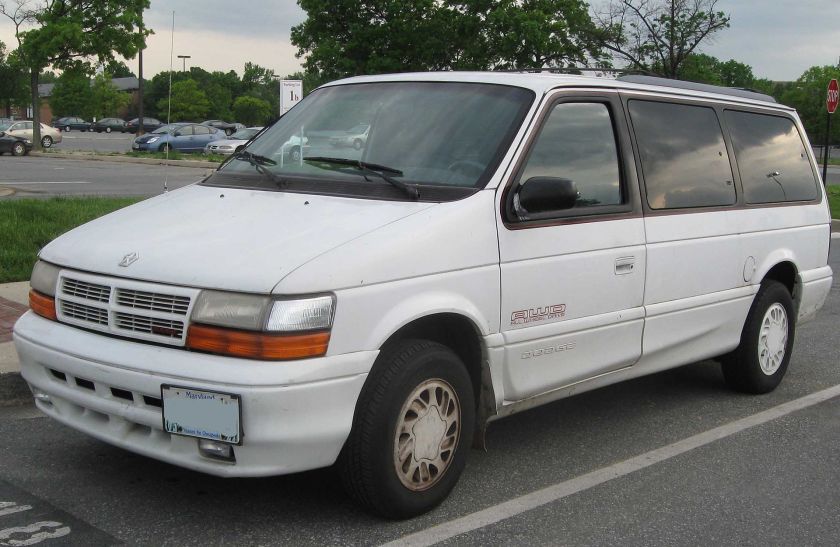
1994–1995 Dodge Grand Caravan ES AWD
From 1990 through 1994, the Caravan used the Chrysler AS platform; they were the last minivans derived from the Chrysler K platform. The increasing popularity of the short wheelbase Caravan had a dramatic effect on the captive import from Mitsubishi, called the Dodge Colt Vista, and was no longer imported to North America starting in 1991.
This generation of vans brought additional innovations, such as:
- “Quad Command” bucket seating (1990)
- Integrated child safety seats (1991), improved design with recliners (1993)
- Available anti-lock brakes (1990)
- First driver’s side airbag in a minivan (1991) and first dual front airbags (1994)
- First minivan to meet 1998 U.S. federal safety standards (1993)
- All-wheel drive was introduced for the minivan. (1990)
Changes for this generation included revised trim for 1992, including roof-racks and doorhandles, among other components (prior to this, said components were largely like those found on the previous generation). 1993 marked the final year for optional woodgrain and wire wheels on higher level models. 1994 saw a redesigned interior, with slightly different seat contours/fabrics, along with a new dash, in order to accommodate a passenger-side air bag. 1994 also saw exterior trim changes, such as a body colored grill and moldings on certain models, as well as the addition of a one year only “10th Anniversary Edition” model. Available as an option on a mid-level Caravan and Grand Caravan (also offered on Voyager models as well), the popular “10th Anniversary” package featured 2-tone paint schemes, which included a contrasting light gray colored lower break, along with a gold fender badge. Only select colors were available on this model.
Engines
- 1991–1995 2.5 L K I4, 100 hp (75 kW), 135 lb·ft (183 N·m)
- 1991–1995 3.0 L Mitsubishi 6G72 V6, 142 hp (106 kW), 173 lb·ft (235 N·m)
- 1991–1993 3.3 L EGA V6, 150 hp (110 kW), 180 lb·ft (240 N·m)
- 1994–1995 3.3 L EGA V6, 162 hp (121 kW), 194 lb·ft (263 N·m)
- 1994–1995 3.8 L EGH V6, 162 hp (121 kW), 213 lb·ft (289 N·m)
Generation III (1996–2000)
| Generation III |
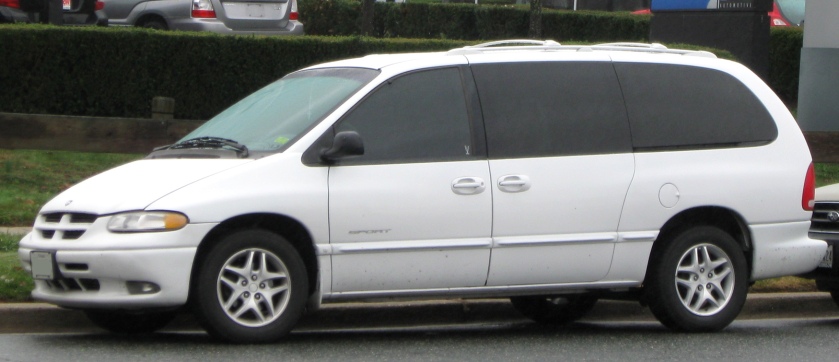 |
| Overview |
| Also called |
Dodge Grand Caravan (LWB Model)
Dodge Caravan (SWB Model)
Sanxing Voyager (China Captive Import) |
| Production |
January 30, 1995–2000 |
| Model years |
1996—2000 |
| Designer |
Don Renkert (1991) |
| Body and chassis |
| Body style |
3-door and 4-door minivan |
| Layout |
Transverse front-engine, front-wheel drive / all-wheel drive |
| Platform |
Chrysler NS platform |
| Related |
Chrysler Town & Country
Plymouth Voyager
Chrysler Voyager |
| Powertrain |
| Engine |
|
| Transmission |
5-speed manual (Philippines diesel)
3-speed 31TH automatic
3-speed A670 automatic
4-speed 41TE automatic |
| Dimensions |
| Wheelbase |
SWB: 113.3 in (2,878 mm)
Grand Caravan: 119.3 in (3,030 mm) |
| Length |
SWB: 186.3 in (4,732 mm)
Grand Caravan FWD: 199.6 in (5,070 mm)
Grand Caravan AWD: 199.7 in (5,072 mm) |
| Width |
76.8 in (1,951 mm) |
| Height |
68.5 in (1,740 mm)
FWD: 68.7 in (1,745 mm) |
| Curb weight |
3,528 lb (1,600 kg)
3,680 lb (1,669 kg) (Grand Caravan) |
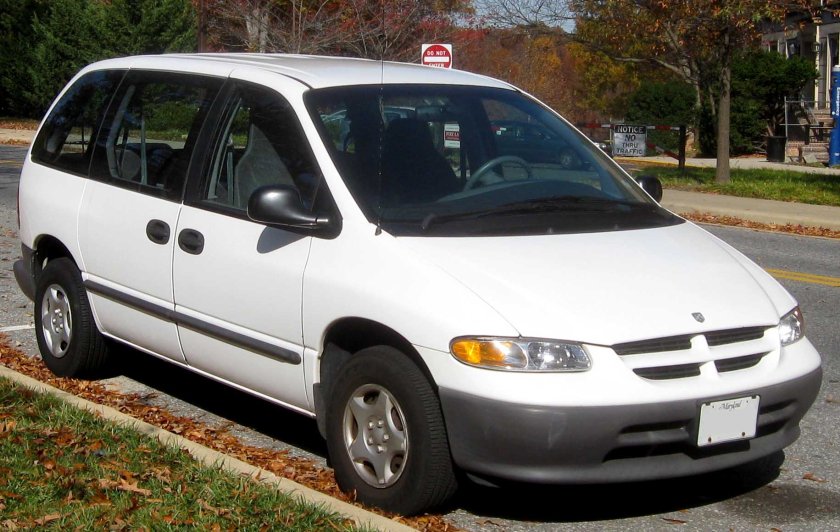
Short-wheelbase Dodge Caravan
With Generation III, the Chrysler minivans were available in long- and short– wheelbase models; three- and four-door configurations; and eight different powertrains, including electric and compressed natural gas; on a single, flexible platform.
In development for nearly 5 years from early 1990 (full development from 1991) to December 26, 1994 (final design by Don Renkert was approved on September 23, 1991 and frozen in May 1992), the 1996 model was introduced on January 4, 1995 at the 1995 North American International Auto Show (NAIAS) using the Chrysler NS platform. It included a number of innovations, including a driver’s side sliding door (optional initially, to become standard equipment later), a first for Chrysler and a non-compact minivan for the United States & Canada (the Honda Odyssey had introduced the first four-door non-compact minivan for the United States & Canada in 1994, although the first-generation Odyssey had conventional hinged rear doors). With Generation III, Chrysler introduced a seat management system marketed as Easy Out Roller Seats. A conventional door handle and lock was added to the rear hatch, eliminating the confusing pop-and-lift maneuver which had been required on earlier models.
Base models of the Caravan were offered in most states with either a 2.4 L four-cylinder or the 3.0 L Mitsubishi V6, except in several northeastern states, where the Mitsubishi V6 didn’t meet emissions standards. In those locales, the 3.3 L engine was offered as the V6 option from 1997 through 2000. The rarely-ordered manual transmission was dropped a few months into the 1996 model year and only a handful of vans were equipped with them. The 2.4 L four-cylinder engine produced more power than the Mitsubishi 3.0 had in the first two generations.
The 1996 Caravan, along with the Plymouth Voyager and the Chrysler Town & Country won the North American Car of the Year award. The Caravan itself won Motor Trend magazine’s Car of the Year 1996 and appeared on Car and Driver magazine’s Ten Best list for 1996 and 1997. 1999 also saw the addition of a one year only 15th anniversary “Platinum Edition”, to mark Caravan’s 15th year of production. This package was offered on various trim levels, and included Platinum Metallic paint, and fender badges. The 2000 model year offered packages which included the “2000+” and “Millennium” package, however these were little more than unique fender badges on vans with popular equipment.
In 1998, the 1999 Dodge Grand Caravan got new front styling on all trims above SE, and Sport and ES models received even sportier styling. The ES model was the first minivan to receive the “AutoStick” transmission and 17 inch wheels. A cargo net between the driver and front passenger seats was added. Some other changes during this generation included new colors, and interior fabric. Color keyed door and lift-gate handles were standard across the whole range, in addition to a new keyless entry remote. Base and SE models had options for a spoiler as well as color keyed bumpers and trim (grey or color molded bumpers and trim were standard). The driver’s side sliding door became standard. Chrysler had updates of the Plymouth Voyager in 1996 for the 1997 model year and the Chrysler Town & Country in 1997 for the 1998 model year, prior to the 1998–2007 DaimlerChrysler era; it was the only exterior update of the NS Dodge Caravan.
Engines
- 1996–2000 2.4 L EDZ I4, 150 hp (110 kW), 167 lb·ft (226 N·m) (Canadian vans beginning in 1999 included a 3.0 L V6 as standard equipment)
- 1996–2000 3.0 L Mitsubishi 6G72 V6 150 hp (110 kW), 176 lb·ft (239 N·m) (not available in certain U.S. states, 3.3 L V6 offered as standard equipment in those states instead)
- 1996–2000 3.3 L EGA V6, 158 hp (118 kW), 203 lb·ft (275 N·m)
- 1996–1997 3.8 L EGH V6, 166 hp (124 kW), 227 lb·ft (308 N·m)
- 1998–2000 3.8 L EGH V6, 180 hp (130 kW), 240 lb·ft (330 N·m)
Concepts
Other plans for this model year included three minivan concepts all to be made in the Windsor Assembly, the Dodge Caravan R/T, Voyager XG, and the Chrysler Pacifica. The Caravan R/T (originally ESS) was to include the most powerful engine ever for a minivan, rated at 325 horsepower (242 kW). It had two Dodge Viper hoodscoops, a brushed aluminum instrument panel, racing-style pedals, and black and white rubber flooring. The Voyager XG was more rugged, and included many outdoor amenities, such as a built-in ice pack. The Chrysler Pacifica, based on the Town & Country, was more luxurious, had power leather seats and footrests, overhead bins and lighting, an LHS grille, and roof-long skylights. The skylight feature was used by Nissan in the Quest. The Pacifica actually did come to be in 2004, based on the fifth generation Caravan, except that it became a crossover SUV rather than a minivan.
Dodge Caravan EPIC
In 1999, Dodge introduced the Caravan EPIC, a fully electric minivan. The EPIC was powered by 28 12-volt NiMH batteries and was capable of traveling up to 80 miles (130 km) on a single charge. The EPIC was sold as a fleet-only lease vehicle. Production of the EPIC was discontinued in 2001. Only a few hundred of these vehicles were produced and sold. After the leases expired they were returned and crushed. Approximately 10 vans remain in private hands today.
Crash test results
The 1996–2000 Dodge Grand Caravan received a “Marginal” rating in the Insurance Institute for Highway Safety‘s 40 mph offset test. The structural performance and restraints were graded “Acceptable”, but the foot injuries were very high.
In the NHTSA crash tests, it received 4 stars for the driver and front passenger in the frontal-impact. In the side-impact test, it received 5 stars for the driver, and 3 stars for the rear occupant, and resulted in a fuel leak that could cause a fire hazard.
Generation IV (2001–2007)
| Generation IV |
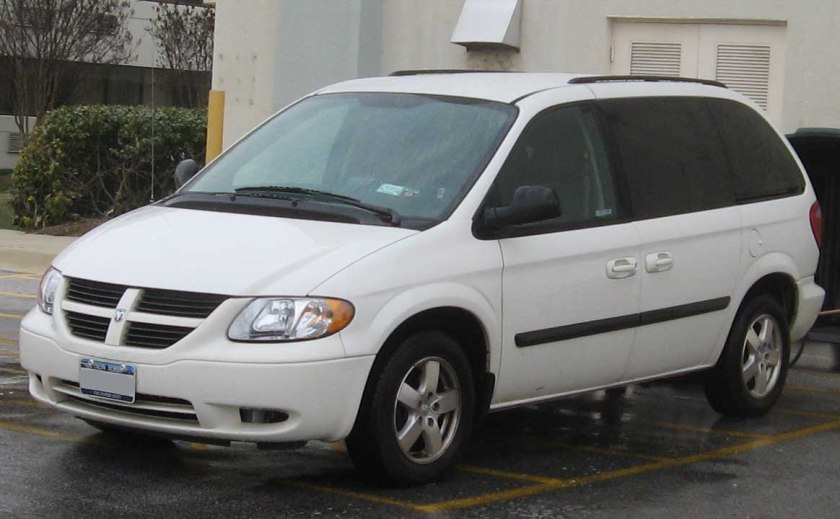 |
| Overview |
| Also called |
Dodge Grand Caravan (LWB Model)
Dodge Caravan (SWB Model) |
| Production |
July 24, 2000 – July 2007 (North America)
2008–2011 (China) |
| Model years |
2001–2007 (North America)
2008-2010 (China) |
| Designer |
Brandon Faurote |
| Body and chassis |
| Body style |
4-door minivan |
| Layout |
Transverse front-engine, front-wheel drive / all-wheel drive |
| Platform |
Chrysler RS platform |
| Related |
Chrysler Town & Country
Chrysler Pacifica
Chrysler Voyager |
| Powertrain |
| Engine |
2.4 L EDZ I4
2.8 L CRD diesel (Philippines)
3.0L Mitsubishi 6G72 V6 (China)
3.3 L EGA V6
3.8 L EGH V6 |
| Transmission |
3-speed 31TH automatic with 2.4EDZ
4-speed 41TE automatic |
| Dimensions |
| Wheelbase |
SWB: 113.3 in (2,878 mm)
Grand Caravan: 119.3 in (3,030 mm) |
| Length |
2001–2004 SWB: 189.1 in (4,803 mm)
2005–2007 SWB: 189.3 in (4,808 mm)
Grand Caravan: 200.5 in (5,093 mm)/200.6 in (5,095 mm) |
| Width |
78.6 in (1,996 mm) |
| Height |
68.9 in (1,750 mm) |
Unveiled at the 2000 North American International Auto Show (NAIAS) on Monday, January 10, 2000, the redesigned 2001 Dodge Caravan and 2001 Chrysler Town&Country were released for sale in August 2000. The release was part of a promotional tie-in with Nabisco, which unveiled their new “Mini Oreos” inside the van during the unveiling. The first vans rolled off the line at the Windsor Assembly Plant on July 24. The Caravan comes in trim levels: SE, Sport, SXT, AWD Sports, “base” model, AWD Choice, eL, C/V, ES, EX, AWD Wagon, and SXT All-Wheel-Drive.
In development from February 1996 to December 1999, the Generation IV minivans were based on the Chrysler RS platform and featured a larger body frame with modified headlights and taillights. In addition to other detailed changes, power sliding doors and a power hatch became available as options. The Mitsubishi 3.0 L V6, which no longer met emissions standards in California and the northeastern U.S., was discontinued, and a more powerful 3.8L engine, based on the 3.3L, became available. All Wheel Drive continued to be offered on high end models. Other innovative available features included remote operated sliding doors and rear hatch, which could be opened and closed at the push of a button, either inside the vehicle, or with the keyless entry fob. Design work was done by Brandon Faurote from January 1997 and reached production approval in 1998.
In the 2002 model year, DaimlerChrysler stopped using the “DODGE” badges on the front doors, like with all Dodge vehicles.
In 2003, the Caravan C/V and Grand Caravan C/V returned after having been discontinued in 1995. The C/V featured the option of deleted side windows (replaced by composite panels), optional rear seats, a cargo floor made of plastic material similar to pickup truck bedliners, rubber flooring in lieu of carpeting and normal hatch at the rear. Minor changes were made to the Grand Caravan ES including many of the features included in Option Group 29S becoming standard, the 17 inch Titan Chrome wheels no longer being an option replaced with standard 16 inch chrome wheels, and the disappearance of the AutoStick Transmission option. This year also saw the appearance of an optional factory-installed rear seat DVD system with single disc player mounted below the HVAC controls.
2004 offered an exclusive one year only “Anniversary Edition” package to mark Caravan’s 20th year in production. This package was offered on higher level SXT models, and included chrome wheels, body color moldings, special interior accents and a unique fender badge.
2005 changes to the Caravan included a revised grille, new foglight fascia, and a system of in-floor folding second and third row seats, marketed as Stow ‘n Go seating.
Production of this generation continued in China from 2008, when toolings for Dodge fascias and trims were added to the Chrysler Grand Voyager production line, until about 2011 when the fifth generation Chrysler Voyager was introduced for that market. The Caravan was subsequently replaced by the Journey, although a page for the Caravan still exists on the Dodge China site. The Soueast-built Caravan shares its headlights and tail lights with the Chrysler Grand Voyager, rather than the US Caravan.
Engines
- 2001–2007 2.4 L EDZ I4, 150 hp (110 kW) at 5400 rpm and 165 lb·ft (224 N·m) at 4000 rpm
- 2001–2007 3.3 L EGA V6, 180 hp (130 kW) at 5000 rpm and 210 lb·ft (280 N·m) at 4000 rpm
- 2001–2007 3.8 L EGH V6, 215 hp (160 kW) at 5000 rpm and 245 lb·ft (332 N·m) at 4000 rpm
- 2009–present 3.0 L Mitsubishi 6G72 V6, 150 hp (110 kW) 176 lb·ft (239 N·m) (China)
In Canada, the 3.3 L V6 was standard on all models.
IIHS results
The 2001 model of this version earned a “Poor” rating in the Insurance Institute for Highway Safety ‘s 40 mph offset test. It did protect its occupants reasonably well, and the dummy movement was well controlled, however, a fuel leak occurred. Chrysler corrected this problem starting with the 2002 models, moving it up to an “Acceptable” rating.
The 2006 model year brought optional side curtain airbags and a stronger B-pillar, which was tested by the Insurance Institute for Highway Safety‘s side impact crash test. With the side airbags, it got an “Acceptable” rating. For the driver, there is a chance of serious neck injuries, rib fractures and/or internal organ injuries. The rear passengers, however, could leave this accident unharmed, as there is a low risk of significant injury in a crash of this severity for them.
Generation V (2008–present)
| Generation V (Dodge Grand Caravan) |
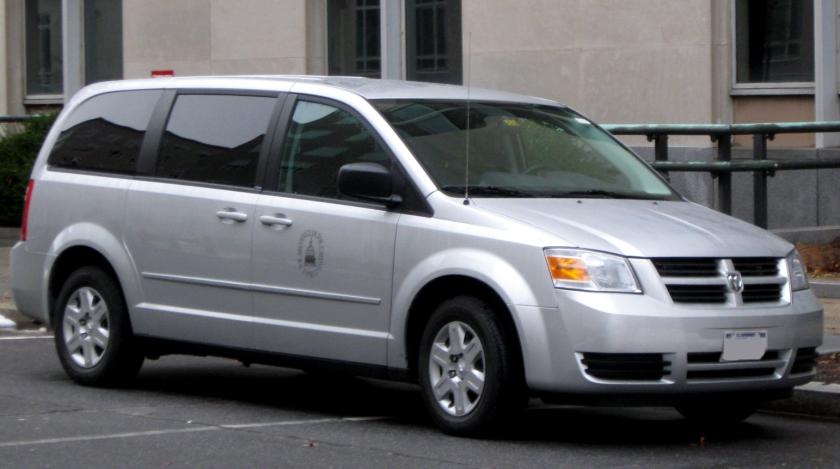 |
| Overview |
| Also called |
Ram C/V Tradesman |
| Production |
August 16, 2007–present |
| Model years |
2008—present |
| Body and chassis |
| Body style |
4-door minivan |
| Layout |
Transverse front-engine, front-wheel drive |
| Platform |
Chrysler RT platform |
| Related |
Chrysler Town & Country
Chrysler Grand Voyager
Volkswagen Routan
Ram Cargo Van |
| Powertrain |
| Engine |
2.8 L 176 hp (131 kW) CRD I4diesel (Philippines)
3.3 L 175 hp (130 kW) V6
3.8 L 197 hp (147 kW) V6
4.0 L 251 hp (187 kW) V6
3.6 L 283 hp (211 kW) V6 |
| Transmission |
4-speed automatic(3.3 engine)
62TE 6-speed automatic (3.6, 3.8, 4.0 engines) |
| Dimensions |
| Wheelbase |
121.2 in (3,078 mm) |
| Length |
202.5 in (5,144 mm)
Ram Cargo Van: 202.8 in (5,151 mm) |
| Width |
76.9 in (1,953 mm)
Ram Cargo Van: 78.7 in (1,999 mm) |
| Height |
68.9 in (1,750 mm)
Ram Cargo Van: 69.0 in (1,753 mm) |
| Curb weight |
4,306 lb (1,953 kg) |
Initial release
Beginning with Generation V in model year 2008, Chrysler only made the long wheelbase Grand Caravan. This van debuted at the 2007 North American International Auto Show and had exterior styling by Ralph Gilles.
A new six-speed automatic transmission became standard with the 3.8 L V6 and the new 4.0 L V6. The four-speed automatic transmission is standard with the 3.3 L Flex-Fuel V6. This generation of Grand Caravan and its Town & Country counterpart were not available with an all-wheel-drive system.
Chrysler introduced a seat management system marketed as Swivel’n Go seating, the MyGIG entertainment system (a stereo with built in hard drive for recording, storing, and playing music), second and third row video screens, powered second row windows, standard side curtain airbags, and dashboard-mounted transmission controls. The gear shift lever moved to the instrument panel, the location used by competitors.
With discontinuation of the short-wheelbase Caravan, Dodge offered the Journey on nearly an identical wheelbase and as a crossover rather than a minivan. Although the SWB model, which had accounted for half of all sales in Canada, cost approximately $2,000 less and offered a four-cylinder engine option with improved fuel economy, Chrysler executives stated the SWB Caravan was discontinued to accommodate new features offered in the Grand Caravan, consistent with the demands of the majority of the minivan market.
The market shifted briefly away from minivans and SUVs with the gasoline price spikes of the earlier part of 2008. This trend began to reverse itself towards the fall of 2008. In 2009 and 2010 the Dodge Grand Caravan continued to be the top selling minivan in Canada, with over 60% of the market’s monthly sales. Fiat has stated that the Dodge Grand Caravan, assembled in Windsor, Ont., will remain in the company’s product line until at least 2014.
A noticeable cosmetic update in the 2009 model year saw a “DODGE” badge added to the left side of trunk lid (in the spot where “GRAND CARAVAN” was previously), while “GRAND CARAVAN” had been moved to the right. The previously unavailable Electronic Stability Control was made standard on this generation.
Both the 3.8 L and 4.0 L engines were paired with Chrysler’s 62TE 6-speed automatic transmission with variable line pressure (VLP) technology (See Ultradrive#62TE).
In Canada (2008–2010) the 3.3 L was the standard engine across the range, combined with the 4-speed 41TE automatic transmission. The 4.0 L engine and six-speed combination was available as an option on only the top of the range SXT models. In 2011 the six-speed transmission was specified as standard on the Town & Country.
Safety
In the U.S. the National Highway Traffic Safety Administration‘s (NHTSA) New Car Assessment Program crash testing, the 2010 Dodge Grand Caravan achieved a five star (top safety) rating in several categories.
| Frontal Impact – Driver and Passenger: |
     |
| Side Impact Driver: |
     |
| Side Impact Rear Passenger: |
     |
| Rollover: |
     |
IIHS:
| Moderate overlap frontal offset |
Good |
| Small overlap frontal offset |
Poor |
| Side impact |
Good |
| Roof strength (2012–present models) |
Good |
2011 model year update
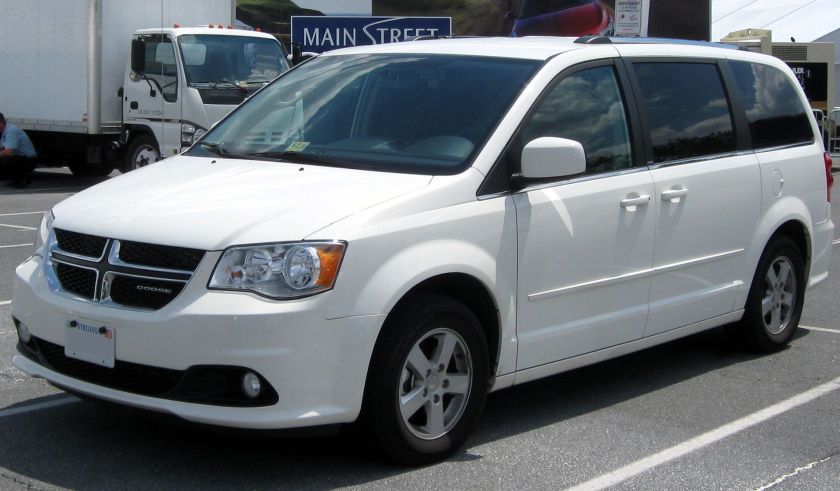
Post-facelift 2011 Dodge Grand Caravan
The Grand Caravan was face lifted starting the 2011 model year, which included major changes in both styling and functionality. The suspension was heavily re-tuned, with both Dodge and Chrysler minivans gaining a larger front sway bar and new rear sway bar, increased rear roll center height, adjusted spring rates, a new steering gear, a revised front static camber setting, and lowered ride height. This dramatically improves handling in the both the Chrysler and Dodge.
All three of the former engine choices were replaced by the new Pentastar 3.6-liter V6 with six-speed automatic transmission, now the sole powertrain choice for all models. Interior trim was restyled on both vans, in addition to major exterior revisions highlighted by the new “double-crosshair” grille on the Grand Caravan and a new chrome grille for the Town & Country.
Other changes included extra sound insulation, acoustic glass, new seats, softer-touch surfaces, new LED ambient lighting and center console, and halogen projector headlamps with LED accents. The Chrysler models were adjusted so that instead of competing against equivalent Dodge trim levels, they were above Dodge in trim and features.
For 2012, a new, basic style trim called “AVP” is introduced, while some features previously unavailable for “SE” (like touch navigation panel) become available as options (The “SE” now also receives a floor console, similar to the one available for “SXT”). Finally, just like on all other 2012 Dodge models, the front logo design now bears the two slanted rectangles in red.
For 2013, the “AVP” trim starting MSRP reduced by $1,000 from last year.
2014 model year update
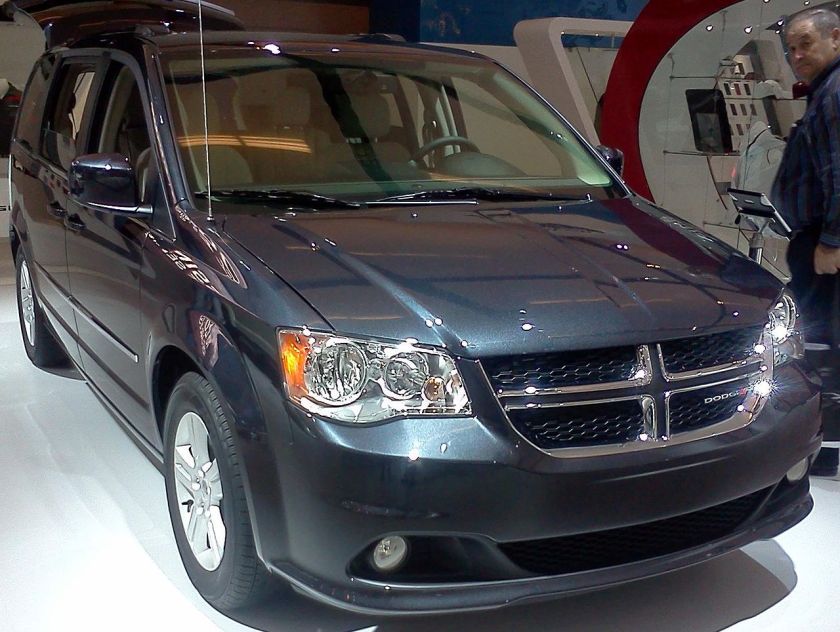
2014 Dodge Grand Caravan 30th Anniversary Edition on display at the
Montreal Auto Show, 22 January 2014
For the 2014 model year, three new packages are introduced: American Value Package (US; Canada Value Package in Canada), Blacktop package (US only) and the 30th Anniversary Edition. They are all different sets of the SE and SXT trims, and include new luxury features for basically the same price.
New for the 2014 Grand Caravan AVP are easy-clean floor mats that now come with the optional second-row Stow’n Go seats (standard on SE, SXT and R/T).
Blacktop package are based on SE and SXT, with 17-inch polished aluminum wheels with gloss black pockets, a gloss black grille, black headlamp bezels, an all-black interior including headliner, door panels and console, unique black cloth seats and door trim panels with silver accent stitching, a leather-wrapped steering wheel with silver accent stitching and a leather shift knob, choice of 6 body colors (Granite Crystal, Billet Silver, Brilliant Black, Maximum Steel, Redline Red, Bright White). SXT models also include fog lamps.
SE 30th Anniversary Edition is based on SE, with unique 17-inch satin carbon aluminum wheels, body-color heated exterior mirrors, 30th Anniversary badging on the front fenders, optional Crystal Granite Pearl Coat body color, silver accent stitching and piano black accents throughout, black cloth seats, a black leather-wrapped steering wheel, black leather-wrapped shift knob, black headliner and overhead console, bright heating and air conditioning trim bezels, power second- and third-row windows, a 30th Anniversary logo in the gauge cluster and 30th Anniversary logo on the key fob and the UConnect Handsfree Group (SiriusXM Satellite Radio with a one-year subscription, Bluetooth streaming audio and voice command and an auto-dimming rear view mirror).
SXT 30th Anniversary Edition is based on SXT, with unique 17-inch polished aluminum wheels with satin carbon pockets, bright chrome roof rack, bright window trim moldings, fog lamps, automatic headlamps and special 30th Anniversary badging, a customized gauge cluster with 30th Anniversary badging, Black Torino leatherette seats with premium suede inserts and silver accent stitching, power 10-way driver’s seat, piano black accent trim bezels, bright chrome accents, UConnect Handsfree Group (SiriusXM Satellite Radio with a one-year subscription, Bluetooth streaming audio and voice command and an auto-dimming rear view mirror).
Both 30th Anniversary Edition include unique Granite Crystal Pearl Coat body color and are also available in Billet Silver Metallic Clear Coat, Brilliant Black Crystal Pearl Coat, Maximum Steel Metallic Clear Coat, Bright White Clear Coat, Deep Cherry Red Pearl Coat, Redline Red 2-Coat Pearl, Sandstone Pearl Coat or True Blue Pearl Coat.
New for the 2014 Grand Caravan R/T are standard auto headlamps with black bezels and the Security Group featuring remote start and security alarm.
The vehicles arrived at dealerships at Q3 2013.
The 2014 Dodge Grand Caravan is built in Windsor Assembly Plant in Windsor, Ontario, Canada.
Future
Chrysler has confirmed the production of 2015 Dodge Grand Caravan will end earlier in 2015 (late 2015 models will still be selling as 2016 models in Canada). A redesigned sixth generation Chrysler Town & County is currently in the works for the replacement of the Grand Caravan. The New Town & Country will be expected to debut as a 2017 year model at the 2016 Detroit or Chicago Auto Shows.
Sales
| Calendar Year |
United States |
Canada |
Total |
| 2008 |
123,749 |
39,396 |
163,145 |
| 2009 |
90,666 |
40,283 |
130,949 |
| 2010 |
103,323 |
55,306 |
158,629 |
| 2011 |
110,862 |
53,406 |
164,268 |
| 2012 |
141,468 |
51,552 |
193,020 |
| 2013 |
124,019 |
46,732 |
170,751 |
Automotive news reported that, from January to October in 2010, Dodge sold about a third of its 2010 Grand Caravans to rental fleets. The number of returned ex-rental 2010 Grand Caravan to the market jumped four folds between July to October, depressing prices of used 2009 and 2010 Dodge minivan by as much as 20%.
Europe
Originally from 2007 to June 1, 2011, the car was known in Europe as the Chrysler G. Voyager, but since June 1, 2011, it has been known in the UK and Ireland as a Chrysler G. Voyager and in the rest of Europe as a Lancia Voyager. For the European market, the Lancia/Chrysler Voyager will be available in three trim levels (Silver, Gold and Platinum) and two choices of engine: a 283 PS (208 kW; 279 hp) 3.6-liter V6 petrol unit and a 2.8-liter CRD diesel with particulate filter as standard delivering 163 PS (120 kW; 161 hp) and 360 N·m (270 lb·ft).
For more information on the European specification Voyager, see Chrysler Voyager.
Ram Cargo Van (Ram C/V Tradesman)
The Ram Cargo Tradesman, or Ram C/V Tradesman, debuted for the 2012 model year, replacing the Dodge Grand Caravan C/V. It is based on the Dodge Grand Caravan, but with solid metal instead of rear windows and a flat load space with 144.4 cubic feet (4,090 L) of interior storage, and a 1,800 lb (820 kg). cargo payload plus a towing capability of up to 3,600 lb (1,600 kg). The Ram C/V is offered with a 3.6-liter Pentastar V-6 engine and 6-speed automatic transmission.
Volkswagen Routan
Beginning with Generation V, Volkswagen began marketing the Routan, a rebadged variant of the Chrysler RT platform minivan with revised styling and content, for the North American market.
The Routan, made at Windsor Assembly alongside the Grand Caravan, debuted in 2008 at the Chicago Auto Show. Sales began in autumn of 2008, and features neither Chrysler’s Stow’n Go nor Swivel’n Go seating systems. Total sales as of September 2010 were reported as being under 10,000 units, far lower than the target of 5% of the minivan market. As a result, in 2012, the Routan was discontinued in Mexico and the US. In Canada, however, the last 2012 models were sold as both 2013 and, later, refurbished 2014 models. The last Routan shipment occurred in Quebec as recently as in April 2014.
Trims
Current
- VP – 2012–present (U.S. AVP) 2008–present (Canada CVP)
- SE – 1984–2010, 2012–present
- SE 30th Anniversary Edition – 2013–present
- SXT – 2003–2010, 2012–present
- SXT 30th Anniversary Edition – 2013–present
- Crew – 2008–2013 (Canadian version 2011–present)
- R/T – 2011–present
- Blacktop – 2013–present
Former
- Base – 1984–2007
- C/V – 1989–2010
- eL – 2001–2003
- ES – 1986 (concept), 1988–2003
- EX – 2002–2004
- LE – 1984–2000
- Sport – 1994–2003 (1996–2000 as a package on SE and LE models)
- Mainstreet – 2011
- SE 20th Anniversary Edition – 2004 (Canada)
- SE 25th Anniversary Edition – 2008 (Canada)
- SXT 20th Anniversary Edition – 2004 (U.S.)
- SXT 25th Anniversary edition – 2008 (U.S.)
Seating features
The Dodge Caravan has incorporated various seating systems for their minivans to enhance interior flexibility.
Integrated child safety seats
In 1991, Dodge introduced a second row bench seat integrating two child booster seats on 1992 models. These seats continued as an available option through Generation V until they were discontinued in 2010.
Easy-Out Roller Seats
In 1995, Dodge introduced a system of seats to simplify installation, removal, and re-positioning, marketed as Easy-Out Roller Seats. When installed, the seats are latched to floor-mounted strikers. When unlatched, eight rollers lift each seat, allowing it to be rolled fore and aft. Tracks have locator depressions for rollers, to simplify installation. Ergonomic levers at the seat backs release the floor latches single-handedly, without tools, and raise the seats onto the rollers in a single motion. Additionally, seat backs were designed to fold forward. Seat roller tracks are permanently attached to the floor and seat stanchions are aligned, facilitating the longitudinal rolling of the seats. Bench seat stanchions were moved inboard to reduce bending stress in the seat frames, allowing them to be lighter.
When configured as two and three person benches (available through Generation IV), the Easy Out Roller Seats could be unwieldy. Beginning in 2000, second and third row seats became available in a ‘quad’ configuration – bucket or captain chairs in the second row and a third row three-person 50/50 split “bench” — with each section weighing under 50 lb (23 kg). The Easy-out system remained in use through Generation V – where certain models featured a two-person bench and the under-floor compartments from theStow’n Go system.
All the rebadged nameplate variants of the Chrysler minivans use the Easy Out Roller Seats on their second row seating, where not the Stow and Go system.
Stow ’N Go seating
In 2004, Dodge introduced a system of second- and third-row seating that folded completely into under-floor compartments. It was marketed as Stow ’N Go and was available exclusively on long-wheelbase models.
In a development program costing $400 million, engineers initially used an Erector Set to visualize the complex interaction of the design and redesigned under-floor components. The system included the spare tire well, fuel tank, exhaust system, parking brake cables, rear climate control lines, and rear suspension but precluded all-wheel drive (AWD).
The system, in turn, creates a combined volume of 12 cubic feet (340 L) of under-floor storage when second-row seats are deployed. With both rows folded, the vans have a flat-load floor and a maximum cargo volume of 160.7 cubic feet (4,550 L).
The Stow ‘n Go system received the Popular Science Magazine’s “Best of What’s New” for 2005 award, and was never offered on the Volkswagen Routan, the rebadged nameplate variant of the Chrysler minivans.
For model year 2011 Chrysler revised the system, rebranding it as “Super Stow ‘n Go”. New pivoting head restraints with taller seatbacks and a revised folding mechanism (marketed as “single action”) improved stowage ease — with the head restraints folding on themselves automatically and the entire seat automatically folding down to a position just over its floor recess.
Swivel ‘n Go seating
Dodge introduced a seating system in 2007, marketed as Swivel’n Go. In the seating system, two full size second row seats swivel to face the third row. A detachable table can be placed between the second and third row seats. The Swivel’n Go seating system includes the 3rd row seating from the Stow’n Go system. The system is offered on the Dodge Grand Caravan and Chrysler Town & Country, but not the Volkswagen Routan, a rebadged nameplate variant of the Chrysler minivans.
These Swivel ‘n Go Seats are manufacted by Intier Corp. a division of Magna. The tracks, risers and swivel mechanisms are assembled by Camslide, a division of Intier. The swivel mechanism was designed by and is produced by Toyo Seat USA Corp.
The system is noted for its high strength. The entire load of the seat in the event of a crash is transferred through the swivel mechanism, which is almost twice as strong as the minimum government requirement.
The swivel mechanism includes bumpers that stabilize the seat while in the lock position. When rotated the seat comes off these bumpers to allow easy rotation.
The seat is not meant to be left in an unlocked position or swiveled with the occupant in it, although this will not damage the swivel mechanism.
“Swivel ‘n Go” was dropped after the 2010 model year and is no longer an option on 2011 and later Chrysler and Dodge vans. However, the seats can still be installed by modifying the van with a few basic tools and parts. However, it is impossible to install the table.
Production
The long-wheelbase Dodge Grand Caravan with Stow ‘n Go seats are built in Windsor, Ontario, Canada at Windsor Assembly (WAP Plant 3) by members of Canadian Auto Workers Local 444. Both wheelbase models were produced in Fenton, Missouri at Saint Louis Assembly by members of the United Auto Workers Local 110 until the end of October 2010.
Dodge Challenger
| Dodge Challenger |
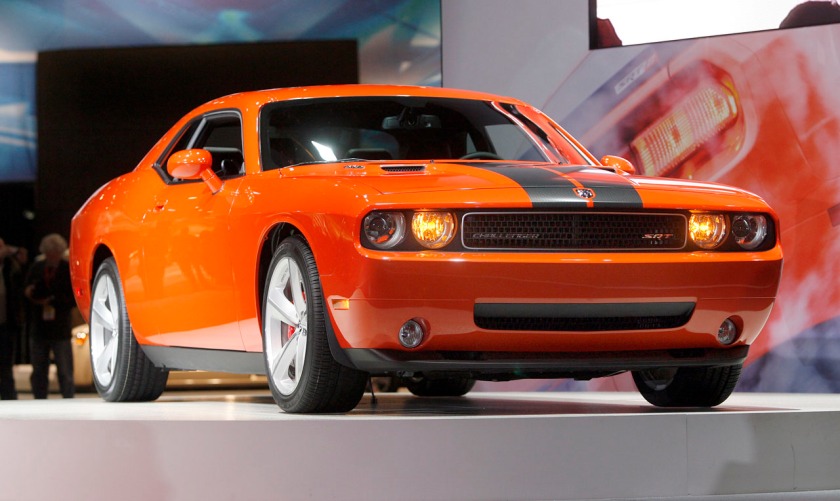
2008 Dodge Challenger
|
| Overview |
| Manufacturer |
|
| Production |
- 1959
- 1969–74
- 1978–83
- 2008–present
|
| Body and chassis |
| Class |
|
| Layout |
FR layout |
| Chronology |
| Predecessor |
|
The Dodge Challenger is the name of three different generations of American automobiles marketed by the Dodge division of Chrysler. The Dodge Silver Challenger was produced from 1958 to 1959. From 1969 to 1974, the first generation Dodge Challenger pony car was built using the Chrysler E platform, sharing major components with the Plymouth Barracuda. The second generation, from 1978 to 1983, was a badge engineered Mitsubishi Galant Lambda. The third, and current generation, was introduced in early 2008 as a rival to the evolved fifth generation Ford Mustang and the fifth generation Chevrolet Camaro.
Dodge Silver Challenger (1958-1959)
The first car that carried the Challenger name was the introduction of a limited edition Dodge Silver Challenger Club Sedan to the 1959 full-sized Dodge Coronet (fourth generation) model line.
The Silver Challenger came only in silver paint and exclusively on Chrysler’s 217.4 in (5,520 mm) long two-door body style riding on a 122.0 in (3,100 mm) wheelbase. It was available with either the 230 cu in (3.8 L)“Getaway” L-head straight-six engine for $2,297, or powered by the 325 cu in (5.3 L) “Red Ram” V8 for $2,408. This car was marketed for the spring selling season to the “new-car buyers who’ve been waiting to get the most for the least.” A column-shifted three-speed manual transmission was standard and an automatic was optional.
The 1959 Silver Challenger was marketed with extra features at no extra cost. These included premium white wall tires, full wheel covers, electric windshield wipers, as well as an upgraded interior with silver metallic vinyl and black “Manchu” fabric upholstery, dual arm rests and sun visors, as well as deep pile wall-to-wall carpeting.
First generation (1970–1974)
The Challenger was described in a book about 1960s American cars as Dodge’s “answer to the Mustang and Camaro.” Introduced in fall 1969 for the 1970 model year, it was one of two Chrysler E-body cars, the other being the slightly smaller Plymouth Barracuda. “Both the Challenger and Barracuda were available in a staggering number of trim and option levels” and were intended “to compete against cars like the Chevrolet Camaro and Ford Mustang, and to do it while offering virtually every engine in Chrysler’s inventory.” However, the 1970 Challenger was “a rather late response to the ponycar wave the Ford Mustang had started” with its introduction in April 1964. In his book Hemi Muscle Cars, Robert Genat wrote that the Challenger was conceived in the late 1960s as Dodge’s equivalent of the Plymouth Barracuda, and that the Barracuda was designed to compete against the Mustang. The 1964 Barracuda was actually the first car in this sporty car segment by a few weeks, but was quickly overshadowed by the release of the segment defining Mustang (the segment being referred to as “Pony Car”). He added that Chrysler intended the new 1970 Dodge as “the most potent ponycar ever,” and positioned it “to compete against the Mercury Cougar and Pontiac Firebird.” Genat also noted that the “Barracuda was intended to compete in the marketplace with the Mustang and Camaro/Firebird, while the Dodge was to be positioned against the Cougar” and other more luxury-type musclecars.
The Challenger’s longer wheelbase, larger dimensions and more luxurious interior were prompted by the launch of the 1967 Mercury Cougar, likewise a bigger, more luxurious and more expensive pony car aimed at affluent young American buyers. The wheelbase, at 110 inches (2,794 mm), was two inches longer than the Barracuda, and the Dodge differed substantially from the Plymouth in its outer sheetmetal, much as the Cougar differed from the shorter-wheelbase Ford Mustang. Air conditioning and a rear window defogger were optional.
Exterior design was done by Carl Cameron, who also did the exterior for the 1966 Dodge Charger. Cameron based the 1970 Challenger grille off an older sketch of his 1966 Charger prototype that was to have a turbine engine. The Charger never got the turbine, but the Challenger featured that car’s grille. Although the Challenger was well received by the public (with 76,935 produced for the 1970 model year), it was criticized by the press, and the pony car segment was already declining by the time the Challenger arrived. Sales fell dramatically after 1970, and though sales rose for the 1973 model year with over 27,800 cars being sold, Challenger production ceased midway through the 1974 model year. A total of 165,437 Challengers were sold over this generation’s lifespan.
A 1970 Challenger R/T 440 Magnum was featured in the existentialist 1971 film Vanishing Point.
Models
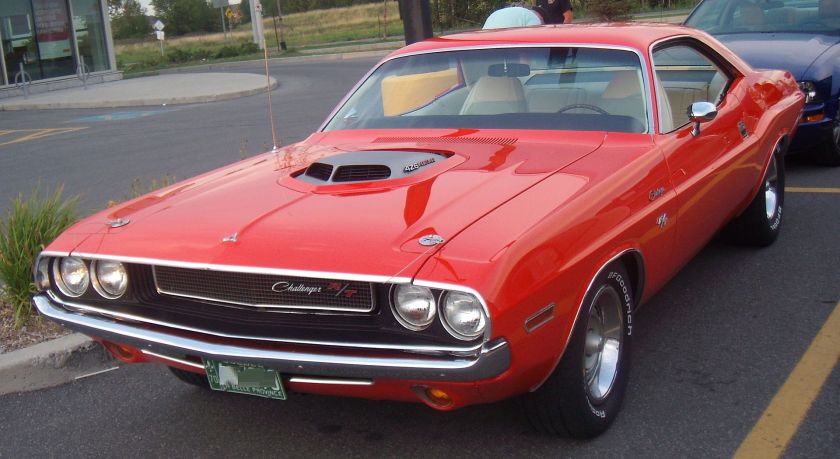
1970 Dodge Challenger R/T coupe with a 426-cubic inch engine
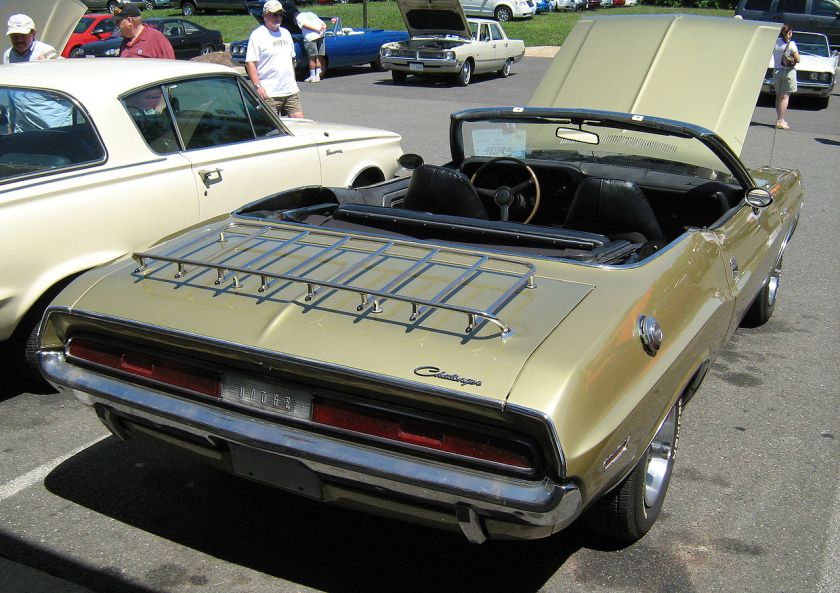
1970 convertible with I6 showing the center mounted backup light
The Challenger was available as a two-door in either a hardtop coupe or a convertible body design, and in two models for its introductory year. The base model was the “Challenger” with either a I6 or V8 engine, as well as a “Challenger R/T” that included a 383 cu in (6.28 L) V8. The Special Edition or “Challenger SE” that added a number of appearance, convenience, and comfort items was “available as a model in either the Challenger R/T or Challenger.” The standard engine on the base model was the 225 cu in (3.7 L) six-cylinder. The standard engine on the V8 was the 230 bhp (171.5 kW) 318 cu in (5.2 L) V8 with a 2-barrel carburetor. For 1970, the optional engines included the 340 and 383 cu in (5.6 and 6.3 L), as well as the 440 and 426 cu in (7.2 and 7.0 L) V8s, all with a standard 3-speed manual transmission, except for the 290 bhp (216.3 kW) 383 CID engine, which was available only with the TorqueFlite automatic transmission. A 4-speed manual was optional on all engines except the 225 CID I6 and the 2-barrel 383 CID V8.
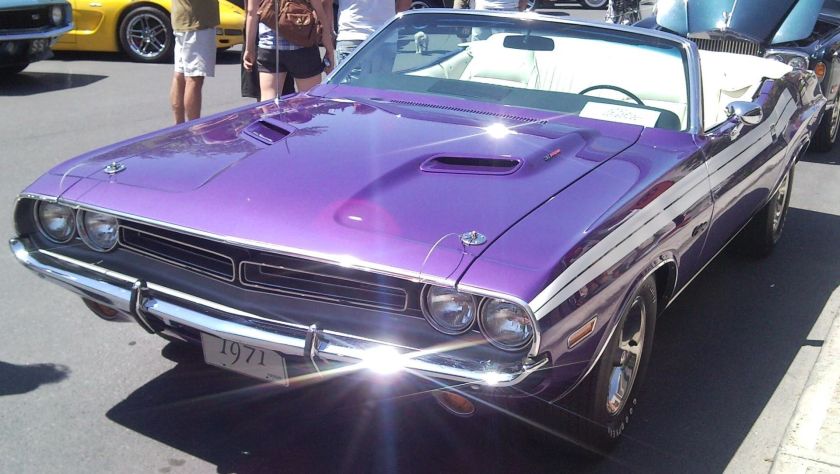
1971 Dodge Challenger convertible
For 1971, the Challenger line up was modified to include a new model, the “Challenger Coupe” with either a I6 or V8 engine, and as the most basic version it had fixed in position quarter windows and a basic black steering wheel with horn button.
The performance model was the R/T (Road/Track), with a 383 cu in (6.28 L) “Magnum” V8, rated at 335 bhp (249.8 kW); 300 bhp (223.7 kW) for 1971, due to a drop in compression. The standard transmission was a 3-speed manual. Optional R/T engines were the 375 bhp (279.6 kW) 440 cu in (7.2 L) Magnum, the 390 bhp (290.8 kW) 440 CID Six-Pack and the 425 bhp (316.9 kW) 426 cu in (7.0 L) Hemi. The R/T was available in either the hardtop or convertible. For 1970 only, base hardtop and R/T hardtop models could be ordered with the more luxurious SE specification, which included leather seats, a vinyl roof, a smaller ‘formal’ rear window, and an overhead interior console that contained three warning lights (door ajar, low fuel, and seatbelts). The Challenger R/T came with a Rallye instrument cluster that included a 150 mph (240 km/h) speedometer, an 8,000 rpm tachometer, 1972–1974 tachometer went to 7,000 rpm and an oil pressure gauge. In 1972, the R/T badging was dropped and these models were called “Rallye”, although they were never badged as such. The Rallye model featured a faux brake vent on the fenders. The shaker hood scoop was not available after 1971.
A 1970-only model was the Dodge Challenger T/A (Trans Am) racing homologation car. In order to race in the Sports Car Club of America’s Trans American Sedan Championship Trans Am, Dodge built a street version of its race car (just like Plymouth with its Plymouth ‘Cuda AAR) which it called the Dodge Challenger T/A (Trans Am). Although the race cars ran a destroked version of the 340, street versions took the 340 and added a trio of two-barrel carburetors atop an aluminum intake manifold, creating the 340 Six Pack. Dodge rated the 340 Six Pack at 290 bhp (216.3 kW), only 15 bhp (11 kW) more than the original 340 engine (which also had the same rating as the Camaro Z/28 and Ford Boss 302 Mustang). The engine actually made about 320 bhp (238.6 kW). It breathed air through a suitcase-sized air scoop molded into the pinned down, hinged matte-black fiberglass hood. Low-restriction dual exhaust ran to the stock muffler location, then reversed direction to exit in chrome tipped “megaphone” outlets in front of the rear wheels. Options included a TorqueFlite automatic or pistol-grip Hurst-shifted four-speed transmission, 3.55:1 or 3.90:1 gears, as well as manual or power steering. Front disc brakes were standard. The special Rallye suspension used heavy duty parts and increased the rate of the rear springs. The T/A was one of the first U.S. muscle car to fit different size tires front and rear: E60x15 Goodyear Polyglas in the front, and G60x15 on the rear axle. The modified chamber elevated the tail enough to clear the rear tires and its side exhaust outlets. Thick dual side stripes, bold ID graphics, a fiberglass ducktail rear spoiler, and a fiberglass front spoiler were also included. The interior was identical to other Challengers.
Dodge contracted Ray Caldwell’s Autodynamics in Marblehead, Massachusetts to run the factory Trans-Am team. Sam Posey drove the No.77 “sub-lime” painted car that Caldwell’s team built from a car taken off a local dealer’s showroom floor. When the No.76 was completed mid-season from a chassis provided by Dan Gurney’s All American Racers, Posey alternated between the two. Both cars ran the final two races, with Posey in the #77. Ronnie Bucknum drove the No.76 at Seattle Washington, and Tony Adamowicz drove it at Riverside, California.
The Challenger T/A’s scored a few top three finishes, but lack of a development budget and the short-lived Keith Black 303 c. i. engines led to Dodge leaving the series at season’s end. The street version suffered from severe understeer in fast corners, largely due to the smaller front tires. Only 2,399 T/As were made. A 1971 model using the 340 engine with a 4-barrel carburetor was planned and appeared in advertising, but was not produced since Dodge had left the race series.
The “Western Special” was a version available only to west coast dealers. It came with a rear-exit exhaust system and Western Special identification on the rear decklid. Some examples came with a vacuum-operated trunk release. Another late production version was the low-priced “Deputy”, stripped of some of the base car’s trim and with fixed rear side glass.
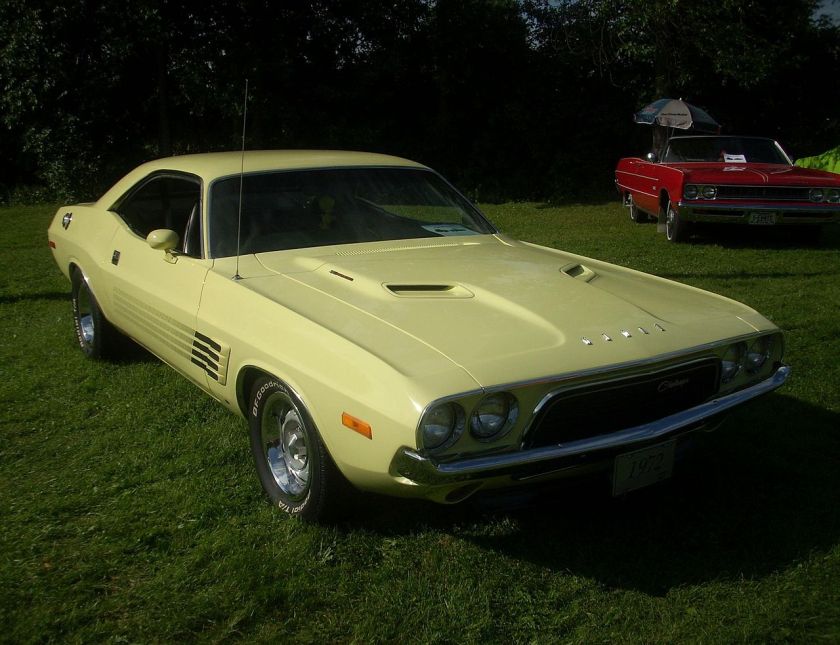
1972 Dodge Challenger Rallye
For 1972 the options lists (both for performance and appearance/convenience items) had been drastically cut back. The convertible version (though a sun-roof was made available), most interior upgrade options (in particular leather seats), comfort/convenience items (in particular power windows and power seats), and all the big-block engine options were gone. The R/T series was replaced by the Rallye series. Engine choices were down to three: the 225 cu in slant-6, the 318 cu in V-8, and a performance oriented 340 cu in V-8 which was equipped with a 4-barrel carb, performance camshaft, heads and dual exhausts. All three were detuned to lower compression ratios in order to run on lead-free gasoline, and the horsepower ratings were lowered to reflect the more accurate Society of Automotive Engineers (SAE) net hp calculations. Each engine could be mated to a 3-speed manual or automatic transmission, while the 340 could also be equipped with a 4-speed manual if so ordered. The performance axle ratios were also gone except for a 3.55 sure grip which could only be had with the 340 and the heavy duty suspension. The 1972 models also received a new grille that extended beneath the front bumper, as well as new rear tail-lights. Toward the end of the 1971 model year a few convertibles were made with the 1972 front end (grille, lights, etc.) and rear end (tail lights and their panel). These were specially built for TV and movie studio production use and showed up “Mod Squad”, and other shows. The only way to ascertain these 1972 Challenger convertible is to look at its fender tag. On the code line which gives the dealer order number, that number will start with an “R”, which designates “Special Meaning” (in this case, a TV ‘special promotions’ car). A cigarette lighter was standard.
The 1972 grille and tail-light arrangement was carried over for the 1973 (and 1974) models, and the mandatory 5 mph bumpers were added. While the 225 cu in six-cylinder engine was dropped, (leaving just the two V-8s), all option lists otherwise were carry-overs from 1972. For 1974, the 340 cu in (5.6 L) engine was replaced by a 360 cu in (5.9 L) version offering 245 hp (183 kW; 248 PS), but the pony car market had fallen off and production of Challengers ceased in late April 1974. The A/C was not available with the 3-speed manual.
Cosmetic variations
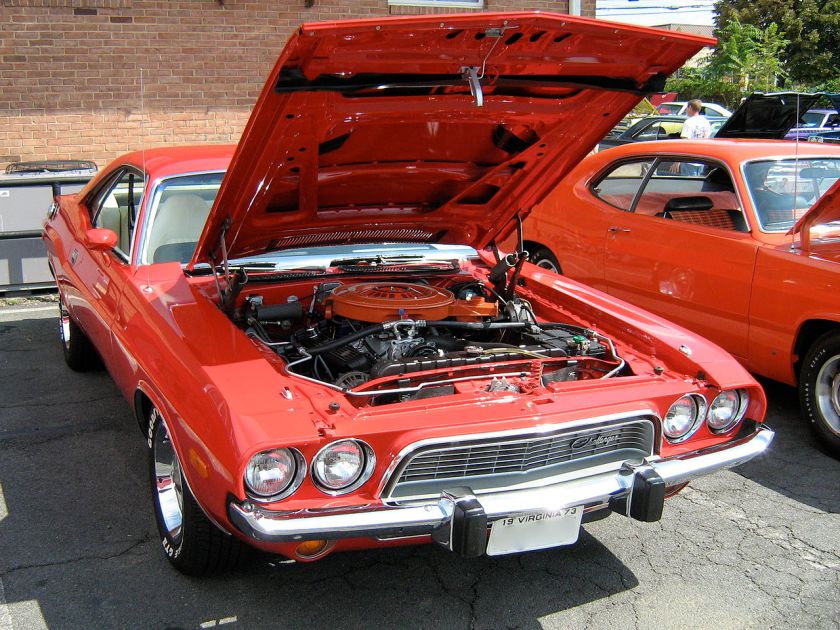
Protruding bumper guards, 1973
Although the body style remained the same throughout the Challenger’s five-year run, there were two notable changes to the front grille. The 1971 models had a “split” grille, while 1972 introduced a design that extended the grille (nicknamed the “sad-mouth”) beneath the front bumper. With this change to the front end, 1972 through 1974 models had little to no variation. The only way to properly distinguish them is that the 1972s had flush mounted bumpers with no bumper guards, (small bumper guards were optional), while both the 1973 and 1974 models had the protruding “5 mph (8.0 km/h)” bumpers (with a rubber type filler behind them) in conjunction with large bumper guards. The 1974 cars had larger rear bumper guards to meet the (new for 1974 and on) rear 5 mph rear impact law. These changes were made to meet U.S. regulations regarding crash test safety.
The 1970 taillights went all the way across the back of the car, with the backup light in the middle. In 1971, the backup lights were on the left and right instead of the middle. The taillight array also changed for 1972 onwards, with the Challenger now having four individual rectangular lamps.
Collectibility
Although few mourned the end of the E-body models, the passage of time has created legends and highlighted the unique personalities of both the Challenger and the Barracuda.[6] With a low total production, as well as low survivability over the years, any Challenger is worth a substantial amount of money. In a historic review, the editors of Edmunds Inside Line ranked these models as: 1970 was a “great” year, 1971 was a “good” one, and then “three progressively lousier ones” (1972–1974). With total sales and production off by 2/3 from 1970, the performance engine 1971 Challengers are the most rare. Sales and production of the 1973 cars (with only two V8s available) actually exceeded 1971 by approximately 1,700 cars. This may be explained by 1973 being a very good year for the U.S. auto industry in general and an increased interest in Chrysler (the Plymouth Barracuda and Plymouth Road Runner also saw sales increases) performance cars.
Export markets
Dodge Challengers were mainly produced for the U.S. and Canadian markets. Interestingly, Chrysler officially sold Challengers to Switzerland through AMAG Automobil- und Motoren AG in Schinznach-Bad, near Zurich. Only a few cars were shipped overseas each year to AMAG. They did the final assembly of the Challengers and converted them to Swiss specs. There are few AMAG cars still in existence. From a collector’s point of view, these cars are very desirable. Today, less than five Swiss Challengers are known to exist in North America.
Chrysler exported Dodge Challengers officially to France as well through their Chrysler France Simca operation, since Ford sold the Mustang in France successfully in small numbers. However, only a few Challengers were exported and Chrysler finally gave up the idea of selling them in France.
Engines
Engine choices by Chrysler included the following:
- C: 225 cu in (3.69 L) Slant 6 I6: 1970–71 145 bhp (108 kW) SAE gross, 1971-72 110 bhp (82 kW) SAE net
- G: 318 cu in (5.21 L) LA V8 (2-barrel carburetor, single exhaust): 1970-71 230 bhp (172 kW) SAE gross, 1971 155 bhp (116 kW) SAE net, 1972-74 150 bhp (112 kW) SAE net
- H: 340 cu in (5.6 L) LA V8 (4-barrel carburetor, dual exhaust): 1970-71 275 bhp (205 kW) SAE gross, 1971 235 bhp (175 kW) SAE net, 1972-73 240 bhp (179 kW) SAE net
- J: 360 cu in (5.9 L) LA V8 (4-barrel carburetor, dual exhaust): 1974 245 bhp (183 kW) SAE net
- J: 340 cu in (5.6 L) LA V8 (3 × 2-barrel carburetor): 1970 290 bhp (216 kW) SAE gross, used in T/A
- L: 383 cu in (6.28 L) B V8 (2-barrel carburetor, single exhaust): 1970 290 bhp (216 kW) SAE gross, 1971 275 bhp (205 kW) SAE gross, 1971 190 bhp (142 kW) SAE net
- L: 383 cu in (6.28 L) B V8 (4-barrel carburetor, dual exhaust): 1970 330 bhp (246 kW) SAE gross (likely 240 bhp (179 kW) SAE net)
- N: 383 cu in (6.28 L) B V8 Magnum (4-barrel carburetor, dual exhaust): 1970 335 bhp (250 kW) SAE gross, 1971 300 bhp (224 kW) SAE gross, 1971 250 bhp (186 kW) SAE net
- U: 440 cu in (7.2 L) RB V8 Magnum (4-barrel carbureted): 1970 375 bhp (280 kW) SAE gross, (Charger R/T only in 1971 370 bhp (276 kW) SAE gross, 305 bhp (227 kW) SAE net)
- V: 440 cu in (7.2 L) RB V8 Six-Pack (3 × 2-barrel carburetor): 1970 390 bhp (291 kW)/490 lbf·ft (660 N·m) SAE gross, 1971 385 bhp (287 kW) SAE gross, 1971 330 bhp (246 kW) SAE net
- R: 426 cu in (6.98 L) Hemi V8: 1970-71 425 bhp (317 kW)/490 lbf·ft (660 N·m) SAE gross, 1971 350 bhp (261 kW) SAE net. Costing an extra US$1,228 with very few sold.
SAE gross HP ratings were tested with no accessories, no air cleaner, or open dyno headers. In 1971, compression ratios were reduced in performance engines, except the 426ci and the high performance 440ci, to accommodate regular gasoline. The compression ratio would be reduced on the high performance 440ci starting in 1972. 1971 was the last year for the 426ci hemi.
Performance 1/4 mile
- 340: 14.8 @ 96 mph (154 km/h)
- 340 T/A: 14.3 @ 99.5 mph (160.1 km/h) 4-speed with 3.55; it was the same car used on all published tests.
- 383 2-barrel: 15.1 @ 96 mph (154 km/h)
- 383 Magnum R/T: 14.3 @ 99 mph (159 km/h)
- 440 Magnum R/T: 13.8 @ 102 mph (164 km/h)
- 440 Six-Pack: 13.4 @ 107 mph (172 km/h)
- 426 Hemi: 13.2 @ 108 mph (174 km/h)
(year unknown)
- A comprehensive review of original road and drag tests of production line stock cars demonstrates that the many of the results listed here fall well outside of the established statistical norm. Indeed, most of these results are from period Chrysler promotional information and weren’t achieved by independent, third party sources. Statistical norms are slower than what’s indicated here.
Serial numbers
ex. JS27R0B100001
- J: Car line, Dodge Challenger
- S: Price class (H-High, S-Special)
- 27: Body type (23-Hardtop, 27-Convertible, 29-Sports hardtop)
- R: Engine code (see engines above)
- 0: Last digit of model year
- B: Assembly plant code (B-Hamtramck, E-Los Angeles)
- 100001: Consecutive sequence number
Production numbers
- 1970 = 76,935 *includes 2,539 T/As
- Hardtop I6: 9,929
- Hardtop V8:. 39,350*
- Sports hardtop I6: 350
- Sports hardtop V8: 5,873
- Convertible I6: 378
- Convertible V8: 2,543
- Hardtop R/T: 13,796
- Special Edition hardtop R/T: 3,753
- Convertible R/T: 963
- 1971 = 26,299
- Hardtop I6: 1,672
- Hardtop V8: 18,956
- Convertible I6: 83
- Convertible V8: 1,774
- Hardtop V8 R/T: 3,814
- 1972 = 22,919
- Hardtop I6: 842
- Hardtop V8: 15,175
- Hardtop V8 Rallye: 8,123
- 1973 = 27,930
- Note: All models were V8-powered hardtops
- 1974 = 11,354
- Note: All models were V8-powered hardtops
Colors
1970
Light Gold Metallic-FY4, Plum Crazy (purple)-FC7, Sublime (green)-FJ5, Go-Mango(orange)-EK2, Hemi Orange-EV2, Banana (yellow)-FY1, Light Blue Metallic-EB3, Bright Blue Metallic-EB5, Dark Blue Metallic-EB7, Rallye Red-FE5, Light Green Metallic-FF4, Dark Green Metallic-EF8, Dark Burnt Orange-FK5, Beige-BL1, Dark Tan Metallic-FT6, White-EW1, Black-TX9, Cream-DY3, Panther Pink-FM3
1971
Light Gunmetal Metallic-GA4, Light Blue Metallic-GB2, Bright Blue Metallic-GB5, Dark Blue Metallic-GB7, Dark Green Metallic-GF7, Light Green Metallic-GF3, Gold Metallic-GY8, Dark Gold Metallic-GY9, Dark Bronze Metallic-GK6, Tan Metallic-GT5, Bright Red-FE5, Bright White-GW3, Black-TX9, Butterscotch-EL5, Citron Yella-GY3, Hemi Orange-EV2, Green Go-FJ6, Plum Crazy-FC7, Top Banana-FY1
1972
Light Blue-HB1, Bright Blue Metallic-HB5, Bright Red-FE5, Light Green Metallic-GF3, Dark Green Metallic-GF7, Eggshell White-GW1, Black-TX9, Honeydew-GY4, Light Gold-GY5, Gold Metallic-GY8, Dark Gold Metallic-GY9, Dark Tan Metallic-GT8, Light Gunmetal Metallic-GA4, Medium Tan Metallic-GA4, Super Blue-GB3, Hemi Orange-EV2, Top Banana-FY1
1973
Black-TX9, Dark Silver Metallic-JA5, Eggshell White-EW1, Parchment-HL4, Light Gold-JY3, Dark Gold Metallic-JY9, Gold Metallic-JY6, Bronze Metallic-GK6, Pale Green-JF1, Dark Green Metallic-JF8, Light Blue-HB1, Super Blue-TB3, Bright Blue Metallic-GB5, Bright Red-FE5, Top Banana-FY1, Light Green Metallic-GF3
1974
Yellow Blaze-KY5, Golden Fawn-KY4, Parchment-HL4, Bright Red-FE5, GE7 Burnished Red Metallic, Deep Sherwood Metallic (Green)-KG8, Eggshell White-EW1, Black-TX9, Light Blue-HB1 Bright Blue Metallic-GB5
Second generation (1978–1983)
- See Mitsubishi Galant Lambda for more information
The Challenger name was revived in 1978 for a version of the early Mitsubishi Galant Lambda coupe. It was known overseas as the Mitsubishi Sapporo/Scorpion and sold through Dodge dealers as a captive import. It was identical except in color and minor trim to the Plymouth Sapporo with the Dodge version emphasizing sportiness, with bright colors and tape stripes, while the Plymouth emphasized luxury, with more subdued trim. The cars were slightly restyled in 1981 with revised headlights and other minor cosmetic changes. Both cars were sold until 1984, until being replaced by the Conquest and Daytona.
The car retained the frameless hardtop styling of the old Challenger, but had smaller engines (inline-4s instead of the six and eight-cylinder engines from the old Challenger) and was a long way off in performance from its namesake. Nevertheless, it acquired a reputation as a reasonably brisk performer in its class, not least because of its available 2.6 L engine. Four-cylinder engines of this size had not usually been built due to inherent vibration, but Mitsubishi pioneered the use of balance shafts to help dampen this effect, and the Challenger was one of the first vehicles to bring this technology to the American market; it has since been licensed to many other manufacturers.
Third generation (2008–present)
The Dodge Challenger Concept was unveiled at the 2006 Detroit Motor Show and was a preview for the 3rd generation Dodge Challenger that started its production in 2007. Many design cues of the Dodge Challenger Concept were adapted from the 1970 Dodge Challenger R/T.
Initial release
On December 3, 2007, Chrysler started taking deposits for the third-generation Dodge Challenger which debuted on February 6, 2008, simultaneously at the Chicago Auto Show and Philadelphia International Auto Show. Listing at US$40,095, the new version was a 2-door coupe which shared common design elements with the first generation Challenger, despite being significantly longer and taller. As with Chevrolet’s new Camaro, the Challenger concept car’s pillarless hardtop body was replaced with a fixed “B” pillar, hidden behind the side glass to give an illusion of the hardtop. The LC chassis is a modified (shortened wheelbase) version of the LX platform that underpins the Dodge Charger (LX), Dodge Magnum, and the Chrysler 300. The LX was developed in America from the previous Chrysler LH platform, which had been designed to allow it to be easily upgraded to rear and all-wheel drive. Many Mercedes components were incorporated, including the Mercedes-Benz W220 S-class control arm front suspension, the Mercedes-Benz W211 E-Class 5-link rear suspension, the W5A580 5-speed automatic, the rear differential, and the ESP system. All (7119) 2008 models were SRT8s and equipped with the 6.1 L (370 cu in) Hemi and a 5-speed AutoStick automatic transmission. The entire 2008 U.S. run of 6,400 cars were pre-sold (many of which for above MSRP), and production commenced on May 8, 2008;
Chrysler of Mexico offered only 100 SRT8s, with a 6.1 liter V8 and 425 brake horsepower (317 kW) (SAE). Chrysler auctioned off two 2008 SRT8s for charity with the first car going for $400,000 and a “B5” Blue No.43 car with a winning bid of $228,143.43.
The base model Challenger SE was initially powered by a 3.5 L (214 cu in) SOHC V6 producing 250 brake horsepower (190 kW) (SAE) and 250 lbf·ft (340 N·m) torque which was coupled to a 4-speed automatic transmission for the first half of 2009, and was then changed to have a standard 5-speed automatic transmission. Several different exterior colors, with either cloth or leather interiors became available. Standard features included air conditioning, power windows, locks, and mirrors; cruise control, and 17-inch (430 mm) aluminum wheels. Leather upholstery, heated front seats, sunroof, 18-inch aluminum wheels, and a premium audio system are available as options, as are ABS, and stability and traction control.[27] The Canadian market also sports the SXT trim, similar to the SE, but more generous in terms of standard features. Some of these features being ESP, an alarm system, and 18-inch (460 mm) wheels. Starting with the 2012 model year, the SE was replaced in the U.S. with the SXT model.
Previous to the 2012 model year, the SXT version of the Challenger was only sold in Canada and is a more well-equipped variation of the SE. It adds fog lamps, a rear spoiler, larger wheels, illuminated vanity mirrors, security alarm and a leather-wrapped shifter. In addition, the SXT has increased option packages available to it that aren’t available on the SE, and are also available to the R/T. (Such as the high-end navigation-enabled entertainment system.)
Challenger 500
Chrysler Canada offered a further 670 SRTs uniquely badged as the Challenger 500 (paying homage to Charger and Coronet 500s) all of which were shipped to Canadian Dodge dealers.
2009 model year
Production of the limited edition 2008 SRT8s ended in July 2008, and production of the expanded 2009 line-up started in early August of the same year. The expanded offering was the same as had been unveiled earlier that spring at the 2008 New York Auto Show. Chrysler debuted the full Dodge Challenger line for 2009, with four different trims – SE, R/T, SRT8, and the SXT in Canada only. In addition to the SRT8, which remained unchanged except for the optional 6 speed manual and standard limited slip differential, the line-up included the previously mentioned SE and SXT which offered the 250 HP 3.5-Liter V6. The R/T hosted a 5.7 Hemi sporting 370 hp (276 kW) and 398 lb·ft (540 N·m) of torque when coupled with the 5 speed automatic, and 375 hp (280 kW) with 404 lb·ft (548 N·m) when matched with the same Tremec 6-speed manual transmission as the SRT8.
New for 2009 was the Rallye Package for the SE model. The package featured design cues including dual body stripes on the hood and the trunk, chromed fuel door, deck lid spoiler, 18-inch aluminum wheels, and Micro Carbon in the interior accents.
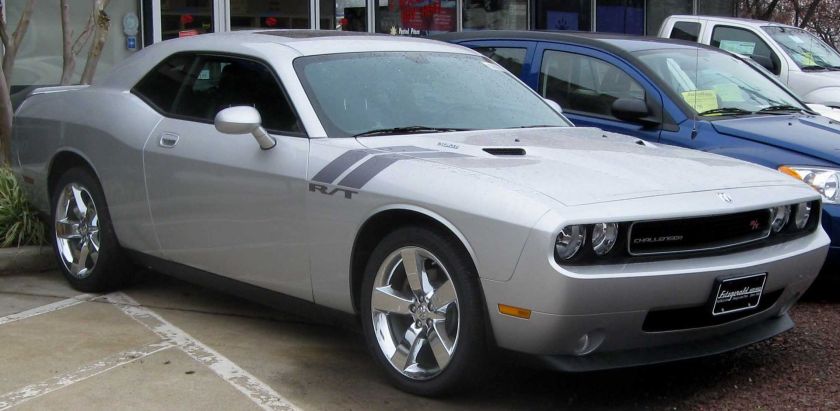
2009 Dodge Challenger R/T
The mid-level Challenger R/T is powered by a 5.7 L (345 cu in) Hemi V8 coupled to a 5-speed automatic transmission or a Tremec TR-6060 6-speed manual transmission. On cars equipped with the automatic transmission, the engine features the Multi-Displacement System and produces 372 brake horsepower (277 kW) (SAE) and 398 lbf·ft (540 N·m) torque. With the 6-speed manual transmission, the Multi-Displacement System option was deleted and the engine produced 376 brake horsepower (280 kW) (SAE) and 404 lbf·ft (548 N·m) torque. Another feature was the Intelligent Deceleration Fuel Shut-Off (iDFSO) available for the automatic models only. The first to combine both a Multi-Displacement system and fuel shut-off. The final drive ratio was 3.06:1 on cars with the automatic transmission, 3.73:1 on cars with the 6-speed manual and 18-inch (460 mm) wheels or 3.92:1 with the 6-speed manual and optional 20-inch (510 mm) wheels. Also available on R/T was the “Track Pak” option group, which includes the Tremec manual transmission, a limited slip differential and self-leveling rear shock absorbers.
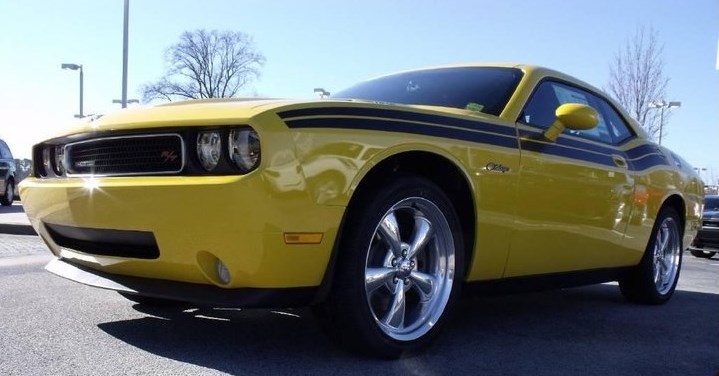
2010 Detonator Challenger RT Classic
The Challenger R/T Classic has retro aspects such as script “Challenger” badges on the front panels and black or white “R/T” stripes. It comes with a five-speed automatic standard, with an optional six-speed manual transmission including a pistol-grip-shifter. The wheels are Heritage 20″ Torq-Thrust style specials. It became available in Brilliant Black Crystal Pearl, Bright Silver Metallic, Stone White and in multiple “heritage” colors: Toxic Orange, HEMI-Orange, TorRed, B5 Blue, Plum Crazy Purple, Detonator Yellow and Furious Fuchsia. Production started in February 2009.
The 2009 SRT8, while still equipped with the 6.1 L (370 cu in) Hemi V8, is virtually identical to its 2008 counterpart, with the main difference being the choice of either a 5-speed automatic or a 6-speed manual transmission. Standard features include Brembo brakes, a sport suspension, bi-xenon headlamps, heated leather sport seats, keyless go, Sirius satellite radio, and 20-inch (510 mm) forged aluminum wheels in addition to most amenities offered on the R/T and SE models such as air conditioning and cruise control. In addition, the 2009 had a “limited slip” differential that was not offered on the 2008 model. A “Spring Special” SRT8 Challenger was also offered in B5 Blue, but due to rolling plant shutdowns, just over 250 Spring Special Challengers were built before the end of the 2009 model year.
The “Mopar ’10 Challenger R/T” is a limited version of the 2010 Challenger R/T with metallic pearl black body color, three accent colors (blue, red, silver) of stripes to choose from. In addition, these cars were available with black R/T Classic-style wheels along with a Hurst aftermarket pistol grip shifter, custom badging, Mopar cold air intake for a ten horsepower increase, and a Katzkin-sourced aftermarket interior. The cars were built in Brampton Assembly and completed at the Mopar Upfit Center in Windsor, Ontario. There were 500 U.S. Units and 100 Canadian units built. Of the 500 Mopar special edition U.S. versions, 320 had automatic transmissions, 180 had manuals, while 255 had blue stripes, 115 had red stripes, and 130 had silver stripes.
The Drag Race Package is a race model designed for NHRA competition, based on the Dodge Challenger SRT-8. The car is 1,000 pounds (454 kg) lighter than the street vehicle by eliminating major production components and systems. To accentuate the weight savings, they also feature added composite, polycarbonate and lightweight components designed for drag racing that will be part of the new Package Car program. The engine was repositioned to improve driveline angle and weight distribution. The 116-inch (2,900 mm) wheelbase was shortened by ½ inch. They also feature a front cradle with bolt-in crossmember and solid engine mounts.
At least 50 Challenger Drag Race Package Cars are being built to meet NHRA requirements. Engine options include a 6.1L HEMI, 5.7-L HEMI, and a 5.9L Magnum Wedge. Manual or automatic transmissions are available, and the rear axle is solid (not IRS). The initial run of the required 50 cars has been completed and over 100 of the “2009 Challenger Drag Pak” vehicles will be produced. Currently a 2010 program is being considered. “Big Daddy” Don Garlits bought the first drag race package car and has raced it in NHRA competition. The prototype cars shown at SEMA were built by MPR Racing of Michigan, who continue to modify the production cars as delivered from Chrysler. Currently, the “Drag-Pak” cars running in legal A/SA trim are running around the 9.7–10 second mark at 130–140 mph in the quarter mile.
2011 model year
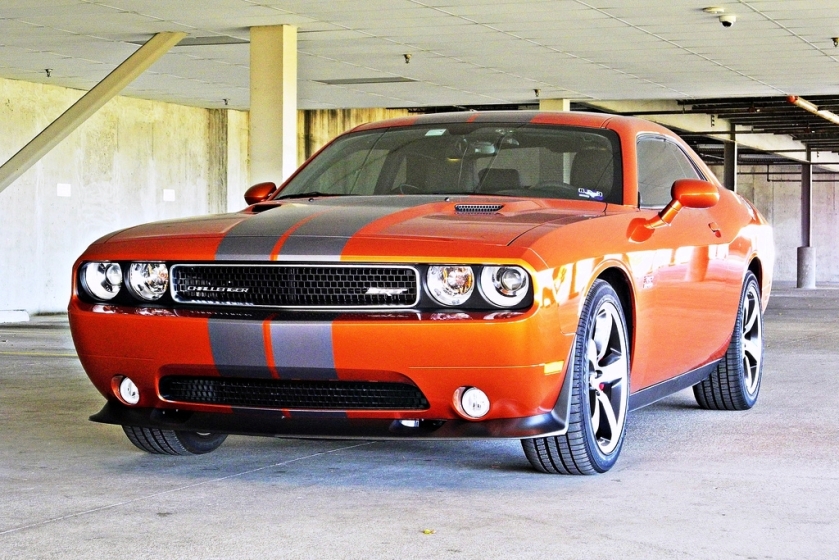
2011 Dodge Challenger SRT-8
The Dodge Challenger received two new engines across the lineup for the 2011 model year:
- The SE was renamed to SXT and received a new 3.6-liter Pentastar V6 engine producing 305 bhp (227 kW; 309 PS) and 288 lb·ft (390 N·m), replacing the former 3.5-liter V6.
- The R/T received revisions including a new bottom grille cutout and an updated suspension.
- The new SRT8’s chin spoiler was enlarged to create more downforce. It resembles the 1970 Challenger R/T. The SRT8 received a new 6.4-liter Hemi V8. The so-called 392 (although its actual size is 391 cu-in.) was officially rated at 470 hp (350 kW; 477 PS) and 470 lb·ft (640 N·m) of torque. Dodge engineers said they sacrificed peak horsepower ratings for low-end torque, stating a 90 lb-ft increase over the outgoing 6.1-L (370 c.i.d.) Hemi V8 at 2900 rpm. Two transmissions were offered: a 5-Speed Shiftable Automatic and a 6-speed manual. With the revised 6.4-Liter engine, Chrysler engineers cited a quarter mile (~400 m) time of 12.4 seconds at 110 mph (180 km/h) – bettering the outgoing 6.1-Liter Hemi by 0.8 seconds, although that figure has varied wildly between automotive magazines. Car and Driver tested the 392 at 12.9 seconds at 114 mph (183 km/h) while Motor Trend ran it at 13.0 seconds at 111.3 mph (179.1 km/h) and Edmunds’ number was far closer to Chrysler’s claimed numbers at 12.6 seconds at 112.1 mph (180.4 km/h).
For the 2011 model year, Dodge also debuted and marketed a “392” version of the Challenger. This version is a reminiscence to 392 of the past, although the 6.4-liter displacement of this V8 actually equals 391 cubic inches.
For 2012, the base SE trim was renamed to SXT for consistency with the naming scheme of the remaining Dodge lineup. They came with the following equipment:
A 305-hp 3.6L Pentastar V6 with 268 lb·ft (363 N·m) of torque, dual rear exhaust with bright tips, a five-speed automatic transmission with AutoStick, 18-inch aluminum wheels, advanced brake systems including: four-wheel disc antilock brakes, brake assist, ready alert braking and rain brake support, electronic stability control (ESC), with hill start assist and all-speed traction control, a chrome fuel filler door, Uconnect 130 System with AM/FM radio, CD player, six speakers and auxiliary input jack, steering wheel-mounted audio and speed control, twin hood scoops, touring suspension, remote keyless entry, six airbags, active front head restraints, premium cloth seating, six-way power driver seat with four-way power lumbar adjust, a leather-wrapped steering wheel, air conditioning with automatic temperature control, keyless enter and go with proximity sensor and push button start, power windows, locks & mirrors, a tilt/telescoping steering column and 60/40 folding rear seats that include a rear armrest with cup holders.
- SXT PLUS
- Includes everything on SXT, plus these differences: +
- Uconnect with voice command and Bluetooth connectivity + +
- Auto-dimming rearview mirror with microphone
- Bluetooth Streaming Audio +
- Six Boston Acoustics speakers with 276-watt amplifier +
- SiriusXM Satellite Radio with one-year subscription +
- Premium nappa leather-trimmed seats
- Heated front seats
- Automatic headlamps
- Fog lamps
- Sun visors with illuminated vanity mirrors
R/T
Includes everything on SXT, plus these differences:
- 5.7 L Hemi V8 with the Tremec six-speed manual (375 hp, 410 lb·ft (556 N·m) of torque and 23 hwy mpg)
- 5.7 L Hemi V8 with Fuel Saver technology and the available five-speed automatic (372 hp, 400 lb·ft (542 N·m) of torque and 25 hwy mpg)
- Anti-spin rear differential (standard with 6-speed manual, optional with 5-speed automatic in model years 2012-14)
- Performance suspension & steering
- Bright pedals (manual transmission only)
- Body color rear spoiler
- Fog lamps
- Automatic headlamps
- Uconnect with voice command and Bluetooth connectivity
- SiriusXM satellite radio with one-year subscription
- Sun visors with illuminated vanity mirrors
The available Blacktop appearance package on R/T and R/T Plus models includes 20-inch Gloss Black painted aluminum wheels, Gloss Black grille surround, body-color fuel door, Matte Graphite body stripe with Red edge accents, a high-performance steering gear, brake linings, monotube-shock absorbers, P245/45ZR20 Goodyear Eagle F1 three-season tires and three-mode Electronic Stability Control+ (ESC) with “full off” mode, 5.7 L Hemi V8 engine with cold-air induction delivering up to 375 horsepower +
Rallye Redline
Includes everything on SXT Plus, with the following differences: +
- Red center hood-to-tail stripe
- 20-inch black chrome-clad wheels with red backbone
- Performance tires
- Steering wheel-mounted shifter controls
- Performance brakes
- Performance steering
- Performance suspension
- Sport mode
- Body-color rear spoiler
- 3.06 rear axle ratio
R/T Plus
Includes everything on R/T, plus these differences:
- Boston Acoustics sound system with 276-watt amplifier and six speakers
- Premium Nappa leather-trimmed seats
- Heated front seats
- Power heated exterior mirrors
- Temperature and compass gauge
- Tire pressure monitoring display
- Security alarm
- HomeLink control for garage door, home security lighting and more
The available Blacktop appearance package on R/T and R/T Plus models includes 20-inch Gloss Black painted aluminum wheels, Gloss Black grille surround, body-color fuel door, Matte Graphite body stripe with Red edge accents, a high-performance steering gear, brake linings, monotube-shock absorb
R/T classic
Includes everything on R/T Plus, with the following differences:
- Dual black or white R/T side stripes
- Functional hood scoop
- 20-inch polished forged aluminum wheels
- High intensity discharge (HID) headlamps
- 3.92 rear axle ratio
- Performance tires
- Classic Challenger script badging and classic R/T badging
SRT8 Core
Includes Everything On R/T Classic, with the following differences:
- 470-Hp 392 CID 6.4 L SRT8 Hemi V8
- Performance-tuned Bilstein suspension
- Standard launch control for off-the-line performance
- Brembo brakes with black-anodized calipers
- Sport seats with ballistic cloth
- 20-inch aluminum wheels with painted pockets
SRT8 392
Includes everything on R/T Classic, with the following differences:
- 470-hp 392 CID 6.4 L SRT8 Hemi V8 with 470 lb-ft of torque
- Three-mode active damping suspension
- Standard launch control for off-the-line performance
- Brembo Brakes with red calipers
- Nappa leather-trimmed seats with perforated suede inserts
- 20-inch 5-spoke SRT forged wheels
2013 model year
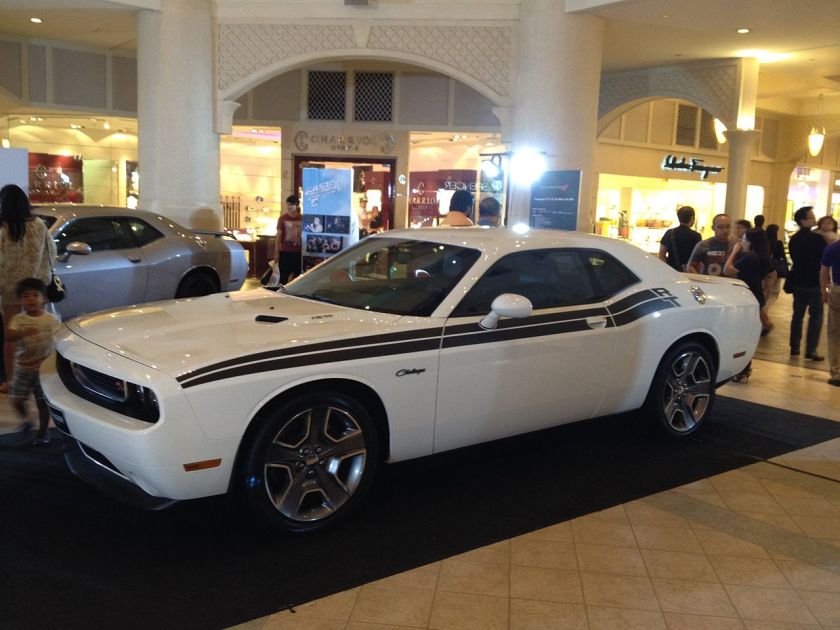
A 2013 Dodge Challenger R/T
For 2013, a Rallye Redline package is available with Dodge Challenger V6 models. Based on the SXT Plus trim, the Rallye Redline package includes unique exterior accents, Black chrome 20-inch wheels with Redline Red accents, performance suspension and brakes, a 3.06 rear-axle ratio and available Radar Red Nappa leather interior. Dodge sold 51,000 Challengers in the U.S. for 2013.
The Electronic Vehicle Tracking System (EVTS), a GPS-enabled stolen vehicle recovery system, is available.
2015 model year
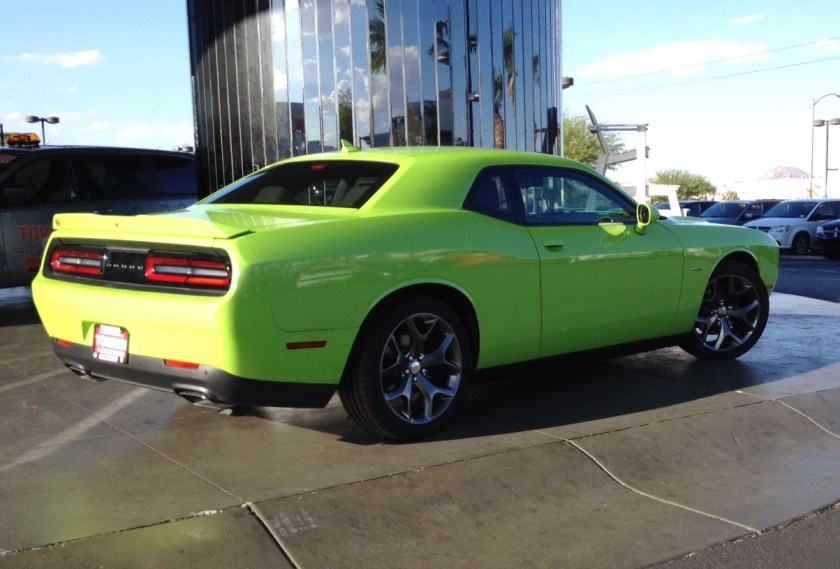
2015 Dodge Challenger R/T in Sublime
Changes include:
- 5-speed automatic transmission will be replaced by a new 8-speed ZF 8HP automatic transmission),
- Power output on the 6.4 liter V8 will increase by 15 to total 485 horsepower.
- A slightly revamped exterior features a new grille with design cues from the 1971 grill/split tail lights, Quad LED ‘Halo Ring” Head lights, LED Tail lights, and a functional hood intake on HEMI models.
- Inside, the Challenger gets a 7-inch (780mm) TFT Thin Film Transistor display with over one hundred possible configurations, 8.4-inch Uconnect touchscreen radio with available navigation, and a retro styled gauge cluster.
Dodge Challenger SRT Hellcat
It is a version of the 2015 Dodge Challenger with a supercharged 6.2-liter HEMI engine rated at 707 hp (527 kW) and 650 lb·ft (881 N·m) of torque. Chrysler claims that this makes the Challenger SRT Hellcat “the most powerful muscle car ever,” with a top speed of 199 mph (320 km/h). The inner driving light on the left front has been removed to allow air to get into the engine resulting in more torque, and the wheel wells are different from the standard SRT to accommodate the 20-inch aluminum wheels. The SRT Hellcat will come equipped with two separate key fobs; use of the “black” fob will limit engine output to 500 horsepower, while the “red” fob will enable the full output capability.[42] The Hellcat has a quarter mile time of 10.8 seconds which is faster than the Chevrolet Camaro ZL1 and the Ford Mustang GT 500. However, this was accomplished with drag racing tires, on stock tires the Hellcat was able to achieve 11.2 seconds on the quarter mile.
Future
Several hints have been made by Fiat as to the future of the Challenger. The most likely outcome would be a fourth generation model, showcased sometime around late 2015. Whether or not that would be the 2016 Challenger remains unclear.
Limited production variants
In addition to official Dodge concept cars, there have been numerous limited production and street legal variants created by third parties, based on stock cars that have been rebuilt with modified powertrains, suspensions, and interiors. These include the SMS 570 and (supercharged) 570X with up to a claimed 700 bhp (522 kW), the Mr. Norm’s Challengers with a claimed 637 or 900 bhp (475 or 671 kW) horsepower, the supercharged SpeedFactory SF600R with around 600 bhp (447 kW), the supercharged Richard Petty Signature Series with a claimed 610 bhp (455 kW), and the Legacy by Petty Convertible Challenger completely customized by Petty’s Garage to include a one of a kind front end and NASCAR styled treatments
U.S. sales figures
| Model Year |
Sales |
| 2008.75[44] |
7,209 SRT-8 |
| 2009[44] |
8,625 – Base16,395 – R/T9,834 – SRT8Total 34,854 |
| 2010[44] |
24,789 – Base22,877 – R/T10,156 – SRT8Total 57,822 |
| 2011[44] |
12,562 – Base8,552 – R/T5,265 – SRT8Total 26,379 |
| 2012[44] |
24,197 – Base15,158 – R/T7,210 – SRT8Total 46,565 |
| Calendar Year |
Sales |
| 2008 |
17,423 |
| 2009 |
25,852 |
| 2010 |
36,791 |
| 2011 |
39,534 |
| 2012 |
43,119 |
| 2013 |
51,462 |
| 2014 |
51,611 |
Racing
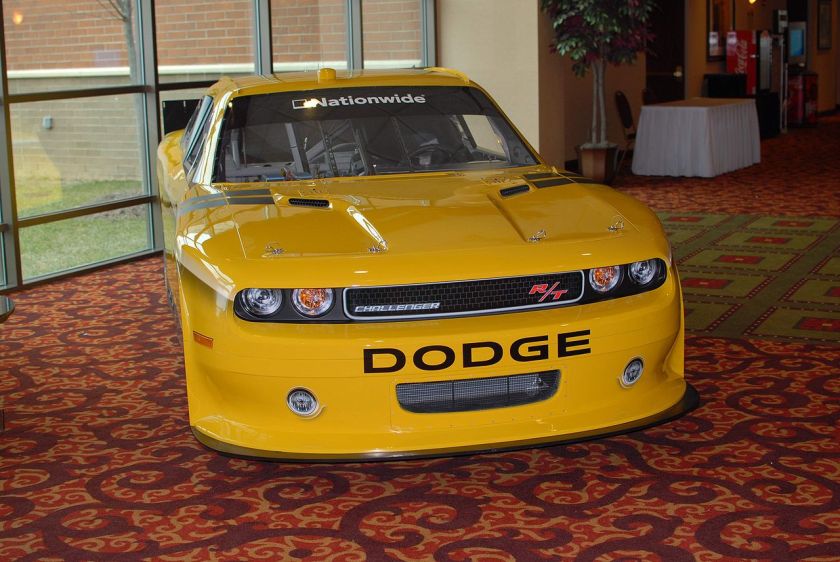
Early version of the Nationwide Series Challenger R/T
- The Challenger was introduced to the SCCA Trans Am Series in 1970. Two factory-backed cars were prepared by Ray Caldwell’s Autodynamics and driven by Sam Posey and Tony Adamowicz. The No.77 car was built at Autodynamics from a street Challenger T/A that was taken from a local dealer showroom. The No.76 chassis arrived mid-season from Dan Gurney’s All-American Racers, and was completed by Autodynamics.
- Dodge’s mid-1970s factory-supported “Kit Car” program for short-track late-model stock car racing offered a choice of Challenger, but in 1974 Dodge ended the Challenger line and they went to the Dodge Dart Sports and Dodge Aspen bodies over a steel-tube chassis.
- Blackforest Motorsports has currently entered a Challenger in the Continental Challenge.
- The Challenger R/T has been used as the Chrysler model for starting in 2010. NASCAR Nationwide Series competition.
With Dodge officially out of NASCAR with the close of the 2012 season the remaining cars and racing parts have been bought up by “privateer” racing teams and continue to show up in Nationwide races during the 2014 season. JJ Yeley has indicated his 2 (sometimes 3) car team will continue to field a Challenger in the Nationwide series for as long as he can find parts to keep the cars running. The team stopped after the 2014 season, though the Mike Harmon #74 and the Derek White #40 did so in the first 2015 race.
Awards and recognition
- Best of Show- 2006 Challenger Concept-North America International Auto Show (Detroit) Concept
- Best of Show (2006)- LA Auto Show
- Best Concept Car (2006)- Autoweek
- People’s Choice Award for 2006 (NAIAS)
- 2008 Collectible Car of the Future- Friends of the National Automotive History Collection (NAHC)
- Top Owner Satisfaction List for 2009- Annual Auto Survey- Consumer Reports
- 10 Best Looking Cars for 2009- Vehix.com
- Most Appealing Mid-Size Sporty Car- J.D. Powers and Associates 2009 Appeal Study
- Best of Class Ideal Vehicle for 2009, Sporty Car Category- Auto Pacific
- The 25 Most Collectible Cars of the Last 25 Years (SRT8)- Consumer Guide Automotive
- Recommended Buy for 2009- Consumer Guides Automotive
- Motor Trend Car of the Year (contender)-Motor Trend
- 5-Star Safety Rating (2009 Challenger)- NHTSA
- Forbes- Most Beautiful Cars 2010
- Forbes- Fastest Cars Under $50,000
- 10 Cars that Will Look Good in 10 Years- U.S. News & World Report (March 2011)
- J.D. Powers & Associates-Best Midsize Sporty Car in 2011 Initial Quality Study.
- Shoppers Choice (Cars.com “Best of 2012” NAIAS event)
- America’s Best-Loved Cars- (J.D. Powers 2011 APEAL Survey- 1st Place Midsize Sporty)
- Top Ten Most Fun to Drive Cars (Fast Car Lane)
- Top 10 Cars to Drive to the Big Game (Roadfly TV)
- 2011 Polk Automotive Award- Sports Car Category (Polk Loyalty Awards)
- Best Affordable Sports Cars – 2012 (4 of 8)- U.S. News
- Auto Industry’s Greatest Hits (2013 retro cars)- bankrate.com
- Charger (1966–78; 1983–87; 2006–present)
Dodge Charger
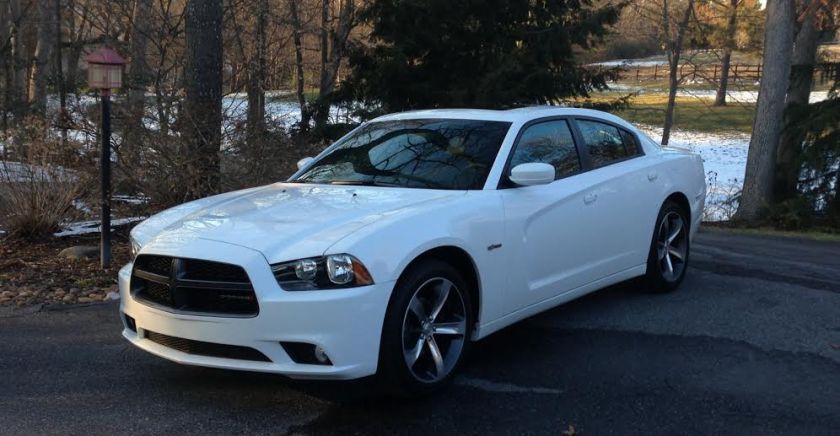
The Dodge Charger is an American automobile marketed by the Dodge division of Chrysler and manufactured in Canada by American manufacturer Chrysler Group LLC. First used on a show car in 1964, there have been several different production vehicles, built on three different platforms and sizes, all bearing the Charger nameplate. The Charger nameplate has been used with subcompact hatchbacks, full-sized sedans, and personal luxury coupes.
Charger models
The three main iterations of Dodge Chargers were a mid-size (B-body) two-door car (1966–78), a subcompact (L-body) car (1983–87), and the (LX and LD) full-size platform four-door sedans built since 2006.
The name was also carried by a 1999 concept car that differed substantially from the Charger eventually placed into production for the 2006 model year. A similar name plate, the Ramcharger, was used for the truck-based vehicle.
The name Charger was also used in Brazil as performance model based on the Dart (A-Body) (1970–80).
- Model years of Chargers
First generation: 1966–1967
The Dodge Charger was introduced during the 1966 model year. It featured a two-door fastback body design and a four bucket seat interior. The intermediate-sized Charger shared components with the Coronet that also used the Chrysler B platform. The base engine was a 318 cu in (5.2 L) V8 with a three-speed floor shifter. Larger and more powerful engines were also available. Sales were low.
Second generation: 1968–1970
The Charger was redesigned for 1968, and sales increased. Based on the Chrysler B platform, the model years received various cosmetic changes to the exterior and interior including: an undivided grill, rounded tail lights, and hidden headlights. The powertrains were the same as the ones used in the 1967 Charger. The model was not successful in stock car racing such as NASCAR. A more aerodynamic shape formed the Charger 500 model that became the basis for the 1969 Dodge Charger Daytona.
Third generation: 1971–1974
The third generation Charger was introduced for the 1971 model year. Chrysler’s B platform was modified to meet new emissions and safety regulations. Available in six different packages with cosmetic changes that include: a split grill, semi fastback rear window, and a ducktail spoiler. The 1973 and 1974 Chargers were very similar to the 1971 with minor differences in the grill and headlamps. The increase in sales was mostly due to the elimination of the Dodge Coronet, which meant Dodge offered the two-door intermediate-size body style only as the Charger.
Fourth generation: 1975–1977
The 1975 model year Charger was a badge engineered version of the Chrysler Cordoba coupe with a different grille and other small changes. Still using Chrysler’s B platform, the new Charger was Dodge’s attempt at moving the model into the growing personal luxury car market segment, and as consumer demand increased for smaller-sized vehicles after the 1973 oil crisis.
Fifth generation: 1982–1987
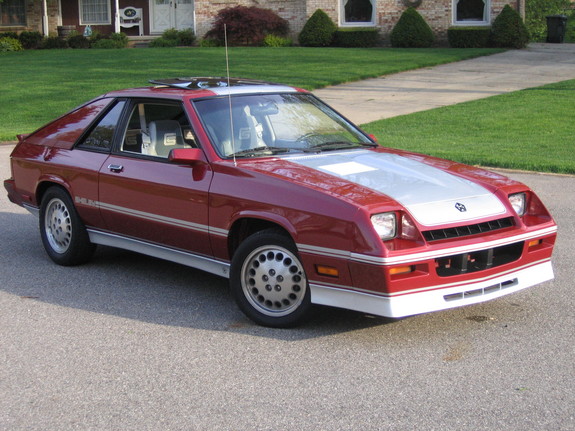
1987 Dodge Charger “Shelby Edition”
The Charger returned in 1982 as a subcompact hatchback coupe with front-wheel-drive, and a five-speed manual or three-speed automatic transmission. This economy-type model was similar to the Dodge Omni 024, but with a slightly larger engine. The Charger was available with the NA 2.2l SOHC or a turbocharged 2.2l SOHC engine. Both engines could be specified with either transmission. A Shelby Charger was offered starting in 1983, with a turbo version available in 1984 producing 148 horsepower (110 kW) at 5600 rpm and 160 pound-feet (220 N·m) of torque at 3200 rpm. The engine was not intercooled and used a small t3 Garrett turbo. In 1985, the electronics were updated but power output was the same. In 1986, the electronics were further updated.
Sixth generation: 2006–2010
After 19 years, Dodge reintroduced the Charger in 2006 in a new form. This generation is available only as a four-door sedan. For 2006, the Dodge Charger is available in SE, SXT, R/T, R/T with Road/Track Performance Group, and Daytona R/T versions.
The Charger SE has the V-6 engine, 5-speed automatic transmission with “AutoStick” manual shifting feature, 17-inch wheels, air conditioning, all-speed traction control, as well as ABS and electronic stability control, a CD player, tilt and telescoping steering column, power locks/mirrors/windows, and remote keyless entry.
The Charger SXT (3.5L V6) adds machined-face aluminum wheels, a 60/40-split folding rear seat with center armrest, eight-way power adjustment for the driver’s seat, a 276-watt Boston Acoustics audio system, cargo net, chrome grille surround, fog lamps, power mirrors, and leather-wrapped steering wheel.
The Charger R/T features the 5.7L Hemi V8 with a multiple-displacement system that allows it to save fuel by running on only four cylinders when cruising. It also comes with 18-inch polished aluminum wheels, dual exhaust pipes, heated mirrors, leather seats, and what Dodge calls a performance braking system.
The Charger SRT8 with a 6.1L Hemi adds an eight-way power front passenger seat, automatic climate control, special grille and rear spoiler, body-color interior trim, special front fascia and engine cover, larger exhaust tips, performance steering gear, heated front seats with perforated suede inserts, power-adjustable pedals, and special colors and exterior trim. Optional features include a Road/Track package with 10 additional horsepower from the Hemi engine, GPS navigation system, 322-watt audio system, sunroof, and rear-seat DVD entertainment system.
Seventh generation: 2011–2014

2014 Dodge Charger SXT Plus – 100th Anniversary Edition
The Charger was redesigned for the 2011 model year using a re-engineered version of the Chrysler LX platform. The design was intended to be reminiscent of the Chargers of the 1960s and 70s and the taillights harken back to that era, as do the new stamped hood and side panels. This generation is available with V6 and V8 engines, 5-speed and 8-speed automatic transmissions, as well as all wheel drive (AWD).
Beginning in 2012, the Charger became available with the 3.6 liter Pentastar V6 coupled with an 8-speed automatic transmission. This engine/transmission combo allows the Charger to accelerate from 0-60 in 6.6 seconds while achieving 31 MPG on the highway. These Pentastar V6 0-60 times equal those of the pre-2008 Charger’s HEMI V8 performance. A number of available performance packages allow the Pentastar V6 to create up to 300 horsepower and offer sport mode performance calibration with paddle shifters. The R/T package features a 5.7 liter HEMI V8 with 370 horsepower, and the top of the line SRT-8 offers a HEMI V8 6.4L engine with 470 horsepower.
In 2014, the Charger was released in a 100th Anniversary trim (100th Anniversary Edition). This trim, available on both the Charger and Dodge Challenger, was released to celebrate the 100th Anniversary of the Dodge brand, which was founded in 1914. The trim features granite metallic grille surround as well as 20-inch granite pocket wheels on both the SXT and R/T models, as well as exclusive leather interiors, exclusive splash screens on infotainment displays, and exclusive exterior badging, among other unique features.
Eighth generation: 2015-present
Unveiled at the 2014 New York Auto Show, the 2015 Dodge Charger received a substantial makeover, the most noticeable change coming in the new front grille and rounded led headlights. Retaining its Coke bottle styling Dodge claims to have reworked just about every panel on the car; made to look leaner and more athletic than its previous look while keeping the same dimensions.
Dodge is reported to have used the 1969 Charger as its inspiration for the remodelling. The engines include the 370 hp (276 kW; 375 PS) Chrysler 5.7 liter Hemi V8 and the 292 hp (218 kW; 296 PS) 3.6 liter V6. The V6 model is EPA-rated at 31MPG or 7.6L/100 km which is claimed by the manufacturer to be the best in its class. The only transmission is the Chrysler eight-speed automatic, coupled with optional all-wheel drive. The all-wheel drive system will automatically remove drive to the front axle when not required, giving an improvement in fuel economy. The new electronic gearshift with optional paddle shift gives shift times of as little as 0.25 seconds in sport mode.
The reworked interior includes new materials for the door, console and dash panels, a new steering wheel and seats, and a wide range of trim packages with both leather and cloth seating.
Charger SRT Hellcat
The 2015 Dodge Charger SRT Hellcat was revealed on 13 August 2014 prior to being shown at the Woodward Dream Cruise. It includes the same 707 hp (527 kW; 717 PS), 650 pound force-feet (880 N·m), supercharged 6.2L Hemi V8 present in the Dodge Challenger SRT Hellcat. Despite being heavier, it has a top speed of 204 mph (328.3 km/h), a 0-60 time of 3.7 seconds, and a 1/4 mile time of 11.0 seconds. The Charger Hellcat features a redesigned front fascia with a larger lower grille similar to the current generation Dodge Viper.
Charger SRT 392
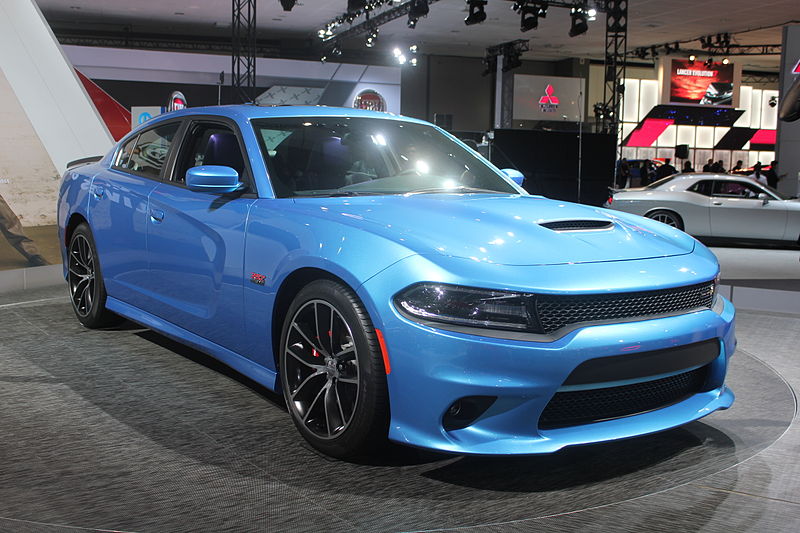
2015 Dodge Charger SRT 392 with Scat Pack
Dodge delivers yet another variation of the Charger sedan: the Charger SRT 392 is the most powerful naturally aspirated model in its class. The SRT 392 Hemi is a 6.4 liter V8 making 485 hp (362 kW; 492 PS) and 475 pound force-feet (644 N·m) of torque. The Charger SRT 392 also comes with 20-inch forged aluminum wheels, 15.4-inch brake rotors out front, and 13.8-inch rear brake rotors.
Other models
See also
- Dart (1960–76; 2013–present)
Dodge Dart (PF)
(Redirected from Dodge Dart (2013))
This article is about the new 2013 Dodge Dart. For the original 1960–1976 Dodge Dart, see
Dodge Dart.
| Dodge Dart |
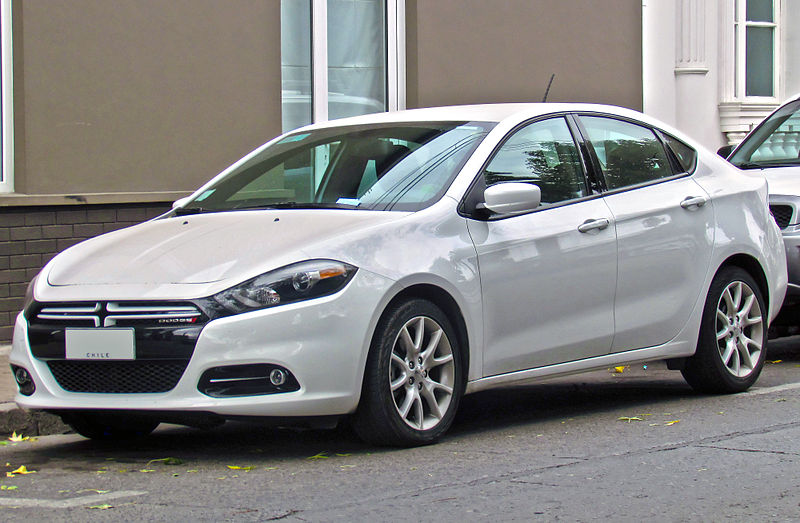
2014 Dodge Dart Rallye 2.0
|
| Overview |
| Manufacturer |
|
| Also called |
Fiat Viaggio (China) |
| Production |
May 2012–present |
| Model years |
2013–present |
| Assembly |
United States: Belvidere, Illinois(Belvidere Assembly Plant)
China: Changsha, Hunan (GAC Fiat) |
| Designer |
Joe Dehner |
| Body and chassis |
| Class |
Compact car |
| Body style |
|
| Layout |
Transverse front-engine, front-wheel drive |
| Platform |
Compact U.S. Wide |
| Related |
|
| Powertrain |
| Engine |
1.4 L FIRE I4 (t/c gasoline)
2.0 L Tigershark I4 (gasoline)
2.4 L Tigershark I4 (gasoline) |
| Transmission |
6-speed FPT C635 manual
6-speed FPT C635 DCTautomatic
6-speed Powertech 6F24automatic |
| Dimensions |
| Wheelbase |
106.4 in (2,703 mm) |
| Length |
183.9 in (4,671 mm) |
| Width |
72.0 in (1,829 mm) |
| Height |
57.7 in (1,466 mm) |
| Curb weight |
3,186–3,348 lb (1,445–1,519 kg) |
| Chronology |
| Predecessor |
Dodge Caliber |
The current version of the Dodge Dart is a compact sedan based on a slightly enlarged Fiat Compact platform and debuted at the 2012 North American International Auto Show on January 9, 2012. The Dart was Dodge‘s first compact sedan since 2005, when the Dodge Neon was discontinued as part of the end of the PL platform.
The Fiat Compact platform, on which the Alfa Romeo Giulietta is built, was enlarged 1.5 in (38 mm) in width and with a 3.7 in (94 mm) longer wheelbase and is now called the Compact U.S. Wide (CUSW) platform. This modified platform, named PF was adapted to U.S. requirements took about 18 months to design, with development costs of US$1 billion.
History
A mini MPV concept car was designed and developed by Chrysler and revealed in 2006 as the Dodge Hornet. This was Dodge’s first attempt at building a car this small and the car was expected to be released in 2010. The concept was dropped because of the 2009 financial crisis and the restructuring of the Chrysler Group. After Chrysler’s merger with Fiat in late 2010, the small Dodge Hornet concept took on a new form to share a Fiat platform. In December 2011, the automaker surprised industry pundits and insiders with an announcement that the new small sedan will be called the Dodge Dart rather than “pay homage not only to the well-received 2006 concept car that carried the name but also to an ancestry of vehicles stretching back 60 years to the original Hudson Hornet.” Commentators have debated the merits of resurrecting the Dart name for the new car.
Production
The Dart is built at Chrysler’s Belvidere Assembly Plant, where the Dart’s predecessor, the Dodge Caliber, was previously built from 2006 to 2011 (2012 was the Caliber’s final model year), and is also where the Jeep Compass and Jeep Patriot are built. This was also where the original Dodge Neon (from 1995 to 2005) and Dodge Neon SRT4 (from 2003 to 2005) were built.
Production of the 2013 Dodge Dart started on Monday, May 7, 2012, at the Belvidere plant. The first Dart off the production line was a Rallye model with Black and Red Interior and Redline Red exterior color. The Dart was scheduled to be available for sale at dealerships in the U.S. beginning at the end of June 2012. The Aero model began production in the third quarter of 2012. The GT began production in the second quarter of 2013.
Features
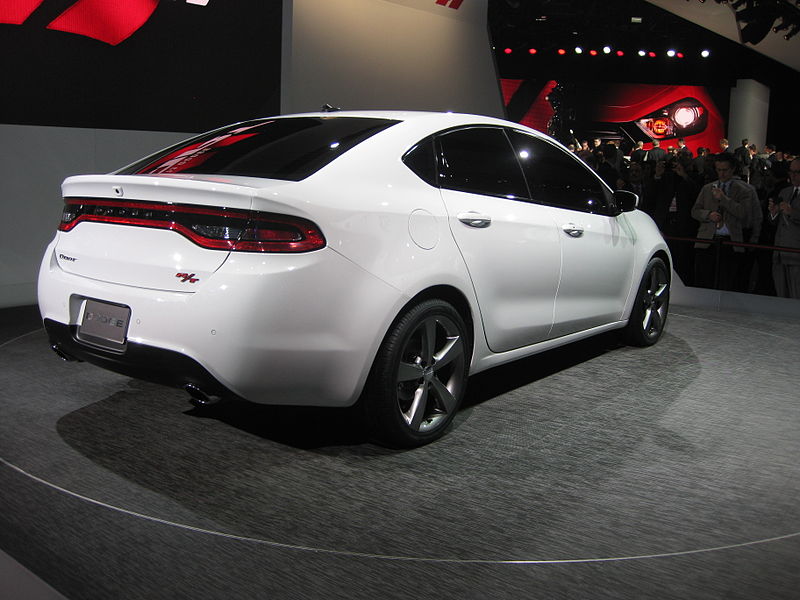
Rear/side view of the Dart R/T
The Dart has three transmission options, including a Powertech 6F24 automatic transmission from Hyundai, and will come with electrically boosted power steering that has a sensor and electric motor mounted to the rack itself. Interior options will include 12 different color / fabric combinations and optional ambient lighting systems; leather seats will be available. The dashboard features a 7-inch (178 mm) color TFT Thin Film Transistor display, a “floating island bezel” placed between traditional round gauges, which graphically shows trip computer and navigation system information; it is integrated to make it appear to be part of the gauge cluster itself, rather than a separate screen. Storage includes a glove box, center console with auxiliary electronics jacks, and console map pockets. Trunk volume is 13.1 cu ft (370 L).
It was the first car in its class to feature a rear obstacle detection system and blind spot monitoring. A Dart version managing an unadjusted combined driving 40 miles per US gallon (5.9 L/100 km; 48 mpg-imp) (16.94 km/L) made it possible for Fiat to acquire an additional 5% share of Chrysler Group.
Suspension
The Dart uses a similar suspension system to that of the Alfa Romeo Giulietta: in front it has independent MacPherson struts, coil springs, twin-tube dampers, stabilizer bar and in the rear it has independent multilink suspension. According to Dart chief engineer the suspension is slightly softened compared with the Alfa, “We’ve taken a little edge off it,” “It’s a blast to toss around.”
Safety and driving aids
The new Dart has many safety features including brake assist, brake-lock differential, rainy brake support, hydraulic boost compensation, electronic stability control, traction control, anti-lock braking system, electronic roll mitigation, hill-start assist, trailer-sway control, rear backup camera and rear park assist. It has 10 airbags standard; it also has a reactive head-restraint system for the front seats, and other available systems are blind-spot monitoring and rear cross path detection. The Giulietta, on which the Dart is based, has achieved the highest rating for a compact car in the EuroNCAP tests.
The Insurance Institute for Highway Safety (IIHS) tested the all-new 2013 Dodge Dart. The Dart achieved a five-star safety rating in the frontal offset barrier, rollover, and side impact crash tests. The Dart also earned an IIHS Top Safety Pick for 2012.
Engines
The Dart has three engine options: a Tigershark 16-valve 2-liter engine, a “Tigershark” 16-valve 2.4-liter MultiAir 2 four-cylinder engine, and a 16-valve 1.4-liter MultiAir Intercooled turbo engine used also in Alfa Romeo Giulietta. That engine has been retuned for American use (changing the required grade of oil to one widely available in the U.S. and Canada, for example) in the Fiat 500 Abarth The 1.4T Dart also will have more torque than the Abarth. A 6-speed manual transmission is available with all engine options, a six-speed automatic is optional on the 2.0 L and 2.4 L engines and a six-speed dual-clutch transmission is available on the 1.4 L turbo unit. Marchionne has stated that a 9-speed automatic will not be available until sometime later. All Dart engines are built in Dundee, Michigan.
In 2014, the Dart SXT and Limited both got a 2.4L I4 engine with increased horsepower ratings, making the 2.0L Tigershark I4 engine only available in the base SE model. The 2.4L I4 engine was offered in late 2013 with the introduction of the Dart GT model. The Dart SE retains the 2.0L I4 engine for 2014, while the Dart Aero model is the only model still available with the 1.4L MultiAir turbocharged I4 engine.
Engine and Transmission Configurations
| Engine Model |
Years |
Transmissions |
| Tigershark 16-valve 2.0-liter four-cylinder |
2012– |
6-speed manual, 6-speed automatic (Powertech 6F24) |
| Fiat 1.4-liter MultiAir Intercooled Turbo |
2012– |
6-speed manual, 6-speed dual dry clutch |
| 2.4-liter Tigershark MultiAir 2 |
2012– |
6-speed manual, 6-speed automatic (Powertech 6F24) |
Models
The Dodge Dart comes in five distinct models. The SE is the base model, offering an AM/FM stereo with single-disc CD player and AUX jack, a fan with heater, cloth seating surfaces, manual door locks, and sixteen-inch steel wheels with full wheel covers. The SXT is a step up from the base SE model, adding seventeen-inch steel wheels with full wheel covers, air conditioning, six speakers, and keyless entry. The Rallye trim was a distinct model but is now available as a package that can be added to the SXT trim. The Aero is a version of Dodge Dart designed for optimal fuel efficiency. It is equipped with 1.4-liter MultiAir intercooled turbo engine, aerodynamic enhancements (lightweight aluminum chassis components, active grille shutters, underbody aero kit, a lowered profile and low-rolling resistance tires), six-speed Dual Dry Clutch Transmission (DDCT). The Limited is the top-of-the-line luxury Dart. It features eighteen-inch chrome-finished wheels, an 8.4-inch touch-screen AM/FM stereo with CD player and Bluetooth, SIRIUS-XM Satellite Radio, a nine-speaker, 506-watt premium sound system manufactured by Alpine for Dodge, and chrome accents. The SXT will most likely be the volume seller. In 2014, the SXT got new wheel covers and optional sixteen-inch alloy wheels. The Aero got standard alloy wheels. All Darts, aside from the SE, Aero, and GT get a standard 2.4L I4. The Aero became the only Dart to have the 1.4L MultiAir I4 for 2014, as well as the only Dart to have the optional DCT transmission. All Darts aside from the SE got standard U Connect Bluetooth telephone for 2014. A Blacktop Package, featuring black alloy wheels and black accents, for all models except SE and Limited, as well as a California Appearance Package for the SXT and Limited, both became available for 2014.
Compared to the Limited trim, the GT features eighteen-inch lightweight alloy wheels, suspension modifications, leather color schemes, body-color accents, and a 2.4L Tigershark four-cylinder engine mated to a standard 6-speed manual transmission (automatic optional). This model was originally unveiled at the Dart’s January 2012 introduction as the “R/T” model, but was renamed the “GT” in January 2013, prior to availability.
On March 4 2014, at the Geneva Motor Show, Marchionne denied all speculation about the production of a hatch model Dart for the North American market. He stated that “our North American consumers will be gradually offered alternatives for same or close to expense”, pinpointing that potential buyers might account for either Fiat 500X, or Jeep Renegade, both of which are upcoming this year.
SRT Racing Dodge Dart
At the New York International Auto Show in 2012, a Dodge Dart turbo four-wheel drive rally car was shown, after the earlier release of a rendering. The blue-and-white SRT-badged car will enter Global RallyCross Championship racing competitions, driven by professional rally car drivers including four-time Rally America Champion Travis Pastrana.
It is a race car for the 2012 Global RallyCross Championship. Based on 2013 Dodge Dart, it included a 2.0-liter, 4-cylinder, 16-valve turbo-charged engine rated 600 hp (447 kW) and over 550 lb·ft (746 N·m) of torque, Sadev 4-wheel drive transmission.
On May 6 2014, the Dart SRT was confirmed by the FIAT Chrysler Automobiles (FCA) group. Based on the 5-year plan it looks like the unveiling of the Dart SRT is set for December 2016. http://www.fcagroup.com/investorday/PresentationList/Dodge_Brand.pdf
Fiat models
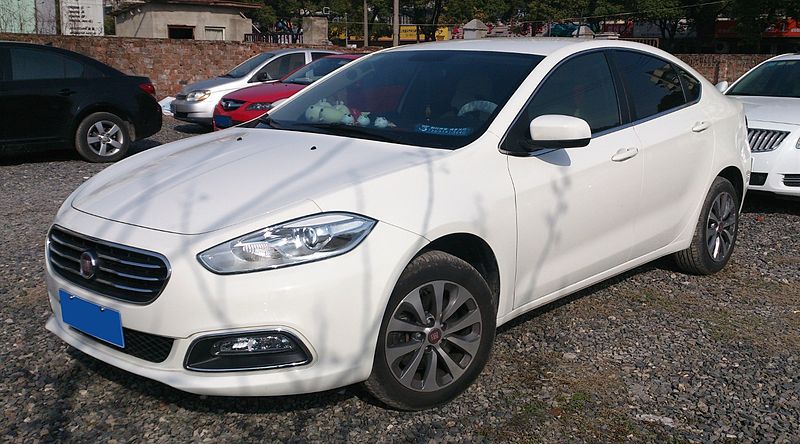
Fiat Viaggio photographed in Shanghai, China
The Fiat Viaggio (“journey“, “voyage” in English), also called Fei Xiang (菲翔), is a sedan version of the Dodge Dart for the Chinese market, designed by the Fiat Group Style Centre in Torino. It offers a choice of 1.4-litre T-Jet engine producing 120 PS (88 kW) or 150 PS (110 kW), with 5-speed manual or Dual Dry Clutch Transmission (DDCT).
The Viaggio was unveiled at the 2012 Beijing International Auto Show, and went on sale in Q3 2012, with delivery by the end of 2012.
The Fiat Ottimo is a 5-door hatchback version of the Viaggio for the Chinese market. It was introduced at 2013 Guangzhou Auto Show and was designed by Roberto Giolito.
Engines
| Model |
Years |
Type/code |
Power@rpm, Torque@rpm |
| 1.4T 120HP |
2012– |
1,368 cc (83.5 cu in) I4 turbo (T-Jet turbo) |
120 PS (88 kW; 118 hp)@5500, 206 N·m (152 lb·ft)@2500 |
| 1.4T 150HP |
2012– |
1,368 cc (83.5 cu in) I4 turbo (T-Jet turbo) |
150 PS (110 kW; 148 hp)@5500, 230 N·m (170 lb·ft)@3000 |
Transmissions
| Model |
Years |
Types |
| Wyatt Exclusive Edition 1.4T 120HP |
2012– |
5-speed manual, 6-speed dual dry clutch |
| Enjoy Edition 1.4T 120HP |
2012– |
5-speed manual, 6-speed dual dry clutch |
| Energizer Enjoy Edition 1.4T 120HP |
2012– |
6-speed dual dry clutch |
| Exclusive Edition 1.4T 150HP |
2012– |
6-speed dual dry clutch |
Marketing
In July 2012, the first television ad for the Dodge Dart aired during the broadcast of the Major League Baseball All-Star game, featuring the bassline from Kanye West’s No Church in the Wild, a spoof on the Reliant Robin and a cameo by NFL’s Tom Brady. In May 2013, the Dodge Dart was marketed as a tie-in to promote the film Fast & Furious 6, despite not appearing on the film.
Dodge Durango
The Dodge Durango is a sport utility vehicle (SUV) produced by the Dodge division of Chrysler. The first two generations were very similar in that both were based on the Dodge Dakota, both featured a body-on-frame construction and both were produced at the Newark Assembly plant in Newark, Delaware. However, they did differ in that the first generation was classified as a mid-size SUV while, the second generation was classified as a full-size SUV.
The third generation Durango however is built on the same platform as the Jeep Grand Cherokee, features unibody construction and is currently being assembled at the Jefferson North Assembly plant in Detroit, Michigan. However, it does retain the previous generation’s classification as a full-size SUV.
First generation (1998–2003)
| First generation |
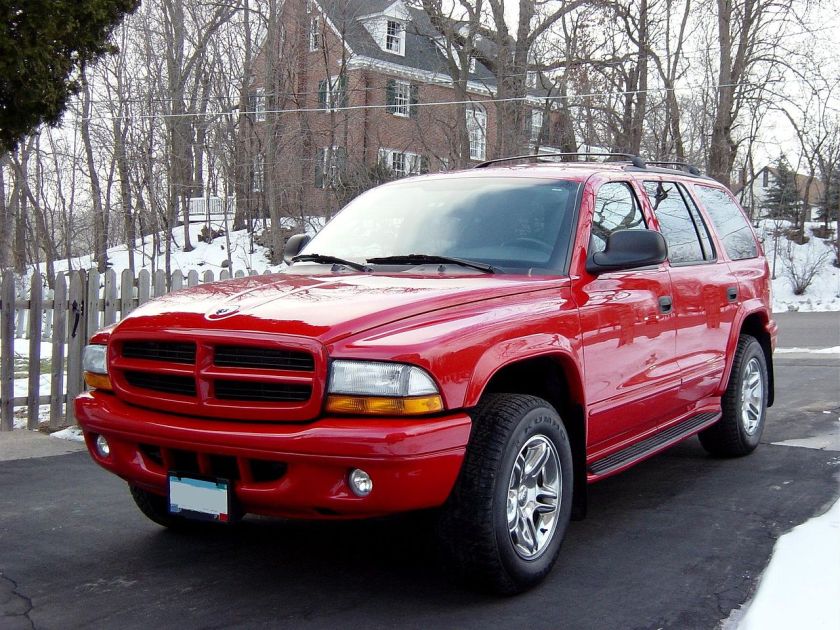 |
| Overview |
| Production |
1997–2003 |
| Assembly |
Newark, Delaware, United States(Newark Assembly) |
| Body and chassis |
| Class |
Mid-size SUV |
| Platform |
Chrysler DN platform |
| Related |
Dodge Dakota |
| Powertrain |
| Engine |
3.9 L (238 cu in) Magnum V6
4.7 L (287 cu in) PowerTech V8
5.2 L (318 cu in) Magnum V8
5.9 L (360 cu in) Magnum V8 |
| Transmission |
4-speed TorqueFlite automatic4-speed RFE automatic5-speed RFE automatic |
| Dimensions |
| Wheelbase |
116.2 in (2,950 mm) |
| Length |
193.5 in (4,910 mm) (2000–2003)
193.3 in (4,910 mm) (1997–2000) |
| Width |
71.5 in (1,820 mm) (1997–2000)
71.3 in (1,810 mm) (2000–2003) |
| Height |
70.0 in (1,780 mm) (2000–2003)
72.9 in (1,850 mm) (1997–2000) |
| Curb weight |
4,500 pounds (2,000 kg) (1997–2000)
4,520 lb (2,050 kg) (2000–2003) |
The Durango was marketed as a sturdy truck-based SUV designed to hold up to eight passengers and tow up to 8,950 lb (4,060 kg) when properly equipped.[2] The 4.7 L PowerTech V8 replaced the 5.2 L MagnumV8 engine for 2000; however, the 5.2 was still available in the early 2000 models. In that same year a special AWD performance version called the R/T was released with a 5.9 L Magnum V8. In 1999 and 2000, a limited edition Shelby S.P.360 version was offered that featured a supercharged version of the 5.9 L Magnum V8 engine. Output is 360 hp (270 kW; 360 PS) and 412 lb·ft (559 N·m) of torque. Exterior modifications include unique wheels, tires, suspension, and bumpers. It came standard with Viper blue paint with two racing stripes down the center of the truck. It boasted a 0 to 60 mph time of 7.1 seconds. The top speed was 142 mph (229 km/h).
1998: First model year for Durango, available only in 4WD.
1999: The Durango was made available with 2WD. A 3.9L Magnum V6 engine was available, however few were sold. Minor changes were made for the 2nd year, two new paint colors and notable options available including 6 in × 9 in (150 mm × 230 mm) heated rear view mirrors and steering wheel-mounted radio controls. Leather seats became standard on SLT Plus models, and body-color wheel flares became standard on SLT Plus and 4WD Models.
2000: The new 4.7 L PowerTech V8 engine replaced the 5.2 L Magnum V8 as the standard engine for 4WD models. The 3.9L Magnum V6 engine was no longer available, leaving only V8s for the rest of the production run. The high performance Durango R/T came equipped with a performance tuned 5.9 L Magnum V8 and AWD.
2001: Dodge focused on interior upgrades as Durango’s interior trim panels, dash mounted controls, instrument panel, overhead console, and steering wheel were all redesigned. The transfer case selector on 4X4 models changed from a manual lever on the console to a switch on the dash. The instrument cluster was updated and an electronic vehicle information center (EVIC) was incorporated into the overhead console. For improved rear passenger comfort, a dual-zone climate control system was added as standard equipment. Sound systems were improved on all models and now came standard with SX speakers. Other minor changes include door panels, revised seats, aluminium wheels, and minor changes to trim options.
2002: The new SXT version of the Durango was offered as the entry-level trim package. Optional side curtain airbags were added for safety.
2003: Durango featured minor mechanical changes, most notable was the addition of 4-wheel disc brakes.
Trim levels
- 1998–2003 – SLT
- 1998–2003 – SLT PLUS
- 1999–2000 – S.P. 360
- 2000–2003 – Sport
- 2001–2003 – SXT
- 2000–2003 – R/T.
Engines
- 1998–2000 — 5.2 L (318 cu in) Magnum V8, 230 hp (170 kW) & 300 lb-ft (410 N-M) of torque
- 1999 — 3.9 L (238 cu in) Magnum V6, 175 hp (130 kW) & 225 lb·ft (305 N·m) of torque
- 1998–2003 — 5.9 L (360 cu in) Magnum V8, 245 hp (183 kW) & 330 lb·ft (449 N·m) of torque
- 2000–2003 — 5.9 L (360 cu in) Magnum V8, 250 hp (190 kW) & 345 lb·ft (469 N·m) of torque
- 1999–2000 — 5.9 L (360 cu in) Supercharged Magnum V8, 360 hp (270 kW) & 412 lb·ft (559 N·m) of torque
- 2000–2003 — 4.7 L (287 cu in) PowerTech V8, 235 hp (175 kW) & 295 lb·ft (400 N·m) of torque
Transmissions
Second generation (2004–2009)
The second generation Durango was first shown as a concept dubbed Dodge Durango R/T concept at the 2003 Detroit Auto Show. It debuted shortly before the companion Dakota. Like the Dakota, it has much in common with the large Dodge Ram pickup, including a fully boxed frame. It is 7 in (180 mm) longer, 2 in (51 mm) wider, and 3 in (76 mm) taller than the previous model. It also offered a third row bench with three seats, giving it an eight-seat capacity. The design took its styling primarily from the Dodge Powerbox concept, which was itself based on the 1999 Dodge Power Wagon Concept, and the 2003 Durango R/T concept.
Debuting for 2004 was a new coil-spring rear suspension for the solid rear axle. A Watt’s linkage system is fitted to the rear axle, centering the axle and reducing rear-end skate over rough surfaces, and allowing a lower and wider cargo floor.
Facelift
The 2007 model was reworked to halt a sales decline, debuting at the Dallas Auto Show in April 2006. It featured a redesigned grille, hood, headlamps, fenders and wheels. New features included electronic stability control, a tire pressure monitoring system, rear park assist, and a one-touch turn signal. The 2007 model also featured a reworked floor and an electrical system in preparation for the 2009 hybrid version.
In 2006, Chrysler introduced a luxury SUV based on the Durango, called the Chrysler Aspen.
Discontinuation
In October 2008, as demand for full-size SUVs fell off, Chrysler announced that the shutdown of the Newark Assembly facility, which produced the Durango and Chrysler Aspen, would be moved up to the end of 2008, thereby ending production of the Aspen and Durango for the 2009 model year. Production ceased on December 19, 2008. This effectively ended production of the Aspen and Durango Hybrids for the 2009 model year.
Hybrid
Chrysler began manufacturing its first production hybrid vehicles, the Dodge Durango and Chrysler Aspen Hybrids; for the 2009 model year on August 22, 2008. They featured the 345 hp (257 kW) 5.7 L (345 cu in) Hemi engine with MDS as well as the new Two-Mode Hybrid system developed with General Motors and BMW. Total output combined with the electric motors is 385 horsepower, although with the added weight and taller final-drive ratio, the hybrids will be slower than comparable nonhybrid Hemi models. The manufacturer claimed an almost 25% gain in overall fuel economy and an almost 40% gain in the city. EPA testing on the Hybrids with the Hemi V8 engine indicates fuel mileage to be about 20 miles per US gallon (12 L/100 km; 24 mpg-imp) (city) and 22 mpg-US (11 L/100 km; 26 mpg-imp) (highway) for the 2009 models. The non-hybrid models were rated at 13 mpg-US (18 L/100 km; 16 mpg-imp) (city) and 19 mpg-US (12 L/100 km; 23 mpg-imp) (highway). Chrysler want to position the hybrids as a less expensive alternative to GM’s hybrid Chevrolet Tahoe and GMC Yukon, which use a similar hybrid system. Chrysler announced that the 2009 Chrysler Aspen Hybrid would have a starting MSRP of $45,570 and the 2009 Dodge Durango Hybrid would have a starting MSRP of $ 45,340. The hybrid became available at dealerships in early October, the same month Chrysler announced the termination of all Durango and Aspen production. Chrysler had received approximately 3,000 pre-orders for both models from dealers. It was uncertain if the automaker filled those orders. By early November 2008, 400 of the hybrid SUVs, including Chrysler Aspen, had already been built. It was one of the shortest-lived model from a major automaker in modern times.
Chrysler Aspen
The Chrysler Aspen was a full-size, luxury sport utility vehicle from Chrysler. Launched for the 2007 model year, the Aspen was based on the Dodge Durango SUV. Together with the Durango, it was the first production hybrid vehicle from the company.
The Aspen was the first truck-based Sport Utility Vehicle commercialized under the Chrysler brand, although the PT Cruiser was the first truck-based Chrysler brand vehicle as classified under Corporate Average Fuel Economy‘s (CAFE) regulation. With this introduction, as of 2006, all American automobile brands had an SUV in their range. The truck was unveiled at the 2006 North American International Auto Show. The Aspen came equipped with three rows of seating for 8 passengers and available all-wheel drive. It was available in only one trim Limited.
Trim levels
- SXT 2004–2009
- SLT 2004–2009
- SLT Plus 2004–2009
- Night Runner 2005–2007
- Limited 2004–2009
- Adventurer 2005–2008
Engines
- 2004–2009 – 3.7 L (226 cu in) PowerTech V6, 210 hp (160 kW) at 5200 rpm and 235 lb·ft (319 N·m) at 4000 rpm
- 2004–2007 – 4.7 L (287 cu in) PowerTech V8, 235 hp (175 kW) at 4500 rpm and 300 lb·ft (407 N·m) at 3600 rpm
- 2004–2009 – 5.7 L (345 cu in) Hemi V8, 335 hp (250 kW) at 5200 rpm and 370 lb·ft (502 N·m) at 4200 rpm (MDS equipped for 2006+ 5.7 L engines for improved fuel mileage)
- 2008–2009 – 4.7 L (287 cu in) PowerTech V8, 303 hp (226 kW) at 5,650 rpm and 330 lb·ft (447 N·m) at 3,950 rpm
Third generation (2011–present)
On August 16, 2010, Dodge released an Internet site and teaser photos of the third generation of Dodge Durango. The new Durango is built alongside of the 2011 Jeep Grand Cherokee at the Jefferson Ave. Assembly Plant in Detroit, Michigan. The new Durango shares not only the assembly line with the Grand Cherokee, but also the running gear, powertrains, and chassis parts. The new Durango features two engines. The base engine is a new 3.6-liter V6 engine producing 290 hp (220 kW; 290 PS) and 260 lb·ft (350 N·m) of torque at 4,800 rpm; 90% of peak torque is available from 1,600 to 6,400 rpm. The Pentastar V6 is attached to the Mercedes W5A580 five-speed automatic, with Chrysler’s controls and the driver-interactive control. The 5.7 L Hemi VVT V8 returns with 360 hp (270 kW; 360 PS) and 390 lb·ft (530 N·m) of torque, which features the 545RFE 5-speed automatic. The HEMI V8 also comes with a “fuel-saver”(cylinder deactivation) mode. This feature is primarily used when the vehicle is cruising at constant speeds on level ground.
The wheelbase of the new Durango is longer than that of the Grand Cherokee. It features three rows of seating compared to the Grand Cherokee’s two rows.
The 2011 Dodge Durango entered production on December 14, 2010, alongside the second generation Charger in the 2011 vehicle lineup. It went on sale for general dealership availability in mid-January 2011.
2014 update
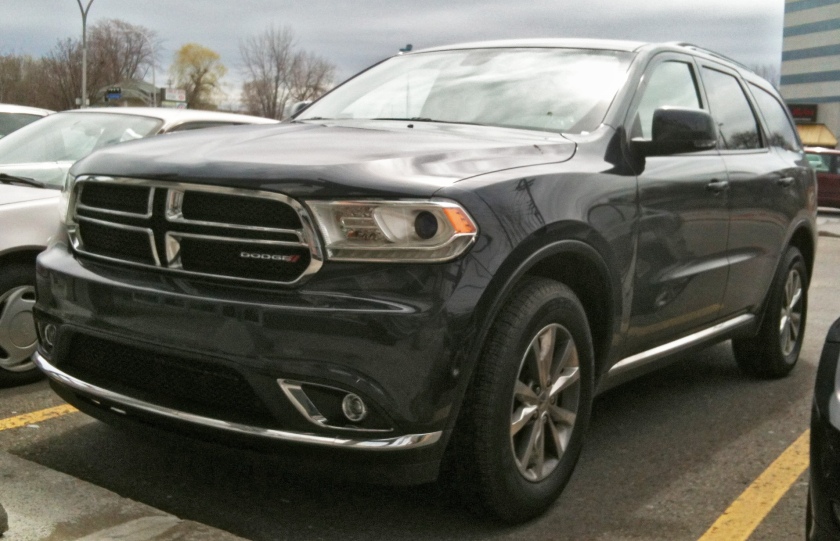
2014 Durango with refreshed headlights and grille.
Dodge unveiled its revised Durango at the 2013 New York Auto Show. It features sportier-looking lines, an 8-speed automatic transmission as well as a new design trim similar to the Rallye, with blackened plastic bumper and outline. It also features the LED ‘Racetrack’ tail lamps also found on the Charger and Dart. On the inside, it features a revised steering wheel and the reconfigurable 7 inch (780mm) Thin Film Transistor (TFT) display first seen on the Dart.
2015 update
On June 5, 2012, Autoblog reported that Dodge is expected to discontinue the Durango, possibly due to Fiat Chrysler’s plans to phase out Dodge’s SUV lineup and shift it over to sister division Jeep as part of a realignment to have Dodge focus on cars and CUVs with Jeep concentrating exclusively on SUVs, and due to Jeep’s plans to reintroduce the Jeep Grand Wagoneer, expected to be the Durango’s successor, set for a targeted 2016 or 2017 launch (a reveal is slated for 2015). While the 2015 model year will be the final one under this generation despite having good sales, Dodge will retain the Durango brand with plans for a relaunching after Jeep’s Grand Wagoneer’s relaunch.
The 2015 Durango will see a new package that will be available for the R/T trim, consisting of a Premium Nappa Leather Group option featuring radar red leather seats, 0.8-inch-lower right height, black headlamp bezels, HID low beams and LED DRLS, R/T embroidery on the seats (optional), a nine-speaker sound system with a subwoofer, a 360-horsepower 5.7-liter Hemi paired with ZF’s ubiquitous eight-speed transmission, and a 20-inch Granite Crystal wheel finish decked out in black.
Total American sales
Dodge Durango sales
| Calendar Year |
US Sales |
| 1997 |
20,263 |
| 1998 |
156,923 |
| 1999 |
189,840 |
| 2000 |
173,567 |
| 2001 |
130,799 |
| 2002 |
106,925 |
| 2003 |
108,010 |
| 2004 |
137,148 |
| 2005 |
115,439 |
| 2006 |
70,606 |
| 2007 |
45,503 |
| 2008 |
21,420 |
| 2009 |
3,521 |
| 2010 |
572 |
| 2011 |
51,697 |
| 2012 |
42,589 |
| 2013 |
60,727 |
| 2014 |
64,398 |
Chrysler Aspen sales
| Calendar Year |
Sales |
| 2006 |
7,656 |
| 2007 |
28,788 |
| 2008 |
22,254 |
| 2009 |
5,996 |
| 2010 |
30 |
Recall
On August 16, 2012, Chrysler recalled 1,661 2013-model Dodge Durango sport utility vehicles in the United States and Canada because some airbags may not deploy in an accident. The recall affects 1,449 of the seven-passenger versions of the SUVs in the United States and 212 in Canada and other markets.
Dodge Journey
The Journey is a mid-size five-door, five- or seven-passenger crossover vehicle manufactured and marketed by the Dodge division of Chrysler since model year (MY) 2009 with revisions for MY 2011.
Styled by Chrysler’s Ryan Nagode, the Journey is offered globally, in some markets as the Fiat Freemont, including in Australia with right-hand drive since 2013.
First generation (JC49, 2008–)
Unveiled first at the 2007 Frankfurt Motor Show, and later appearing at the 2009 Frankfurt Motor Show, Identified internally as the JC49, the Journey shares a modified platform with the Dodge Avenger and an identical wheelbase to the outgoing short wheel base Chrysler minivan, a slightly shorter wheelbase 113.8 in (2,891 mm) than the outgoing Chrysler Pacifica. Featuring 5 or (5+2) passenger seating with four forward-hinged doors, the Journey is available with a four-cylinder engine, as with past models of the Chrysler minivans.
Production versions of 2009 model year vehicles went on sale in March 2008 in North America, and mid-2008 elsewhere. A version for the Chinese market was unveiled at Auto China in 2008, marketed as the JCUV. Initial model production began in 2009. Freemont went on sale in Russia in 2013.
Halfway through the 2009 model year, the model name emblem moved to the right-end of the trunk lid, replaced by the brand emblem.
2011 update
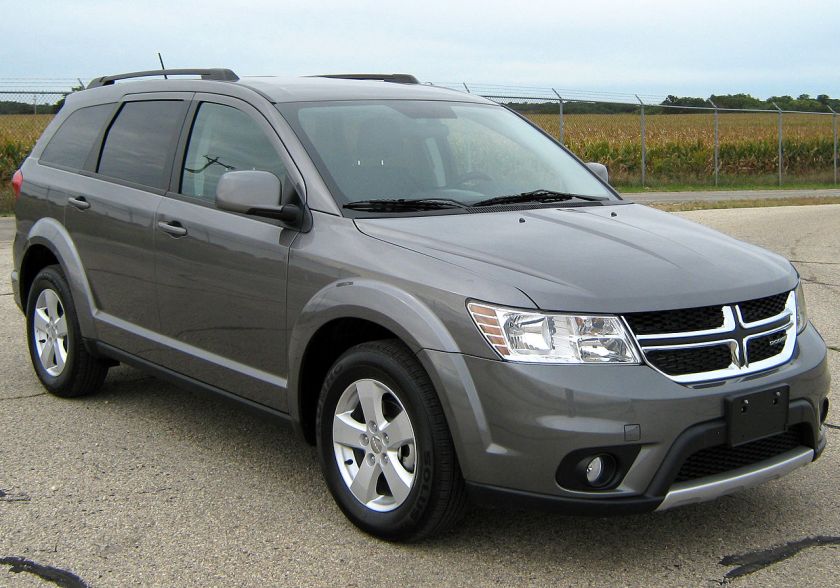
Post-facelift 2012 Dodge Journey SXT
Revisions for the 2011 model year include modifications to the grille, lower front fascia, interior, suspension, steering, powertrain, and use of Dodge’s new logo, launched in 2010.
For the 2012 model year, the Journey becomes Dodge’s smallest SUV after its smaller but more expensive counterpart, the Nitro finished production. Chrysler added the Dodge logo with two slanted rectangles instead of just showing the Dodge text for the 2012 models.
North American models
The following trims were available in North America from 2008 to 2010:
- SE – 2.4L 173 hp (129 kW) I4
- SXT – 3.5L 235 hp (175 kW) V6
- SXT AWD – 3.5L 235 hp (175 kW) V6
- R/T – 3.5L 235 hp (175 kW) V6
- R/T AWD – 3.5L 235 hp (175 kW) V6
Features:
- Aluminum hood.
- Composite plastic tailgate.
- One-third of the Journey’s body-structure, by weight, made of high-strength steel.
- Second row H-point is 1.6 inches (40.6 mm) higher than the first row; third row 0.6 inches (15.2 mm) (17 mm) higher still.
- Rear doors open 90-degree angle allowing for easy rear access and helping child-seat installation.
- Markets outside North America in both left-hand and right-hand drive.
- Under-floor storage lockers behind front seats.
- Rear climate control vents and optional rear climate control panel.
- Extra power outlets.
- Optional hard-drive-based stereo/navigation/phone system.
- Interior child-view mirror.
- Optional booster seats (these are not integrated child seats but are aimed at older children).
- Theatre seating (second row is substantially higher than the first row).
- Third row of foldaway “occasional use” seats (with minimal seat height and legroom).
- Gas mileage: 16–19 mpg-US (15–12 L/100 km; 19–23 mpg-imp) city, 23–25 mpg-US (10.2–9.4 L/100 km; 28–30 mpg-imp) highway (2008 United States Environmental Protection Agency figures).
- Standard (US & Canada) multi-stage front driver and passenger air bags, front-seat-mounted side air bags, three-row side-curtain air bags, standard four-wheel disc anti-lock brakes (ABS), electronic stability program (ESP), and electronic roll mitigation, brake assist.
- Traction control, rollover sensing, trailer sway control, tire pressure monitors, and a rear backup camera.
Fiat Freemont
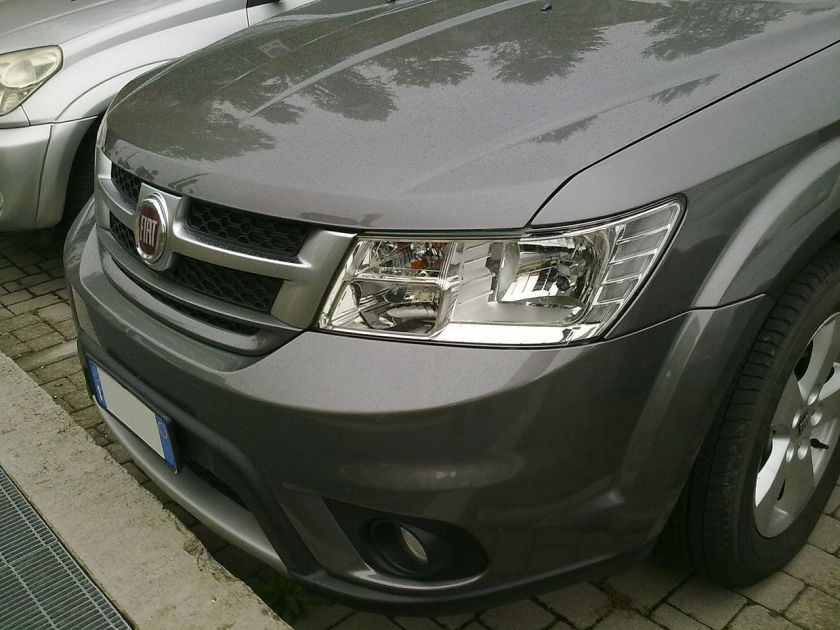
Fiat Freemont’s front badge (the exterior itself remains substantially unchanged)
Chrysler rebadged the Mexico-manufactured Journey in Europe after model year 2011 as as the Fiat Freemont, unveiled at the Geneva Motor Show 2011, and began marketing the Durango.
The Freemont had its Italian launch in the end of May 2011. The Freemont has different suspension tuning and cosmetics changes in front and rear bumpers. The interior is identical between the two models, only differing in the logo and trim.
The Freemont has two front-wheel-drive turbodiesel variants the 140 PS (103 kW; 138 hp) and the 170 PS (125 kW; 168 hp) version of Fiat’s 2.0 L Multijet turbodiesel. Later will be introduced all-wheel-drive version of 170 PS (125 kW; 168 hp) diesel and the Pentastar V6.
In Australia and Brazil, both the Freemont and the Journey are available for sale. However, to create a distinct market for the two vehicles, the Freemont is only available with the 2.0 and 2.4L 4-cylinder engines, while the Journey is now only sold with the Pentastar V6 engine (both engines were available before the launch of the Freemont).
Engines
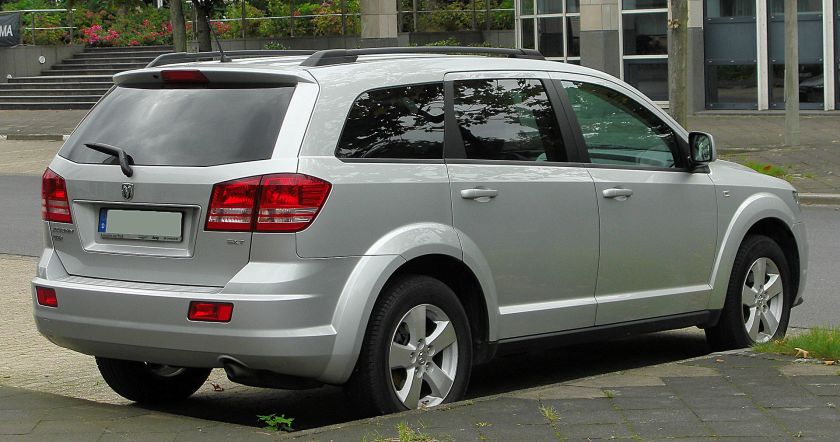
Dodge Journey SXT Diesel (Europe)
The available four-cylinder is a 2.4 L (146 cu in), with 173 hp (129 kW) and 166 lb·ft (225 N·m) of torque; a version of Chrysler’s GEMA built, World Engine class of four-cylinder engines shared with Hyundai and Mitsubishi.
Through 2010, the V6 offered in North America was a 3.5 L (214 cu in)[2] with a six-speed automatic transmission, producing 235 hp (175 kW) and 232 lb·ft (315 N·m) of torque. For 2011, it was changed to the 3.6-liter Pentastar V6, producing 283 hp (211 kW) and 260 lb·ft (350 N·m) torque. Other markets offer the six-speed automatic transmission with the flex-fuel (E85 compatible) 2.7-liter V6. All-wheel drive is only available with a V6.
Also through 2010 a Volkswagen-sourced diesel engine was available outside of North America with an automatically shifted dual clutch transmission. Chrysler performed primary engineering for the dual-clutch transmission with support from long-time partner Getrag, which was to build the transmission in the United States. Due to funding issues, this did not happen, and the factory, nearly finished, was sold and used for other purposes.
For the second generation in 2011 it was replaced by the Fiat 2.0-liter four-cylinder diesel engine with 140 hp (100 kW) or 170 hp (130 kW) and 258 lb·ft (350 N·m) of torque and a manual or optional automatic six-speed transmission.
Safety
| Euro NCAP test results |
| Fiat Freemont (2011) |
| Test |
Points |
% |
| Overall: |
     |
| Adult occupant: |
30 |
83% |
| Child occupant: |
40 |
82% |
| Pedestrian: |
18 |
50% |
| Safety assist: |
5 |
71% |
NHTSA 2012 Dodge Journey:
| Overall: |
     |
| Frontal Driver: |
     |
| Frontal Passenger: |
     |
| Side Driver: |
     |
| Side Passenger: |
     |
| Side Pole Driver: |
     |
| Rollover FWD: |
     / 18.5% / 18.5% |
| Rollover AWD: |
     / 17.9% / 17.9% |
Production
Chrysler manufactures the Journey at the 220-acre (0.89 km2) Toluca Car Assembly in Toluca, Mexico, on the same assembly line as the Fiat 500 (2007).
Sales
| Calendar Year |
United States |
Canada |
Outside North America |
Total |
| 2008 |
47,097 |
11,817 |
24,155 |
83,069 |
| 2009 |
53,826 |
15,390 |
15,908 |
90,679 |
| 2010 |
48,577 |
23,785 |
N/A |
72,362 |
| 2011 |
55,155 |
29,021 |
38,869 |
123,045 |
| 2012 |
79,563 |
28,888 |
23,624 |
132,075 |
| 2013 |
83,933 |
27,745 |
|
|
| 2014 |
93,572 |
|
|
|
Marketing
Dodge Journeys marketed in Japan are known as Dodge JC because “Journey” has been used by Isuzu Motors. JCs were qualified by the Japanese government to be included in Subsidy Scheme for Environmentally Friendly Vehicles.
As part of the vehicle’s introductory promotion, Dario Franchitti‘s No. 40 Dodge Charger carried a “Journey” paint scheme for the 2008 Daytona 500 on February 17, 2008.
Future
While Chryser CEO has announced, on 25 March 2013, that it will get a second generation refinement for the 2015 model year, there was no further updates on that information. Moreover, speculation around the early-2014 release of the 30th Anniversary 2014 Dodge Grand Caravan and its possible replacement for the 2016 model year was widely interpreted as a second-generation Journey built on D-EVO LW platform (which may, or may not be based on the upcoming “extended wheelbase” adaptation of CUSW for 2015). As Of the 2015 model year there have been no modifications to body style and no other changes other than trim packages.
Dodge Viper
The Dodge Viper (formerly the SRT Viper between 2012 and 2014) is a sports car, manufactured by the Dodge (SRT for 2013 and 2014) division of Fiat Chrysler. Production of the two-seat sports car began at New Mack Assembly in 1991 and moved to its current home at Conner Avenue Assembly in October 1995.
Although Chrysler considered ending production because of financial problems, chief executive Sergio Marchionne announced and showed on September 14, 2010 a new model of the Viper for 2012. In 2014 the Viper was named number 10 on the “Most American Cars” list, meaning 75% or more of its parts are manufactured in the U.S. The Viper was initially conceived in late 1988 at Chrysler’s Advanced Design Studios. The following February, Chrysler president Bob Lutz suggested to Tom Gale at Chrysler Design that the company should consider producing a modern Cobra, and a clay model was presented to Lutz a few months later. Produced in sheet metal by Metalcrafters, the car appeared as a concept at the North American International Auto Show in 1989. Public reaction was so enthusiastic that chief engineer Roy Sjoberg was directed to develop it as a standard production vehicle.
Sjoberg selected 85 engineers to be “Team Viper,” with development beginning in March 1989. The team asked the then-Chrysler subsidiary Lamborghini to cast a prototype aluminum block for the sports car to use in May. The production body was completed in the fall, with a chassis prototype running in December. Though a V8 engine was first used in the test mule, the V10, which the production car was meant to use, was ready in February 1990. Official approval from Chrysler chairman Lee Iacocca came in May 1990. One year later, Carroll Shelby piloted a pre-production car as the pace vehicle in the Indianapolis 500 race. In November 1991, the car was released to reviewers with first retail shipments beginning in January 1992.
First generation RT/10 (1992–1995)
The first prototype was tested in January 1989. It debuted in 1991 with two pre-production models as the pace car for the Indianapolis 500 when Dodge was forced to substitute it in place of the Japanese-built Dodge Stealth because of complaints from the United Auto Workers, and went on sale in January 1992 as the RT/10 Roadster.
The centerpiece of the car was its engine. The Lamborghini Company, then owned by Chrysler Corporation, designed the V10 for the Viper by recasting the block and heads in an aluminum alloy, and was based off Chrysler’s V8 engine. A major contributor to the Viper since the beginning was Dick Winkles, the chief power engineer, who had spent a lot of time in Italy.
The engine weighs 711 lb (323 kg) and produces 400 bhp (300 kW) at 4600 rpm and 465 lb·ft (630 N·m) at 3600 rpm, and thanks to the long-gearing allowed by the engine, provides fuel economy at a United States Environmental Protection Agency-rated 12 mpg-US (20 L/100 km; 14 mpg-imp) city and 20 mpg-US (12 L/100 km; 24 mpg-imp) highway. The body is a tubular steel frame with resin transfer molding (RTM) fiberglasspanels. It has a curb weight of 3,284 lb (1,490 kg) and lacks all modern driver aids such as traction control and anti-lock brakes. It completes a quarter mile (402 m) in 12.6 seconds and has a maximum speed of over 150 mph (240 km/h). Its large tires allow the car to average close to one lateral g in corners, placing it among the elite cars of its day. However, the car proves tricky to drive at high speeds, particularly for the unskilled.
The car is spartan, although it features inflatable lumbar support and adjustable seats. Along with the absence of exterior door handles, the vehicle lacks side windows and a roof. Although a soft top cover was available, it was designed primarily for indoor vehicle storage. Side curtains of fabric and clear plastic operated by zippers can be inserted into the door and hand-bolted when needed. All of these decisions were made to reduce weight. The battery is located in the sealed compartment over the rear wheels to increase rear-end weight and traction. The car shipped with a tonneau cover and video tape on soft-top assembly (the soft top is removable and folds to fit in the trunk). In 1994 the car came ,for the first time since release with several options available to the buyer. These included air conditioning , adjustable suspension , larger diameter wheels to accommodate larger brakes, and a fiberglass hardtop for the roof.
Performance
- 0-60 mph (97 km/h): 4.5 sec
- 0-100 mph (160 km/h): 9.2 sec
- quarter mile: 12.9 sec @ 113.8 mph (183.1 km/h)
- top speed: 180 mph (290 km/h) reference: http://www.vipercentral.com/specifications/
- 700 ft (210 m) slalom: over 66 mph (106 km/h)
- skidpad average g: 0.96
Second generation, Phase II SR (1996–2002)
| Second generation, Phase II SR Viper RT/10, GTS |
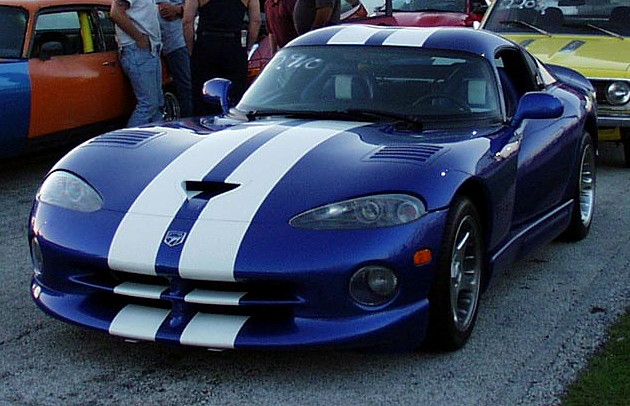 |
| Overview |
| Also called |
Chrysler Viper (Europe) |
| Production |
1996–2002 |
| Body and chassis |
| Body style |
2-door roadster
2-door coupe |
| Powertrain |
| Engine |
8.0 L (488.1 cu in) Viper V10415 bhp (309 kW; 421 PS)
(Viper RT/10 1996–1997 only)
450 bhp (336 kW; 456 PS)
(Viper GTS 1996–2002)
(Viper RT/10 1998–2002) |
| Transmission |
Borg Warner T-56 6-speed manual |
| Dimensions |
| Wheelbase |
96.2 in (2,440 mm) |
| Length |
175.1 in (4,450 mm) (1996–99 RT/10)
176.4 in (4,480 mm) (2000–02 RT/10)
176.7 in (4,490 mm) (GTS) |
| Width |
75.7 in (1,920 mm) |
| Height |
44.0 in (1,120 mm) (RT/10)
47.0 in (1,190 mm) (GTS) |
A coupe model called the “GTS” was introduced in 1996. Dubbed the “double bubble“, the roof featured slightly raised sections above each seat to accommodate usage of helmets, a throwback to its intended purpose. Vipers can be seen participating often in drag racing and road racing. The 1996 GTS, like the pre-production RT/10 in 1991, was chosen as that year’s Indianapolis 500 pace car.
Despite its similar outward appearance, the car was distinct enough to be considered a new generation model. Extensive modifications included a reworked engine with higher power and less weight, an almost completely redesigned chassis that was made 60 lb (27 kg) lighter and 25% stiffer in torsional rigidity through meticulous computer analysis, a thoroughly redesigned suspension, and reduced braking distances; the 1996 to 2002 Viper GTS had a lighter (approximately 650 lb (290 kg)) 450 bhp (340 kW) engine, which could complete the quarter mile in 12.3 seconds, 0.3 seconds and 6 mph (9.7 km/h) faster than its predecessor, and increased top speed by 11 mph (18 km/h) or so. The revised suspension, stiffer chassis, and aerodynamic body raised lateral grip to 0.98 g (9.6 m/s²), although other reports show the 1992 model with 1.0 g. Contemporary tires have improved upon this measure significantly. Slalom runs could often reach or exceed 70 mph (110 km/h). Brakes once again lacked ABS initially, and proved to be the car’s weakest point. The brakes hurt the car in numerous comparison tests, such as a 1997 “supercar comparison” by Motor Trend, in which the Viper GTS placed at the top against cars such as the Ferrari 355, Chevrolet Corvette, Porsche 911 Turbo, Acura NSX-T, Mitsubishi 3000GT, and the Toyota Supra in all performance exercises except braking. The car not only placed last, but had considerably longer stopping distances than other vehicles. Anti-lock brakes were introduced further into the production run, though braking performance was not necessarily significantly improved. In a Sports Car International comparison conducted in 2002, the Viper ACR (with ABS) was compared to the 911 GT2 at Thunderhill Raceway Park. Both cars were very capable, and quick around the test track, but the Viper proved more difficult to drive, and the braking system was blamed very specifically for the gap in lap times (approximately GT2: 2 minutes, ACR: 2:04) between the two cars.
Along with the updated performance came the inclusion of some of the “luxuries” the car did without before. Dual front airbags were added to the vehicle’s safety equipment list in 1996 on the GTS and 1997 on the RT/10 as mandated by the government. The car was also exported to Europe, where it was rebadged as a Chrysler, and sold under this marque from 1997 to 2003. European models had a detuned version of the Viper V10.
In the first six years of production almost 10,000 Vipers were sold. Minor evolutionary changes including new 18″ diameter wheels and tires were introduced in the 1999 model. Subsequent versions feature light-weight hypereutectic pistons and an improved exhaust system, side exhaust having been dropped part way through production year 1996 for the RT/10; all production GTS Viper coupes have rear exit exhaust. Nineteen ninety-nine saw the introduction of the Cognac Connolly leather interior package. Continuing the refinements, ABS was introduced in 2001. In 2002, the end of second generation production was celebrated with the release of 360 commemorative “Final Edition” models. These models are painted red with white stripes, paying tribute to the famous race-winning Oreca cars. The RT/10 was replaced by the SRT-10 in 2003 and the GTS was replaced in 2006 by the SRT-10 coupe.
Performance (GTS) (RT/10 from 1998–2002)
Dodge Viper second generation, Phase II SR
- 0-60 mph (97 km/h): 4.0 sec
- 0-100 mph (160 km/h): 8.6 sec
- quarter mile: 12.2 sec @ 119 mph (192 km/h)
- top speed: 185 mph (298 km/h)
- slalom: 73.6 mph (118.4 km/h)
- skidpad average acceleration: 1.01 g (9.9 m/s²)
Motorsport
Greg Crick won the 2006 Australian GT Championship driving a Dodge Viper GTS ACR.
Third generation ZB (2003–2007)
| Third generation Viper SRT-10 |
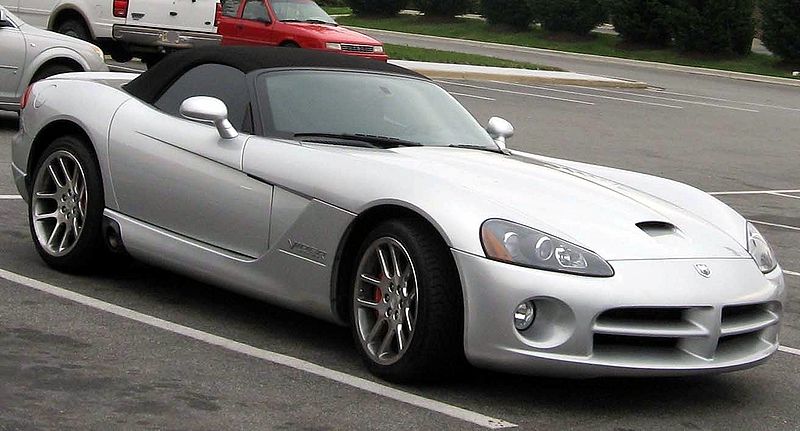 |
| Overview |
| Also called |
Dodge SRT-10 (UK) |
| Production |
2002–2007 |
| Designer |
Osamu Shikado (1999) |
| Body and chassis |
| Body style |
2-door roadster
2-door coupe |
| Powertrain |
| Engine |
8.3 L (506.5 cu in) Viper V10
500 hp (370 kW) @ 5600 rpm
525 lb·ft (712 N·m) @ 4200 rpm (SRT-10 Roadster)
510 hp (380 kW) @ 5600 rpm
535 lb·ft (725 N·m) @ 4200 rpm (SRT-10 Coupe) |
| Transmission |
T56 Tremec 6-speed manual |
| Dimensions |
| Wheelbase |
98.8 in (2,510 mm) |
| Length |
175.6 in (4,460 mm) |
| Width |
75.7 in (1,920 mm) |
| Height |
47.6 in (1,210 mm) (coupe)
48.6 in (1,230 mm) (SRT-10)
48.6 in (1,230 mm) (convertible) |
| Curb weight |
3,380 lb (1,530 kg) |
The Dodge Viper underwent a major redesign in 2002, courtesy of DaimlerChrysler’s Street and Racing Technology group. The new Viper SRT-10, which replaced both the GTS and the RT/10 was heavily restyled with sharp, angled bodywork. The engine’s displacement was increased to 8.3 L (506.5 cu in), which, with other upgrades, increased output to 500 bhp (370 kW) and 525 lb·ft (712 N·m). Despite the power increases, engine weight was reduced to about 500 lb (230 kg). The chassis was also improved, becoming more rigid and weighing approximately 80 lb (36 kg) less than the previous model. An even lighter and stronger chassis was planned, but was abandoned because of cost, and the initial model was a convertible. In 2004 Dodge introduced a limited-edition Mamba package; Mamba-edition cars featured black interiors, with red stitching and trim and price increased by about MSRP US$ 3000. 200 Mambas were produced.
The Viper SRT-10 Coupe was introduced at the 2005 Detroit Auto Show as a 2006 model. It shares many of its body panels with the convertible, but takes its side and rear styling from the Competition Coupe. The coupe looks much like the previous Viper GTS and retains the “double-bubble” roof shape of the original along with the original GTS’s tail lights, as well as offering the original GTS Blue with white stripes paint scheme on the initial run of First Edition cars like the original Viper coupe. The engine is SAE-certified to produce 510 bhp (380 kW) and 535 lb·ft (725 N·m). Unlike the original coupe, the chassis was not modified. This makes the coupe heavier than the convertible, and thus slightly slower to accelerate. Handling and high-speed performance are improved by the coupe’s stiffer frame, reduced drag, and increased downforce.
No 2007 model Vipers were produced; instead, Chrysler extended production of the 2006 model while preparing the updated 2008 model.
Performance
Dodge Viper third generation (SRT-10 roadster)
- 0-60 mph (97 km/h): 3.8 sec
- 0-100 mph (160 km/h): 8.36 sec
- quarter mile: 11.77 sec @ 123.68 mph (199.04 km/h)
- top speed: 189.5 mph (305.0 km/h)
- slalom: 70.4 mph (113.3 km/h)
- skidpad average acceleration: 1.05 g (10.3 m/s2)
- 100–0: 274 ft (84 m)
Dodge Viper third generation (SRT-10 coupe)
- 0-60 mph (97 km/h): 3.7 sec
- 0-100 mph (160 km/h): 8.36 sec
- quarter mile: 11.77 sec @ 123.68 mph (199.04 km/h)
- top speed: 192.6 mph (310.0 km/h)
- slalom: 70.4 mph (113.3 km/h)
- skidpad average acceleration: 1.05 g (10.3 m/s2)
- 100–0: 274 ft (84 m)
Fourth generation, Phase II ZB (2008–2010)
| Fourth generation, Phase II Viper SRT-10 |
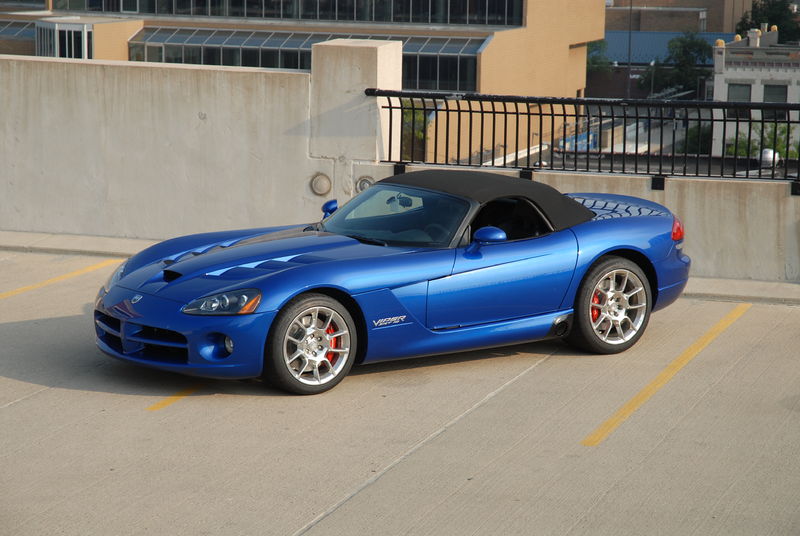 |
| Overview |
| Production |
2007–2010 |
| Body and chassis |
| Body style |
2-door roadster
2-door coupe |
| Powertrain |
| Engine |
8.4 L (512.6 cu in) Viper V10
600 bhp (450 kW) @ 6000 rpm
560 lb·ft (760 N·m) @ 4600 rpm |
| Transmission |
TR6060 6-speed manual |
| Dimensions |
| Wheelbase |
98.8 in (2,510 mm) |
| Length |
175.6 in (4,460 mm) |
| Width |
75.7 in (1,920 mm) |
| Height |
47.6 in (1,210 mm) (coupe)
48.6 in (1,230 mm) (convertible) |
| Curb weight |
3,460 lb (1,570 kg) (base)
3,408 lb (1,546 kg) (ACR) |
In 2008, with the introduction of the 8.4 L (512.6 cu in) V10, the Viper produced 600 bhp (450 kW) at 6000 rpm and 560 lb·ft (760 N·m) at 4600 rpm, and also received better flowing heads with larger valves, Mechadyne cam-in-cam variable valve timing on the exhaust cam lobes, and dual electronic throttle bodies. The rev limit could be increased by 300 rpm due to the improved valve-train stability from both the new camshaft profiles and valve-springs. The engine was developed with some external assistance from McLaren Automotive and Ricardo Consulting Engineers. Electronic engine control is developed by Continental AG; the controller can monitor the crankshaft and cylinder position up to six times during each firing and has 10 times more processing power than the previous unit.
Changes outside of the engine were less extreme, but with a distinction between the third and fourth generation, with changes of the engine hood. The Tremec T56 transmission was replaced with a new Tremec TR6060 with triple first-gear synchronizers and doubles for higher gears. The Dana M44-4 rear axle from the 2003–2006 model now has a GKN ViscoLok speed-sensing limited-slip differential that greatly helps the tires in getting grip under acceleration. Another performance upgrade was the removal of run-flat tires; the new Michelin Pilot Sport 2 tires increased grip and driver feedback and, along with revised suspension (springs, anti-roll bars, and shock valving), made the Viper more neutral in cornering.
The modifications made to the 2008 model year car were enough for Chrysler to make it distinct from the first SRT-10, and the 2008 model became known as Gen IV, just in time for release with Chevrolet’s 638 hp (476 kW) Corvette ZR1. Another notable change was the reworking of the exhaust system; previous third-generation Vipers had their exhaust crossover under the seats which resulted in a large amount of heat going into the cockpit, which was done initially to help improve the car’s exhaust note, since the first 2 generations of Viper, which had no crossover, were criticized for their lackluster exhaust notes. The 2008 Viper exhaust utilized a new exhaust system with no crossover, reducing the heat that enters the cockpit.
The electrical system was completely revised for 2008. Changes included a 180-amp alternator, twin electric cooling fans, electronic throttles, and completely new VENOM engine management system. CAN bus architecture has been combined with pre-existing systems to allow for regulatory compliance. The fuel system was upgraded to include a higher-capacity fuel pump and filtration system.
Car and Driver magazine tested the car, and found a 0-60 mph (97 km/h) time of 3.6 seconds, a 0-100 mph (160 km/h) time of 7.6 seconds, and a quarter-mile time of 11.5 seconds at 126 mph (203 km/h). Dodge’s claims for top speed are 197 mph (317 km/h) and 202 mph (325 km/h), for the Roadster and Coupe respectively. Car and Driver also tested the Viper’s track performance, and managed a fast sub-3 minute lap time around Virginia International Raceway. The Viper’s time, despite hot weather, was faster than the Corvette Z06, Ford GT, Nissan GTR, Porsche 911 Turbo, 911 GT3, and 911 GT2, Audi R8, and similar cars. According to Car and Driver and Motor Trend, the car’s slightly adjusted suspension setup and new differential gave it cornering ability as sharp as before with better control, feedback, and response.
On November 4, 2009, Dodge Car Brand President and CEO Ralph Gilles had announced that the Viper would end production in the summer of 2010.
On February 10, 2010, Dodge began accepting orders for the Viper SRT10 “Final Edition” models. Only 50 of these units would be produced (20 coupes, 18 roadsters and 12 ACRs). “Final Edition” cars carried the special build code, “AXZ”, and were to be the very last of the Viper cars. “Final Edition” Vipers were available in SRT10 Coupe and Convertible configurations.
July 1, 2010 brought about the end of production for the Generation 4 Dodge Viper. During an event hosted by Dodge and the Viper Club of America, the final production Gen 4 Viper, which was given a gold finish and accentuated by contrasting orange stripes, rolled off the assembly line and was presented before attendees of the ceremony. Its completion commemorated the end of the production run of the Gen 4 Viper.
The Dodge Viper ACR and ACR-X have retained a Nurburgring Nordschleife of 7:12 and 7:03, beating cars worth tenfold the price.
Performance (2008 base model)
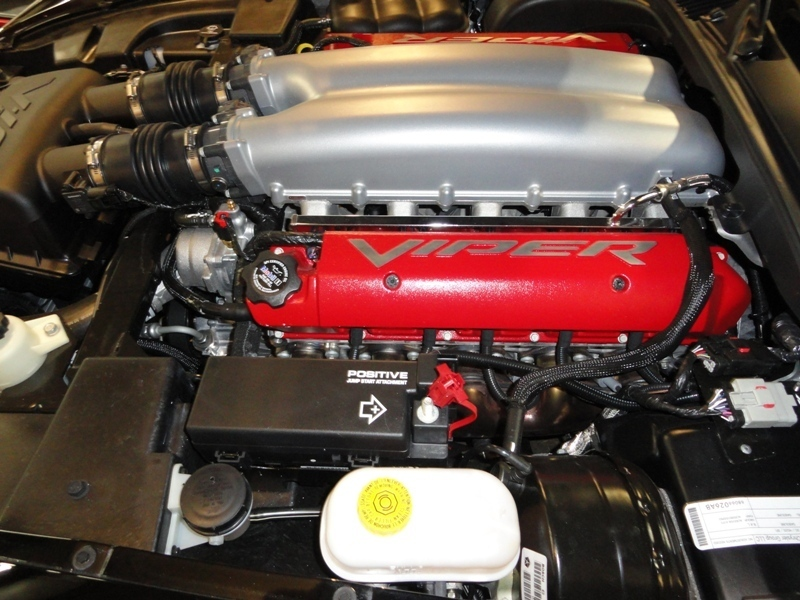
The 8.4 L Viper V10 Engine with dual throttle bodies/intake manifolds and 600 hp
Dodge Viper fourth generation, phase II
- 0–60 mph (0–97 km/h): 3.6 sec
- 0–100 mph (0–161 km/h): 7.6 sec
- quickest quarter mile: 10.92 sec @ 129.79 mph (208.88 km/h)
- top speed: 202 mph (325 km/h)
- slalom: 74.2 mph (119 km/h)+
- skidpad average acceleration: 1.06 g (10.4 m/s²)
- 100–0 mph (161–0 km/h): 270 ft (82 m)
Fifth generation/ VX (2013–present)
| Fifth generation, Viper |
 |
| Overview |
| Also called |
SRT Viper (2013-2014) |
| Production |
2012–present |
| Designer |
Scott Krugger (2010) |
| Body and chassis |
| Body style |
2-door coupe |
| Powertrain |
| Engine |
8.4 L (512.6 cu in) Viper V10
640 bhp (480 kW) @ 6150 rpm
600 lb-ft (813 Nm) @ 4950 rpm |
| Transmission |
6-speed Tremec TR-6060manual |
| Dimensions |
| Wheelbase |
98.8 in (2,510 mm) |
| Length |
175.7 in (4,460 mm) |
| Width |
76.4 in (1,940 mm) |
| Height |
49.1 in (1,250 mm) |
| Curb weight |
3,354 lb (1,521 kg) (Viper model)
3,297 lb (1,495 kg) (Viper model with SRT Track Package)
3,431 lb (1,556 kg) (Viper GTS model)
3,374 lb (1,530 kg) (Viper GTS model with SRT Track Package) |
History
At a dealer conference on September 14, 2010 in Orlando, Florida, Chrysler Group and Fiat CEO Sergio Marchionne was reported to have concluded his remarks by unveiling a rolling 2012 Dodge Viper prototype. There would be no 2011 Viper. Quotes from the Detroit News from SRT CEO Ralph Gilles that hint to the future of the brand include:
- “The new Viper is not based on anything else”.
- “The Viper cabin is very rearward and the hood is very long. Few cars in the industry are designed with those proportions anymore.”
- “I want the new Viper to be a more forgiving car to drive and accessible to more people. We’ve never had stability control on a high-performance car, which is about to happen on the new car.”
The Viper was also on display for one night only in Salt Lake City, UT at the 11th Viper Owners Invitational or VOI 11 from September 30, 2010 to October 3, 2010. Ralph Gilles was present gathering feedback from the owners themselves on new exterior design of the snake. The Generation 5 badge was unveiled as well at this event on each dining table in the hall.
In Autumn of 2011, Ralph Gilles announced that the Gen V Viper would debut at the New York Auto Show in April 2012.
Public unveiling
Preliminary specifications include following:
All-aluminum 8.4 L V10 rated 640 horsepower (477 kW; 649 PS) and at 600 lb·ft (813 N·m), Tremec TR6060 six-speed manual transmission with final drive ratio 3.55, 50 percent improvement in torsional stiffness over previous model, electronic stability control, traction control, 4-channel anti-lock brake system (ABS), carbon fiber and aluminum skin with .364 drag coefficient (Cd), Pirelli P Zero Z-rated tires, 4-piston Brembo brakes with fixed-aluminum calipers with vented 355x32mm diameter rotors, 20 mm lower seating position, 7-inch full-color customizable instrument cluster, Uconnect RA3 or RA4 Access in-vehicle connectivity system with optional SiriusXM Travel Link, Harman Kardon audio system, bi-xenon projector headlamps with white light-emitting diode (LED) daytime running lamps and LED turn signals, LED taillamps with integrating stop-and-turn illumination and snakeskin texture lens, five-spoke forged aluminum “Rattler” wheel with fully polished (standard), fully painted Hyper Black or fully painted low-gloss black finishes. Top speed of the SRT Viper is 205 mph (330 km/h) and it has 0-60 mph time of about 2.96 seconds. It will be the first to feature Viper’s third logo, nicknamed “Stryker”.
The SRT Viper GTS includes leather upholstery, accented colors in seats, doors, center console and stitching; gun metal trim on the cluster bezel, HVAC outlets, window switch bezels, shifter base, park brake bezel and the integrated passenger grab handle on the center console; Sabelt racing seats with Kevlar and fiberglass shell, carbon-fiber hood, roof, decklid and aluminum door panels, split six-spoke forged aluminum “Venom” wheels with polished face and graphite-painted pockets (standard), fully painted Hyper Black or fully painted low-gloss black finishes.
Optional SRT Track Package includes Pirelli P Zero Corsa tires, StopTech slotted two-piece rotors and ultra-lightweight wheels in Hyper Black or matte black finishes.
The 2013 SRT Viper was unveiled at the 2012 New York Auto Show.
Prefix Viper Medusa Roadster
On July 19, 2014 Prefix Corporation unveiled a Viper Medusa Roadster at a private event at their Prefix Coatings facility in Auburn Hills, Michigan. Created under their latest division named Prefix Performance, the Medusa is a conversion of an existing Gen V Viper. The initial run is limited to 10 custom numbered vehicles at a price of $35,000 on top of the price of the vehicle. Vehicles are to be purchased through Tomball Dodge & ViperExchange.com located in Tomball, Texas. Prefix is gauging market interest to determine if it will set up a production line to produce the vehicle in higher volumes.
2015 Dodge Viper GTC
The 2015 Dodge Viper GTC has a customization program that offers 8,000 colors, and 24,000 hand Painted Stripes, 10 Wheel choices, 16 interior trims, 6 aero options, and an undisclosed amount of standalone options to chose from. With an amazing total of 25 Million possible build combinations.
SRT Viper GTS-R (2012–)
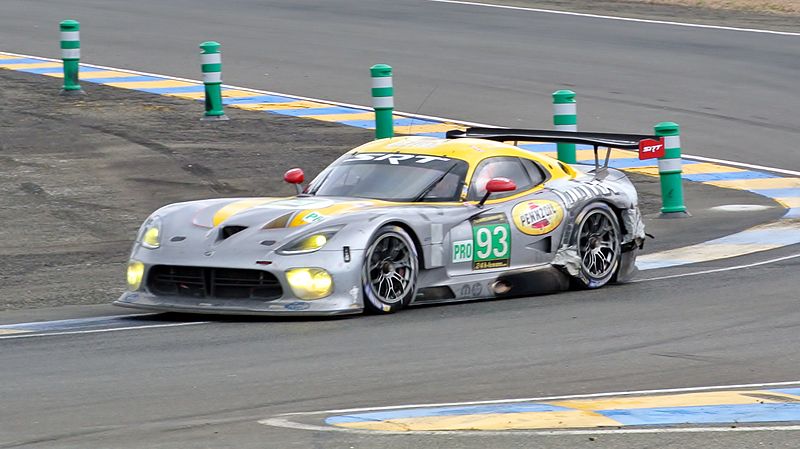
2013 SRT Viper GTS-R Le Mans LM GTE Pro Series Racing car
The SRT Viper GTS-R is an LM GTE class race car designed and built by SRT Motorsports and Riley Technologies. It includes Michelin GT tires.
The vehicle was unveiled at the 2012 New York Auto Show, and it made its racing debut at the 2013 12 Hours of Sebring where two GTS-Rs finished 6th and 10th in the GT class (25th and 29th overall).
The SRT Viper Racing team entering 2012 ALMS included Dominik Farnbacher, Marc Goossens, Ryan Hunter-Reay, Tommy Kendall, Jonathan Bomarito, and Kuno Wittmer.
The two GTS-Rs of SRT Motorsports finished 3rd in the GT class championship. The car made its debut at the Le Mans 24 Hours in 2013, where it finished eighth in class and 24th overall.
In 2014, with the ALMS folding and merging with the Rolex Sports Car Series, SRT soon entered the TUDOR United Sports Car Championship GTLM class. In the opening round, the 2014 24 Hours of Daytona, SRT took 3rd and 6th in class (12th and 27th overall, completing 675 and 653 laps respectively). Both cars were repainted at Watkins Glen in the red and white livery used in the late 1990s to early 2000s. The No. 93 Viper won class at Indianapolis Motor Speedway Brickyard Grand Prix in July 2014, after both cars took podium positions in the previous races at The Glen and Mosport.
In March 2014 Chrysler announced that it was withdrawing the Vipers from the 2014 24 Hours of Le Mans.
2012 SEMA concept (2012)
The SEMA concept car is a version of 2013 SRT Viper coupe demonstrating Mopar products for SRT Viper. Changes include yellow body colour, carbon fiber parts at underhood, exposed carbon fiber performance cross X-Brace trimmed in a satin finish, a decal-cut Viper “Stryker” logo in the center of X-Brace, engine cover in carbon fiber and aluminum with the SRT logo, prototype aluminum oil filler cap with the SRT logo, a carbon fiber aero package, Mopar coil springs, full black interior with yellow accents, Sabelt hard-shell seats with a six-point safety harness, seat edging in black Katzkin leather with yellow accents in the perforations, Mopar billet aluminum shift knob, billet aluminum HVAC bezels and controls, carbon fiber bulkhead satchel with a universal integrated quick-release camera mount, polished chrome door-sill guards with the Viper logo, race-inspired sand-blasted aluminum Mopar bright pedal kit with the Viper logo etched in the pedals, footrest pedal with “Stryker” logo, optional “Track Pack” wheels finished in hyperblack, a front tow hook and an LED fog lamp kit.
The vehicle was unveiled in 2012 SEMA show.
The Mopar performance parts found in the SEMA concept car were sold as 2013 SRT Viper components.
SRT Viper GT3-R
The Viper GT3-R was made available for race teams in the later half of 2013 at an estimated cost of $459,000. The car shares many technologies with the GTE race car but it is built to Group GT3 regulations. The GT3 car was jointly developed by SRT motorsports and Riley Technologies and the car features the same 8.3L V10 from the road car and is capable of producing 680 hp unrestricted. However actual output will be nearer 600 hp due to balance of performance employed in GT3 championships. The car weighs in at 1295 kg (2855 lbs) which is inside the 1300 kg limit for GT3 cars and has a 100-liter fuel tank. The first win for the GT3-R spec viper came on July 13, 2014 in the Tudor United Sports Car Championship at Mosport followed by a win in the Pirelli World Challenge at the Streets of Toronto in the second race on the 20th of July 2014. Dutch Supercar Challenge squad Team RaceArt won the 2014 Super GT class championship in a Viper GT3-R.
2014 SRT Viper TA
The Time Attack is a $16,000 limited edition option package for the SRT Viper. It is not available on the Viper GTS, although the last 10 Anodized Carbon Edition GTS models (#41-#50) will be equipped with the TA package. Of the remaining TAs, there are 93 cars painted in TA Orange, 33 in Venom Black, and 33 in Viper White, each one numbered on the logo on the passenger-side of the dashboard.
The package consists of the Advanced Aerodynamic Package (two-piece front corner splitters and a rear decklid spoiler made from carbon fiber), lightweight Sidewinder II wheels finished in matte-black, Pirelli P Zero Corsa tires, two-mode (Street and Race) Bilstein DampTronic suspension adapted from the GTS, but with firmer levels of damping and a smaller spread between modes, shock dampers, increased spring rates and thicker anti-roll bars, carbon fiber underhood X-brace (instead of the aluminium brace in all other models), carbon fiber rear tail light applique from the Exterior Carbon Fiber Accent Package, two-piece Brembo brake rotors with wider brake annulus, black-anodized Brembo brake calipers painted with the Viper logo in TA Orange, TA logos behind both front wheels and a Stryker decal instead of the standard badge on the hood (TA Orange on the Venom Black cars, black on the TA Orange and Venom White cars), black interior with TA Orange accent stitching on the ballistic cloth seats, instrument panel & cowl, center stack, console, hand brake, shifter boot, and door panels.
The aerodynamic package adds 200 pounds (90.72 kg) of downforce at 100 mph (160.93 km/h). Top speed is 193 mph (310.60 km/h) instead of the non-aerodynamics package cars’ 206 mph (331.52 km/h). In March 18, 2013 MotorTrend tested the SRT Viper TA in Mazda Raceway Laguna Seca, setting the production car lap record in 1:33.62, besting the previous lap time holder Chevrolet Corvette ZR1‘s 1:33.70.
The vehicle was unveiled in 2013 New York International Auto Show.
Production
Production of SRT Viper was started in the Conner Avenue Assembly Plant in Detroit, MI with production beginning in late 2012.
Production of SRT Viper TA set to begin at the Conner Avenue Assembly Plant in Detroit, beginning in third quarter 2013.
Marketing
As part of Chrysler’s plan of turning Street and Racing Technology (SRT) as a separate vehicle brand within Chrysler Group LLC, the SRT Viper became the brand’s halo vehicle.
In May 2014, the SRT brand was re-consolidated under Dodge, with former SRT CEO Ralph Gilles continuing as senior vice president of product design and also as the CEO and president of Motorsports.
Europe
The second generation, phase II SR Vipers were exported to Europe, where they were sold as Chryslers.
The third generation, phase I ZB Viper was being sold in Europe during 2005–2006, the first model to be sold as a Dodge, as part of Chrysler’s new sales strategy for the European market. In the United Kingdom it is referred to as a Viper, but it is actually sold as the Dodge SRT-10, as the Viper name is a registered trademark in the UK. Prodrive currently handles the importation and modification of Vipers to meet European laws.
Features
The all-new 2013 SRT Viper features a cruise control and controls on the steering wheel. U Connect Bluetooth phone with Bluetooth Audio streaming is standard, as is an 8.4-inch touch screen display like that on the Chrysler 300, Dodge Charger, and Dodge Journey. It also features an Alpine surround sound system and many exterior, interior, and wheel combinations. There is also a four-inch reconfigurable Thin-Film Transistor display in the gauge cluster to display important vehicle information, system messages, and has controls to turn the traction control, stability control, and other features off. It also has a “Track Mode” with a built-in track timer, “stoplight” countdown timer display, and other features. Power seats, keyless entry, and heated seats are also new options. Anavigation system by Garmin is also an available option, as is Sirius-XM satellite radio and HD radio. A built-in HDD for storing music and photos JPEG and MP3 will also be included as standard equipment.
Variants
Viper GTS R Concept (2000)
| Viper GTS R Concept |
| Overview |
| Production |
Prototype (only one was made) |
| Body and chassis |
| Body style |
2-door coupe |
| Powertrain |
| Engine |
8.0 L (488.1 cu in) V10
500 bhp (370 kW) @ 6000 rpm
500 lb·ft (680 N·m) @ 4600 rpm |
| Transmission |
6-speed manual |
| Dimensions |
| Wheelbase |
98.8 in (2,510 mm) |
| Length |
193.0 in (4,900 mm) |
| Width |
76.2 in (1,940 mm) |
| Height |
47.0 in (1,190 mm) |
| Curb weight |
3,254 lb (1,476 kg) |
Ten years after the first Viper Concept was revealed, the 2000 GTS-R concept was shown. Osamu Shikado was responsible for the vehicle’s exterior which is 3 inches lower and 2 inches wider than the production Viper at the time. Shikado used race inspired lines with an aggressive stance. Some of these design cues were adapted to the 2003 production Viper. These included a higher belt line, a side gill, ‘bump-up’ rear fender shape, and a more defined side crease. Viewed from above, the front-to-rear stripe now is tapered.
Unlike most concepts, the 2000 Viper Concept was made as a complete car. It features a complete functional interior with air conditioning, adjustable pedals, and a premium sounds system. Only one 2000 GTS-R Concept was made featuring a dry-sump engine producing five hundred horsepower, fifty more than current production, and 500 lb-ft of torque. The body is a single moulding of carbon-fibre, but with some subtle changes compared with the existing cars. An inch and a half has been taken out between the sill and the roof, which together with a chassis sitting two inches lower, gives the car a lower profile. Three inches have been added to the wheelbase and two inches to the track. The doors have also been lengthed, which combined with the longer wheelbase makes entry and exit from the car that easier. Brakes are 14-inch ventilated discs with four-piston calipers and the front has the 19-inch wheels with P285/30 ZR Goodyear tires up and 20-inch rear wheels with P335/30 ZR tires.
Viper GT2
In order to meet FIA homologation requirements, as well as to celebrate Chrysler winning the 1997 FIA GT2 class championship, 100 modified Viper GT2 Championship Edition street-legal cars were sold. These upgraded GTS cars were rated at 460 hp (343 kW) and 500 lb·ft (678 N·m) of torque. They had bodywork with similar appearance to the GTS-R, with the same color scheme, aerodynamics package, and visual options, in order to publicize the Viper’s achievement in the FIA GT Championship.
Viper ACR
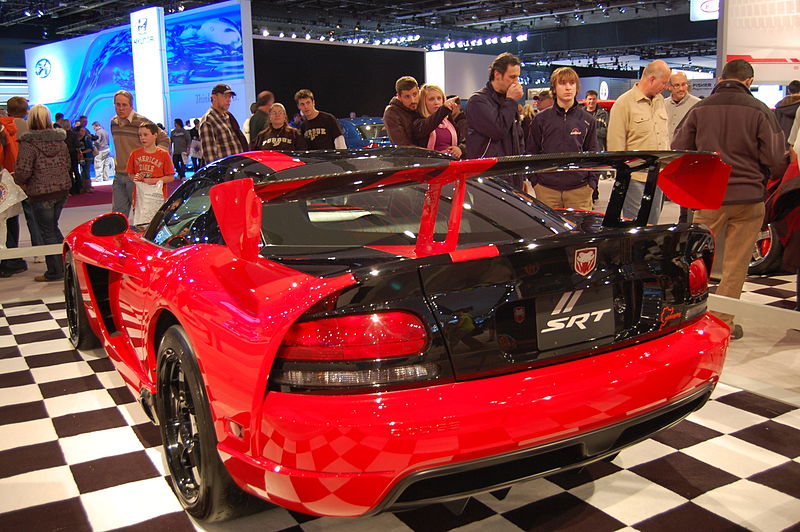
The back of the Dodge Viper ACR at the 2009 North American International Auto Show
The American Club Racing (ACR) model was introduced in 1999. This model had suspension and engine enhancements focused on maximizing performance in road racing and autocross environments. Horsepower was, by the use of K&N air filters and smooth intake tubes, bumped to 460 hp (370 kW) in these models, while torque increased to 500 lb·ft (678 N·m). Weight was reduced by over 50 pounds (23 kg) by stripping the interior and removing other non-essential items such as the fog lamps (replacing them with brake ducts). The new stiffer, adjustable suspension removed another 14 pounds (6.4 kg) These models, which also have engine and handling modifications, has an “ACR” badge and 20-spoke BBS wheels.
A new ACR was added to the Viper line-up after the 2008 model year. Its upgrades were more drastic than the original, including street-legal racing tires (Michelin Pilot Sport Cups which Michelin describes as “Ultra-High Performance Sport tires”), two-piece brake rotors, adjustable suspension, and significant aerodynamic revision. No engine modifications were made, so power and torque remain at 600 hp (450 kW) and 560 lb·ft (760 N·m) as in the standard SRT-10. The ACR is street-legal, and is similar to the MOPAR Viper that Dodge displayed at various auto shows. Weight was also decreased by 40 lb (18 kg) by using the “Hardcore Package”, without AC, radio, speakers, amplifier, trunk carpet, hood pad or tire-inflator. Its aerodynamic upgrades produce up to 1000 pounds (4.45 kN) of downforce at 150 mph (240 km/h), or roughly 10 times the downforce the standard Viper SRT-10 can produce at the same speed. The interior was upgraded only by the addition of a beacon-tripped lap timer (Hardcore Edition Only).
The Viper ACR was built alongside the standard SRT-10 at the Conner Avenue plant in Detroit. The aerodynamic components were produced by Plasan Carbon Composites and assembled to the vehicle by Prefix Corporation located in Rochester Hills, Michigan.
On September 14, 2011, on the Nürburgring Nordschleife, a 2010 Dodge Viper SRT10 ACR completed the sixth fastest production, street-legal car lap ever recorded with a 7:12.13 elapsed time. Chrysler’s press release claimed a new production car lap record, although three faster laps had been recorded more than two years earlier, albeit by very specialized low production vehicles.
At SEMA 2014 Dodge showed off a Viper ACR Concept car. After lots of rumors and speculation Dodge announced the Viper ACR will be returning for 2016. Production of the ACR is set to begin in July 2015.
Viper ACR-X
To commemorate the end of the second generation Viper and mend the gap from the car’s production end until the release of the new car, Dodge offered an improved version of the ACR specifically designed to run in the Dodge Viper Cup Series. This car, named Viper ACR-X, added to the basic ACR 40 hp (30 kW), a new set of downforce-enhancing front canards, and new materials that, along with a stripped interior, reduced weight to 3,300 lb (1,500 kg). It is a purpose-built race car, and is not street-legal. According to Dodge, the car beat the regular record-holding ACR around Mazda Raceway Laguna Seca by about three seconds (1:33.9 to 1:31). Price increased by US$12,000, to $110,000. Production was planned for the spring of 2010. As of February 17, the Viper ACR-X’s Nürburgring lap record is 7:03.058, a full 9.072 seconds faster than the regular ACR.
Mopar Concept Coupe
A prototype 2008 Mopar Viper Coupe, with 675 hp (503 kW), appeared at the 2007 North American International Auto Show, but is not planned for production. This concept appears to have been a sneak peek at the Viper ACR. Performance parts from this car are sold by Mopar.
SRT-10 Carbon
For the 2003 SEMA show, Chrysler displayed a highly tuned Viper SRT-10 in coupe form. The vehicle’s name comes from the carbon fiber used to reduce the weight by 150 lbs (total down to 3200 lbs). However, even more significant were the engine modifications, which increased power to 625 hp; no torque or RPM figures were given. Along with the carbon fiber hardtop, a front splitter and rear spoiler were added; however those parts were not nearly as significant as those on the later SRT-10 ACR, and no downforce/drag information was provided to show that they were even functional. The car was only a concept.
This car was used as a test mule for the development for the Generation V SRT Viper. The car is no longer a show car, and most of its specialty parts were taken off during development for the new Generation V SRT Viper.
Firepower
The Chrysler Firepower was a grand touring concept based on the Viper chassis that would have been equipped with the Hemi V-8, with automatic transmission. Price would have been slightly lower than other models.
Copperhead
The Dodge Copperhead was a concept car based on the Viper platform that was intended as a cheaper, more agile car. It was powered by a 220 hp 2.7 L V6 engine instead of the Viper’s V10. It never reached production. Dodge produced a limited-production Copperhead Edition Dodge Viper, with copper-colored paint similar to the concept car and other changes.
Zagato Alfa Romeo TZ3 Stradale
Designed by Zagato, the Alfa Romeo TZ3 Stradale is the fourth model in Zagato’s TZ line and serves as Zagato’s tribute to the 100th anniversary of Alfa Romeo. The car itself is based on the Viper ACR-X but with a new carbon fiber body. As planned, only 9 vehicles will be built. Not only is the chassis and powertrain from the Gen IV Viper, but the interior remains mostly the same as well.
Recognition
Past models
1949-1952 Dodge Wayfarer
by Terry Parkhurst and phto’s by

Look up the word “wayfarer” in the dictionary and you’ll find it means “a traveler, especially on foot; hence a transient patron of an inn or hotel.” The Dodge Wayfarer was the perfect way for someone to get off their feet and travel with style, albeit affordably, in Post-WWII America.
Like the other cars produced by Chrysler for the 1949 model year, Dodge wasn’t ready with its first all-new postwar cars in time for the fall 1948 new car roll-outs; as a result, 1948s were sold through April as “first series” 1949s.
The second series of 1949 model Dodges were all new, save for a re-rated 103-block horsepower in-line L-head six-cylinder. (The first series of 1949 model year Dodges, had a six-cylinder rated at 102 block horsepower.)

Thanks to the pent-up demand for new cars, that Detroit was still working to assuage, they sold in record numbers: nearly 257,000 for the 1949 model year. That was good for eighth in industry volume.
Dodge offerings were available within two series and prices ran the gamut from $1,611 to $1,738. The inexpensive group was the Dodge Wayfarer series, riding on a 115-inch wheelbase and coming in several variations: a notchback business coupe, a fastback two-door sedan and an offbeat three-passenger roadster – a true roadster, complete with side curtains.

The Wayfarer roadster is the most desirable to collectors, of all 1949 Dodges. Only 5,420 were built back then; and many of those have been restored. Prices for the roadster can range from $13,450 for a roadster in mechanically functioning condition needing minor reconditioning, up to $44,800 for one in excellent overall condition.
Dodge had new exterior design for 1949 that was very square and slab-sided. While a bright latticework grille favored the 1946-48 grille, it had a more massive appearance. The rear fenders were bolted on and capped by three-sided taillights; however, the front fenders were completely flush. While the public was demanding long, low, and wide cars, Chrysler president K.T. Keller promoted cars that looked low outside, but were high inside; the Wayfarer has been called the roomiest, most comfortable car in its price range, with seats fairly high up and relatively straight.
The in-line, five-main-bearing six-cylinder engine in the Wayfarers had a bore and stroke of 3.25 by 4.63 inches, giving a displacement of 230.2 cubic inches, with a 7.0:1 compression ratio and a Stromberg two-barrel carburetor. Horsepower output was 103 hp gross, with 190 lb-ft of torque at 1,200 rpm; the top speed was reportedly 75 mph, with 0-60 coming in roughly 25 seconds (the engine would have the same power until 1954).

Ride quality was said to be quite good, thanks to the Floating Power insulation techniques, with rubber insulators coming between road vibration and the cabin. The independent front suspension used coil springs and Oriflow shocks with a Hotchkiss drive, or semi-elliptic rear springs in back. Brakes were reportedly excellent for the time, with little or no fade from the drum brakes and Cyclebonded brake pads. Bodies were made by Briggs, which also made bodies for Packards; they are said to be tough and resistant to rust. These particular cars had a front-opening hood, though Dodge had used side-opening hoods until 1948.
Backing up the durable engine was the semi-automatic Fluid Drive transmission. It had two gear positions: low, governing first and second gears, and a “high” position for third and fourth. Fast starts or towing was where you wanted to use “low.” In most other driving situations, the driver simply shifted into “high,” pressed the accelerator and backed off the go-pedal at 14 mph. That’s when a discernable thumping sound told you that the transmission was shifting from third to fourth gear.
Stopping – or starting – the approximately 3,000 pounds of car required no clutching or shifting, which led Dodge to assert that 95 percent of all shift motions were eliminated. Today, of course, there would be a disclaimer: shift motions may vary with individual driver.
There was an actual clutch. However, it was only used to change between “low” or “high” or to go into reverse.
The Wayfarer roadster weighed 3,145 pounds; and it sold for $1,727, back in 1949, and without a heater or radio. A two door sedan, such as the one pictured here, weighed just slightly more – 3,180 pounds – and sold for only a few dollars more: $1,738. However, many more were built: 49,058. How many two-door sedans remain is the subject of conjecture.

Miss Kathryn M. French of Elk Point, South Dakota bought the Dodge Wayfarer pictured, according to documentation that came with the car’s most recent purchase. She owned it for many years; and then, it found its way to Texas, where it was part of a collection for over 30 years. It eventually sold as part of an estate.
It was stored in an inside facility during its time there. Then, it was sold to a man in Salem, Oregon, a minister to disabled Iraqi war veterans. That’s who car dealer David Goldenberg bought the car from. The Wayfarer’s odometer shows just 25,654 miles.
“Obviously in a car that’s approaching 60 years old, there’s no way to document mileage without a proper paper trail,” explained Goldenberg. He believes the miles to the entire car has ever traveled, that’s based on how the car appears.
It is very straight and original; retaining what appears to be its entire original interior – with very slight wear. It apparently was repainted at some point in the color it came in: “Sportsman Green.”

It won a “Best of Show” first place award for the antique/stock class at a car show in Salem, Oregon, summer of 2007. As you might expect, it reportedly cruises effortlessly, while maintaining a 160 degree engine temperature on the freeway.
Options on Goldenberg’s include the (factory-installed) exterior windscreen visor and vacuum operated windshield wipers, which work like a charm. All lights – save the interior dome light – work. (This car was sold to a private party shortly after this article appeared.)
1950-1952 Wayfarers
For 1950, Dodge restyled the Wayfarer, changing the grille and adding fender-mounted tail-lights and a chromem strip on the rear fenders; the Sportabout roadster was replaced by a convertible, still selling for $1,727, but now facing tough competition from the Nash Rambler, which was pricier and slower but got much better mileage. The charming little Rambler actually outsold the Sportabout by 3:1 in 1950 alone.
In 1951, the Wayfarer was given another, more complete facelift, with a long, sloping hood, a new ram’s-head hood ornament, and a lower, wider grille; a new dashboard was installed, with a big round speedometer dominating rectangular gauges. New to the Wayfarer was the Gyro-Matic semi-automatic transmission, which, like the Fluid Drive, had low and high gear ranges; but it was a better design, and 0-60 came in around 17 seconds, a massive improvement since the engine was the same.
In 1952, the Wayfarer continued for one last year, as a corporate review suggested dropping the short-wheelbase Dodges, which may have confused the Dodge and Plymouth images. The Sportabout was dropped, followed by the coupe, which ended in the middle of the model year. The entire Wayfarer line was absent when the 1953 models appeared, boasting a new Hemi V8 and unified bodies; after two years of low sales, and just three years of existence, the Wayfarer’s price point was replaced by a low-end Dodge Meadowbrook.
Dodge WC series
| Dodge WC series |
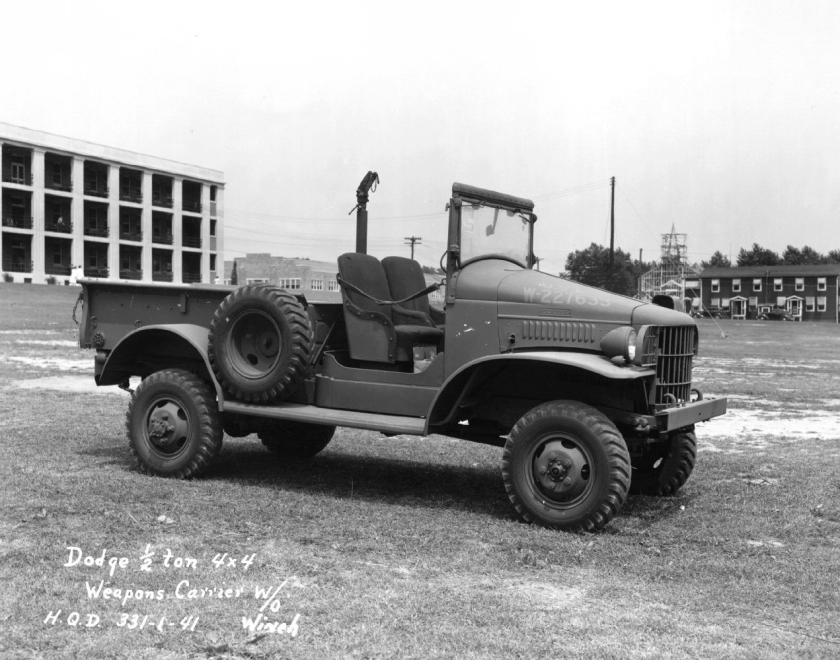
Dodge WC-3 ½ ton 4×4
|
| Type |
1⁄2 ton (454kg), 3⁄4 ton (680kg), and 1 1⁄2 ton (1,361kg)[a] 4×4 trucks |
| Place of origin |
 United States United States |
| Production history |
| Manufacturer |
Dodge/Fargo |
| Produced |
1941-1945 |
| Number built |
More than 255,000 |
| Variants |
Various (see text) |
| Specifications (WC-52) |
| Weight |
5,550 lb (2,520 kg) empty |
| Length |
176 1⁄2 in (4.48 m) |
| Width |
82 3⁄4 in (2.10 m) |
| Height |
81 7⁄8 in (2.08 m) |
|
| Engine |
Dodge T-214
76 hp (57 kW) |
| Suspension |
Beam axles on leaf springs |
|
Operational
range
|
240 mi (386.2 km) |
| Speed |
54 mph (87 km/h) |
The Dodge WC series was a range of light military trucks produced by Dodge during World War II. The series included weapon carriers, telephone installation trucks, ambulances, reconnaissance vehicles, mobile workshops and command cars. They were replaced after the war by the Dodge M-series vehicles. WC was a Dodge model code: W for 1941 and C for half-ton rating. The C code was retained for the ¾ ton and 1½ ton 6×6 Dodges.
History and design
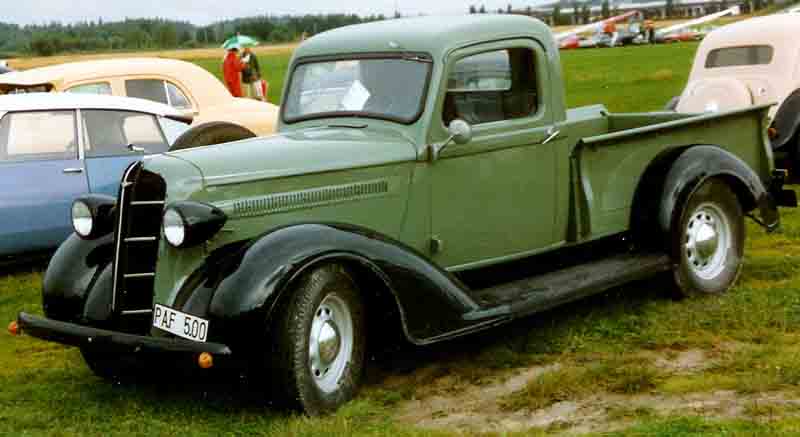
1936 Dodge pickup showing its influence on the military models
Dodge began producing light trucks immediately upon its formation in 1914. For the first few years these were based largely on the existing passenger cars, later specific chassis and body designs were used. Light- and medium-duty models were offered first, then a heavy-duty range was added during the 1930s and 1940s. Dodge produced its first prototypes of dedicated military trucks in late 1939: the 1/2 ton 4×4 VC series. Production of the VC series started in 1940. At the outset of World War II, Dodge produced the G-505 WC ½ ton series of military light trucks in 38 individual models, thousands of some models were produced, while only a few of some others were made. The WC ½ ton trucks replaced the 1940 VC-1 to VC-6 ½ton Dodge trucks which were also part of the G505 series. 79,771 of the ½ ton trucks were produced during late 1940–1942 under War Department contracts. WC models 1 to 50 were part of the 1/2 ton range and were 80% interchangeable in service parts with the later 3/4 ton models.
Common features of the 1/2 ton trucks were:
- Drive: 4×4
- Wheelbase: 116 in (123 in for ambulances)
- Track width: 59.375 in
- Tires: 7.50×16
- Brakes: Hydraulic
- Engine: 6 cyl, in-line, L-head
- Transmission: 4 forward/1 reverse, manual
- Transfer case: Single speed
The Dodge G-502 ¾ ton 4×4 trucks were first introduced in late 1941. Standard vehicles in the ¾ ton 4×4 class were the WC-51 / WC-52 Weapons Carrier, Telephone Installation Trucks, WC-53 Carryall, and the WC-54 Ambulance. In the cargo trucks, the WC51 was identical to the WC52 but did not have the front bumper-mounted winch.
Models
The table includes data on the relation between identification numbers and types of body fitted. For comparison, earlier Dodge military trucks of the 1/2 ton range are included.
In the case of vehicle identifications separated by a slash, the first number refers to a vehicle not fitted with a winch, and the second to a vehicle fitted with a winch. Numbers separated by a comma indicate similar models but with different secondary details.
Engines
| Vehicle code |
Bore (mm) |
Stroke (mm) |
Capacity (cm3) |
Compression ratio |
Torque (N m) |
Power (HP) |
| T202 |
79.4 |
111.1 |
3294 |
6.7:1 |
208 |
79 |
| T203 |
85.7 |
114.3 |
3957 |
6.5:1 |
255 |
99 |
| T207 |
82.6 |
111.1 |
3567 |
6.5:1 |
222 |
78 |
| T211 |
82.6 |
111.1 |
3567 |
6.5:1 |
222 |
78 |
| T214 |
82.6 |
117.5 |
3772 |
6.7:1 |
244 |
92 |
| T215 |
82.6 |
117.5 |
3772 |
6.7:1 |
249 |
99 |
| T223 |
82.6 |
117.5 |
3772 |
6.7:1 |
244 |
92 |
Model descriptions
1/2 ton series
WC1, WC5, WC12, WC14, WC40
Closed cab, two seater pickups with a nominal carrying capacity of a 1,000 lb (450 kg).
WC3, WC13, WC21

WC-13 with optional M24 machine gun mount.
Weapon carriers, two seater pickups with open cab. The open cab pickups could be fitted with an optional M24 machine gun mount,which bolted across the front of the bed. The mount could carry the M1918 Browning Automatic Rifle, as well as the M1919 Browning machine gun, and the M2 Browning machine gun.
- Length: 181- 1/16 inches
- Height: with top 88-1/8 inches
- Weight: 4440 net
- Width: 75-13/16 inches
- Height:
- Payload: 1300 LB
WC4, WC22
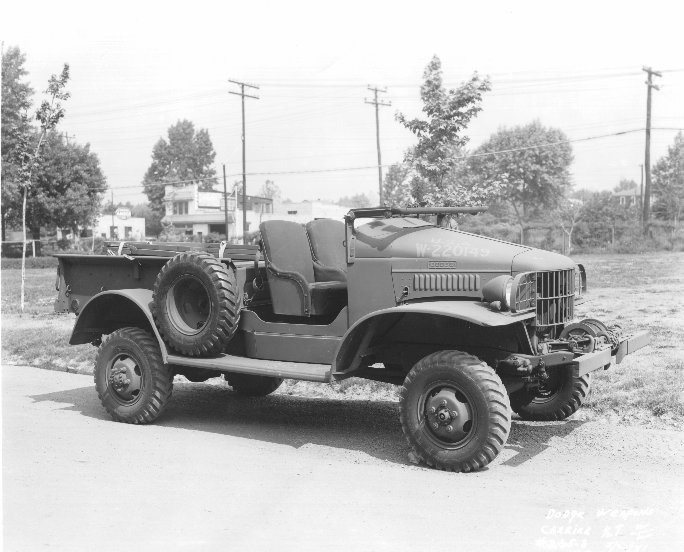
Dodge WC4 open cab with winch
Open cab weapons carrier, with Braden MU winch, and transverse seats, designed to tow the M3 anti-tank cannon as well as carry the gun crew and ammunition. This type was usually issued to early tank destroyer units. 5570 built.
- Length: 191- 5/16 inches
- Height: with top 88-1/8 inches
- Weight: 4775 net
- Width: 75-13/16 inches
- Height:
- Payload: 1000 LB
WC9, WC18, WC27
Entering production during 1941 to early 1942, they were specifically designed to serve as military ambulances. These early variants are distinguishable from the later ones by having a curved radiator grille, while the later ones (WC51 onwards) featured a flat grille. These versions were given a longer 123 in (3,100 mm) wheelbase.
- Length: 195 inches
- Height: 90 inches
- Weight: 5340 net
- Width: 75-13/16 inches
- Height:
- Payload: 1300 LB
WC10, WC17, WC26, WC36, WC48
Carryall trucks with a nominal carrying capacity of a 1,000 lb (450 kg).
WC11, WC19, WC42
Panel trucks carrying radio and communication equipment.
WC6, WC8, WC15, WC16, WC23
Command cars.
WC25
Command car with radio 12 volt
WC7, WC24
Command car with winch
WC39, WC43, WC50
These models were built as signals trucks, designed to install and repair telephone lines, and were also known by the U.S. Signals Corps as the K-50 truck.
WC41
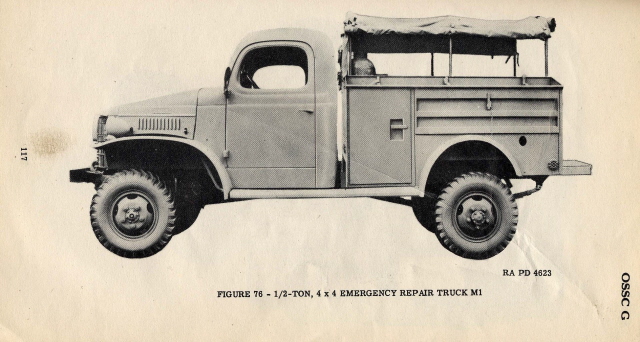
M1 emergency repair truck, Dodge WC41
Fitted with dual rear tires. Mostly employed as an emergency repair truck whose purpose was to provide mobile facilities for emergency ordnance repair. Other types of bodies were produced, such as an oil service vehicle. 902 of these chassis were built.
3/4 ton series
WC51
WC51 Truck, Cargo, 3/4 ton, 4×4 w/o Winch Dodge (G502) Weapons Carrier. 123,541 were built. The open cab pickup could be fitted with an optional M24A1 machine gun mount, which bolted across the front of the bed. The mount could carry the M1918 Browning Automatic Rifle, the M1919 Browning machine gun, or the M2 Browning machine gun.
- Length: 13 ft 11 in / 4.24 m
- Height (with canvas cover): 6 ft 10 in / 2.08 m
- Height (with top down): 5 ft 2 in / 1.57 m
- Weight: 5,645 lbs / 2 560 kg net
- Width: 6 ft 11 in / 2.11 m
- Payload: 1,750 lbs / 800 kg
WC52
WC52 Truck, Cargo, 3/4 ton, 4×4 w/Winch Dodge (G502) Weapons Carriers was identical to the WC51, but fitted with a Braden MU2 7,500 lb / 3 402 kg capacity winch at the front bumper. 59,114 built.
- Length: 14 ft 9 in / 4,48 m
- Height (with canvas cover): 6 ft 10 in / 2,08 m
- Height (with top down): 5 ft 2 in / 1,57 m
- Weight: 5,945 lbs / 2 697 kg net
- Width: 6 ft 11 in / 2,10 m
- Payload: 1,750 lbs / 800 kg
WC53
A carryall, mechanically it was virtually identical to the WC54 but was fitted with two windows on each side of its rear body. 8,400 WC53 Truck, 3/4 ton, 4×4 Dodge Carryall (G502) built.
- Length: 15 ft 6 in / 4,73 m
- Height: 6 ft 9 in / 2,06 m
- Weight: 5,700 lbs / 2 590 kg
- Width: 6 ft 7 in / 2,00 m
- Payload: 1,750 lbs / 800 kg
WC54
The WC54 Truck, 3/4 ton, 4×4 Ambulance Dodge (G502) was produced as an ambulance, but a few were modified to serve as radio/telephone trucks with the US Signal Corps.
- Length: 16 ft 3 in / 4,95 m
- Height: 7 ft 6 in / 2,30 m
- Weight: 5,920 lbs / 2 685 kg
- Width: 6 ft 6 in / 1,98 m
- Payload: 1,800 lbs / 816 kg
WC55
The WC55 Truck, 3/4 ton, 4×4 Gun Motor Carriage Dodge (G502) was a modified WC52 designed to carry an M3A1 37mm antitank gun and shield mounted on its cargo bed; the WC55 and gun combination was designated M6 Fargo Gun Motor Carriage (GMC) with 37mm Anti-tank Gun (G121). 5,380 built, most later dismantled and returned to service as WC52 cargo trucks.
- Length: 13 ft 11 in / 4,25 m
- Height: 8 ft 2 in / 2,49 m to top of gun shield
- Weight: 5,600 lbs / 2 540 kg
- Width: 7 ft 2 in / 2,18 m
- Payload: 80 rounds 37mm
WC56
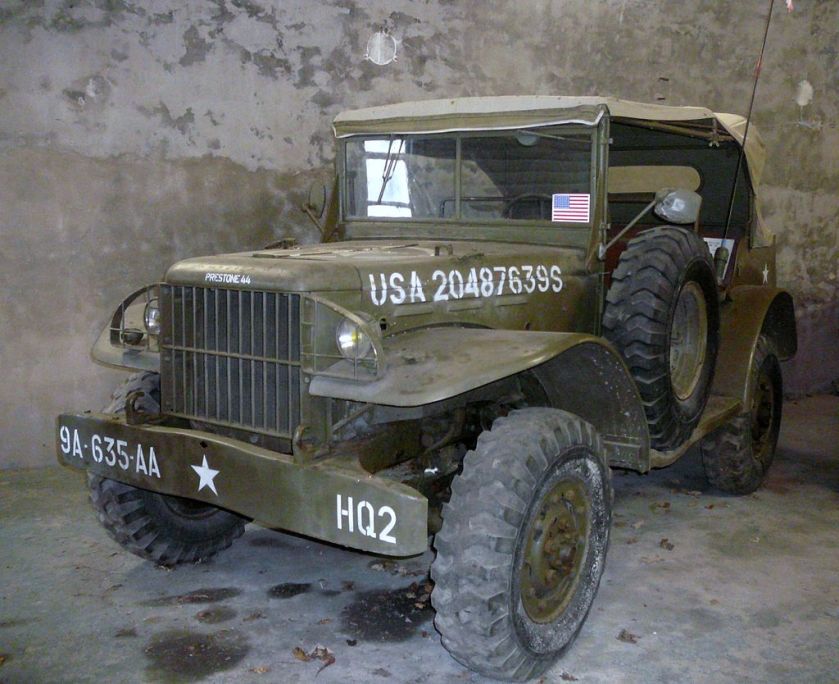
WC56 command car without winch
The WC56 Truck, Command Reconnaissance, 3/4 ton, 4×4 w/o Winch Dodge (G502) was a command and reconnaissance vehicle akin to a large Willys Jeep. It did not prove popular as it was heavier and not as maneuverable as the Jeep, and its distinctive profile made it a target.
- Length: 13 ft 10 in / 4,22 m
- Height: 6 ft 9 in / 2,07 m
- Weight: 5,335 lbs / 2 420 kg
- Width: 6 ft 7 in / 2,00 m
- Payload: 1,750 lbs / 800 kg
WC57
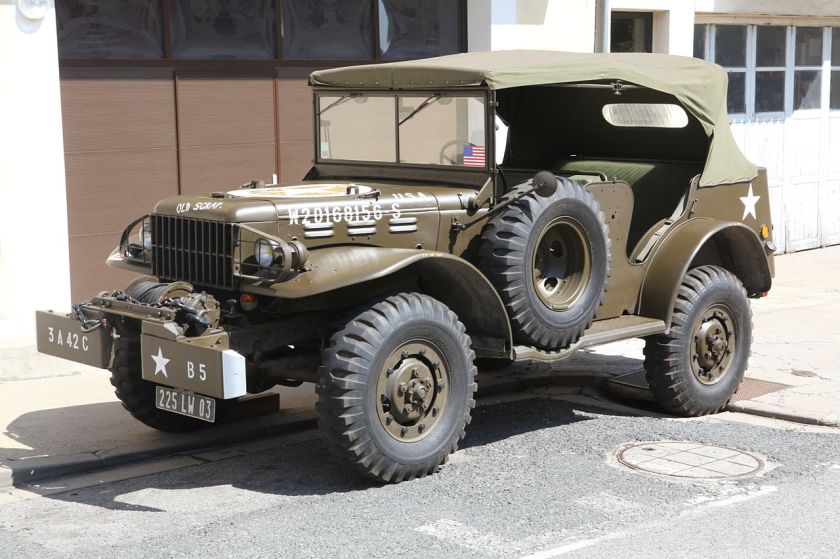
Dodge WC-57 command car with winch.
The WC57 Truck, Command Reconnaissance, 3/4 ton, 4×4 w/Winch Dodge (G502) was identical to the WC56 but fitted with a Braden MU2 5,000 lb / 2 268 kg capacity winch at the front bumper. 6,010 built.
- Length: 14 ft 8 in / 4,46 m
- Height: 6 ft 9 in / 2,07 m
- Weight: 5,644 lbs / 2 560 kg
- Width: 6 ft 7 in / 2,00 m
- Payload: 1,750 lbs / 800 kg
WC58
The WC58 Truck, Radio, 3/4 ton, 4×4 w/Winch Dodge (G502) was identical to the WC57 but fitted with a scr radio set in front of the rear seat, and a 12-volt electrical system.
- Length: 14 ft 7 in / 4.46 m
- Height: 6 ft 9 in / 2.07 m
- Weight: 5,335 lbs / 2 420 kg
- Width: 6 ft 7 in / 2.00 m
- Payload: 1,750 lbs / 800 kg
WC59
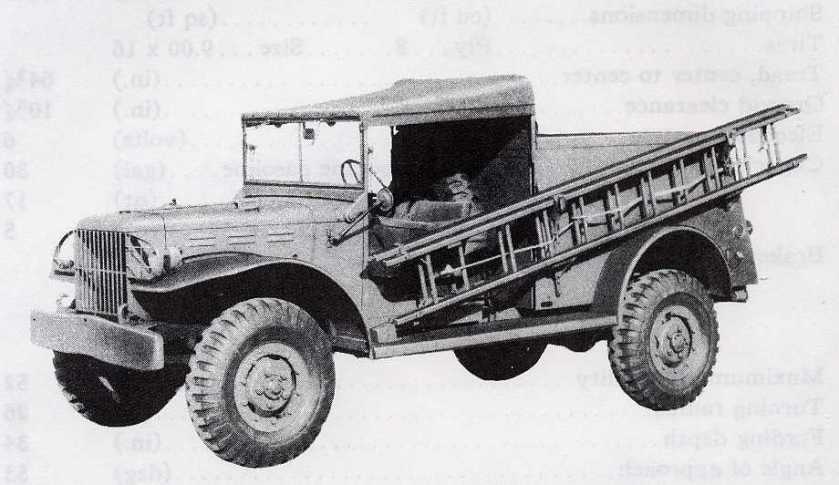
WC-59, 3/4-ton K-50 telephone truck with ladder on side.
The WC59 Truck, Telephone Maintenance, 3/4 ton, 4×4 Dodge (G502) was designed to install and repair telephone lines. Based on the same chassis as the WC54, but with a wheelbase increased by 50 cm. The spare wheel was carried behind the seats, with a step ladder fitted to where the spare wheel would have been. 549 were built. The bed was known by the Signal Corps as the K-50 truck, and was fitted to both Dodge and Chevrolet chassis.
- Length: 16 ft 0 in / 4,88 m
- Height: 6 ft 9 in / 2,06 m
- Weight: 5,357 lbs / 2 430 kg
- Width: 6 ft 6 in / 1,98 m
- Payload: 1,750 lbs / 800 kg
WC60
The WC60 Emergency Repair Chassis, 3/4 ton, 4×4 Dodge (G502) was a mobile workshop designed for field maintenance. It featured the same body as the WC54 but with tool trunks that were accessible from the outside. 296 built.
- Length: 15 ft 6 in / 4.73 m
- Height: 7 ft 5 in / 2.26 m
- Weight: 5,952 lbs / 2 700 kg
- Width: 6 ft 10 in / 2.08 m
- Payload: 1,750 lbs / 800 kg
WC61
The WC61 Light Maintenance Truck, 3/4 ton, 4×4 Dodge (G502) was designed to install and repair telephone lines. Replacement for the WC59, the WC61 had the step ladder fitted to the roof, the spare wheel was fitted behind the seats, and the tool trunks were accessible from the outside. 58 built. The US Signal Corps referred to these as the K-50B truck.
- Length: 15 ft 6 in / 4,73 m
- Height (without ladder): 7 ft 5 in / 2,26 m
- Weight: 5,952 lbs / 2 700 kg
- Width: 6 ft 10 in / 2,08 m
- Payload: 1,750 lbs / 800 kg
WC62
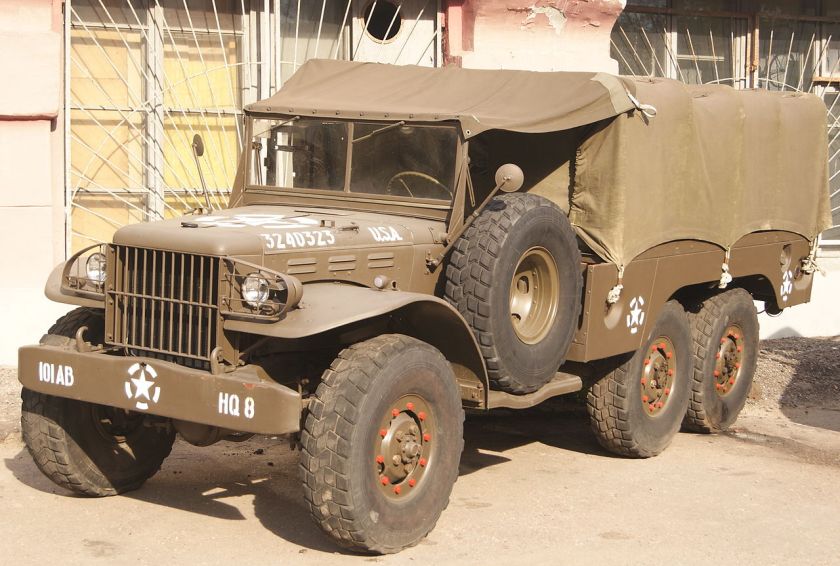
Dodge WC-62 1.5 ton with no winch.
The WC62 Truck, Cargo and Personnel Carrier, 1 1/2 ton, 6×6 w/o Winch Dodge (G507) Weapons Carrier was based on a lengthened WC51 with an extra axle added. 23,092 built (both WC62 and WC63 variants). One prototype produced as an armored car.
- Length: 17 ft 11 in / 5.47 m
- Height (with canvas cover): 7 ft 3 in / 2.21 m
- Height (with top down): 5 ft 2 in / 1.57 m
- Weight: 6,925 lbs / 3 141 kg
- Width: 6 ft 11 in / 2.11 m
- Payload: 3,300 lbs / 1500 kg
WC63
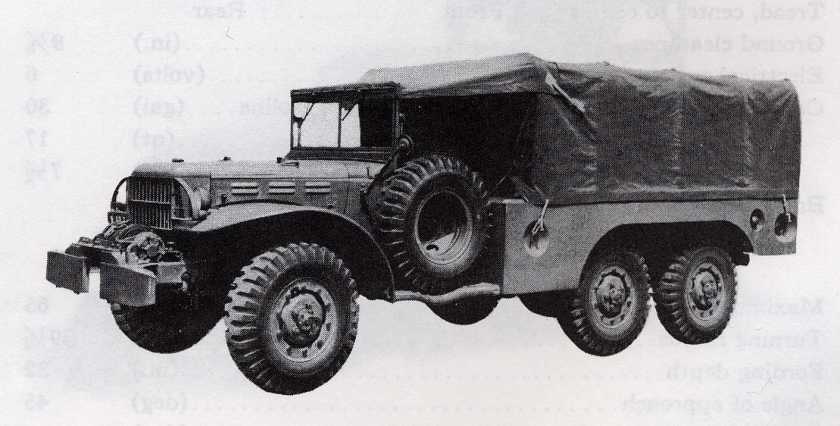
WC63 1½ TON 6×6 with winch
The WC63 Truck, Cargo and Personnel Carrier, 1 1/2 ton, 6×6 with Winch Dodge (G507) Weapons Carrier was based on a lengthened WC51 with an extra axle added. Identical to the WC62 but fitted with a Braden MU2 7,500 pound capacity winch.
- Length: 18 ft 9 in / 5,72 m
- Height (with canvas cover): 7 ft 3 in / 2,21 m
- Height (with top down): 5 ft 2 in / 1,57 m
- Weight: 7,175 lbs / 3 250 kg
- Width: 6 ft 11 in / 2,10 m
- Payload: 3,300 lbs / 1500 kg
WC64
The WC64 KD Truck, 3/4 ton, 4×4 Ambulance Dodge (G502) was an ambulance based on the same chassis as the WC54 but with a knock-down body designed to increase the amount of vehicles that could be shipped at the same time. 3,500 were built between the beginning of 1945 and the end of the war.
Former operators
 Austria
Austria
 Belgium
Belgium
 Brazil
Brazil

 France
France
 Greece
Greece
 Iran
Iran
 Norway
Norway
 Portugal
Portugal
 Philippine Commonwealth
Philippine Commonwealth
 Philippine Republic
Philippine Republic
 United Kingdom
United Kingdom
 United States
United States
 Soviet Union
Soviet Union
 Switzerland
Switzerland
- The Swiss Army bought several hundred after World War II, mainly 3/4t, a few 1/2t and only ten 1 1/2t. WC54 ambulances served until 1960.
Gallery
-
WC62 armored car prototype
-
-
WC54 in period Greek Airforce colors
-
See also
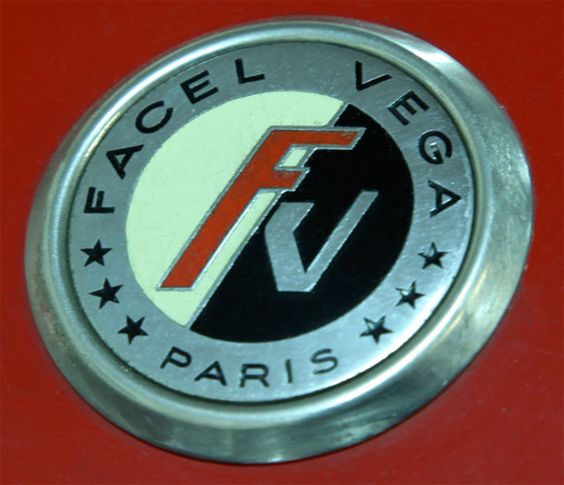
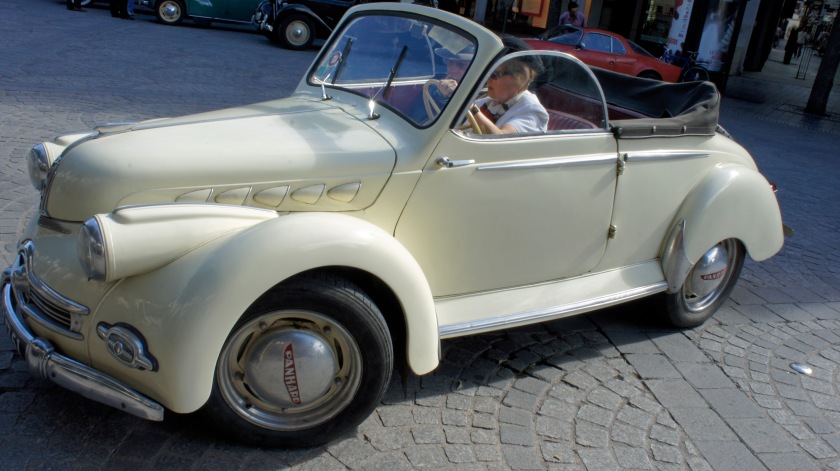
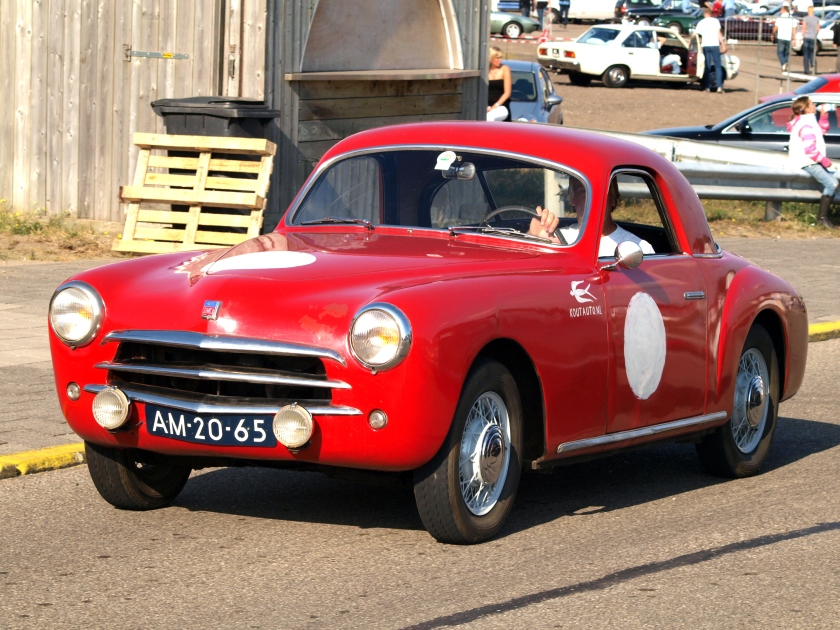
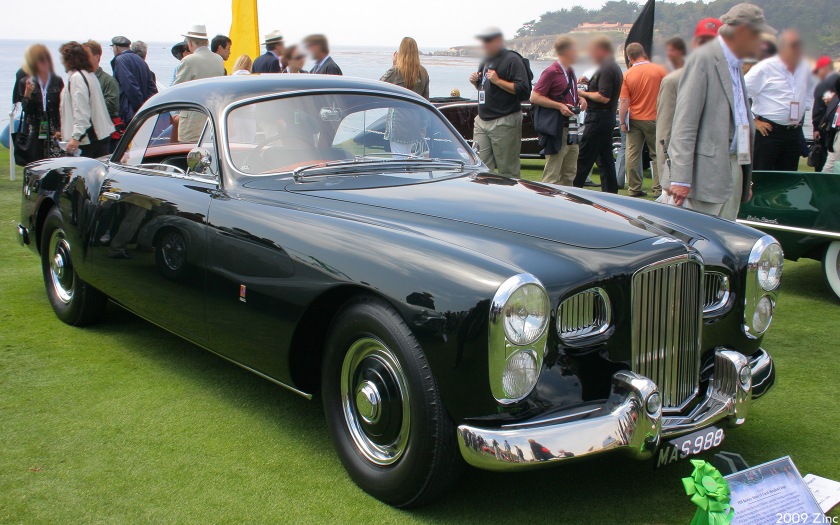
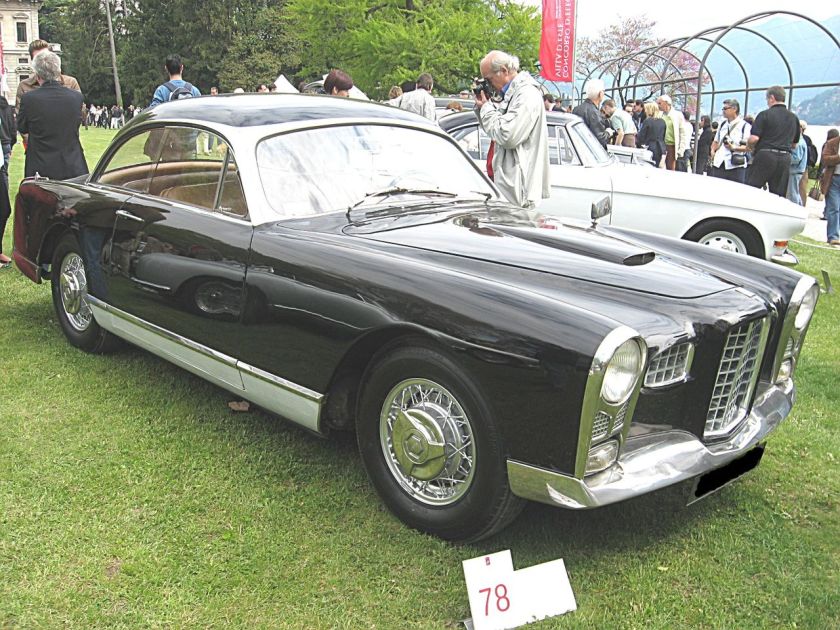 Vega FV
Vega FV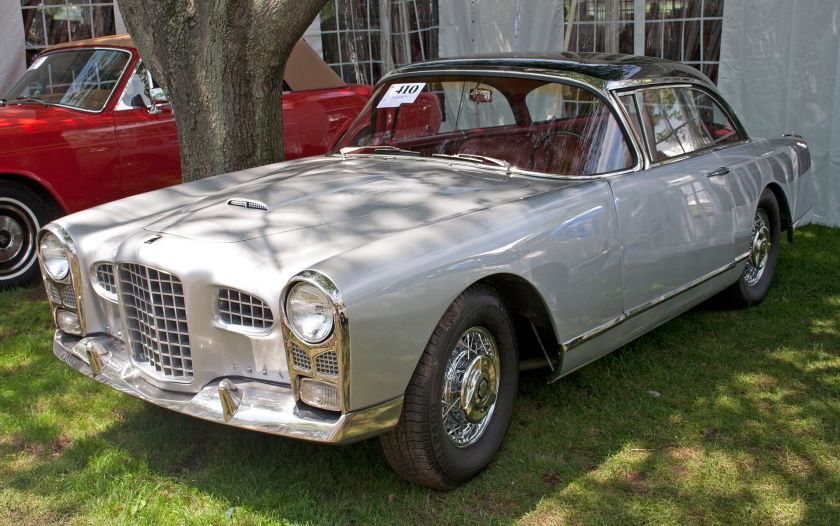 Facel Vega FVS
Facel Vega FVS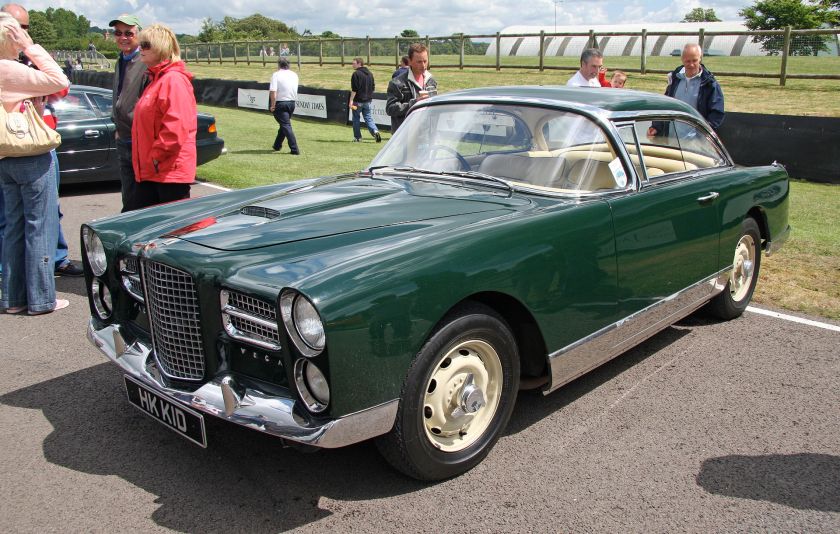 Facel Vega HK500
Facel Vega HK500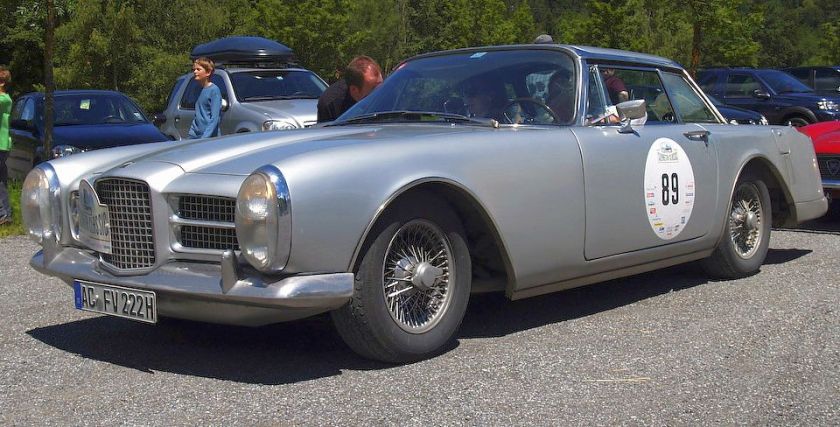 Facel Vega II
Facel Vega II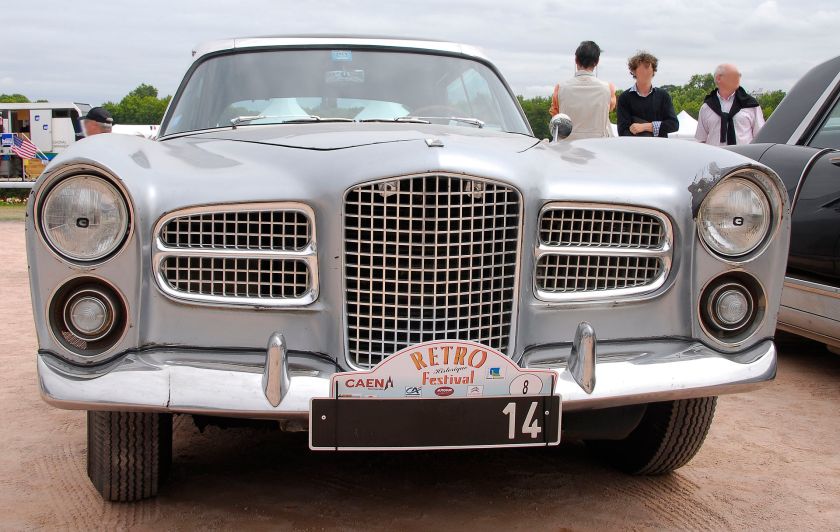
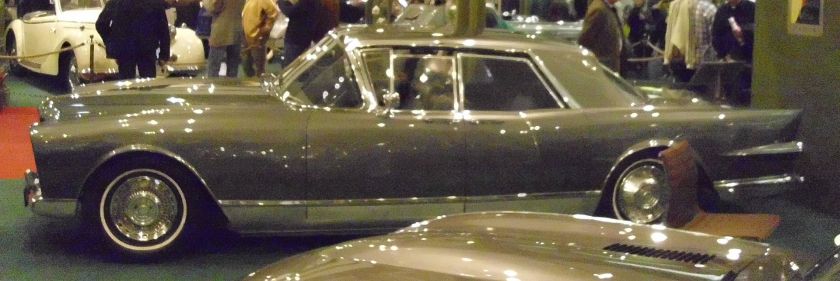
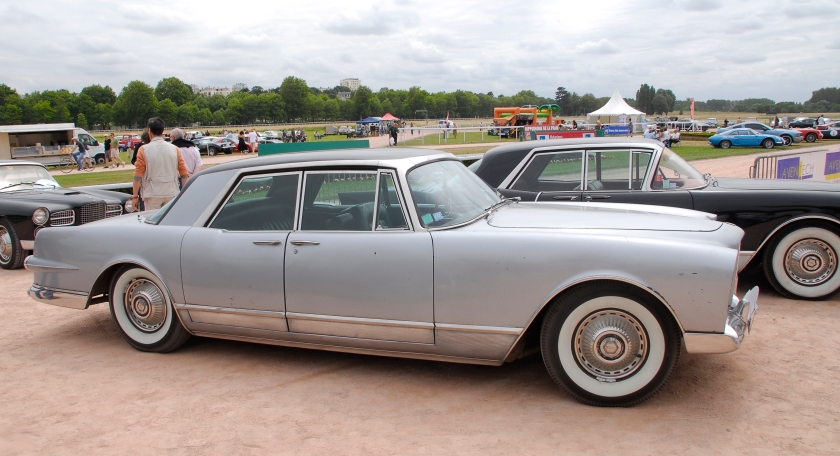 Facel Vega Excellence
Facel Vega Excellence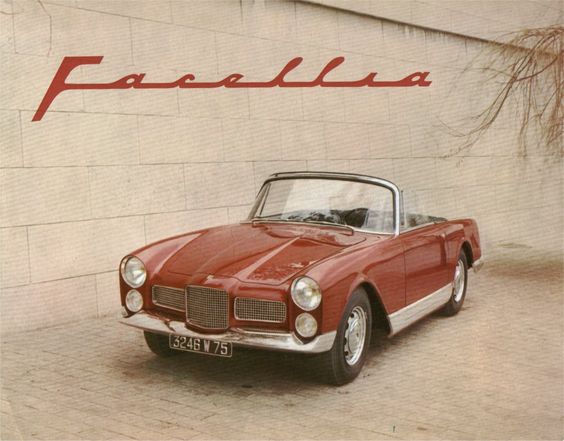 Facel Vega Facellia
Facel Vega Facellia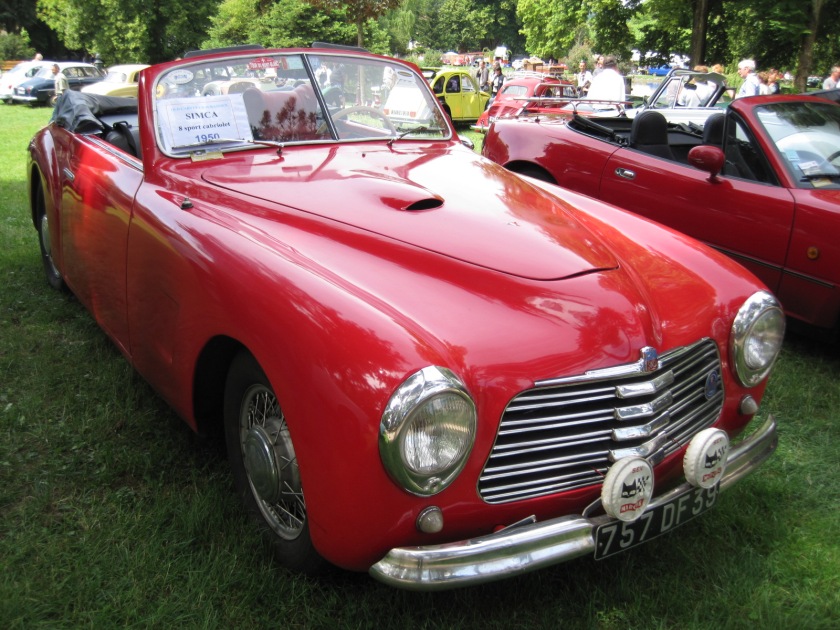
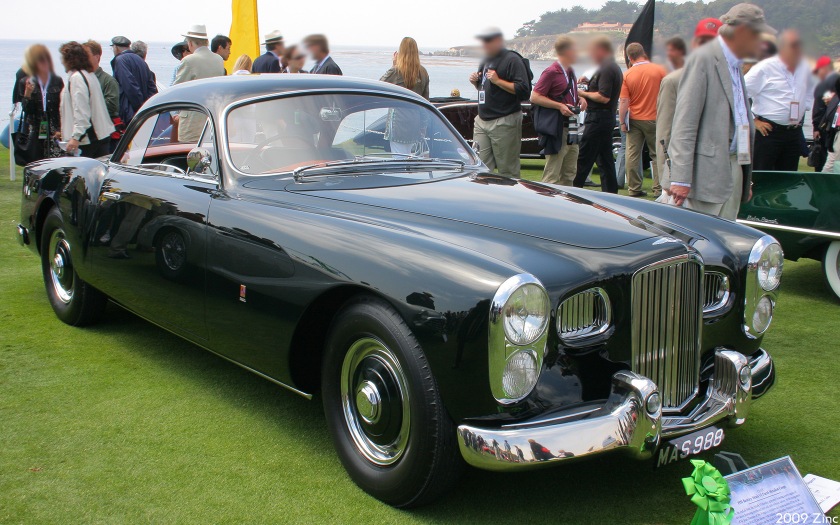
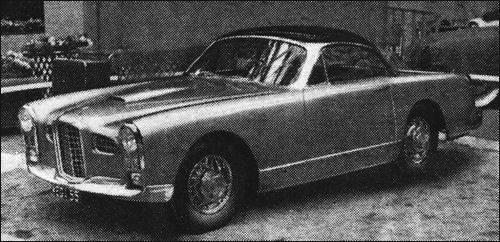
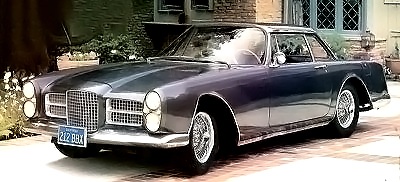
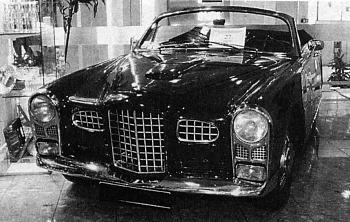
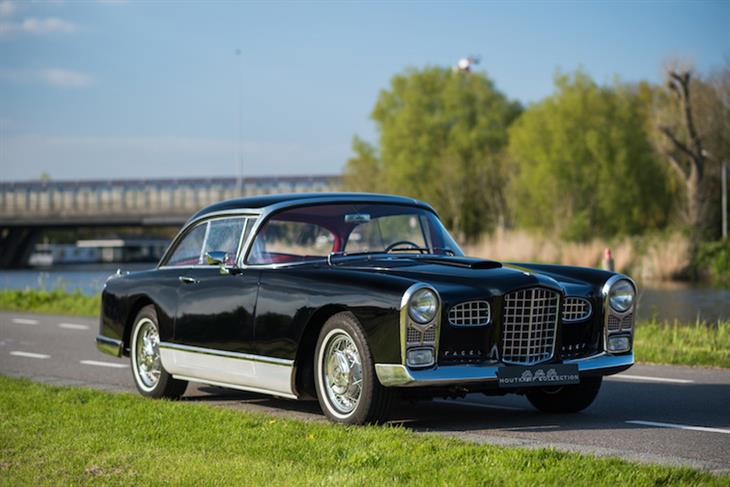
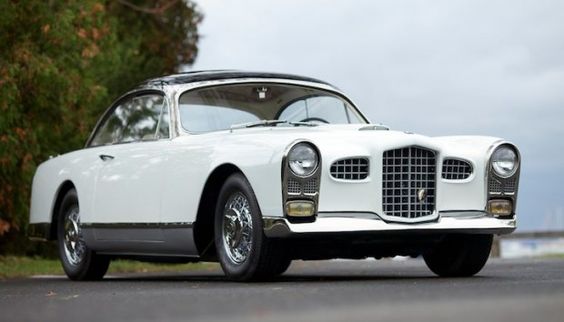
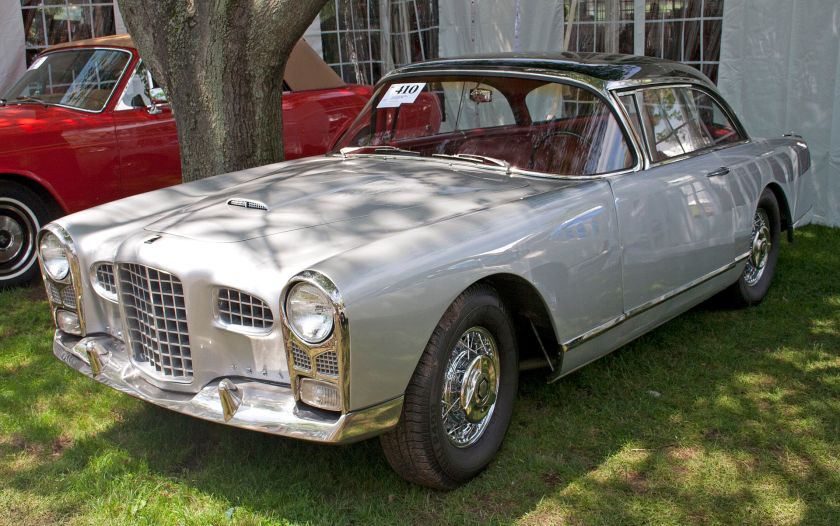
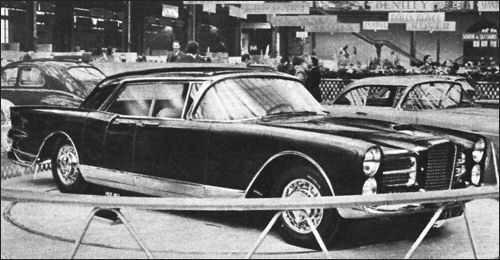
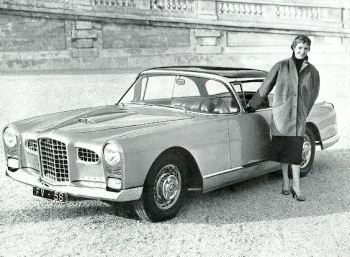
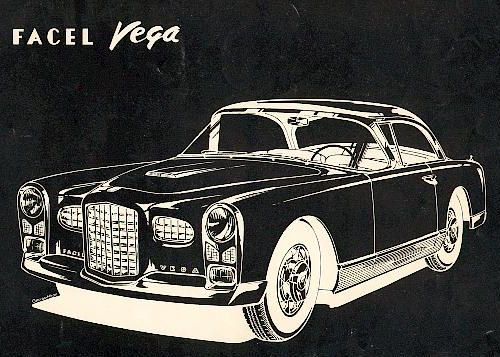
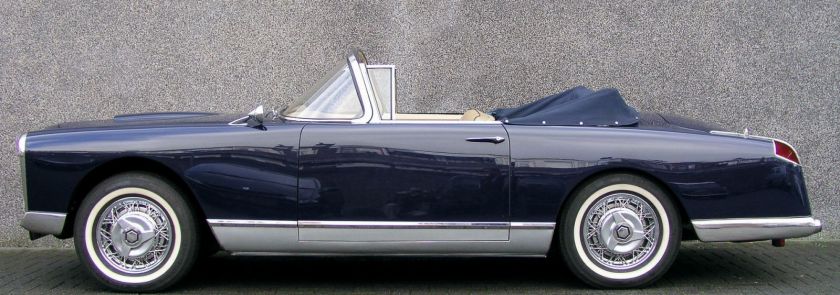
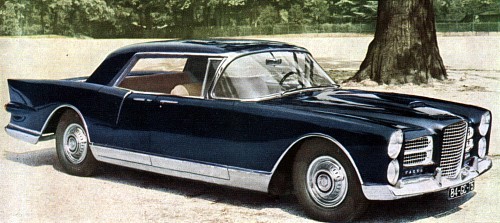
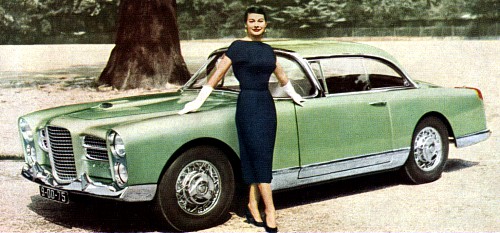
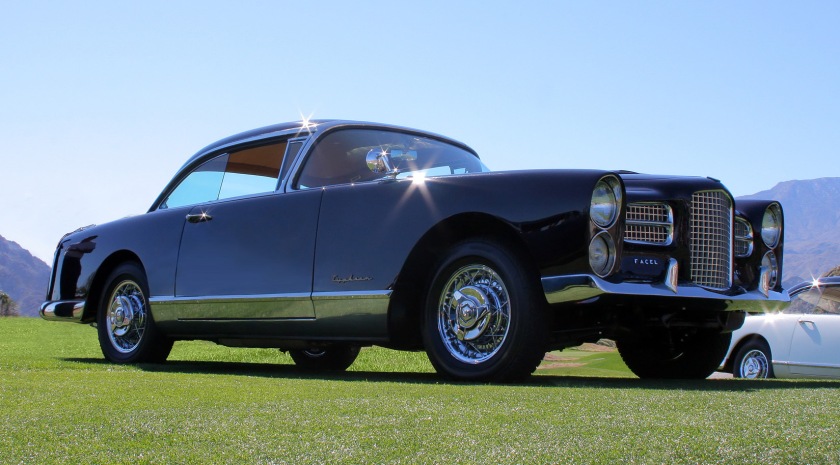
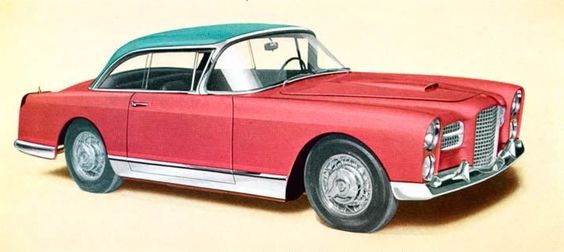
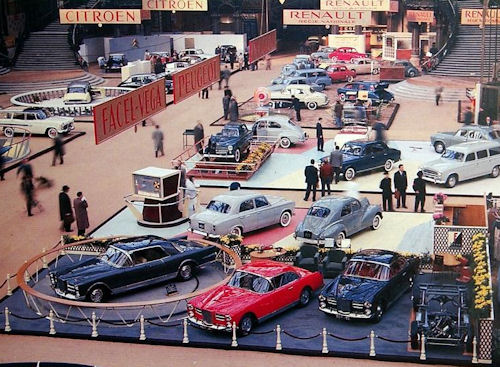
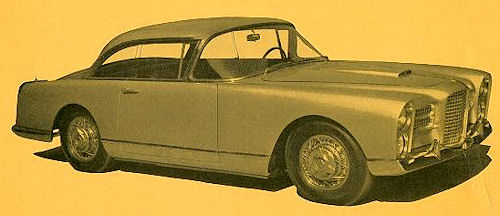
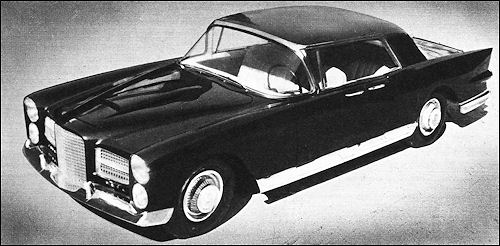
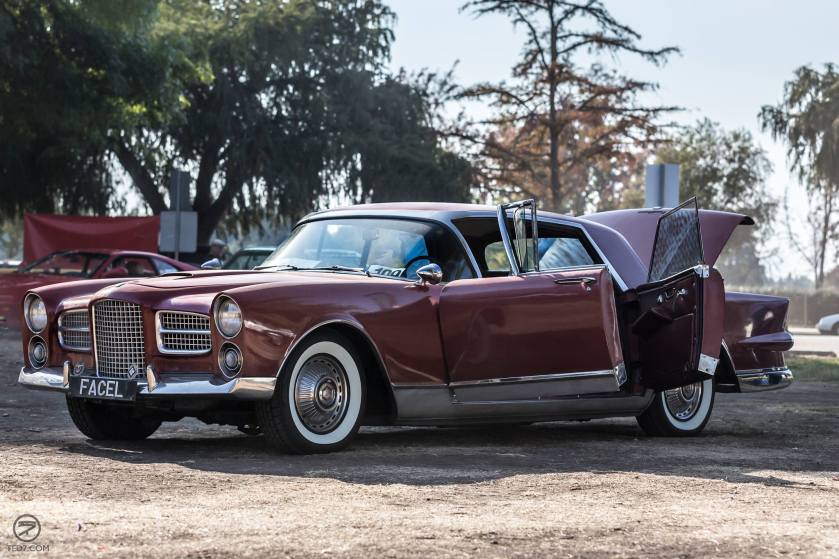
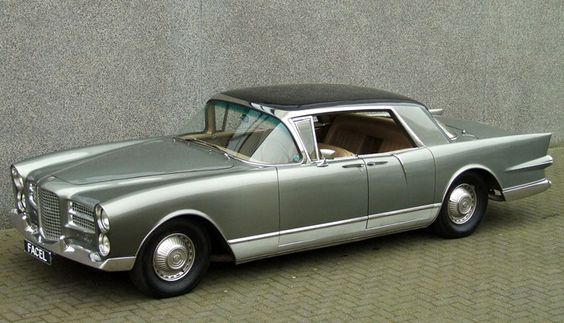
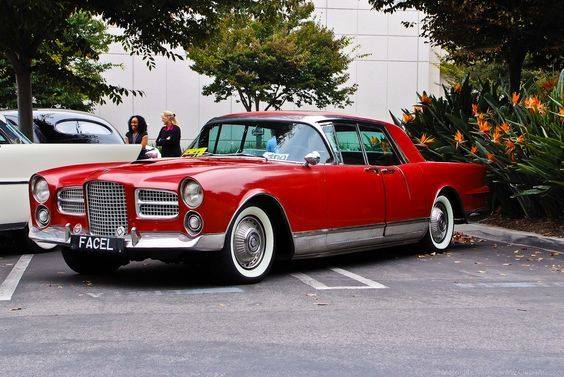
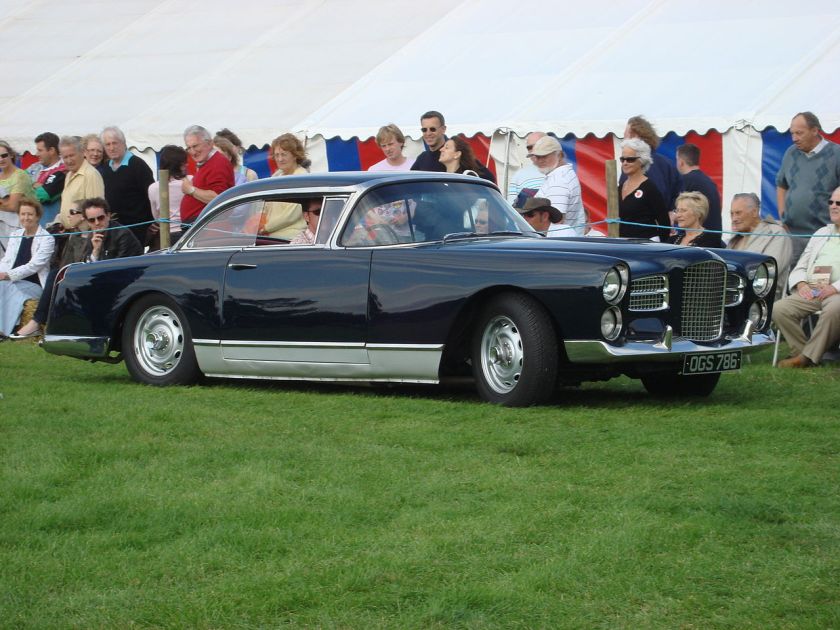

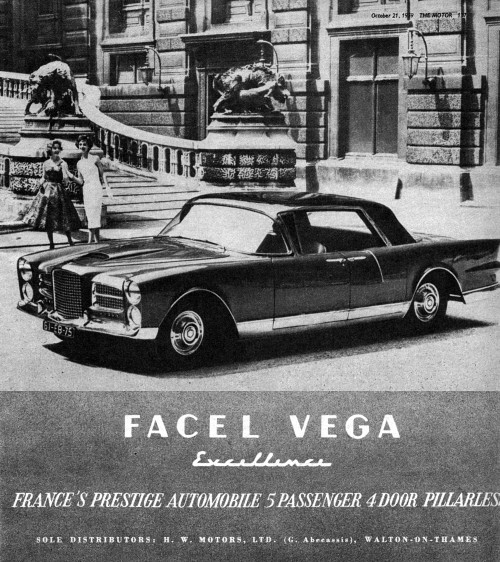
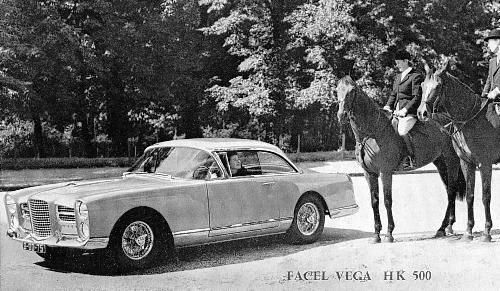
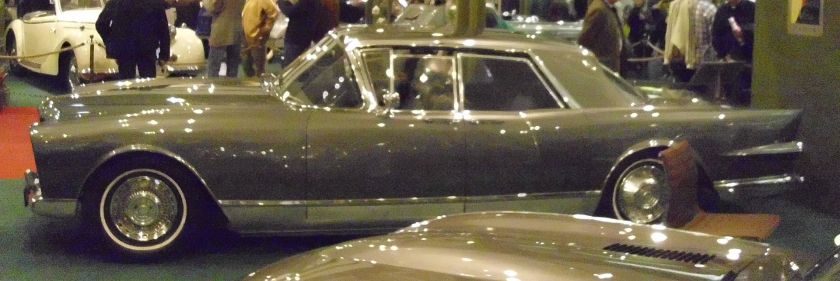
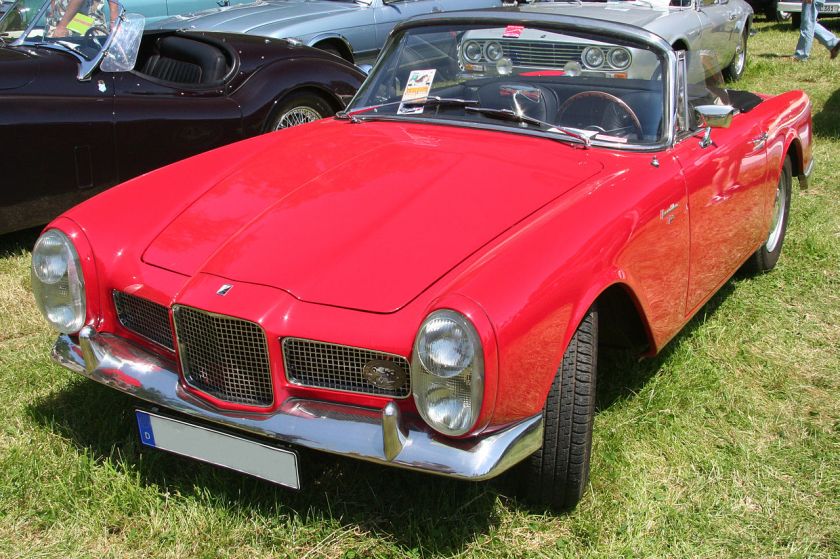
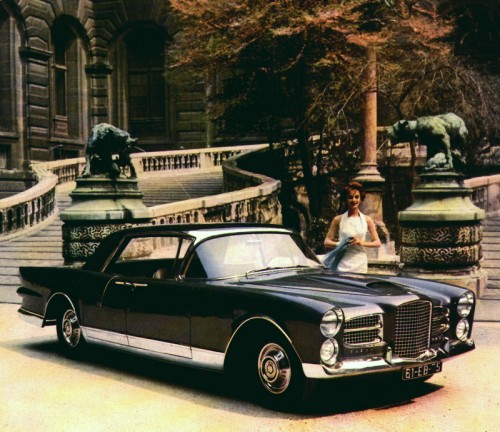
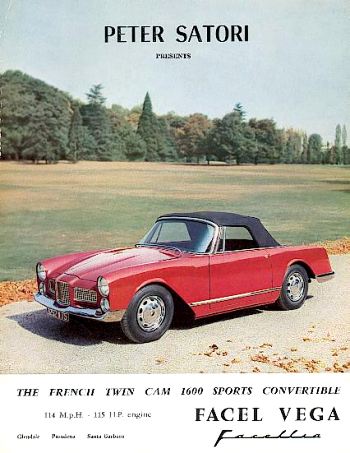
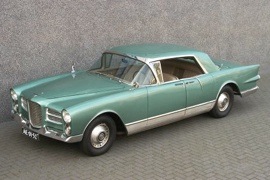
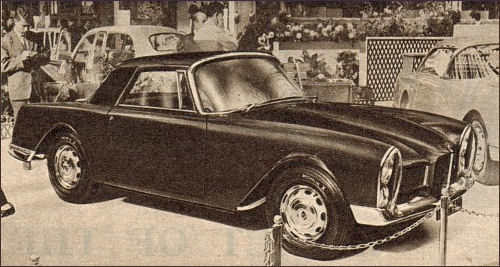
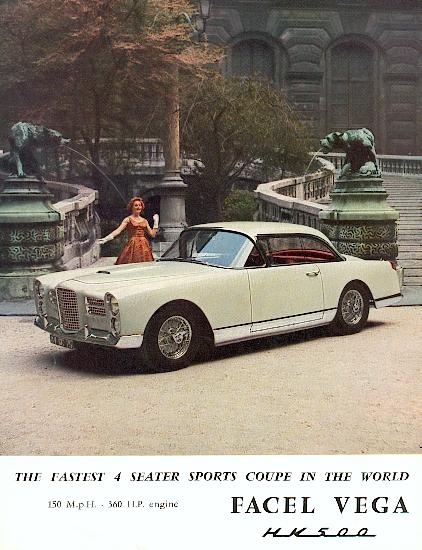
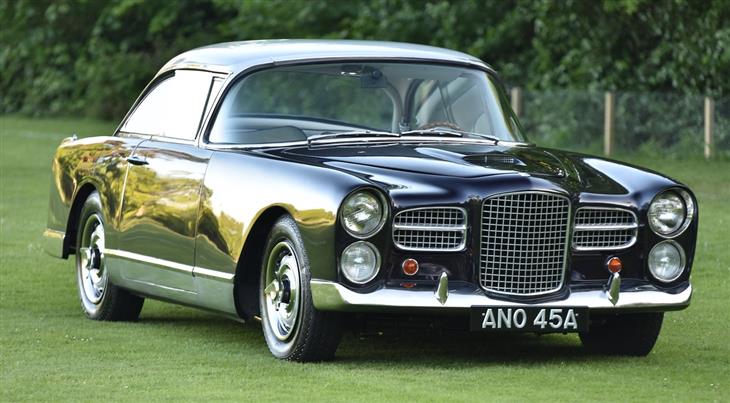
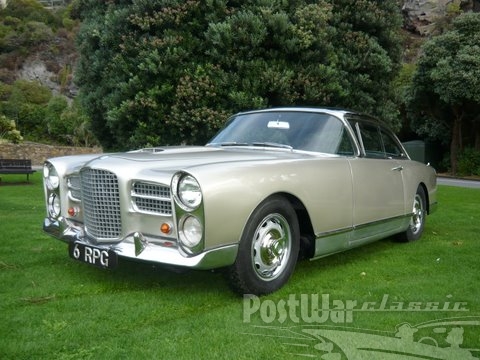
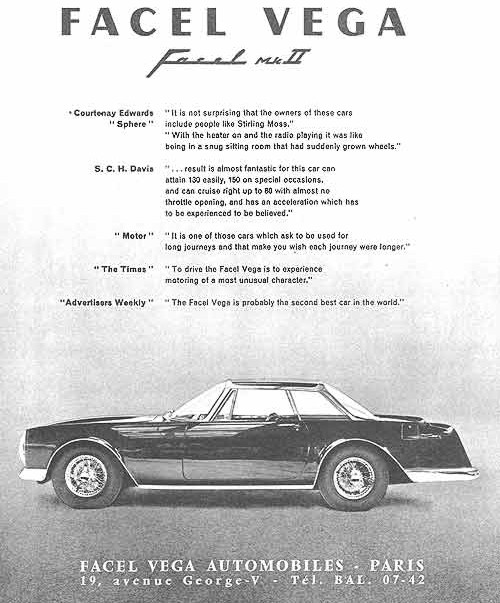
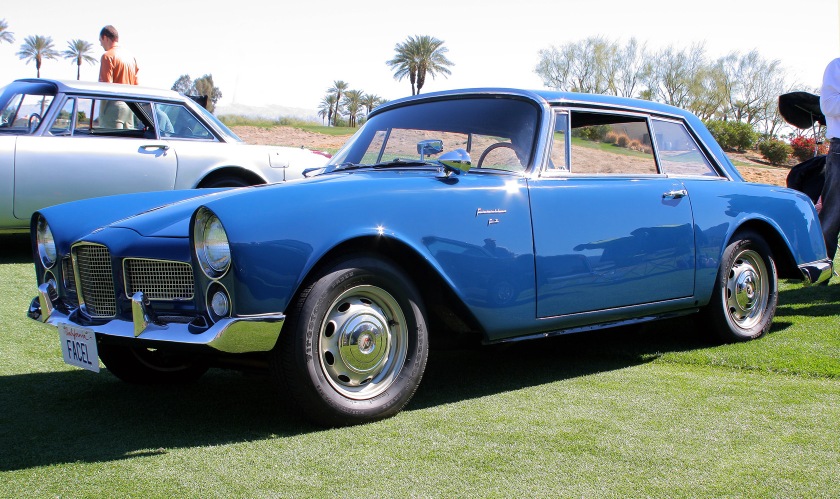
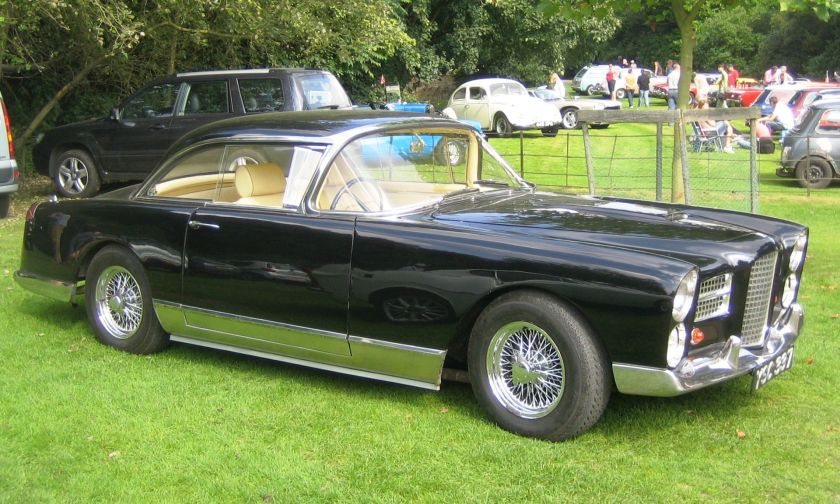
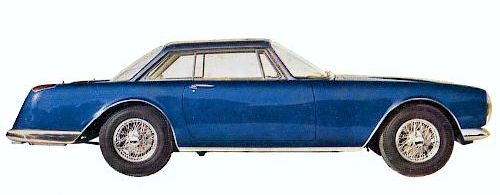
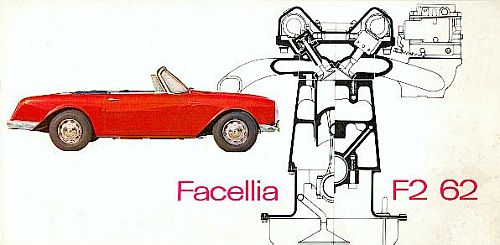
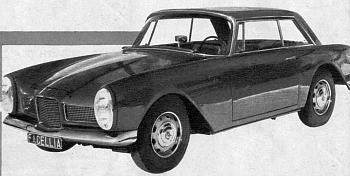
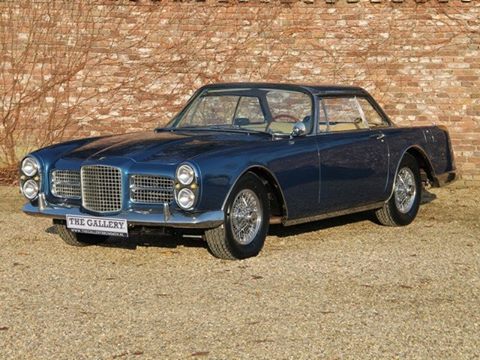
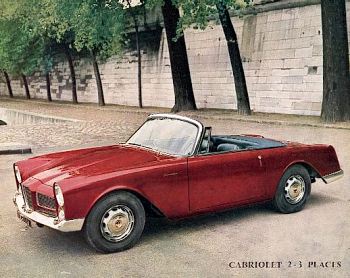
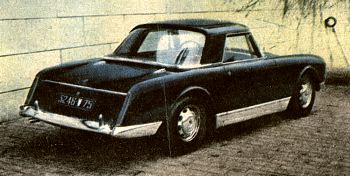

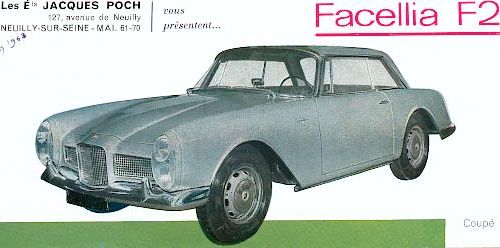
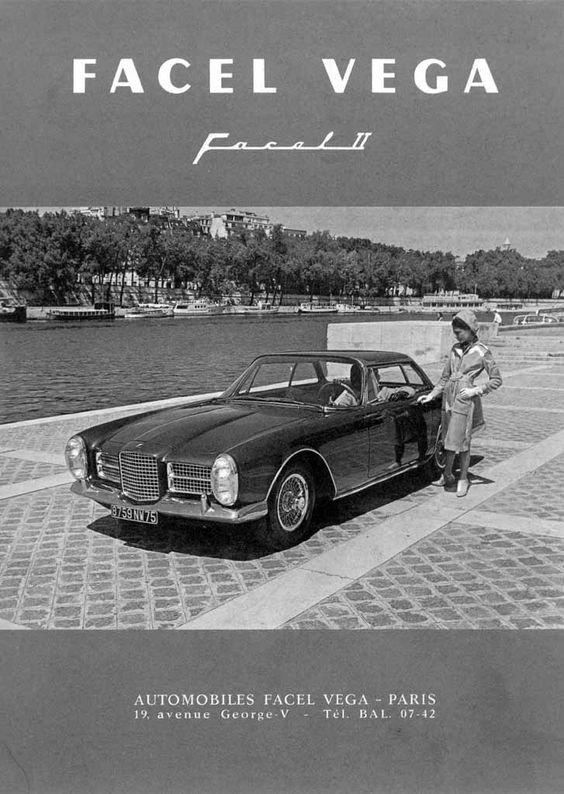
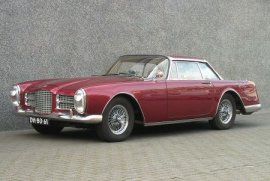
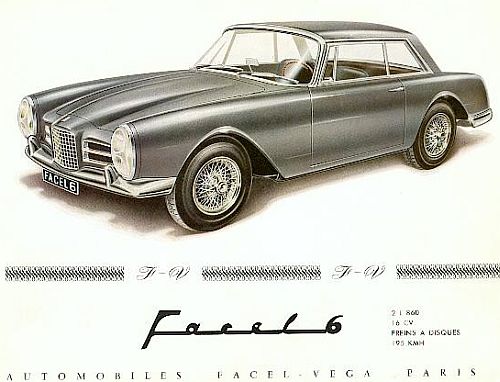
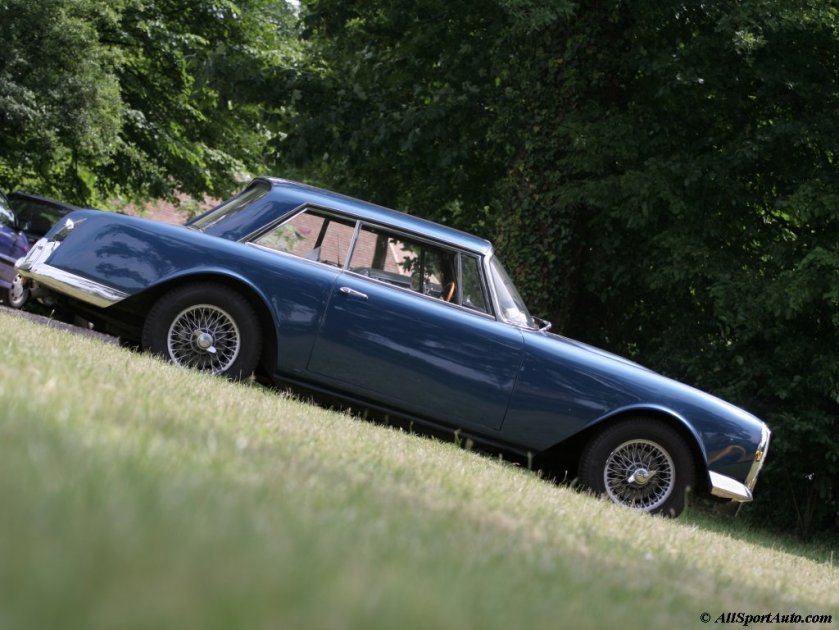
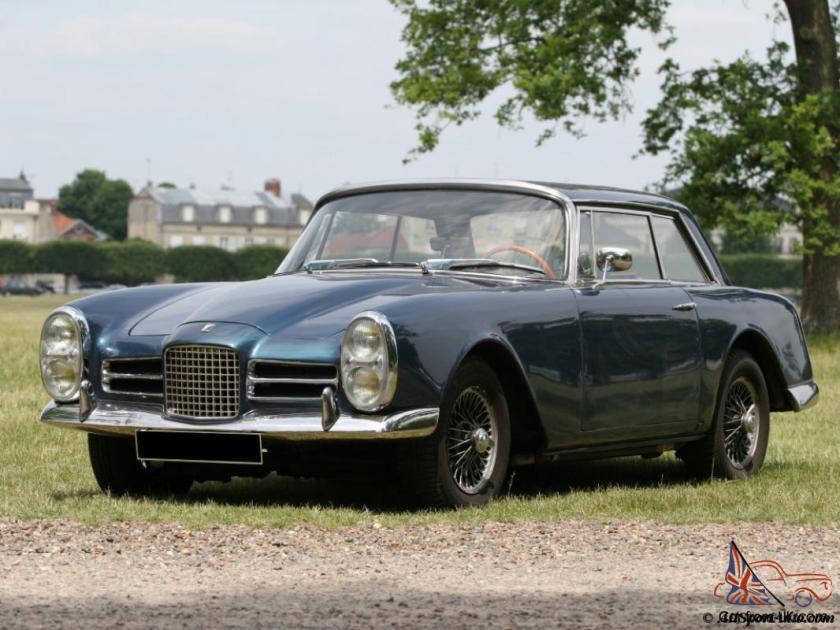
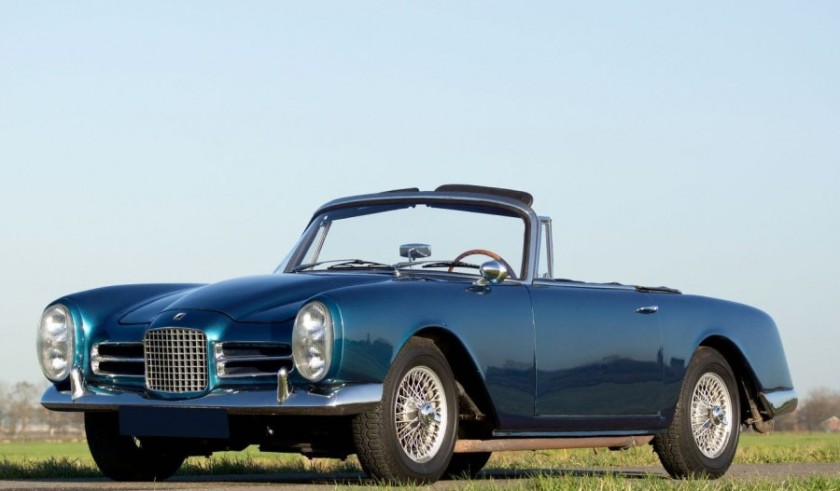
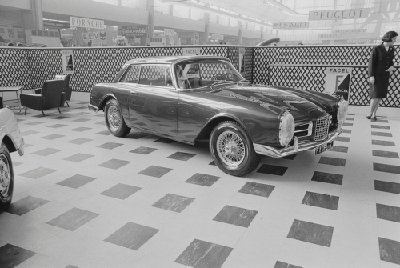
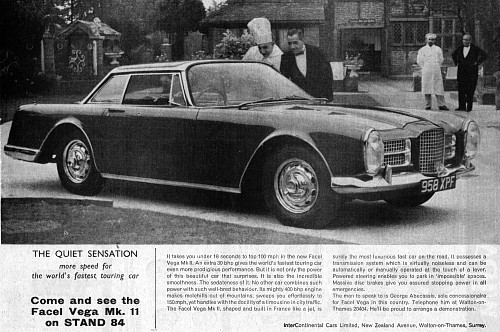
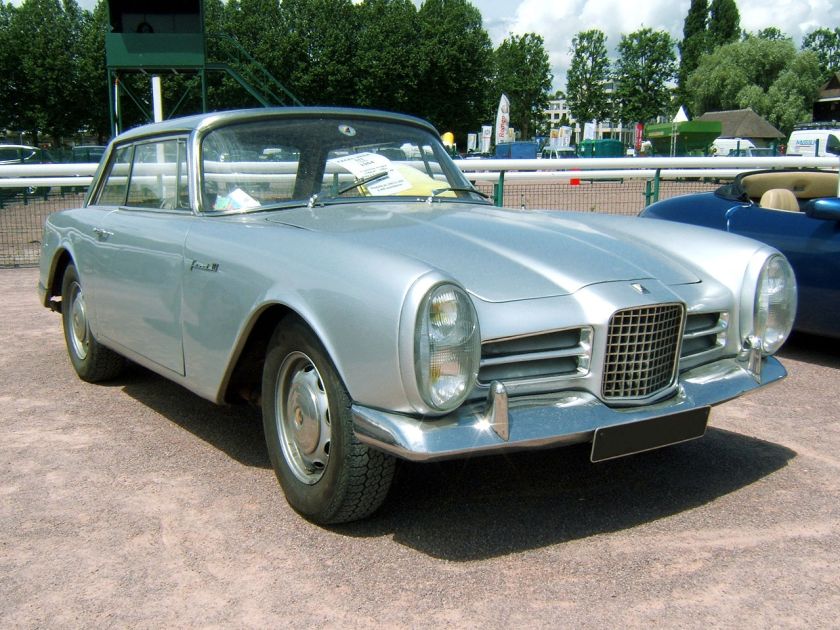
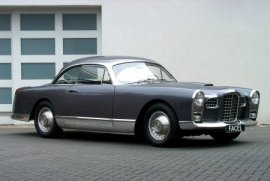
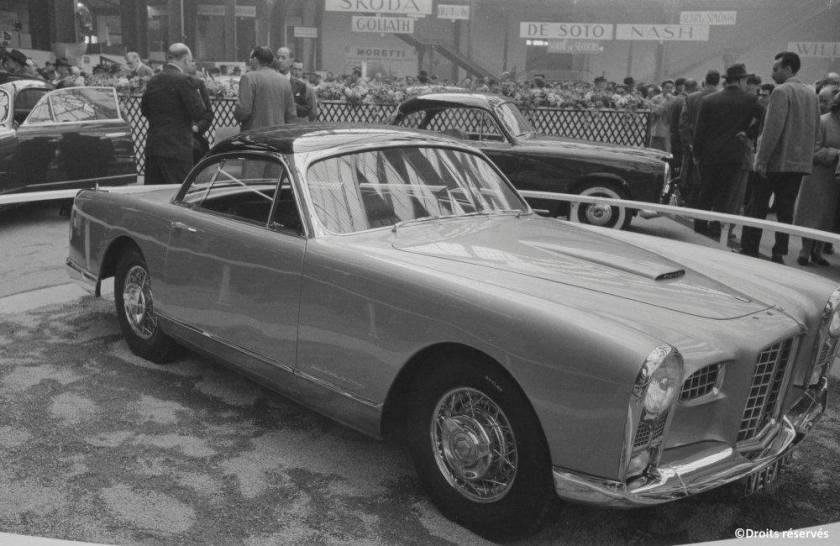
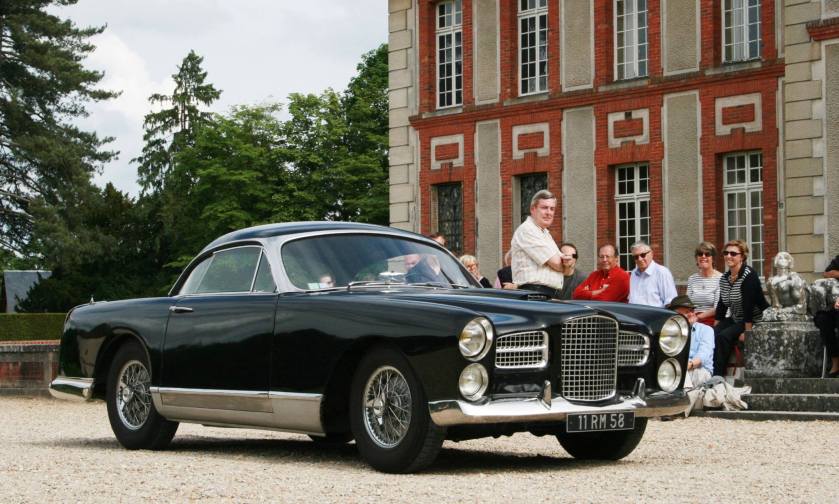
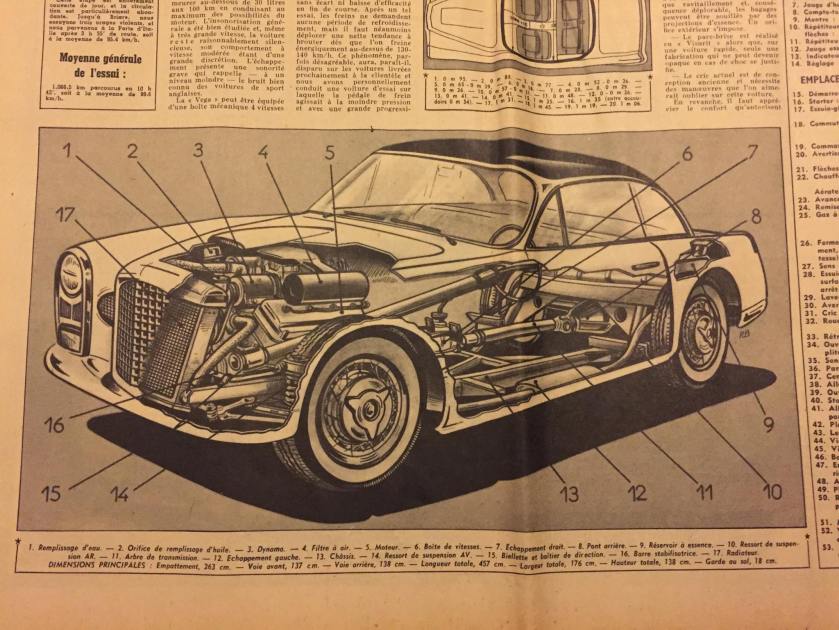
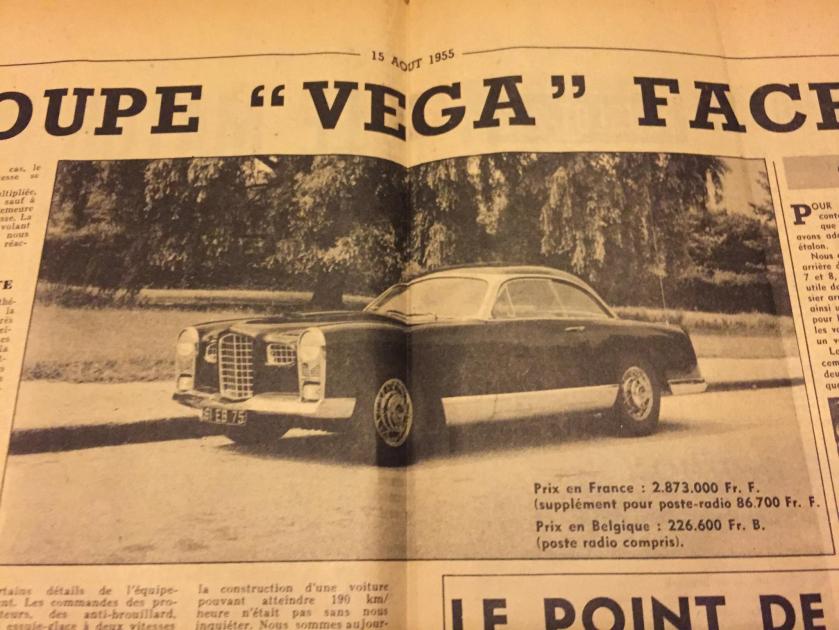
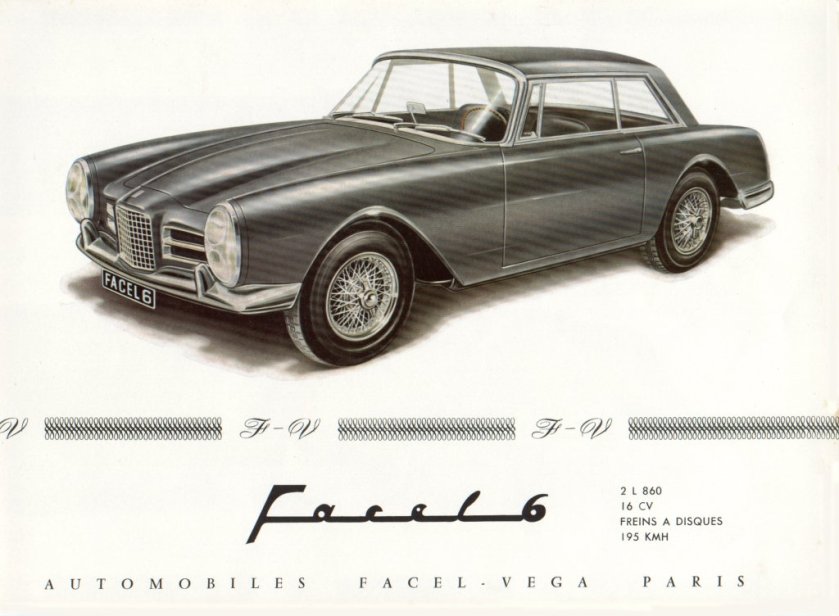
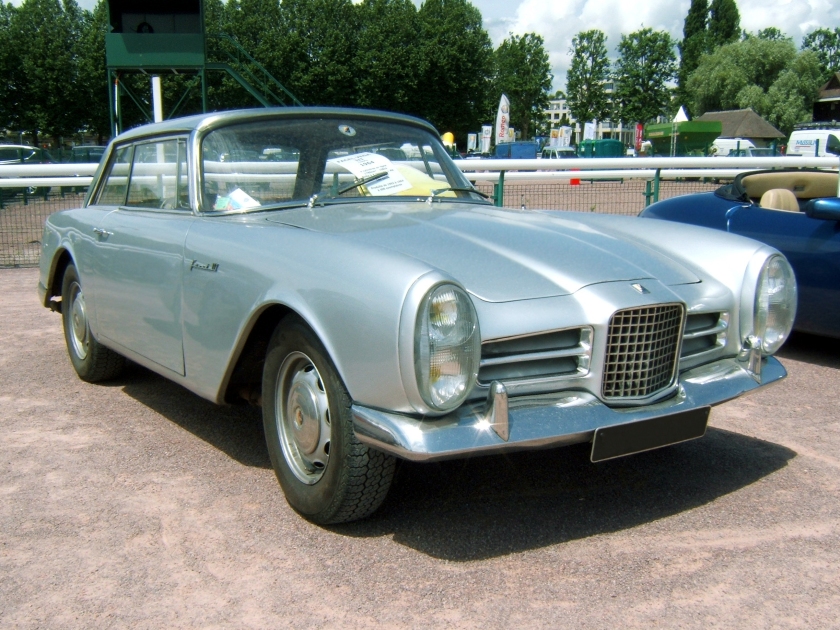
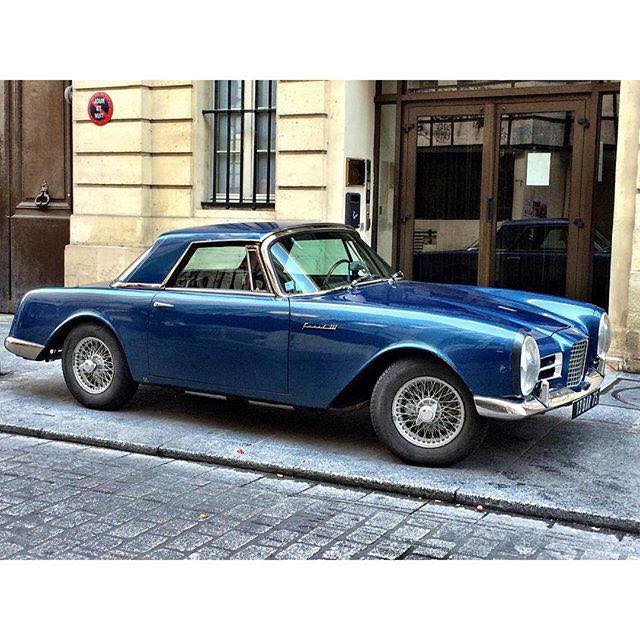
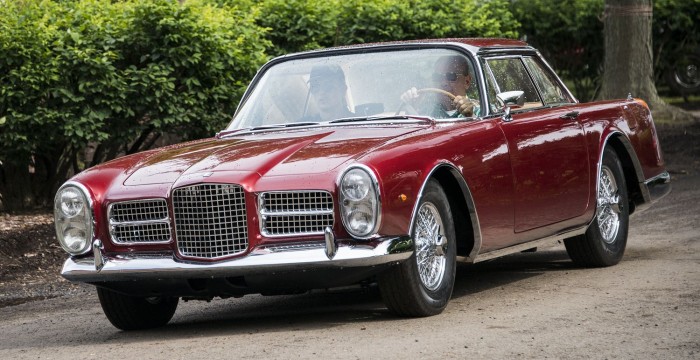

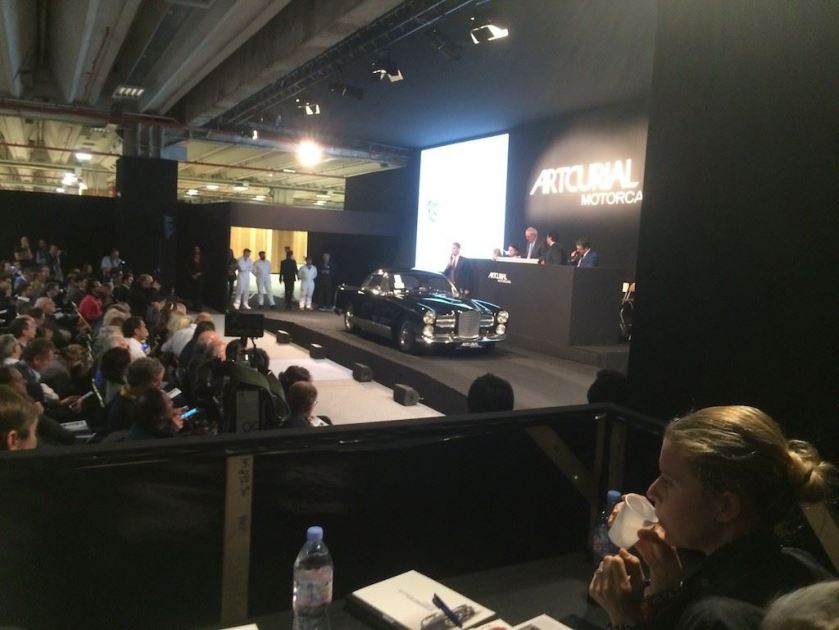
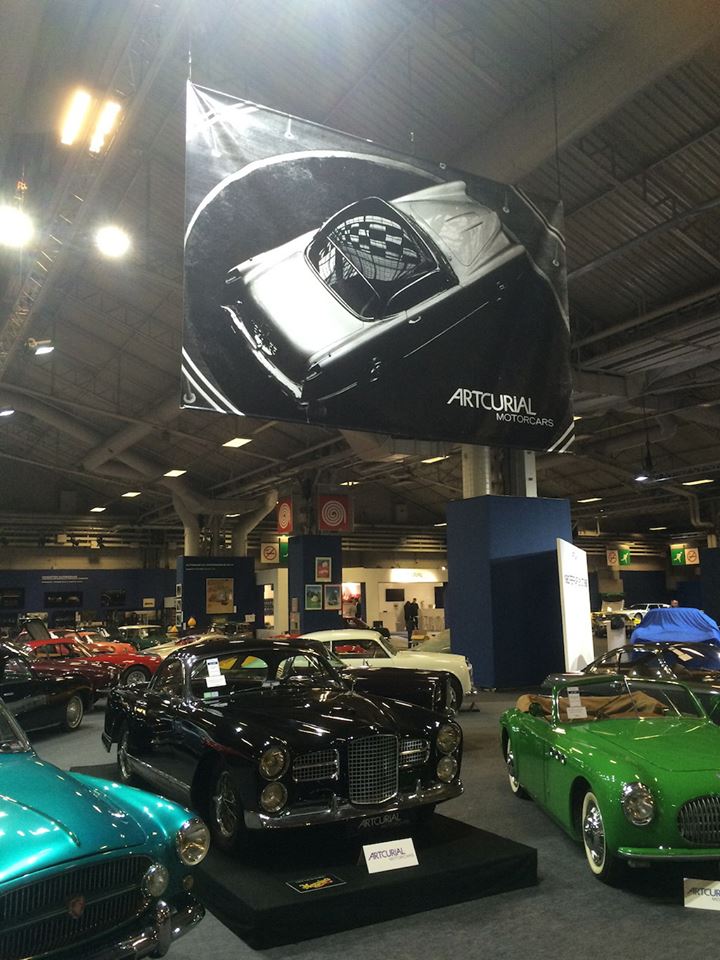
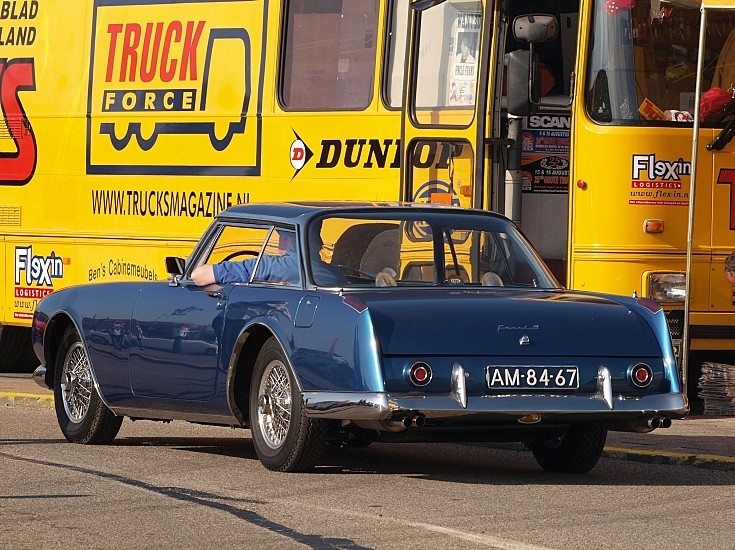
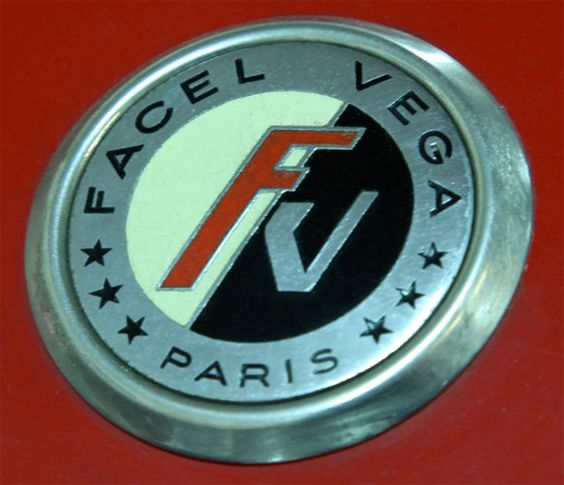
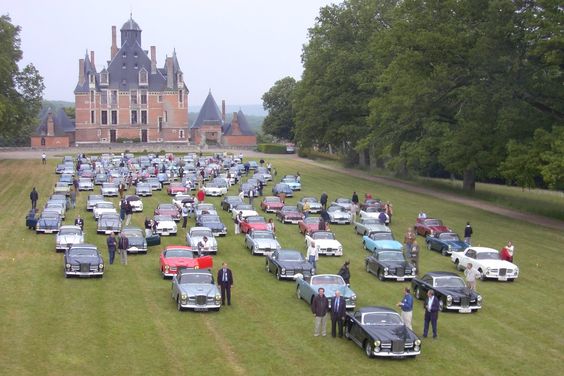
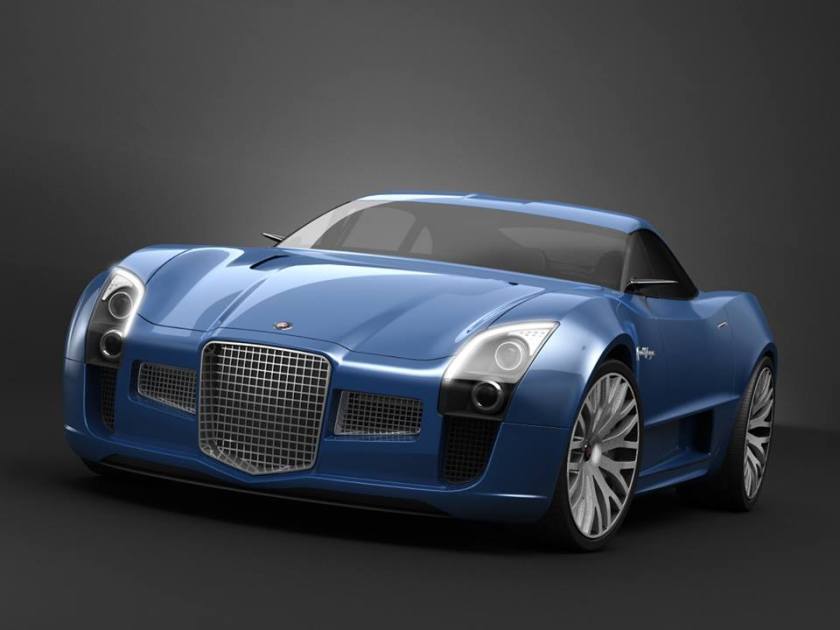
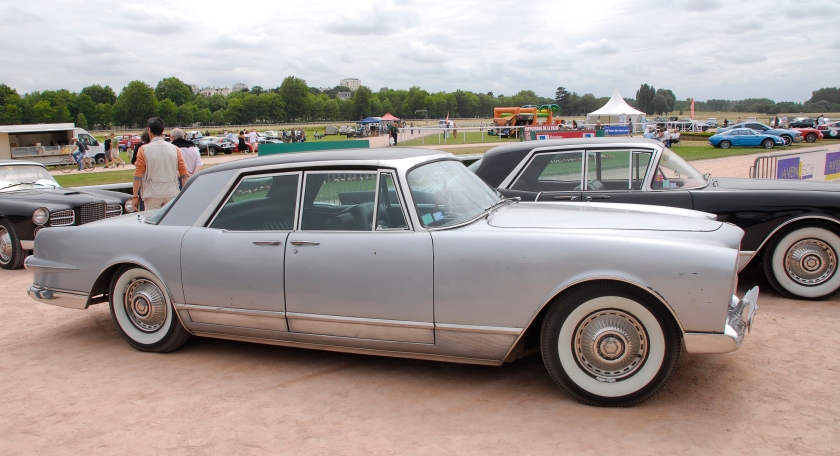
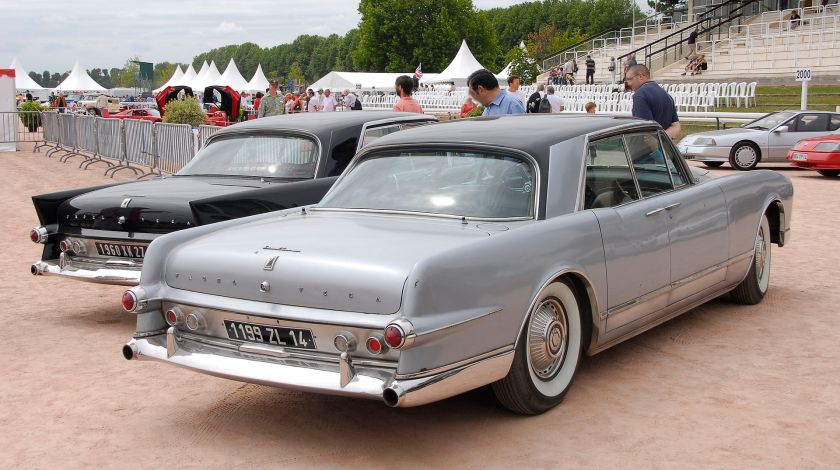
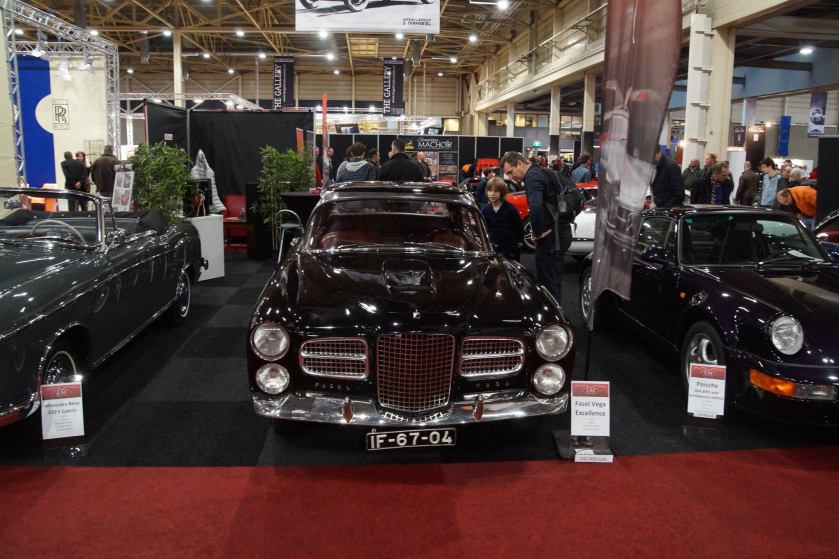
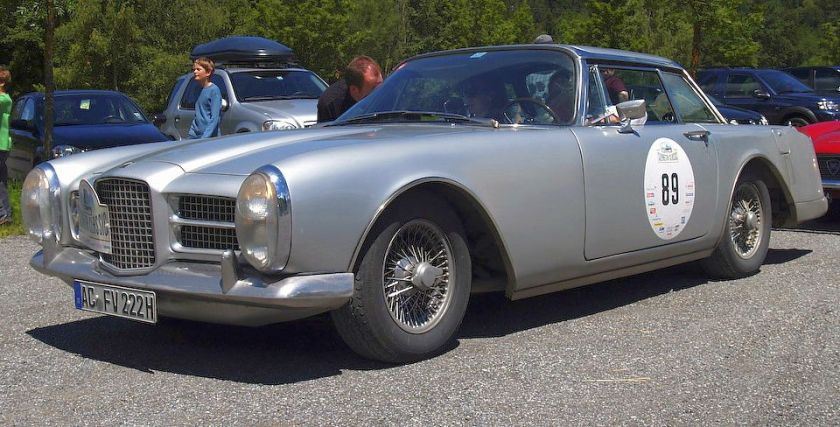
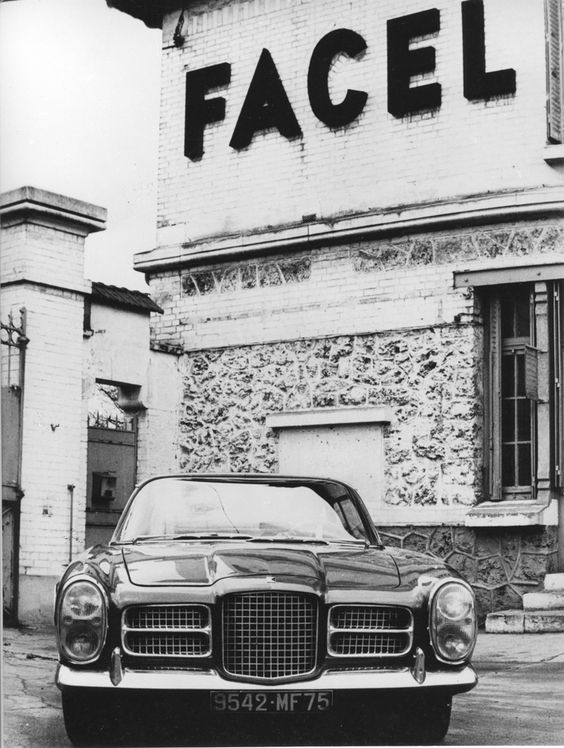
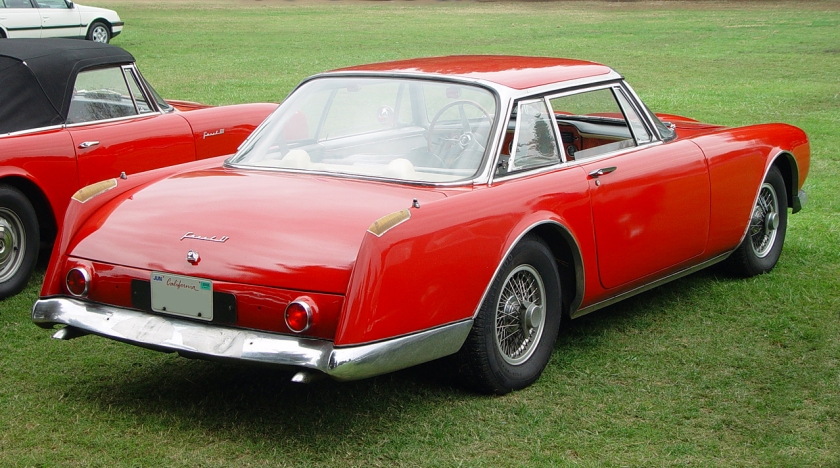
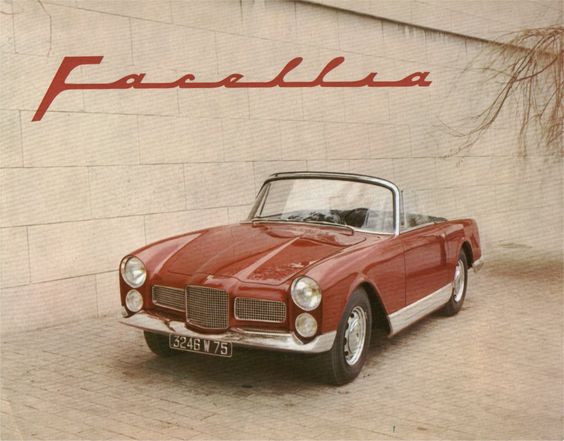
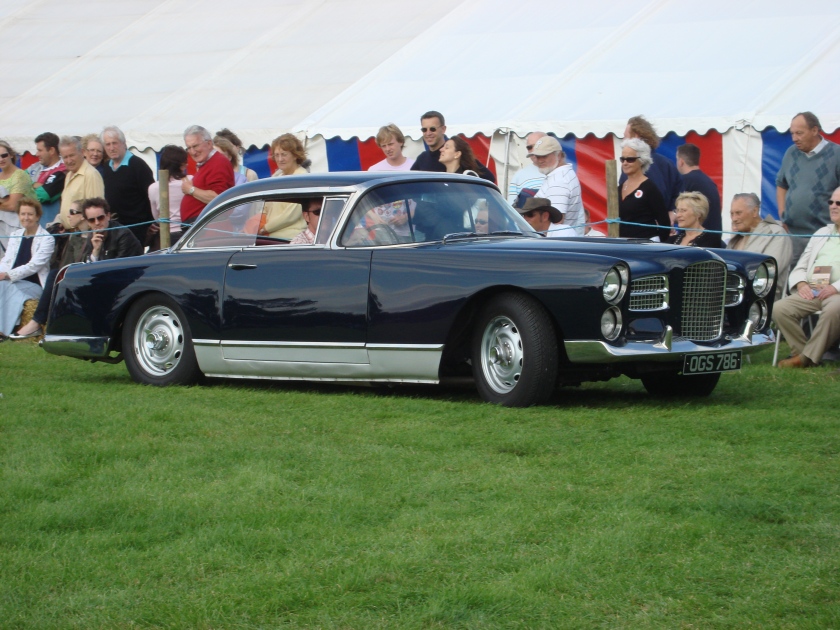
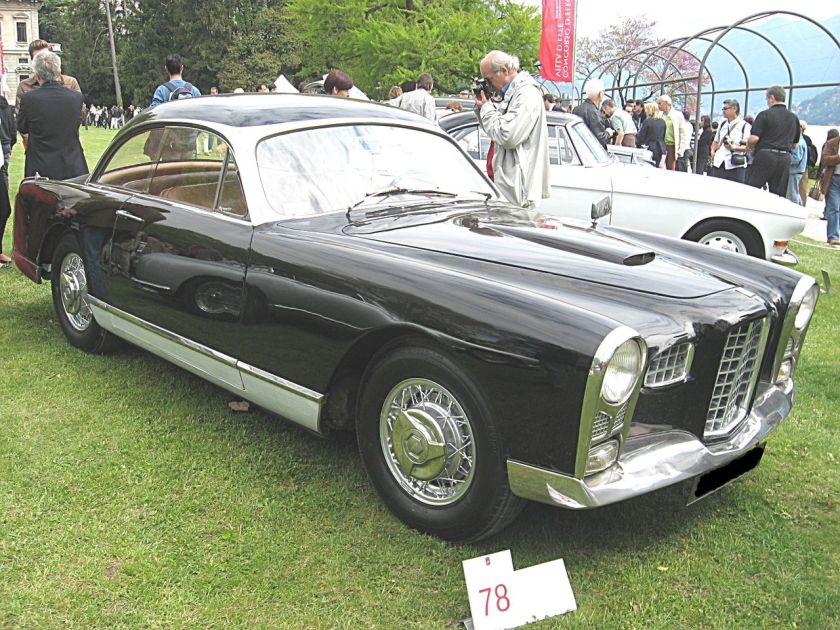
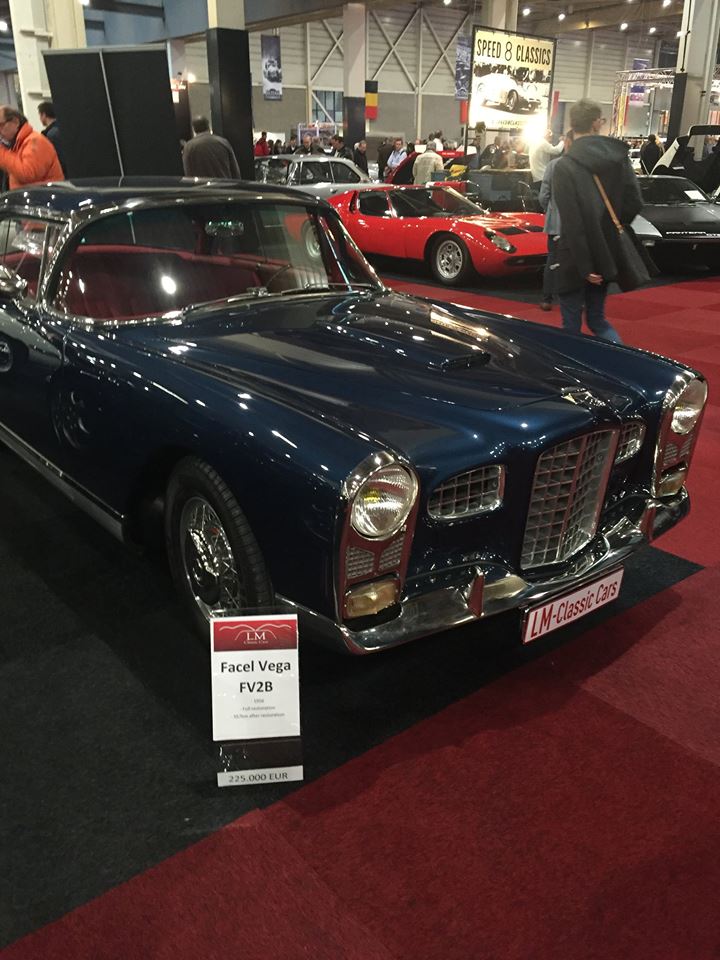
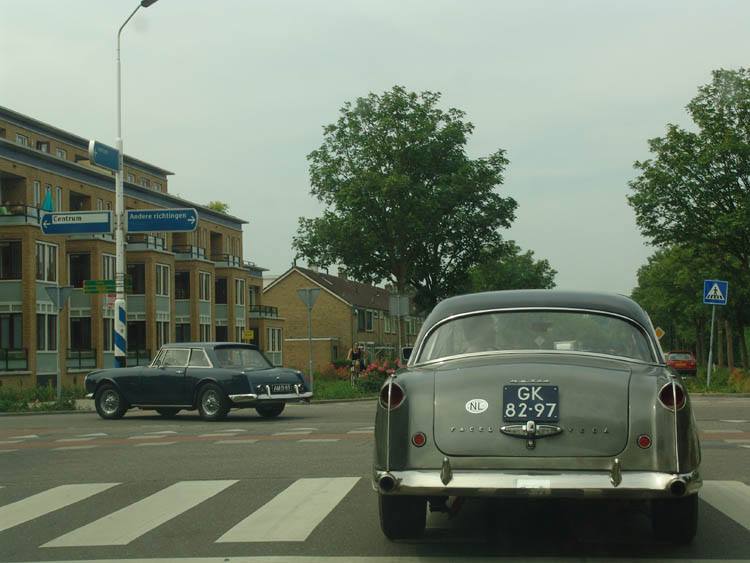
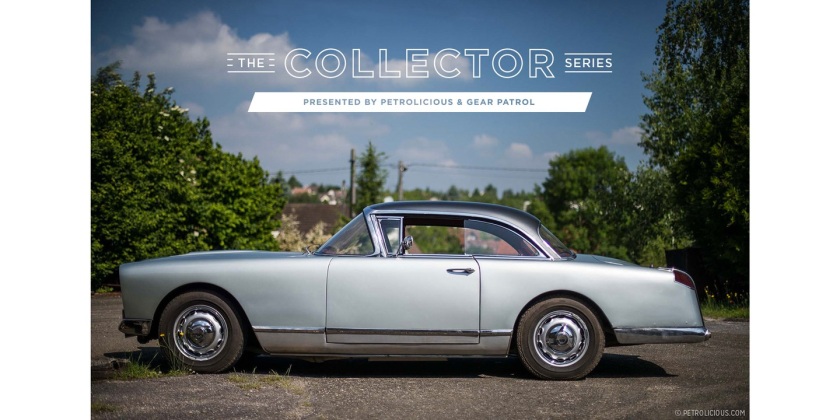
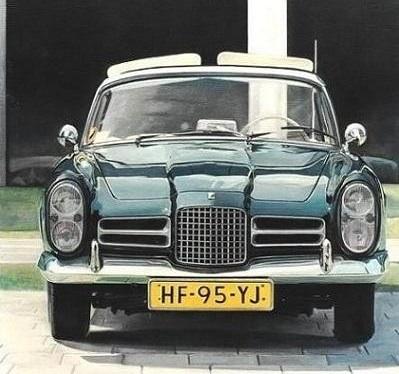
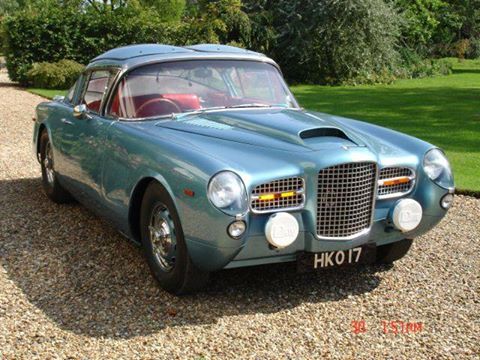
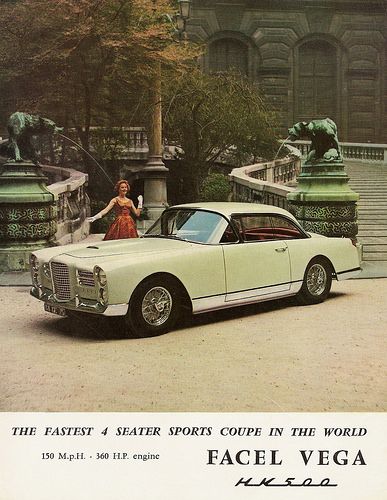
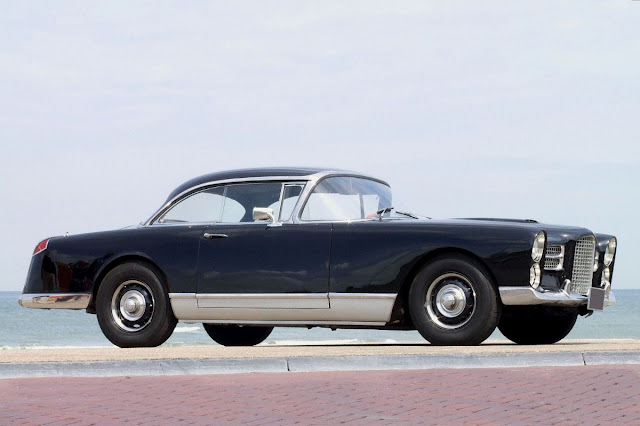
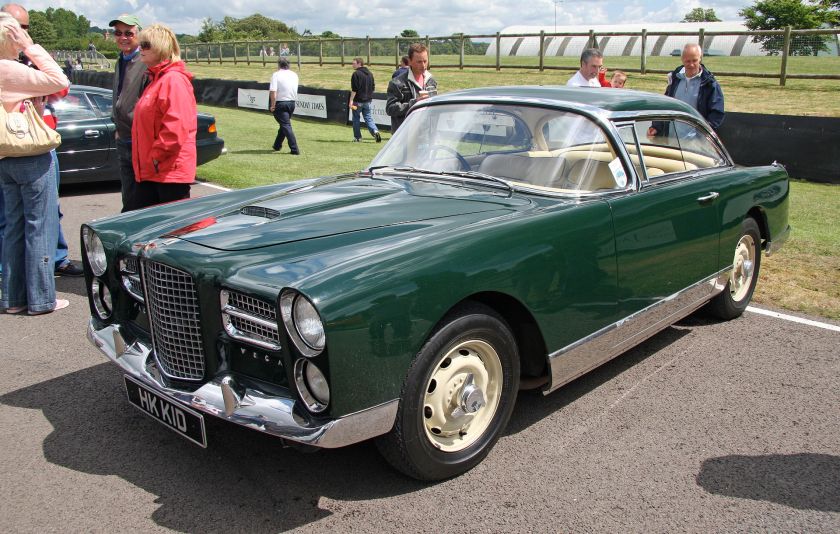
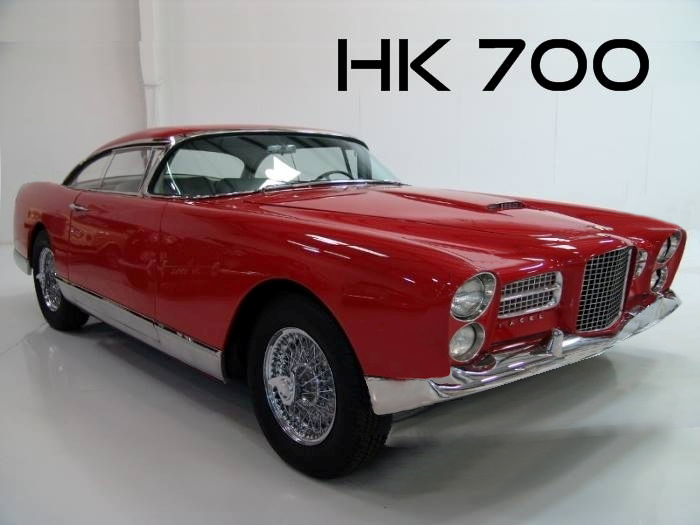

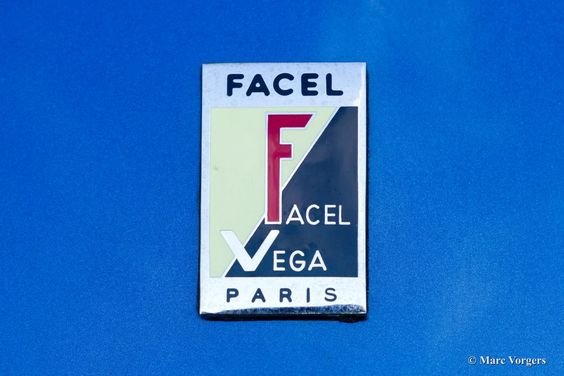
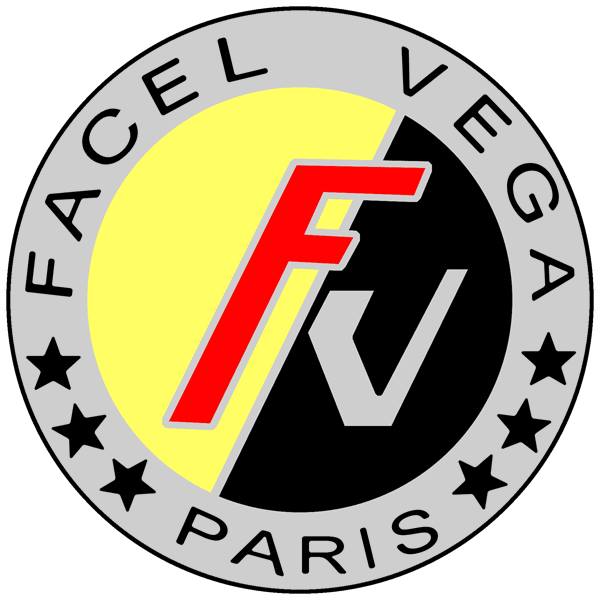
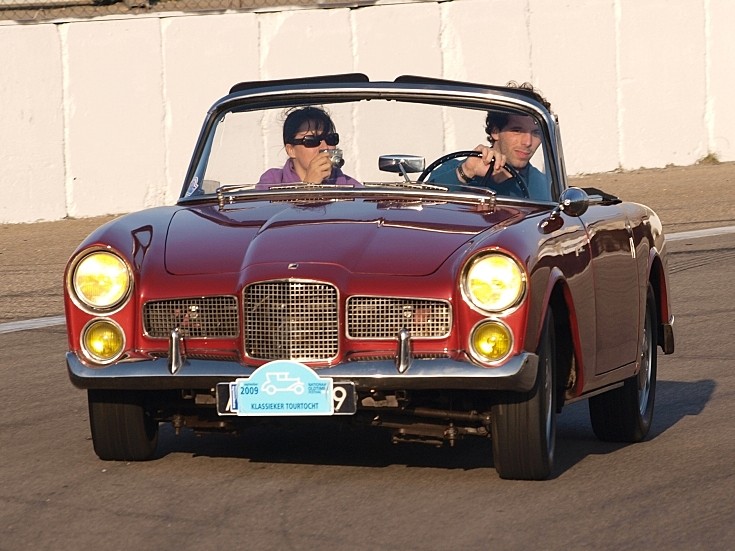
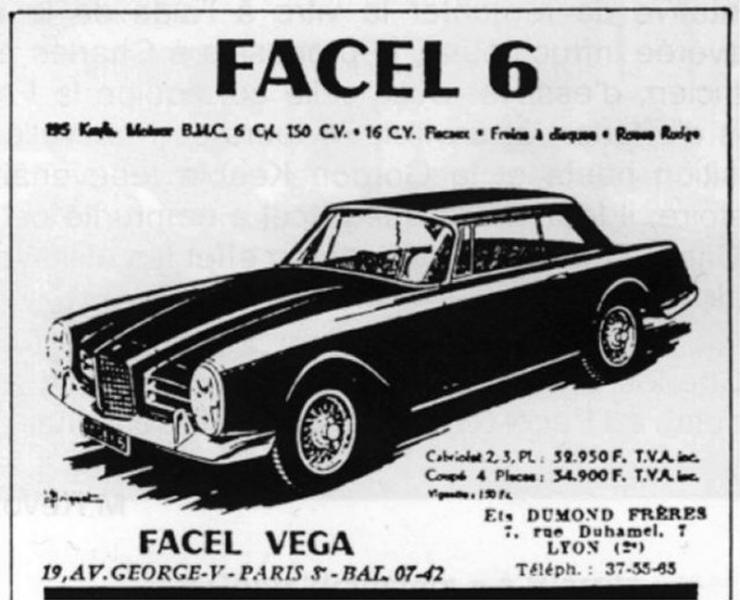
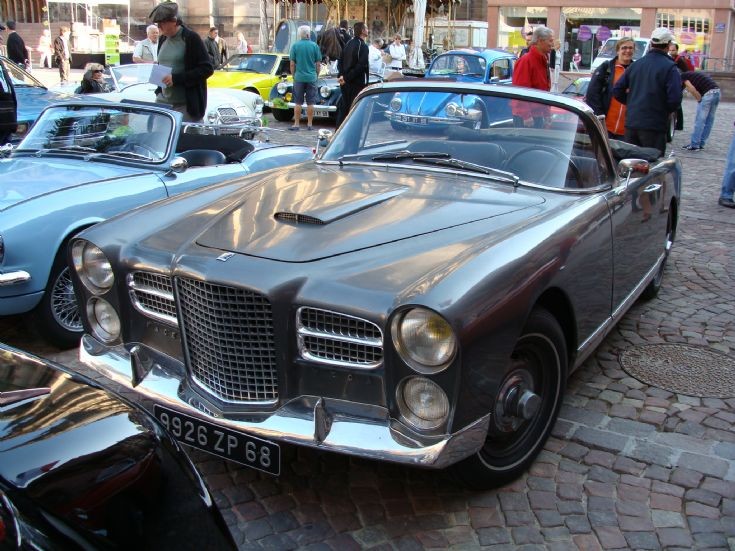
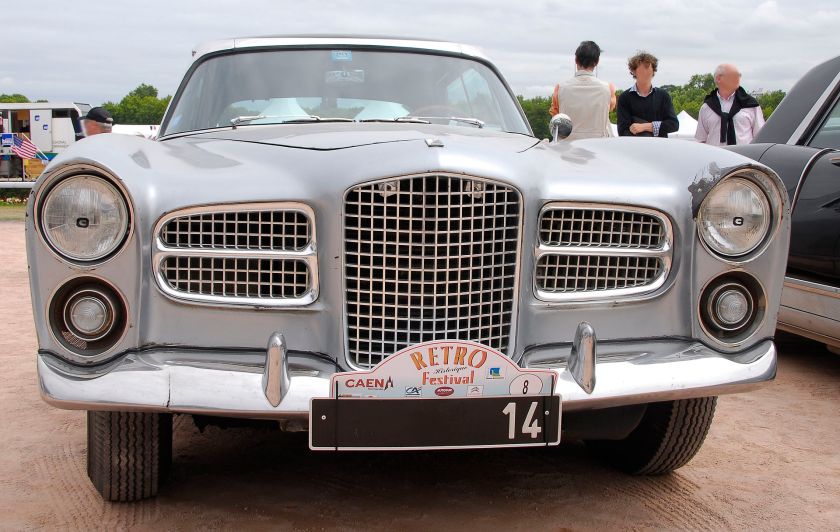
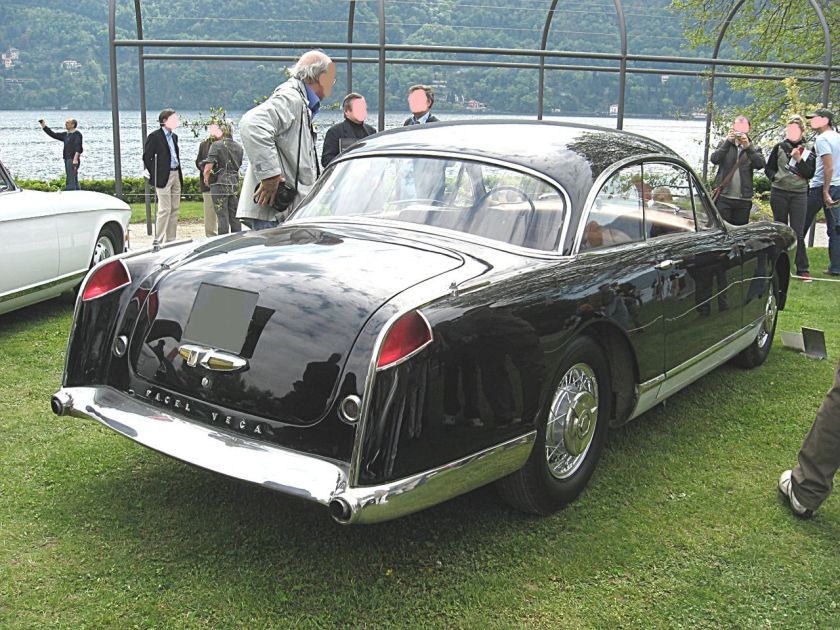
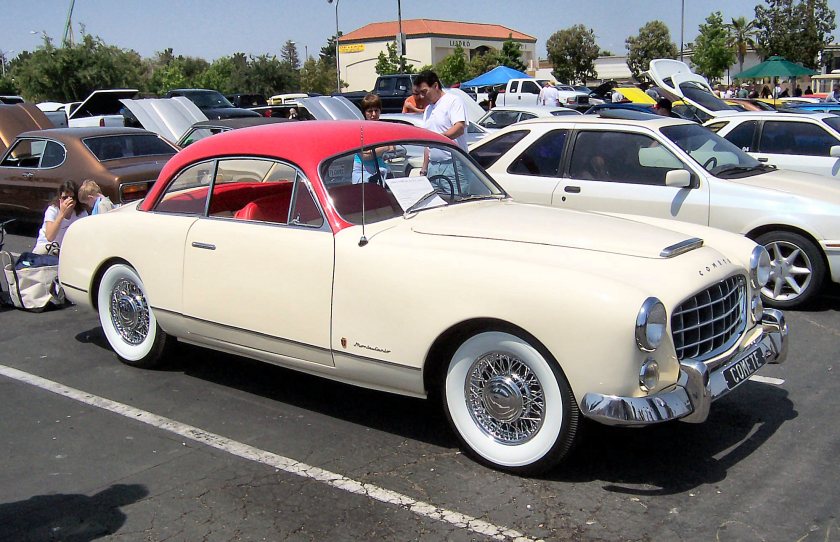
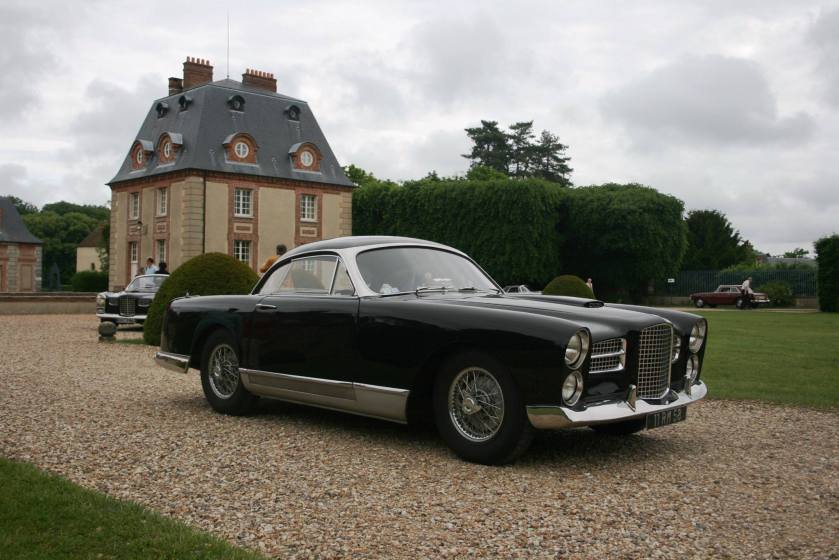
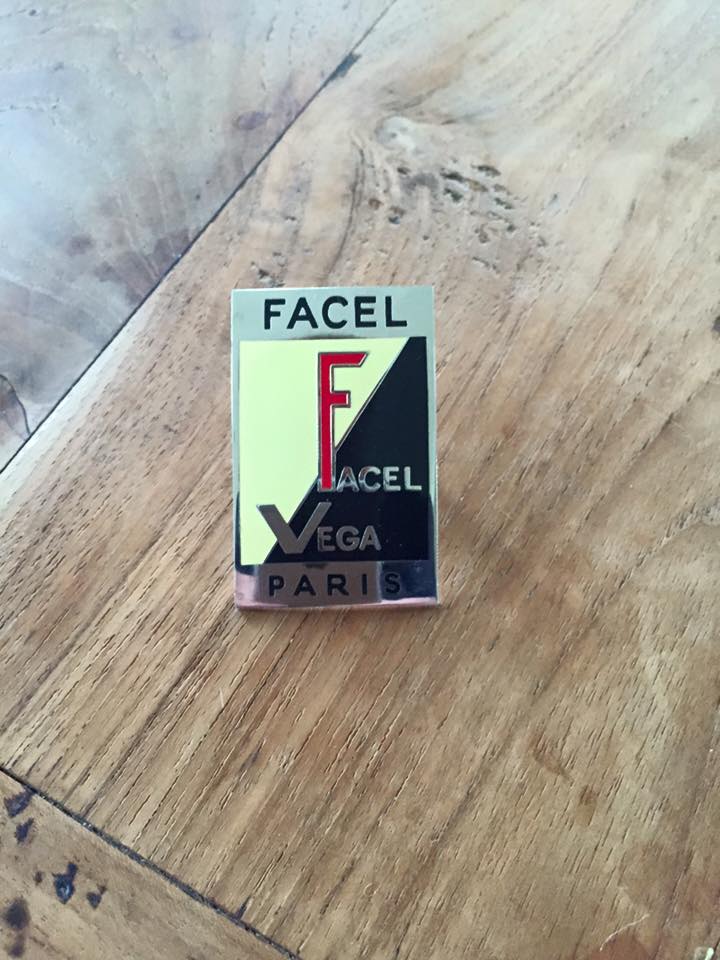
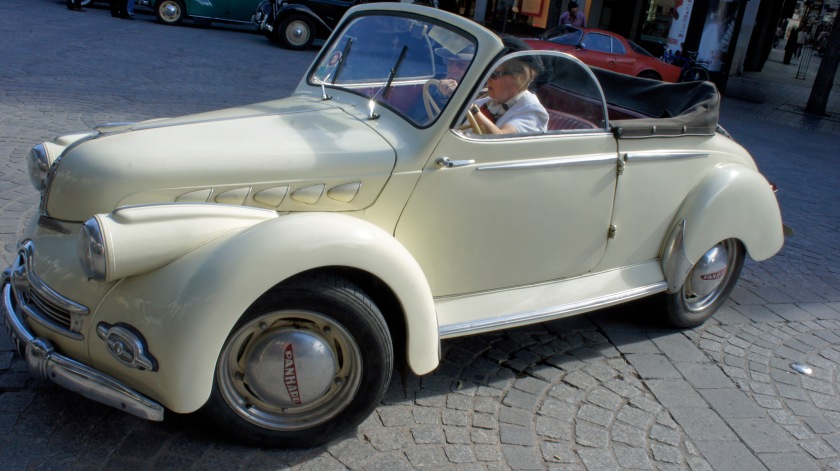
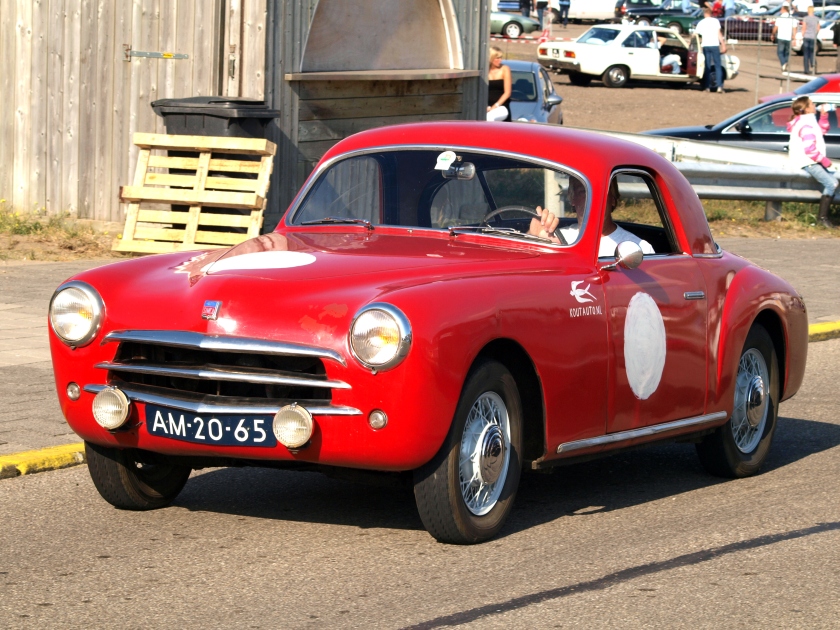
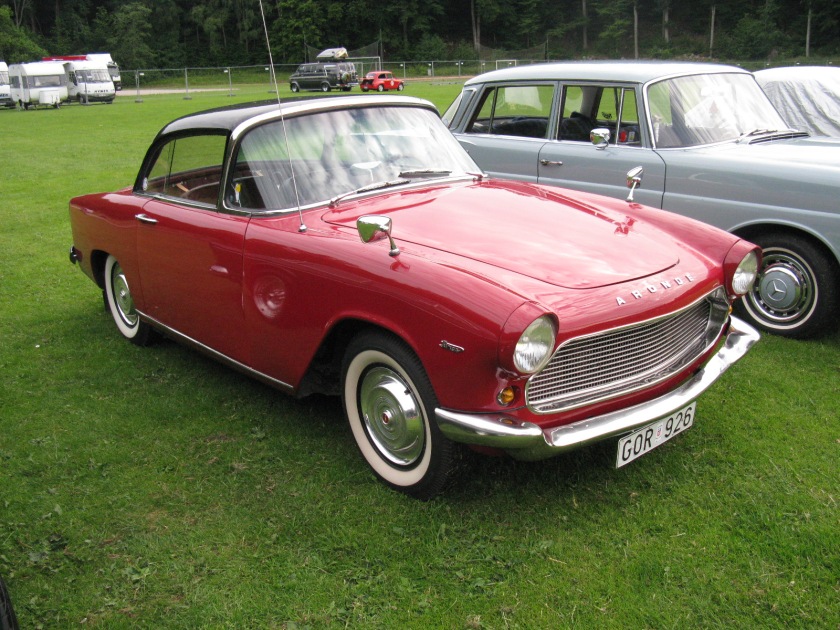
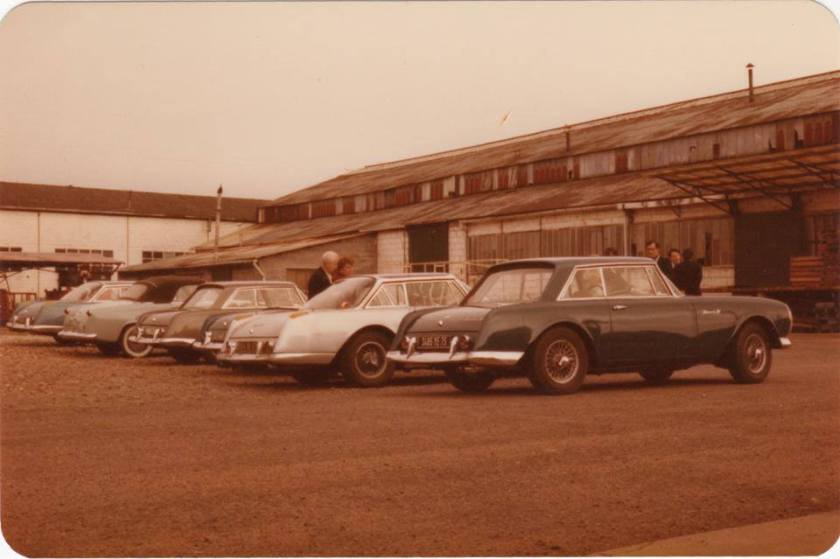

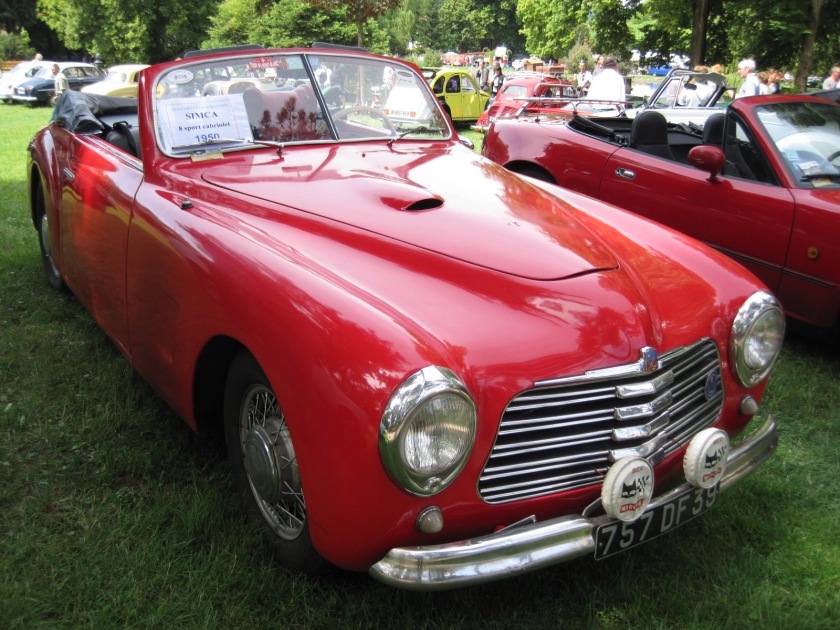
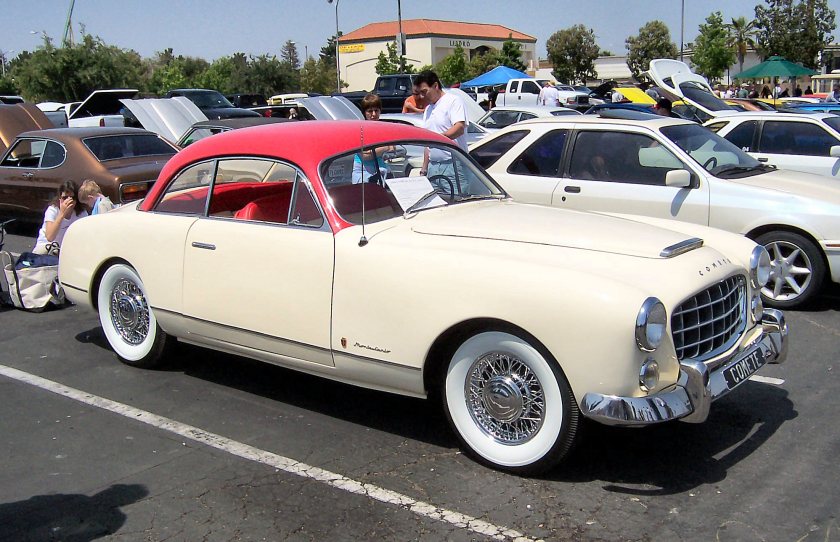
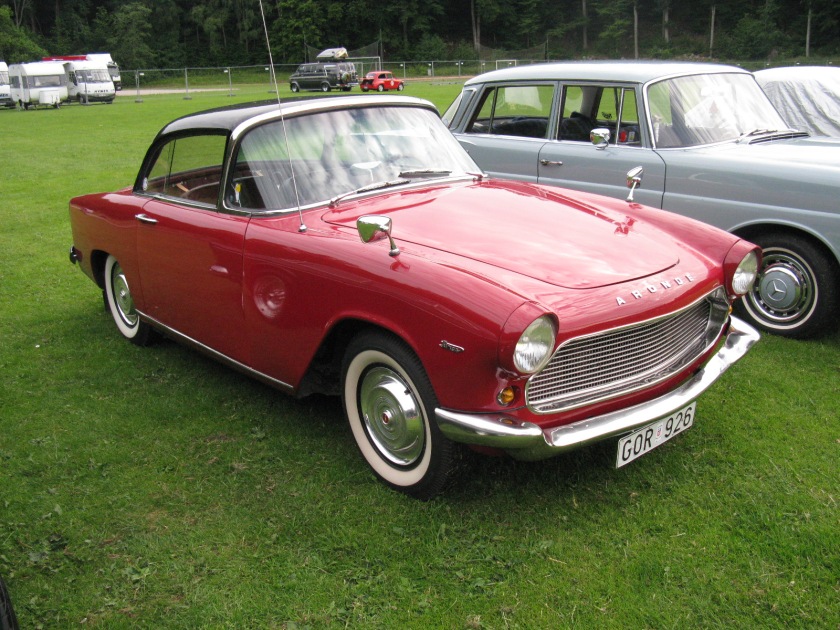
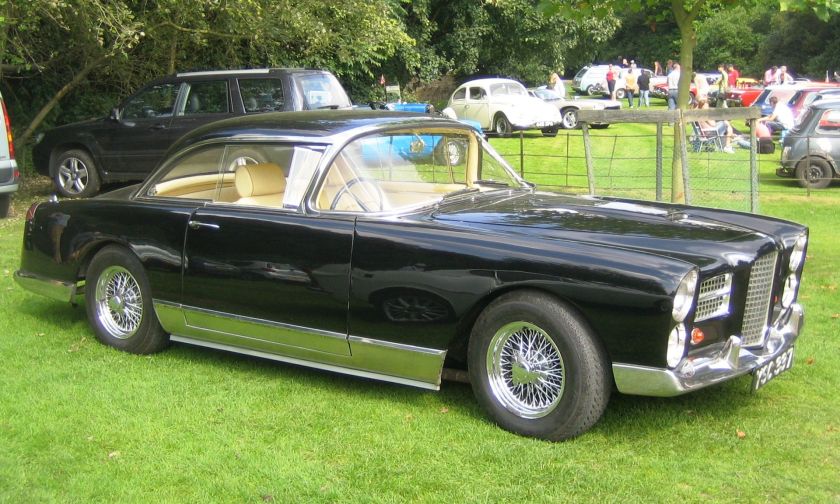
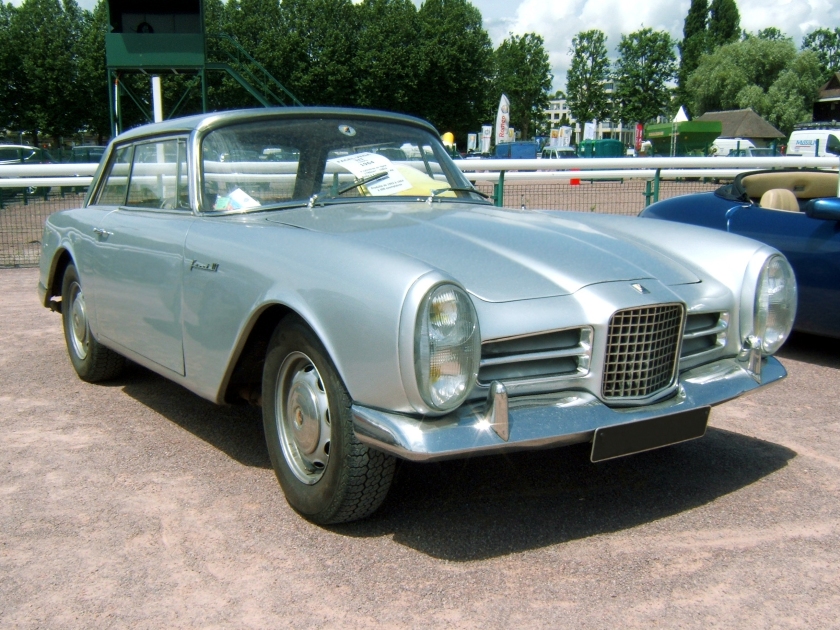
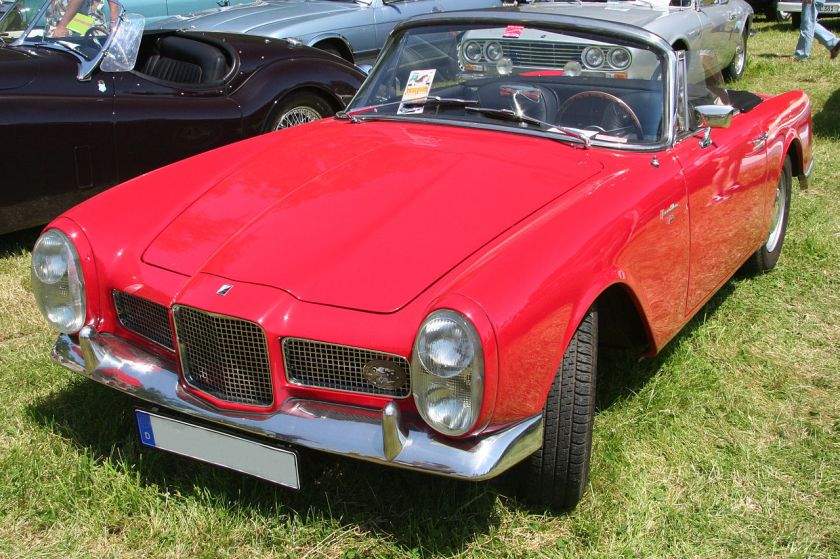
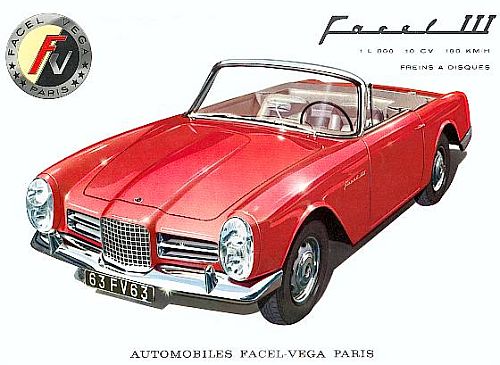
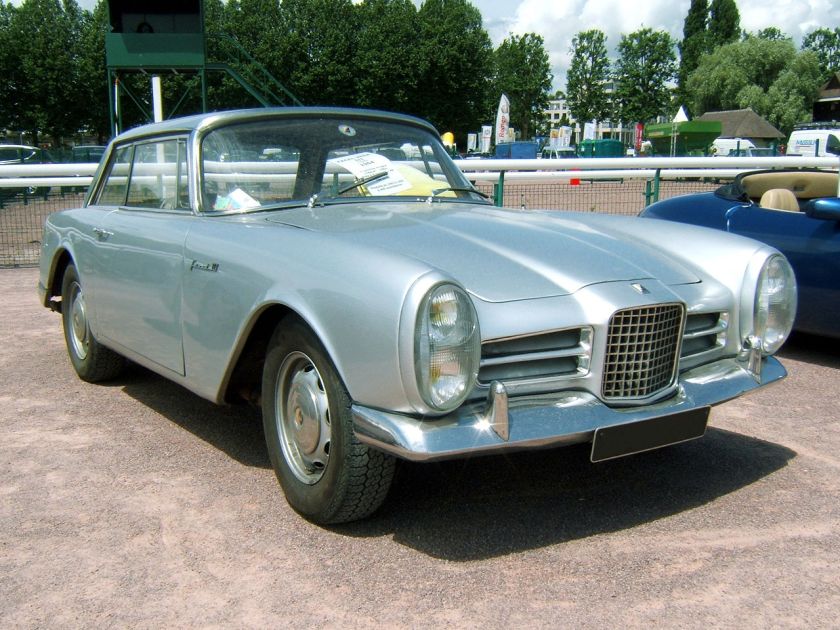
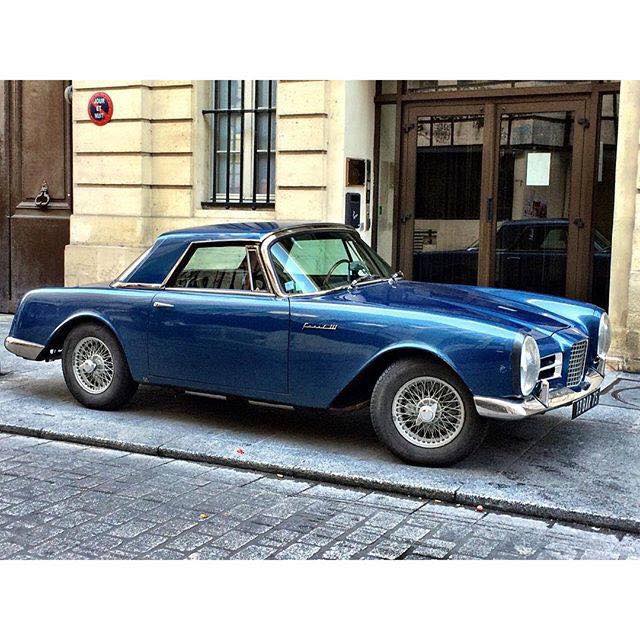 Facel III
Facel III